Launched in 2010, the Countryman is one of the newest additions to the Mini family. Based on the Crossover Concept, the company’s first mini SUV debuted at the 2010 Geneva Motor Show with a range of four-cylinder gasoline and diesel engines, a six-speed manual, and a six-speed automatic transmission. An all-wheel-drive model was added for the 2014 model year, a year before the Countryman received its mid-cycle refresh. Longer, wider and taller than any other Mini, the Countryman just got even larger with the second-generation model.
The new Countryman was spotted testing in Germany as early as September of 2014. Two years have passed and the crossover was unveiled at the 2016 Los Angeles Auto Show. Significantly larger than its predecessor, the new Countryman boasts a new exterior and a revamped interior with modern features and new technology. Although Mini claims that the new crossover "remains firmly rooted in the tradition of the British brand," the modern-day Countryman has very little in common with the original two-door estate from the 1960s.
This will be highly noticeable among purists, some of which might be offended by the comparison, but open-minded fans will probably appreciate the enhanced roominess and larger trunk space that come with a longer and wider body. The redesigned crossover will hit North American shores starting March 2017. Stay tuned for updates.
Updated 12/07/2016: Mini announced prices for the 2017 Countryman which will go on sale in March 2017.
Click past the jump to read more about the 2018 Mini Countryman.
2017 Mini Countryman
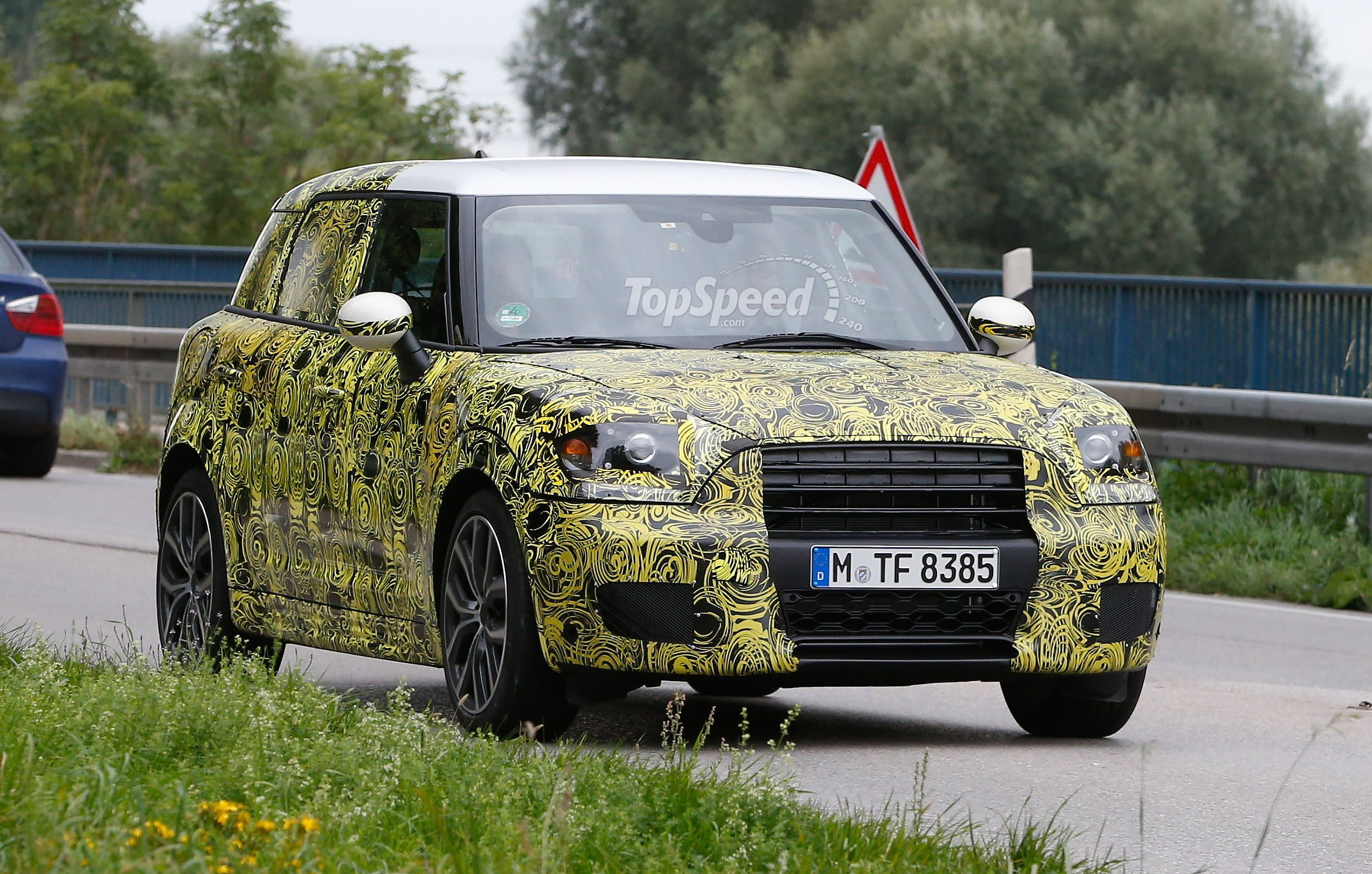

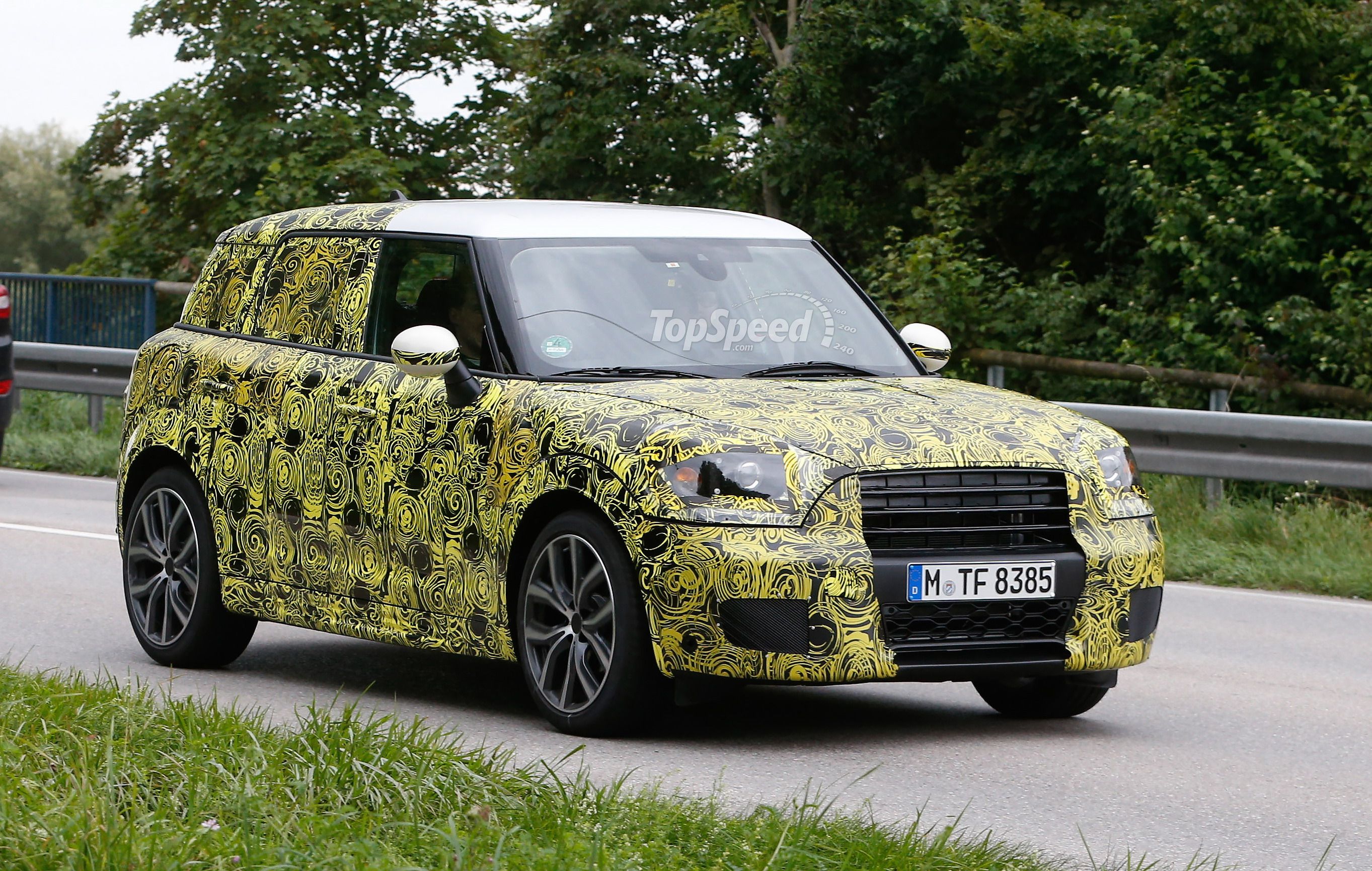
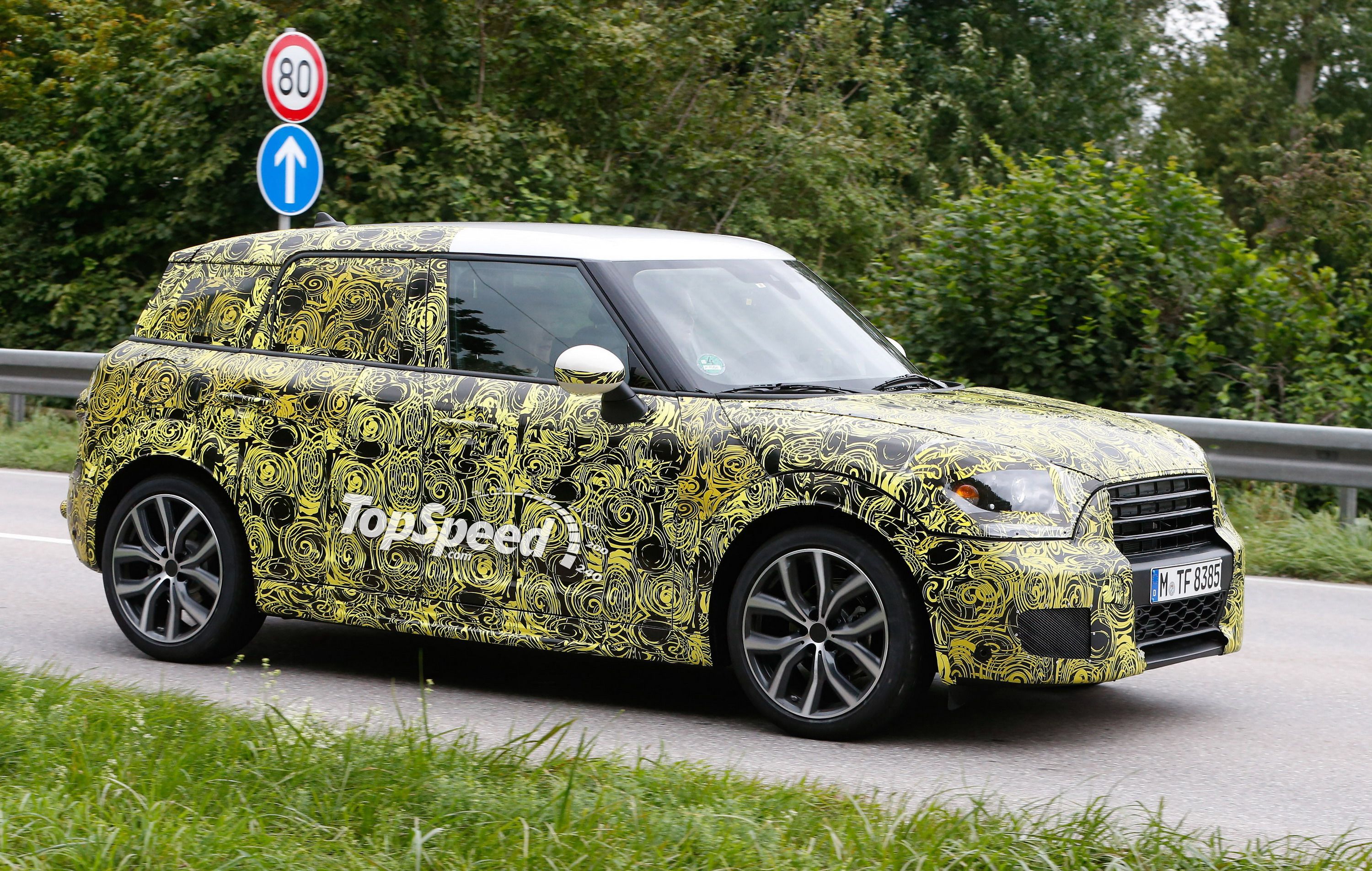
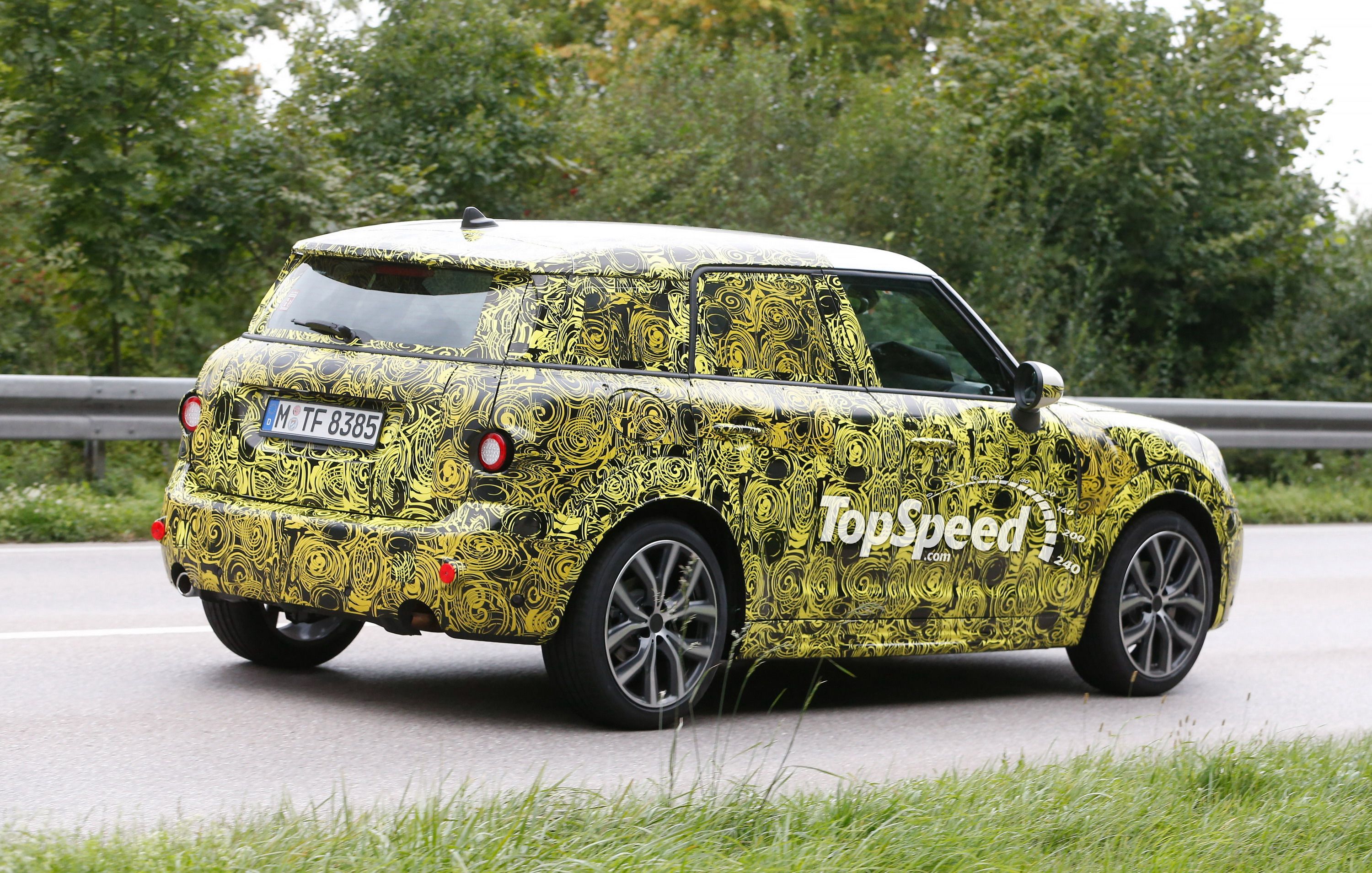
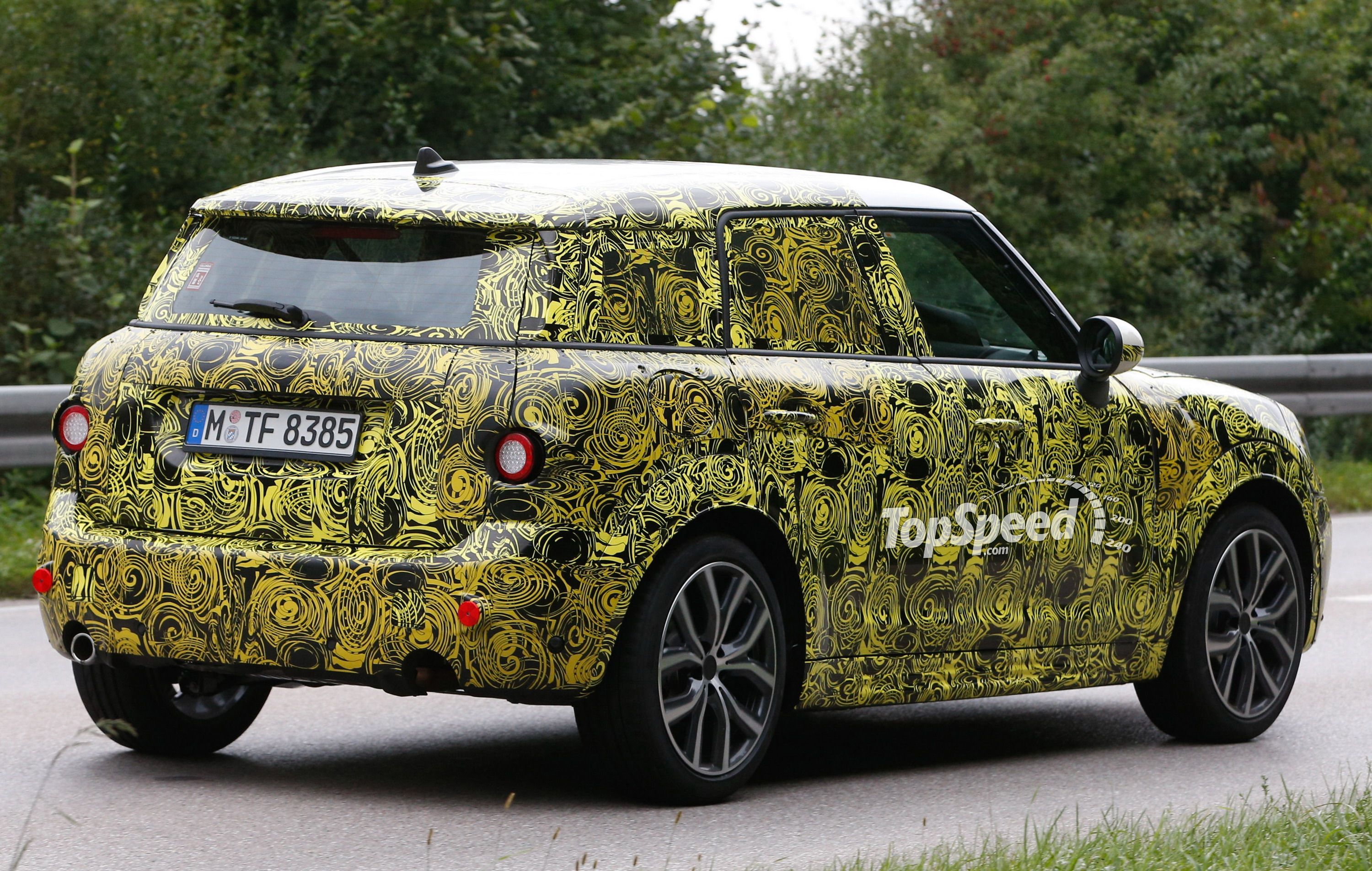
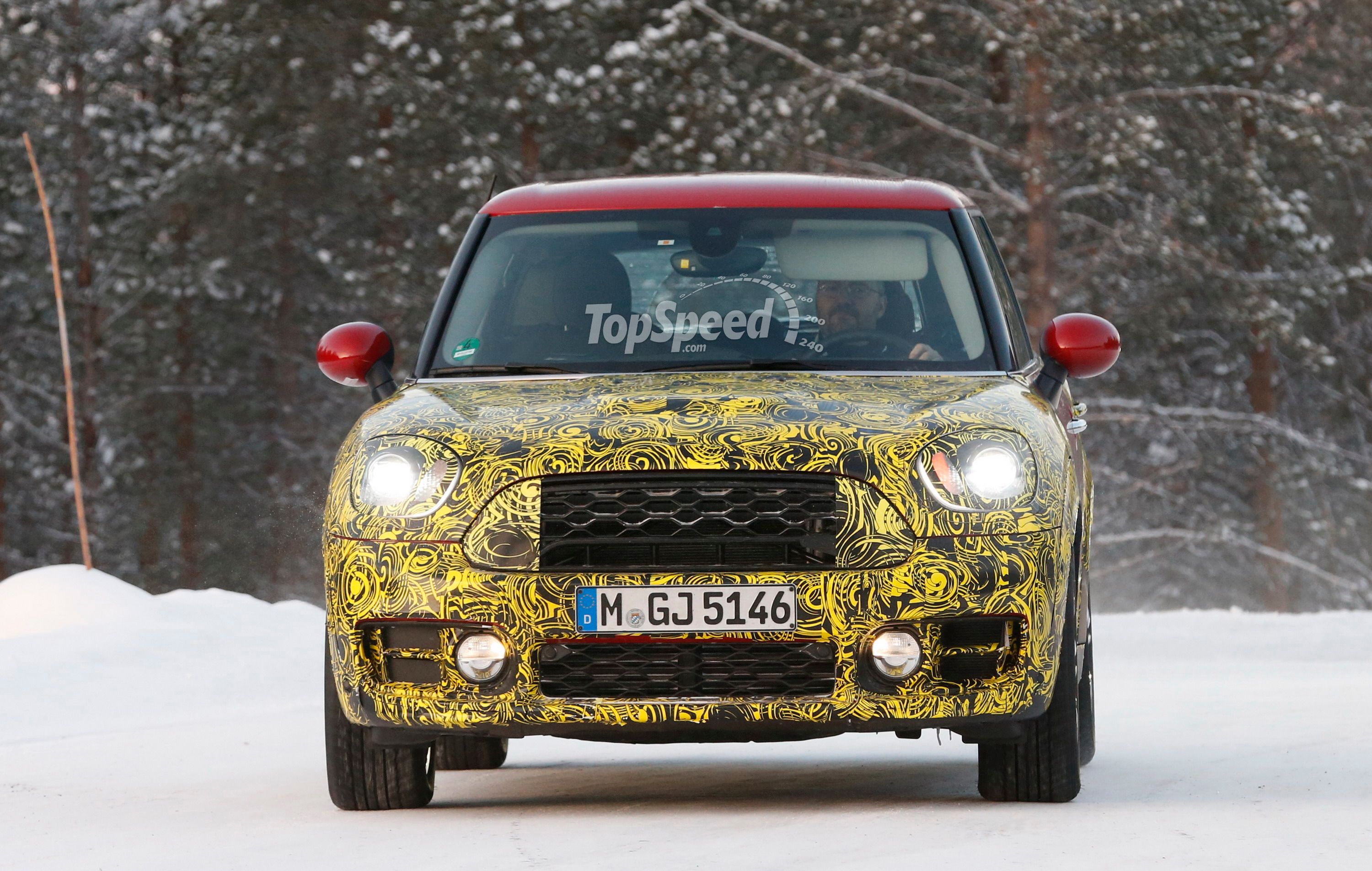
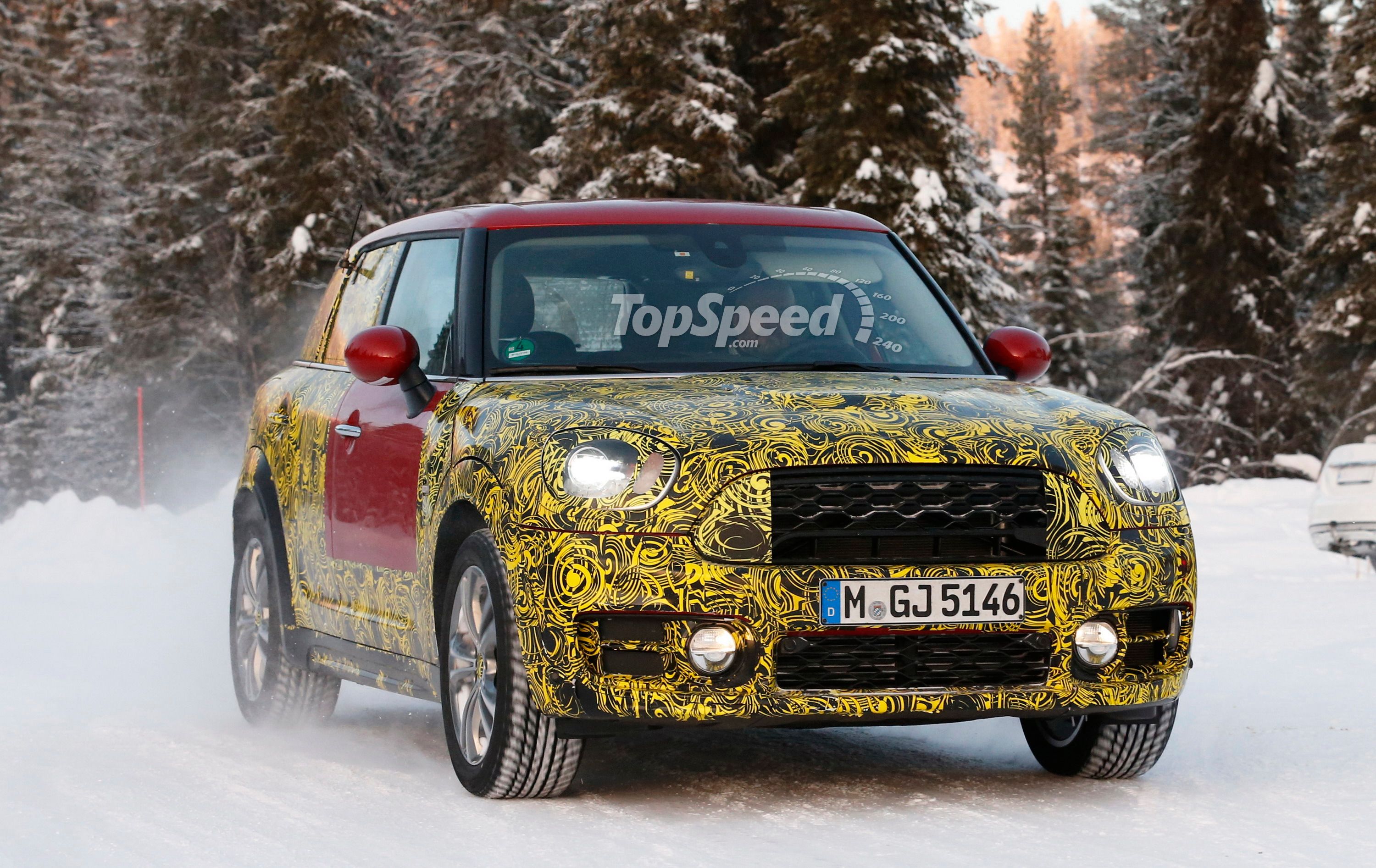

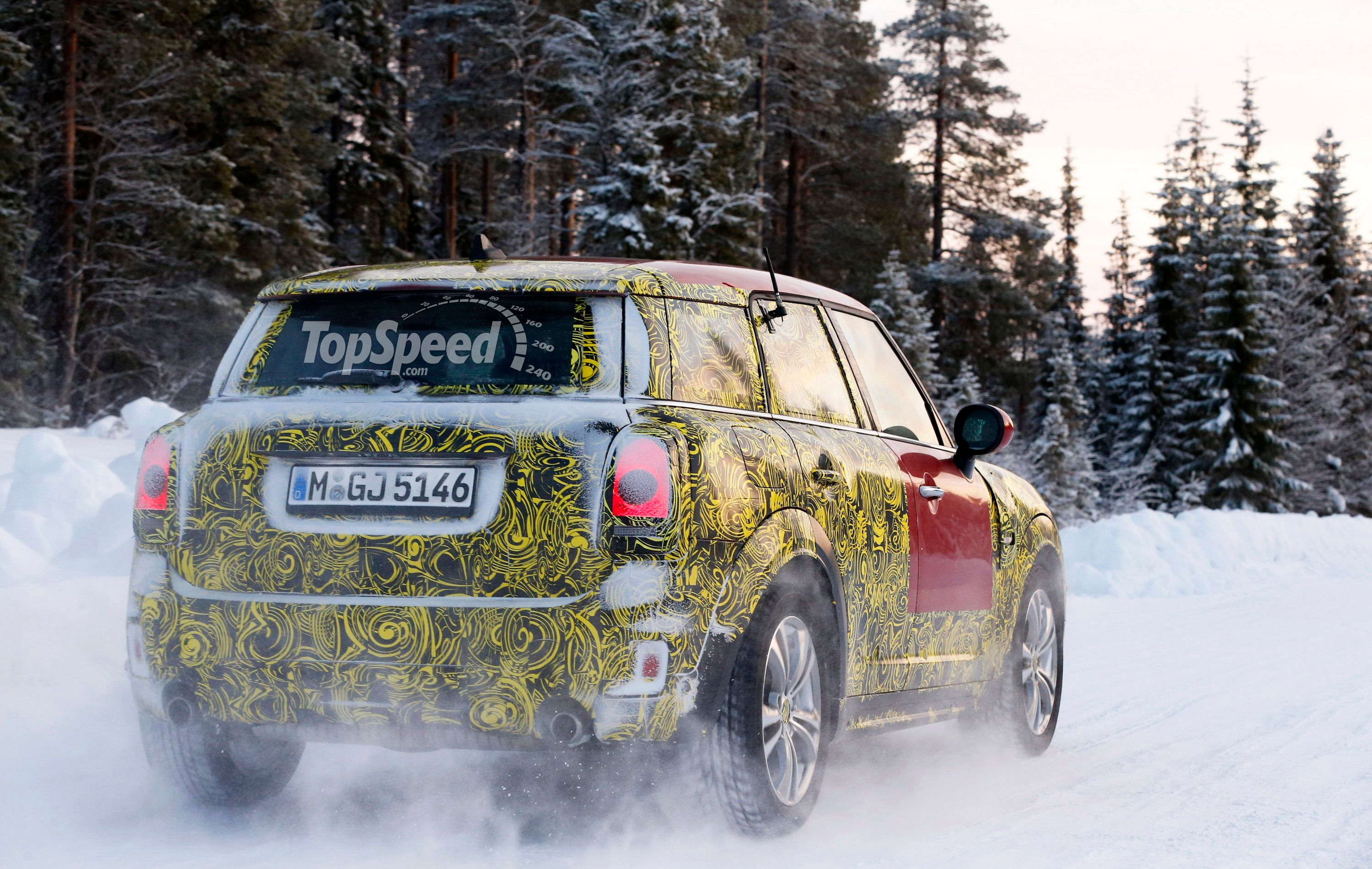
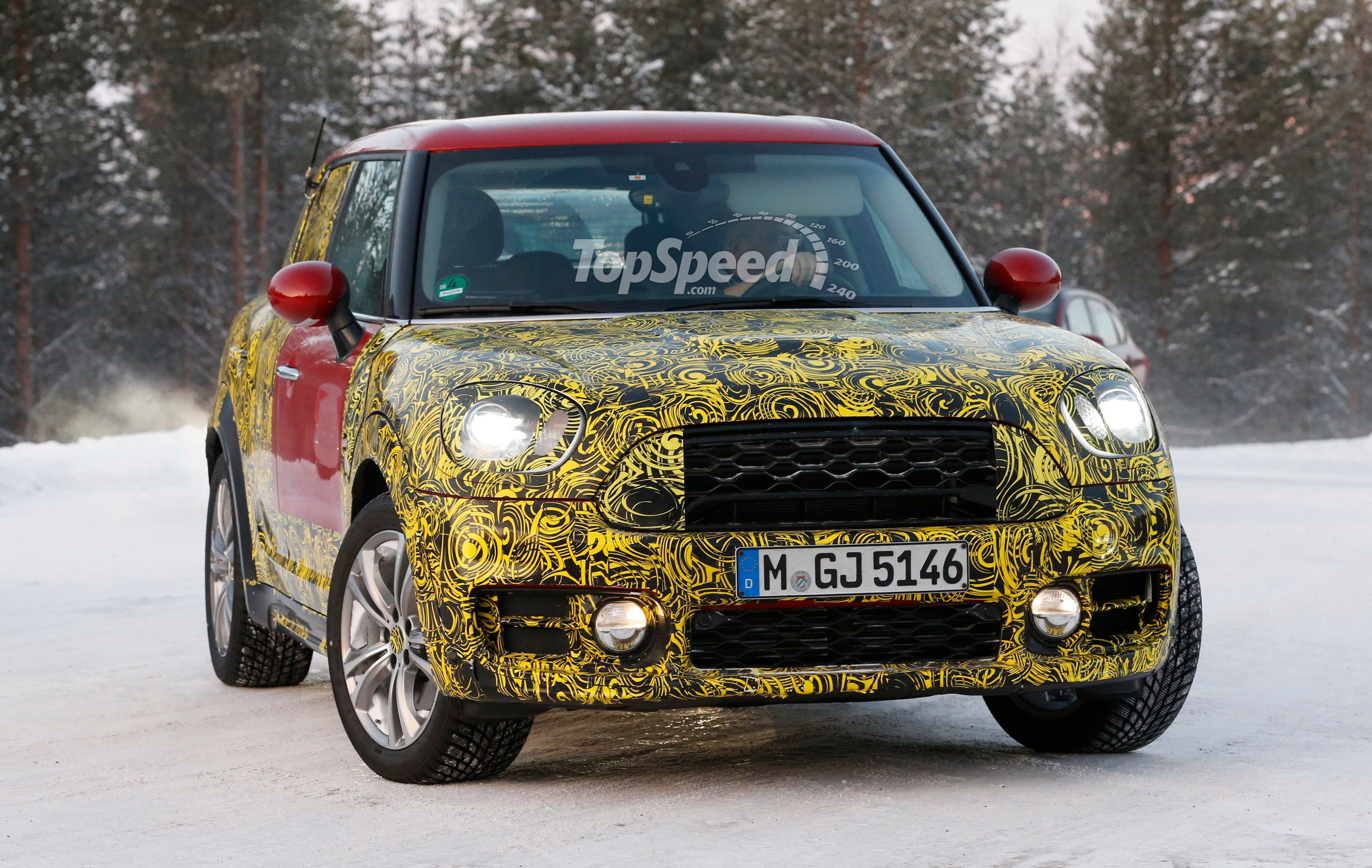
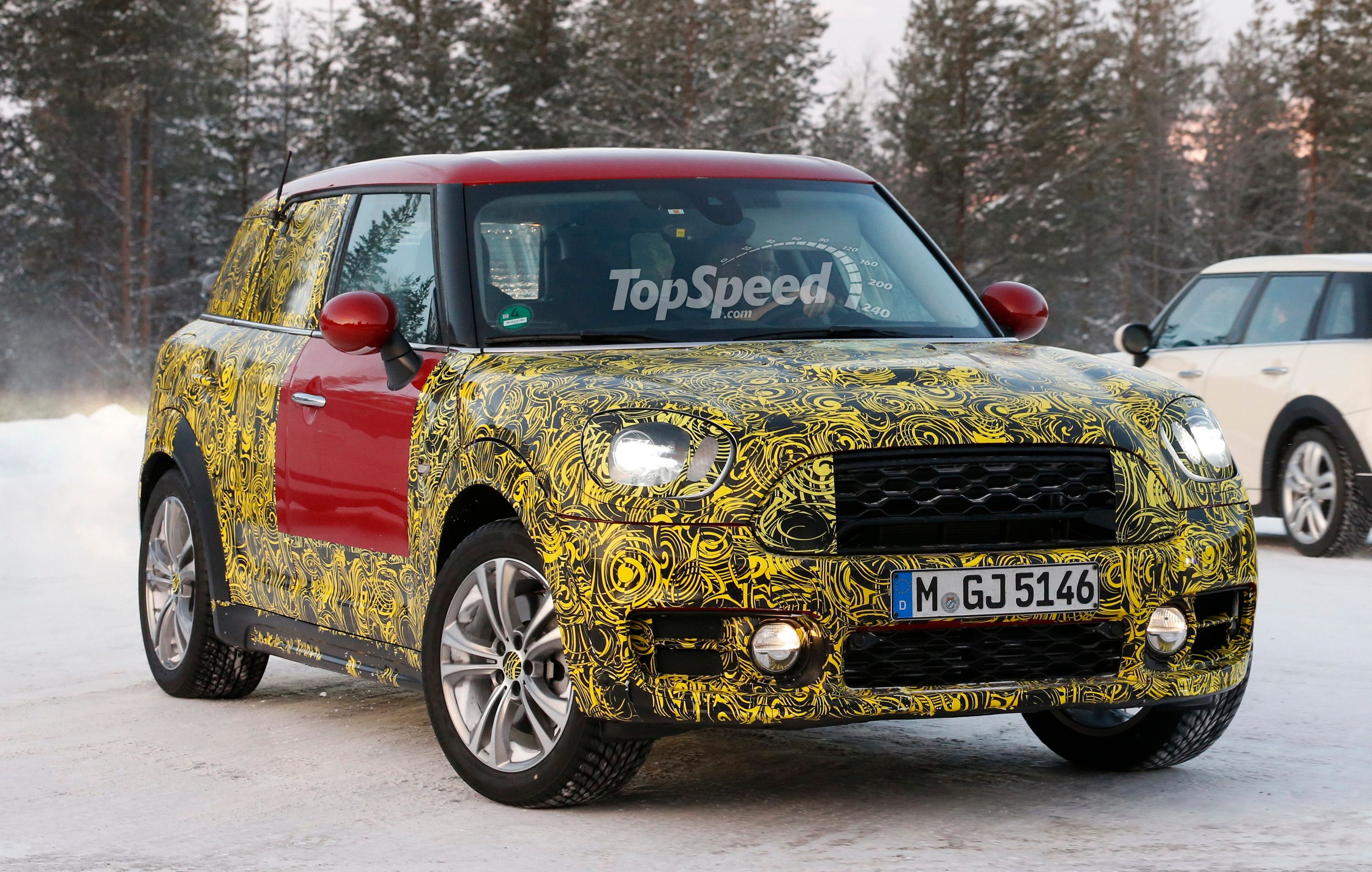
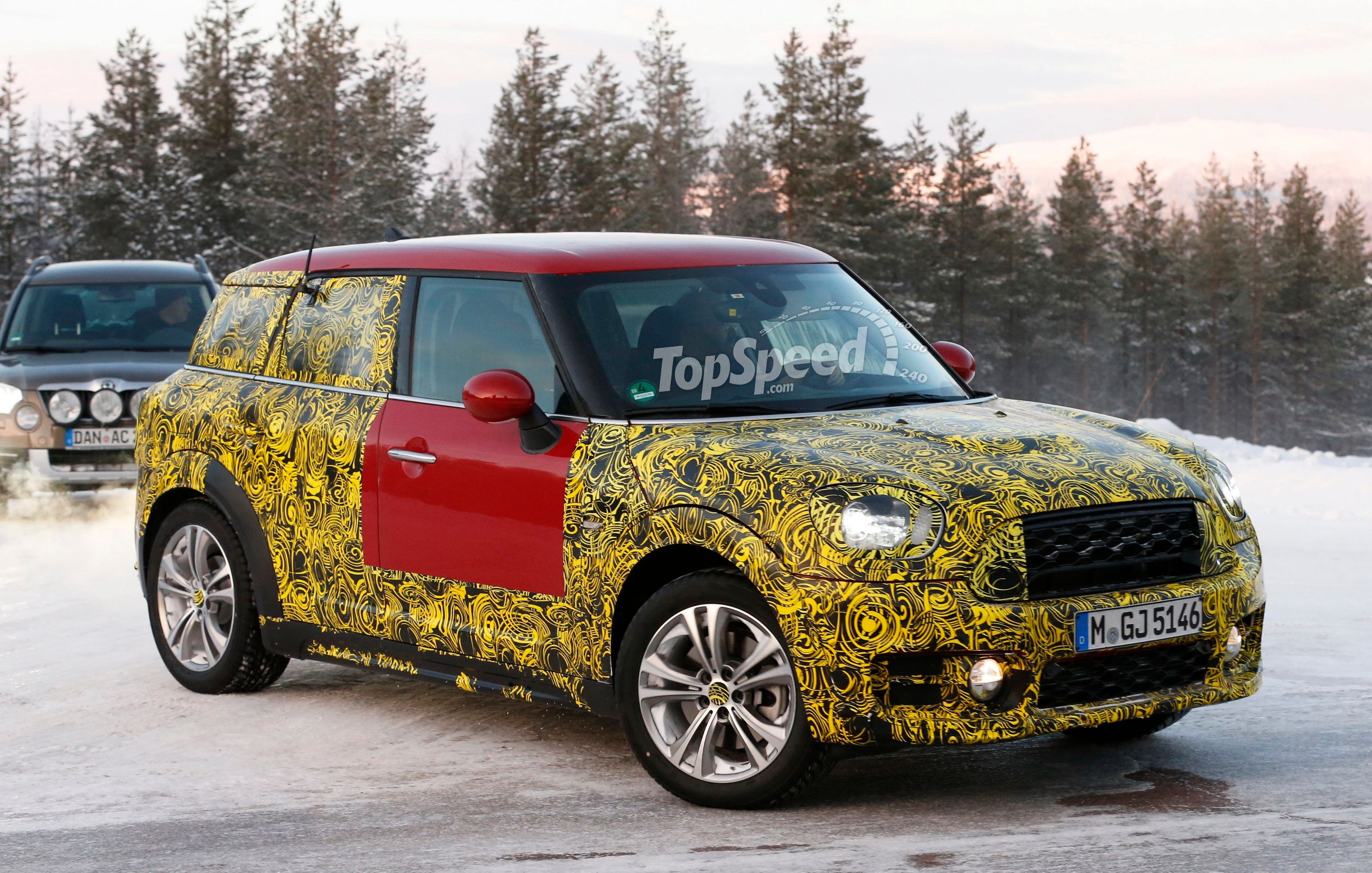
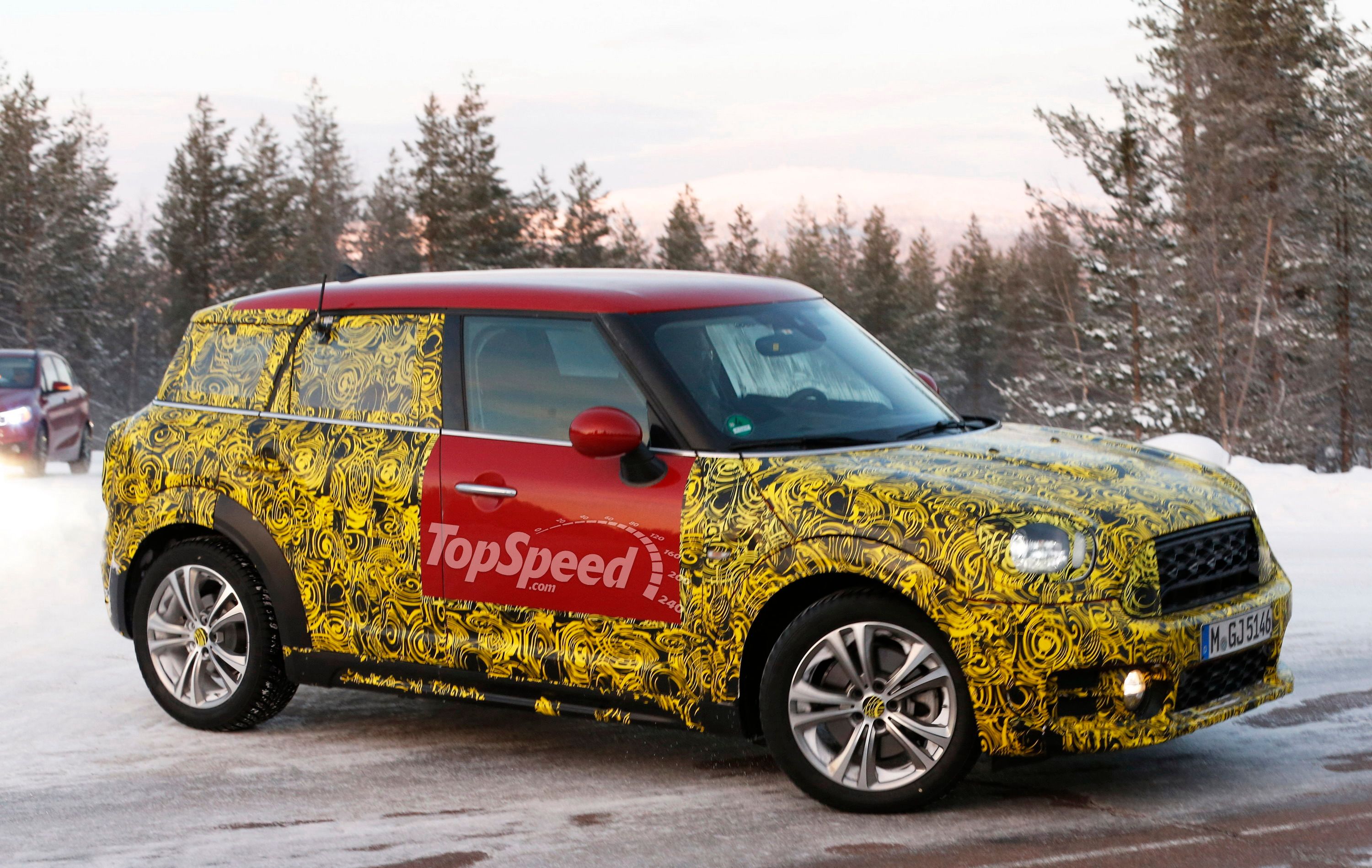

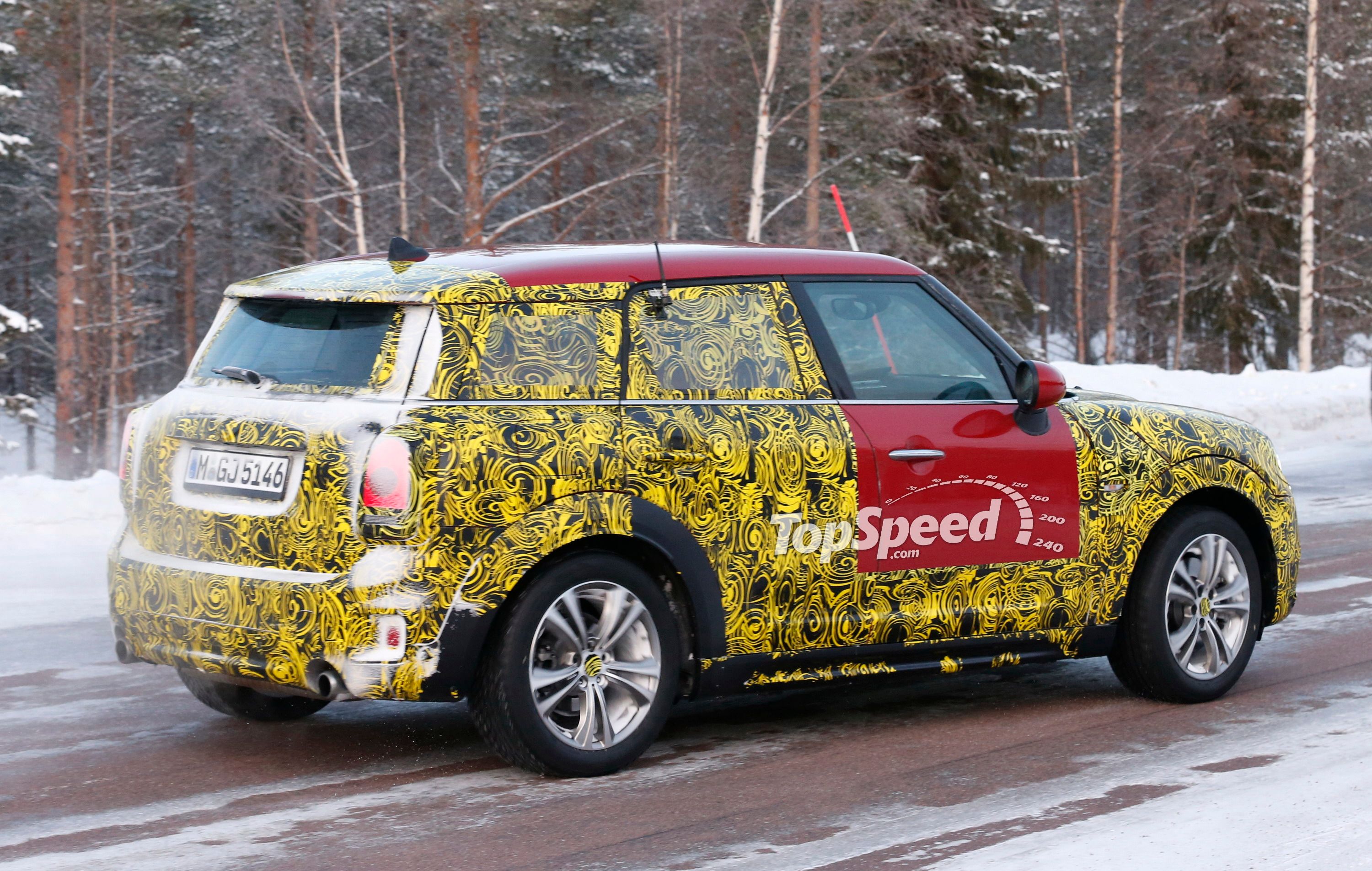
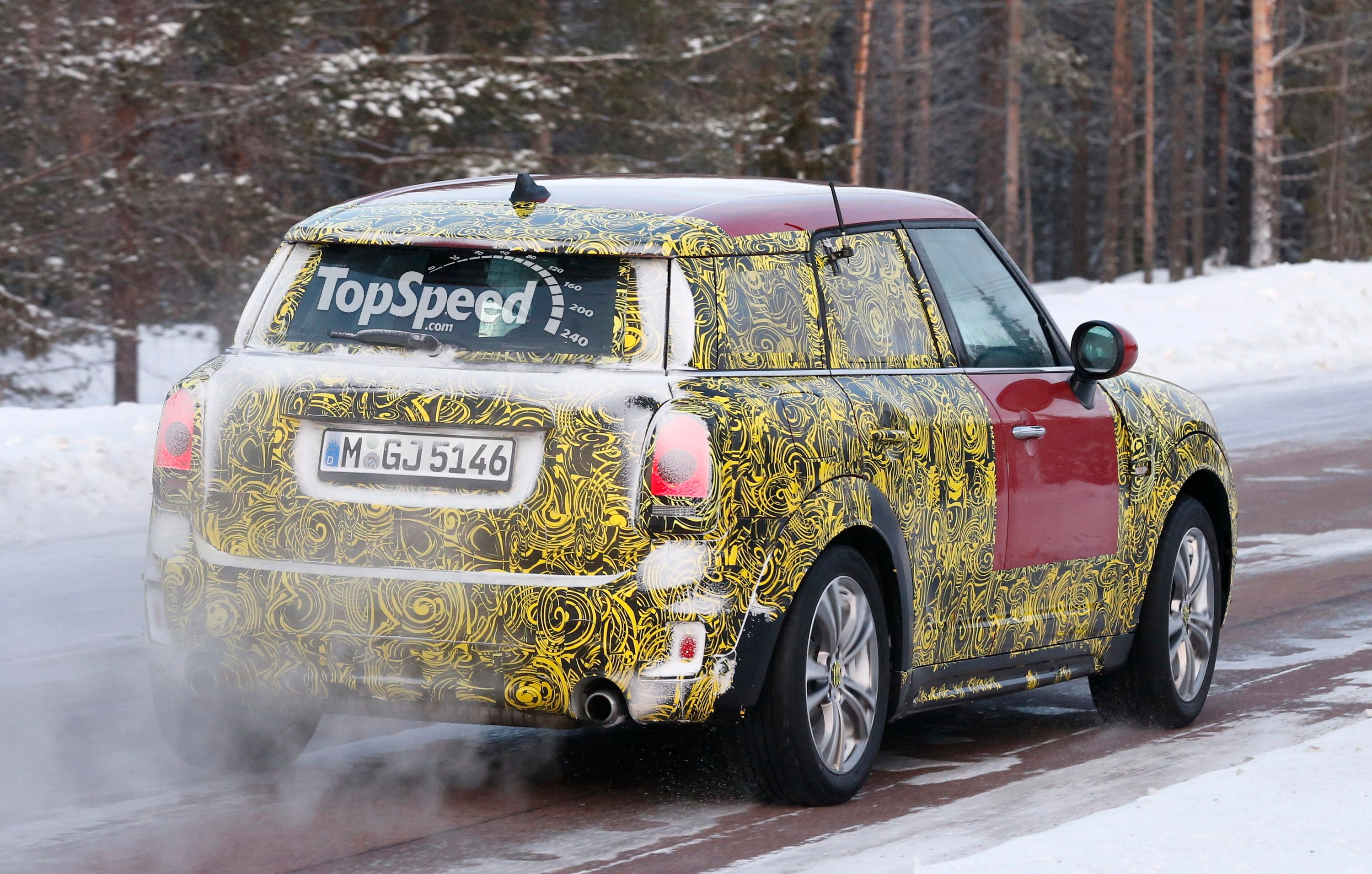
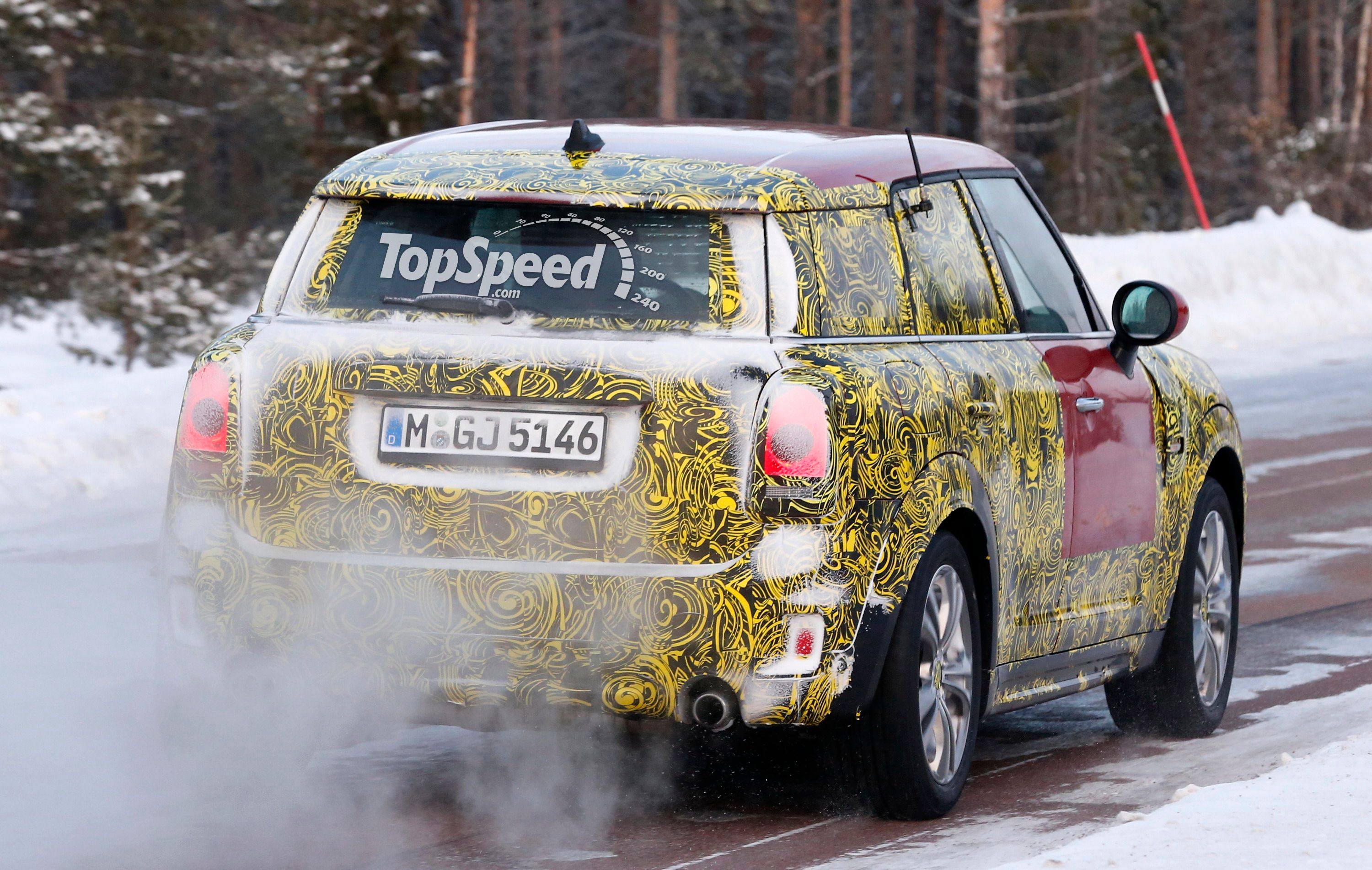
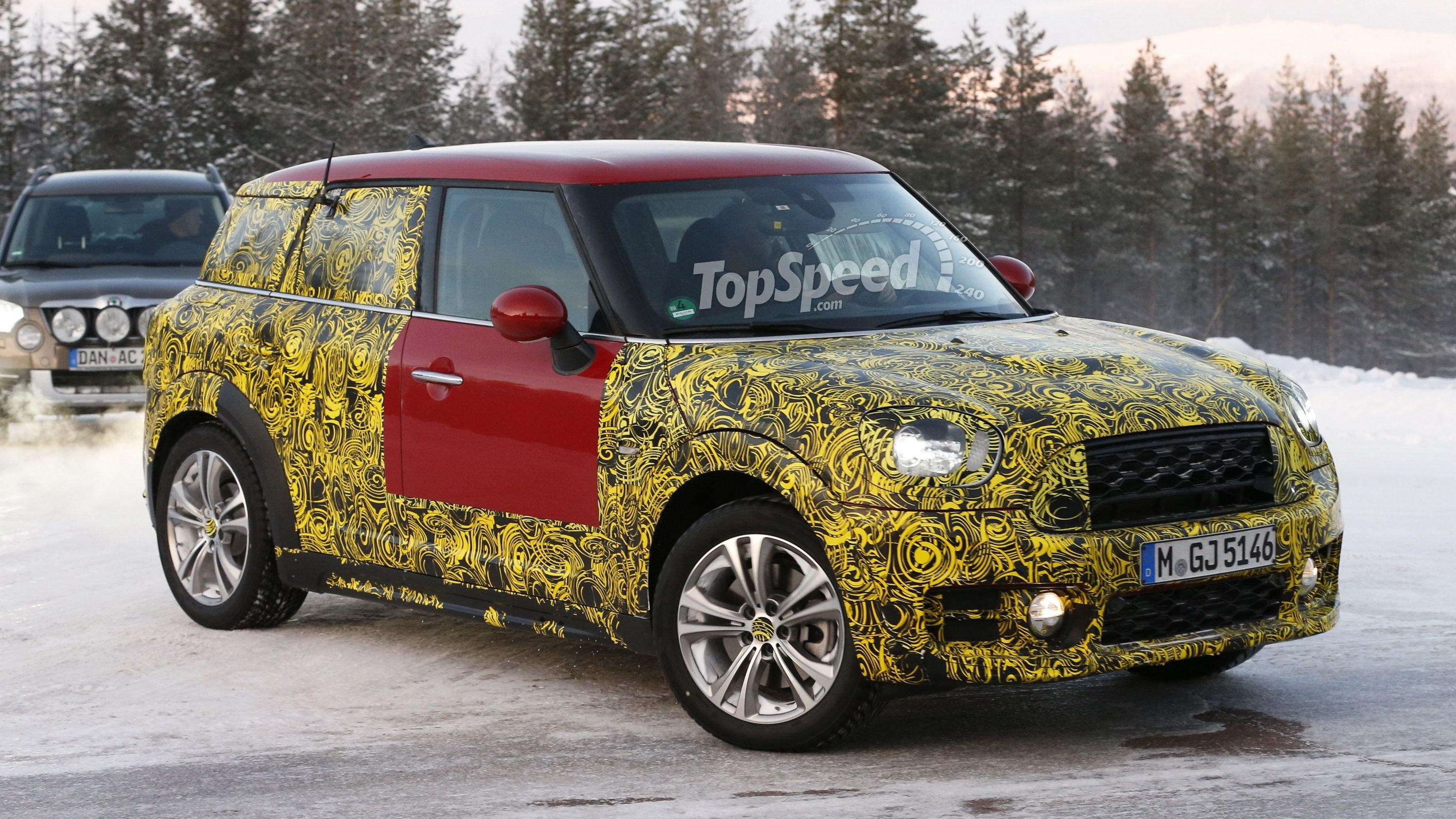






















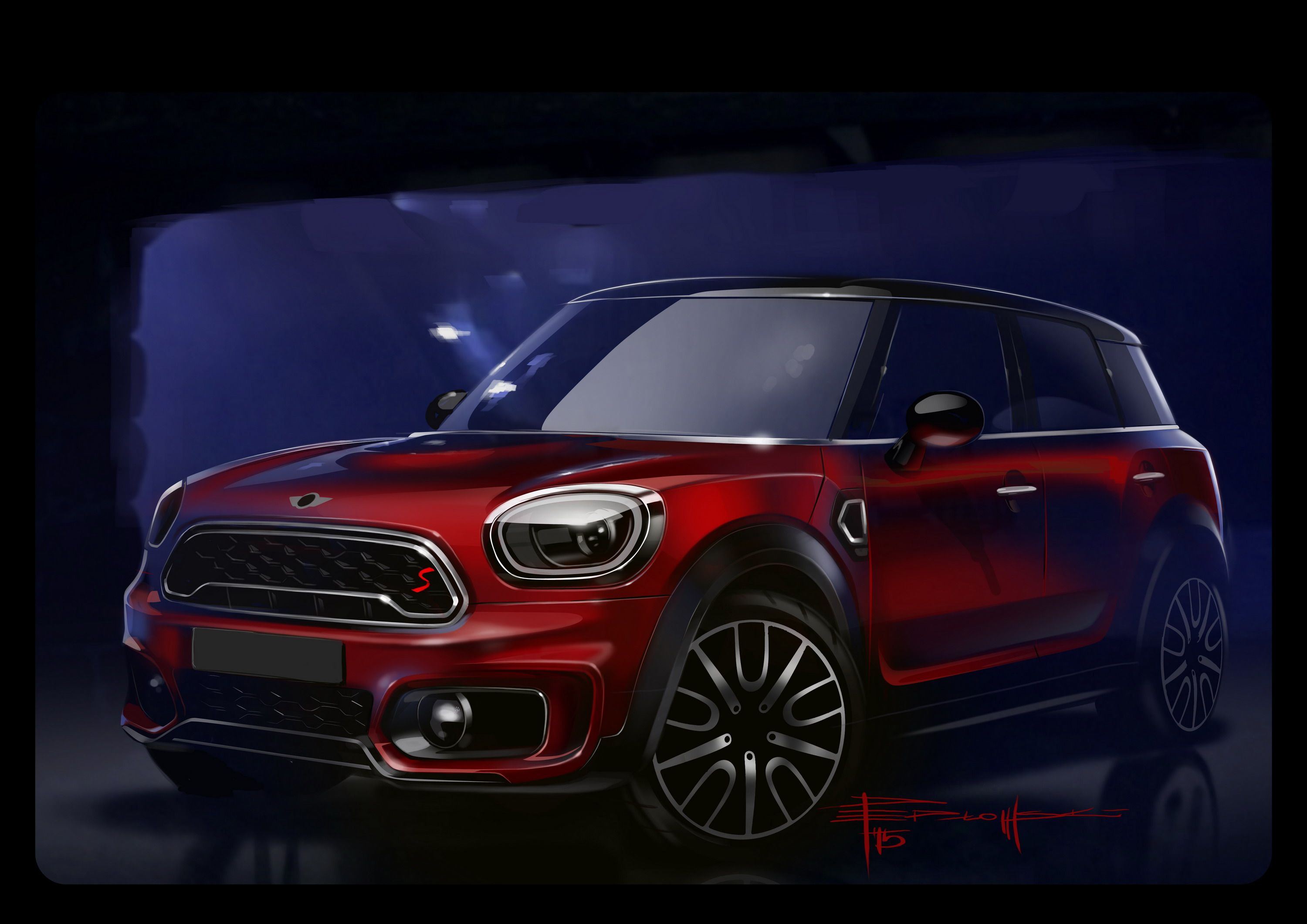
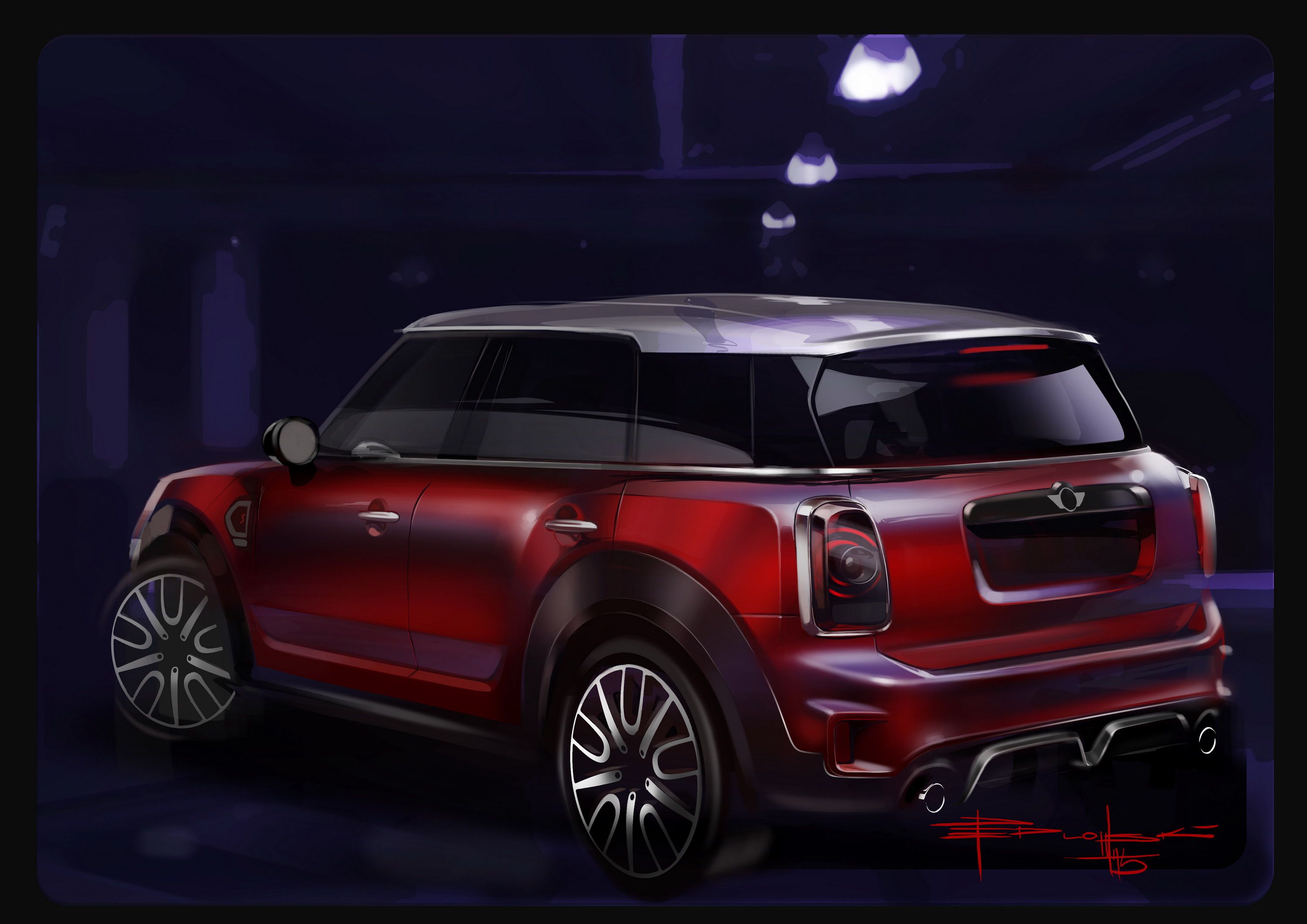
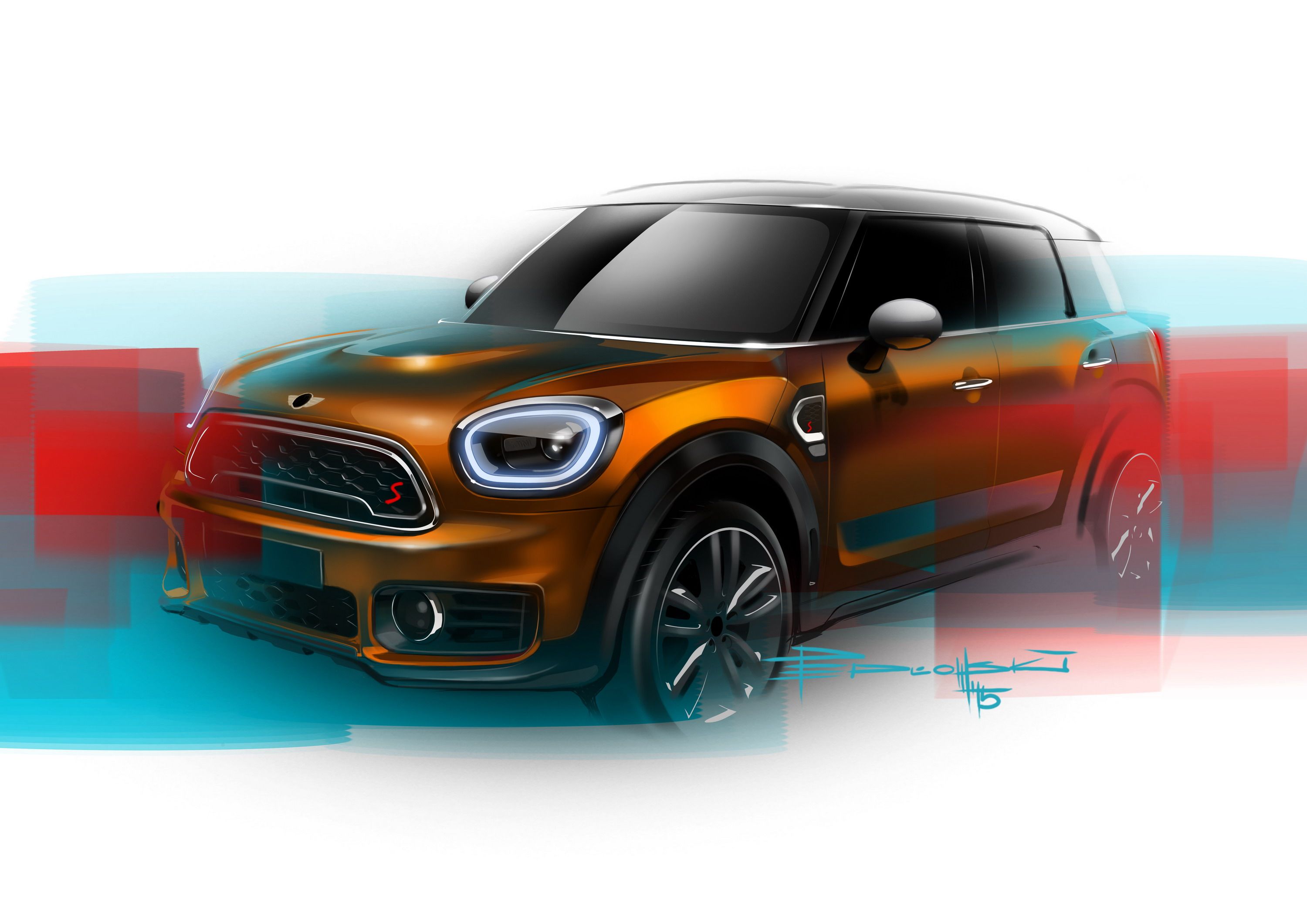
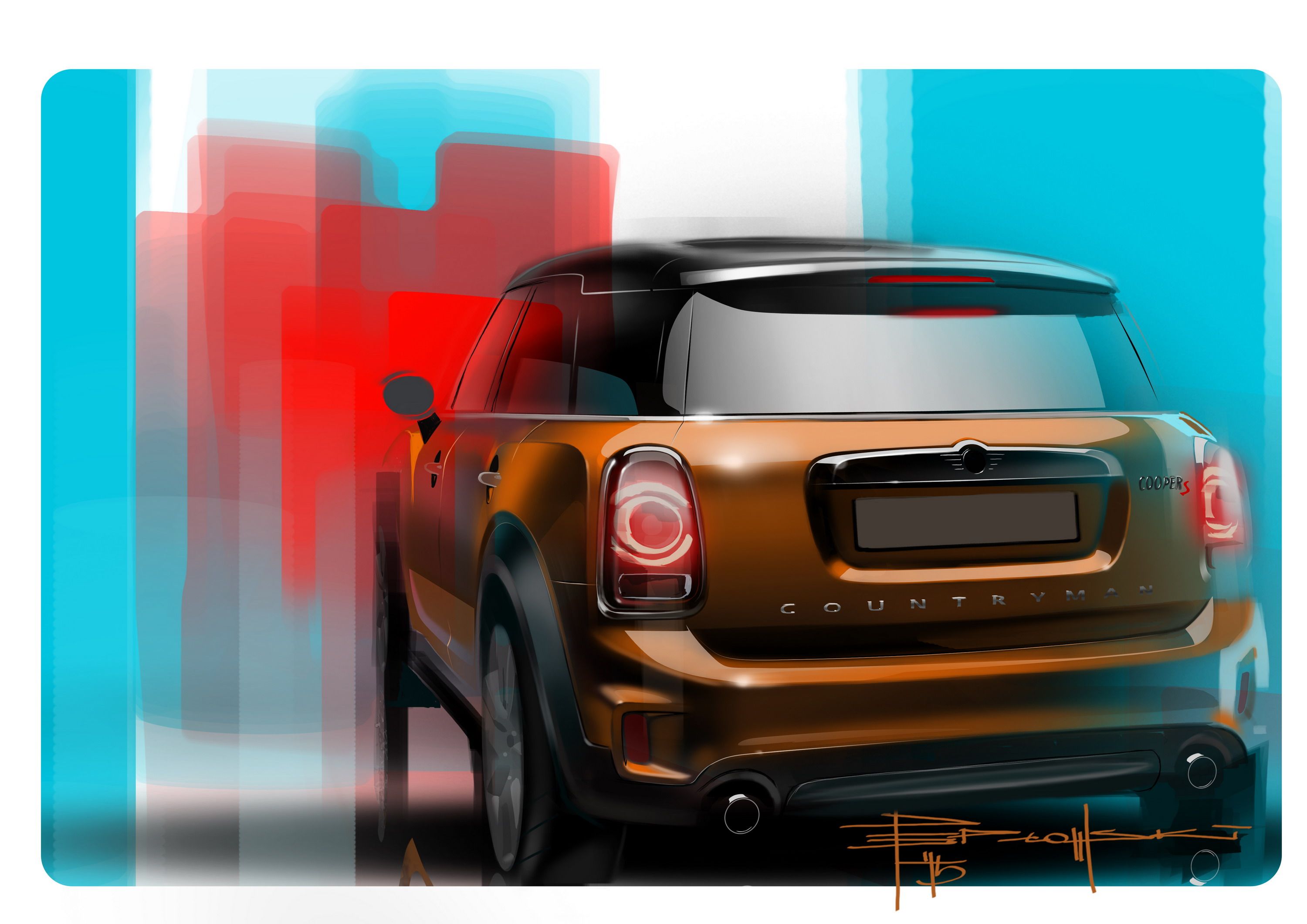
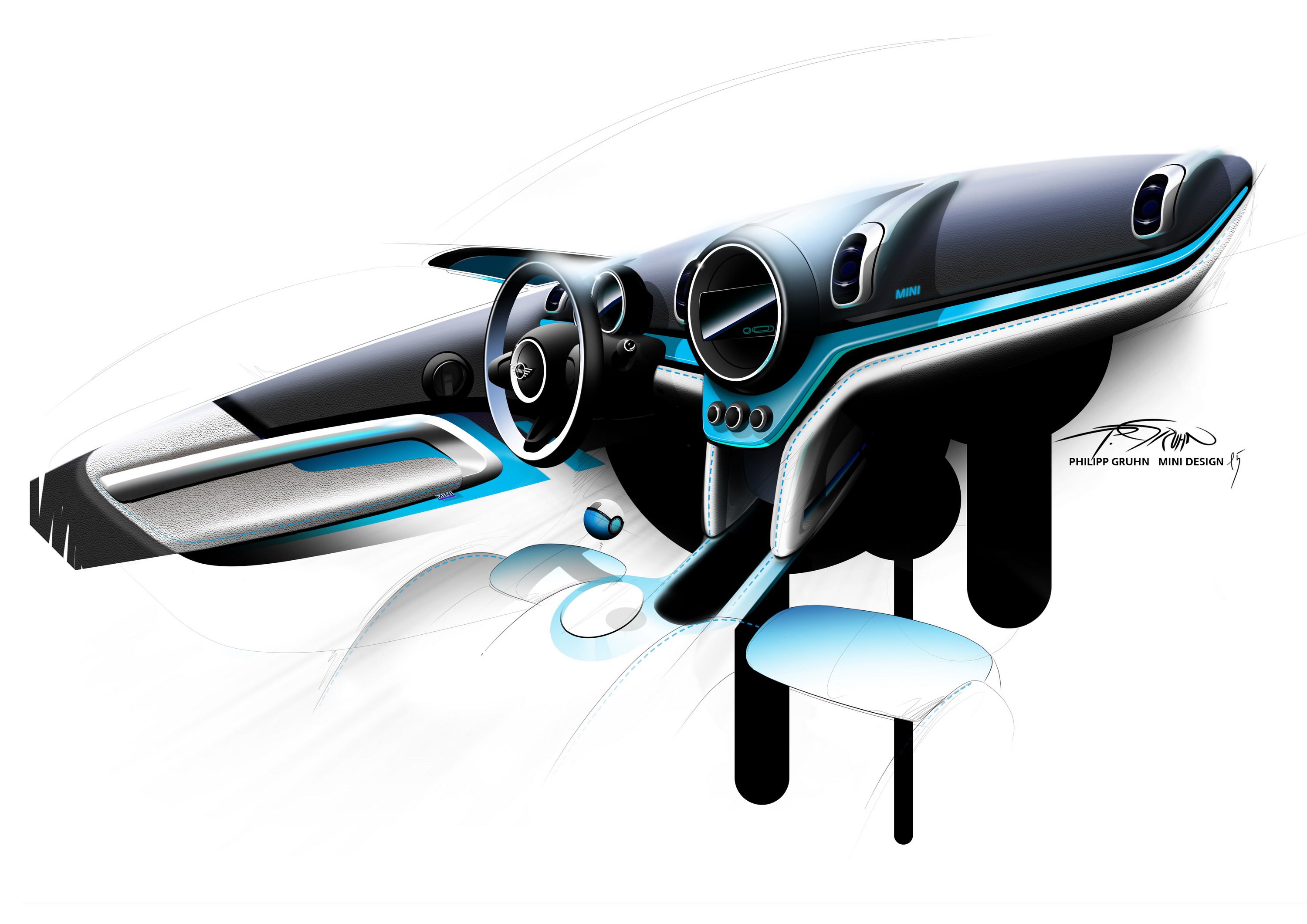
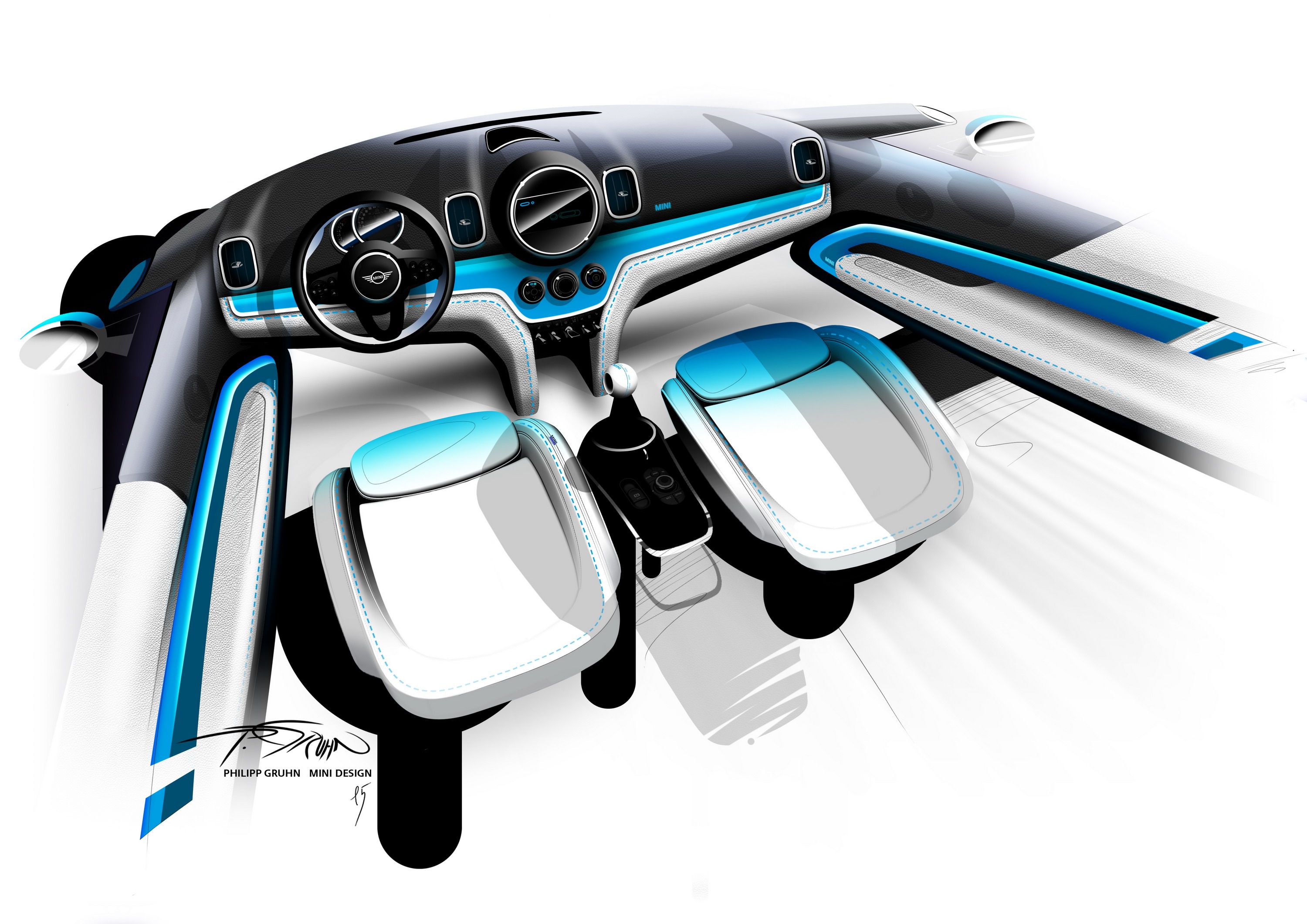
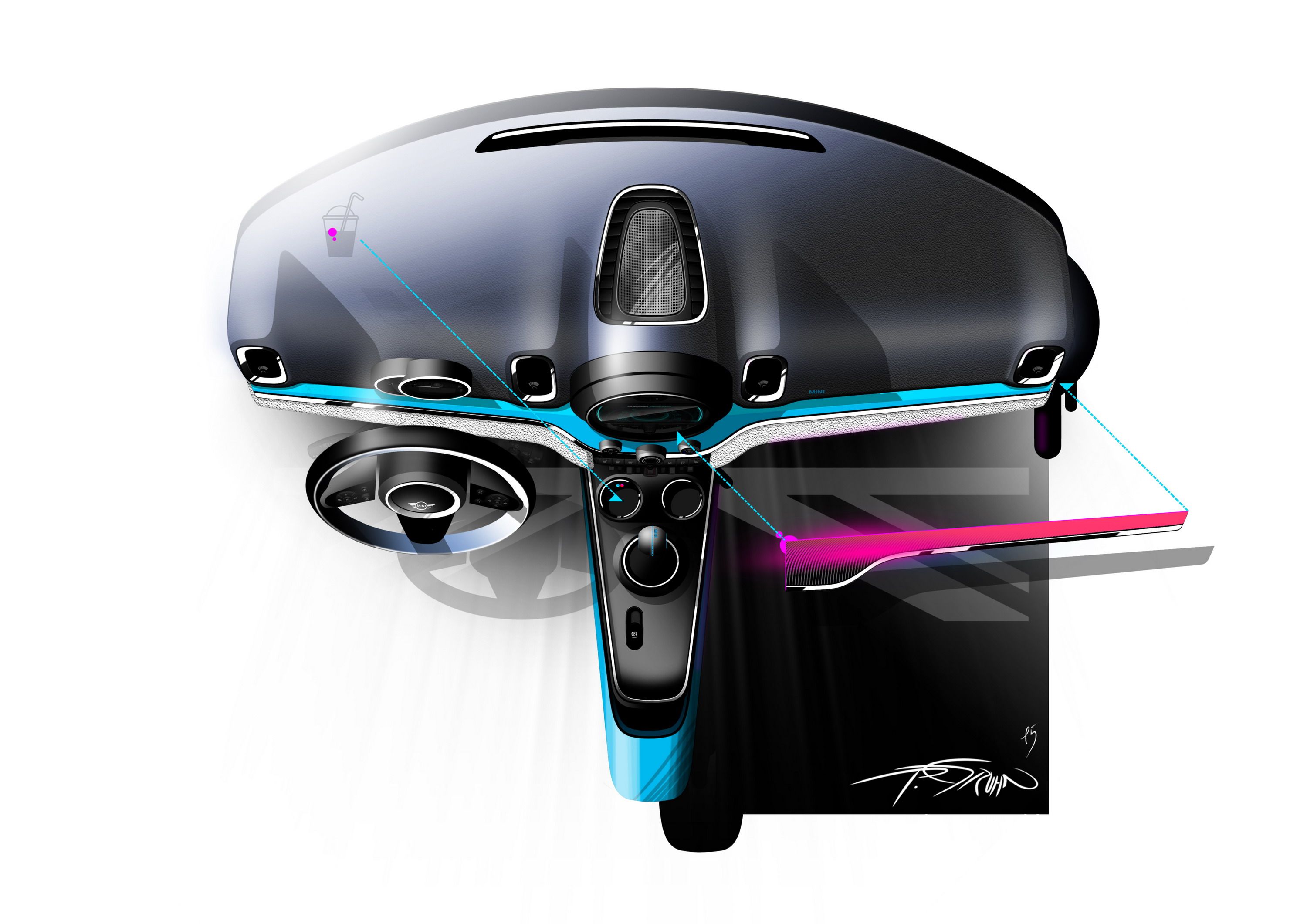
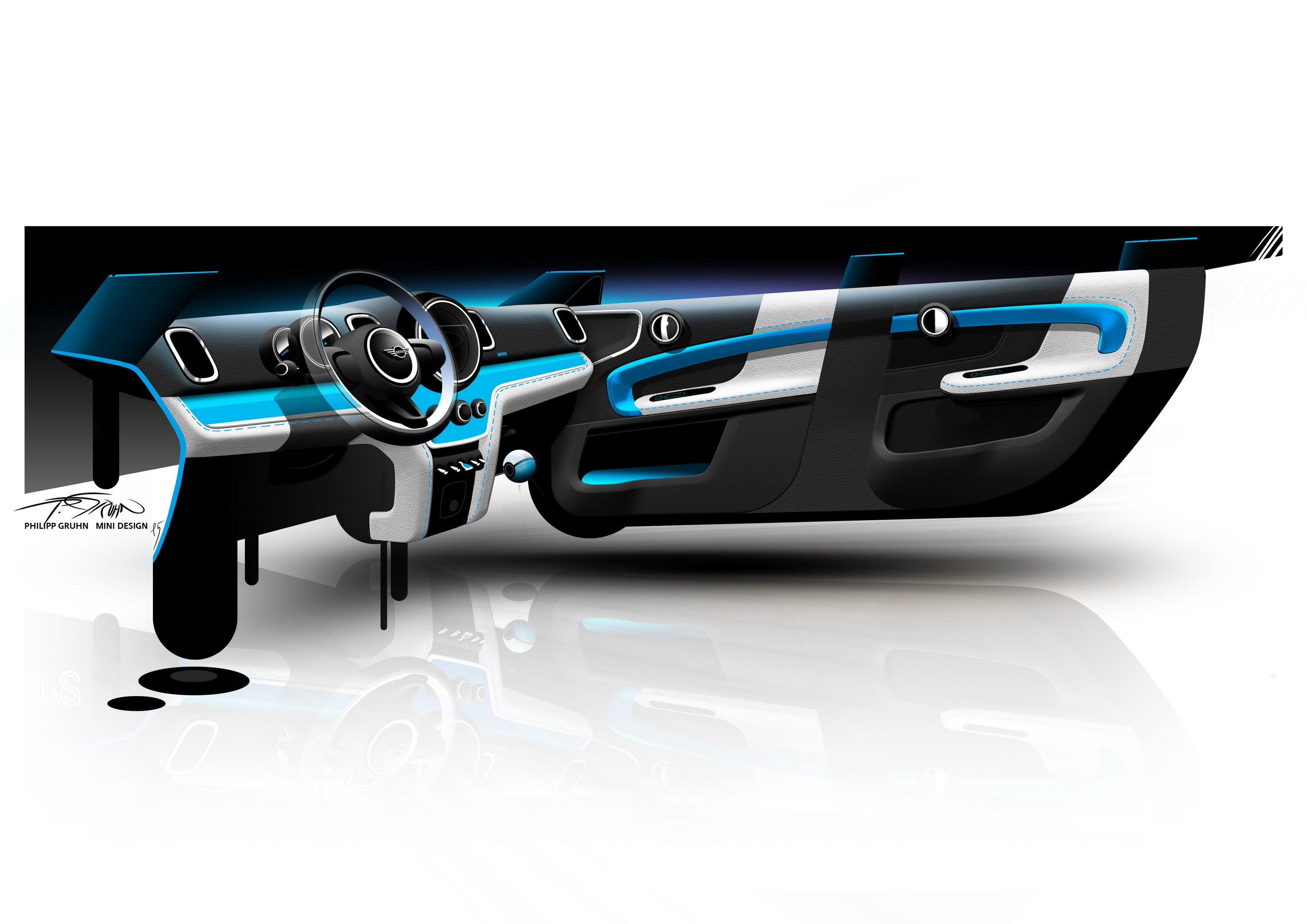
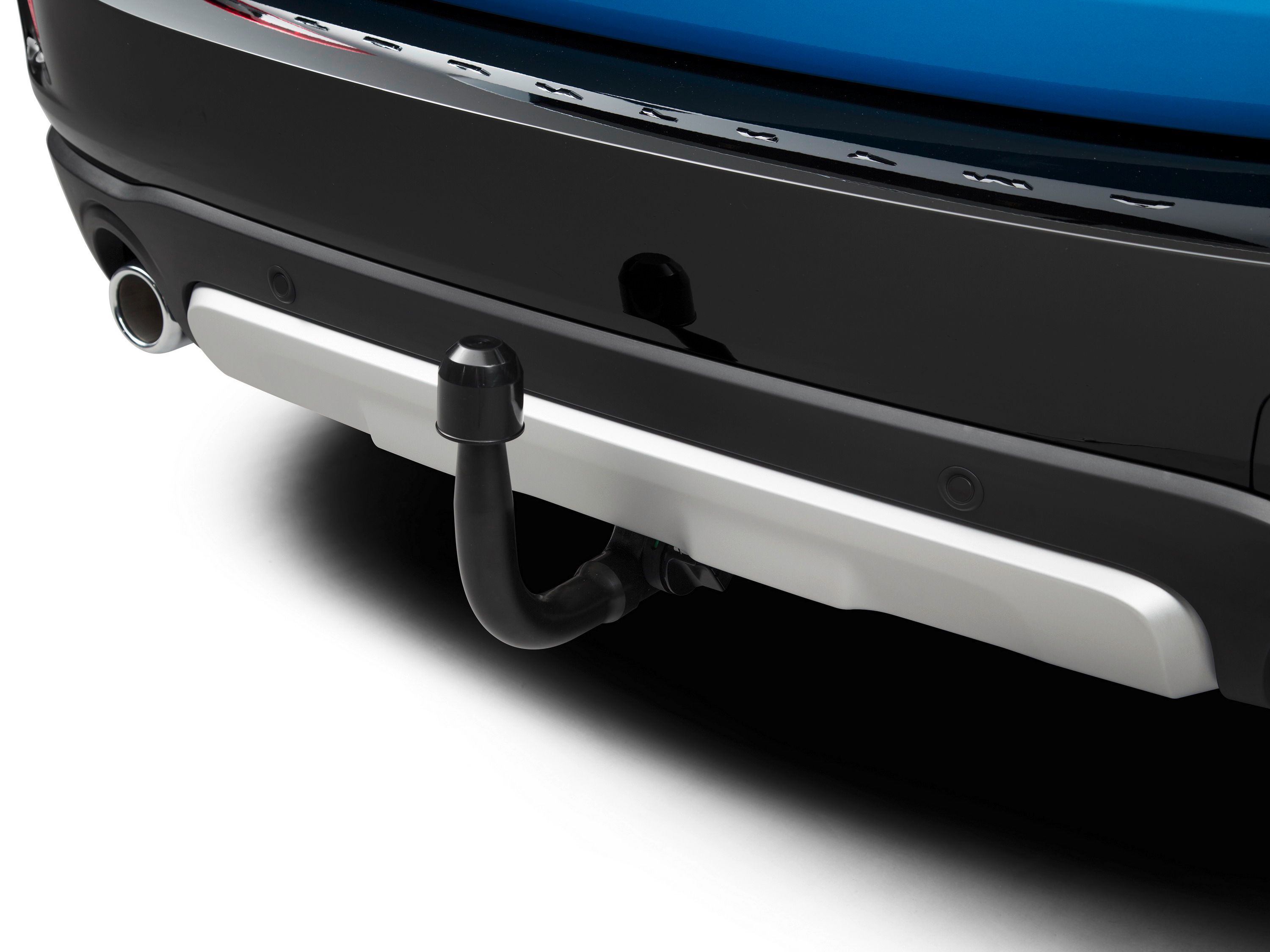
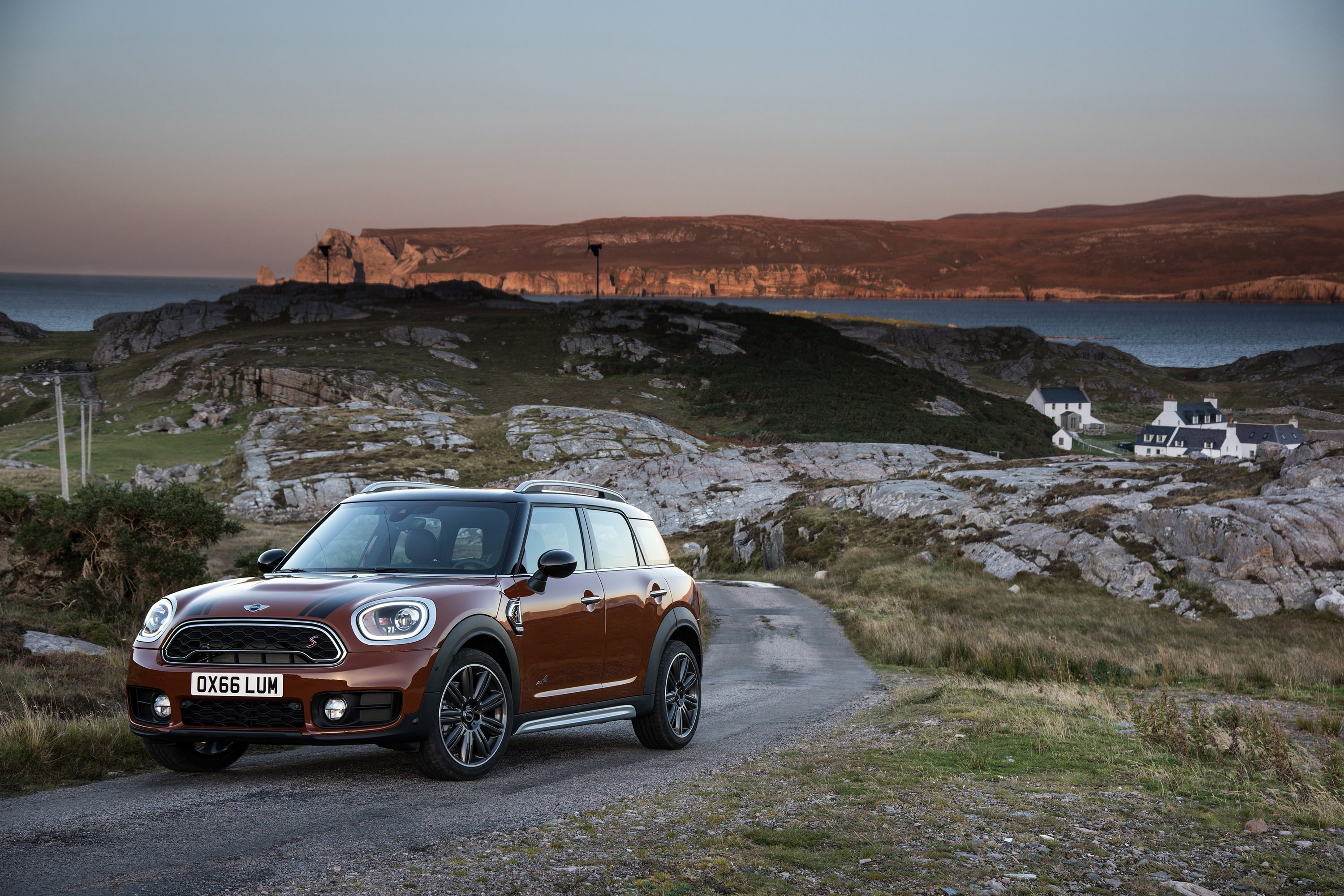
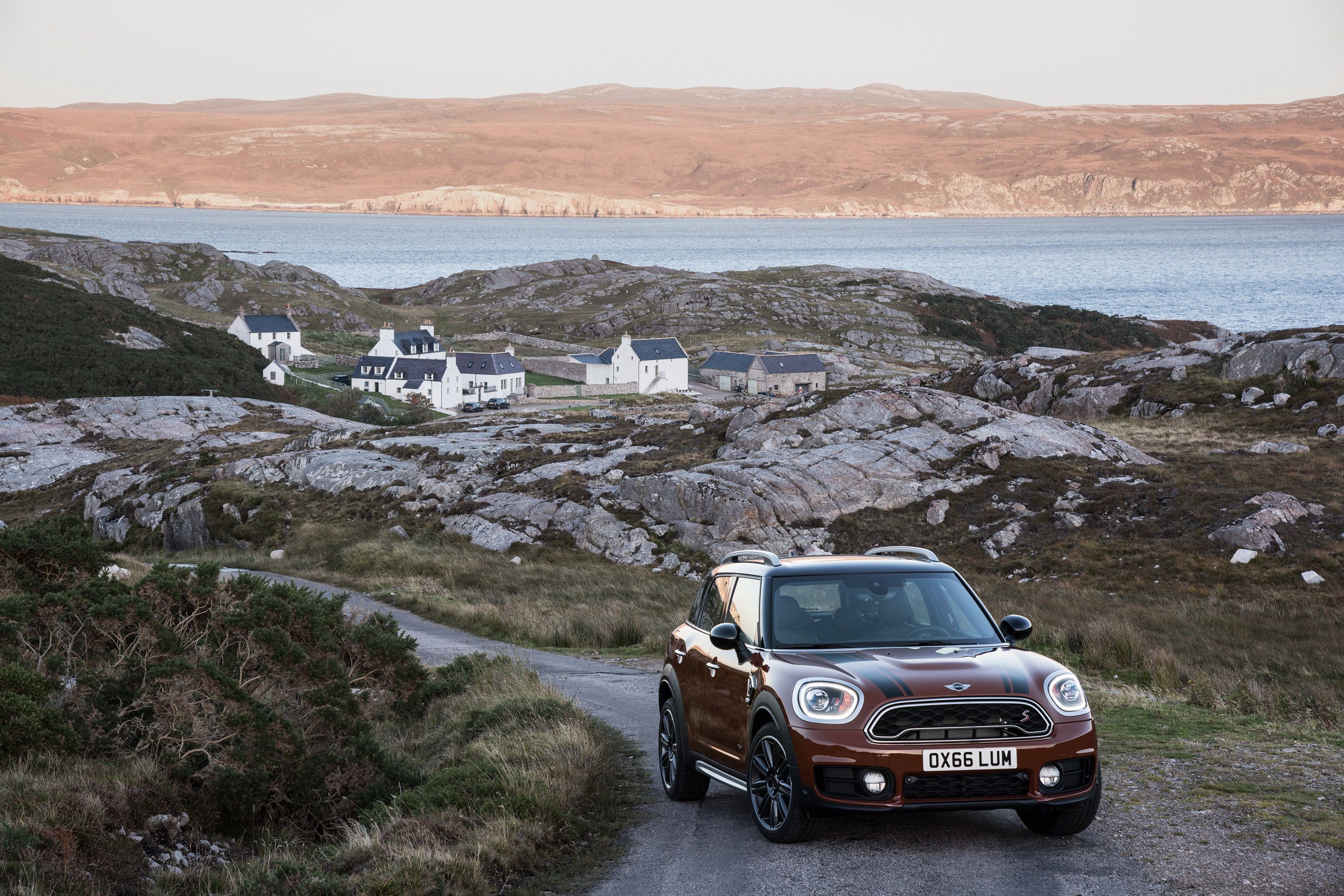
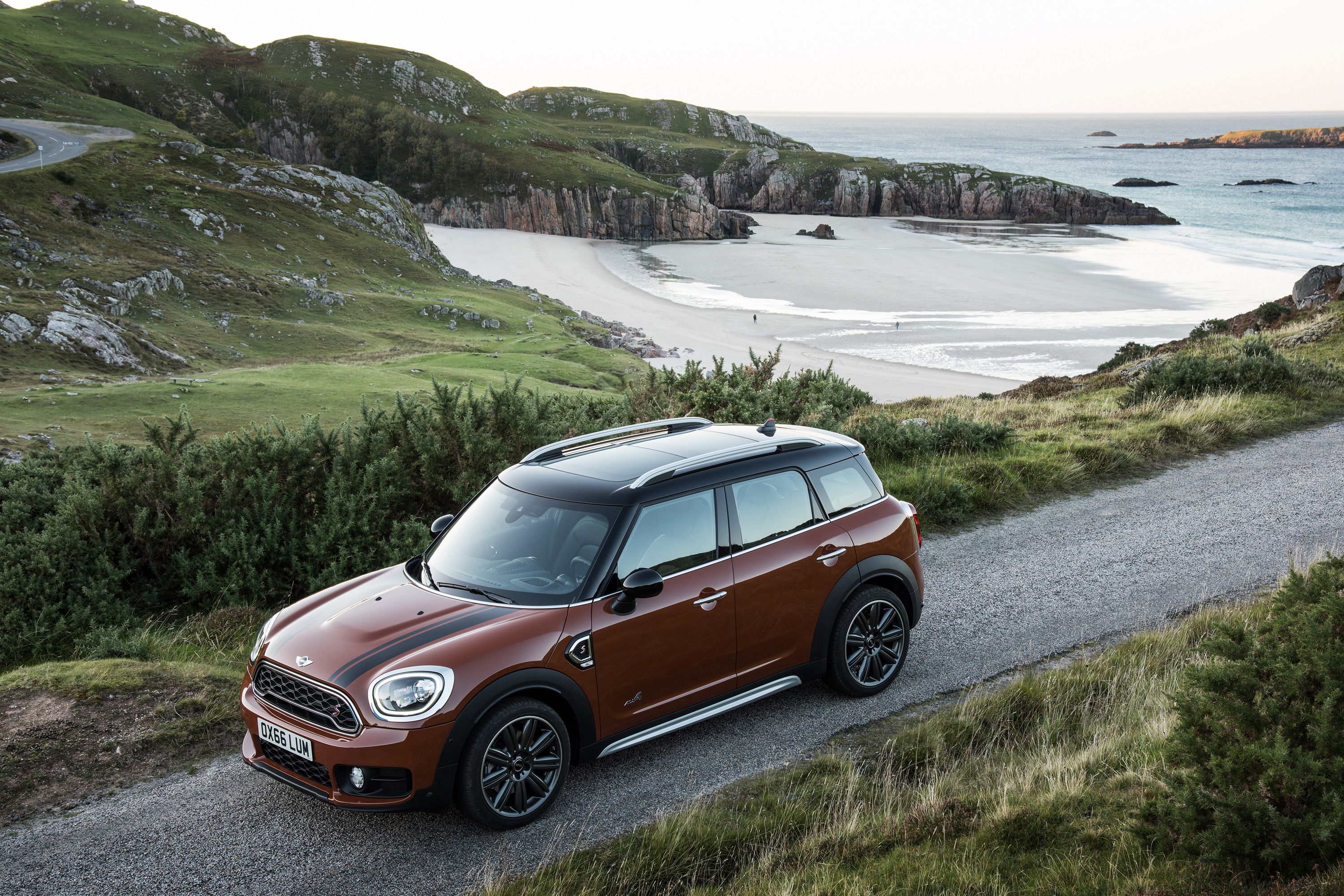
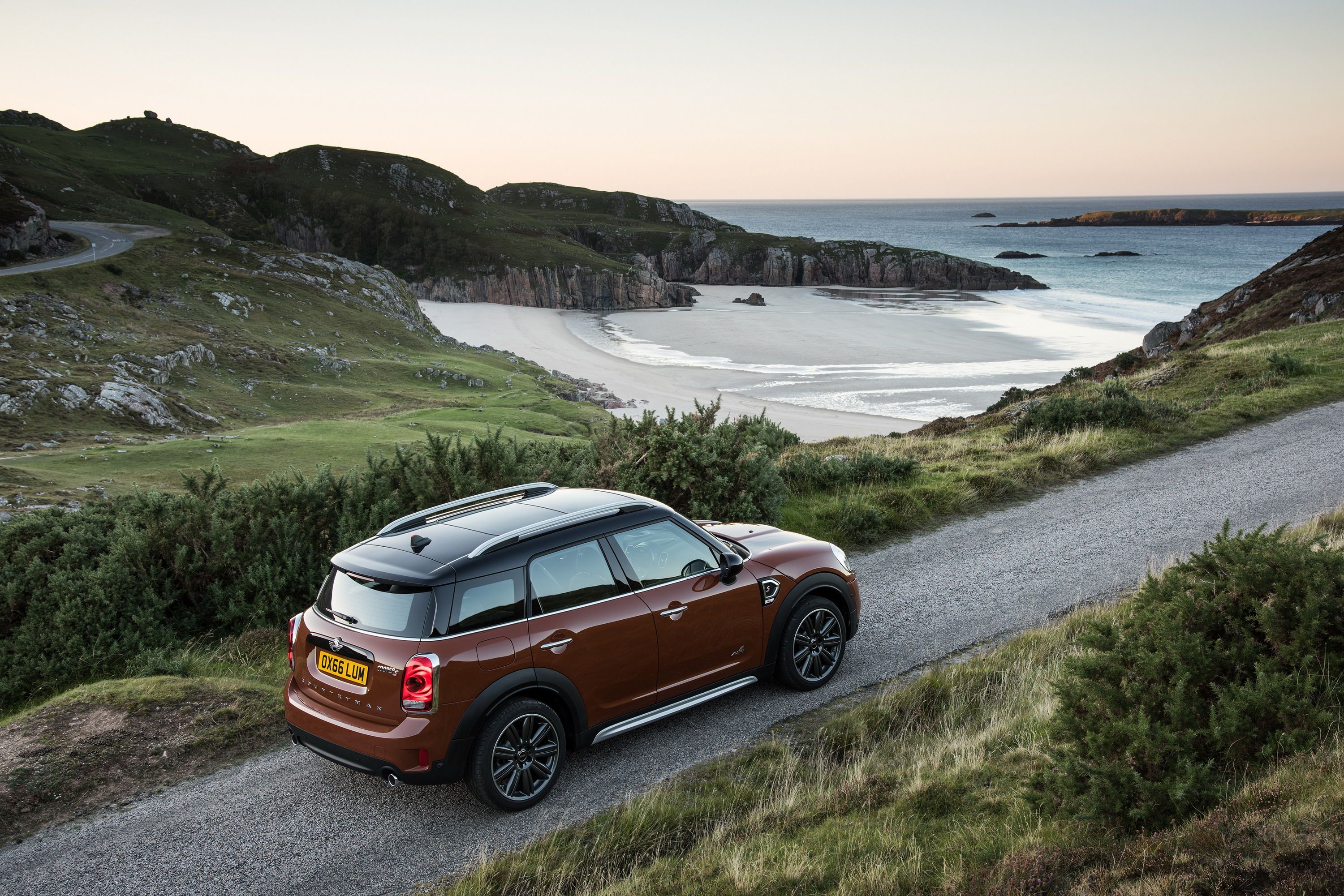
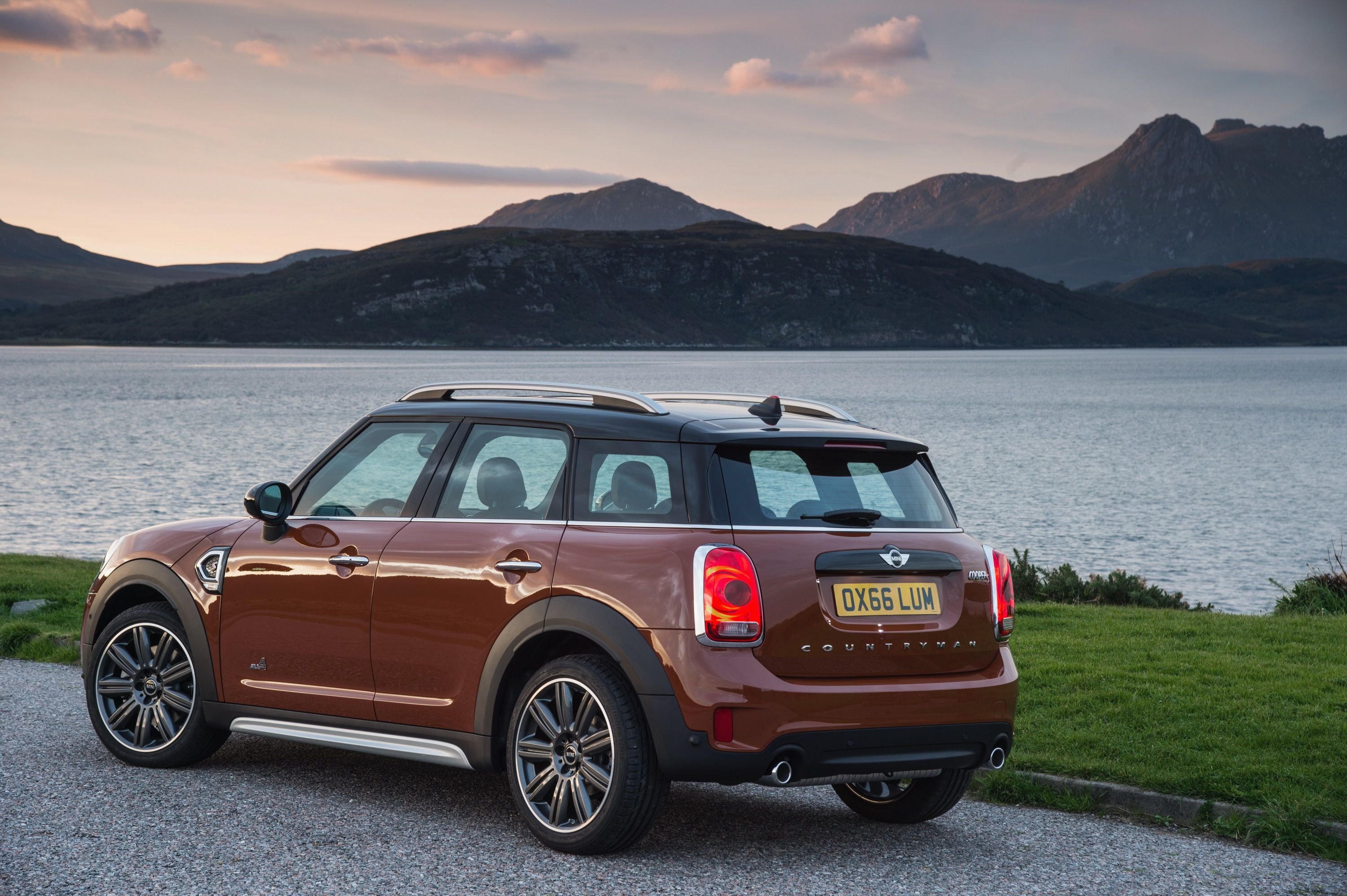
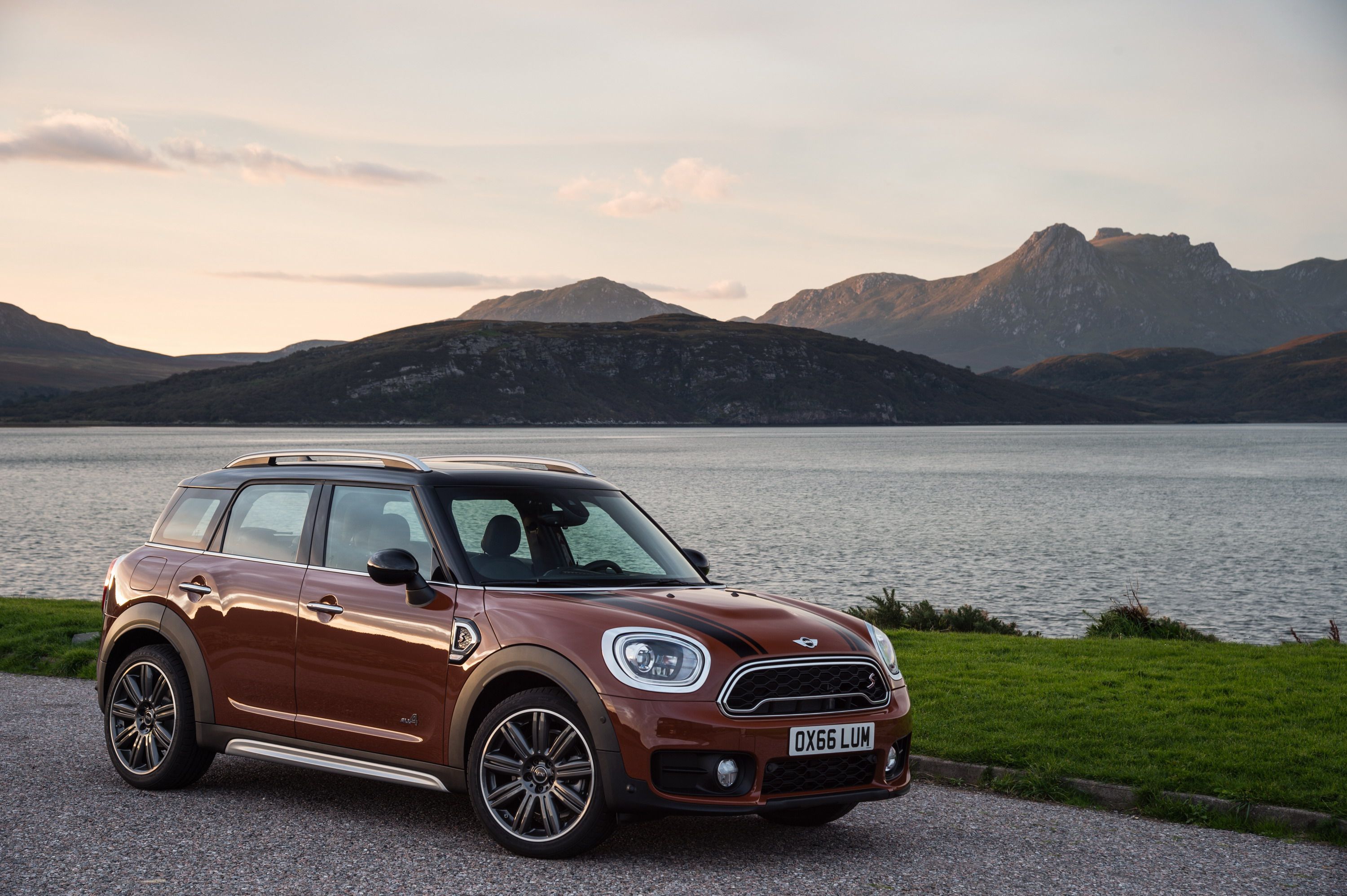
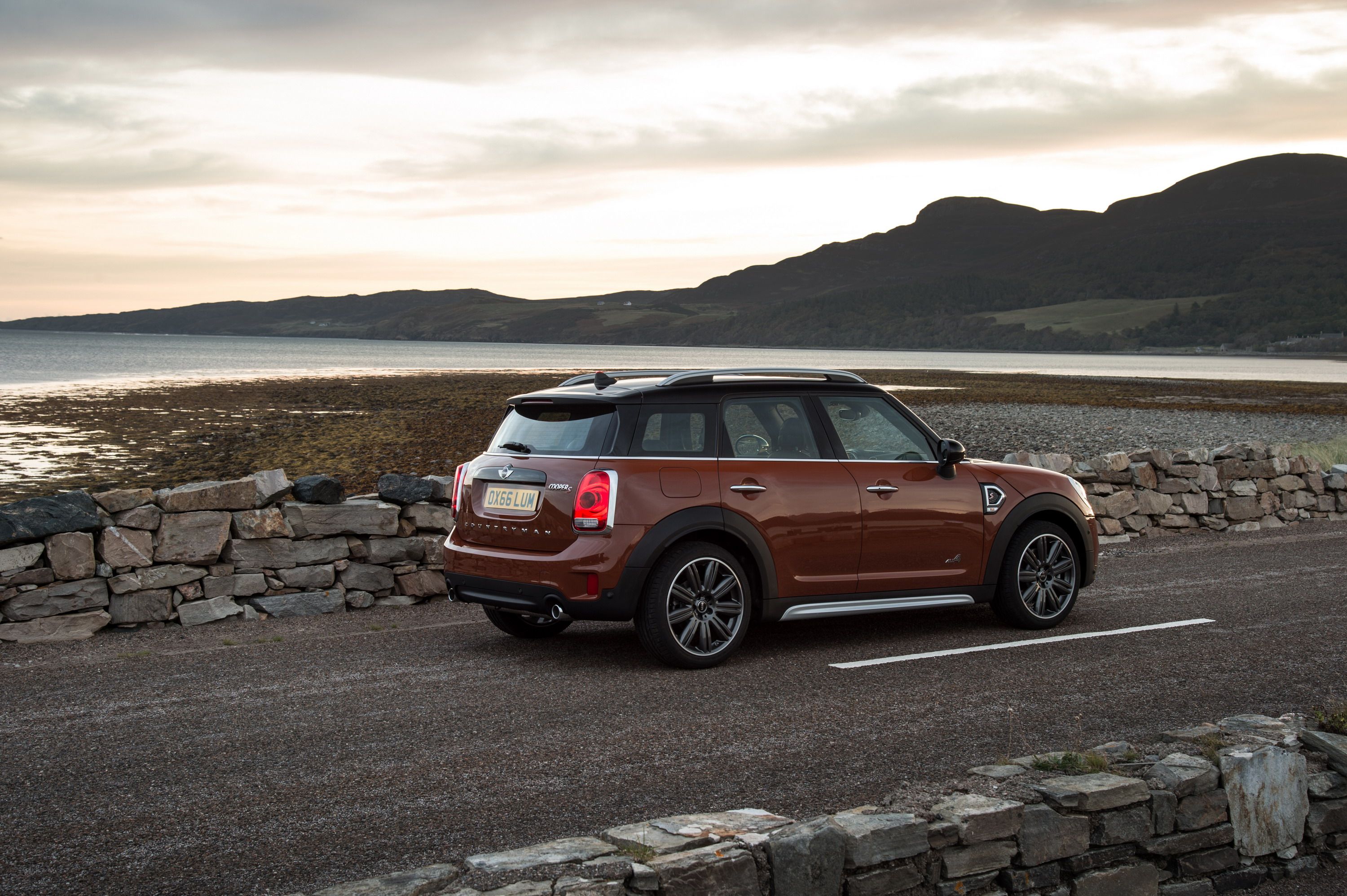
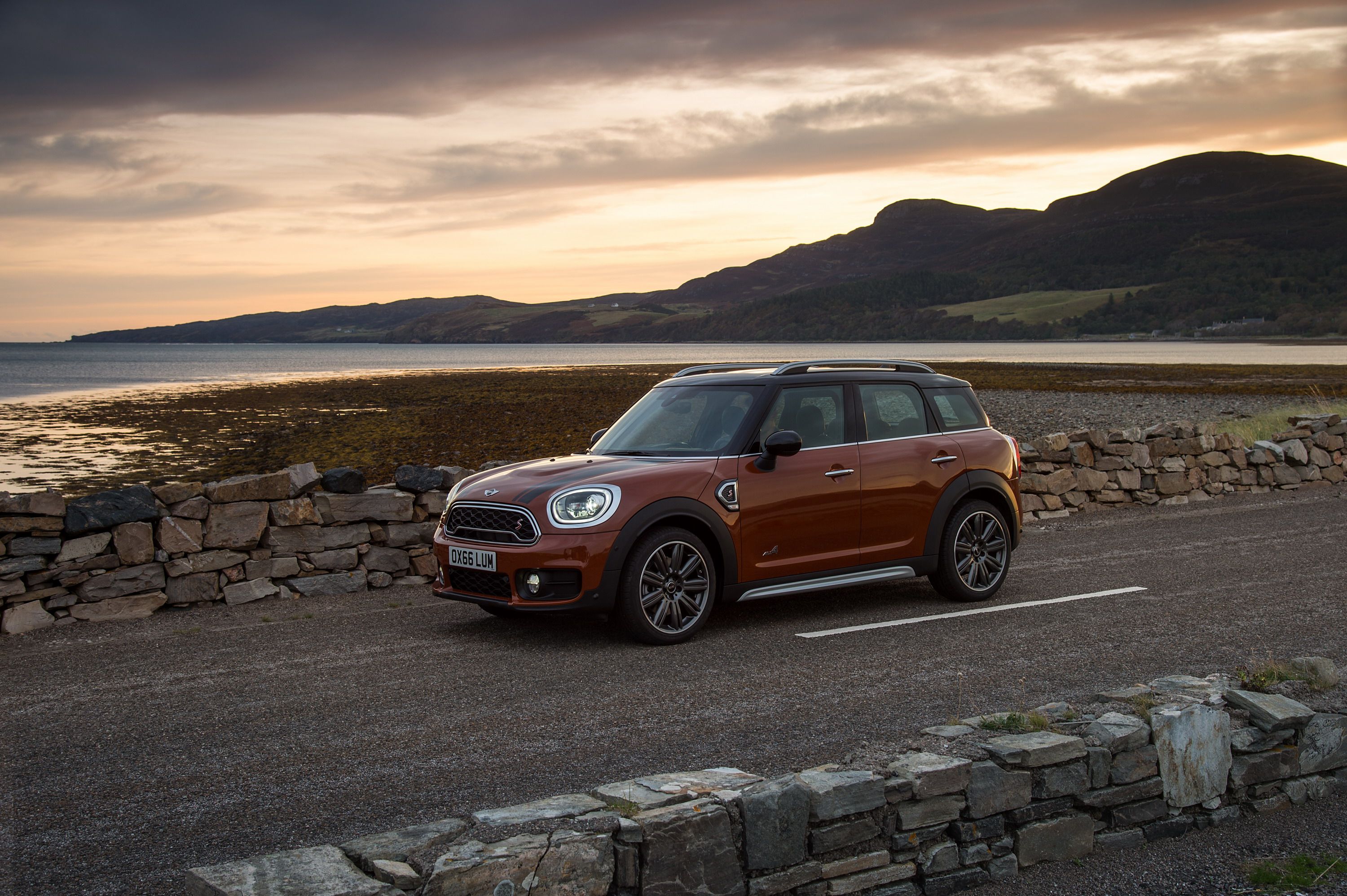
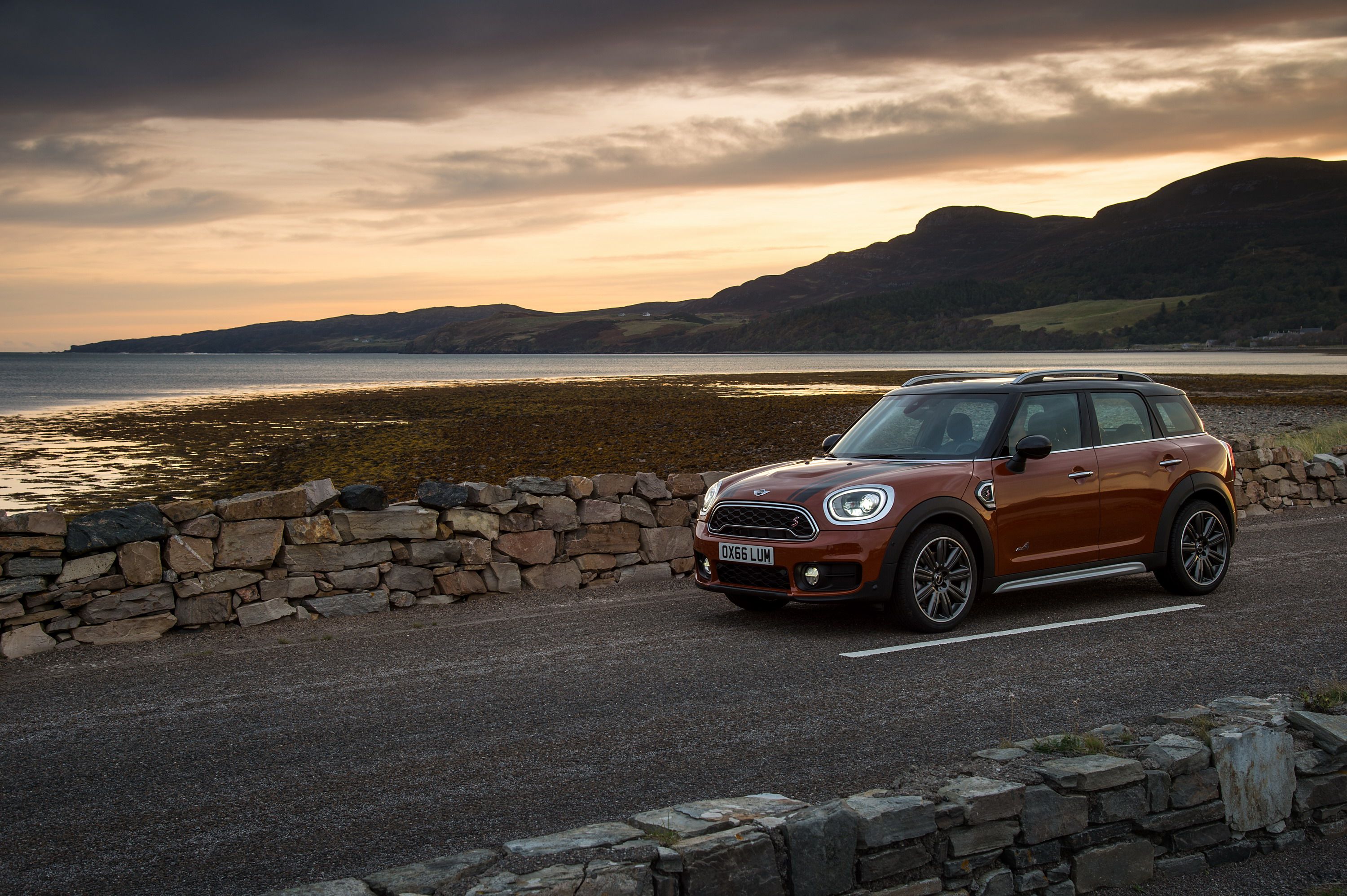
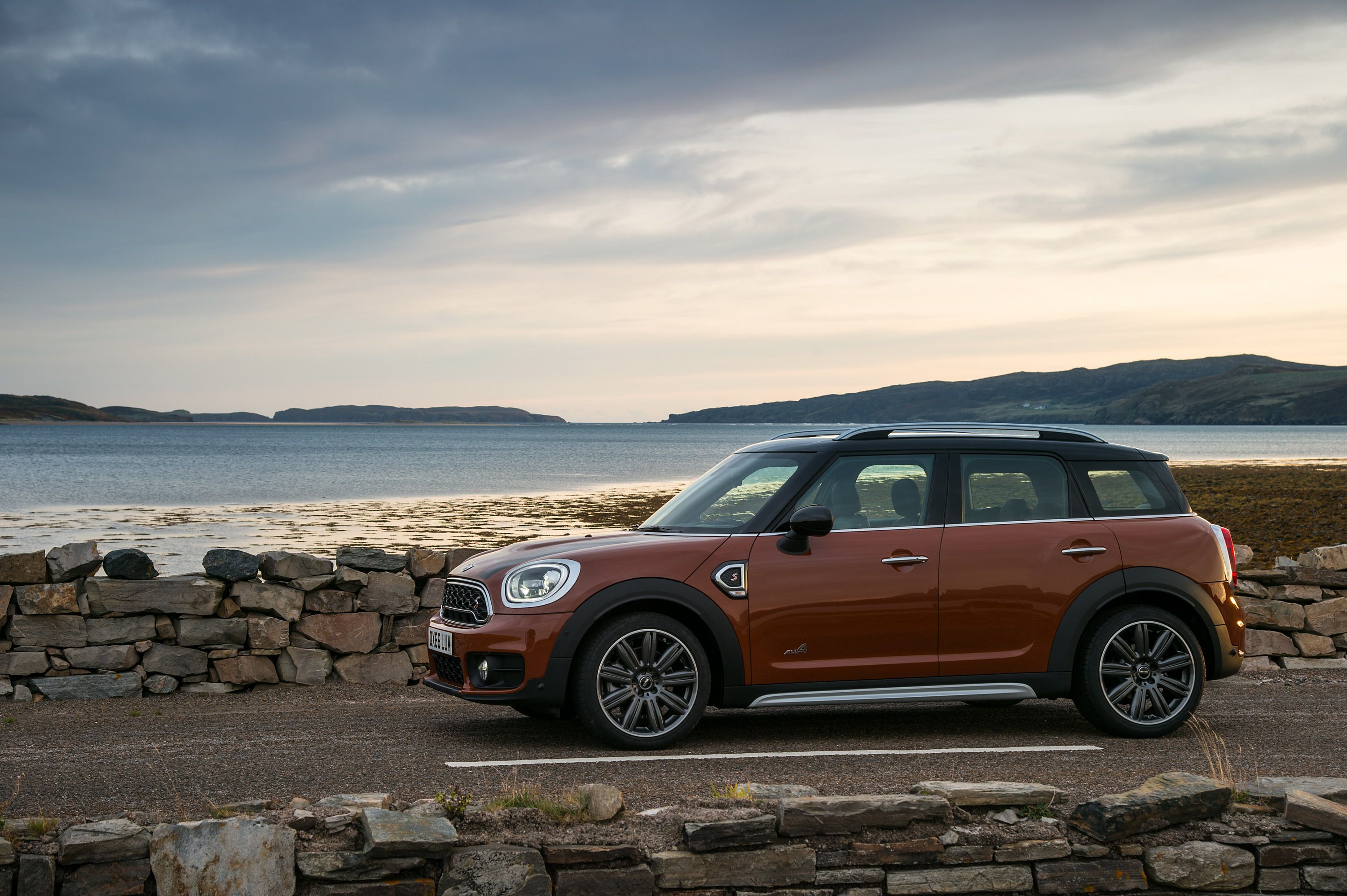
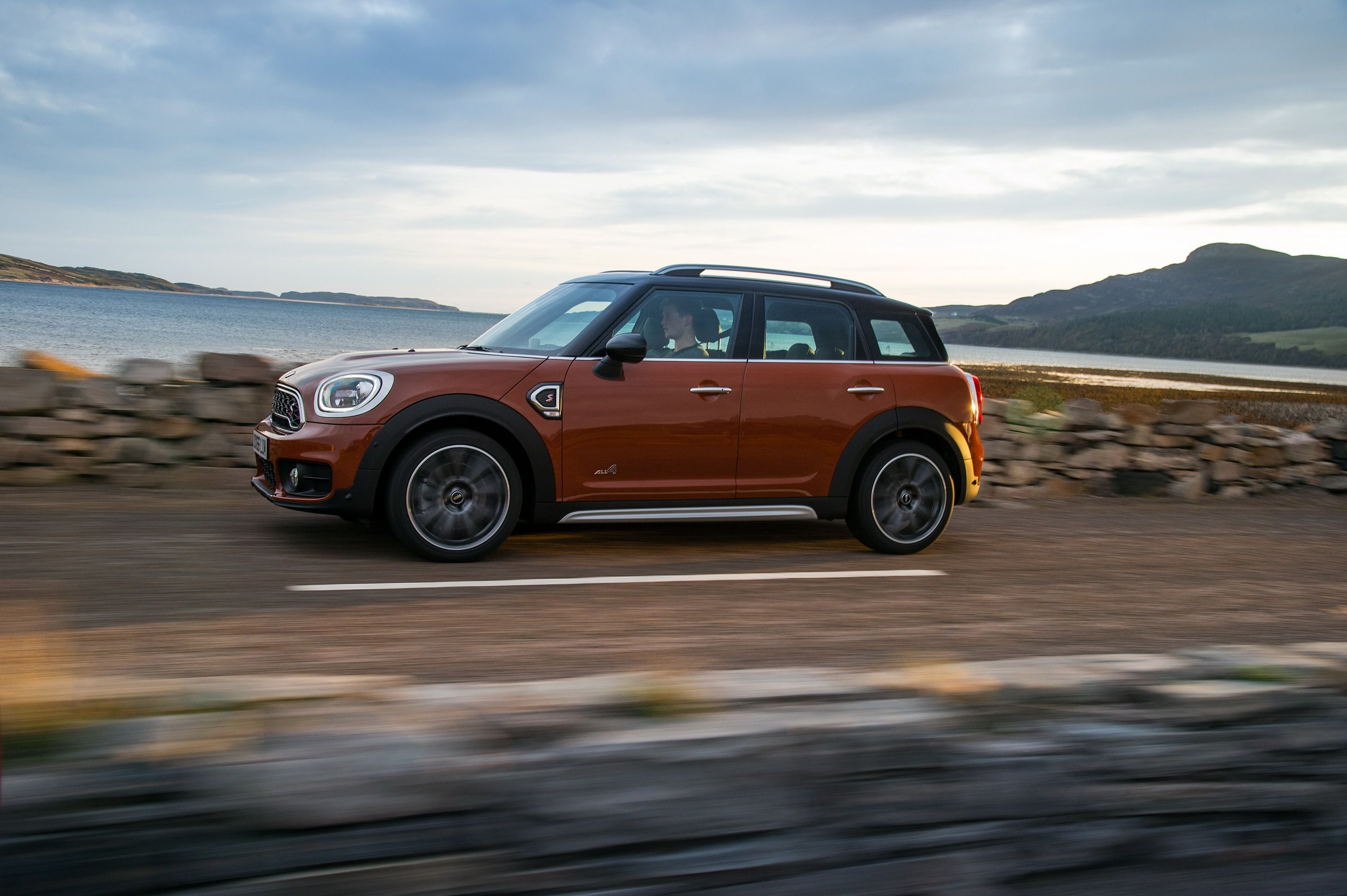
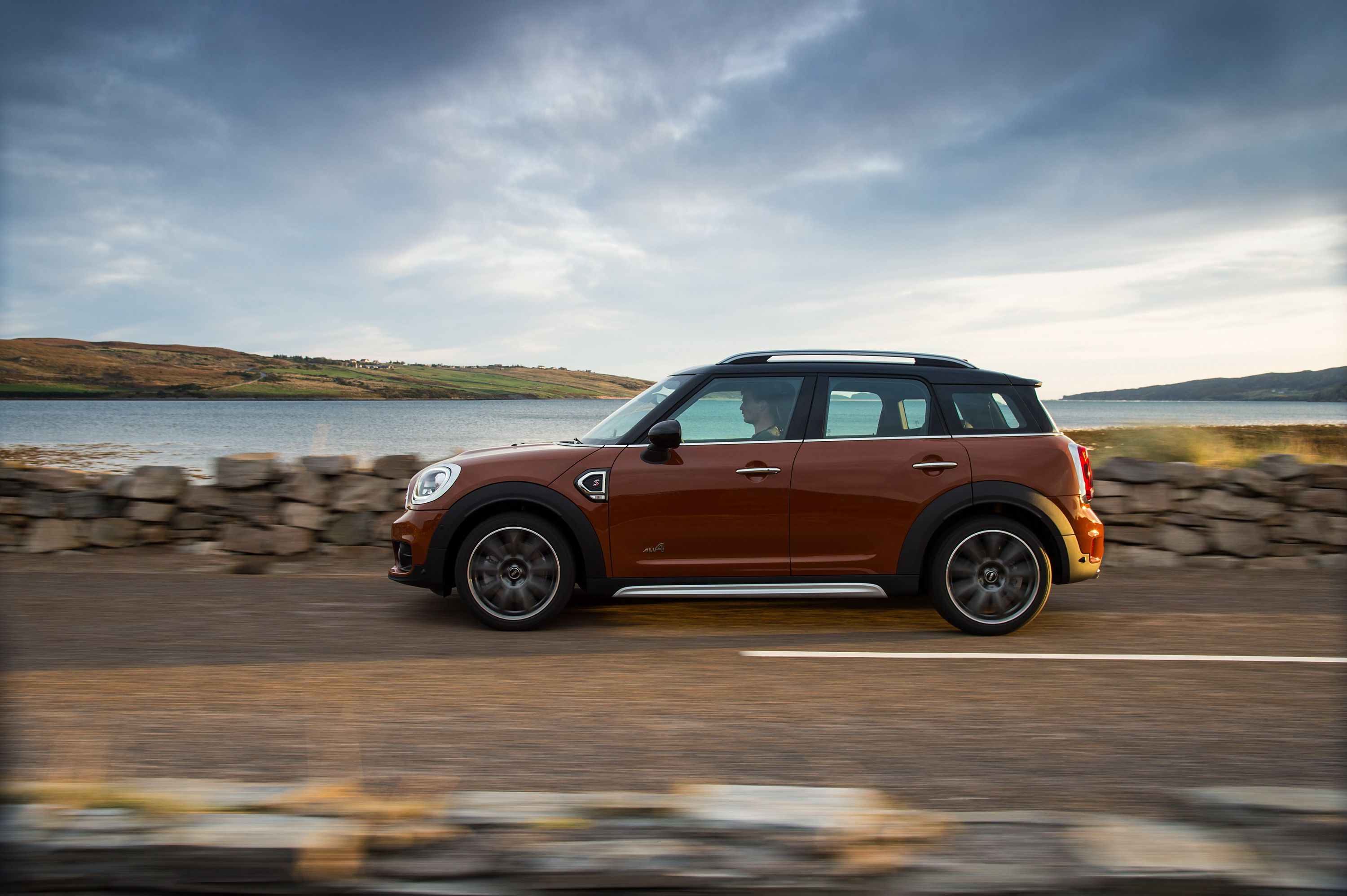
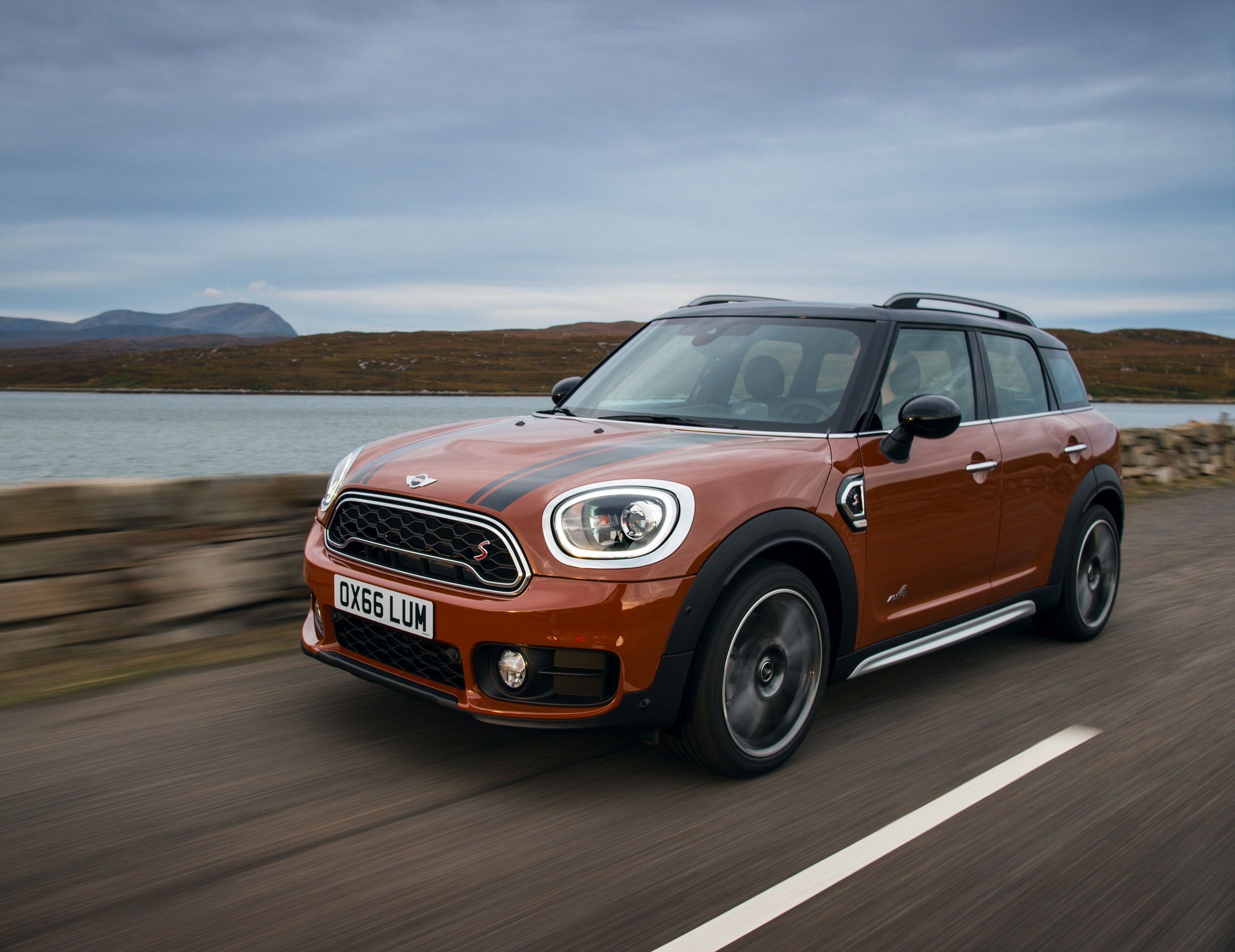
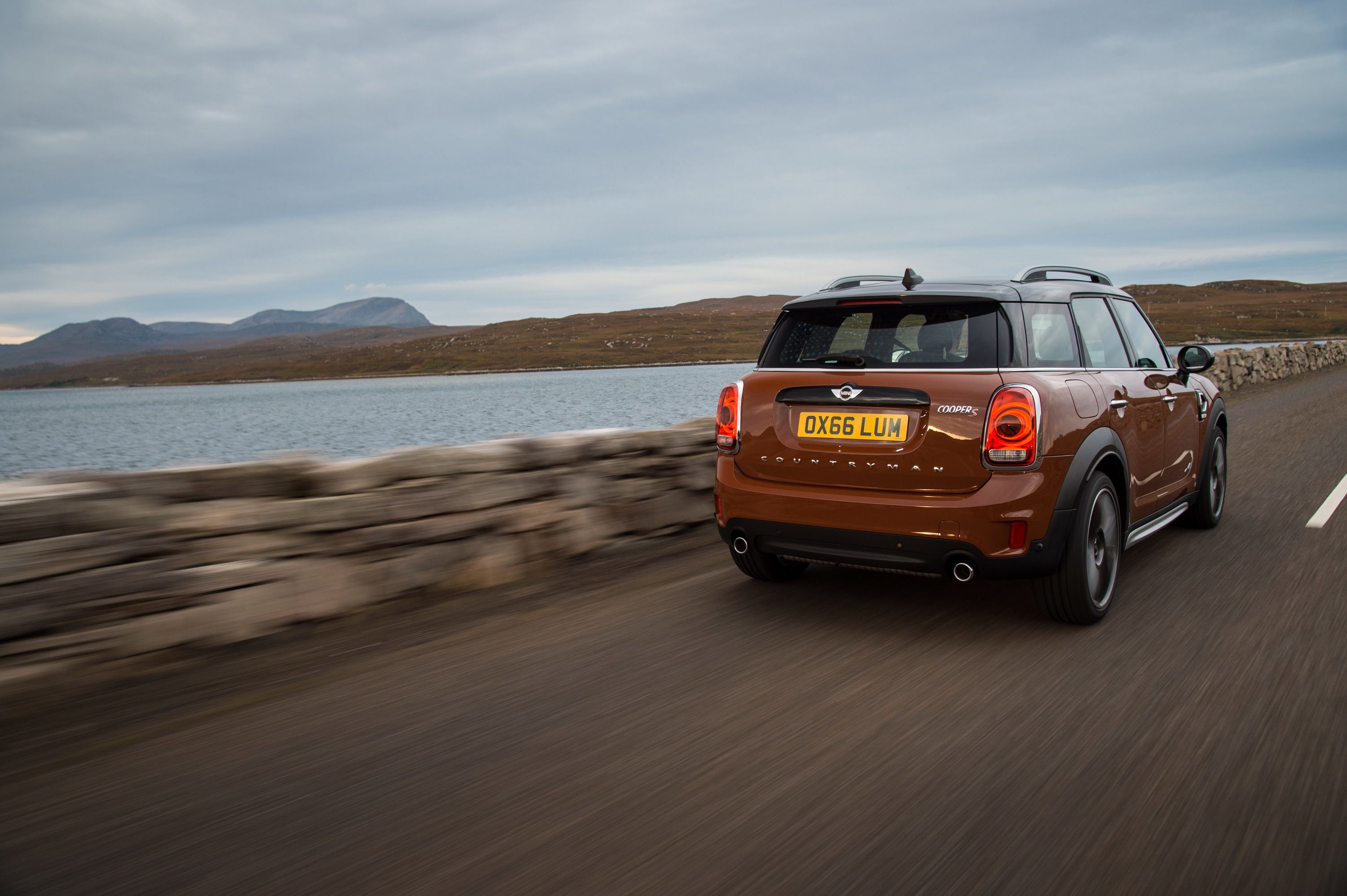
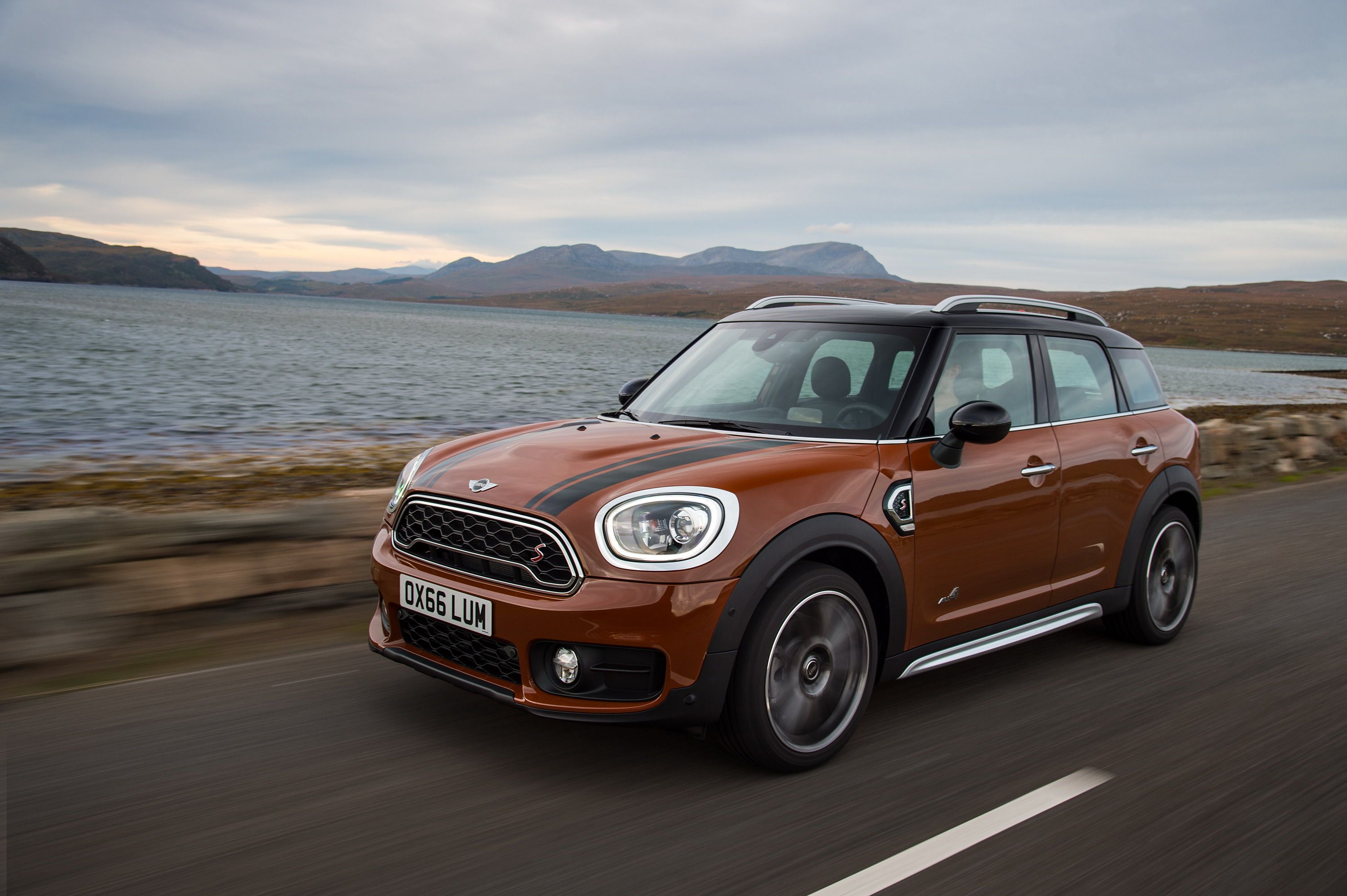
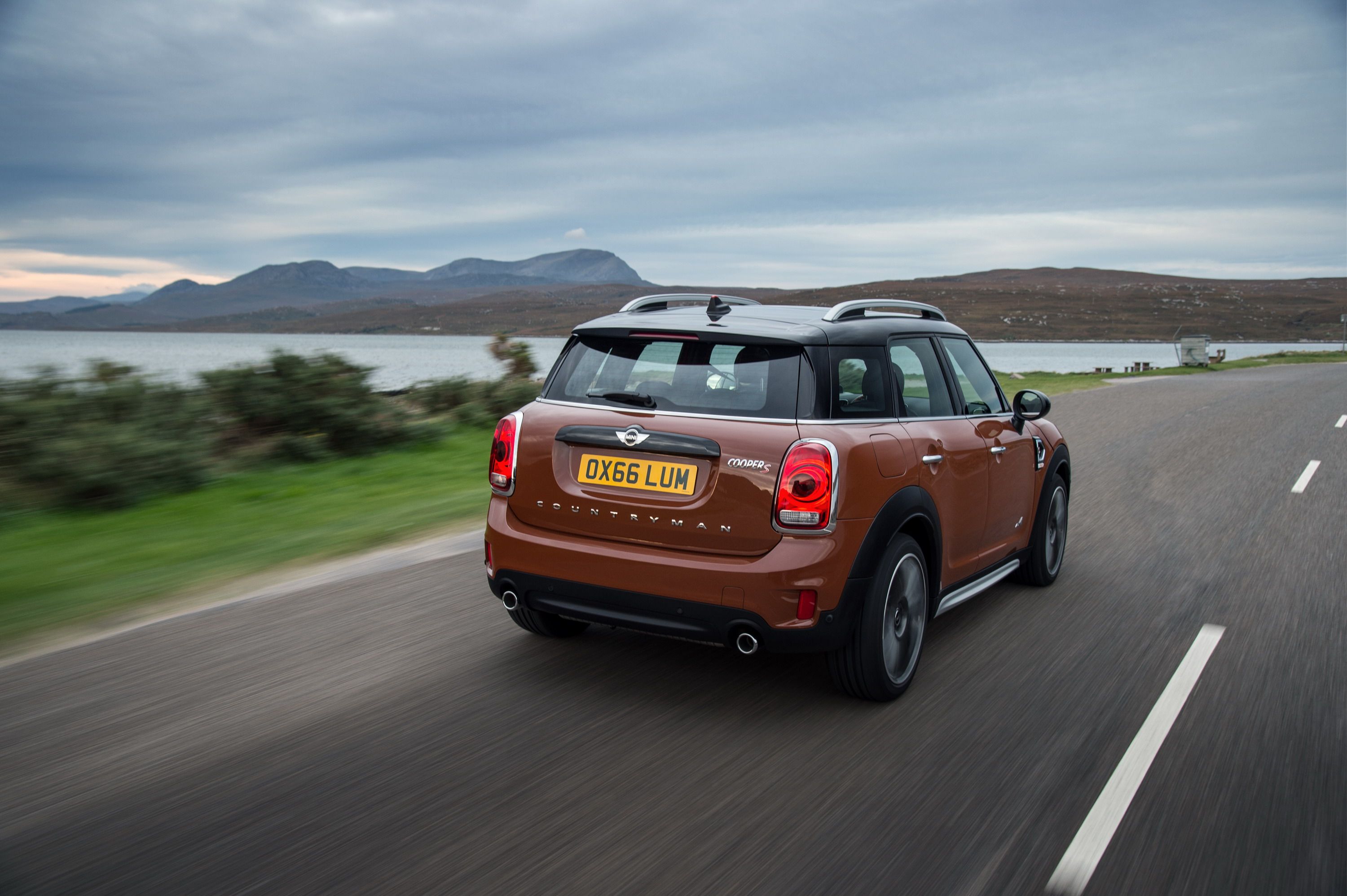
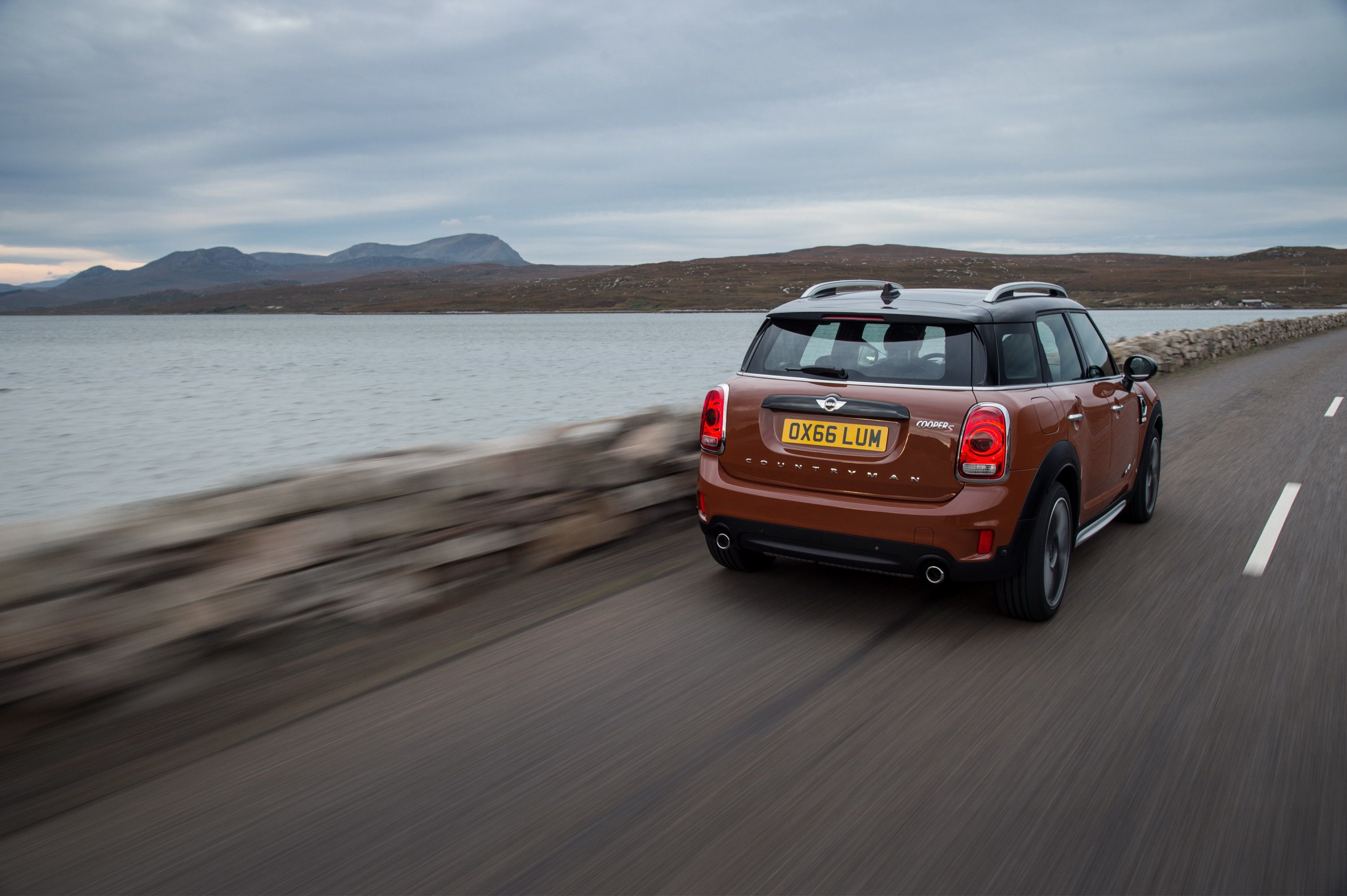
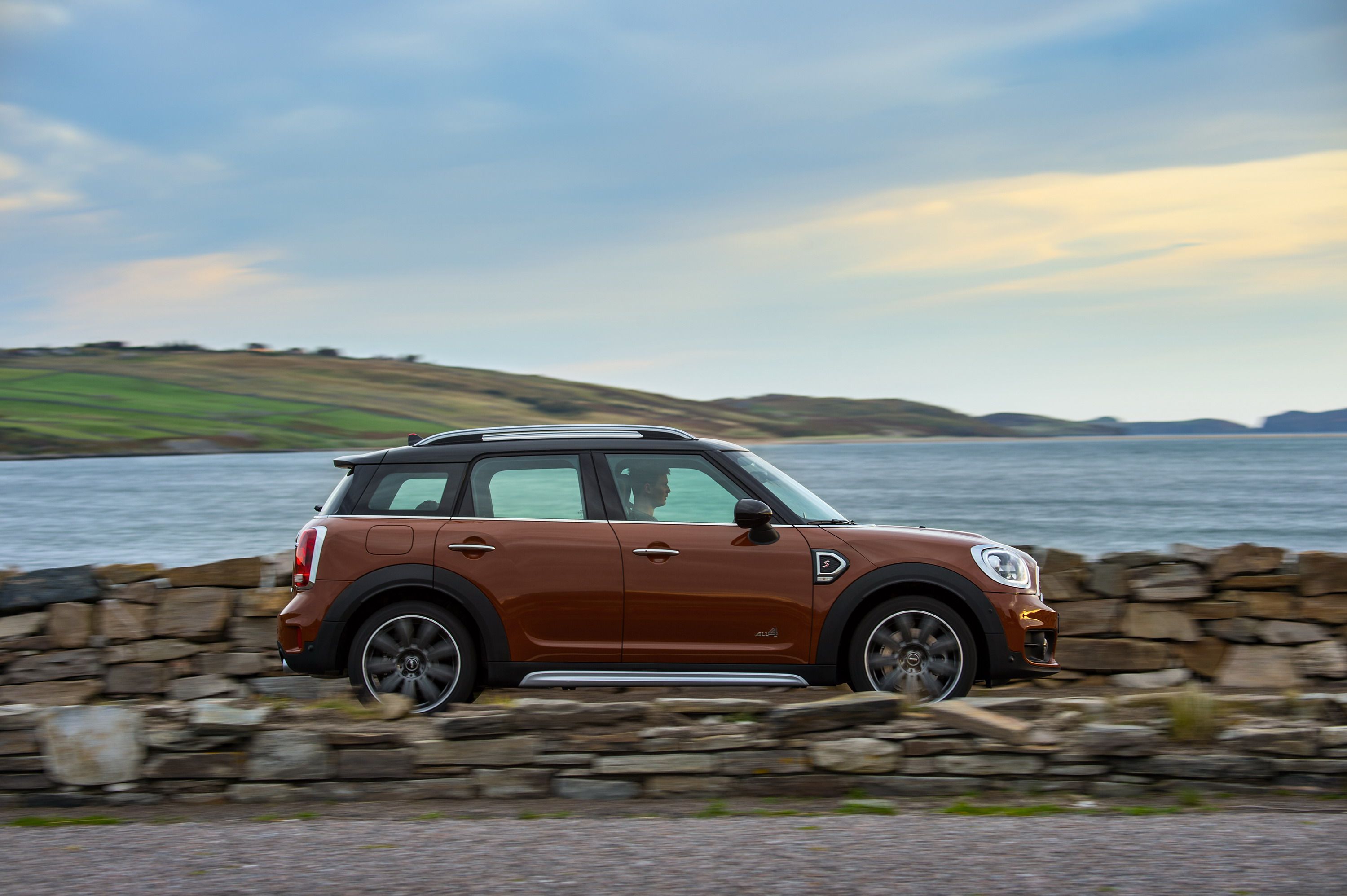
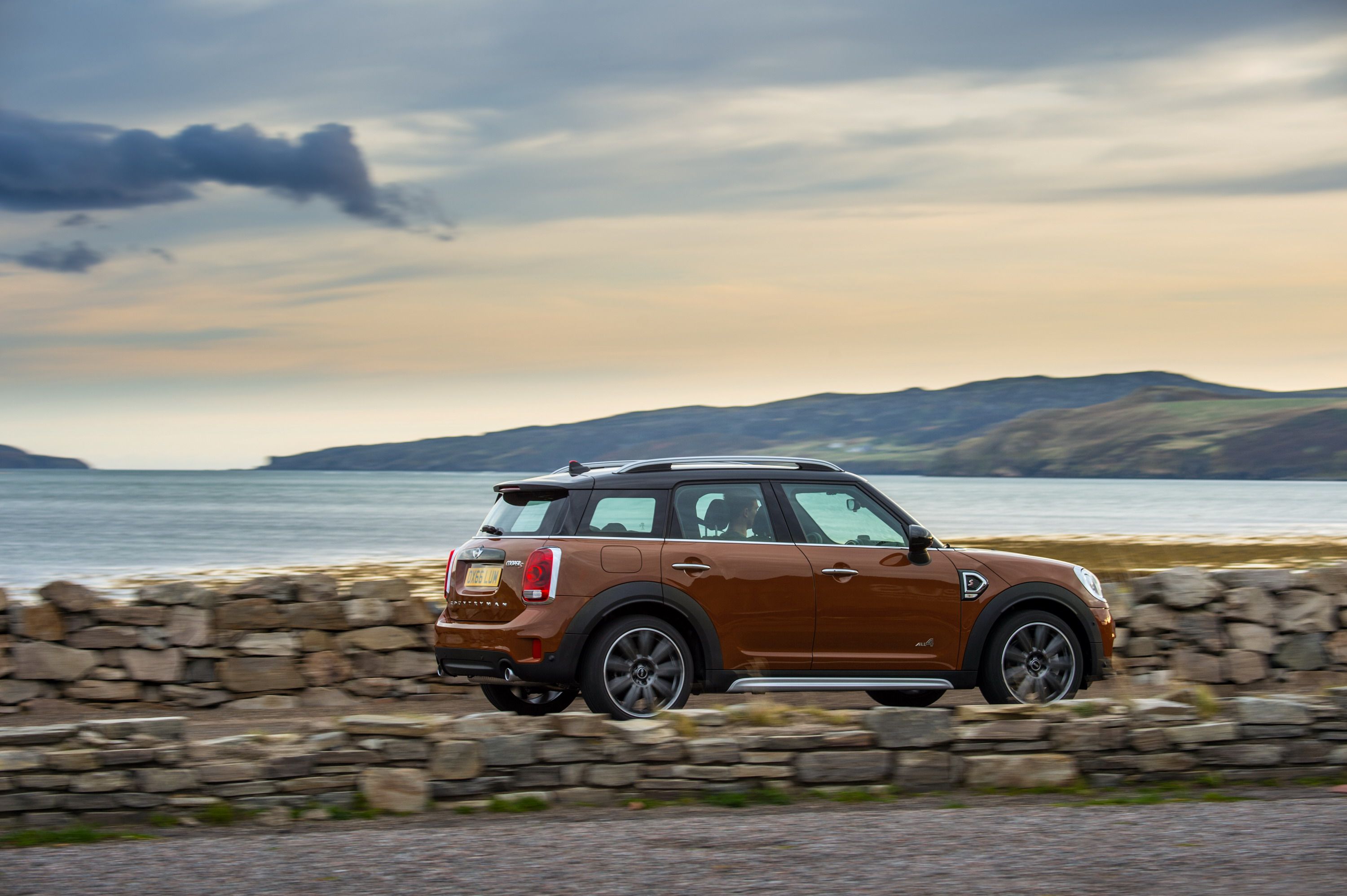
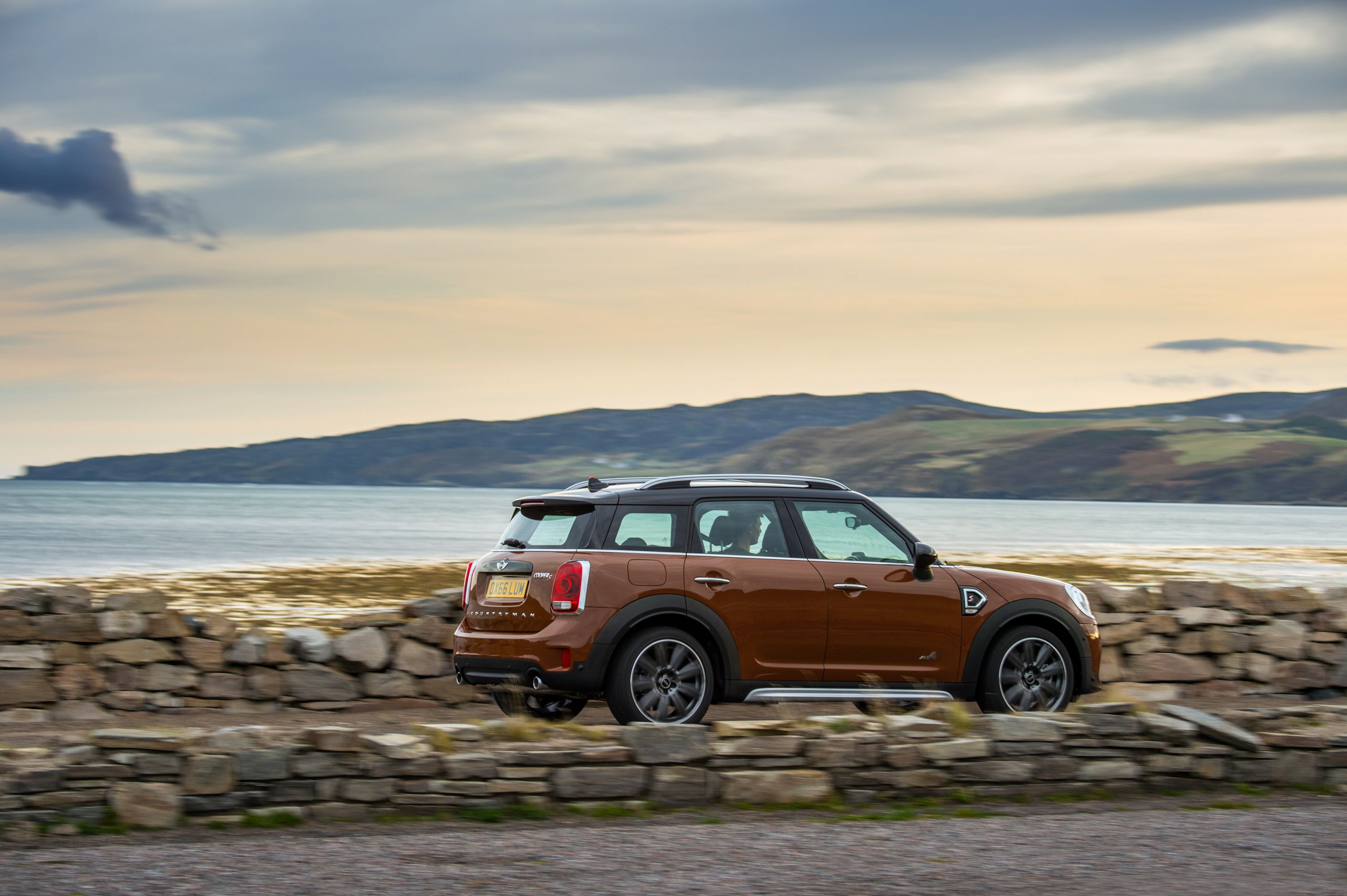
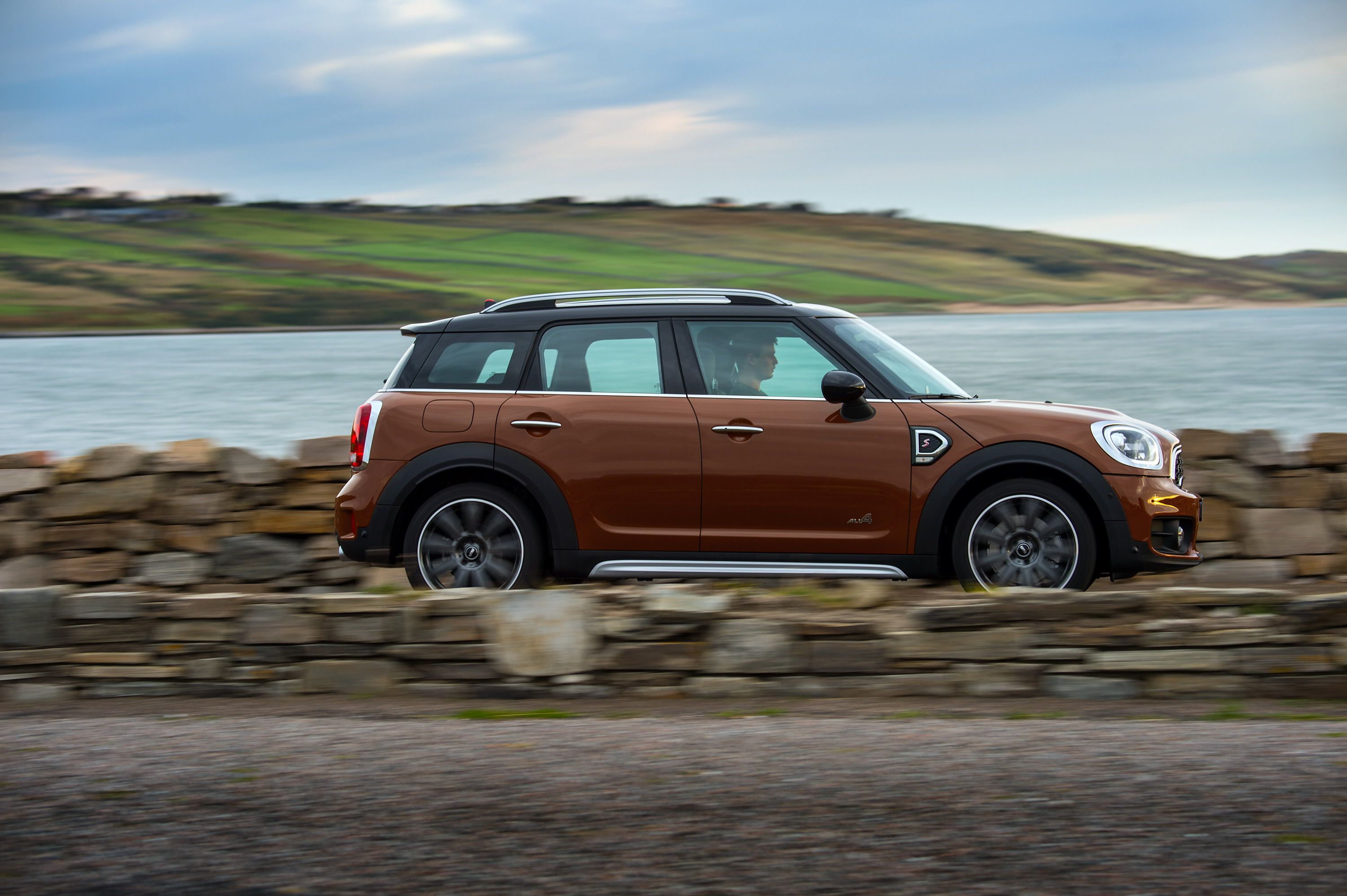
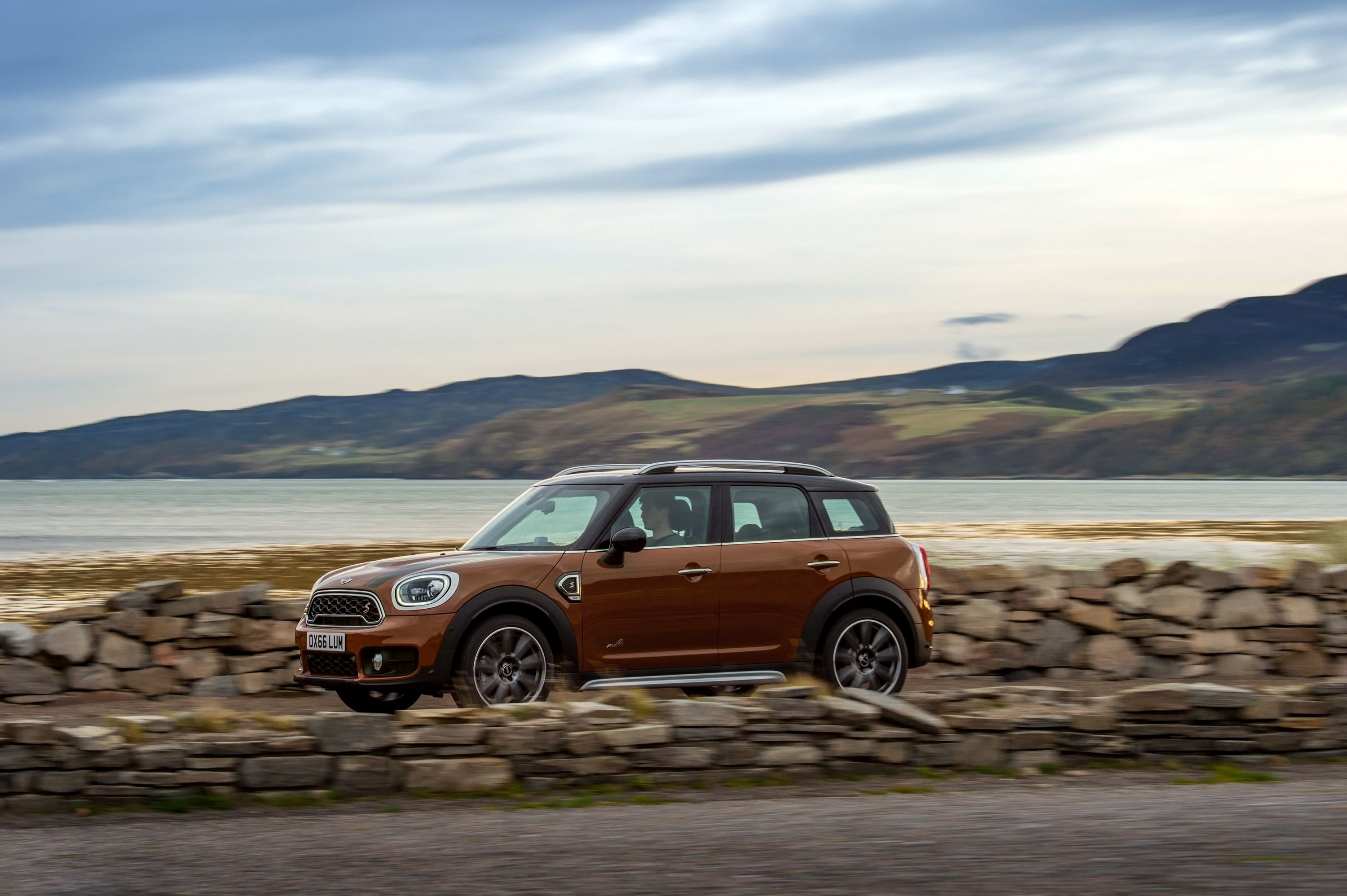
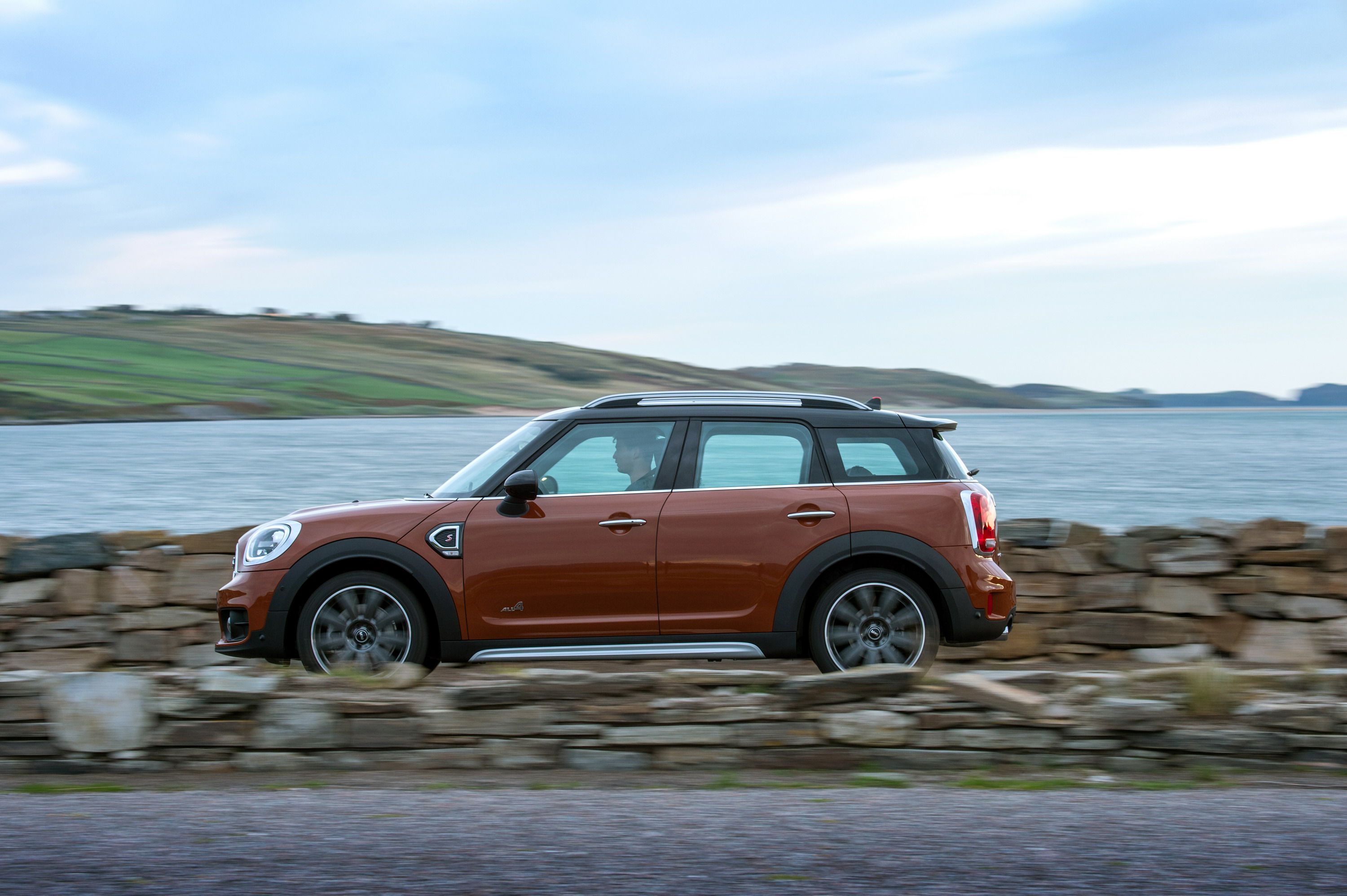
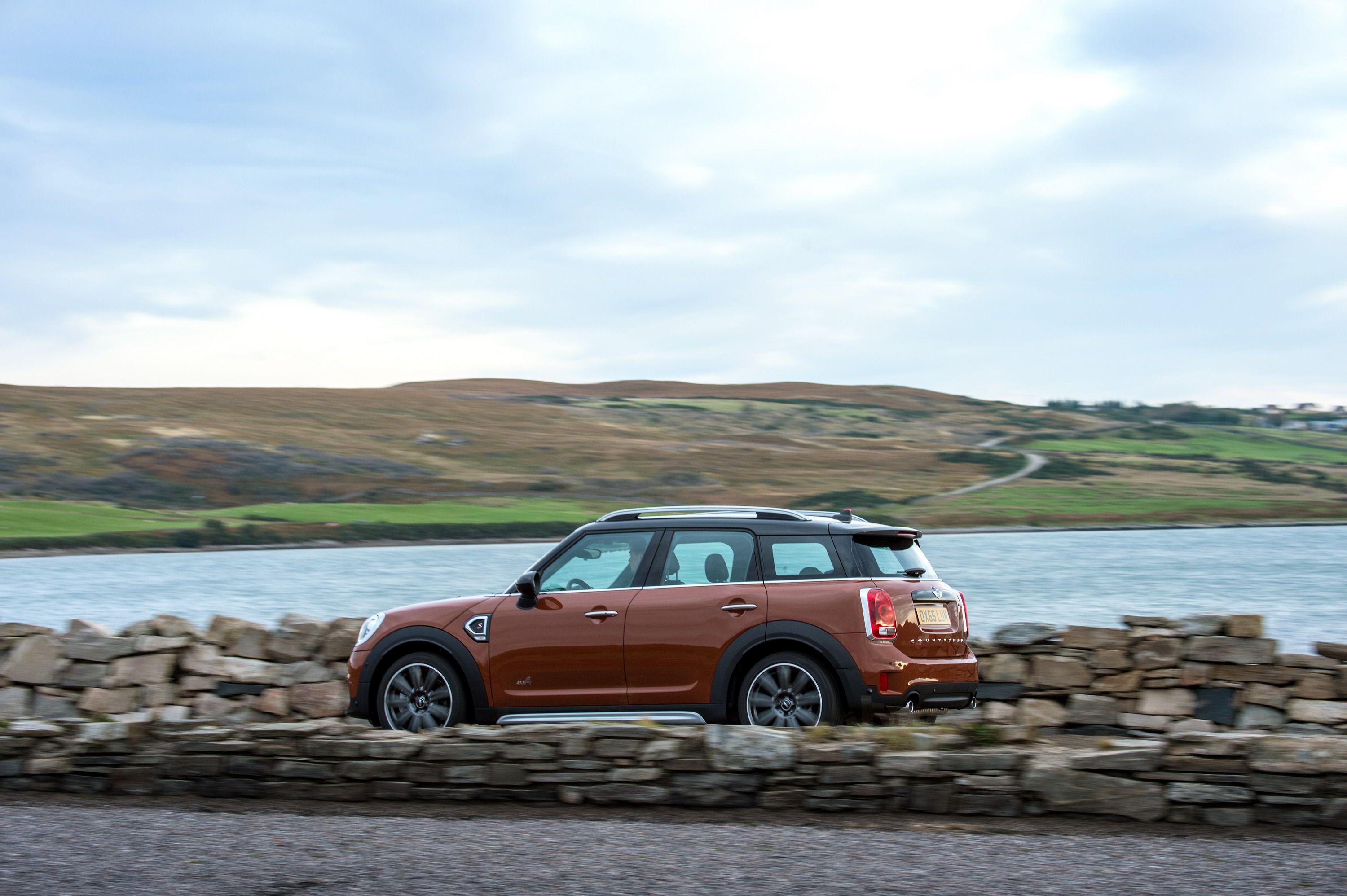
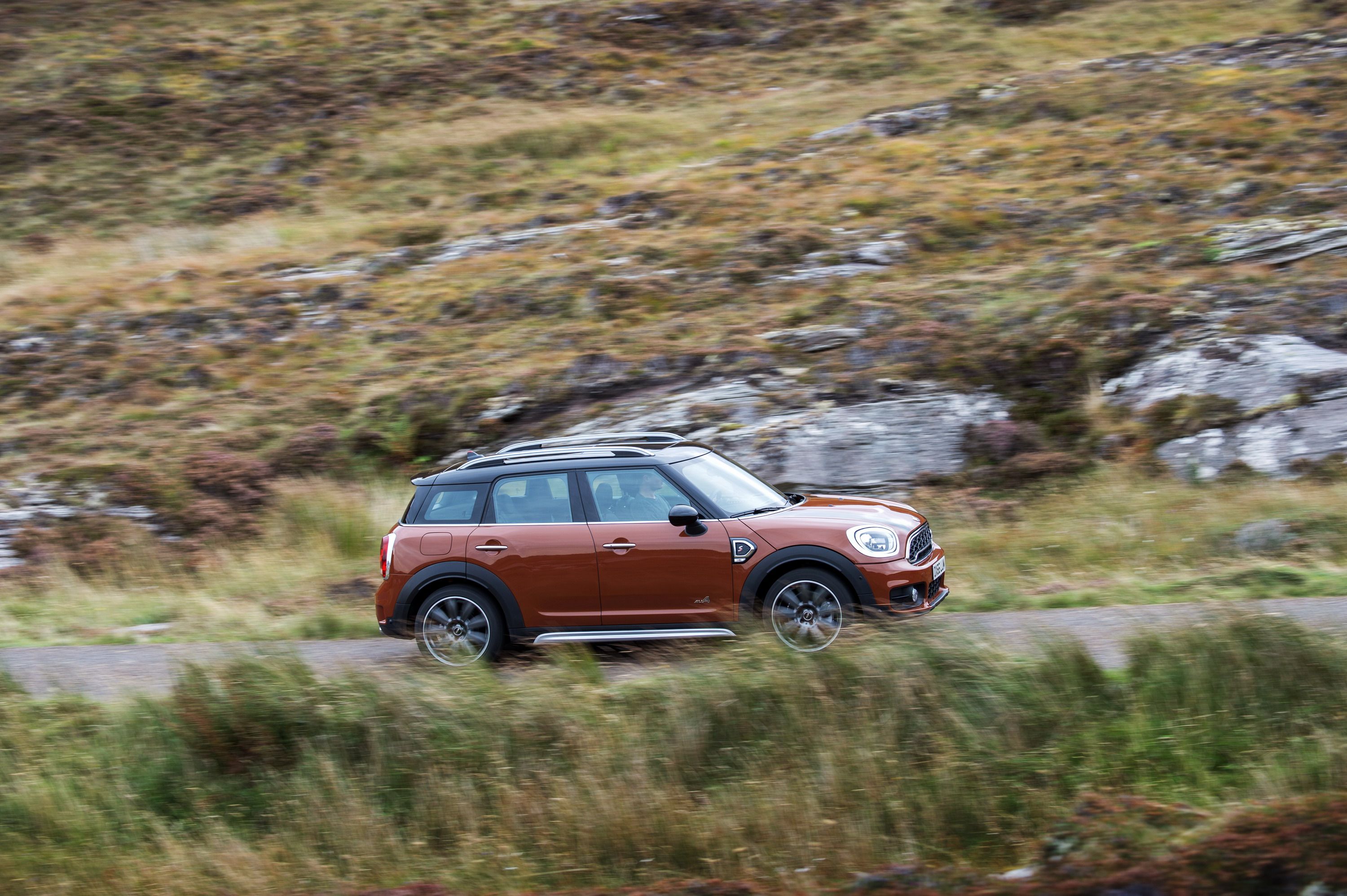
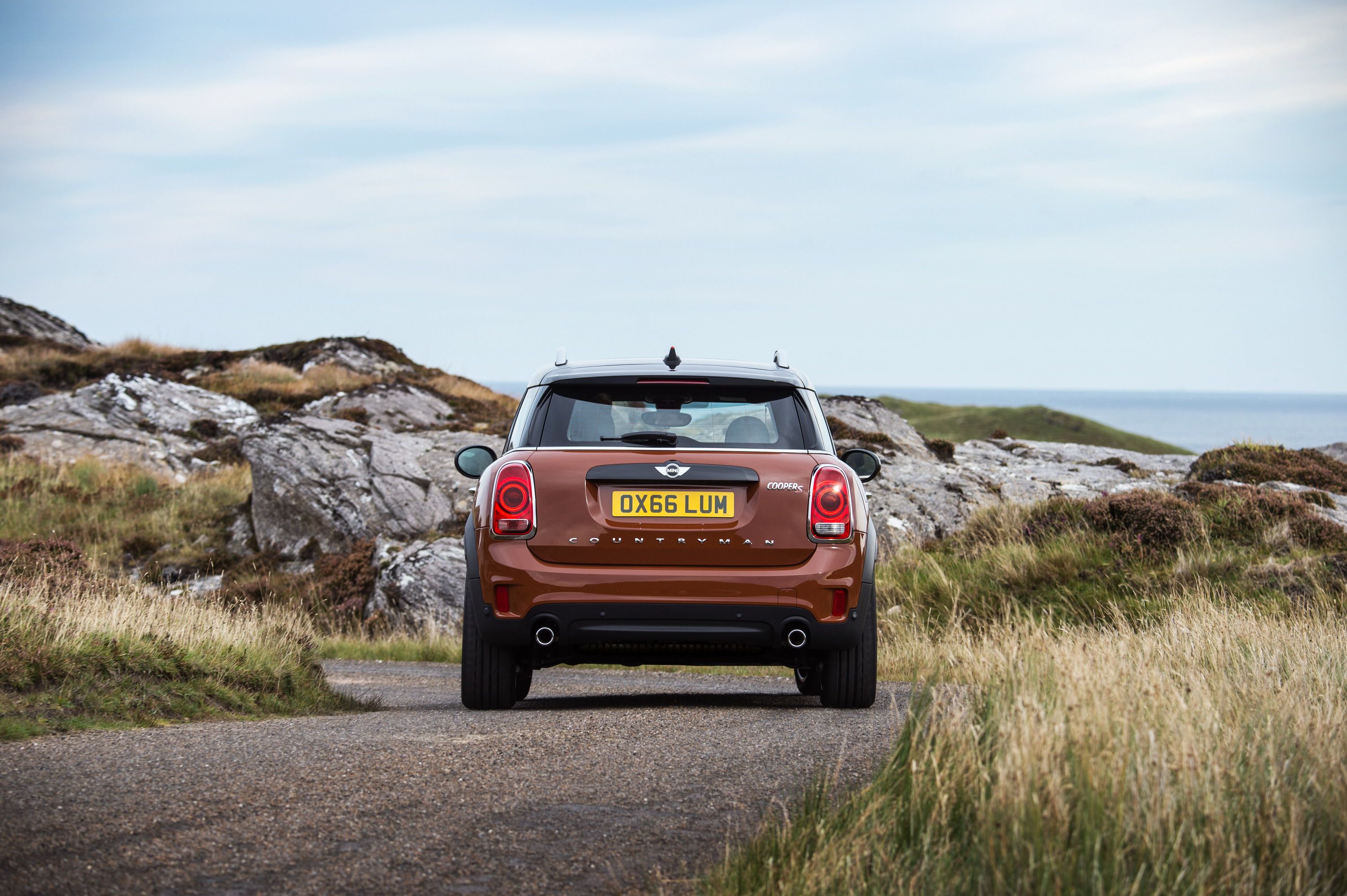
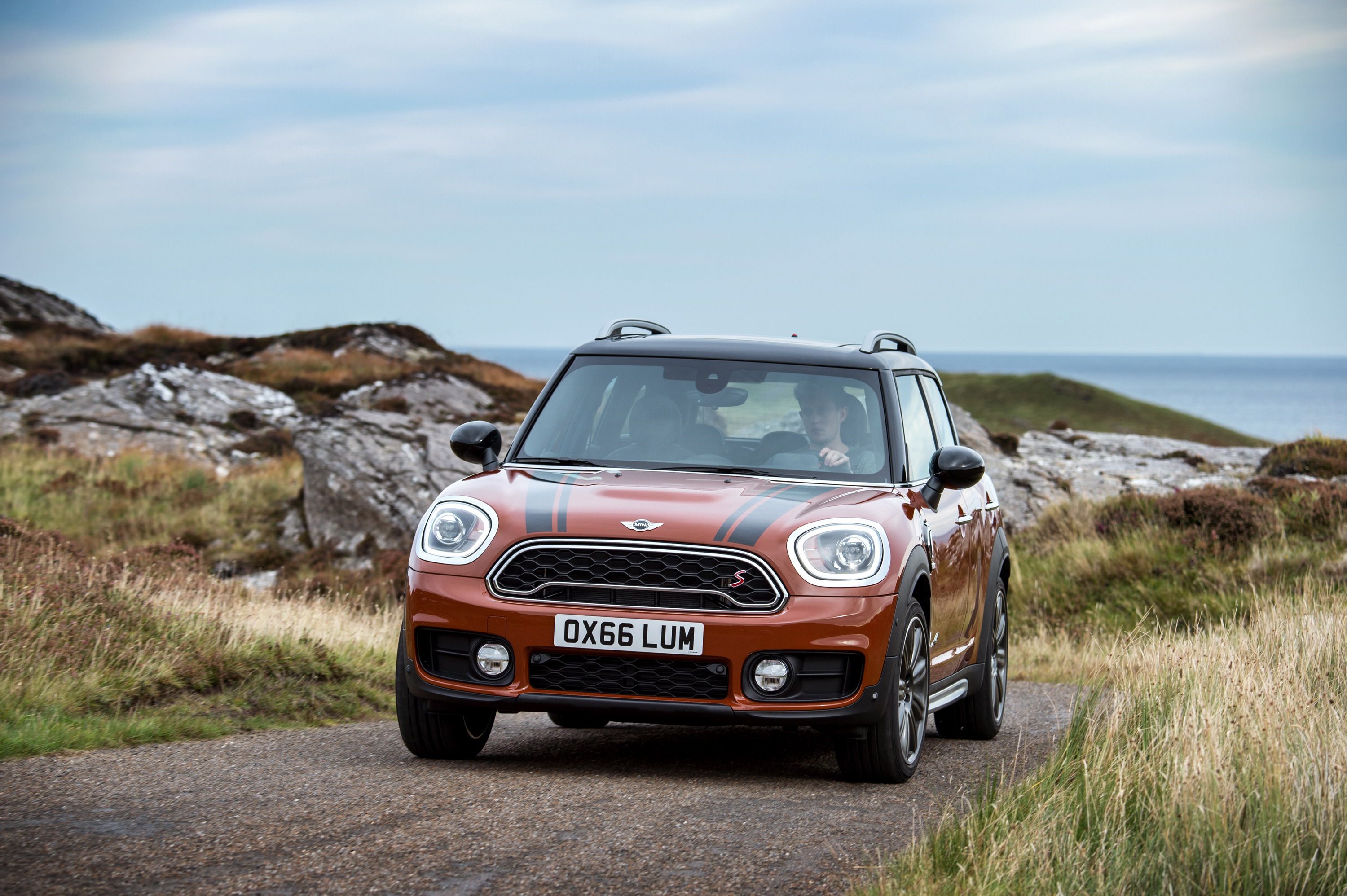
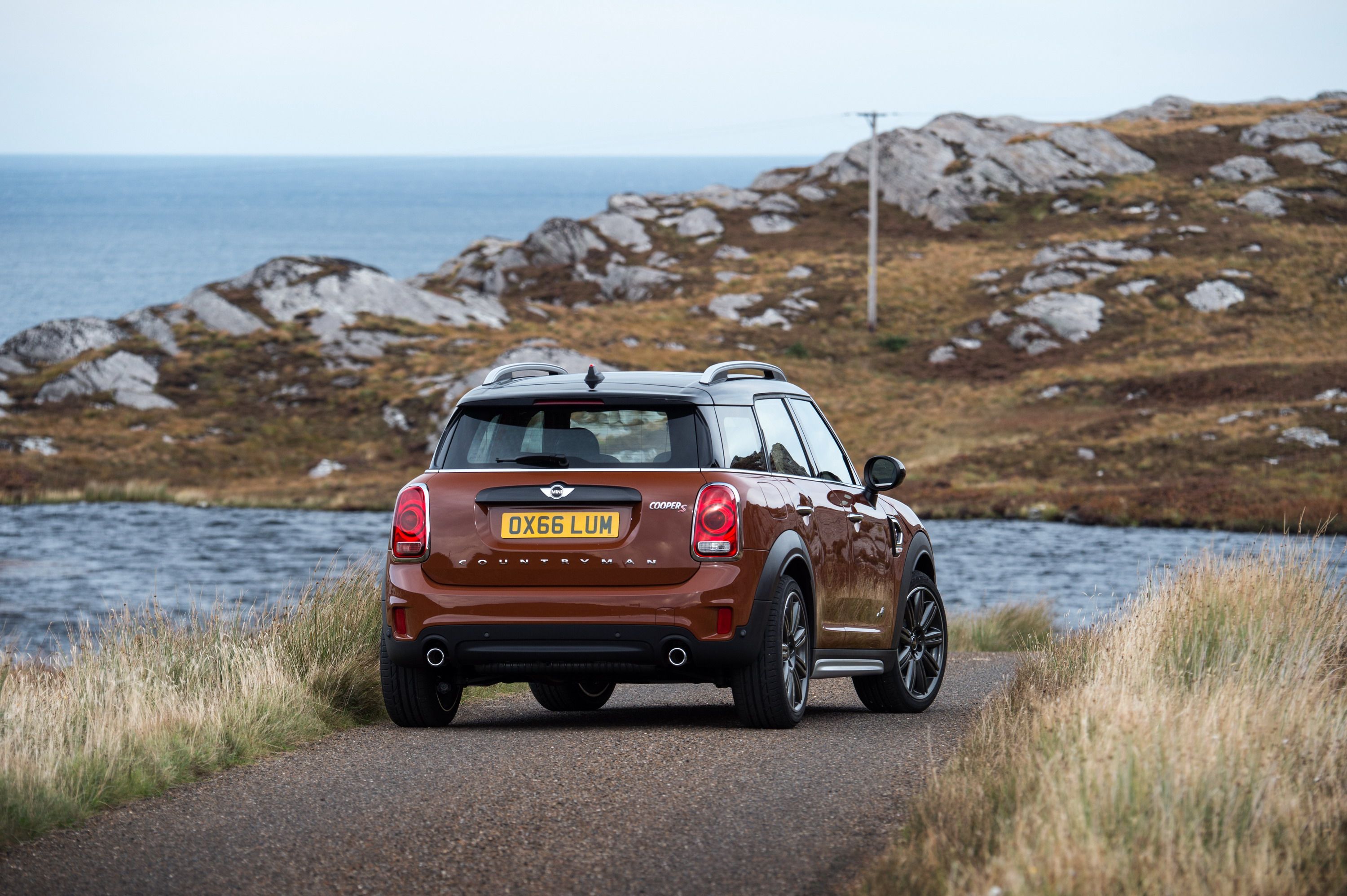
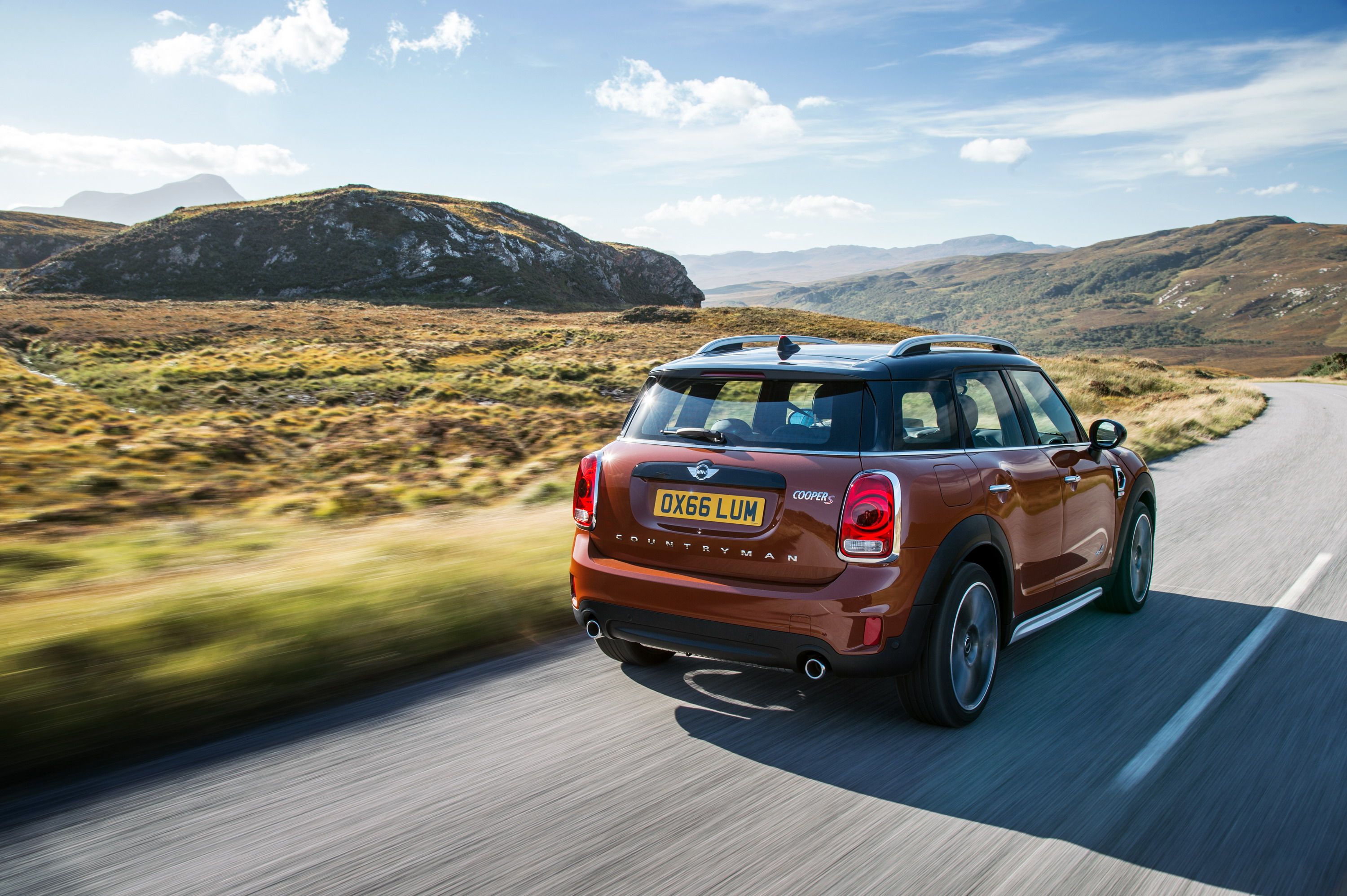
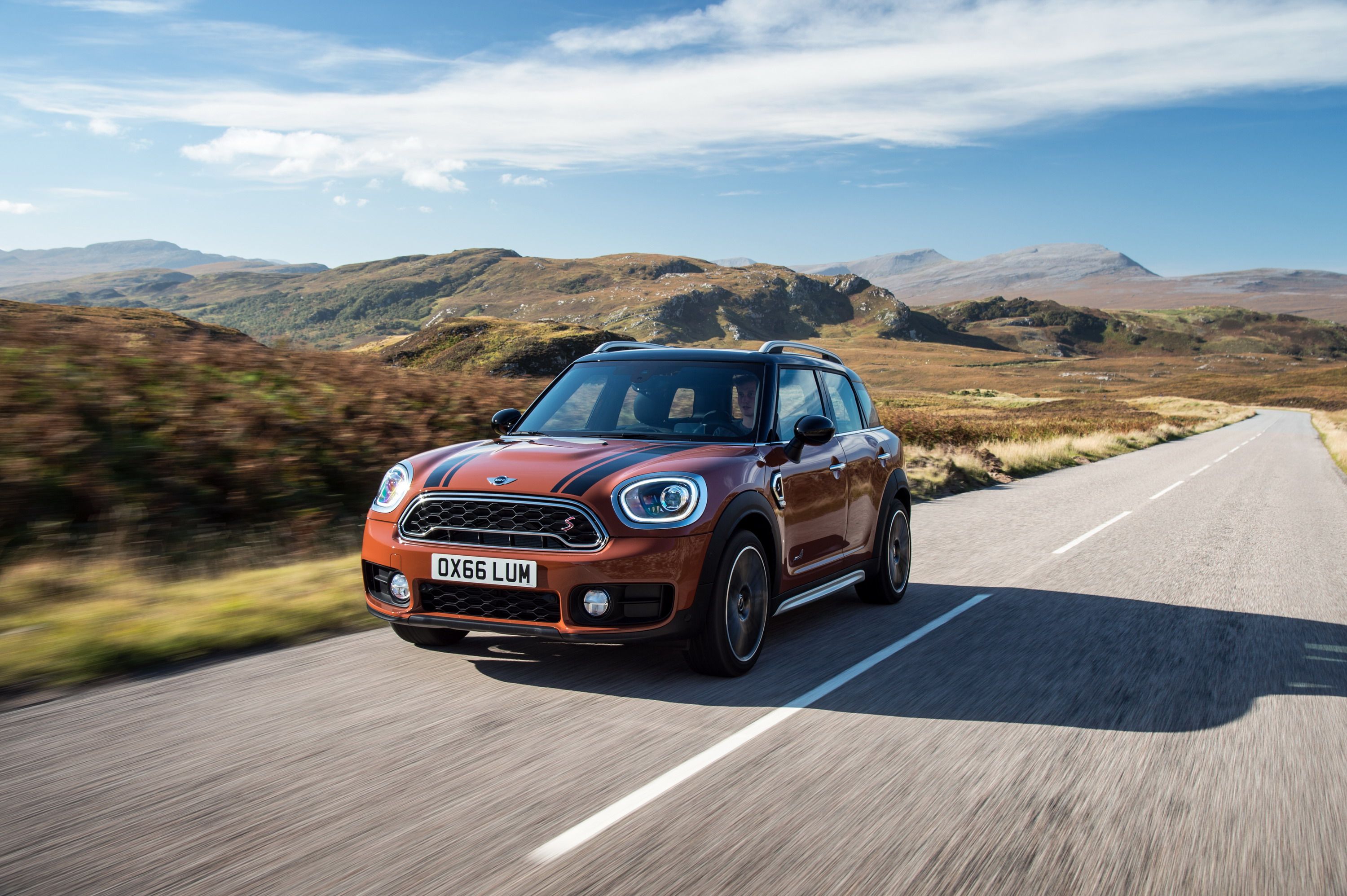
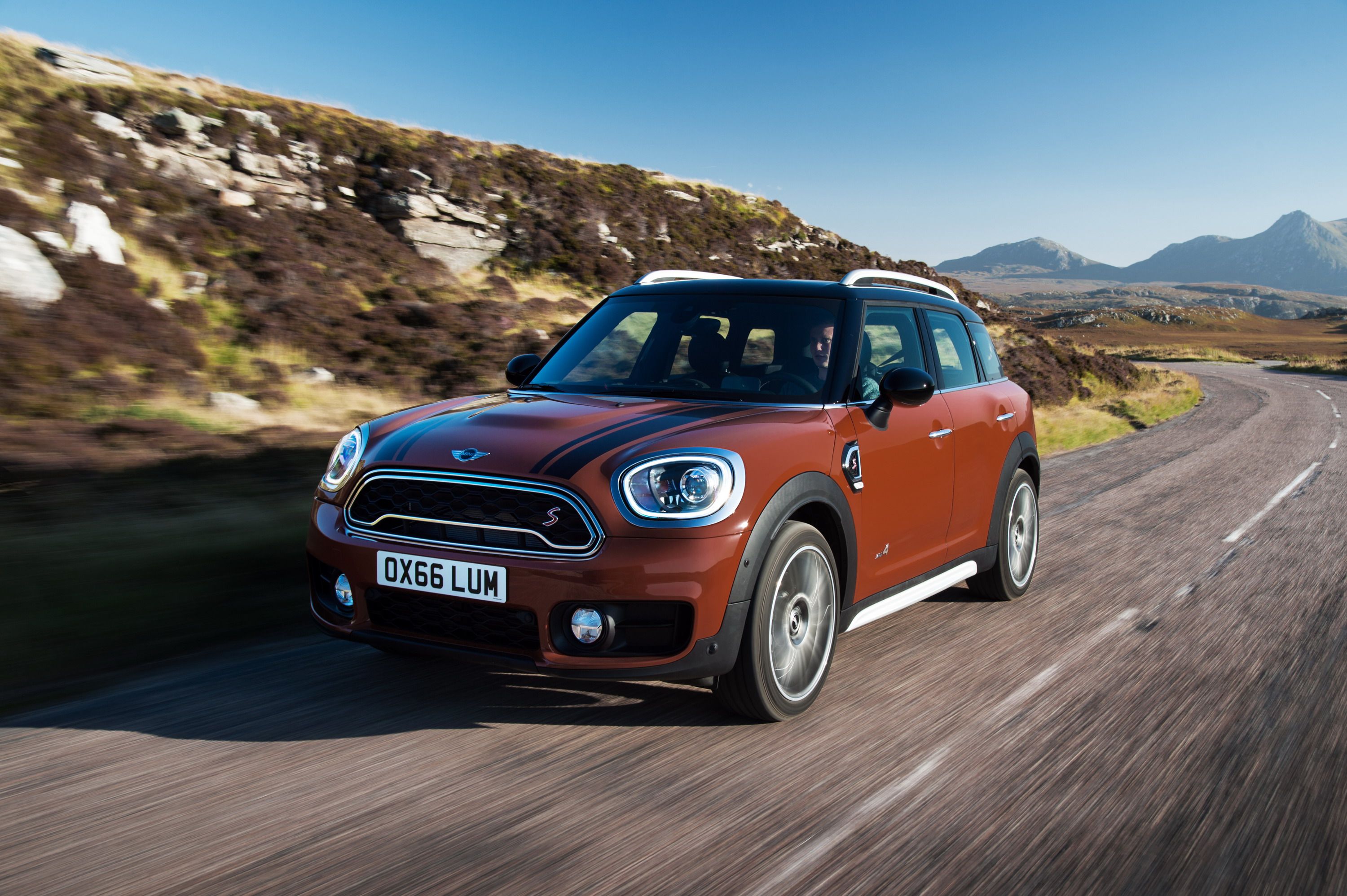
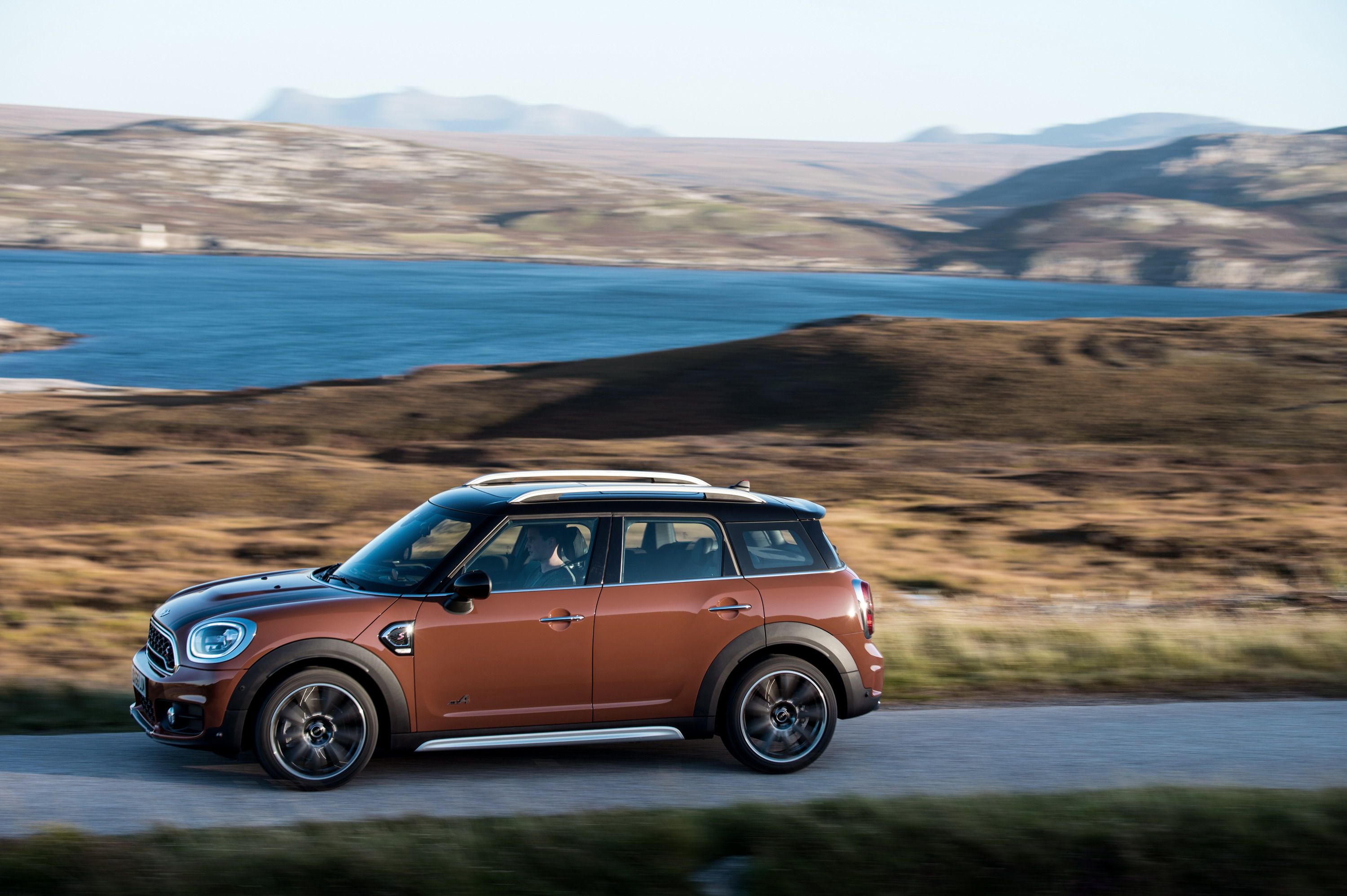
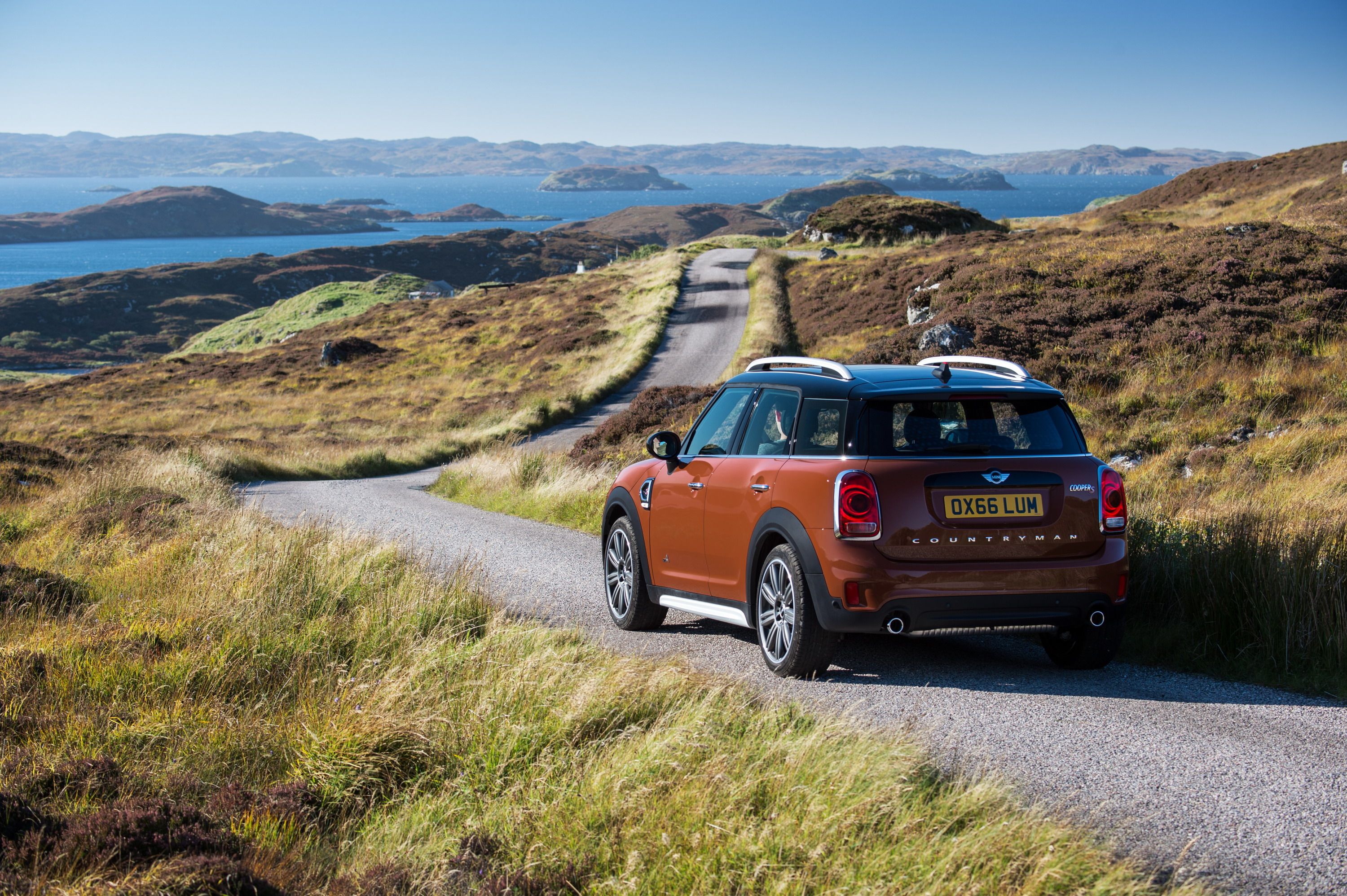

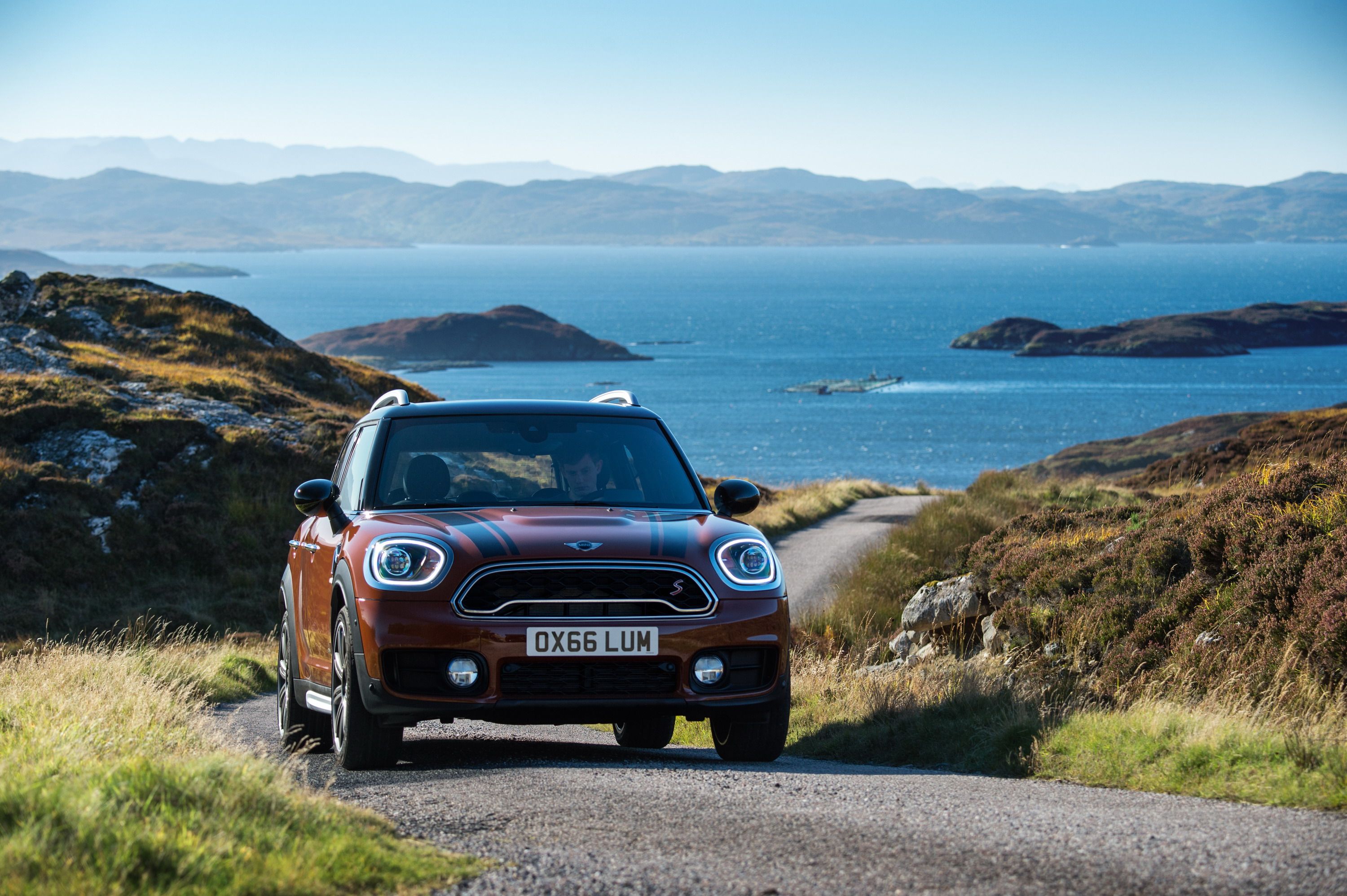
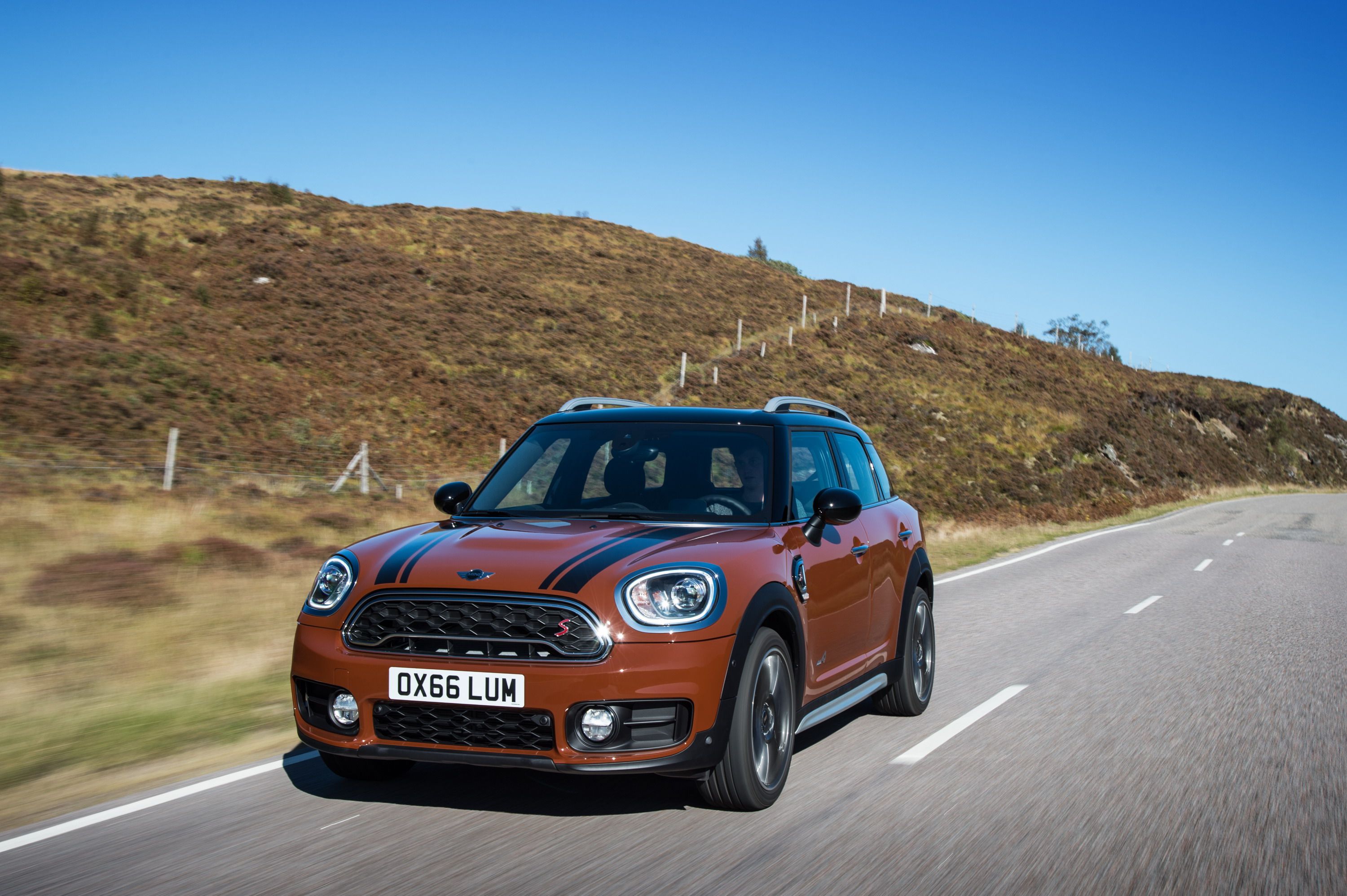
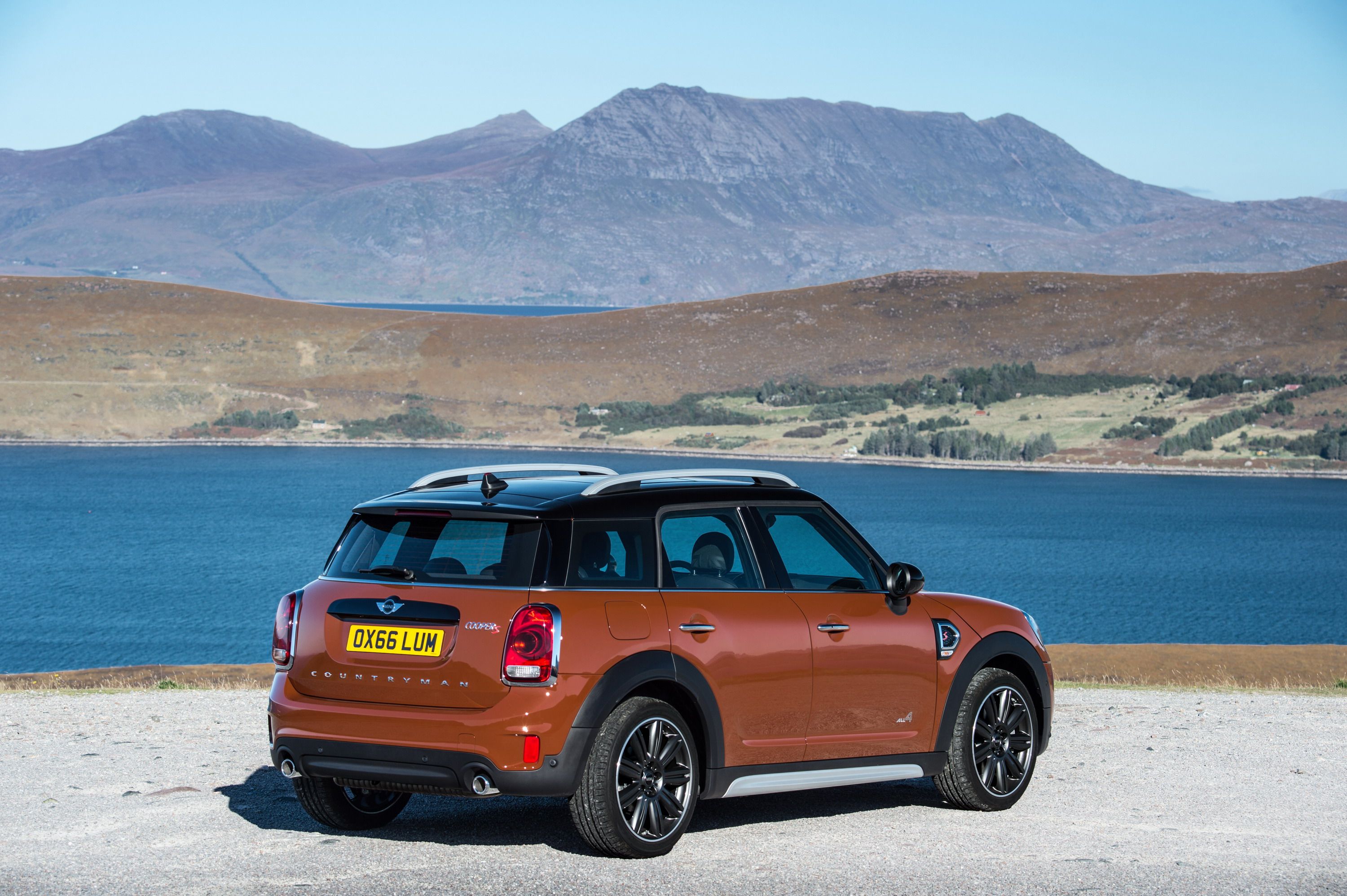
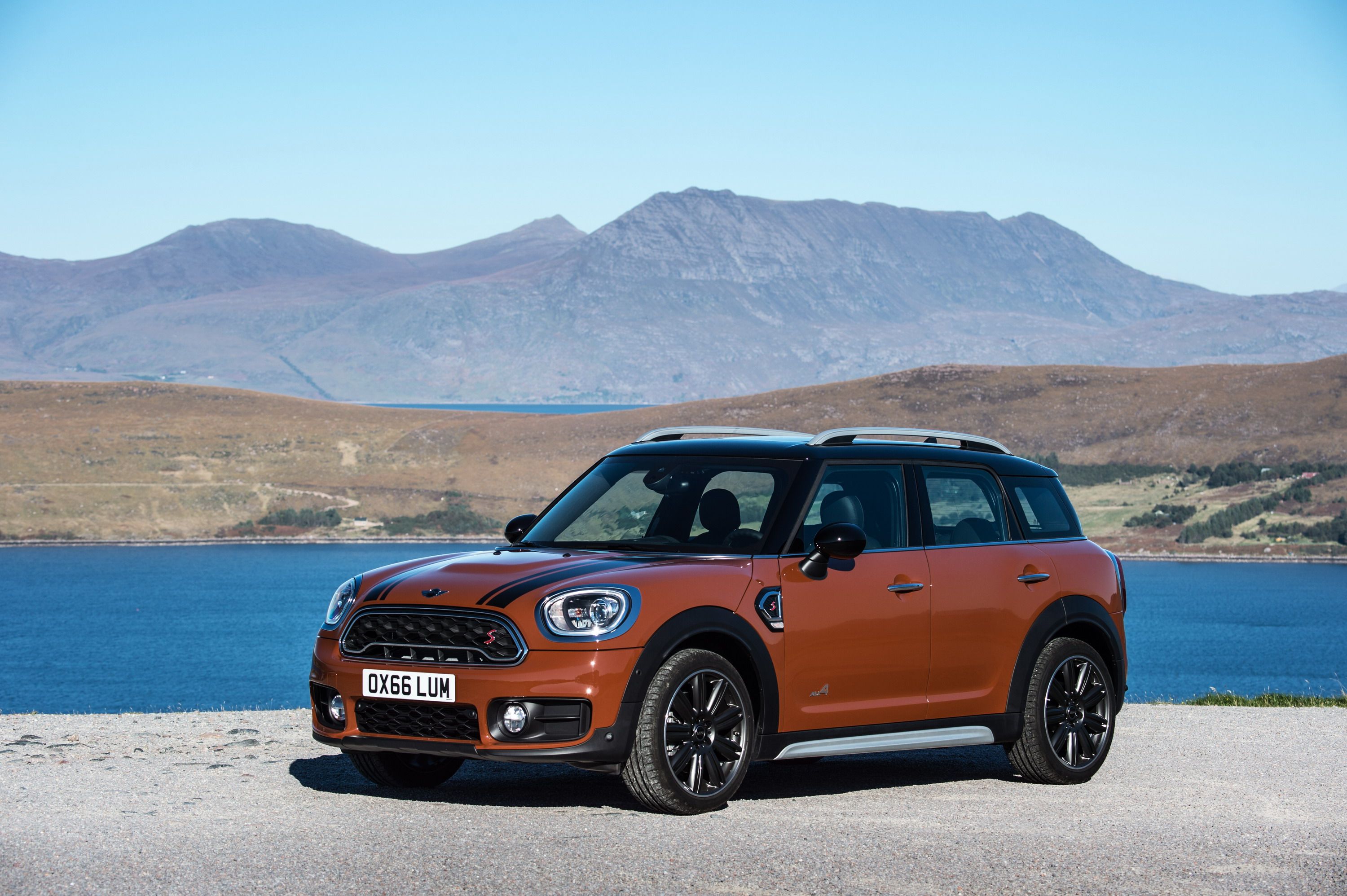
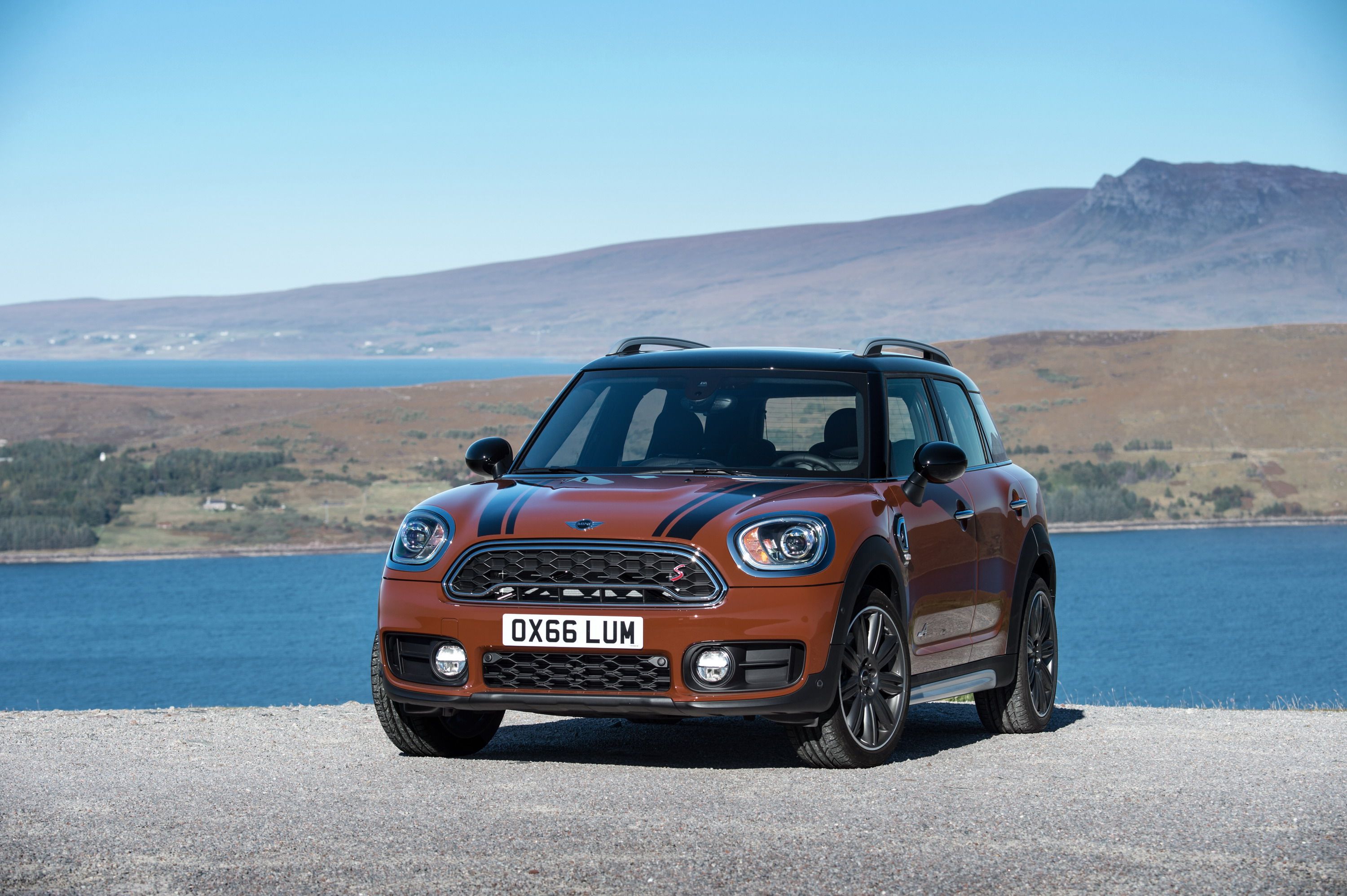
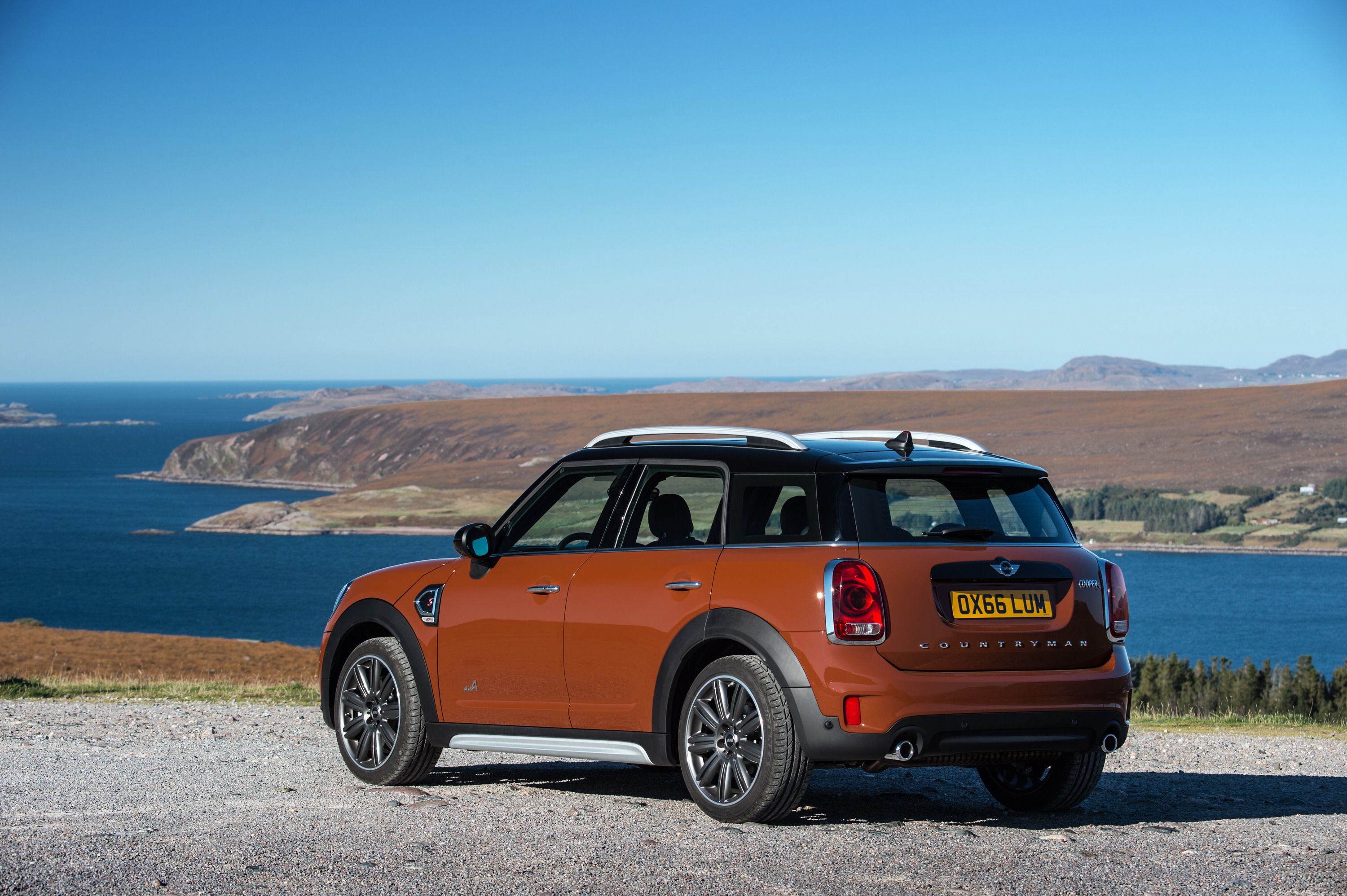
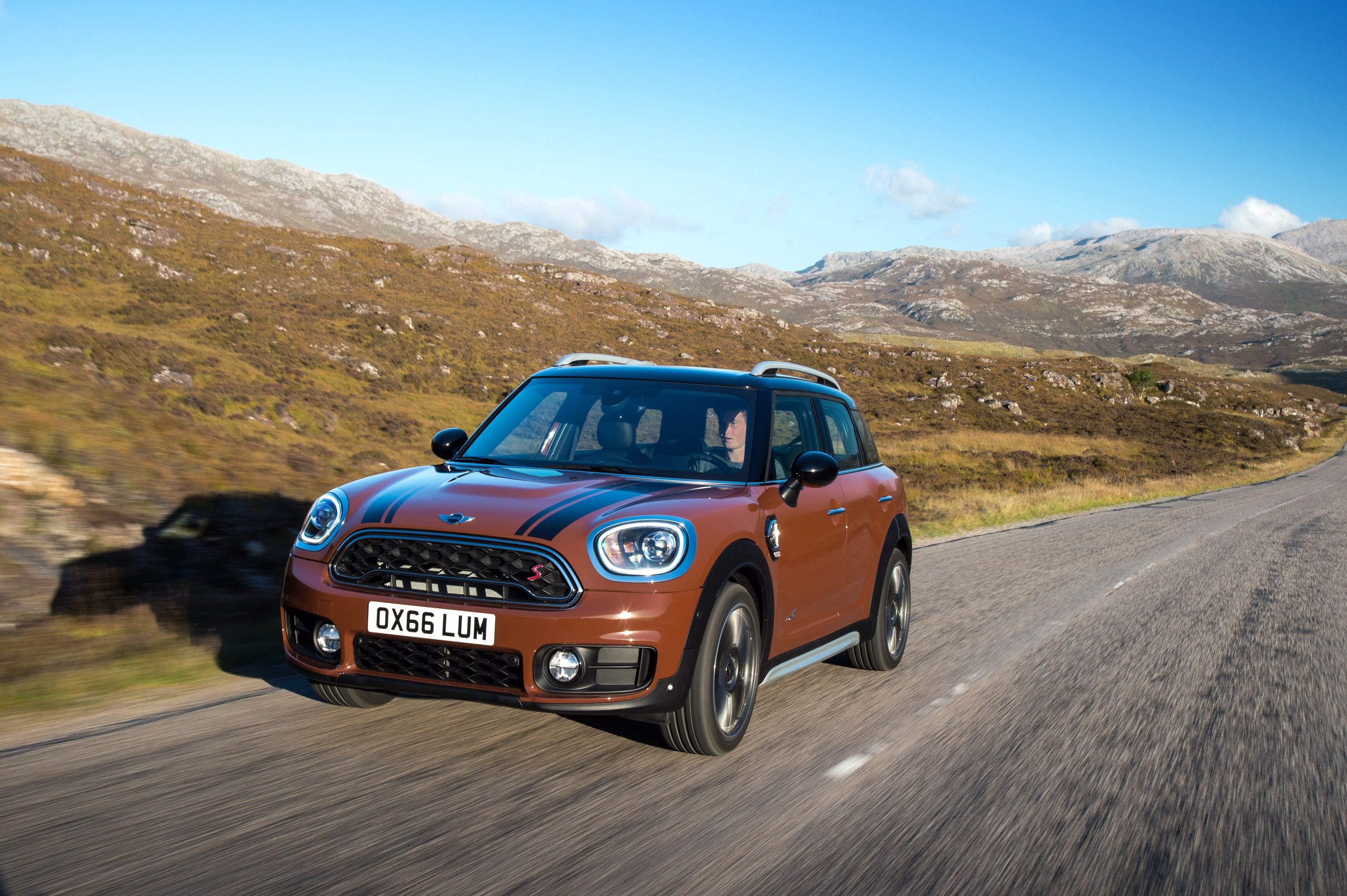
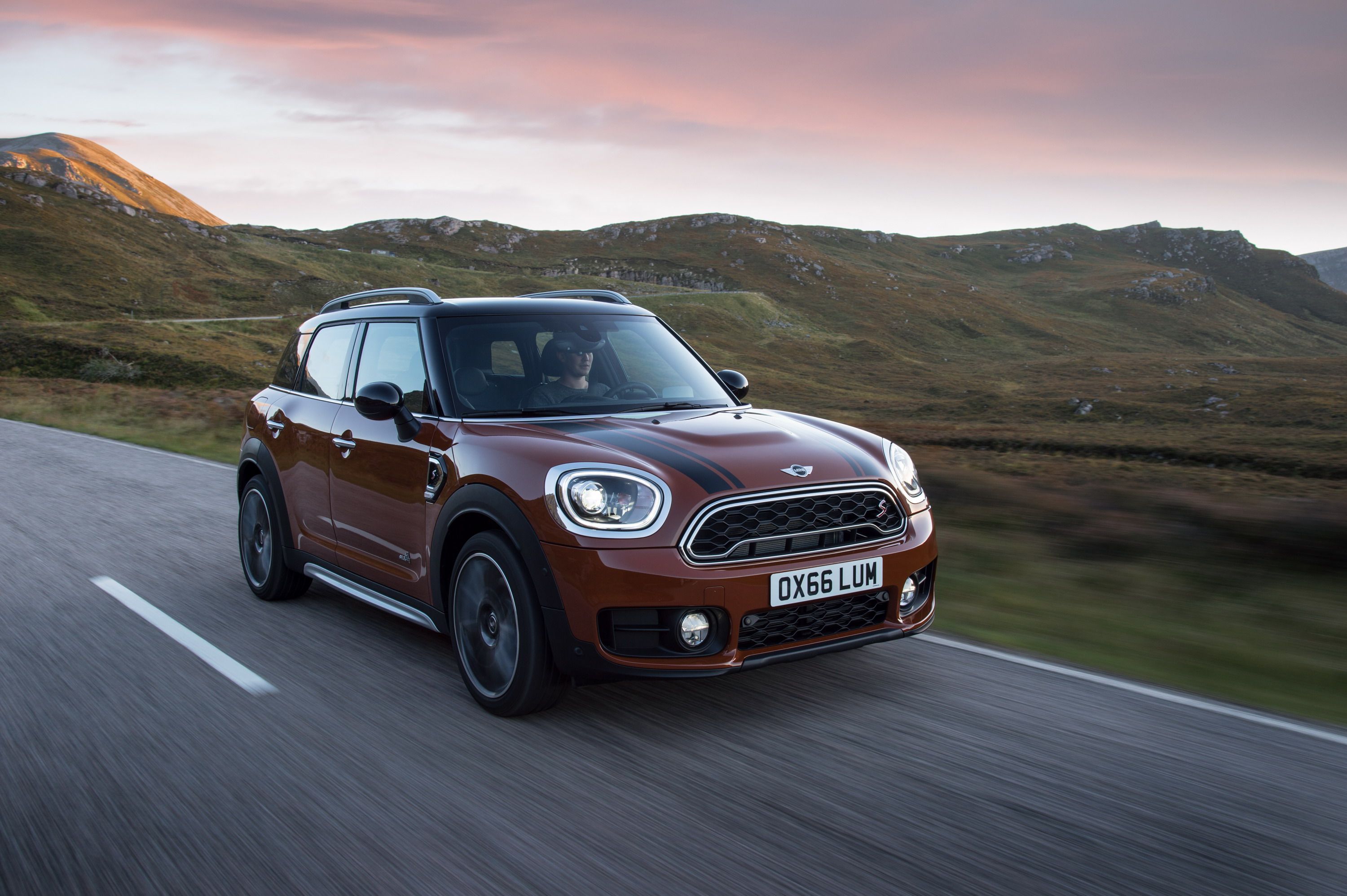
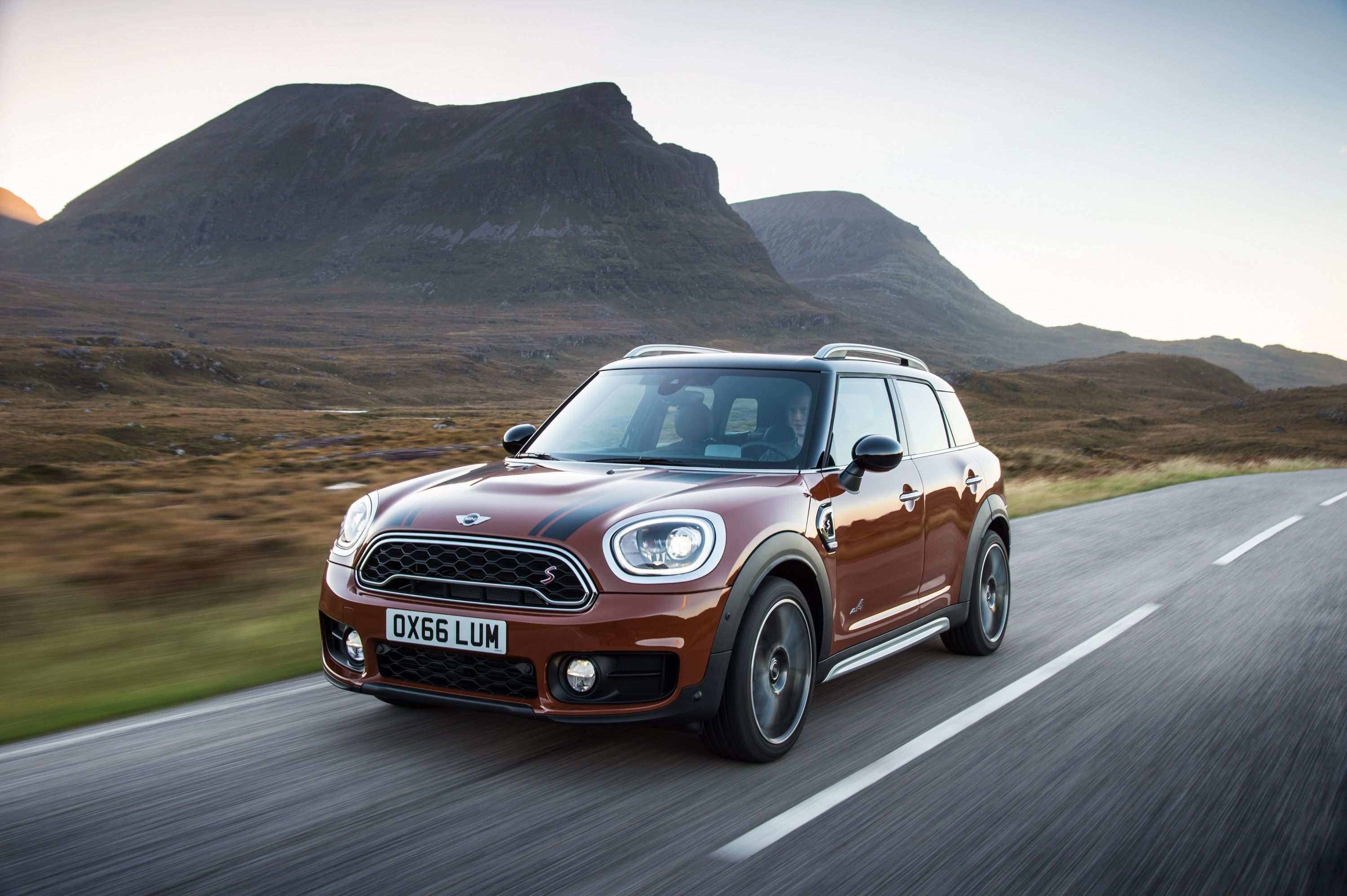
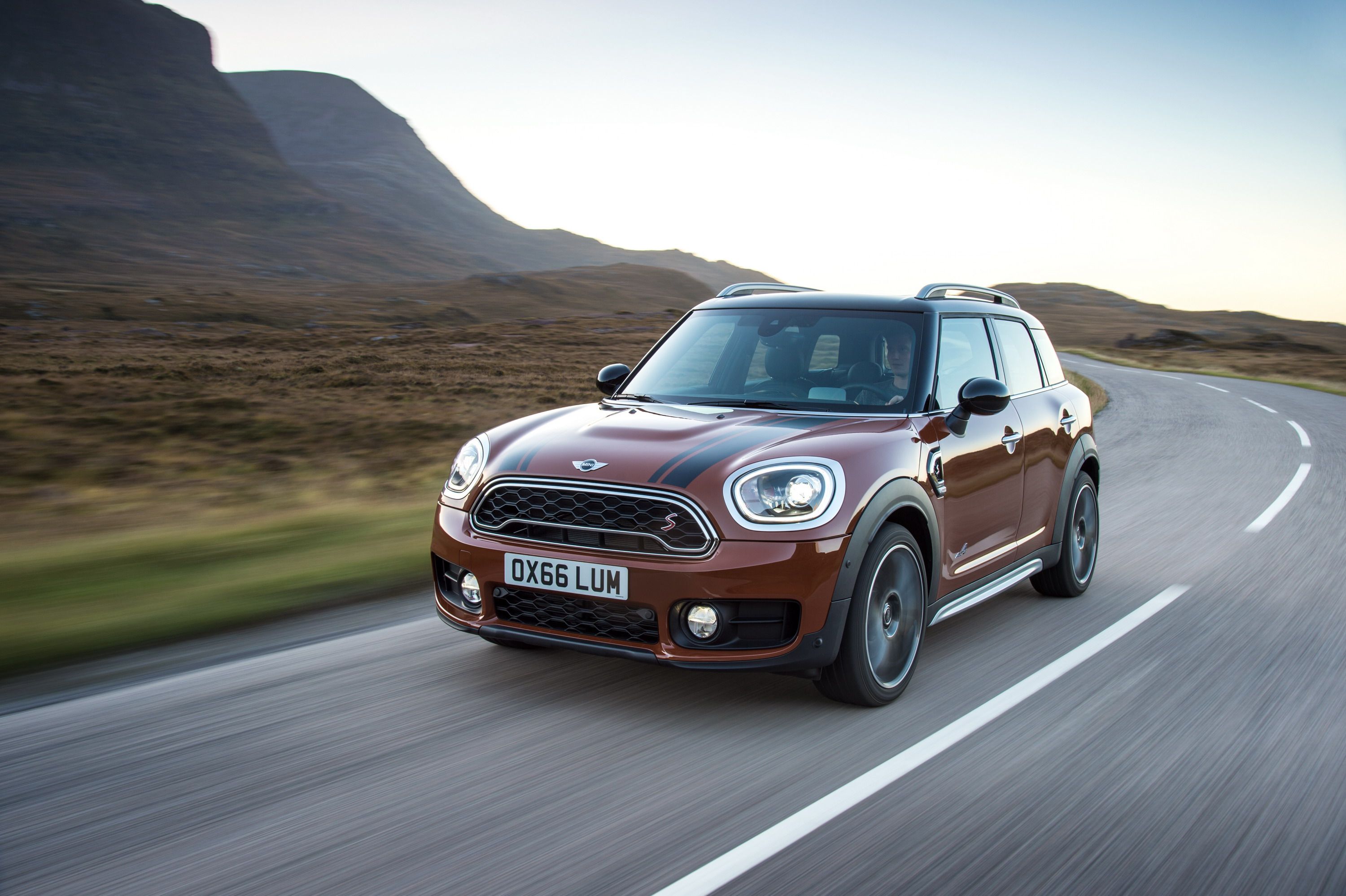
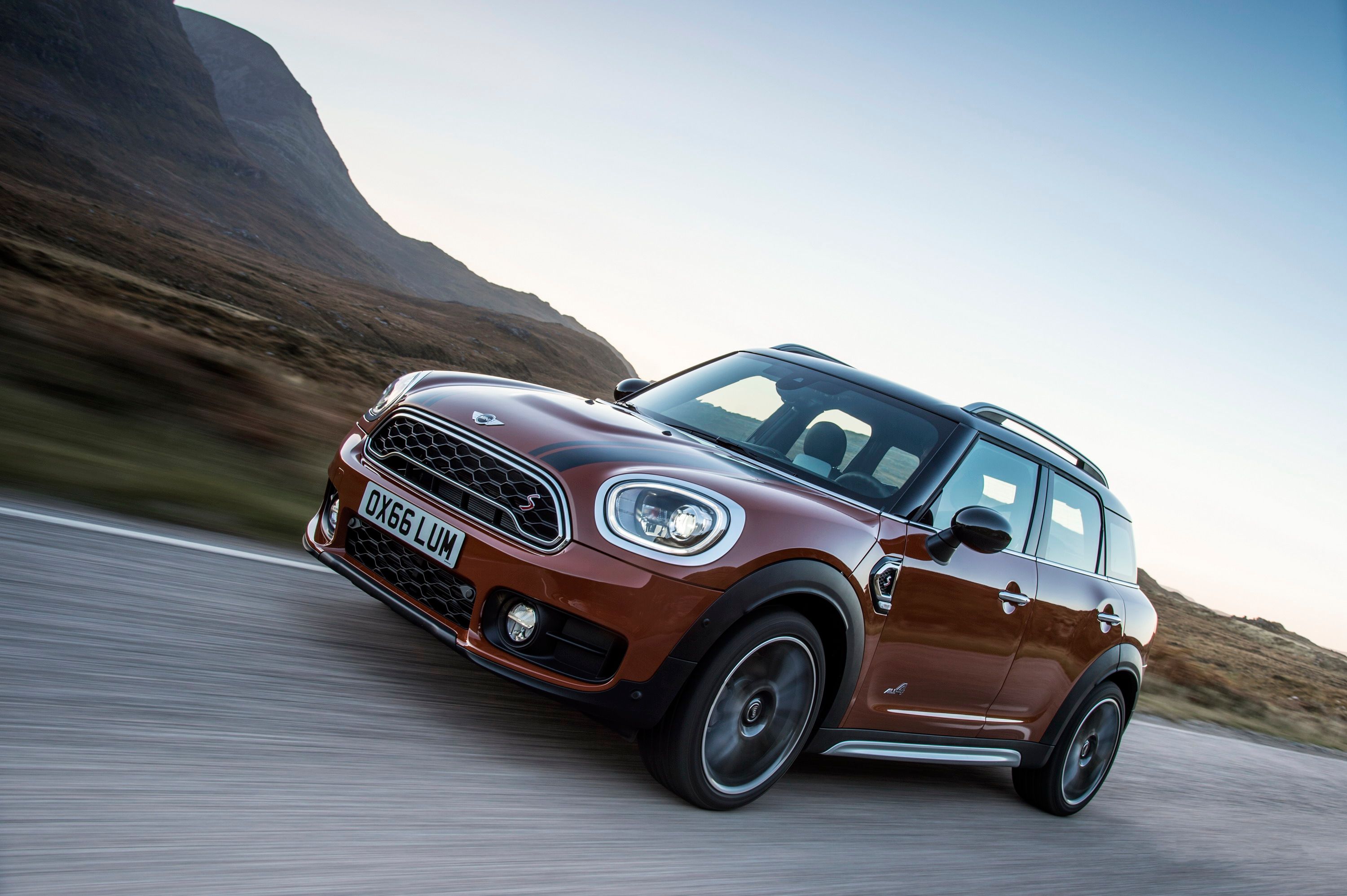
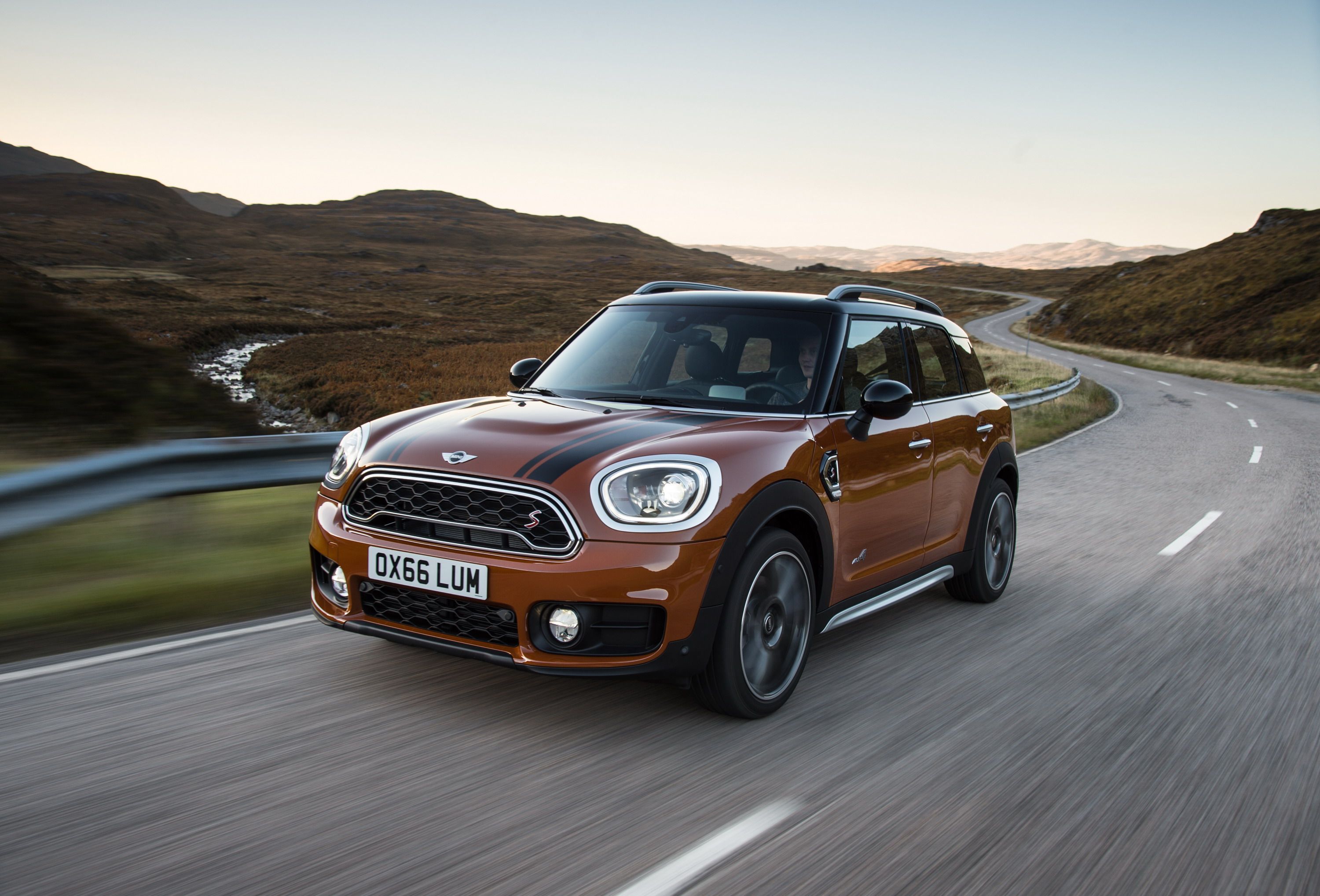
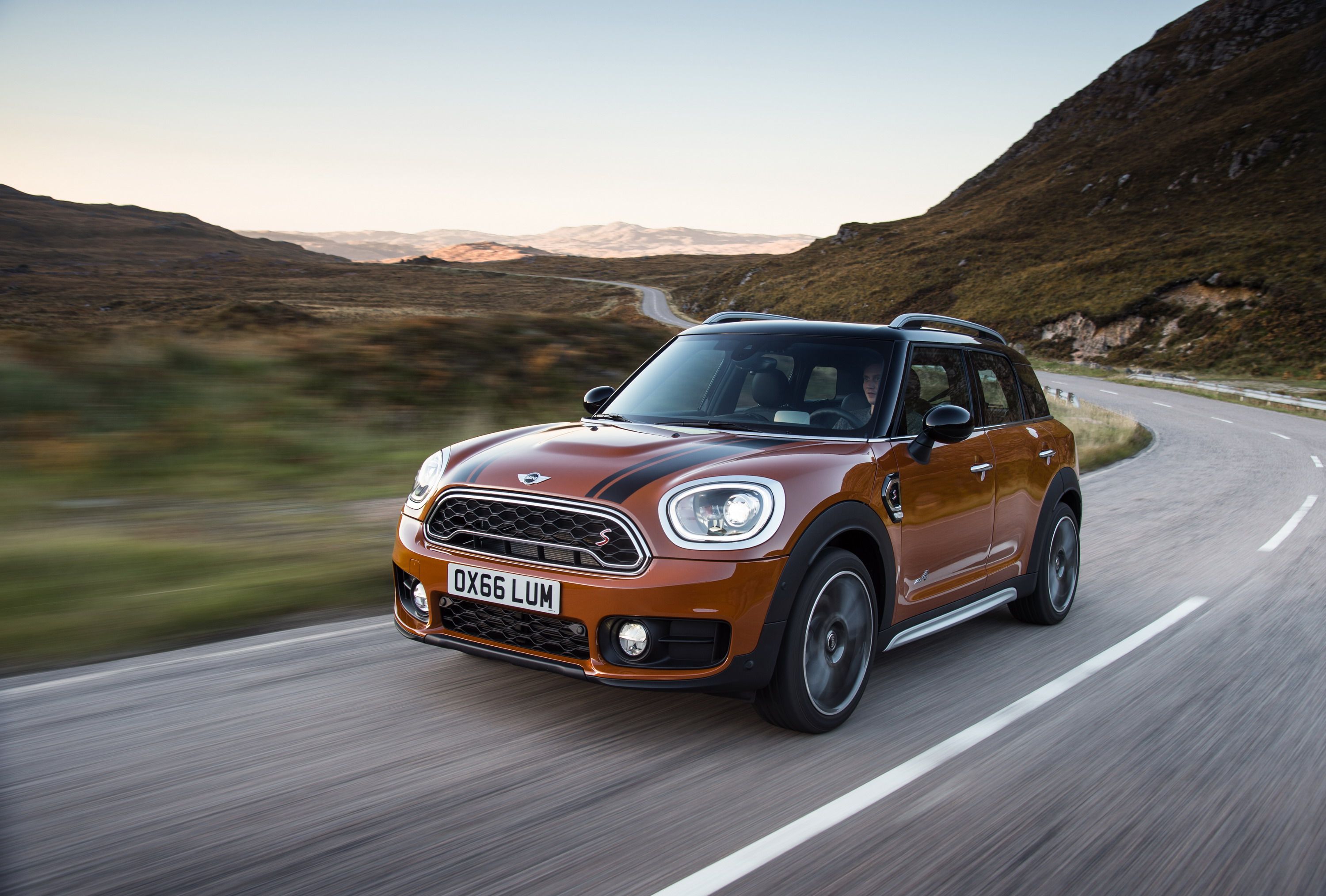
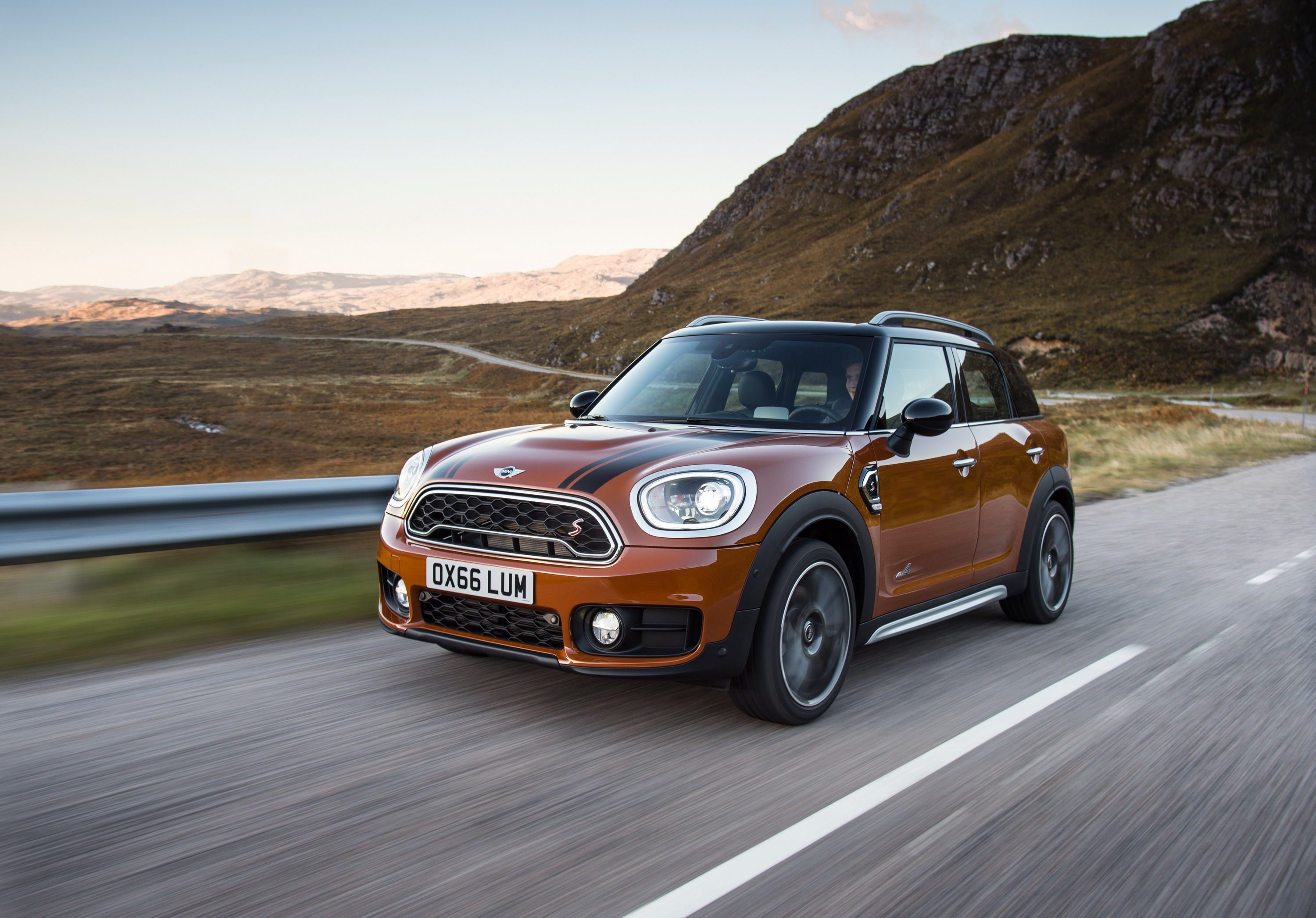
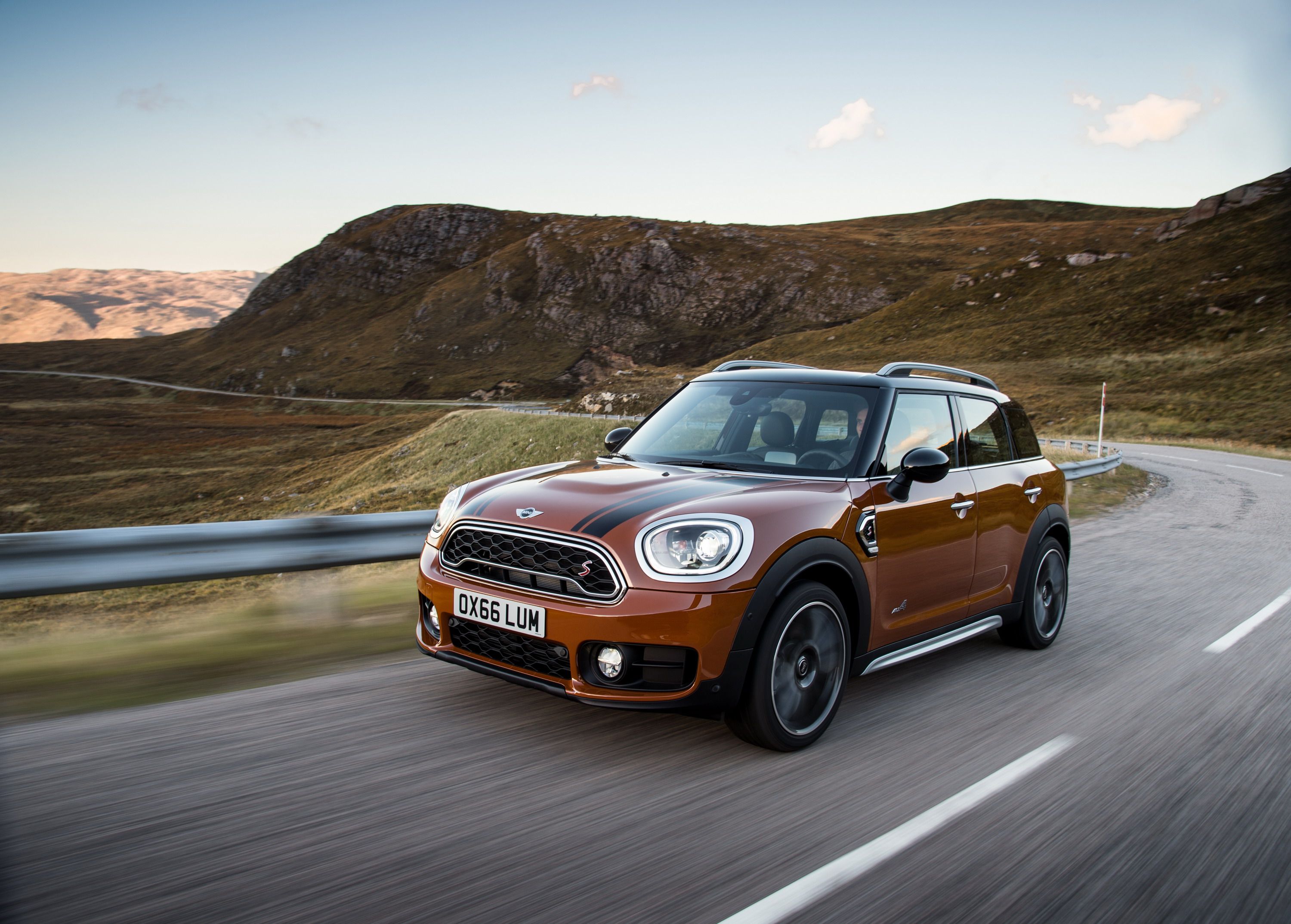
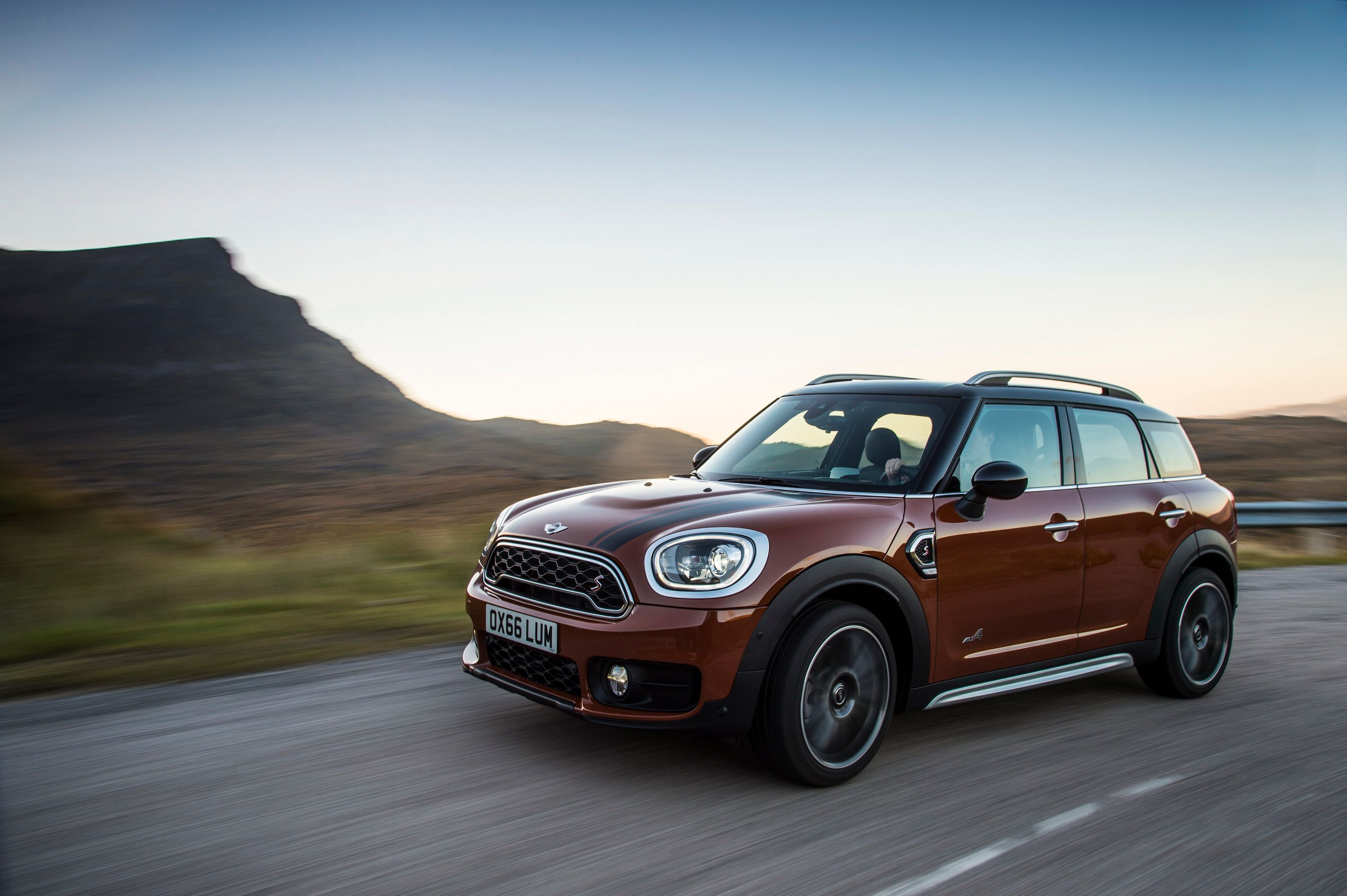
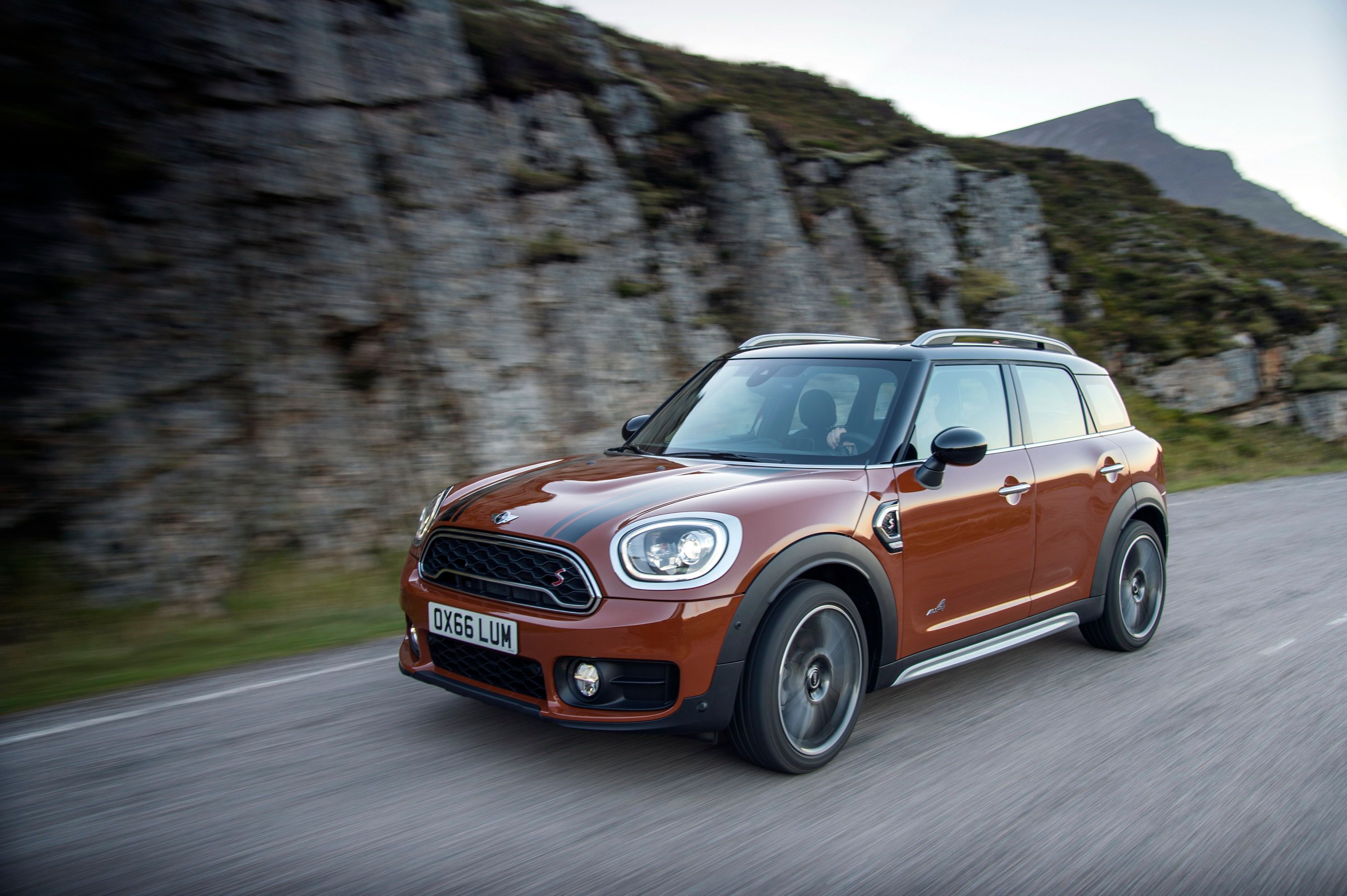
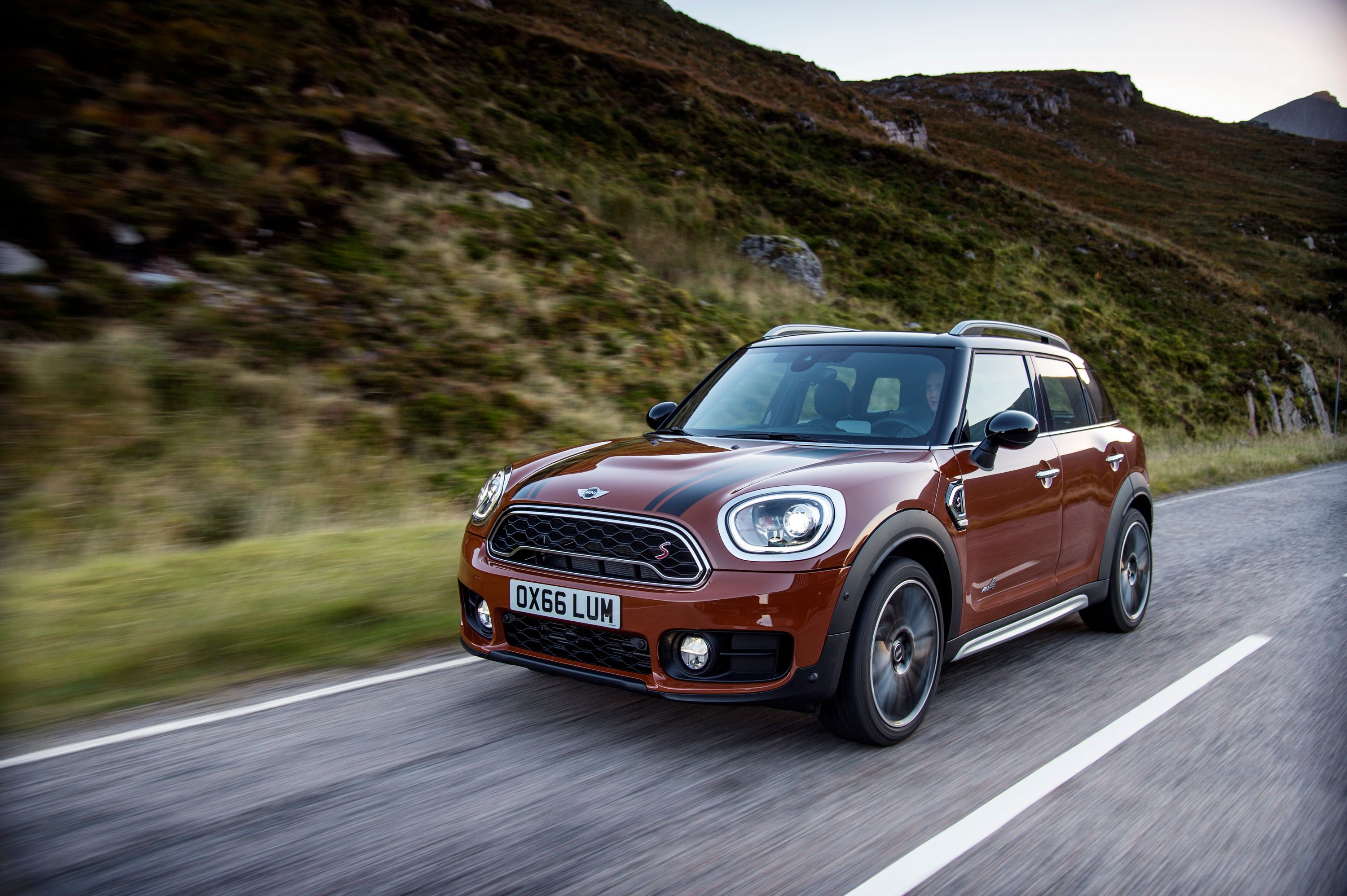
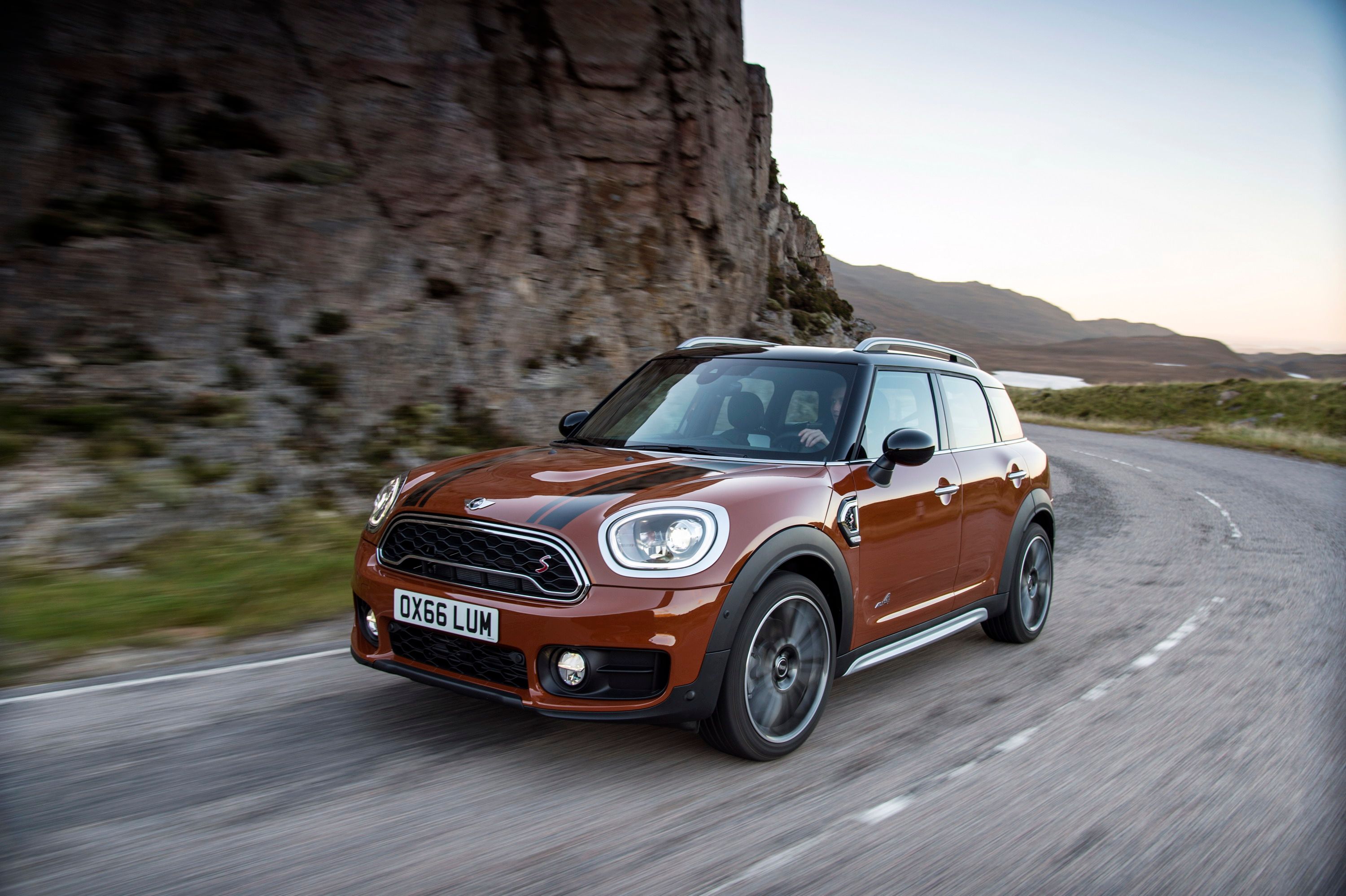
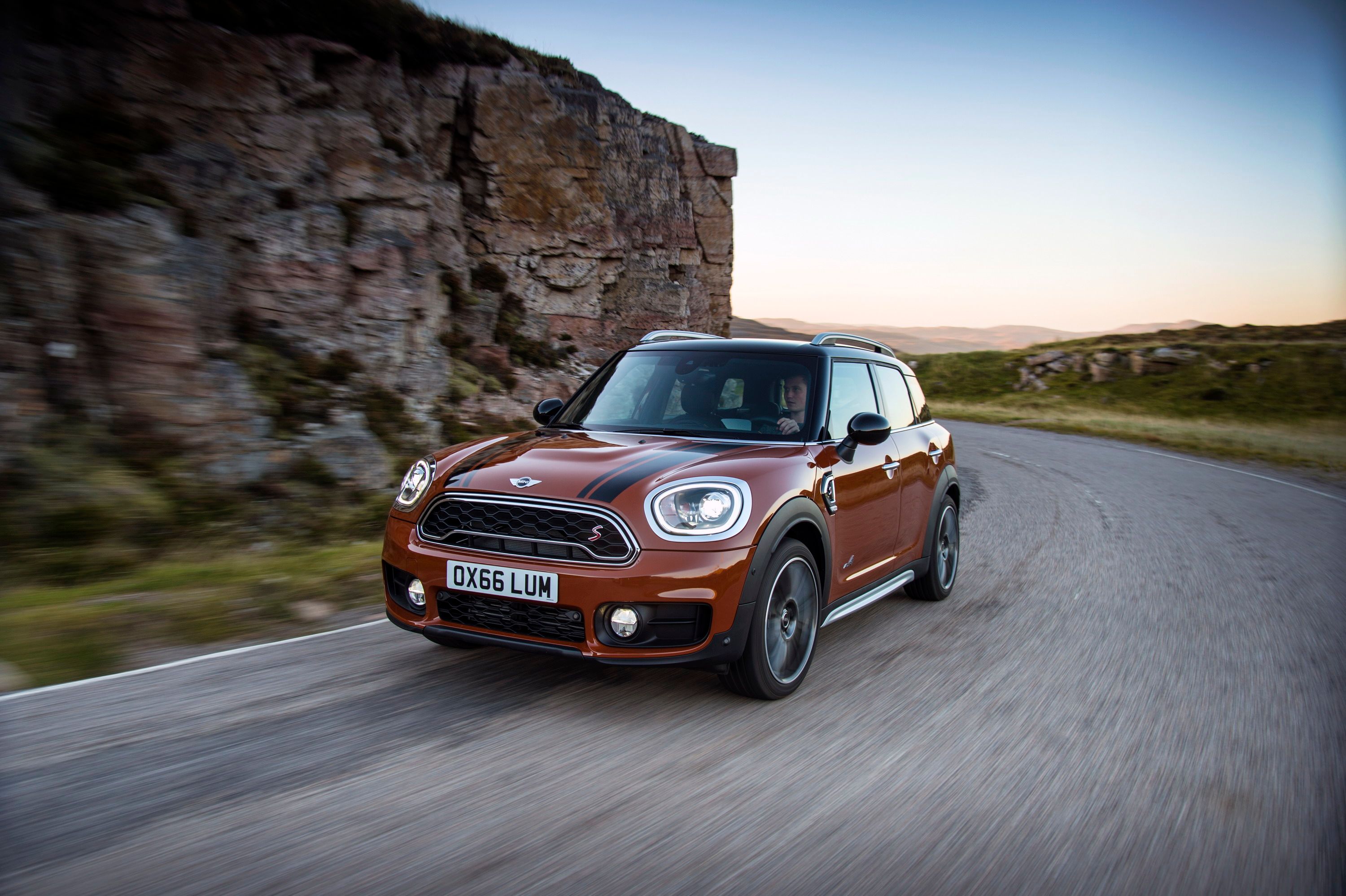
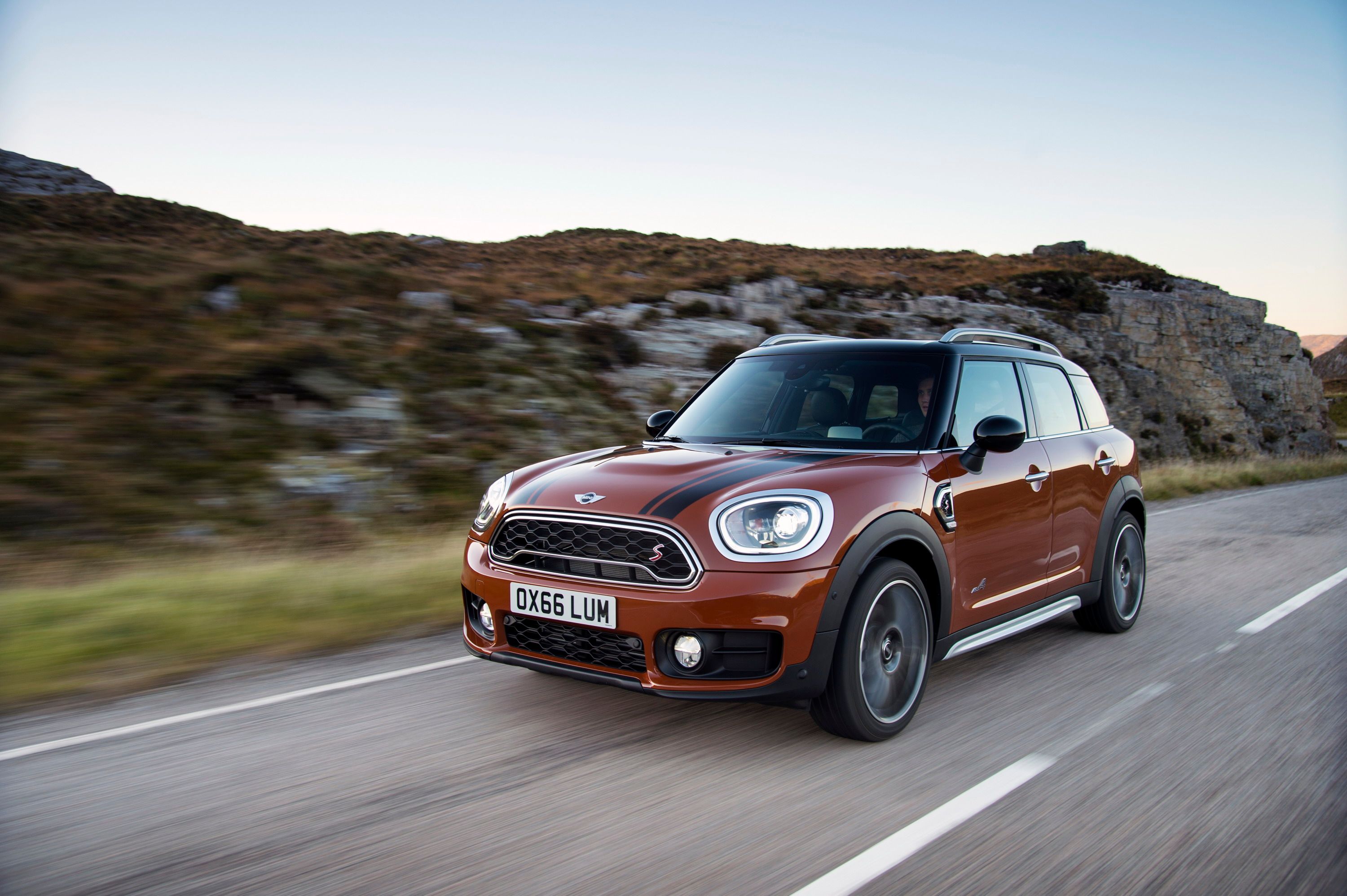
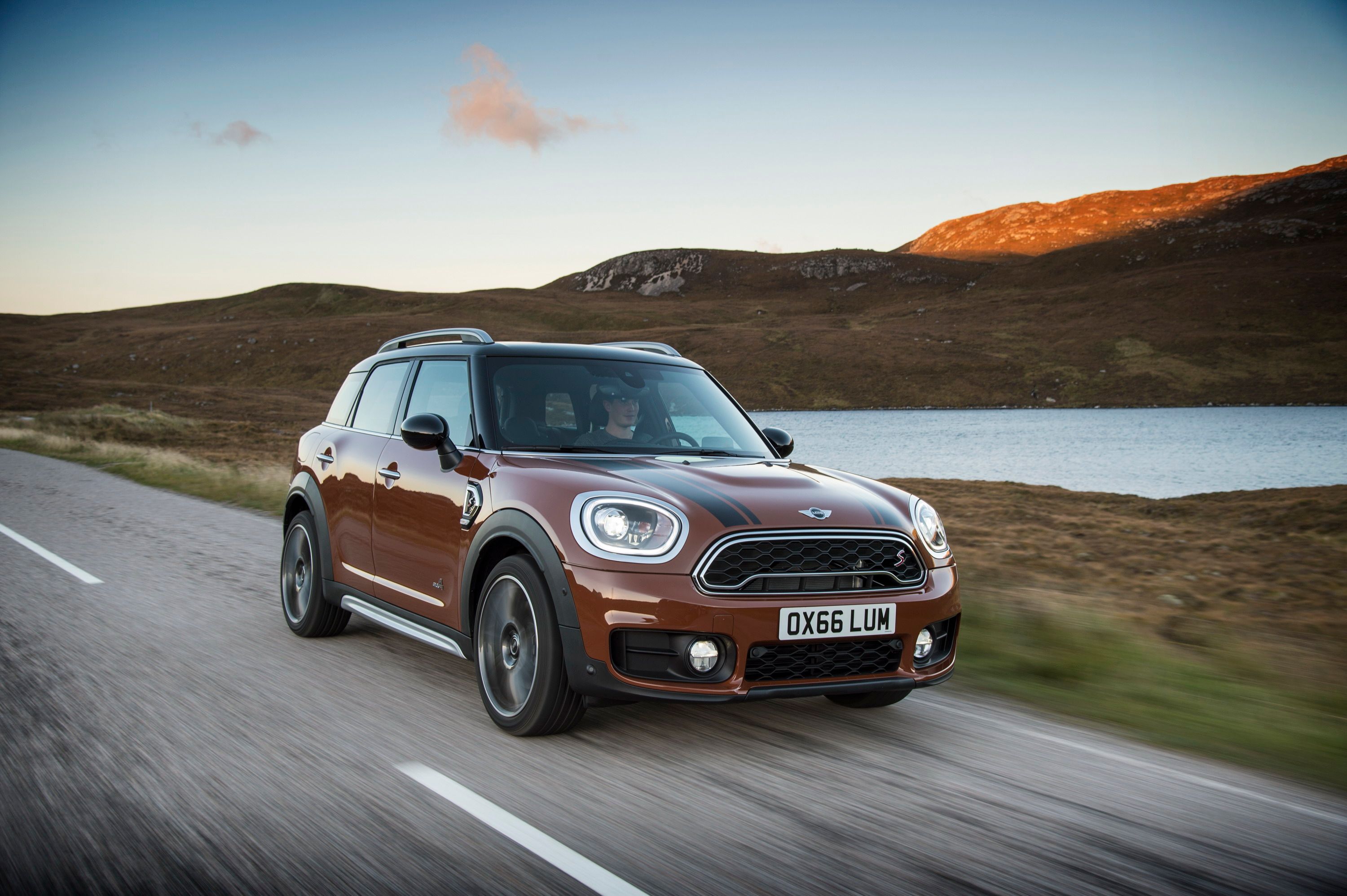
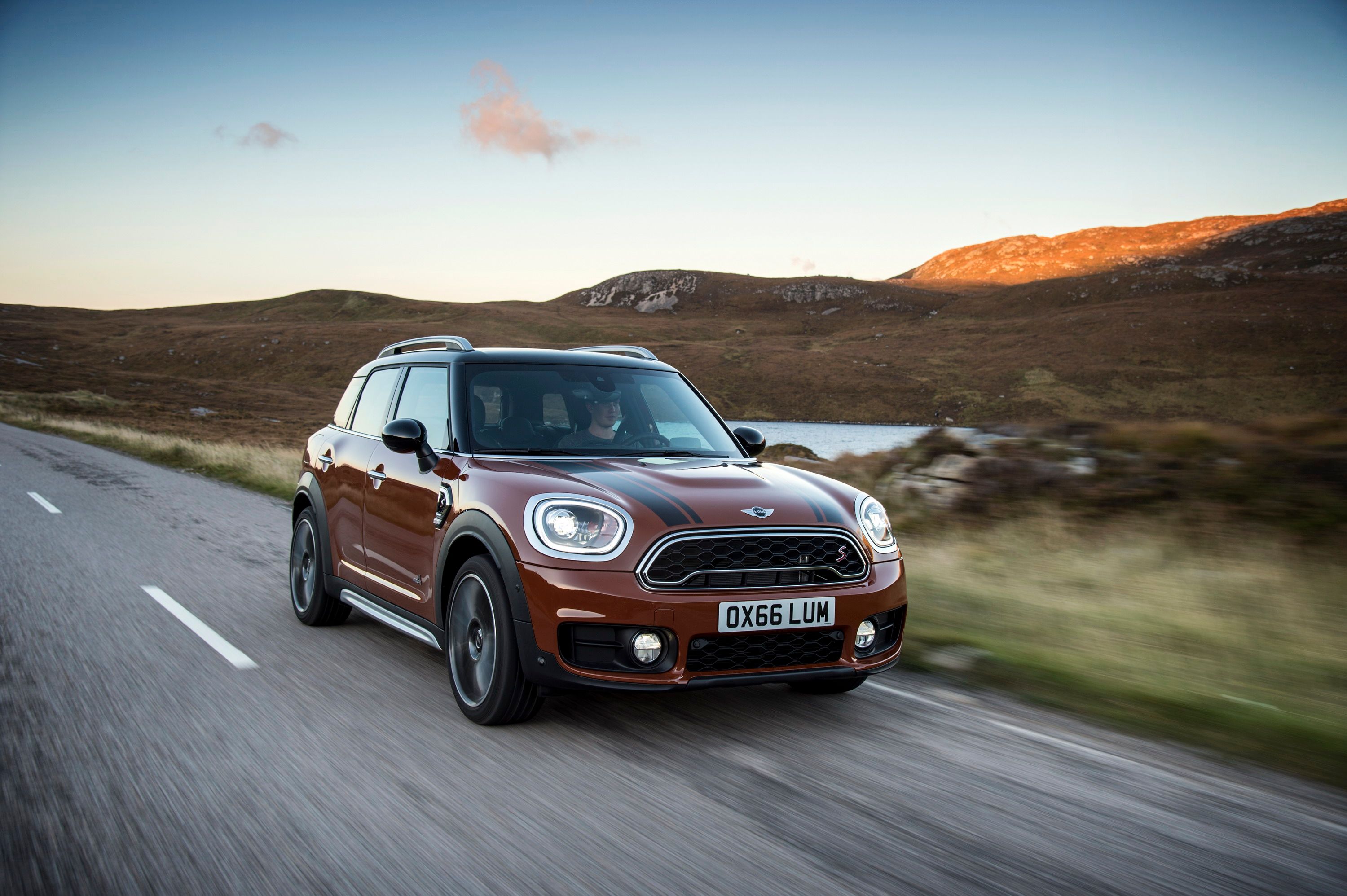
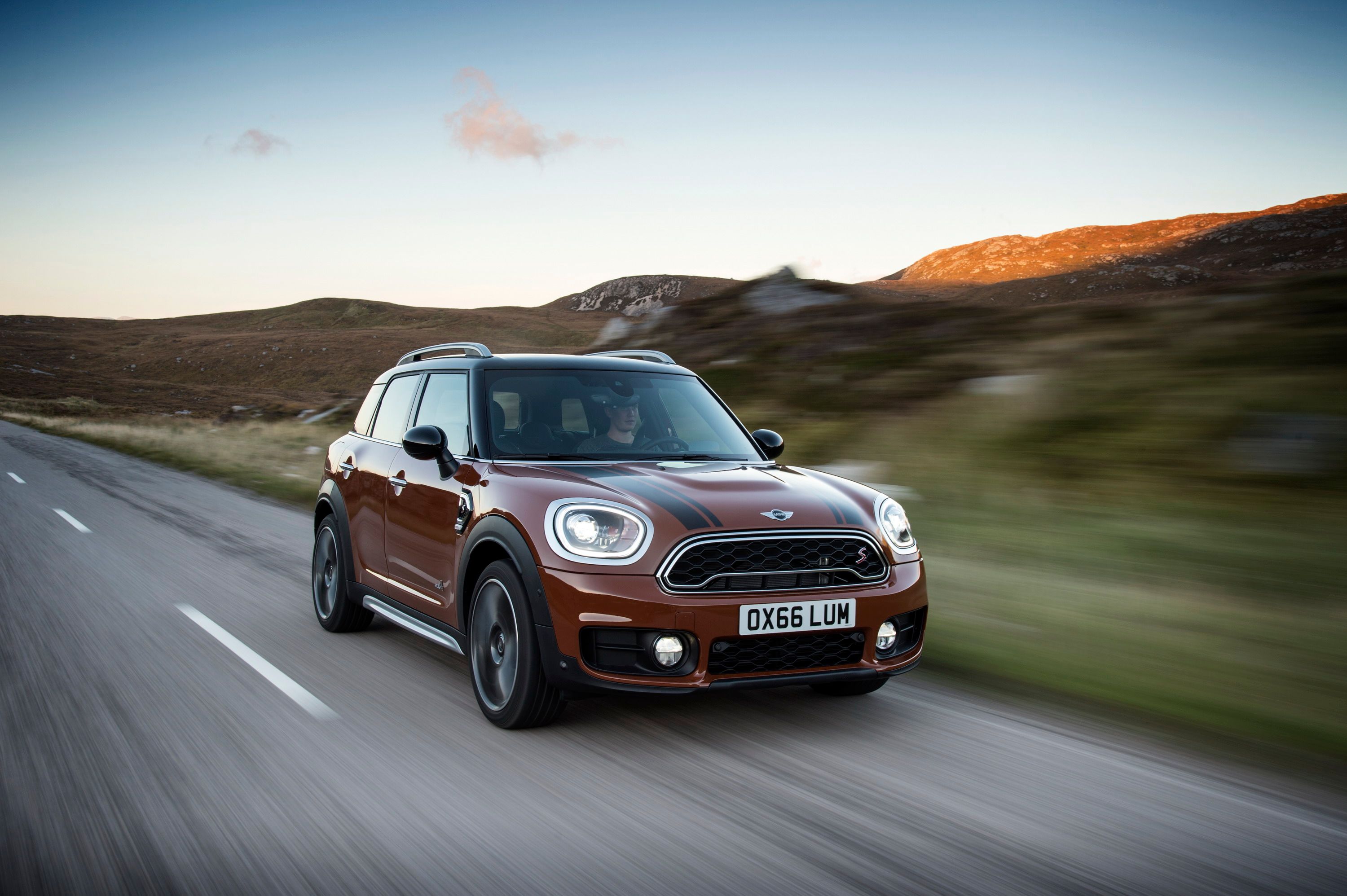
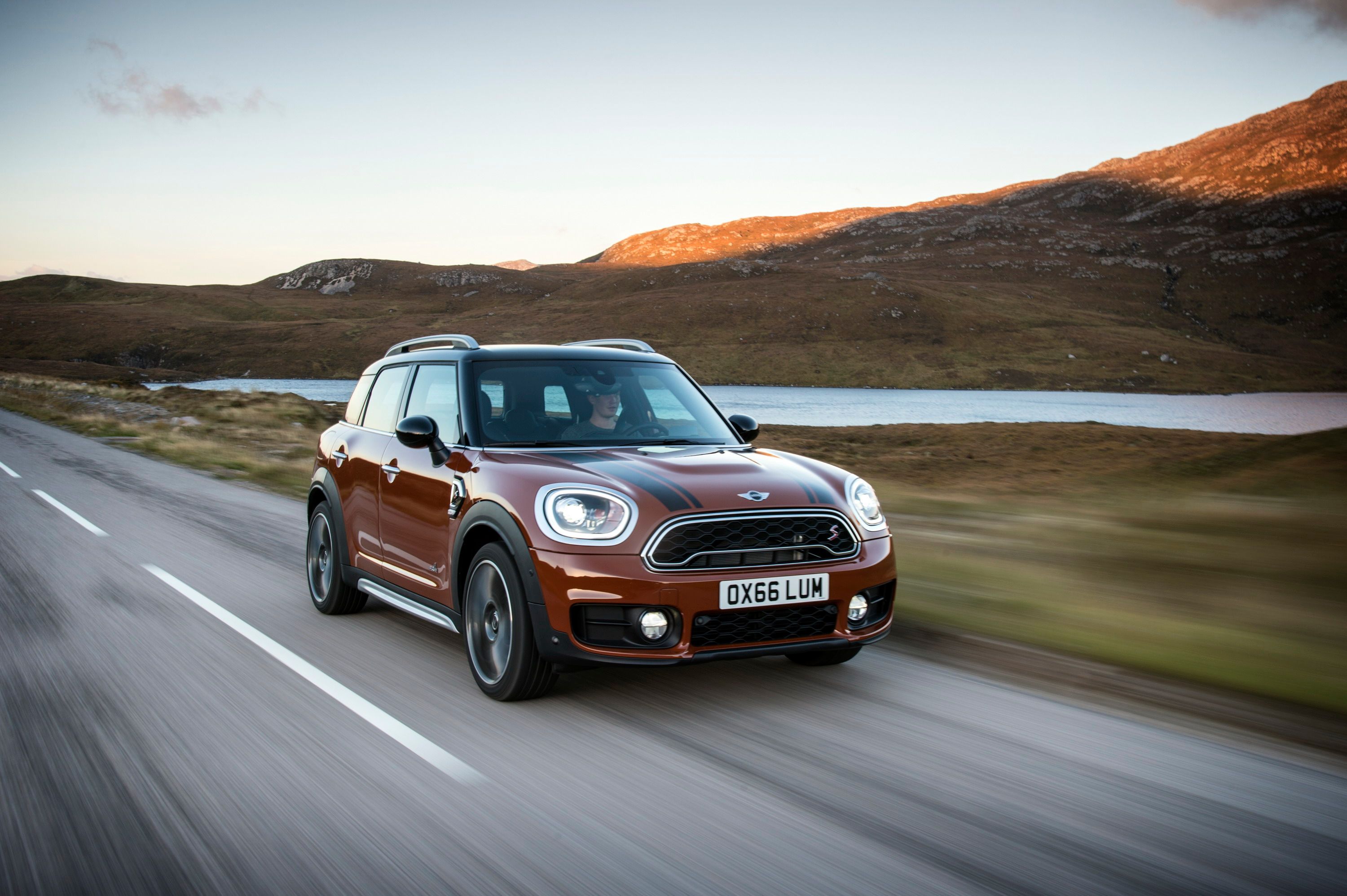
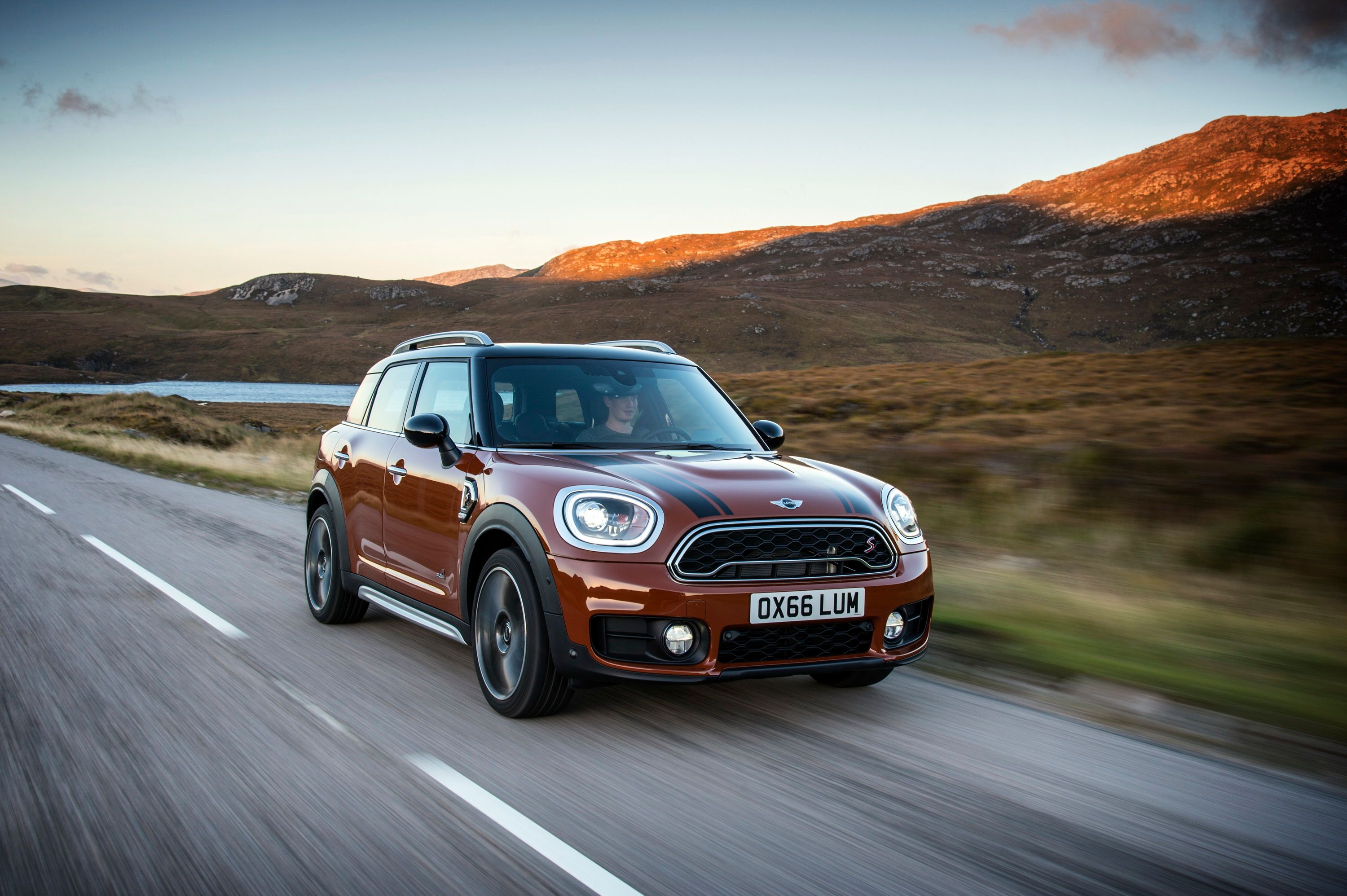
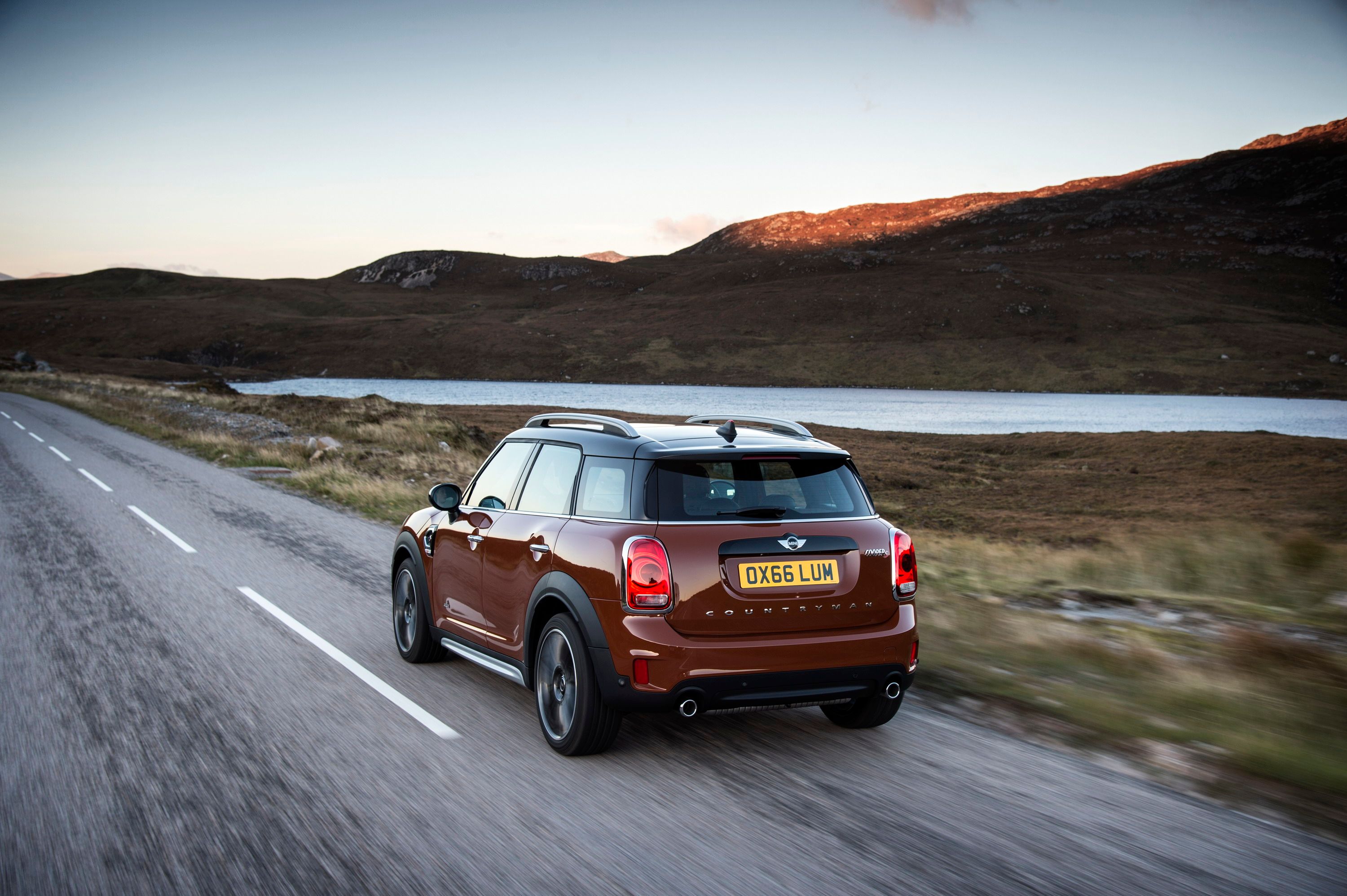
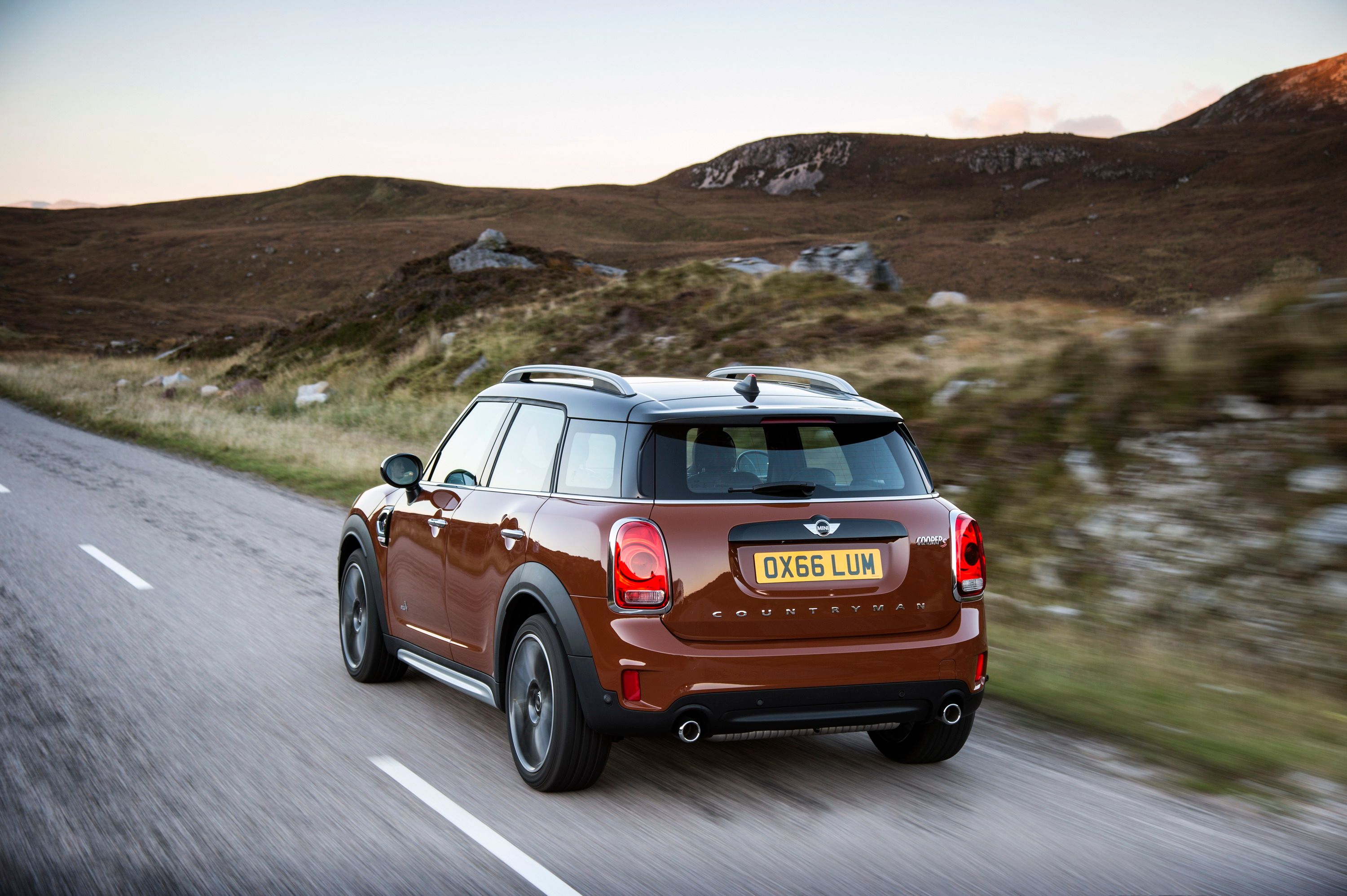
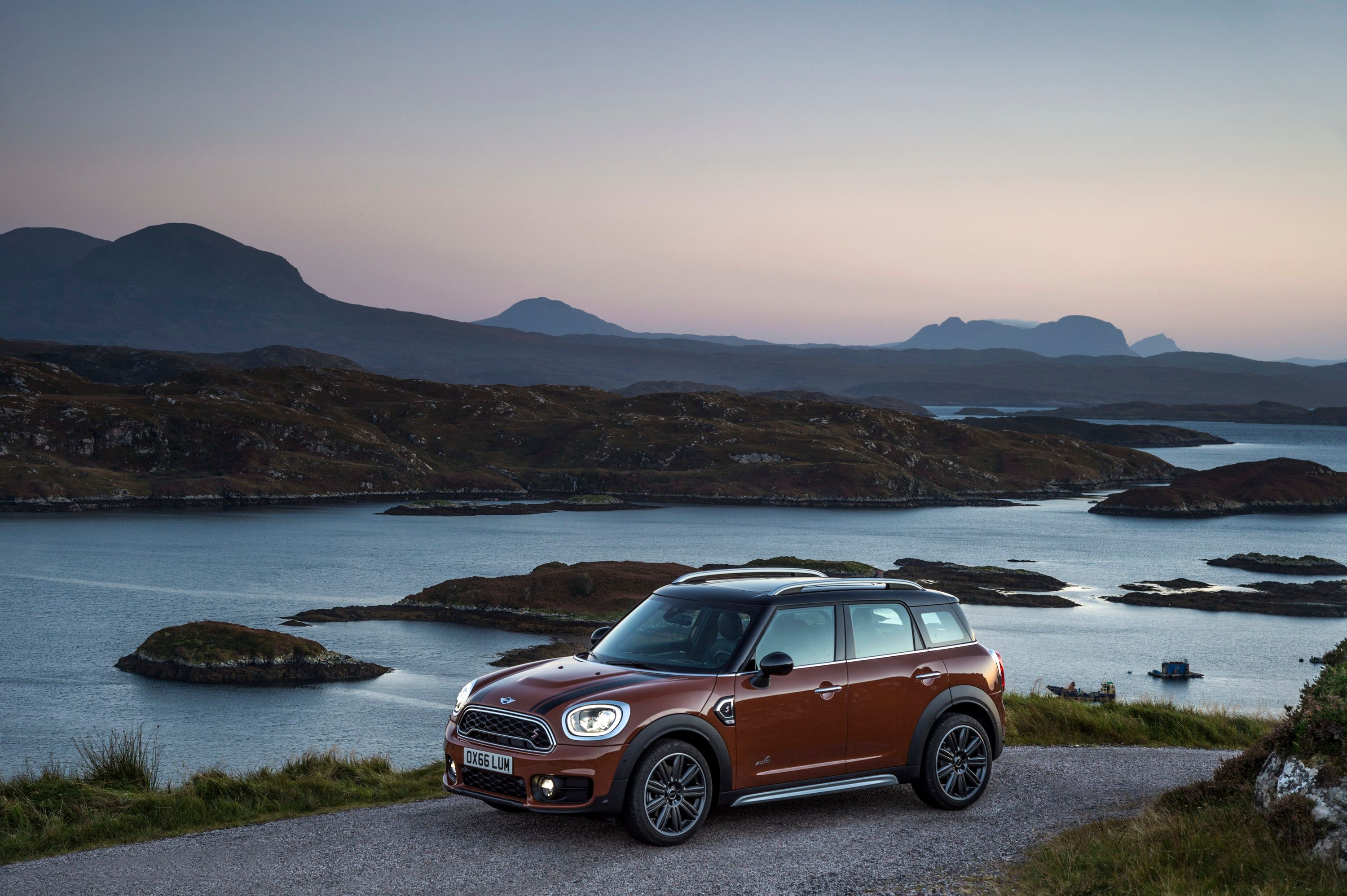
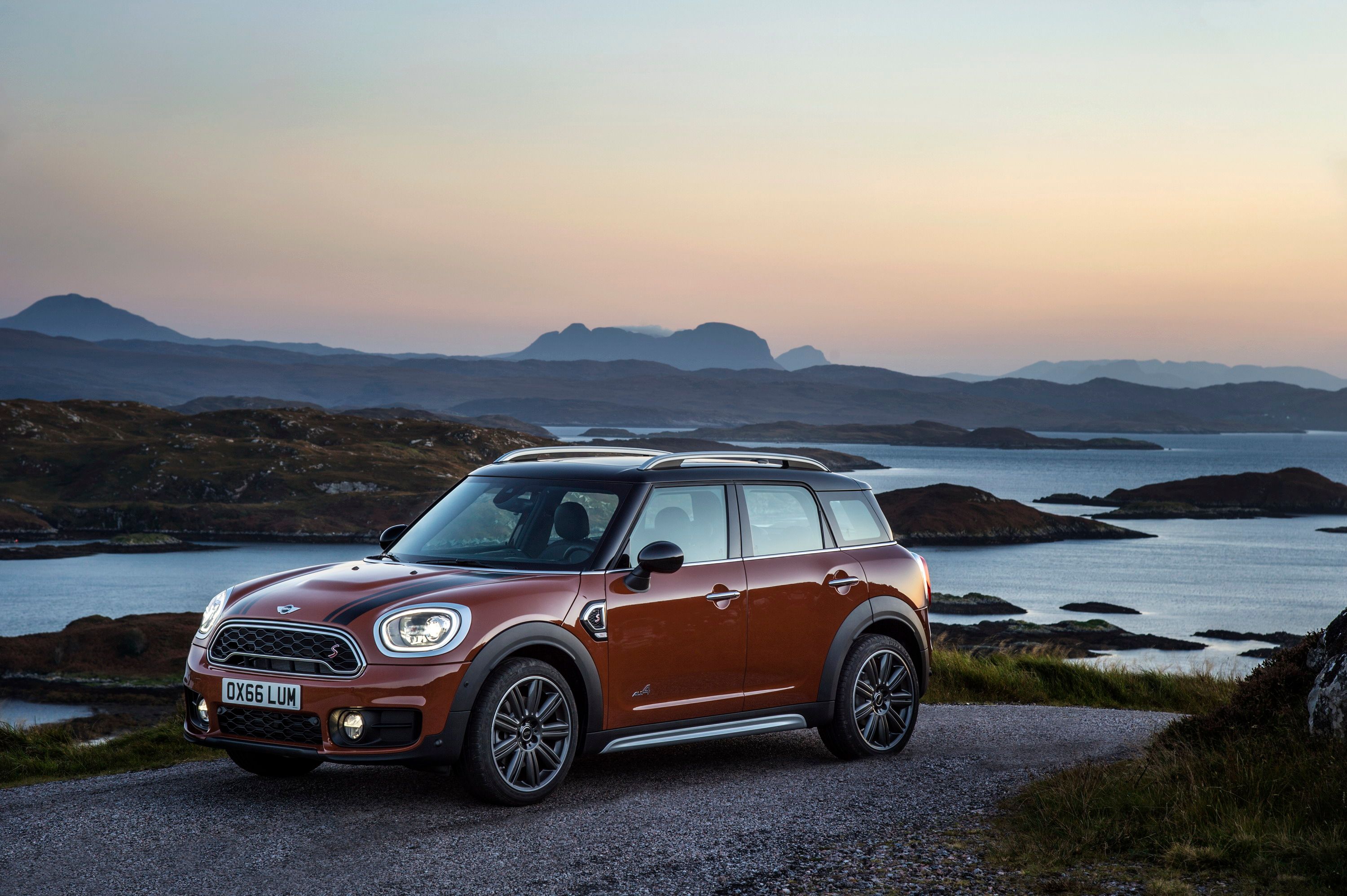
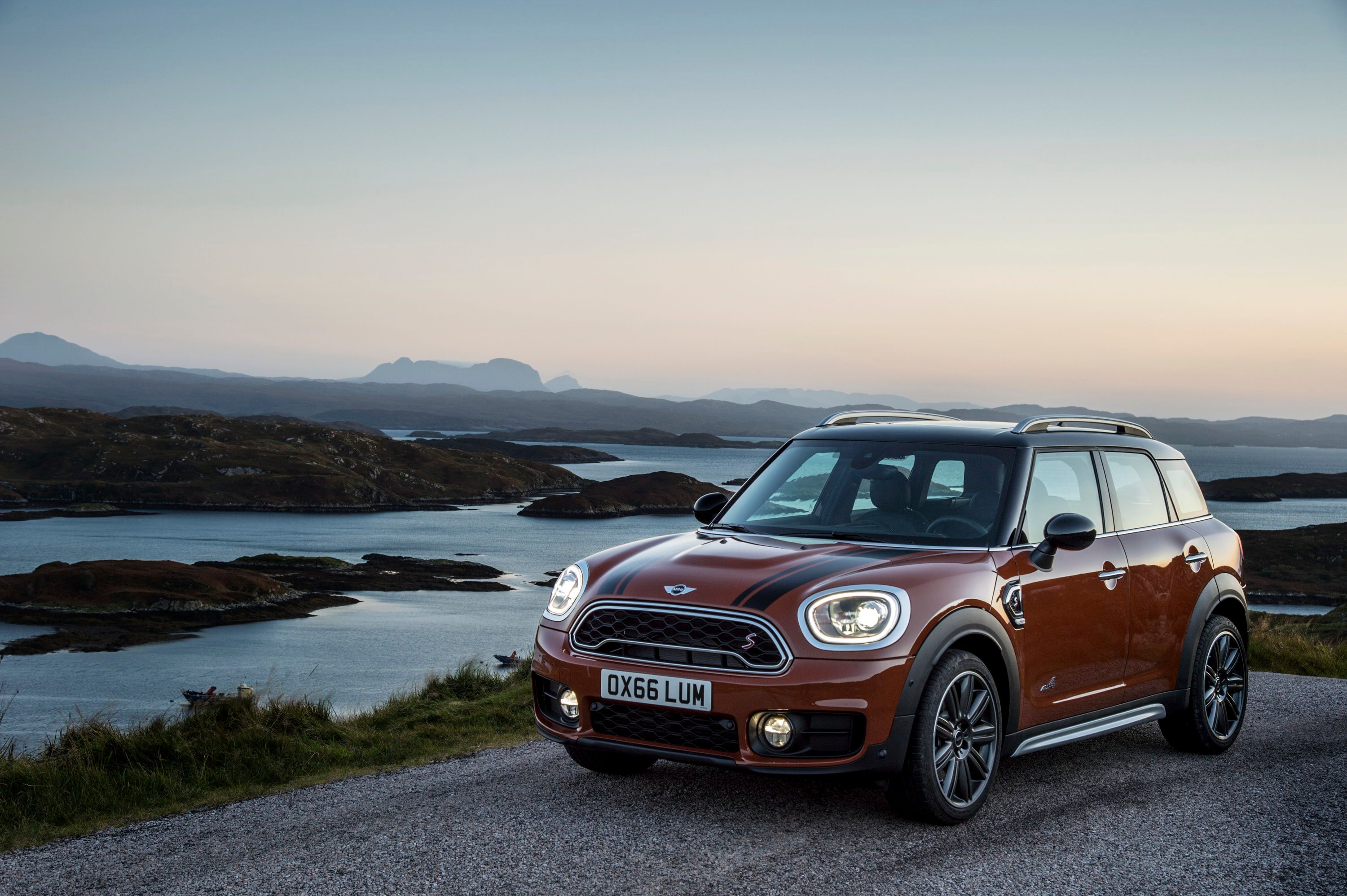
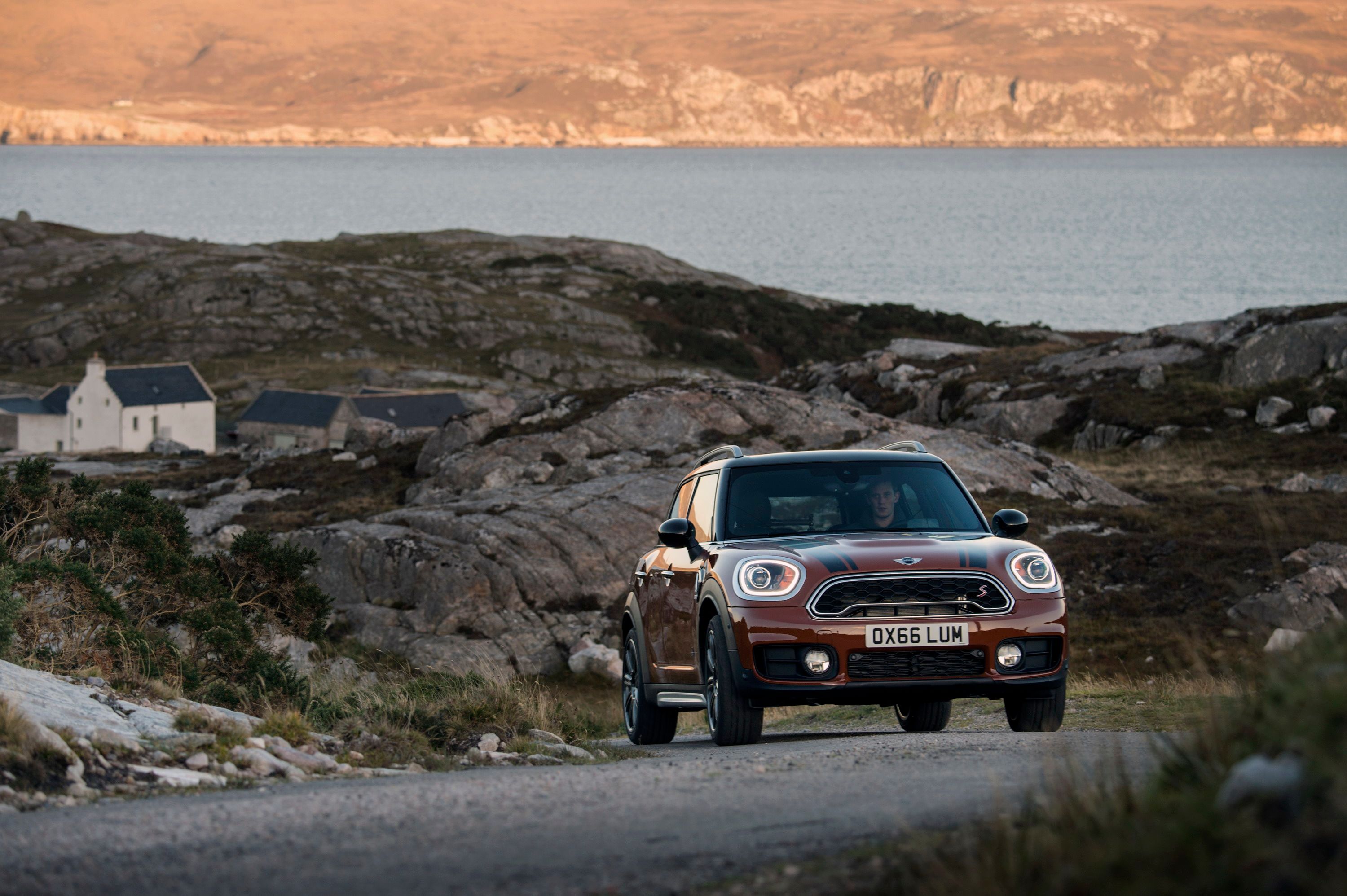
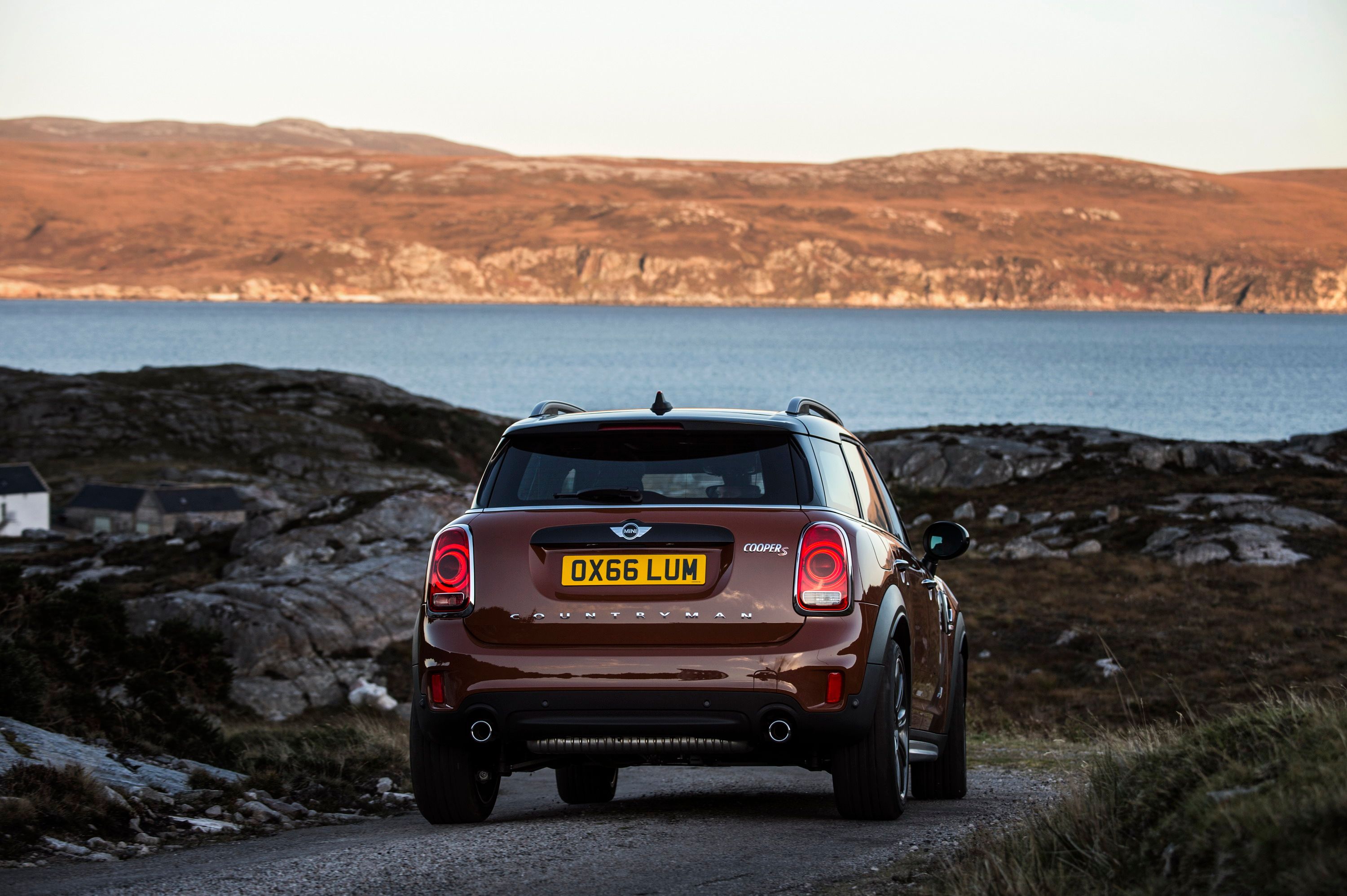
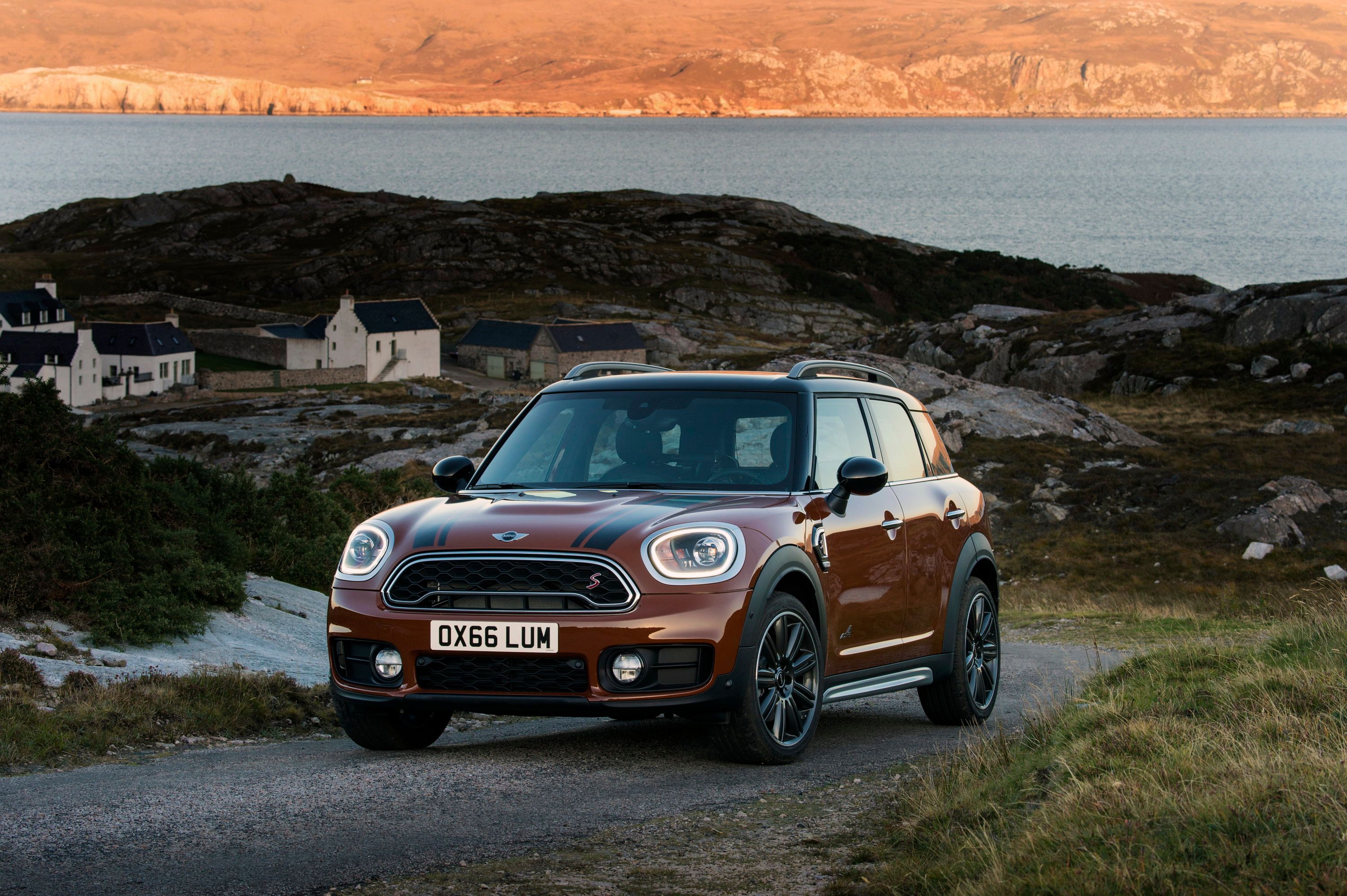
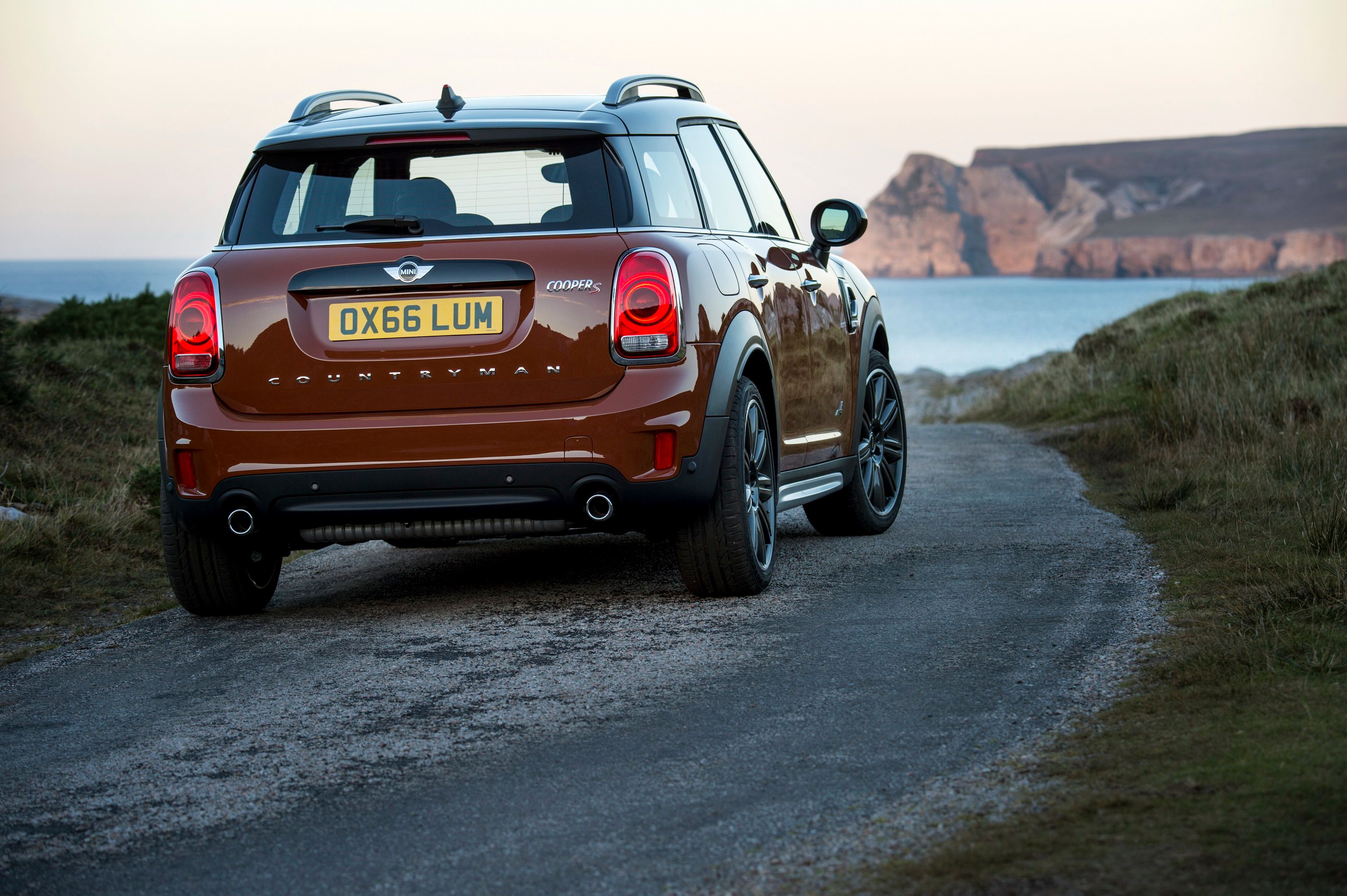
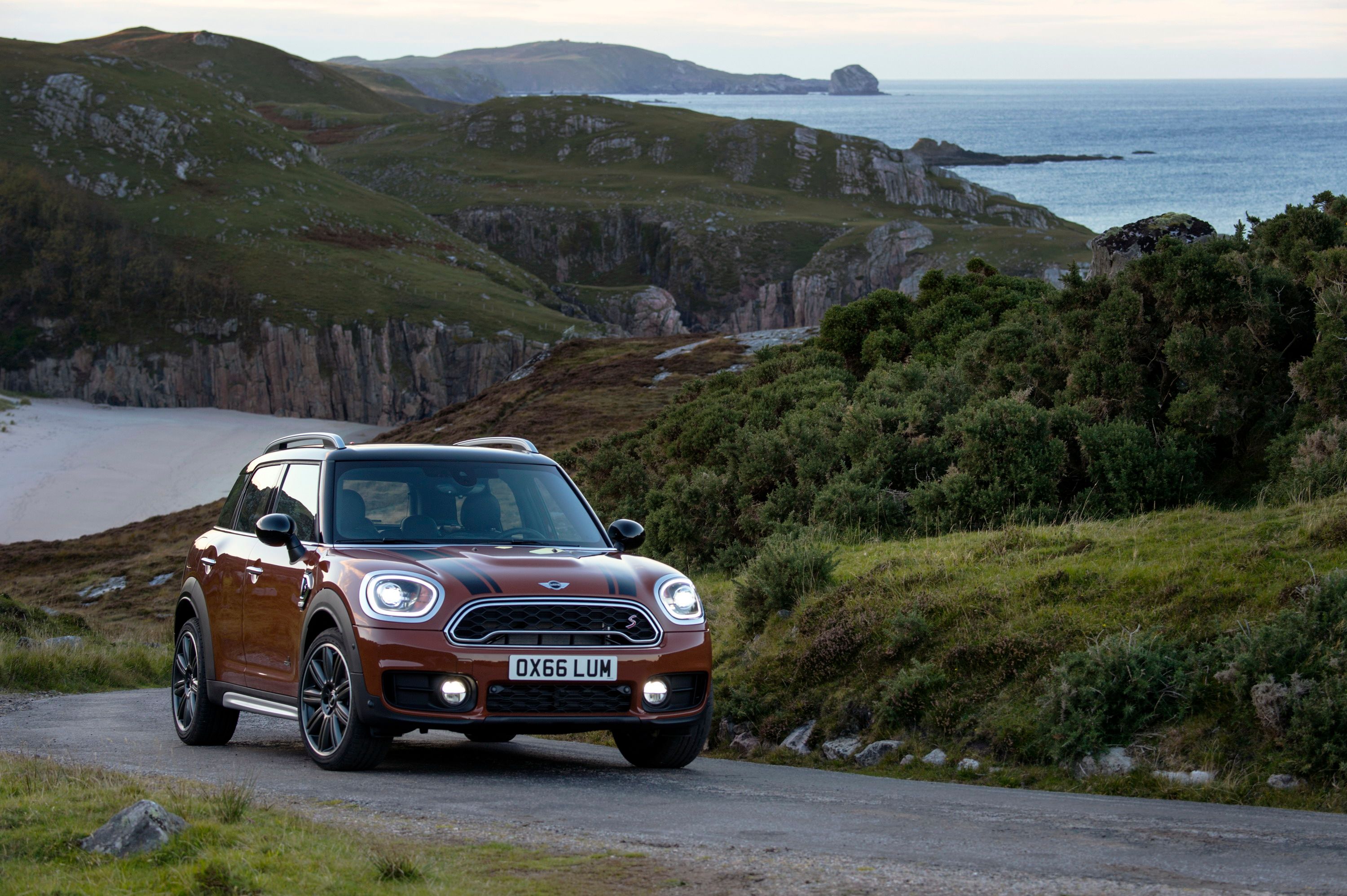
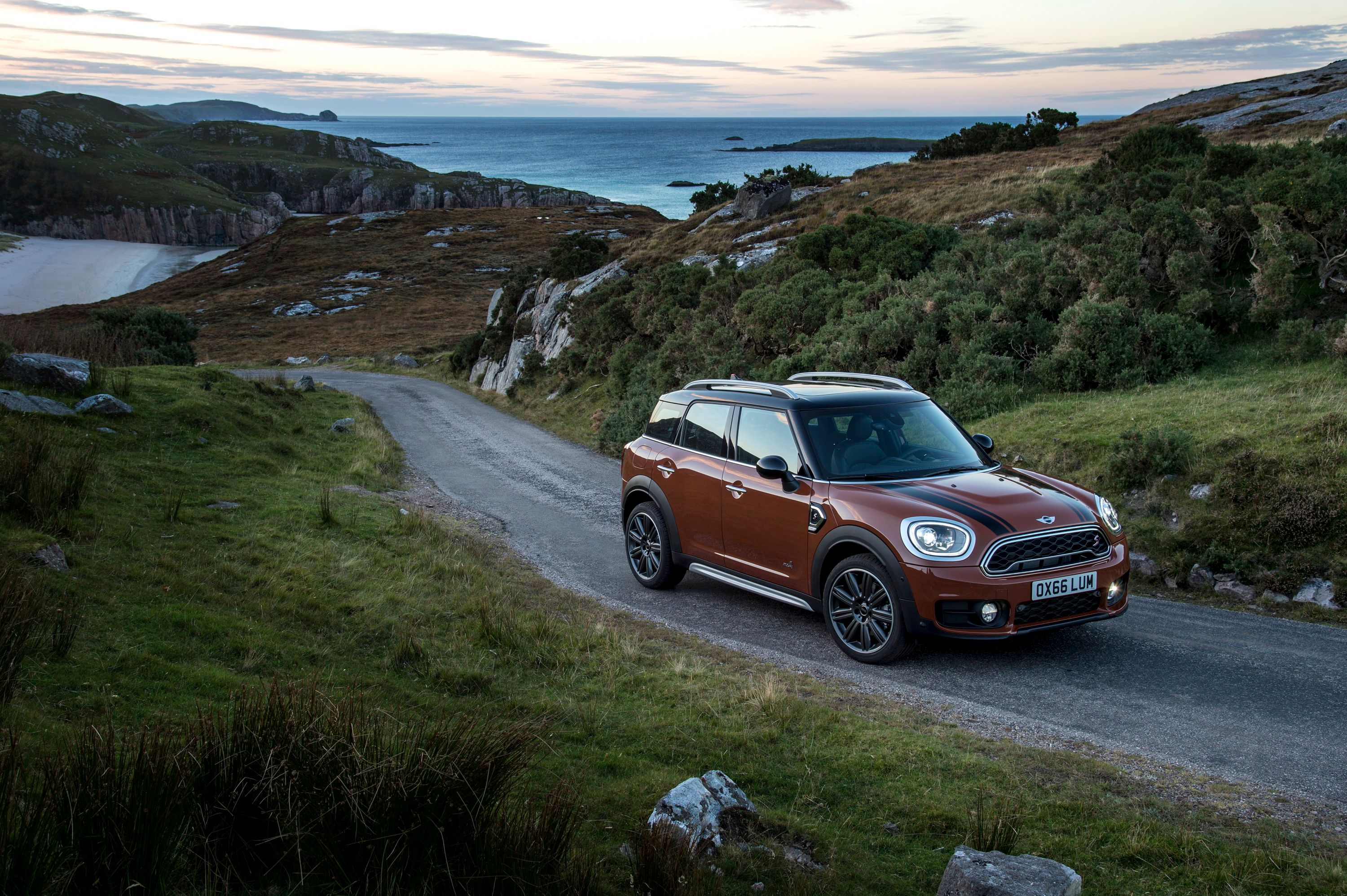
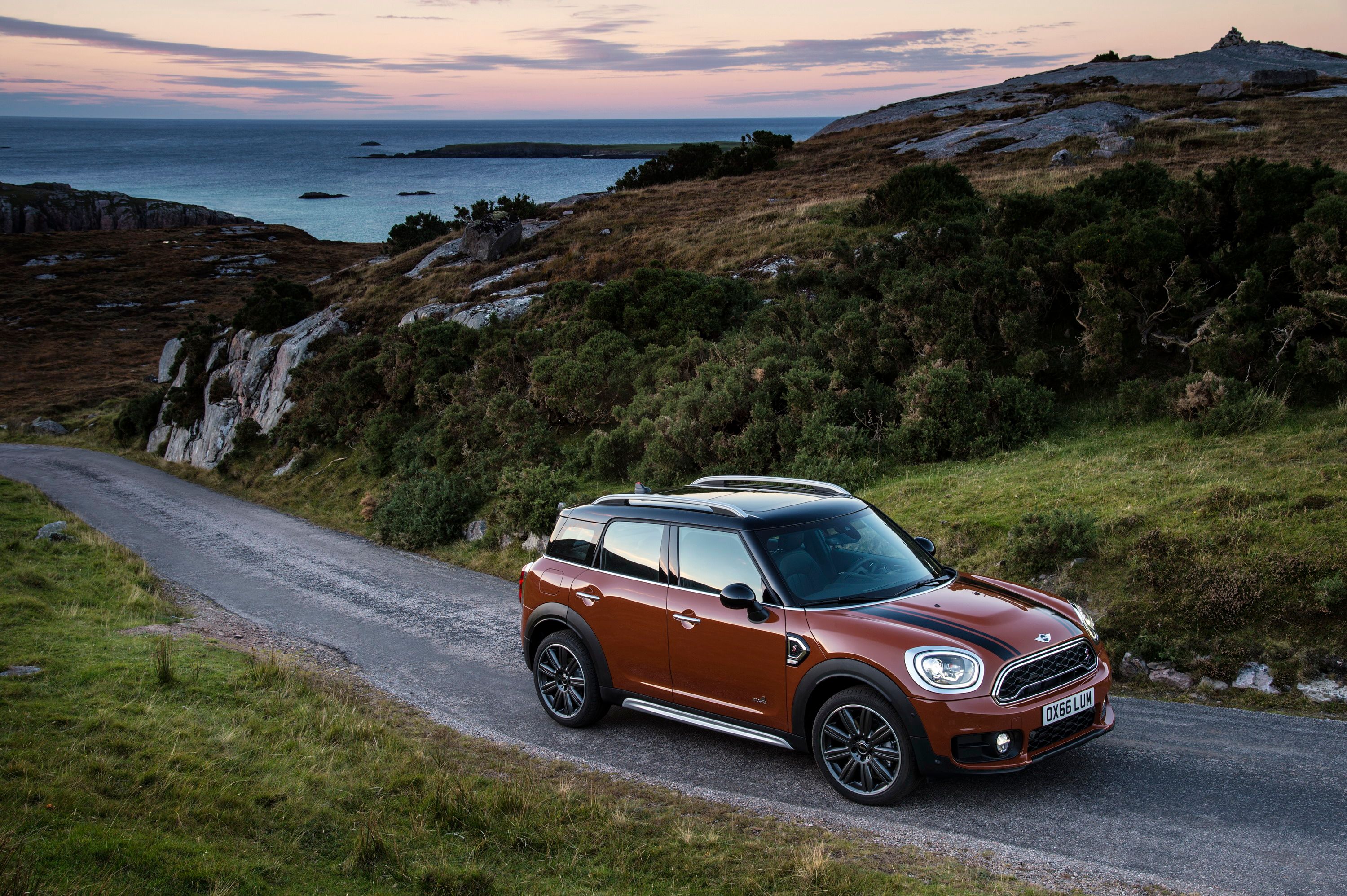
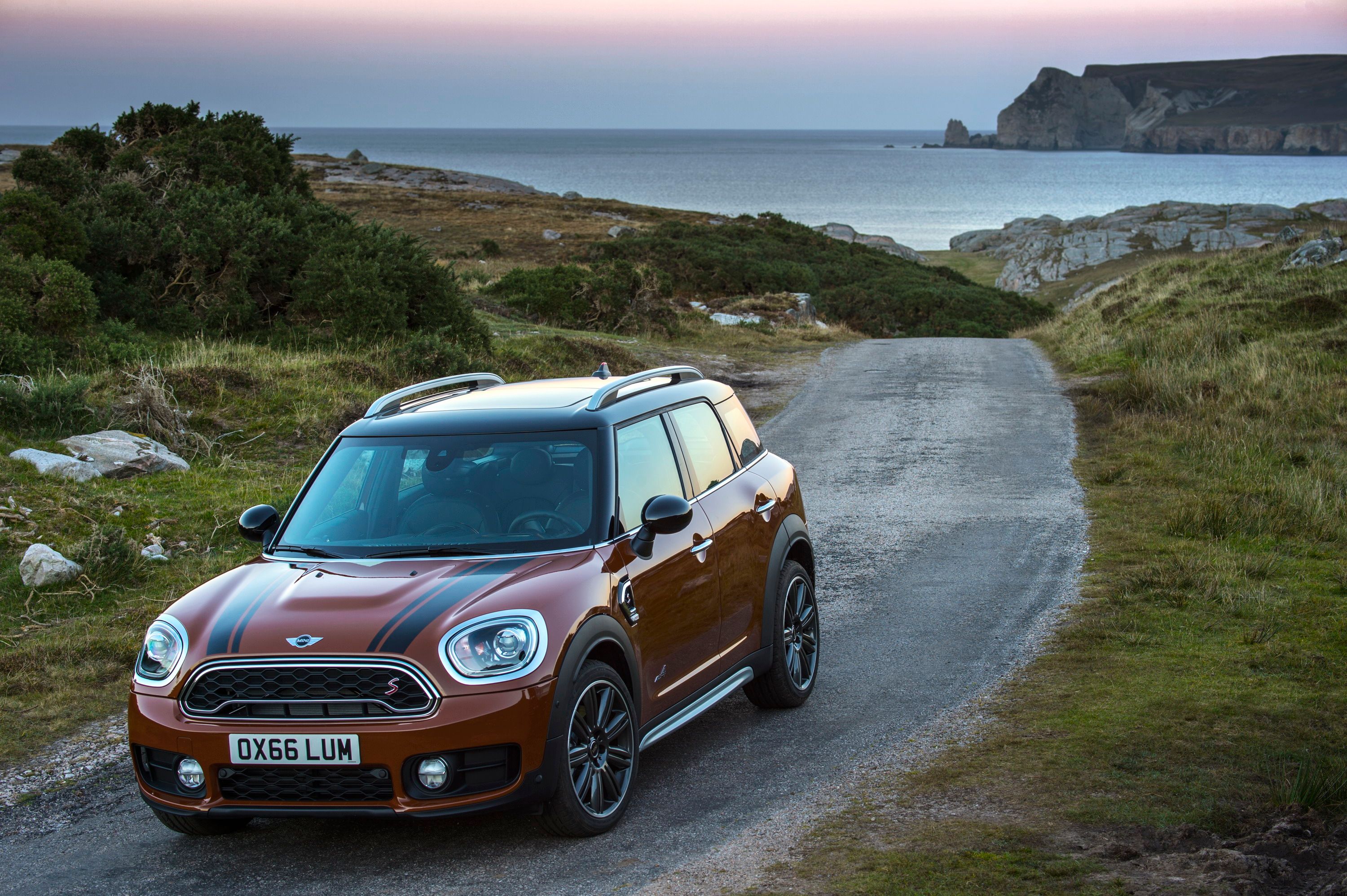
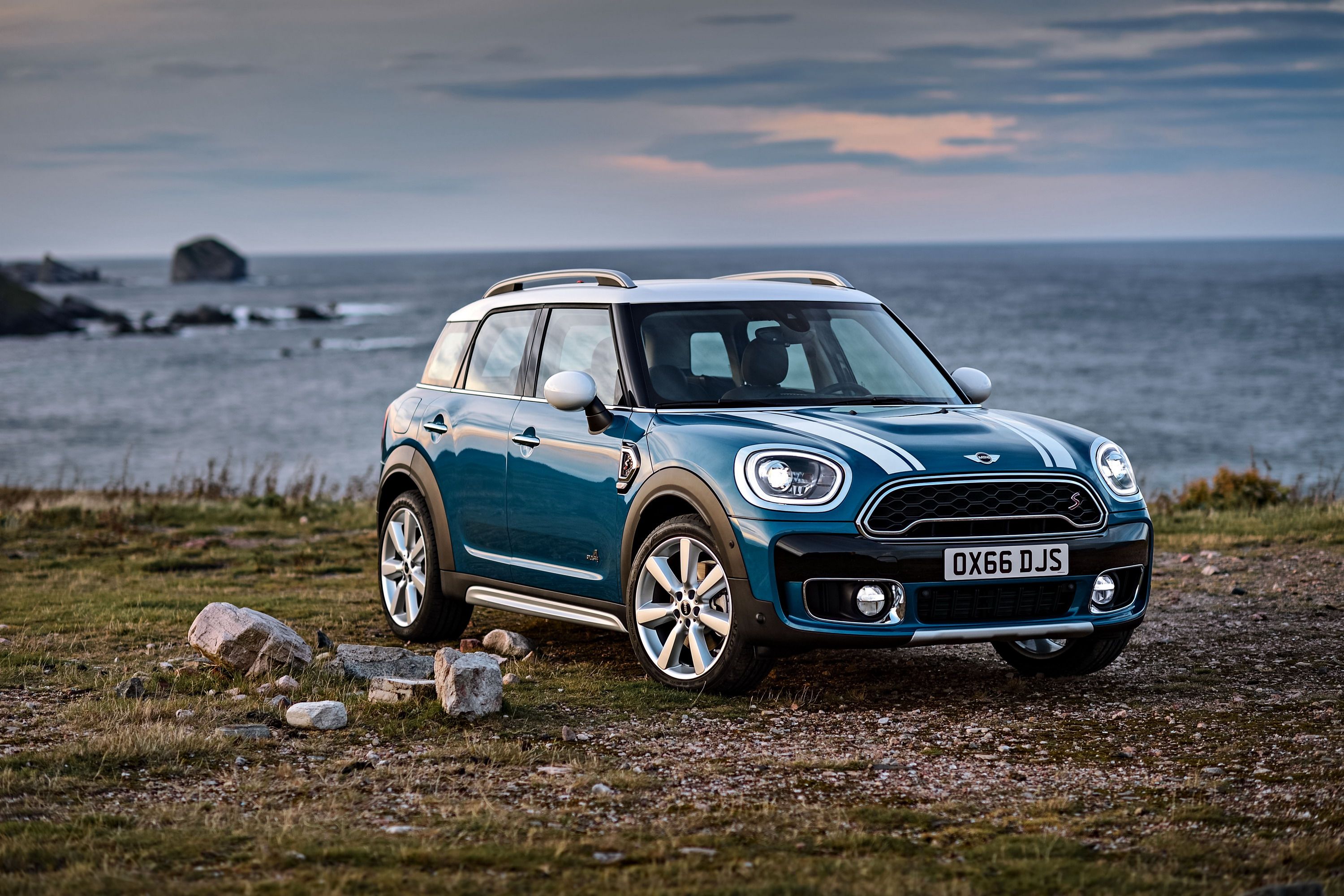
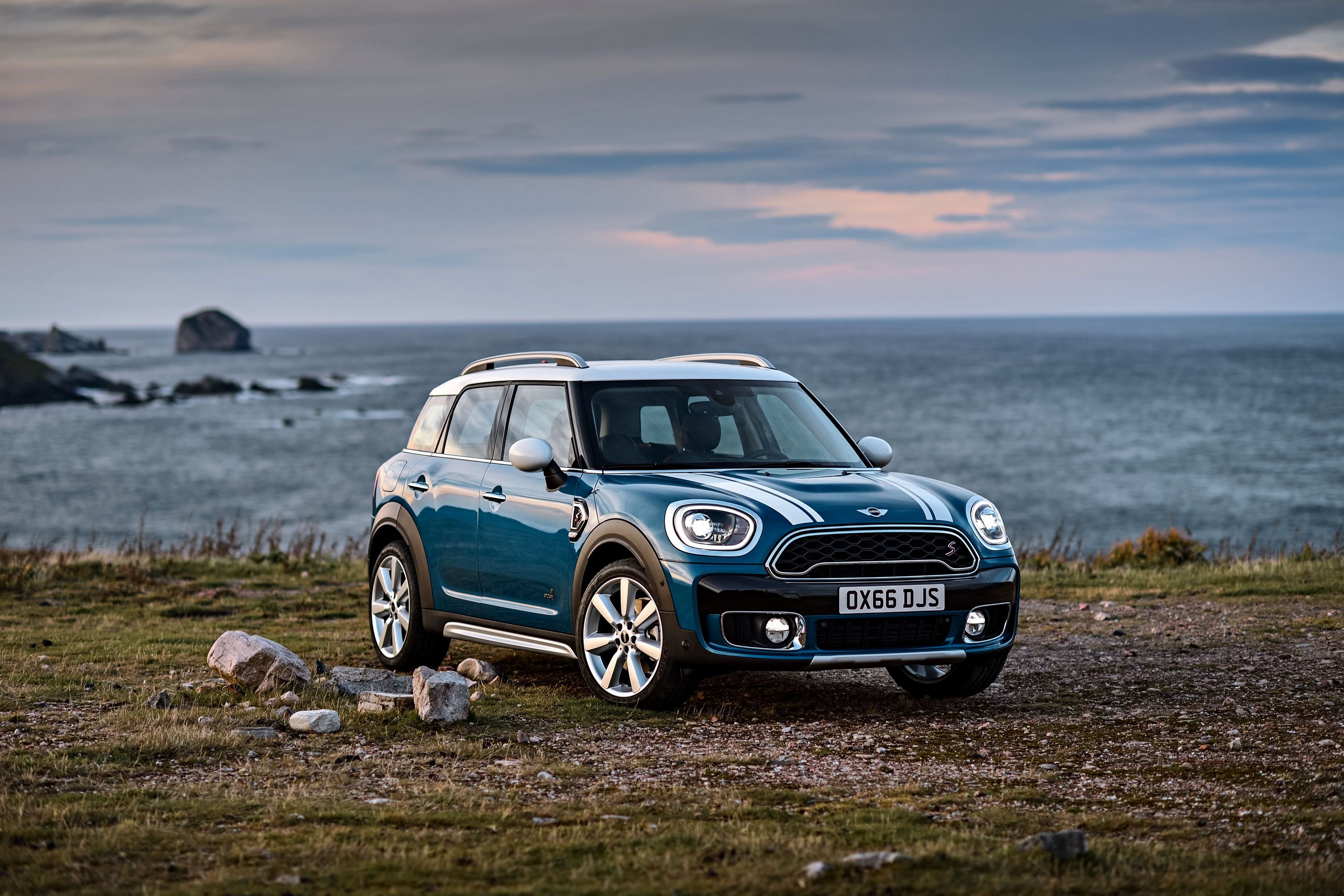
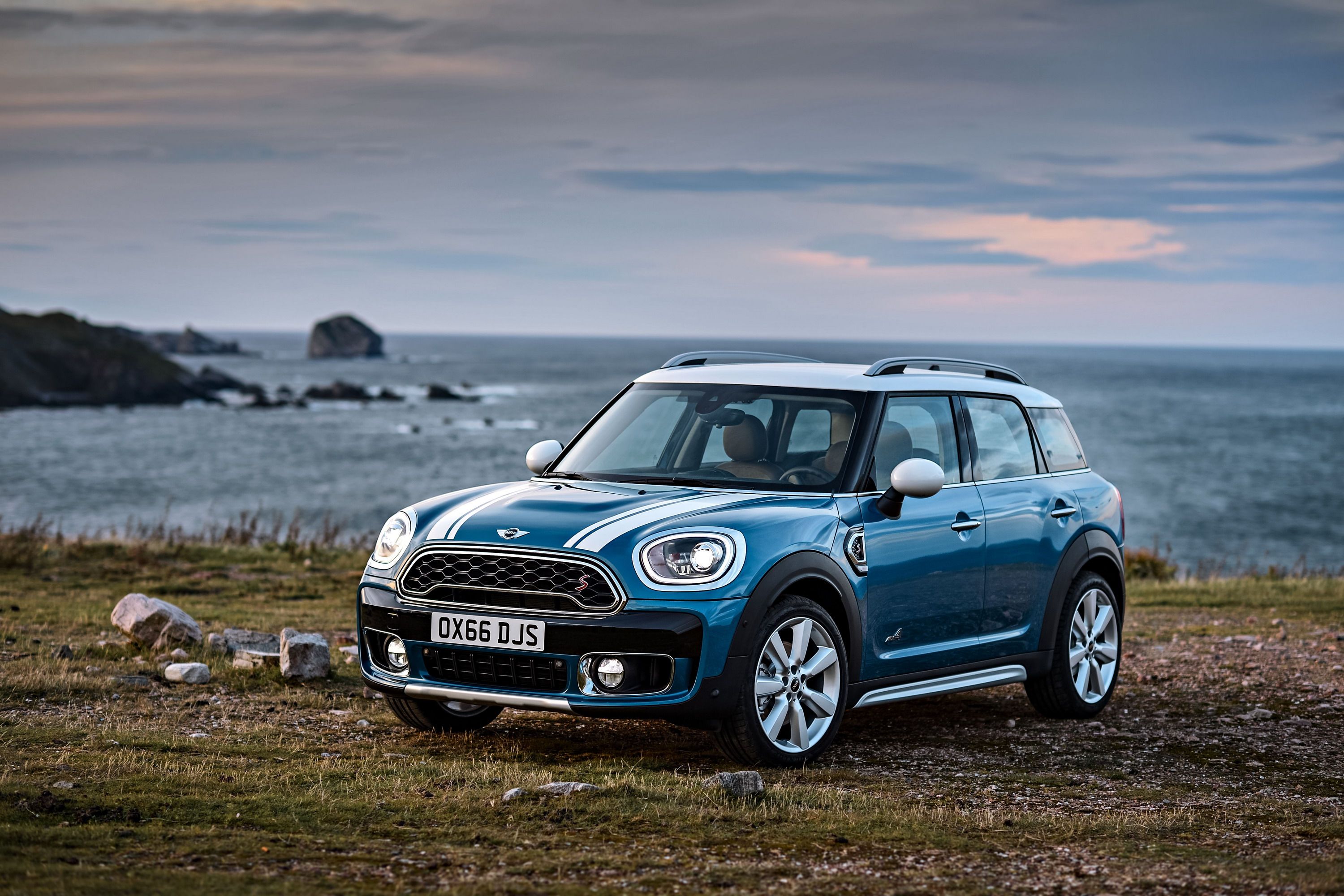
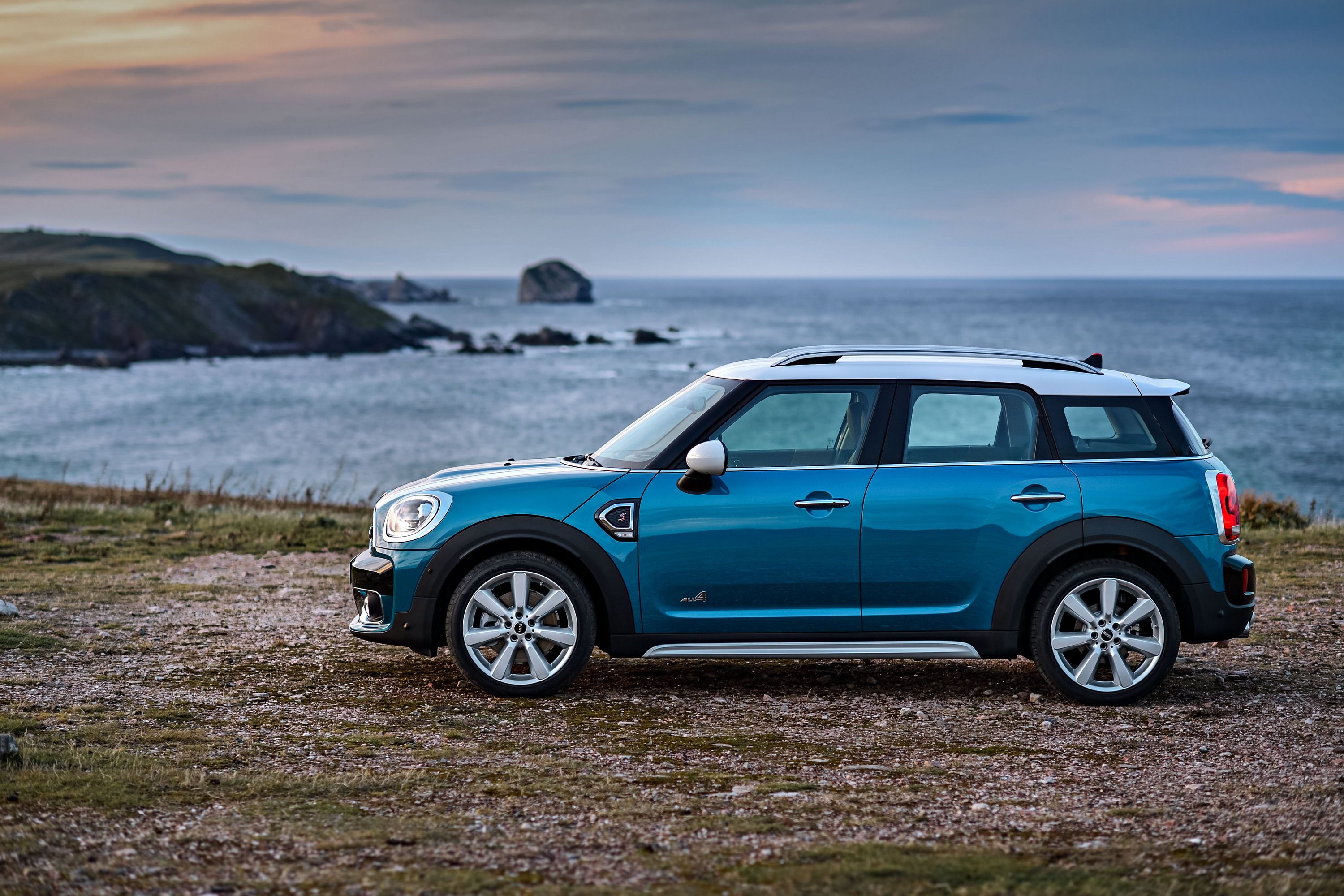
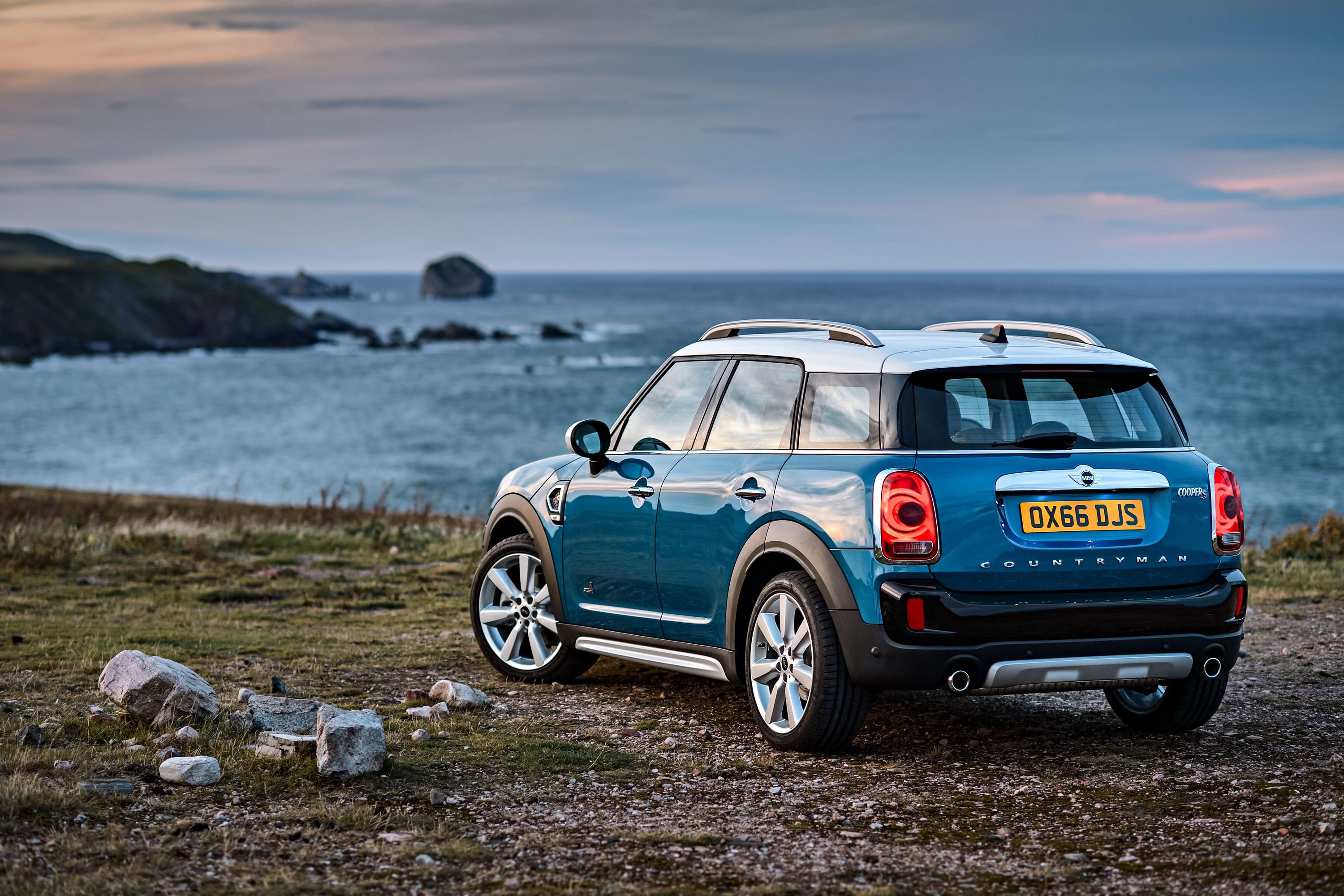
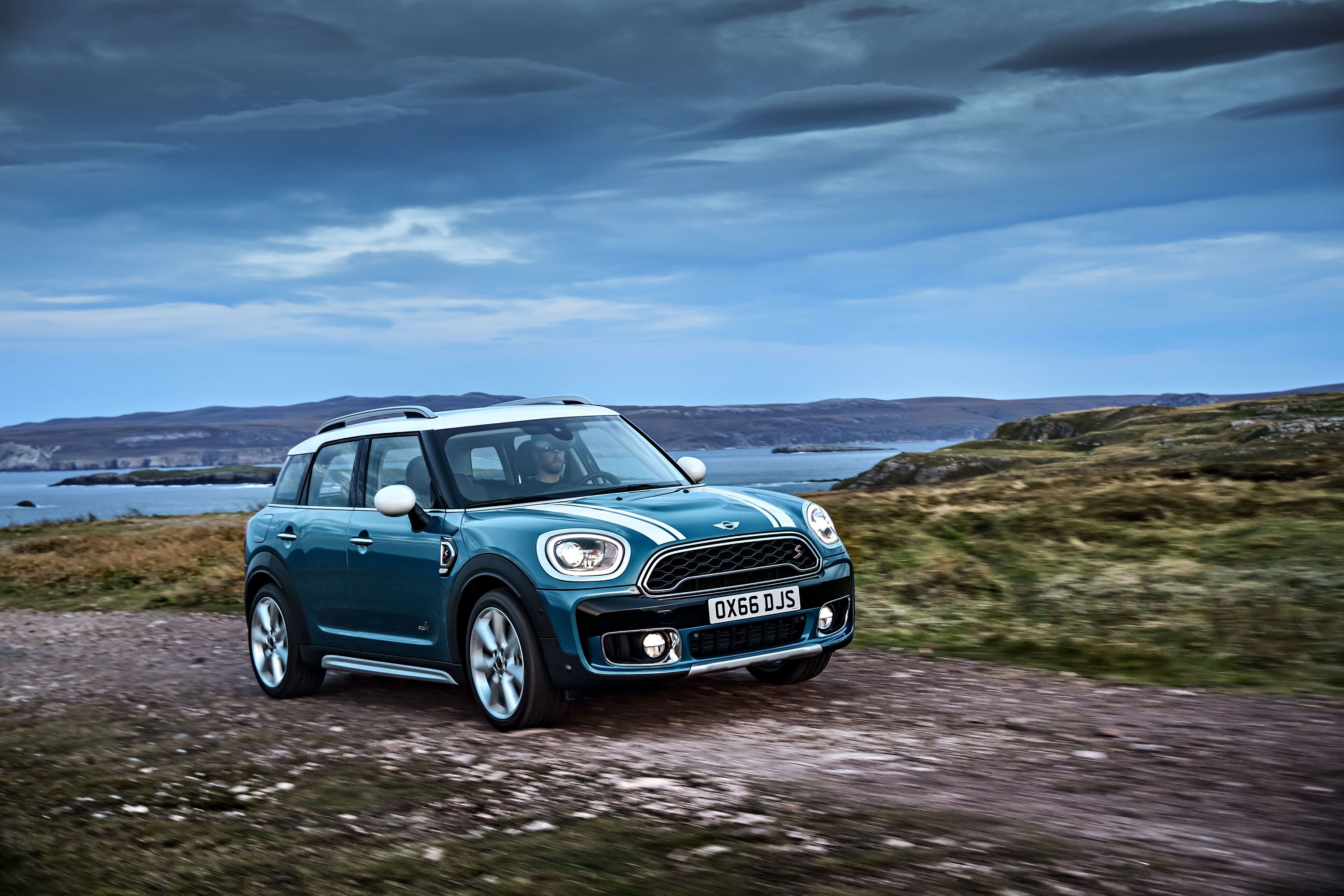
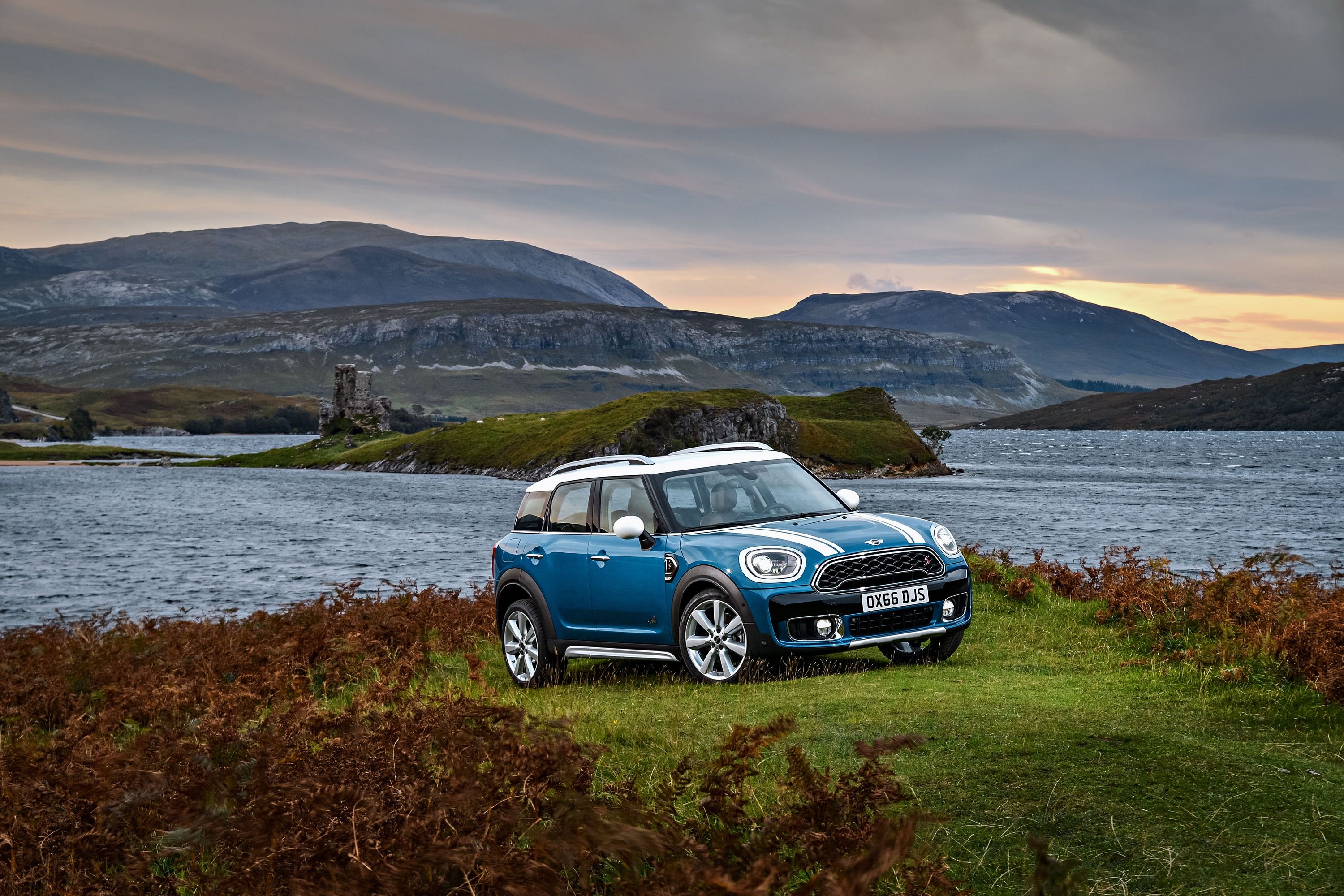
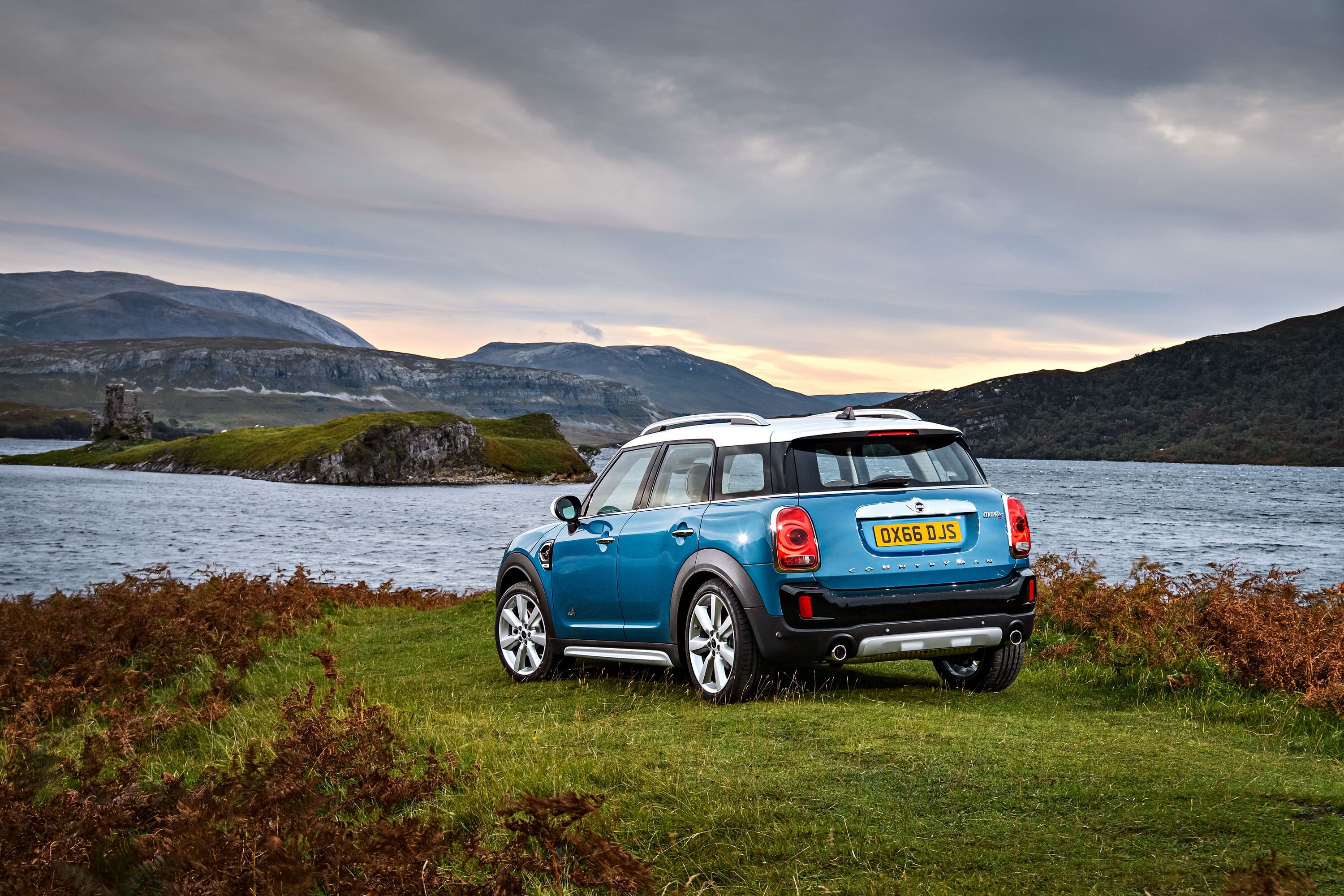
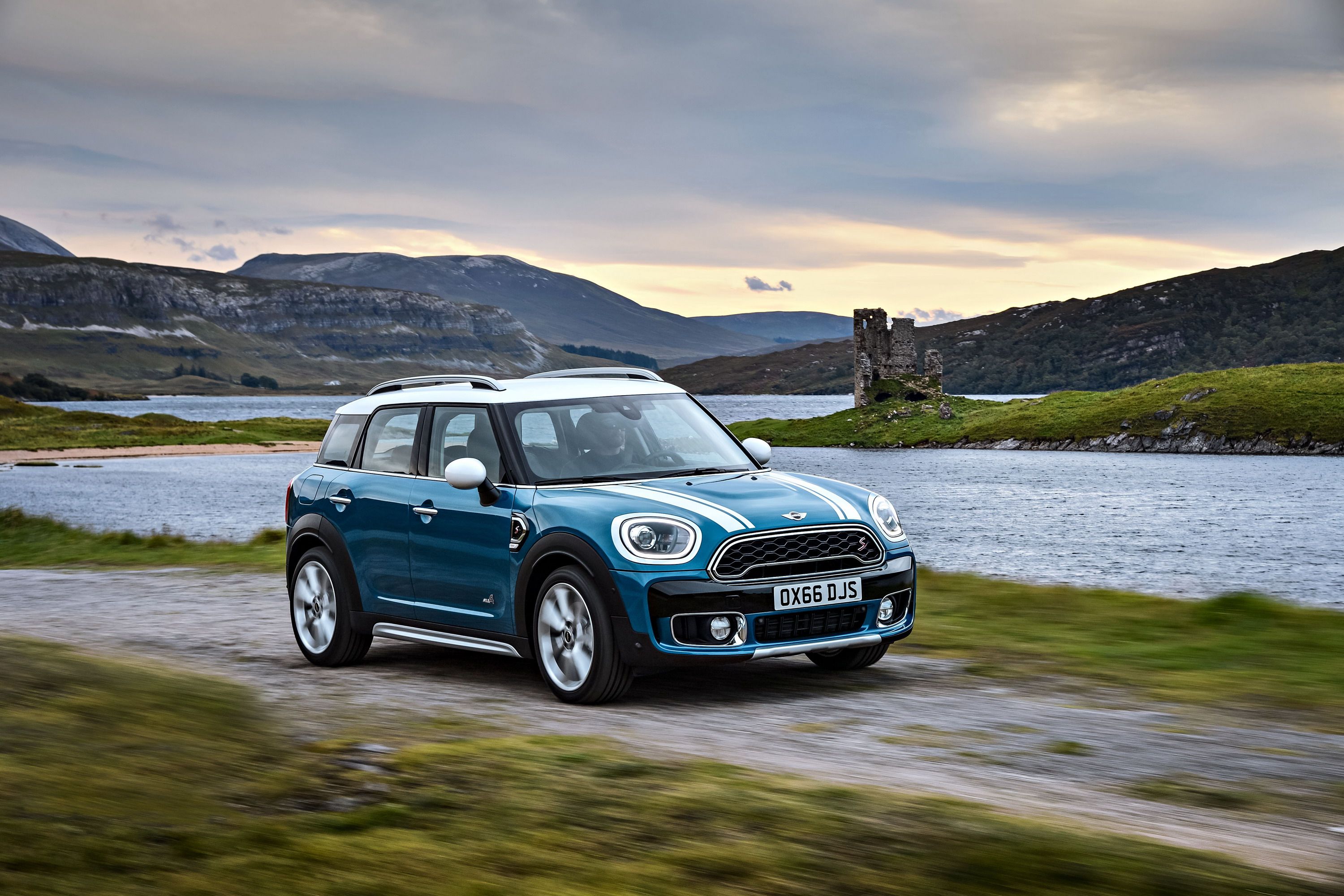
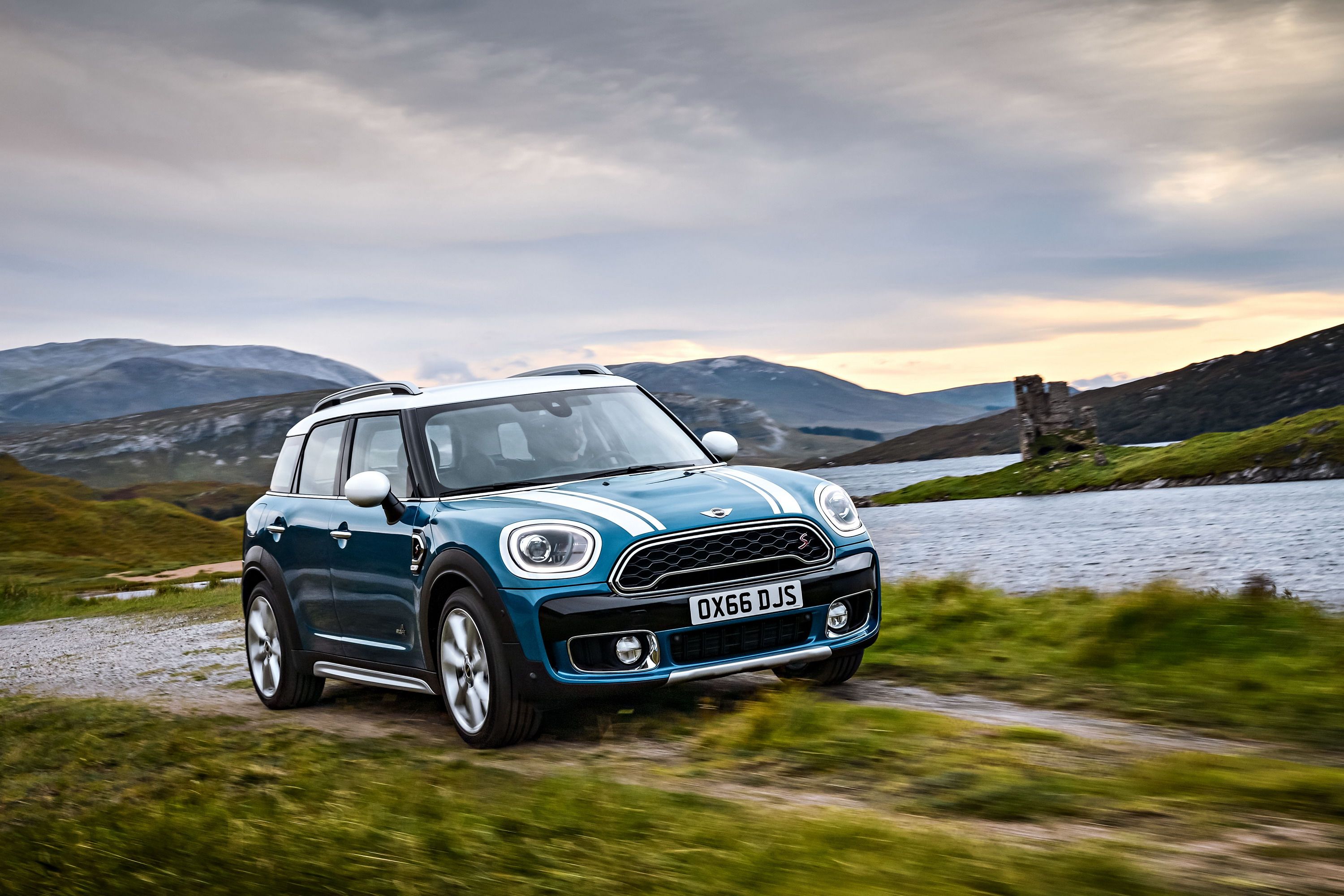
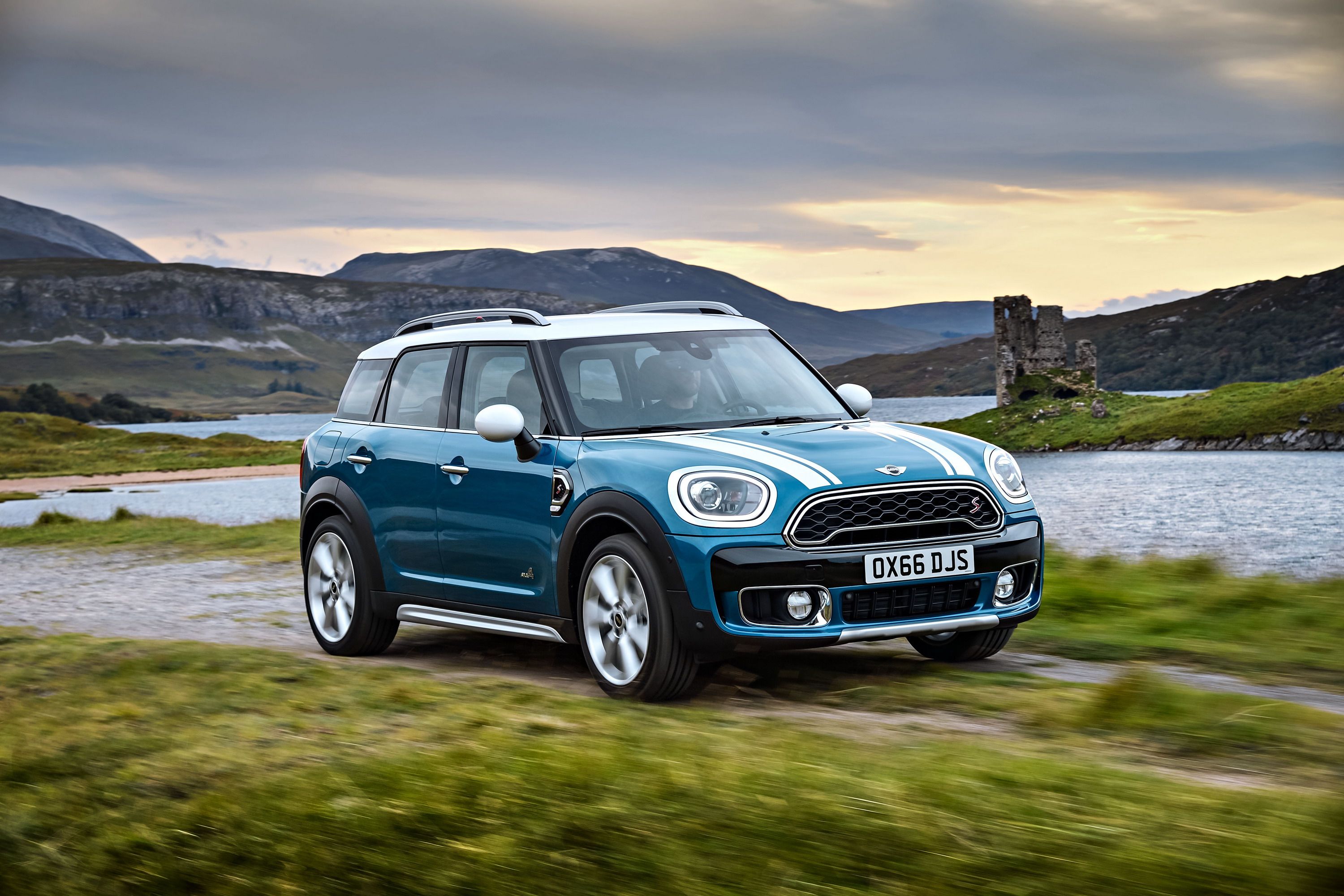
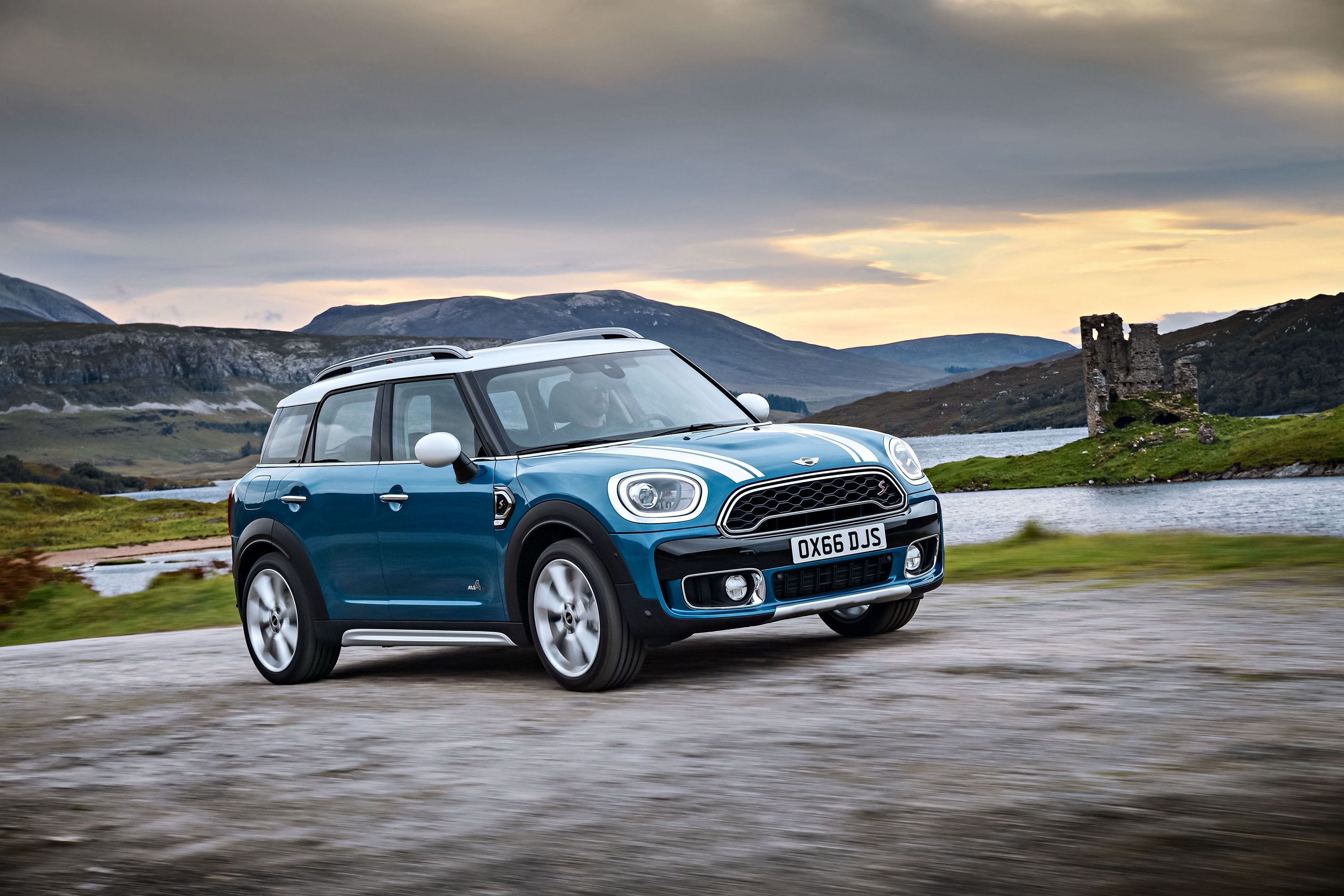
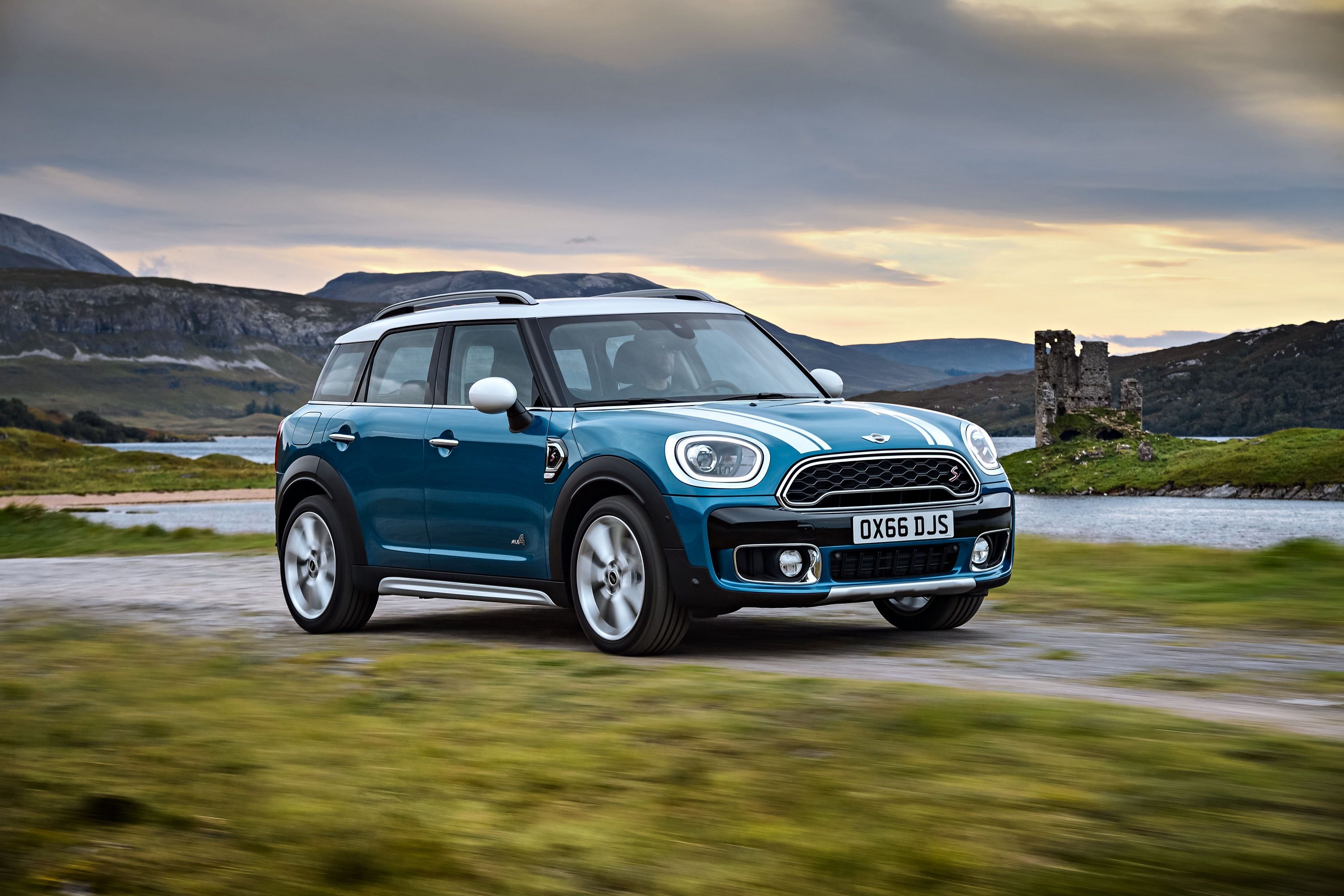
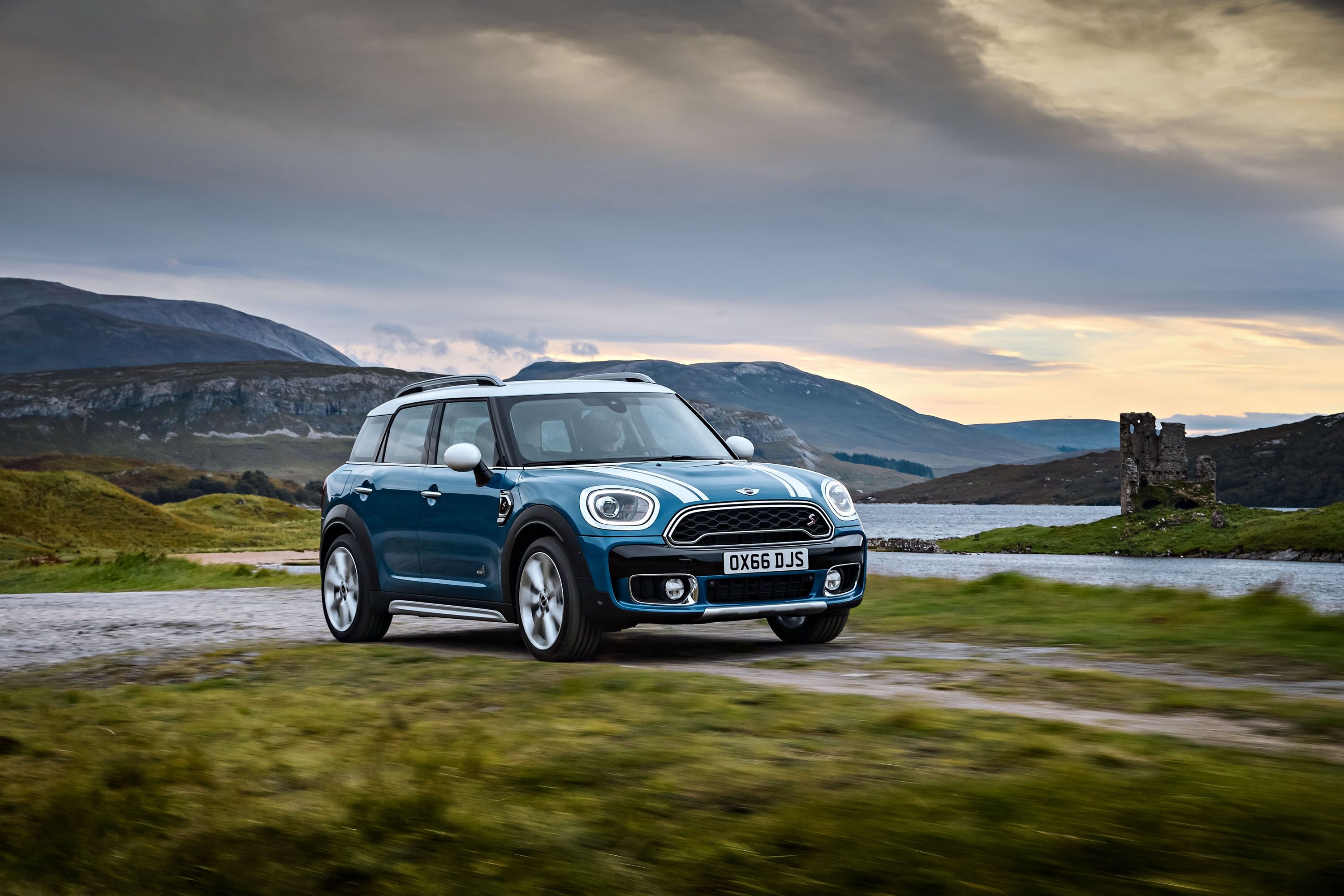
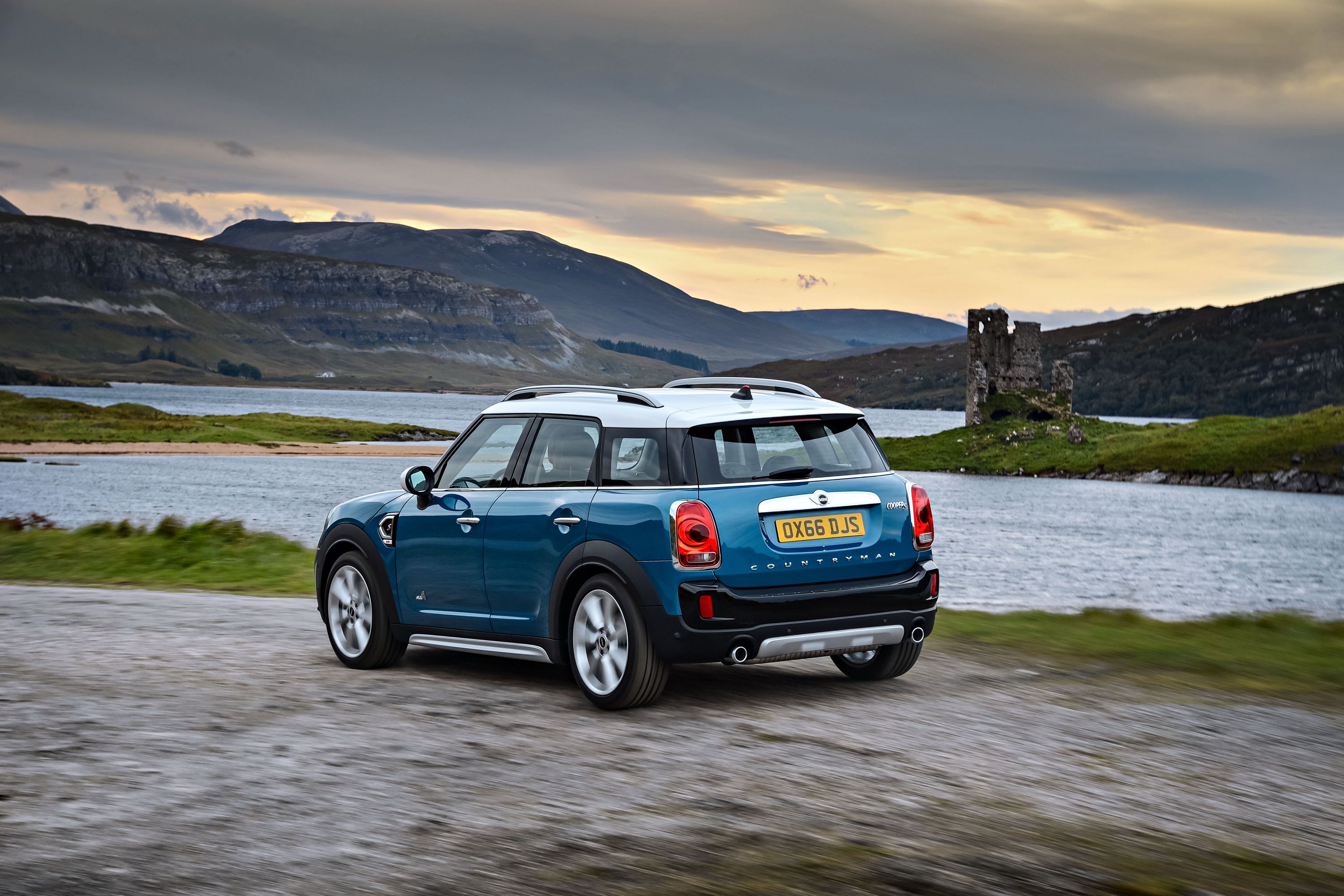
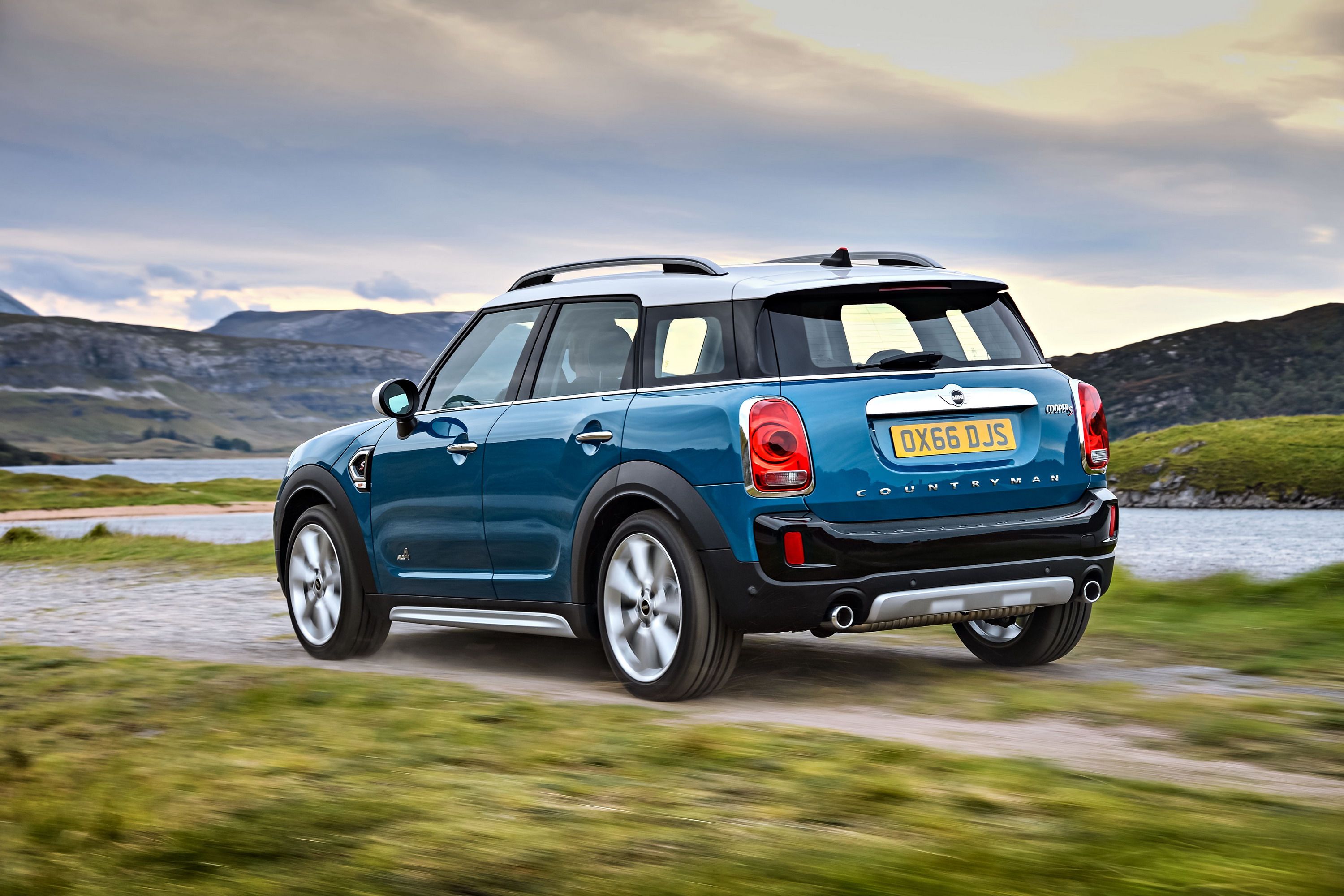
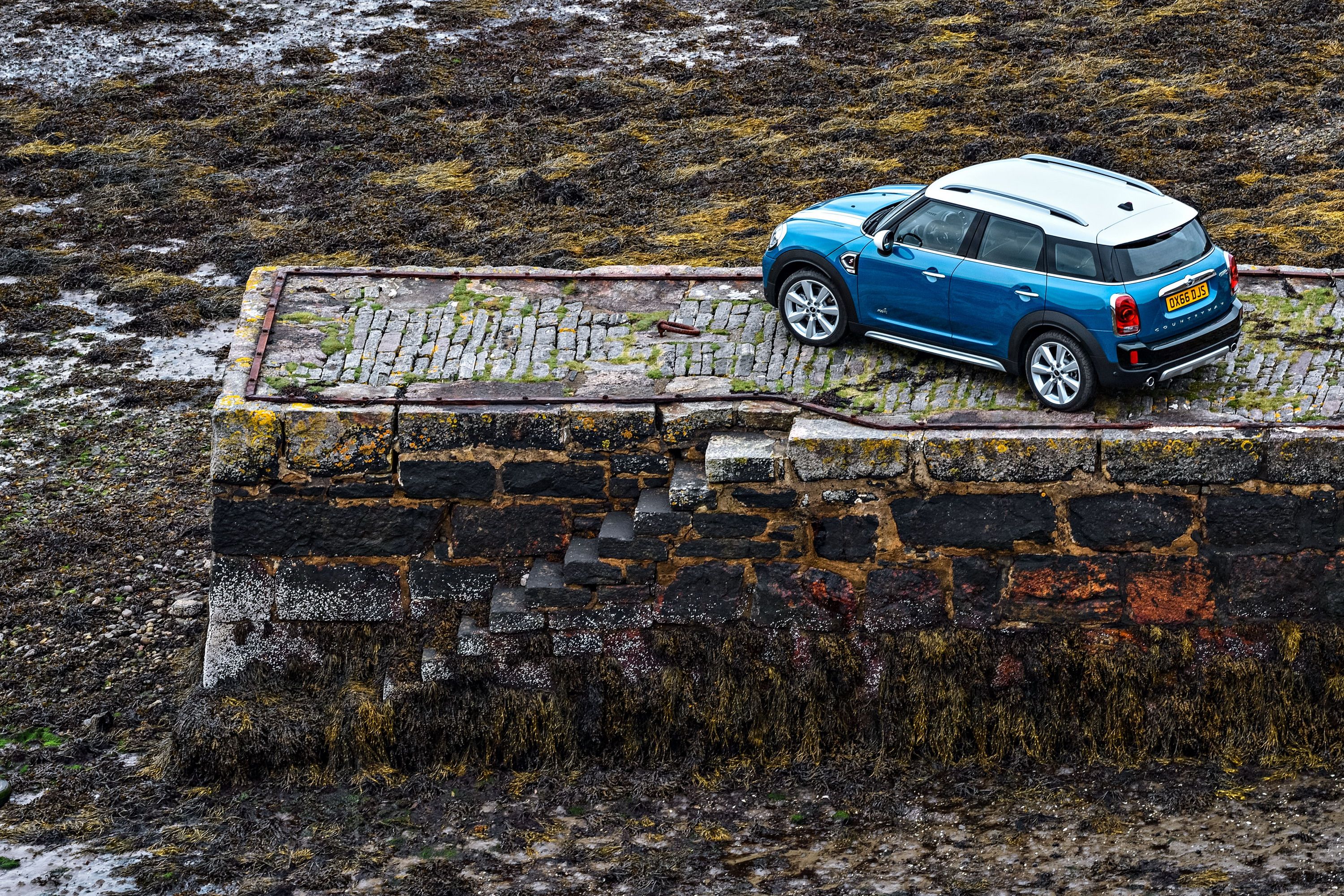
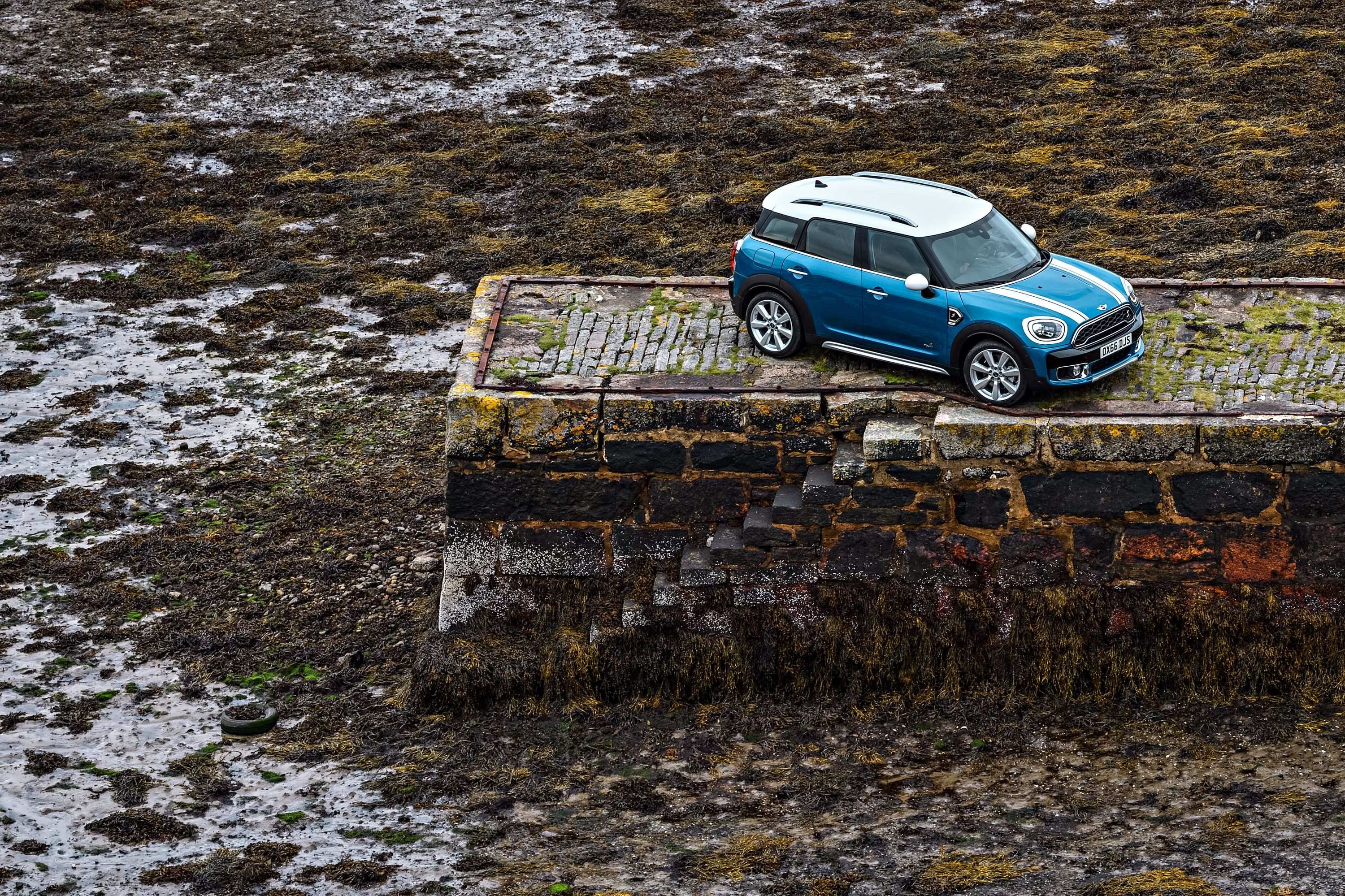
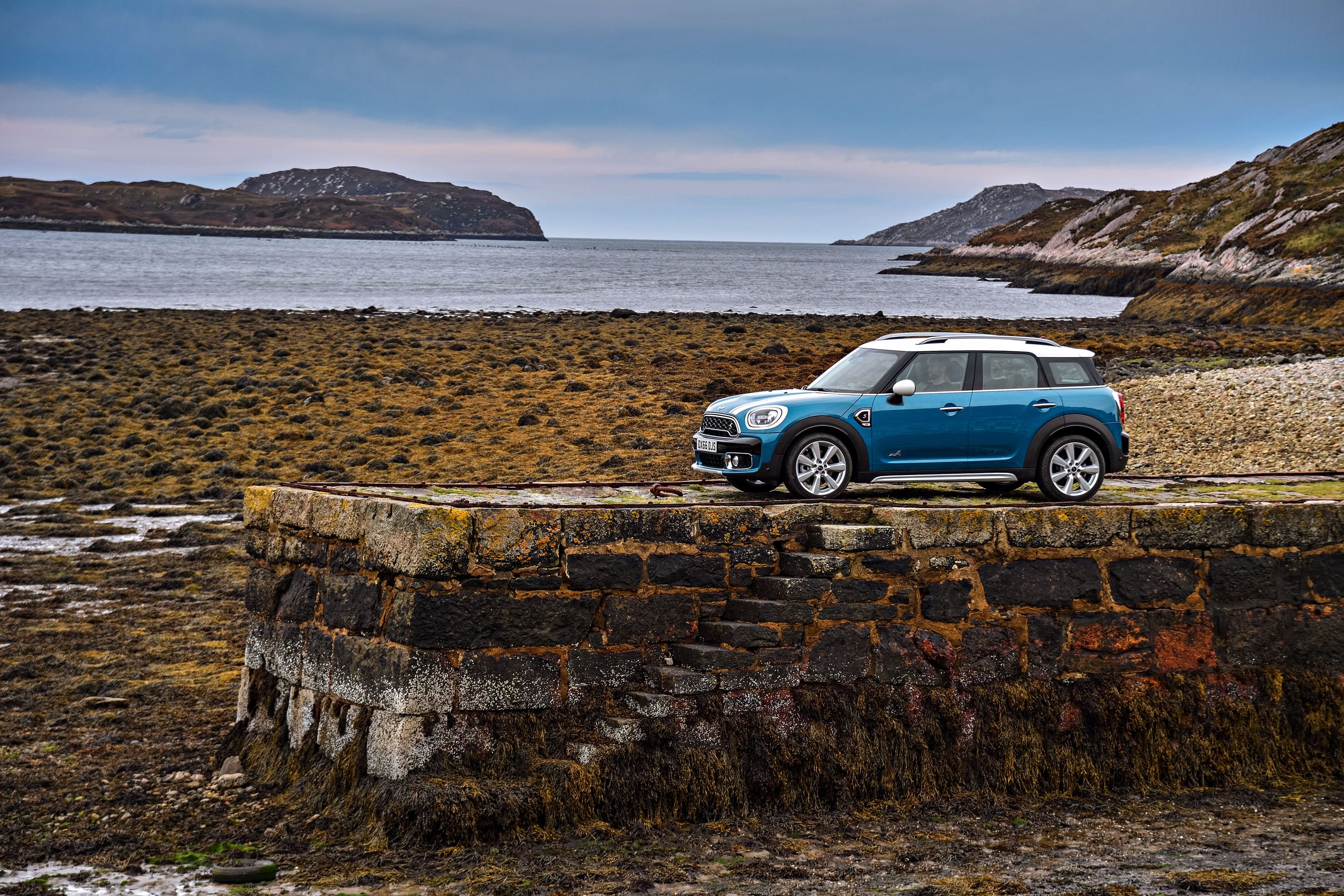
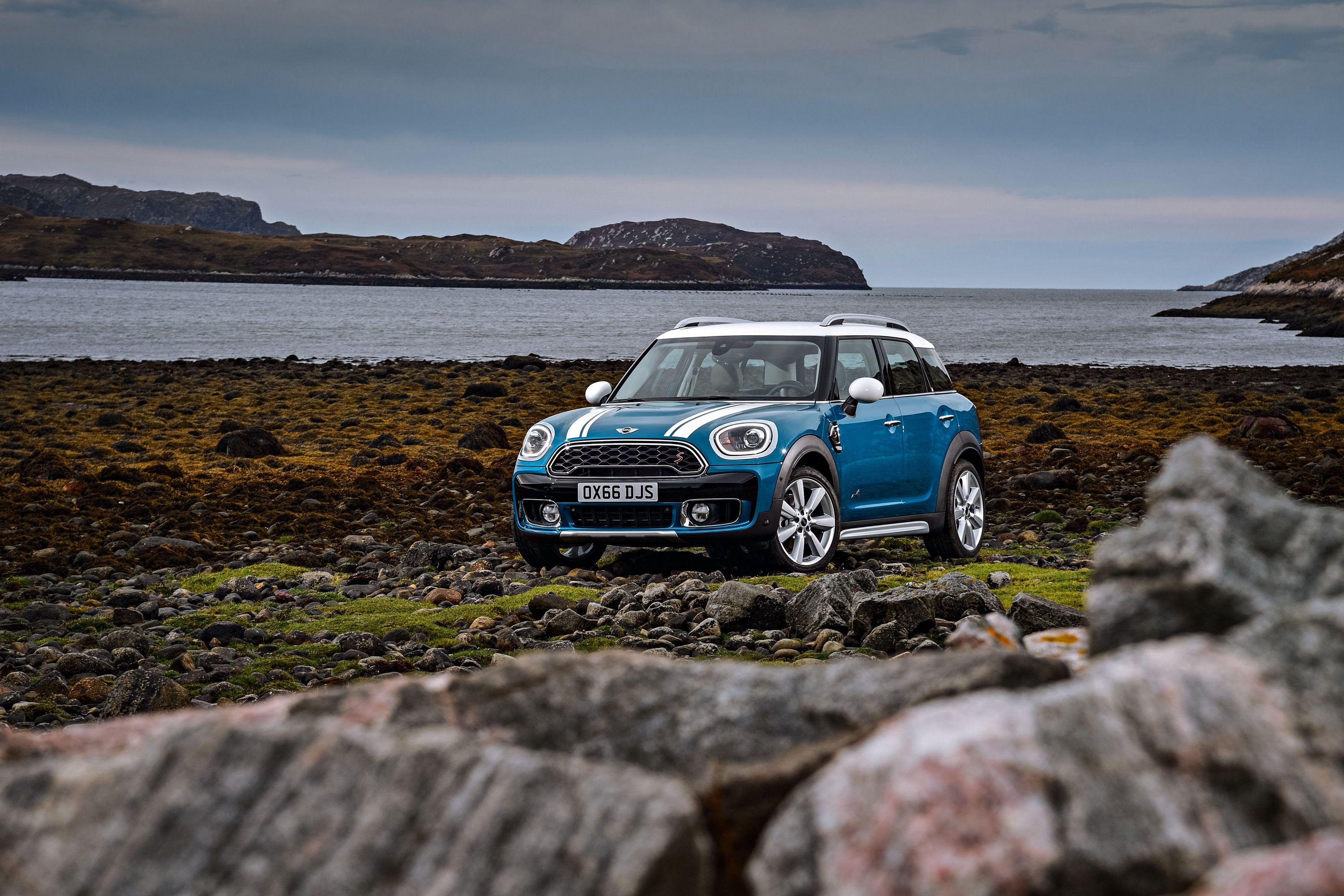
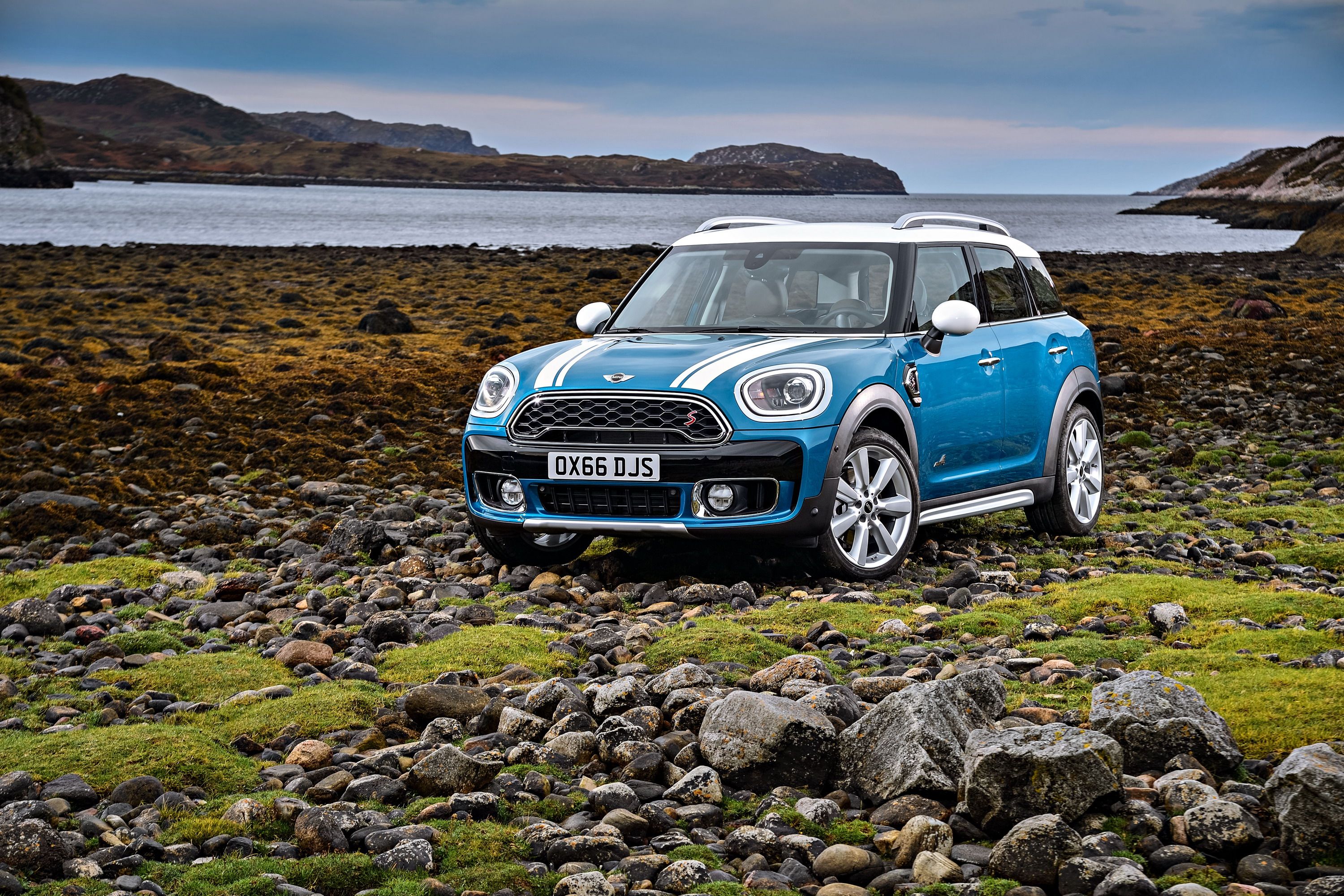
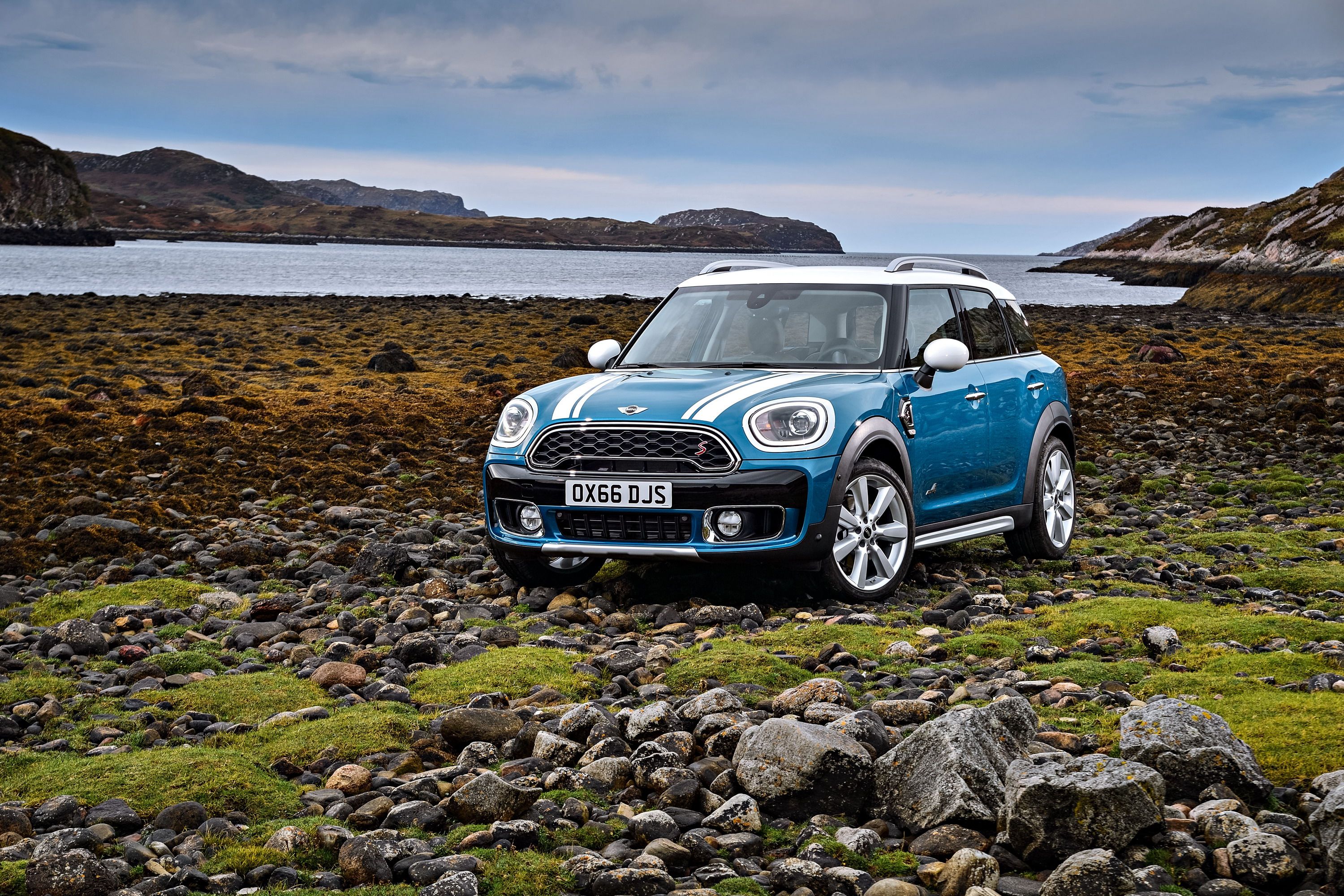
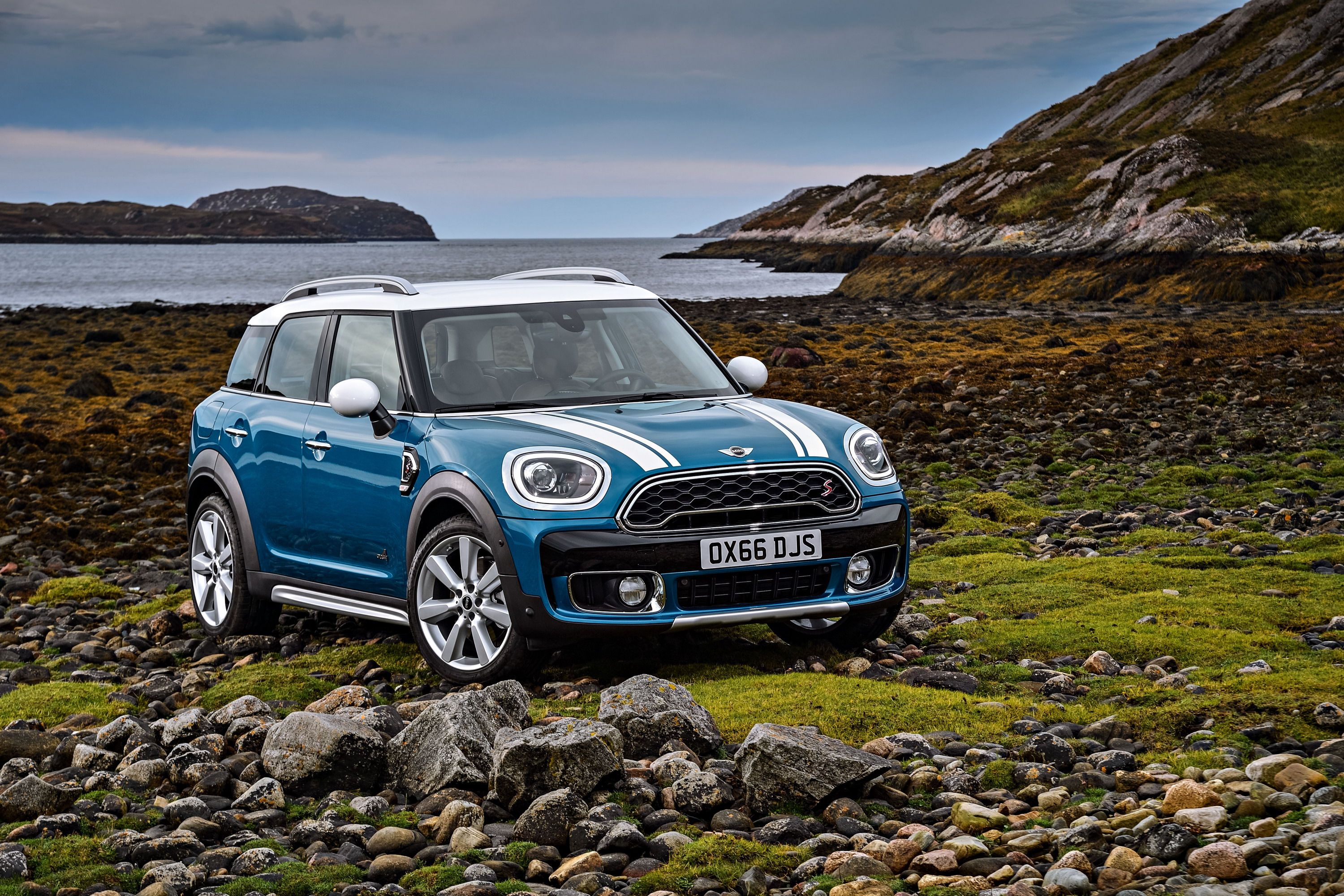
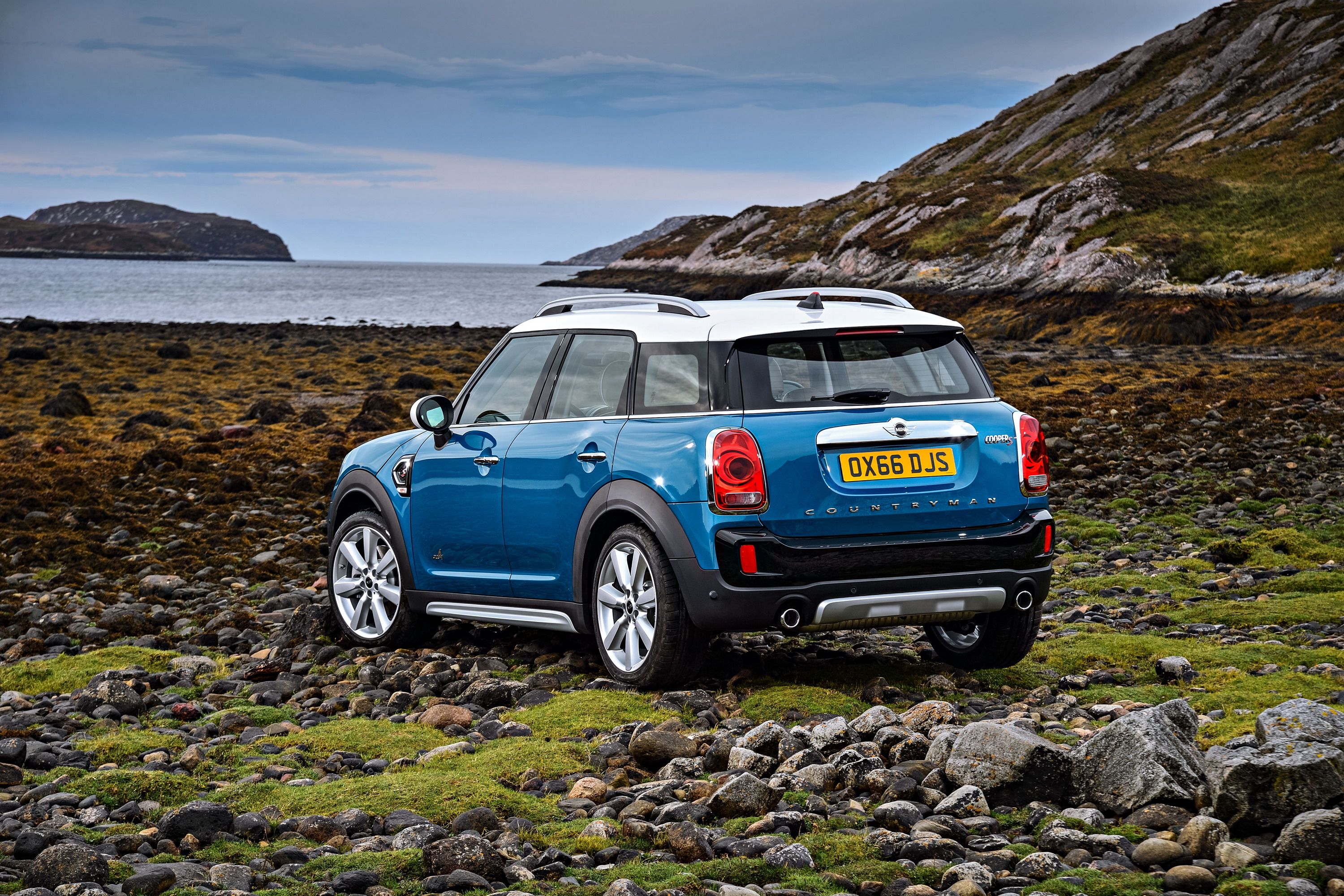
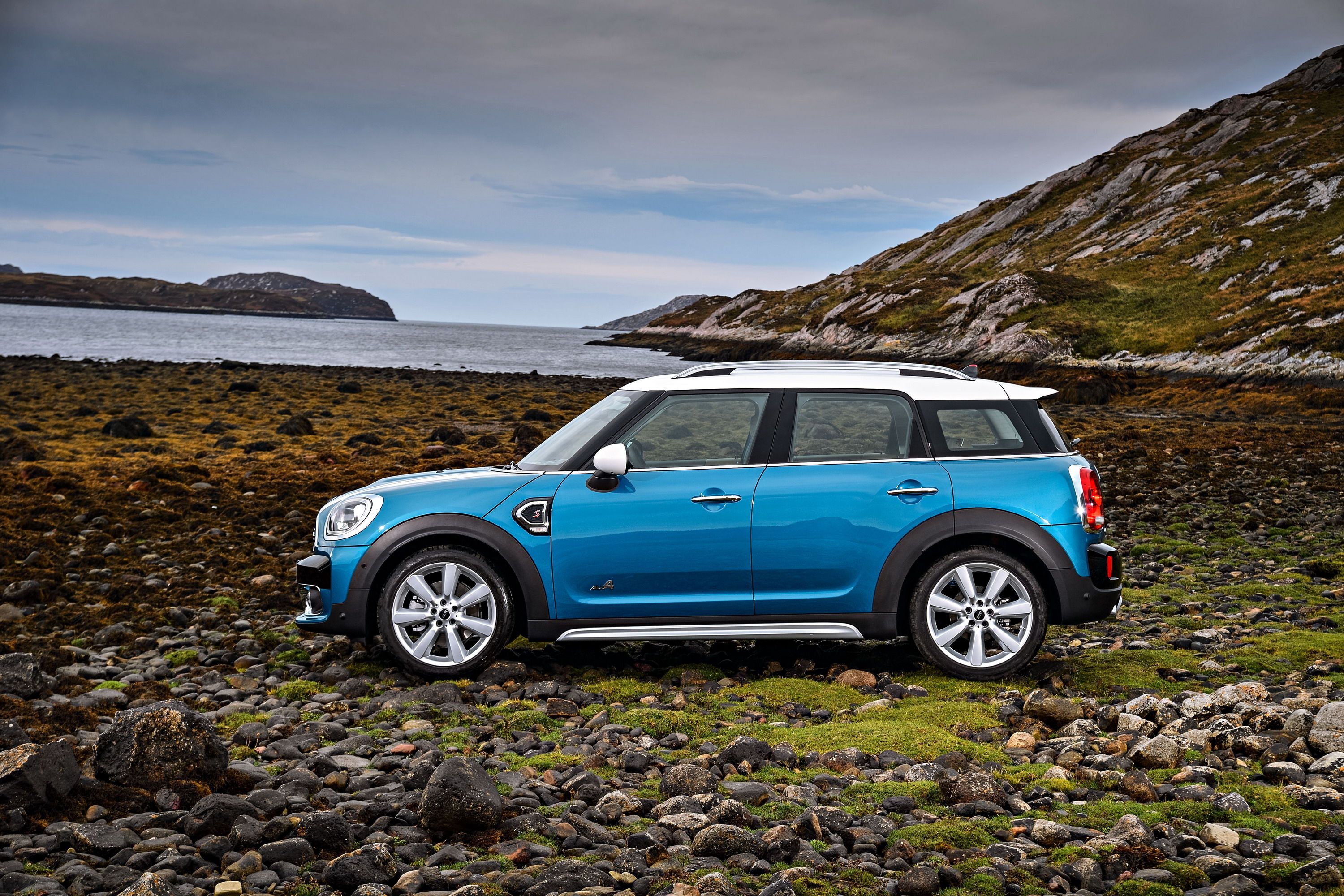
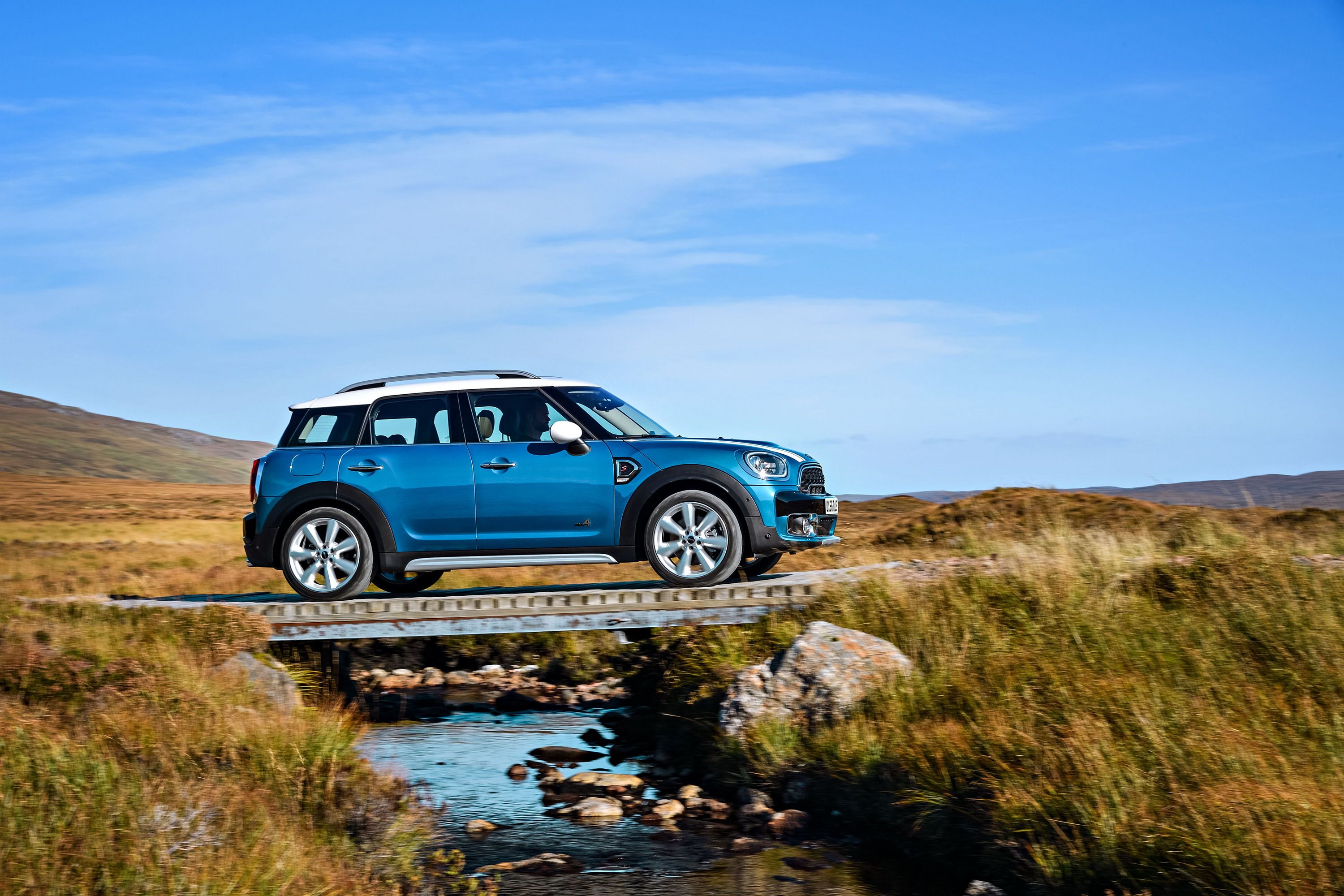
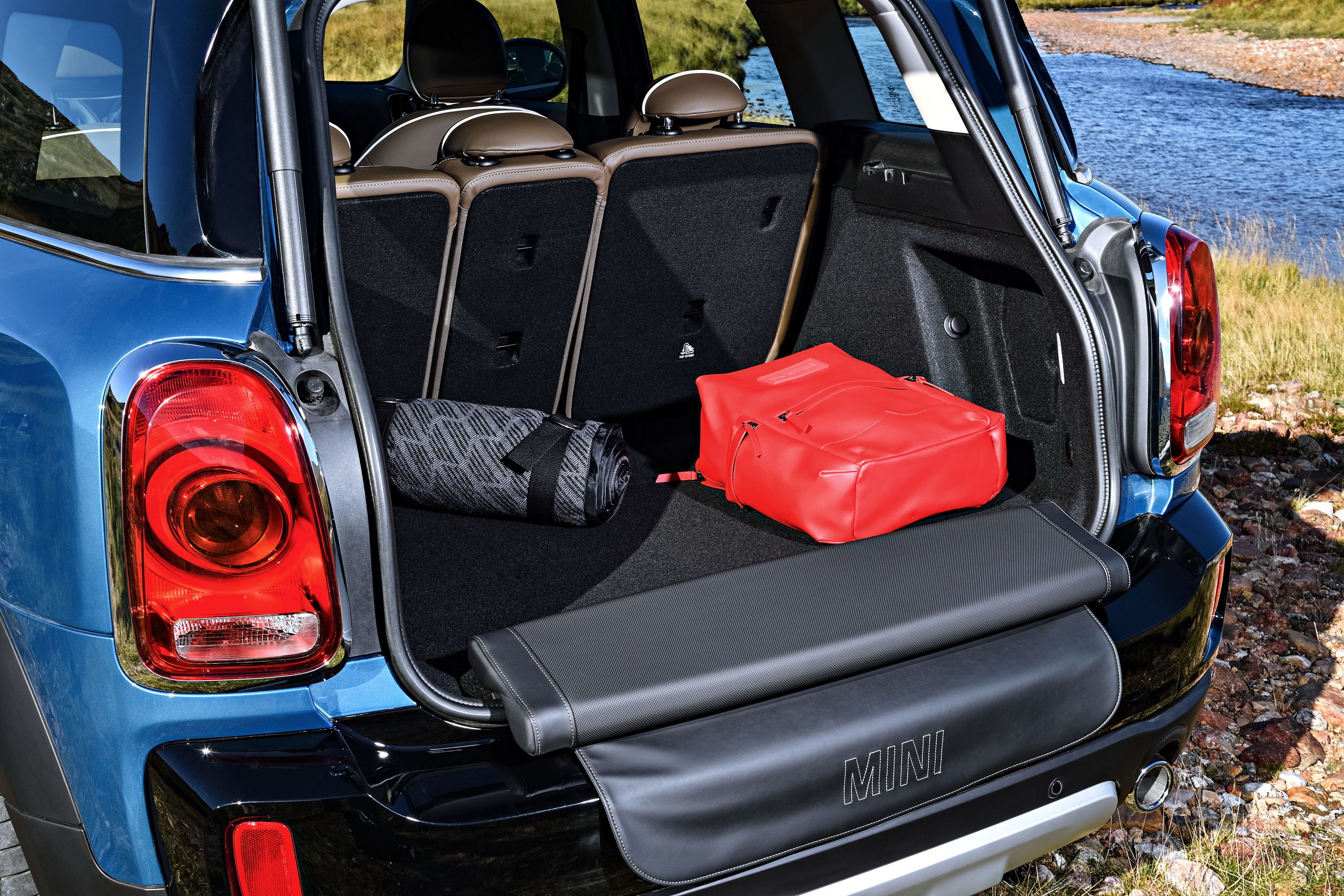
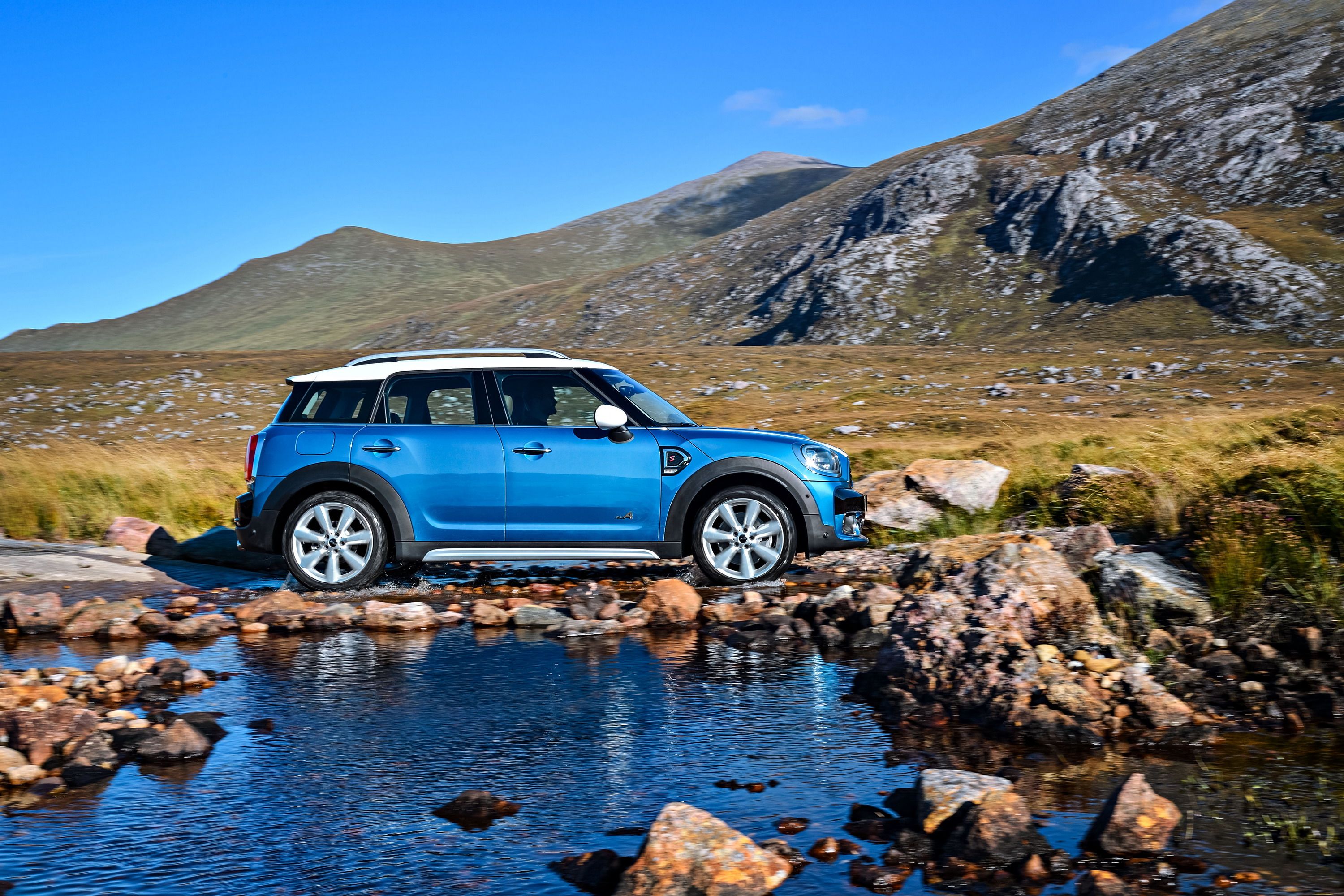
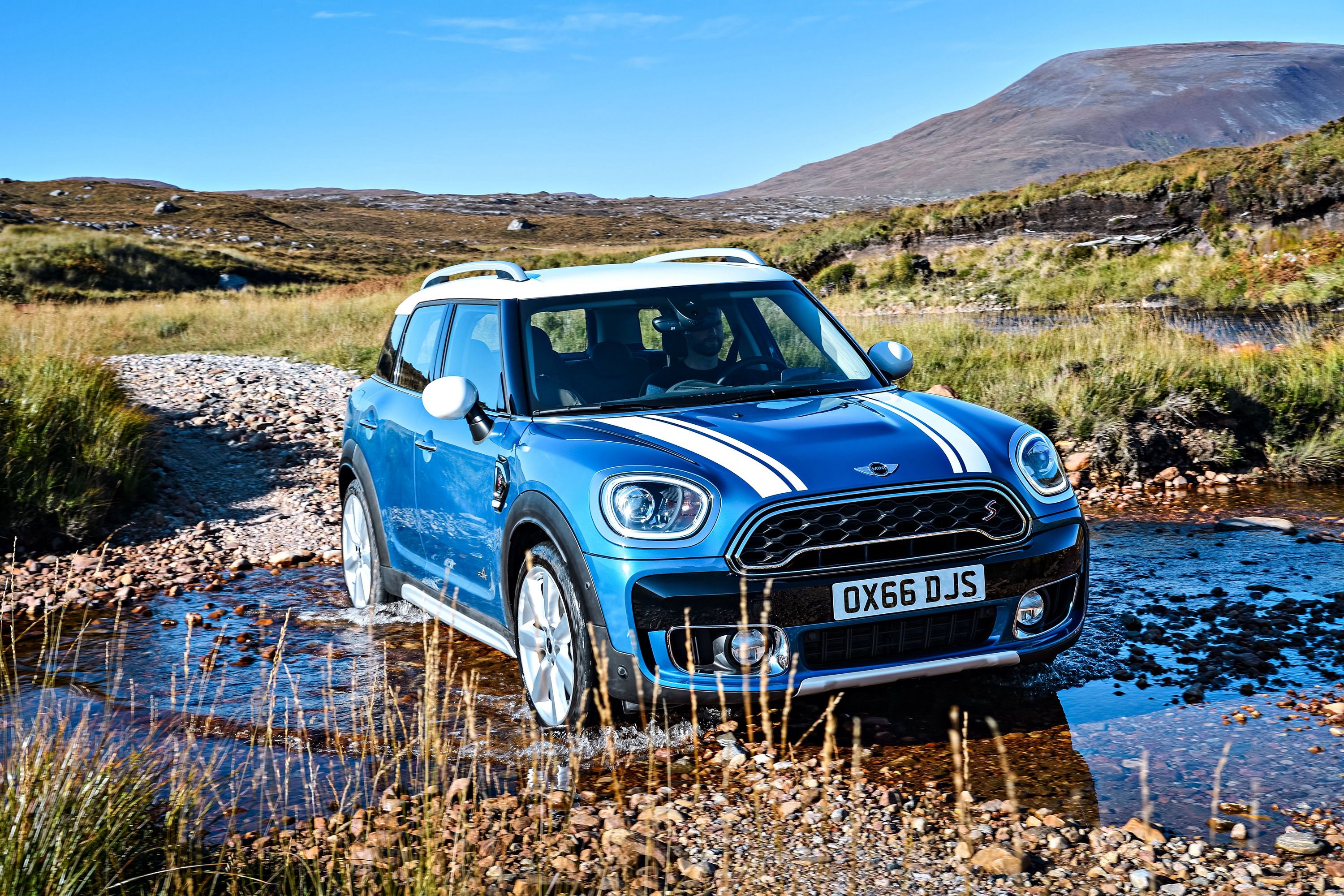
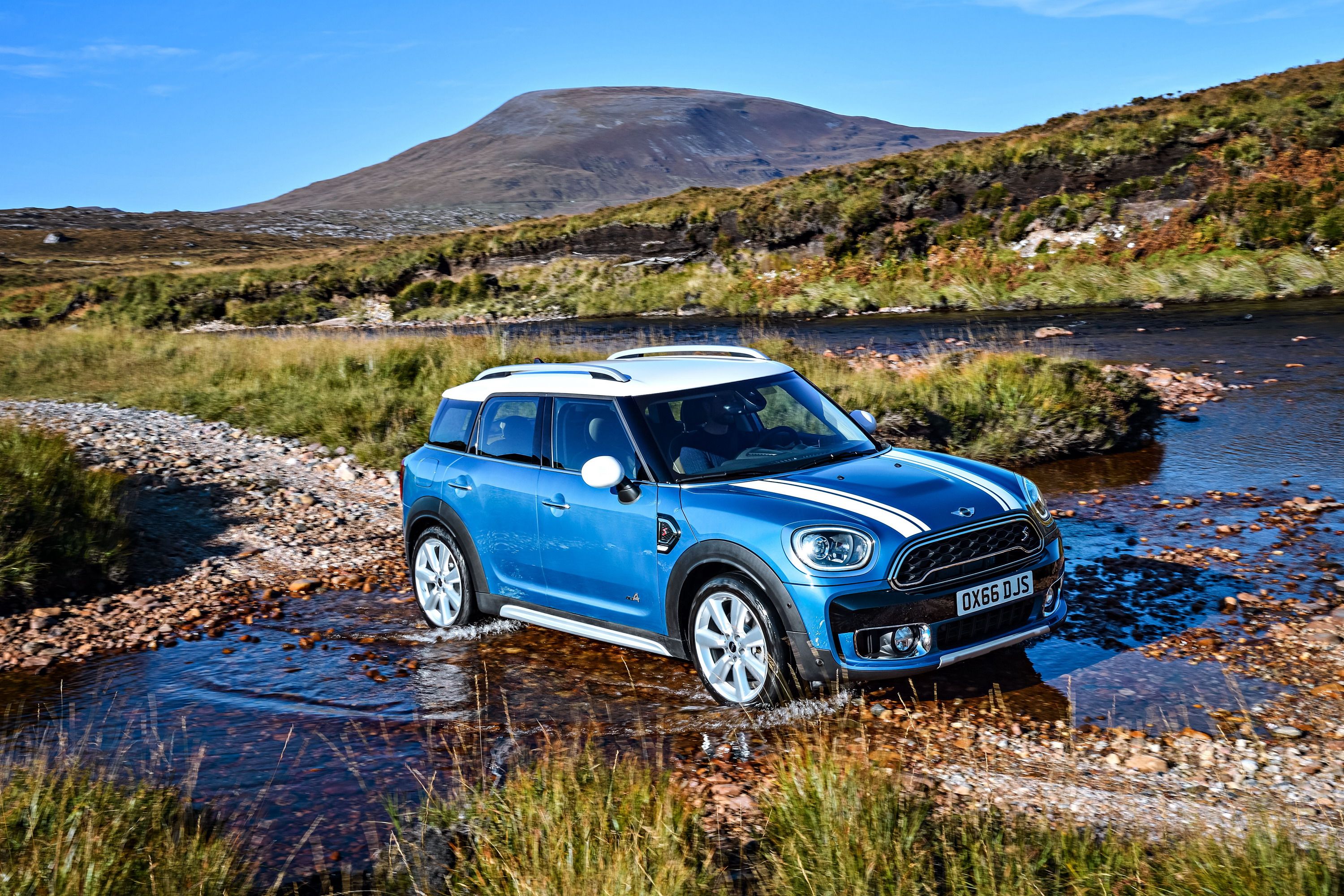
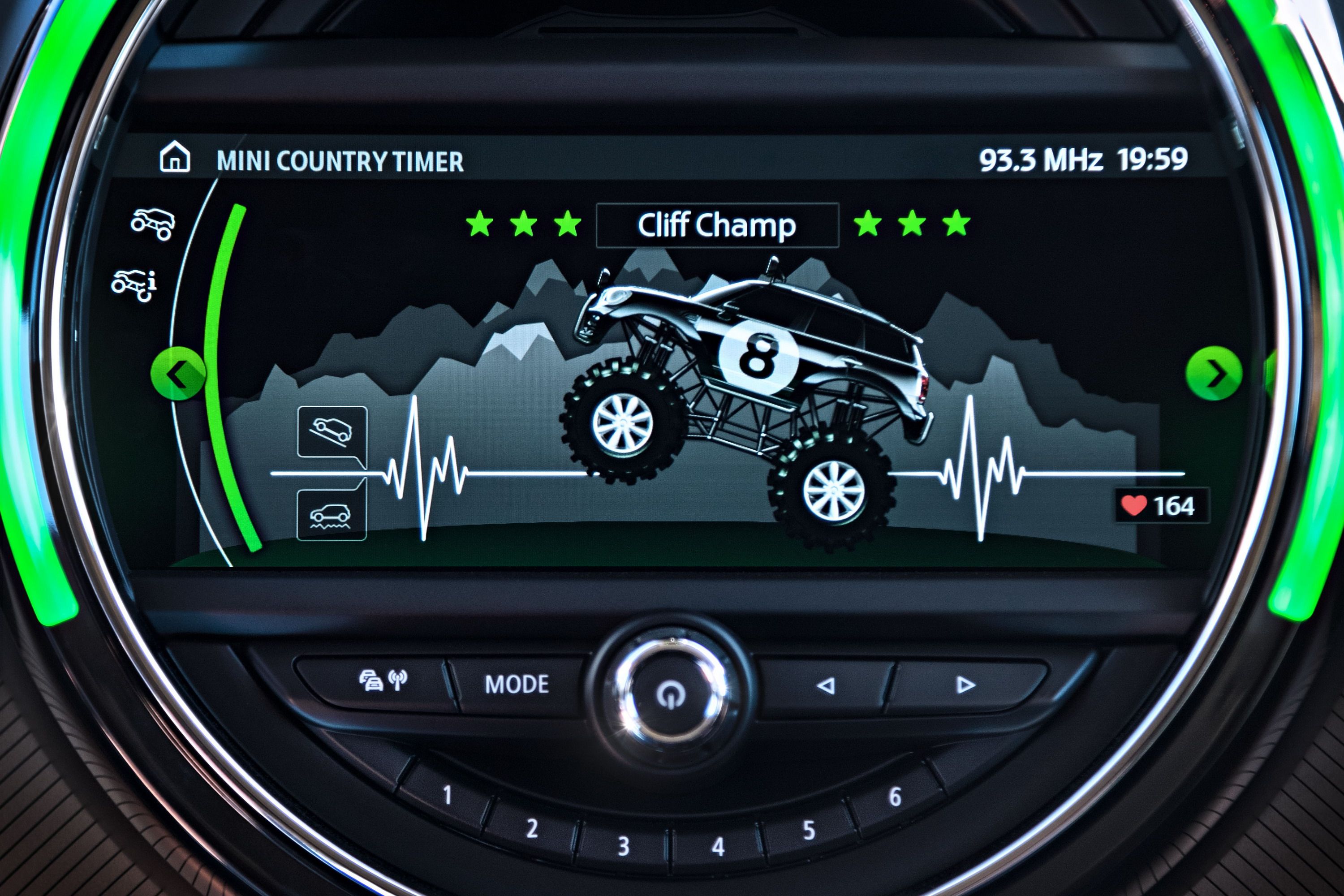
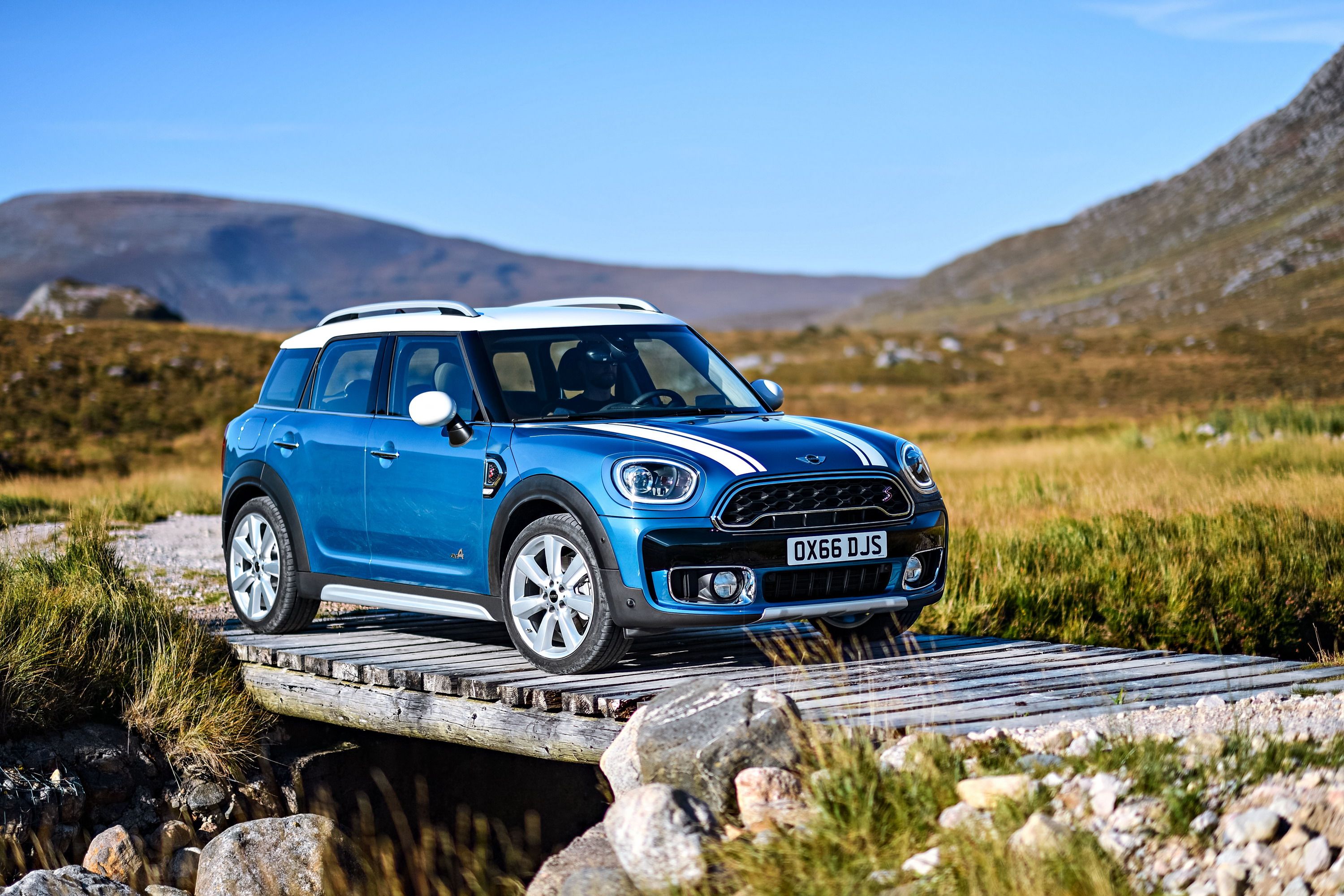
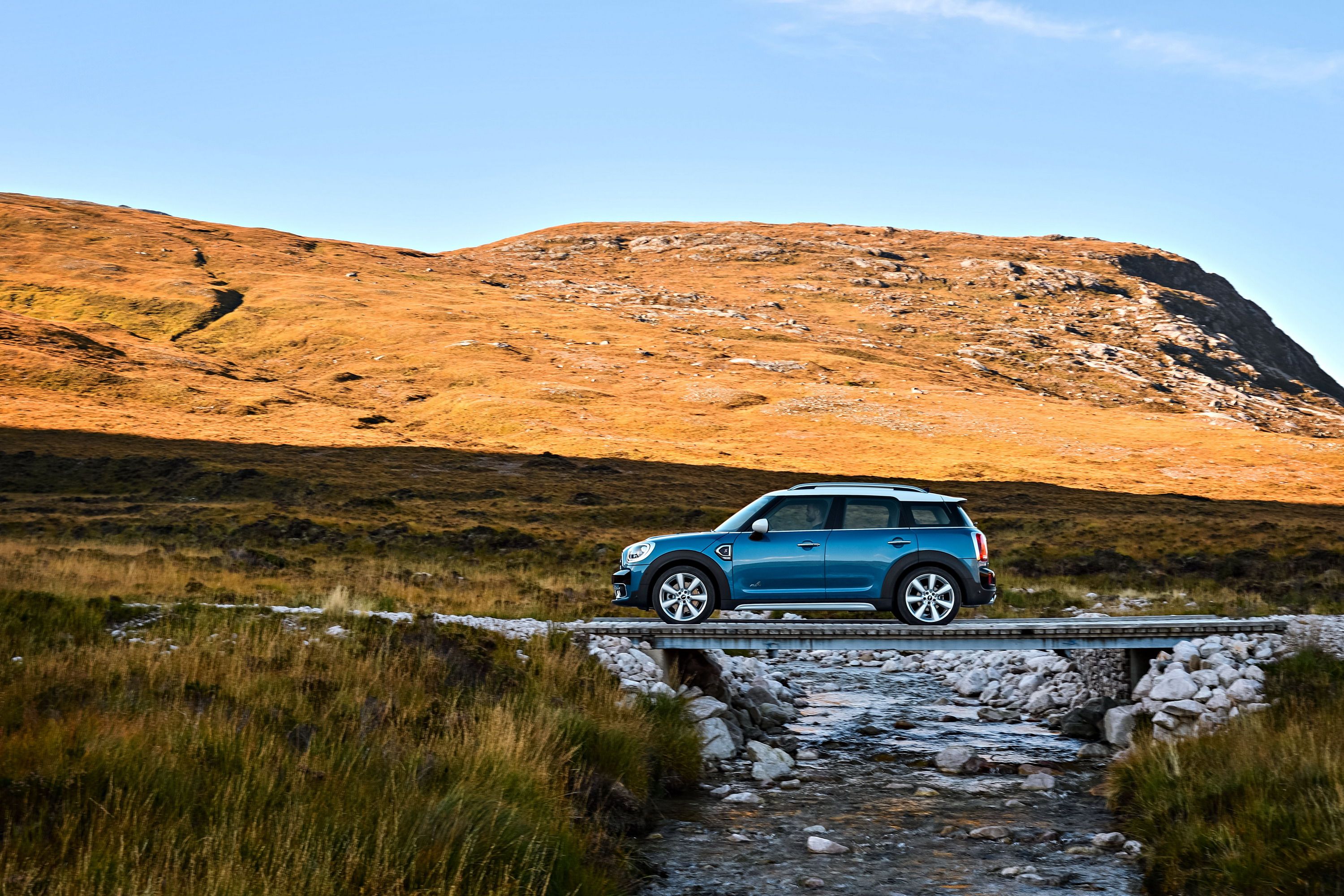
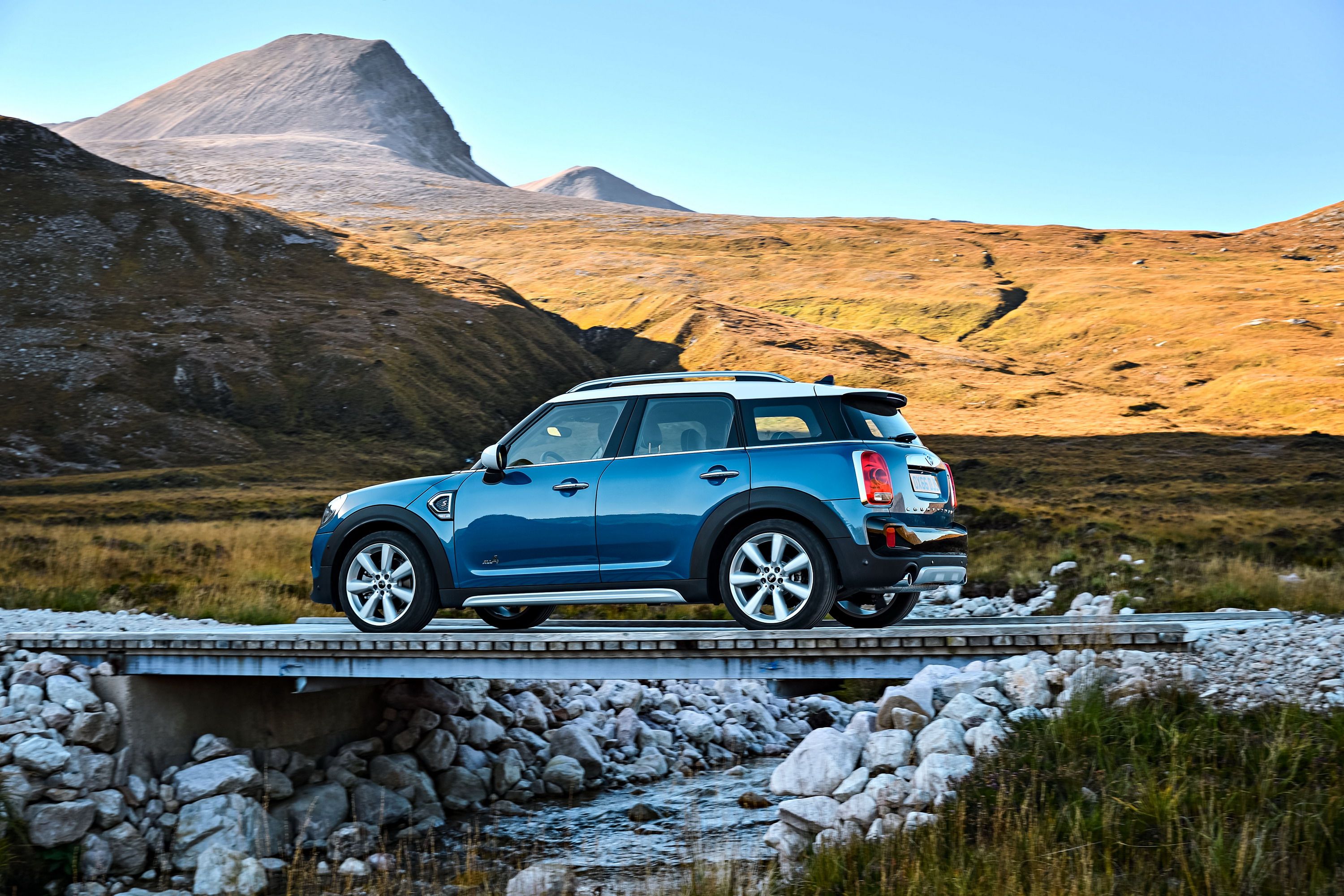
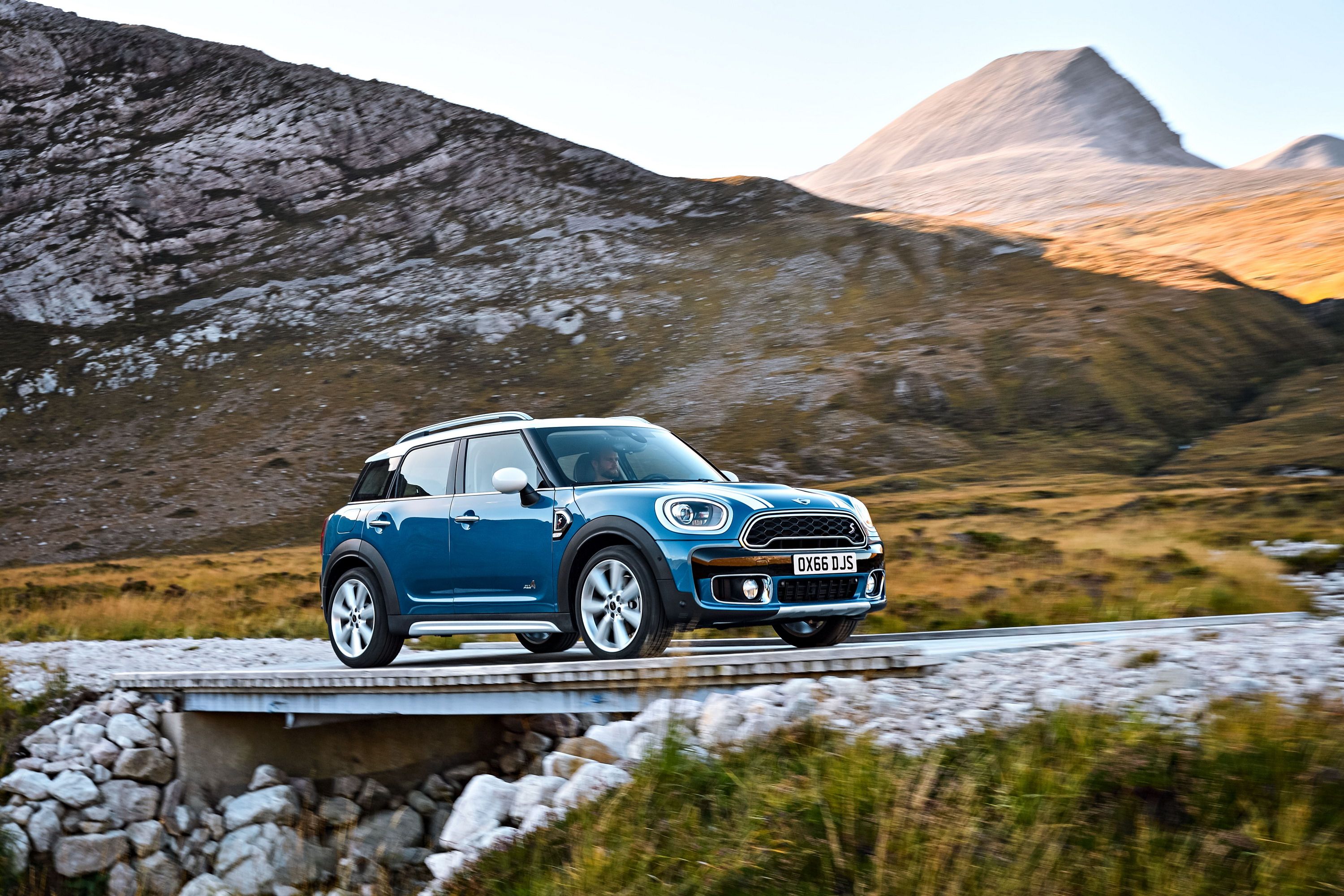
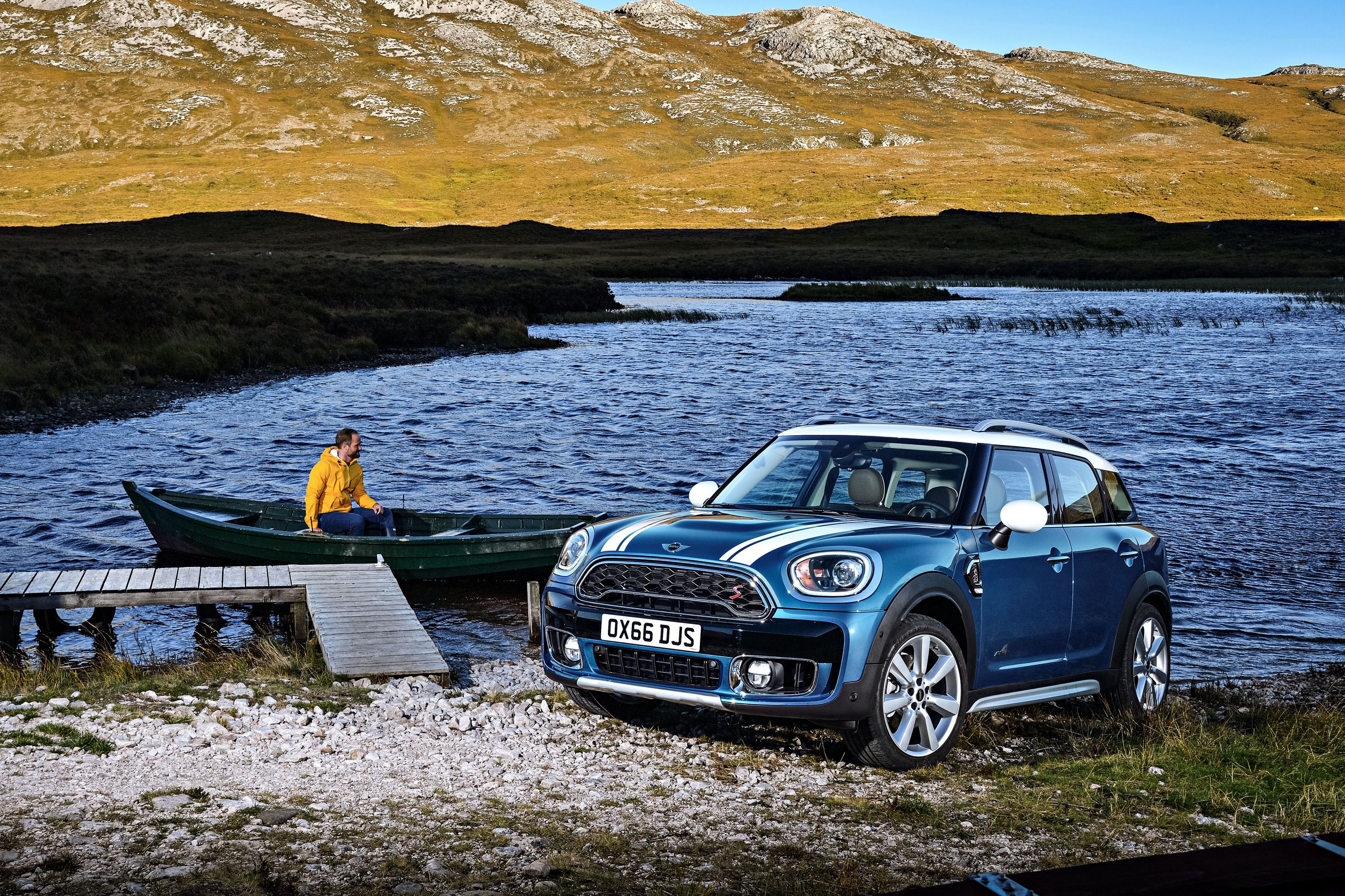
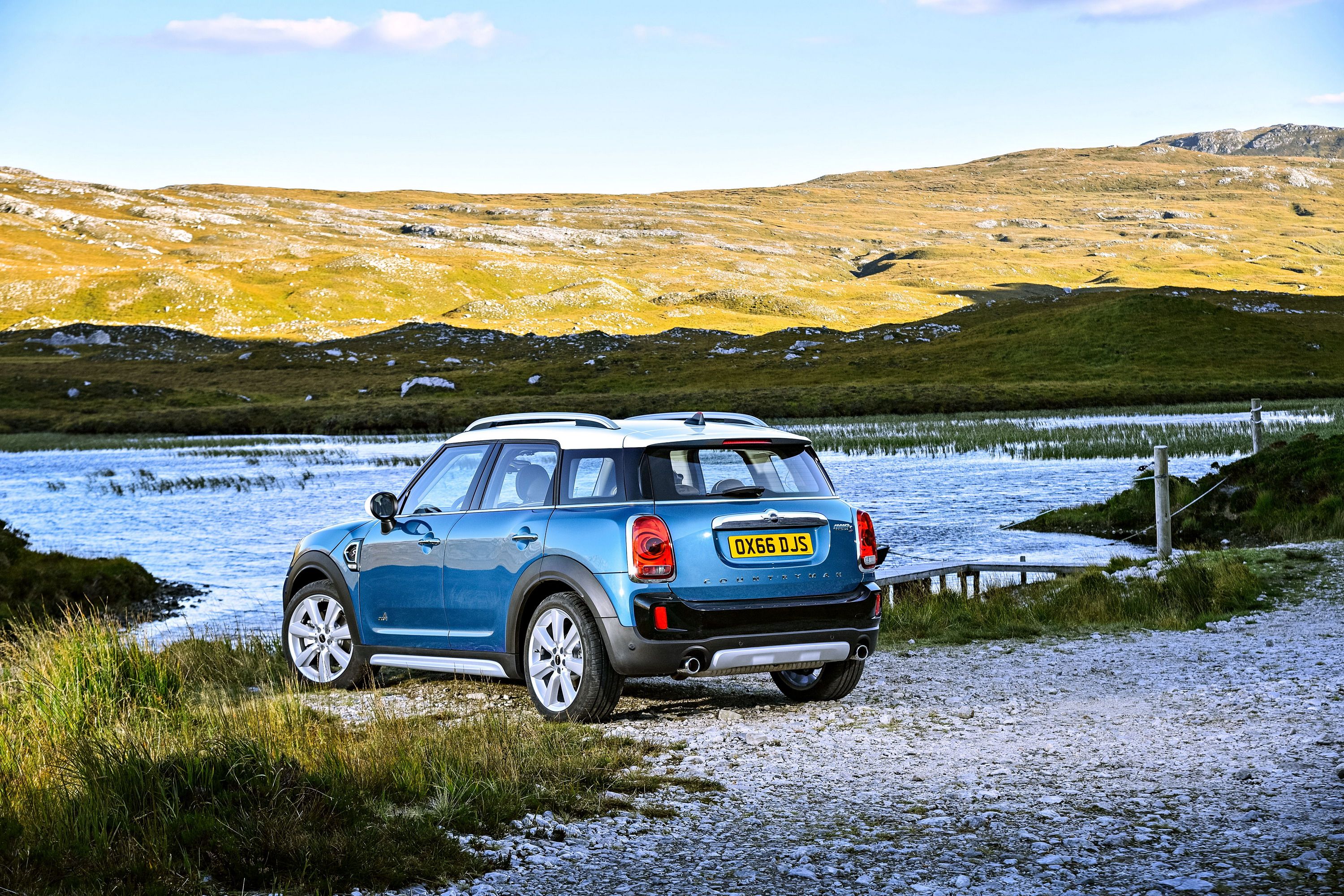
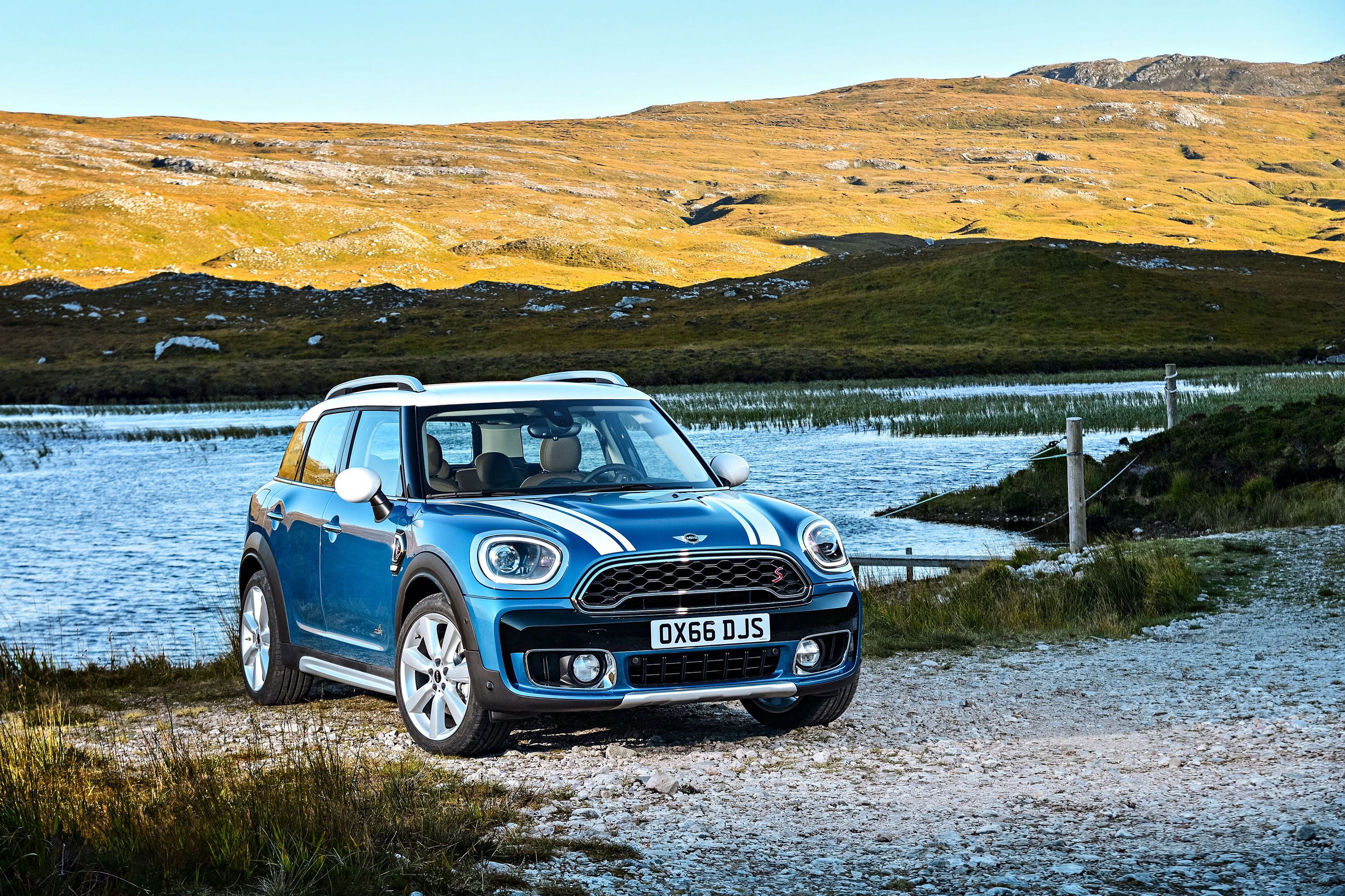
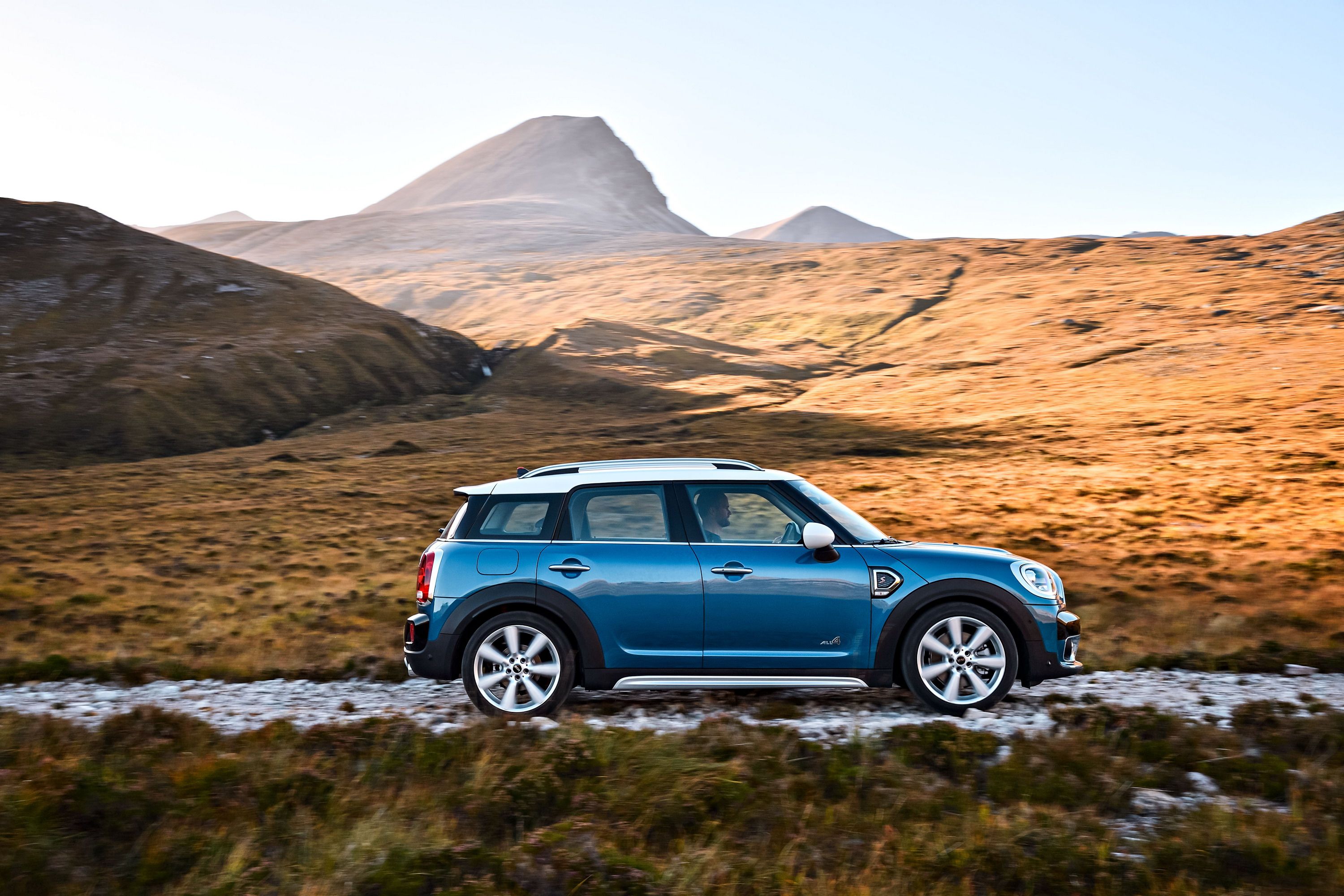
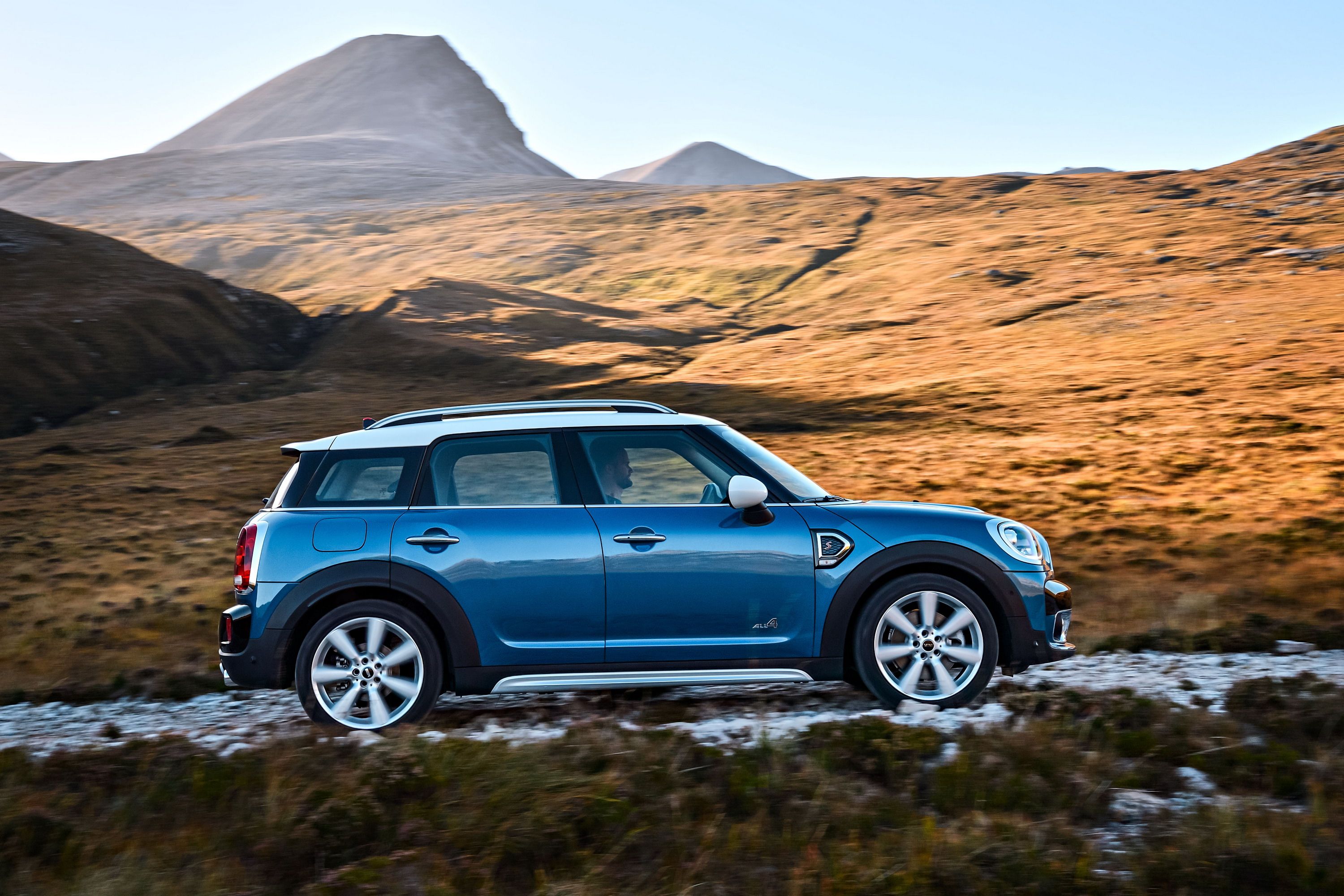
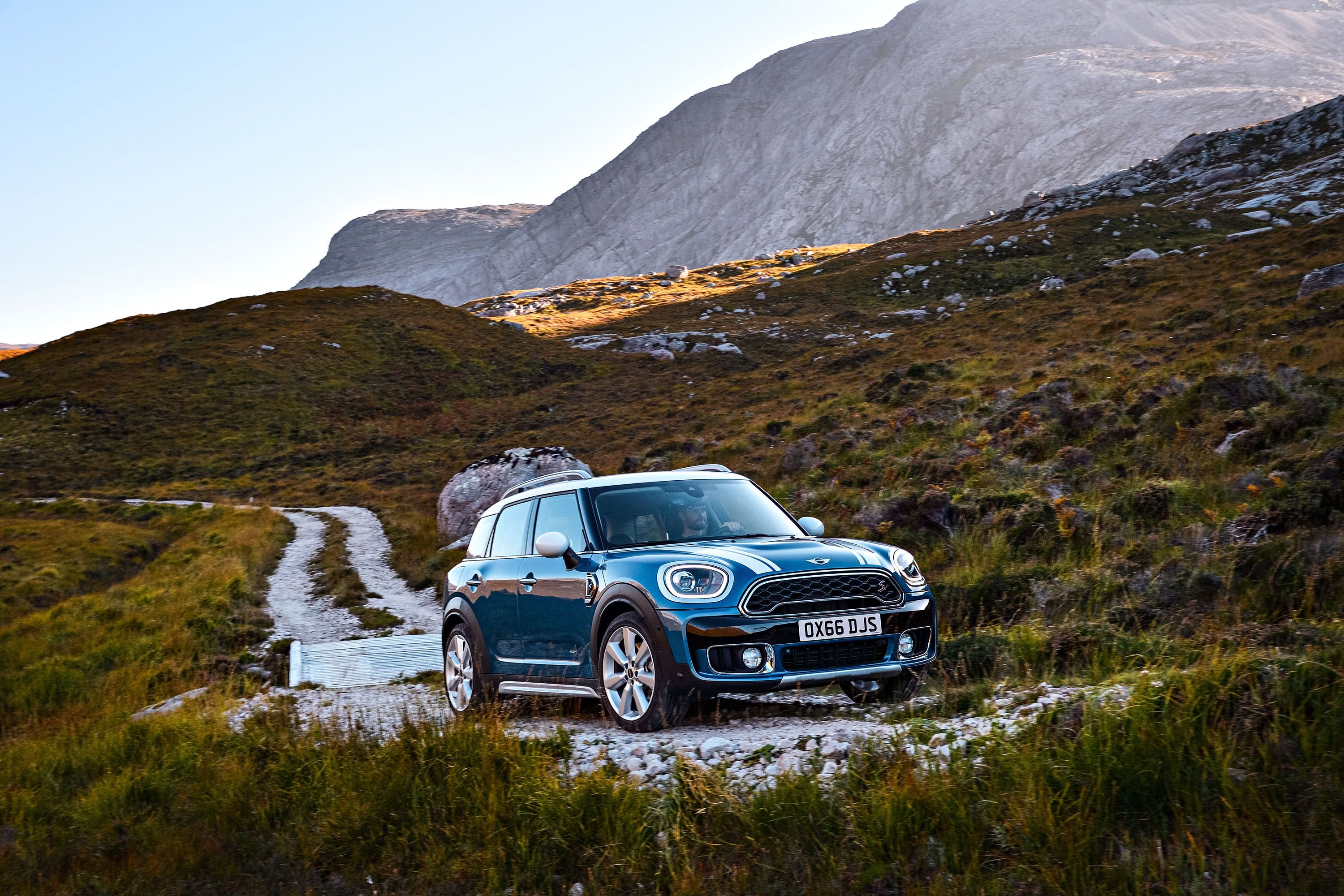
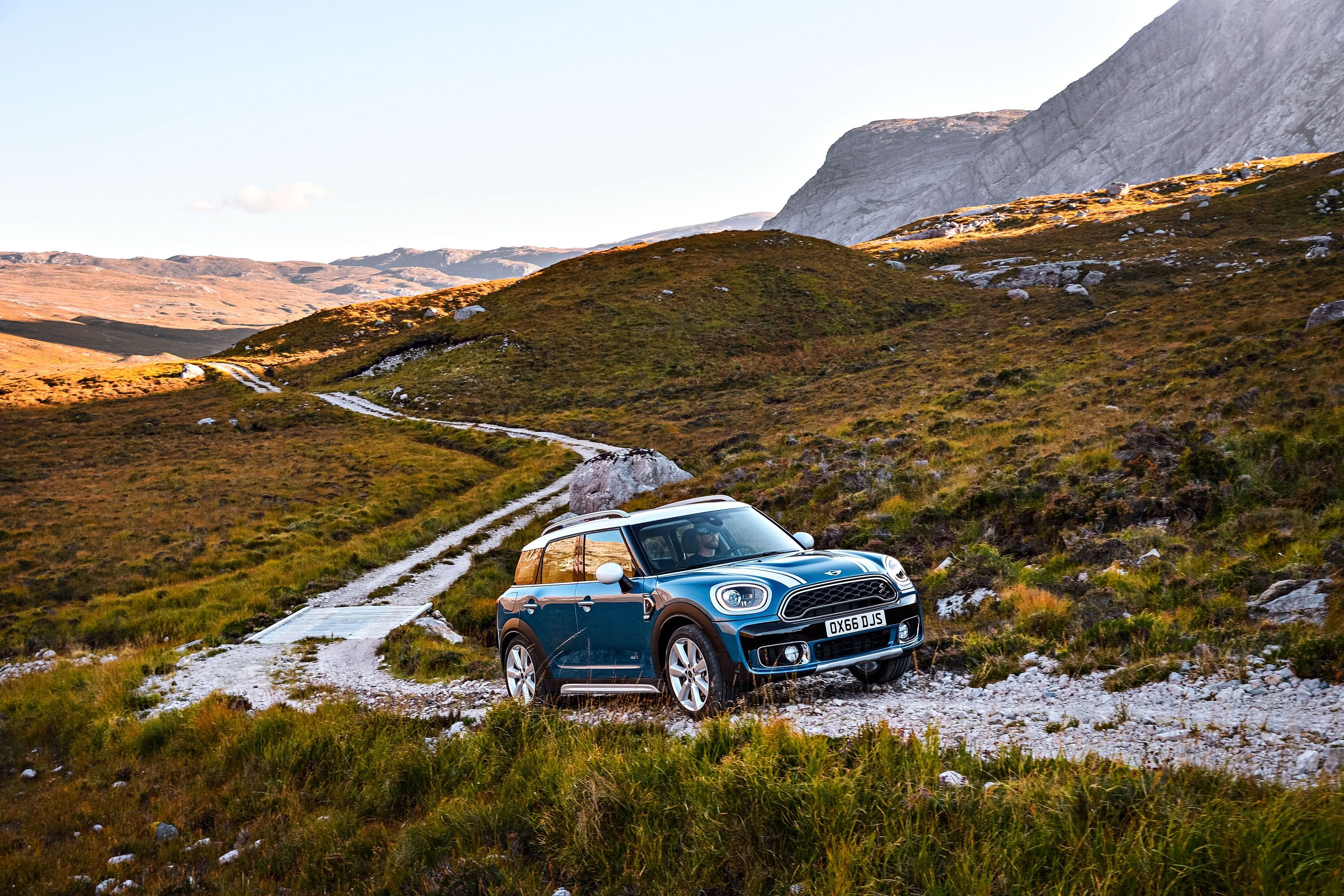
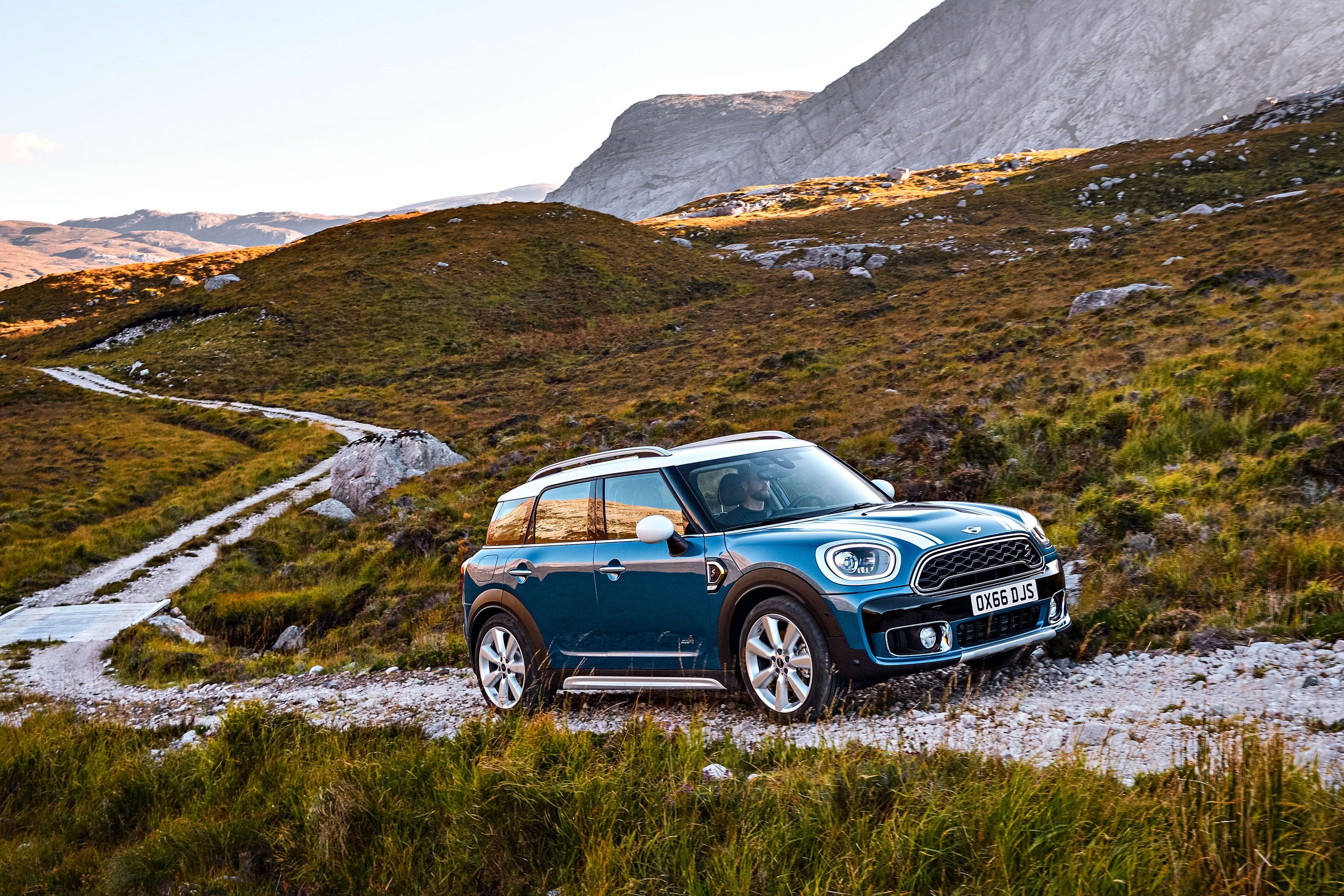
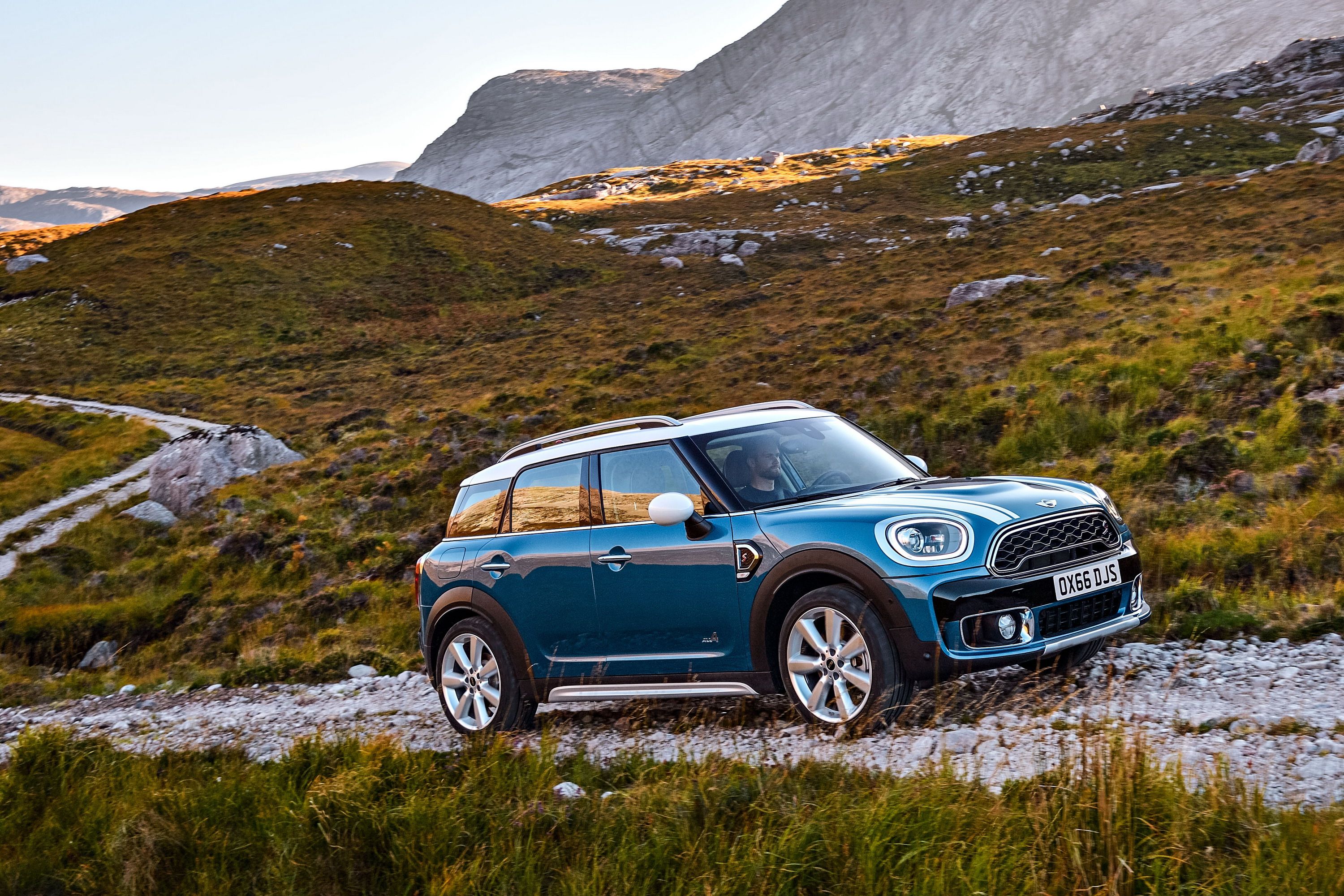
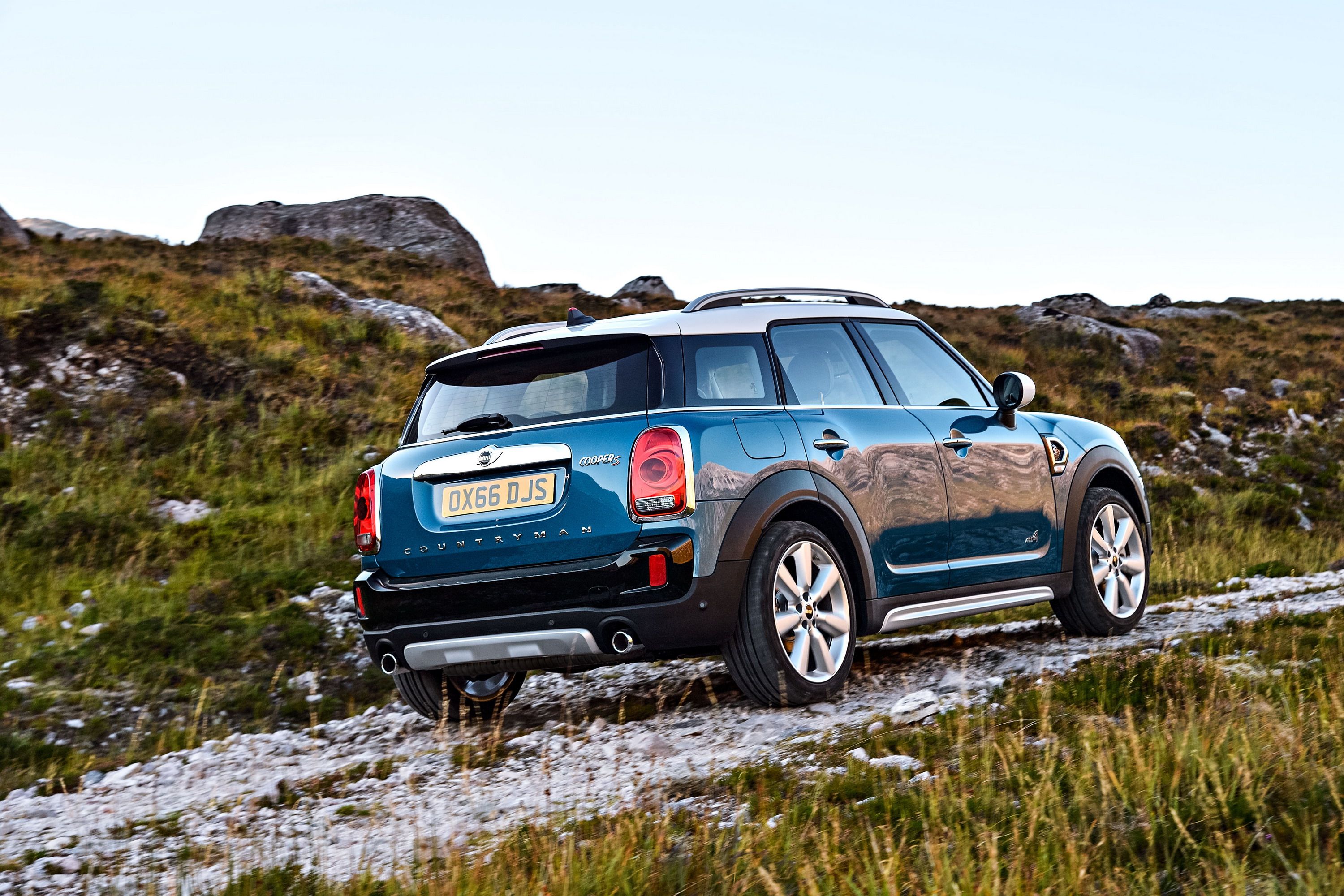
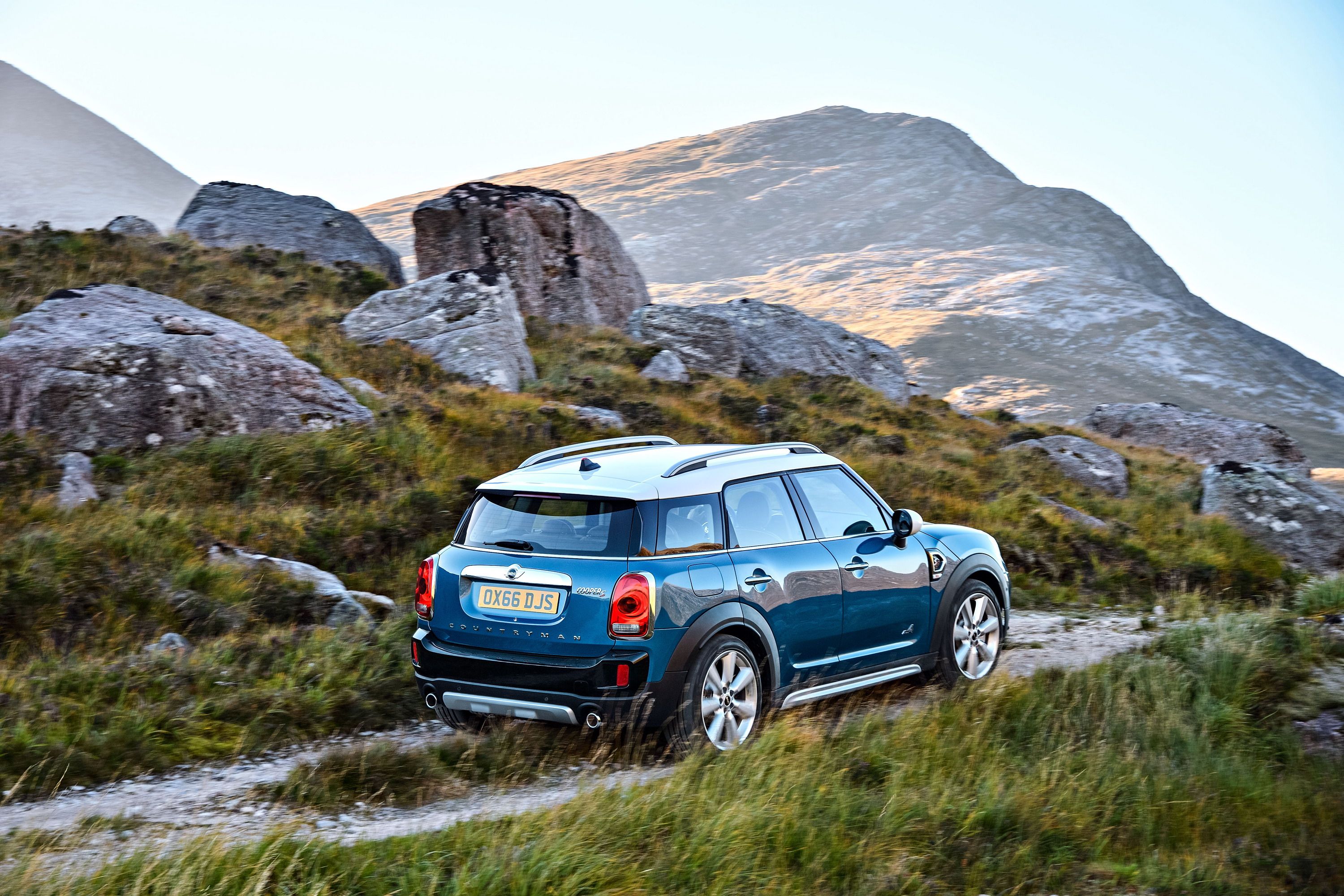
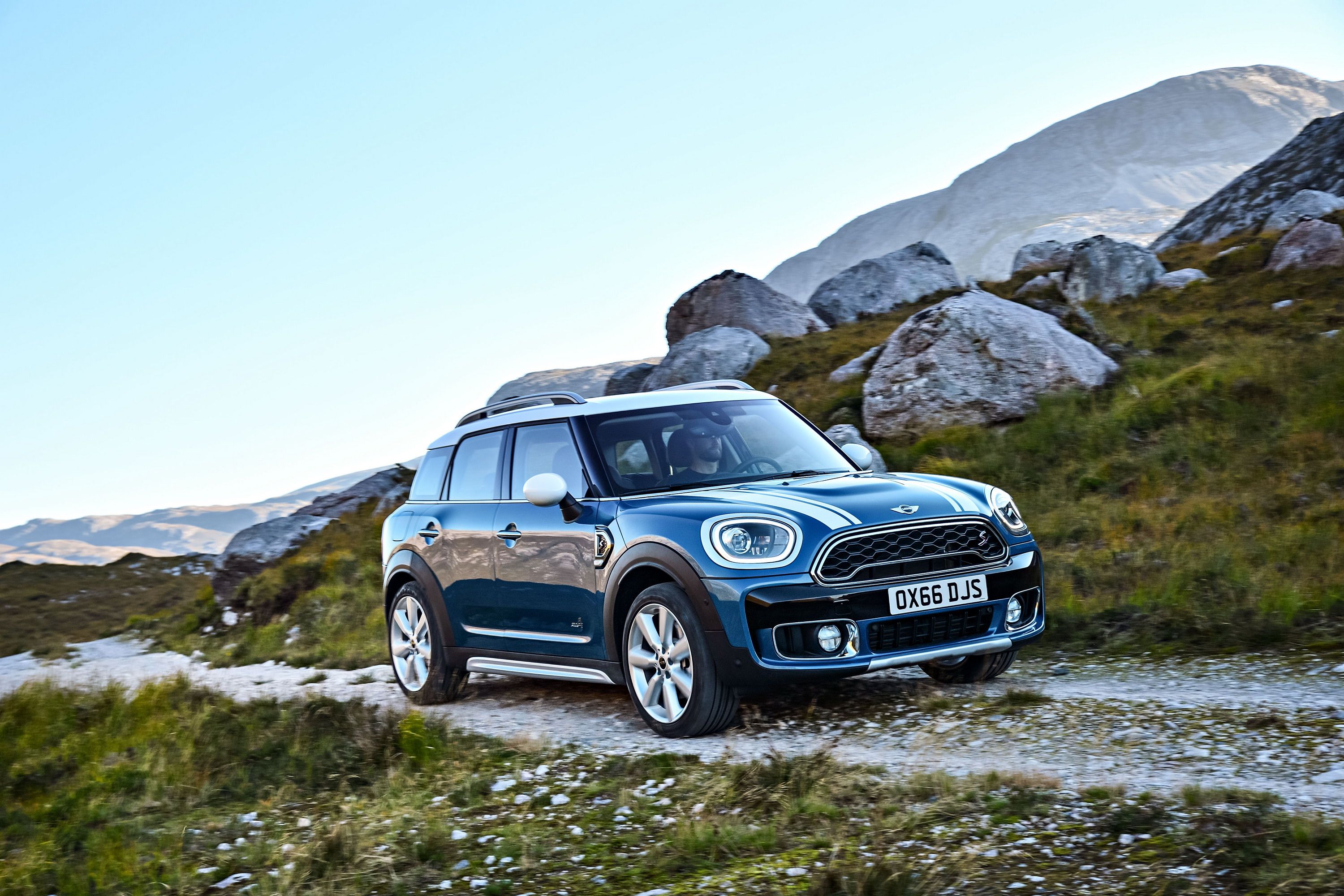
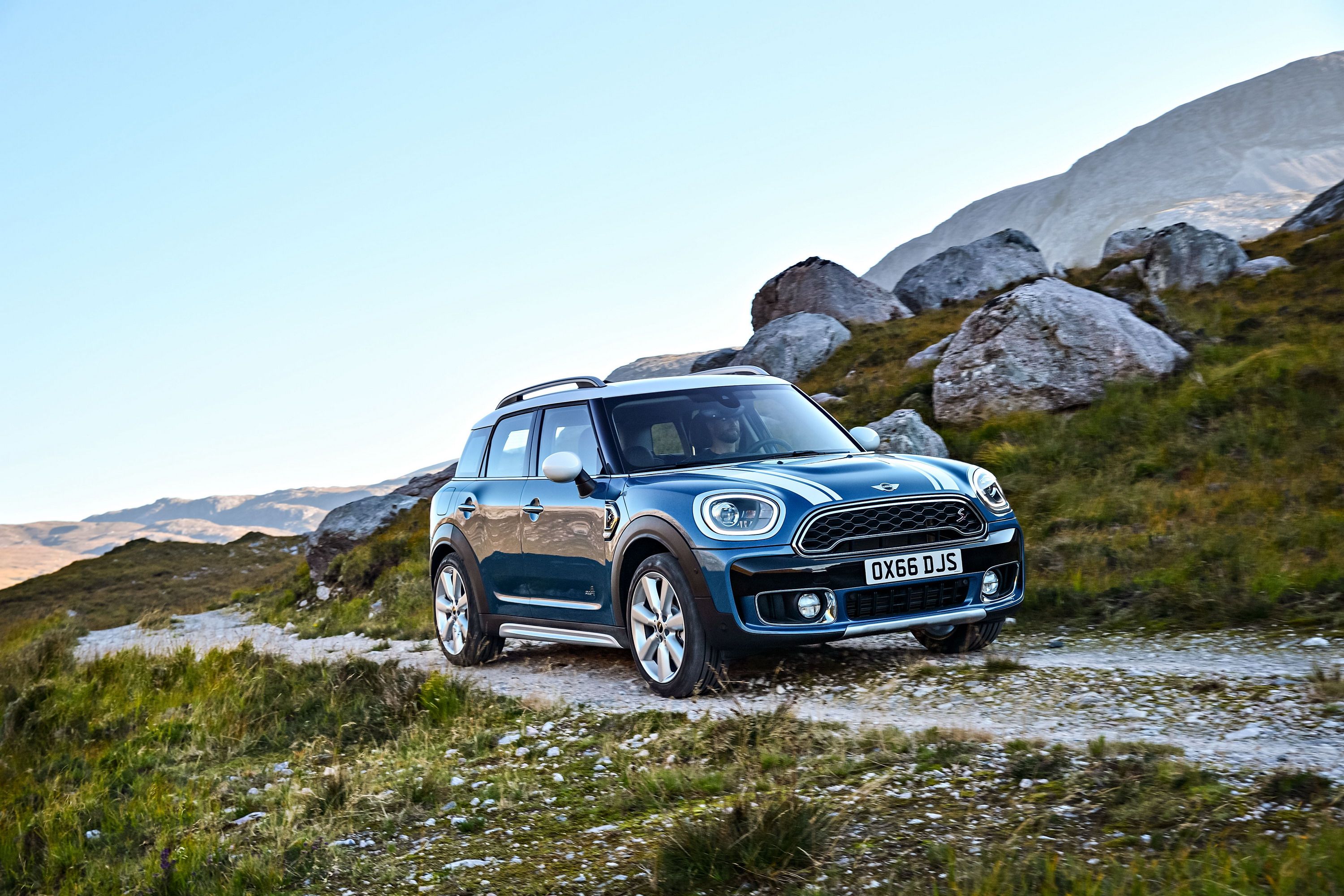
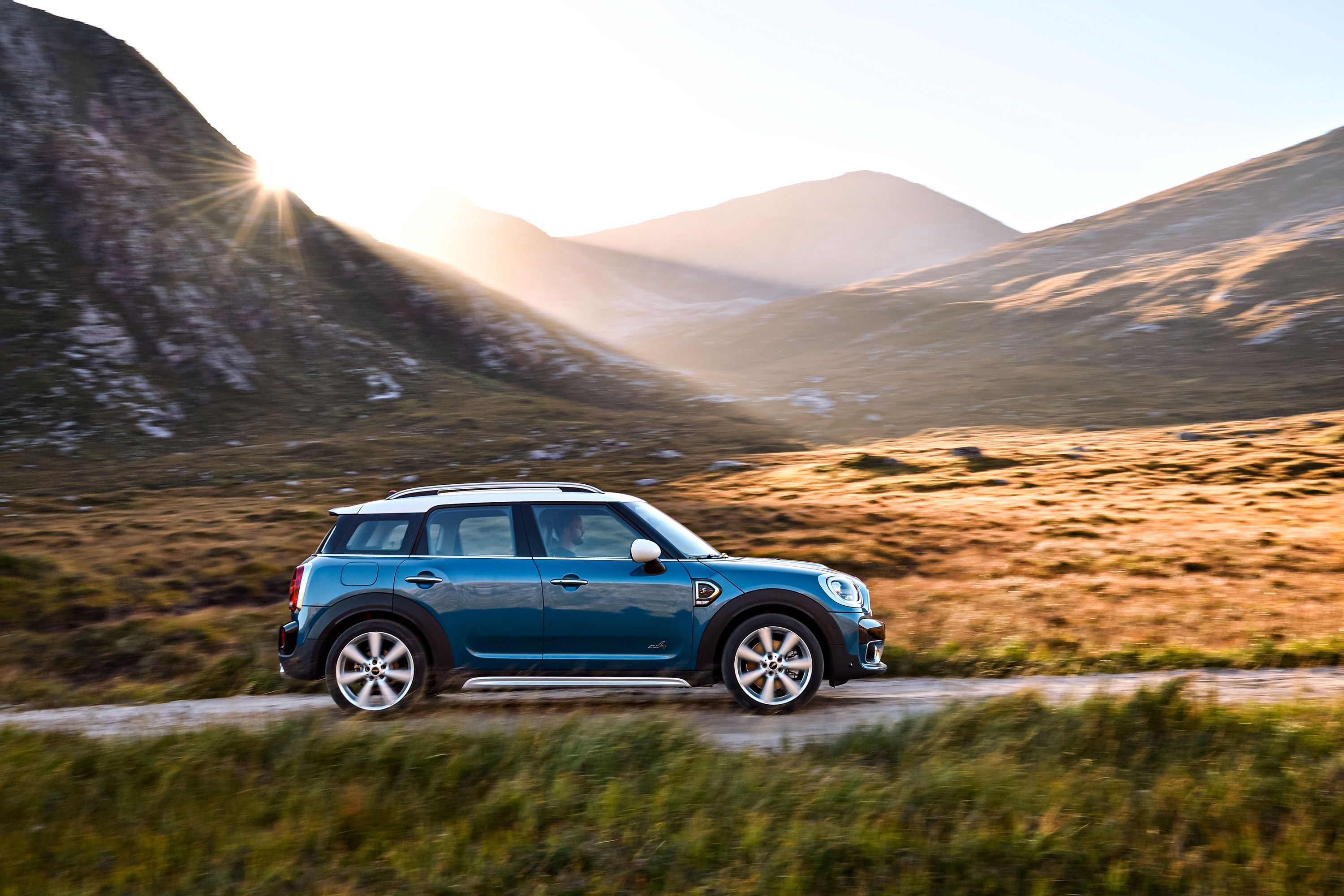
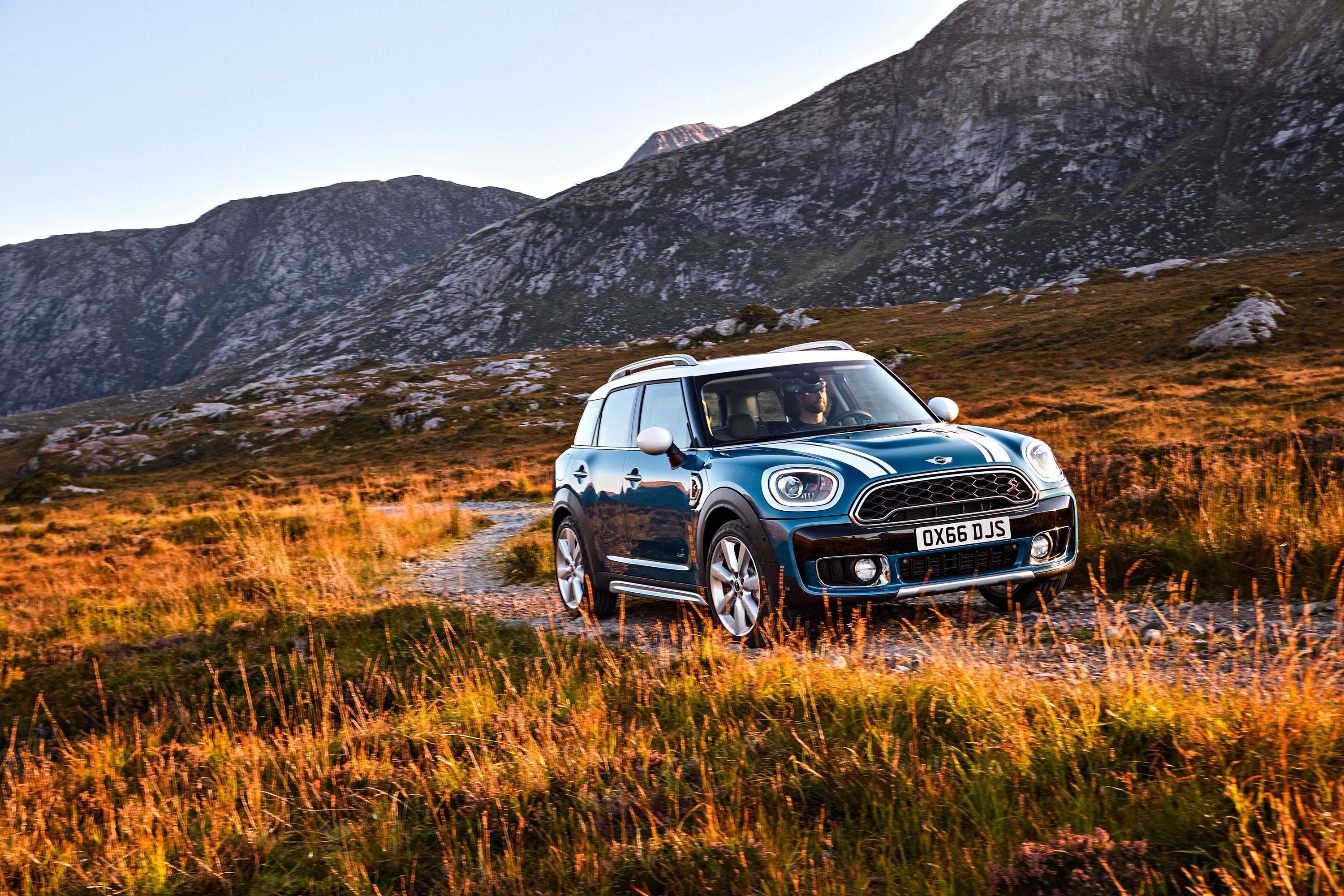
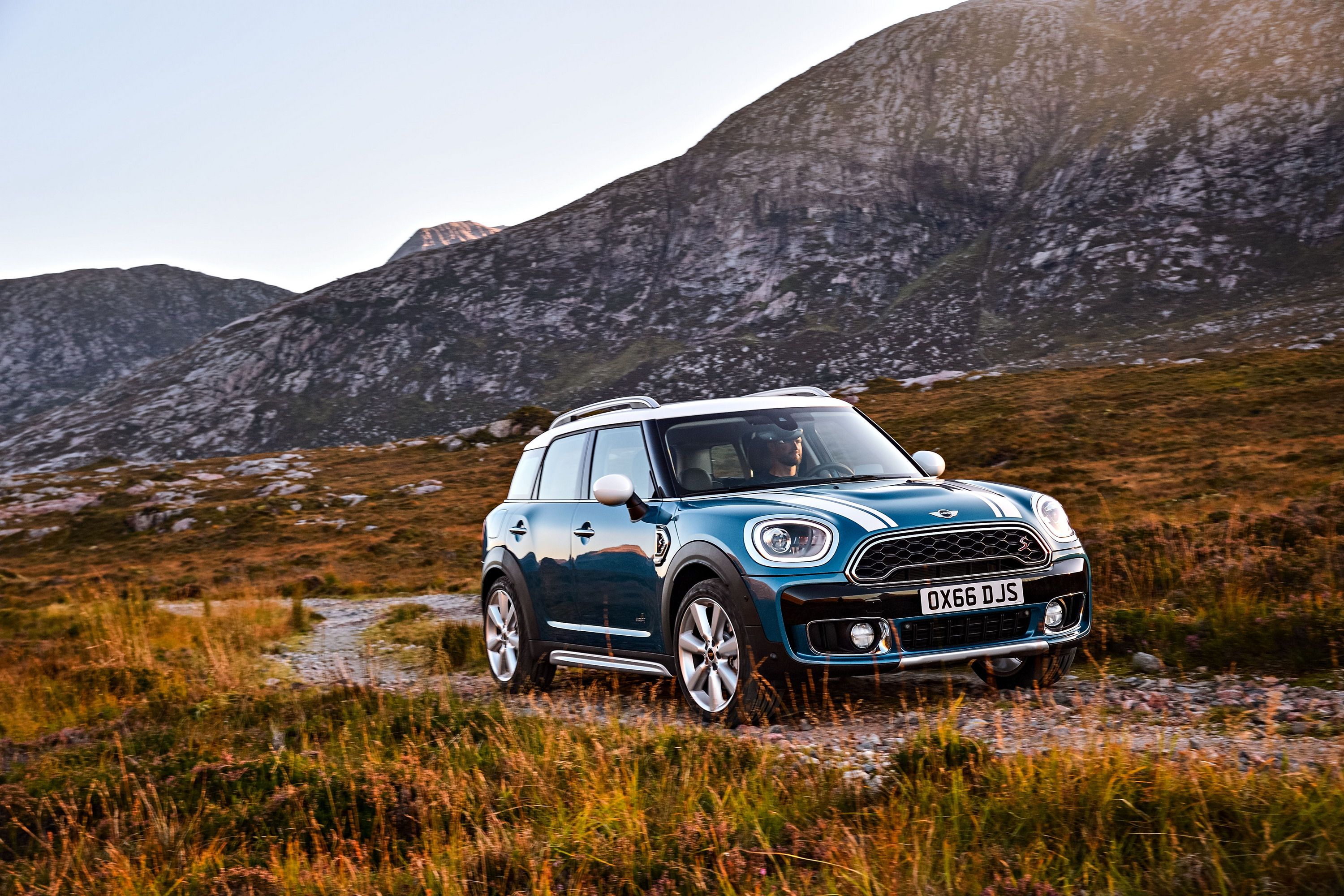
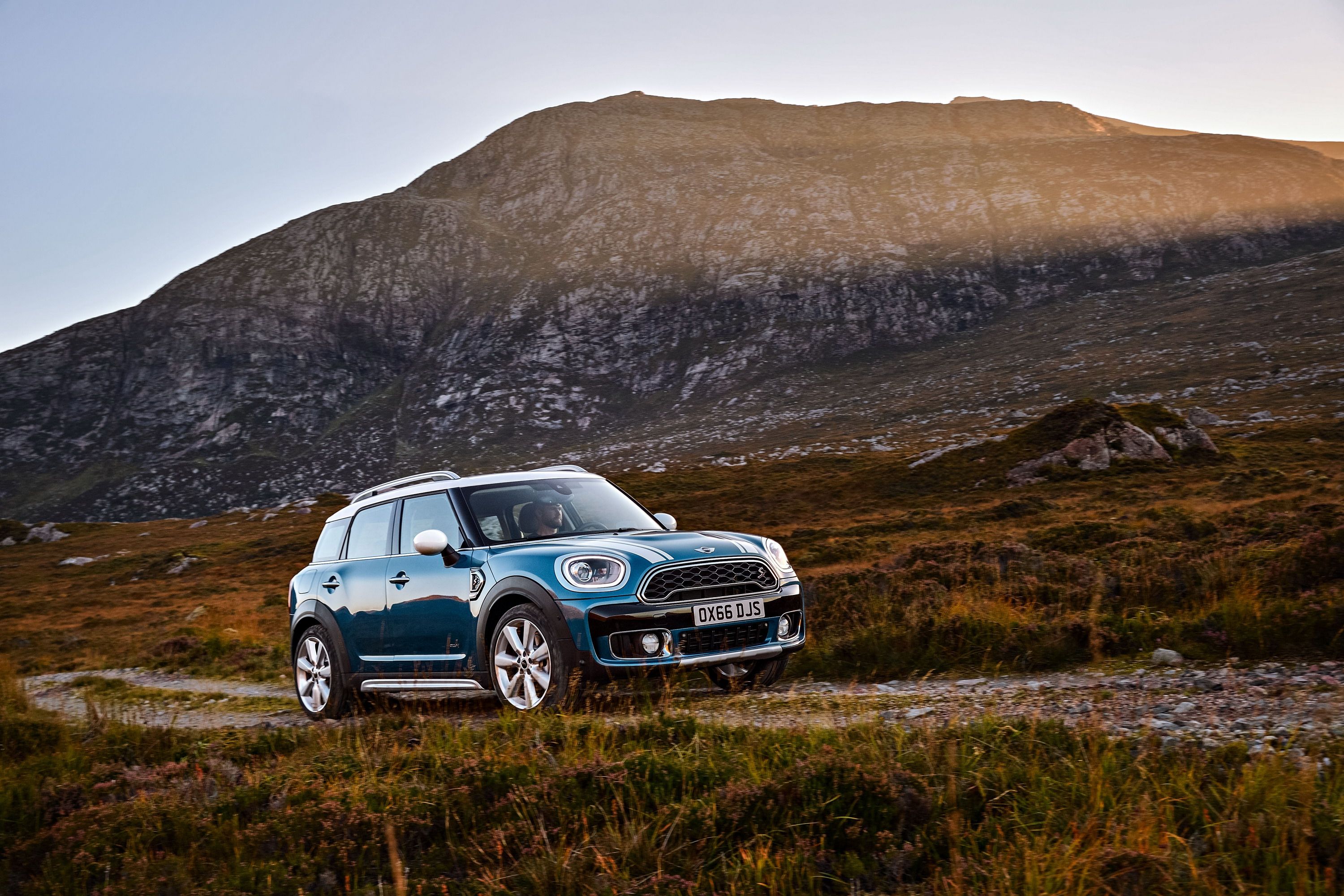
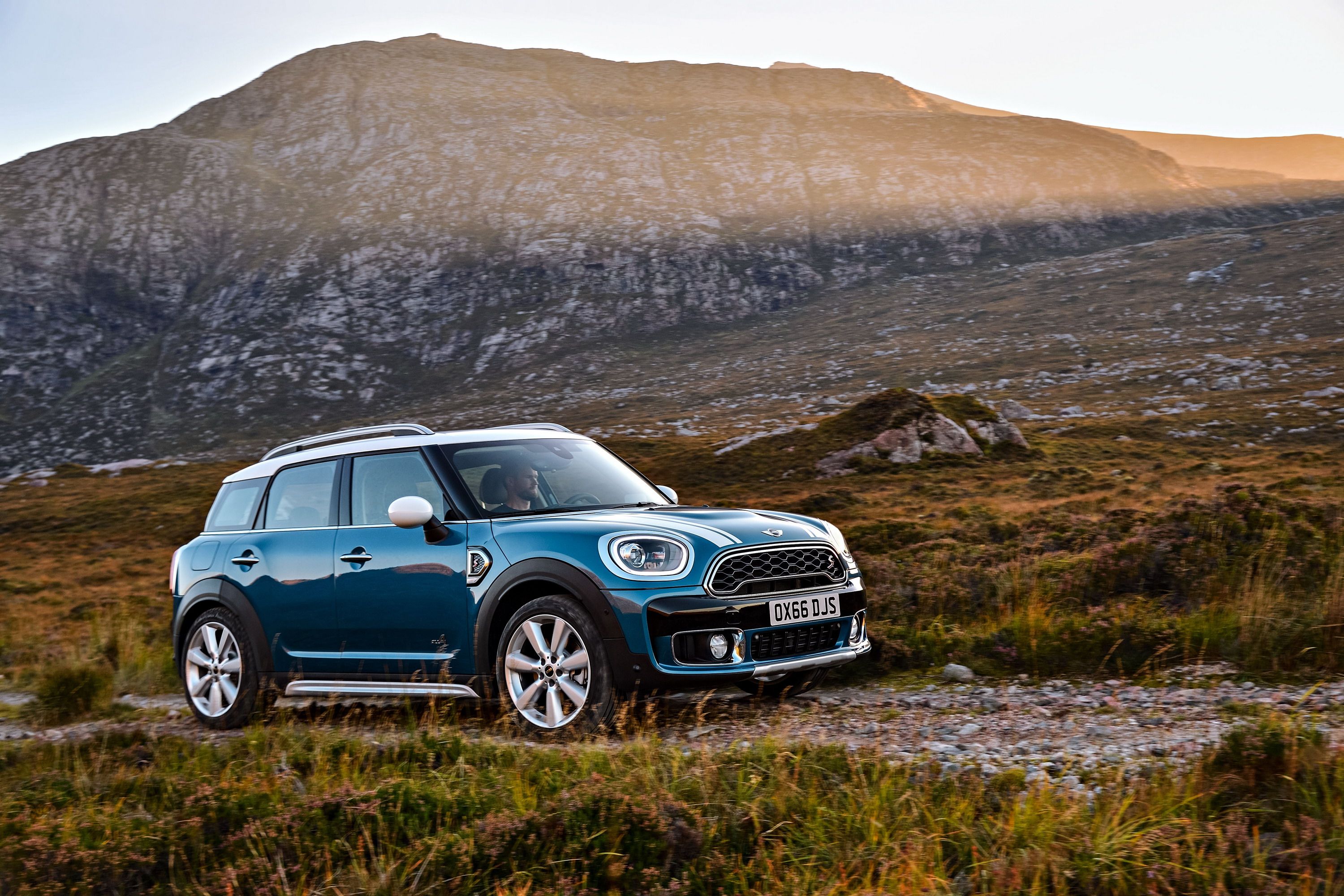
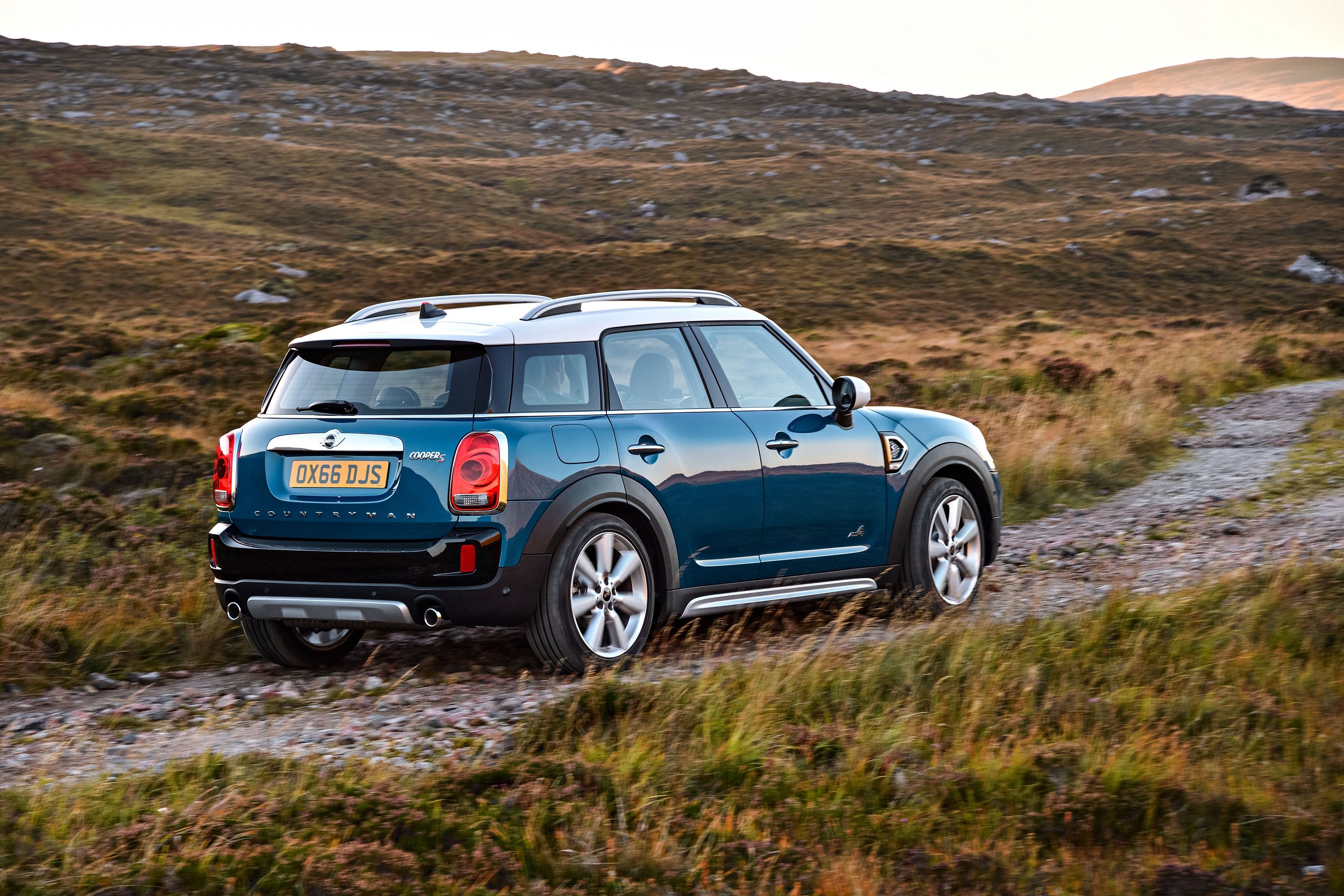
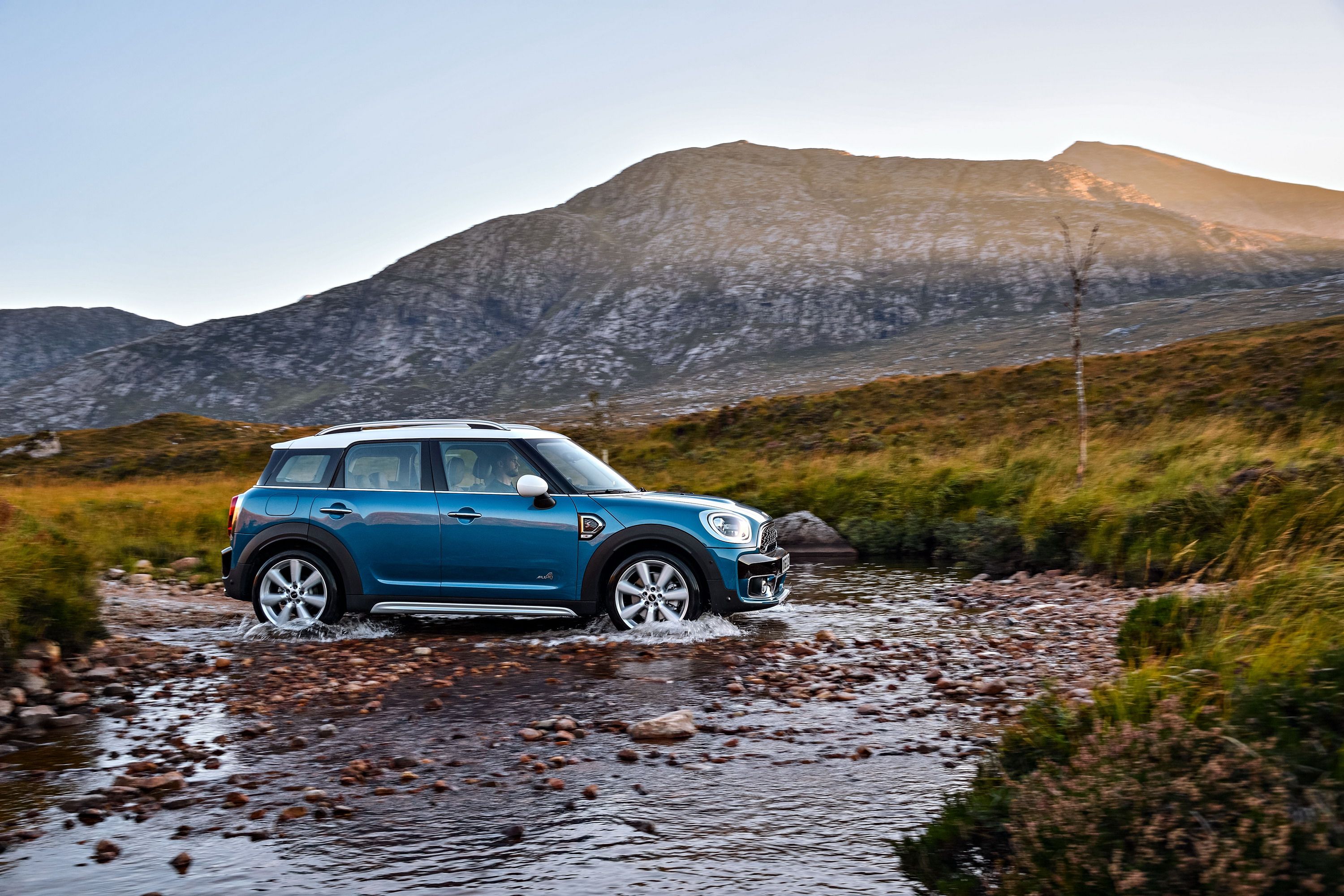
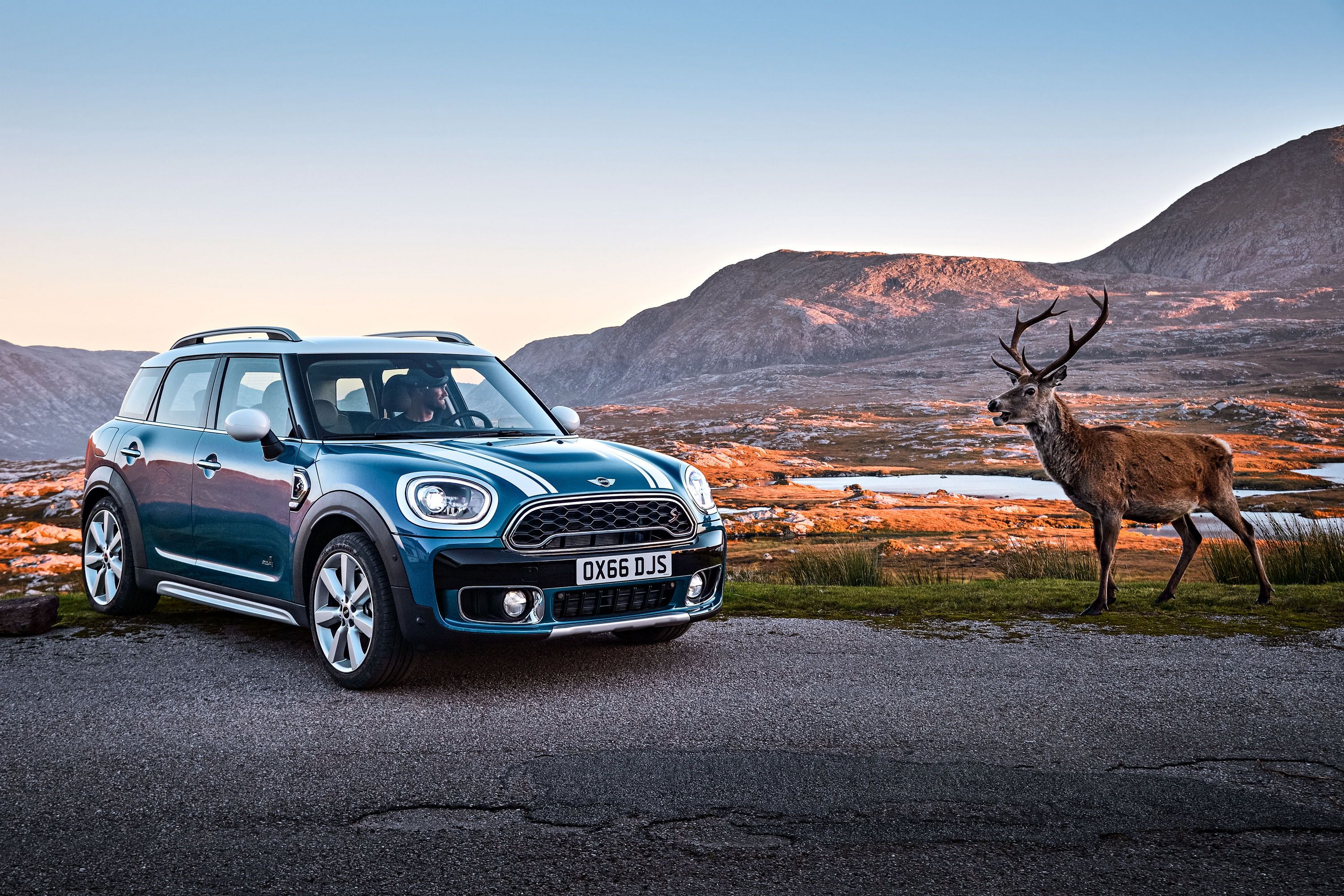
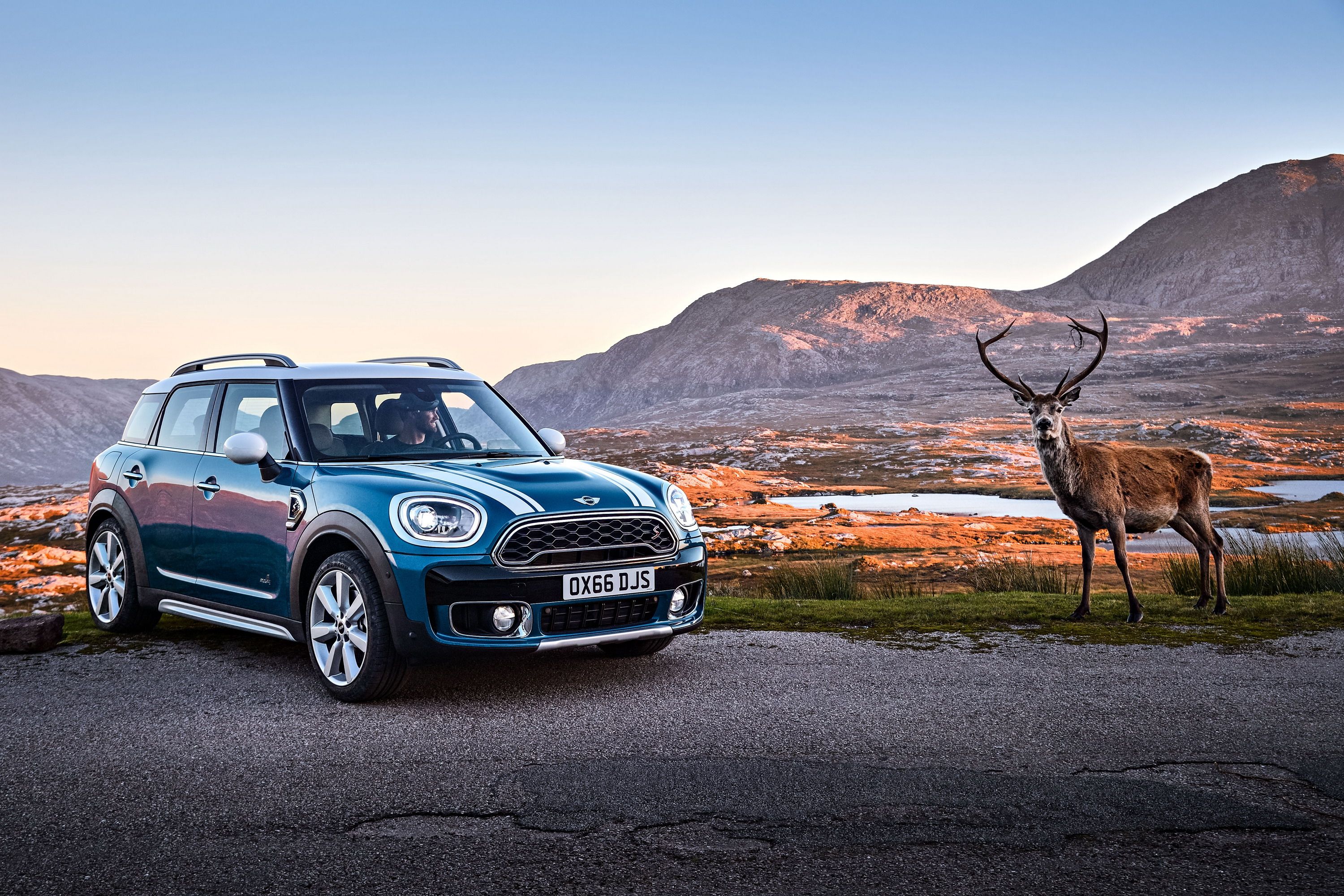
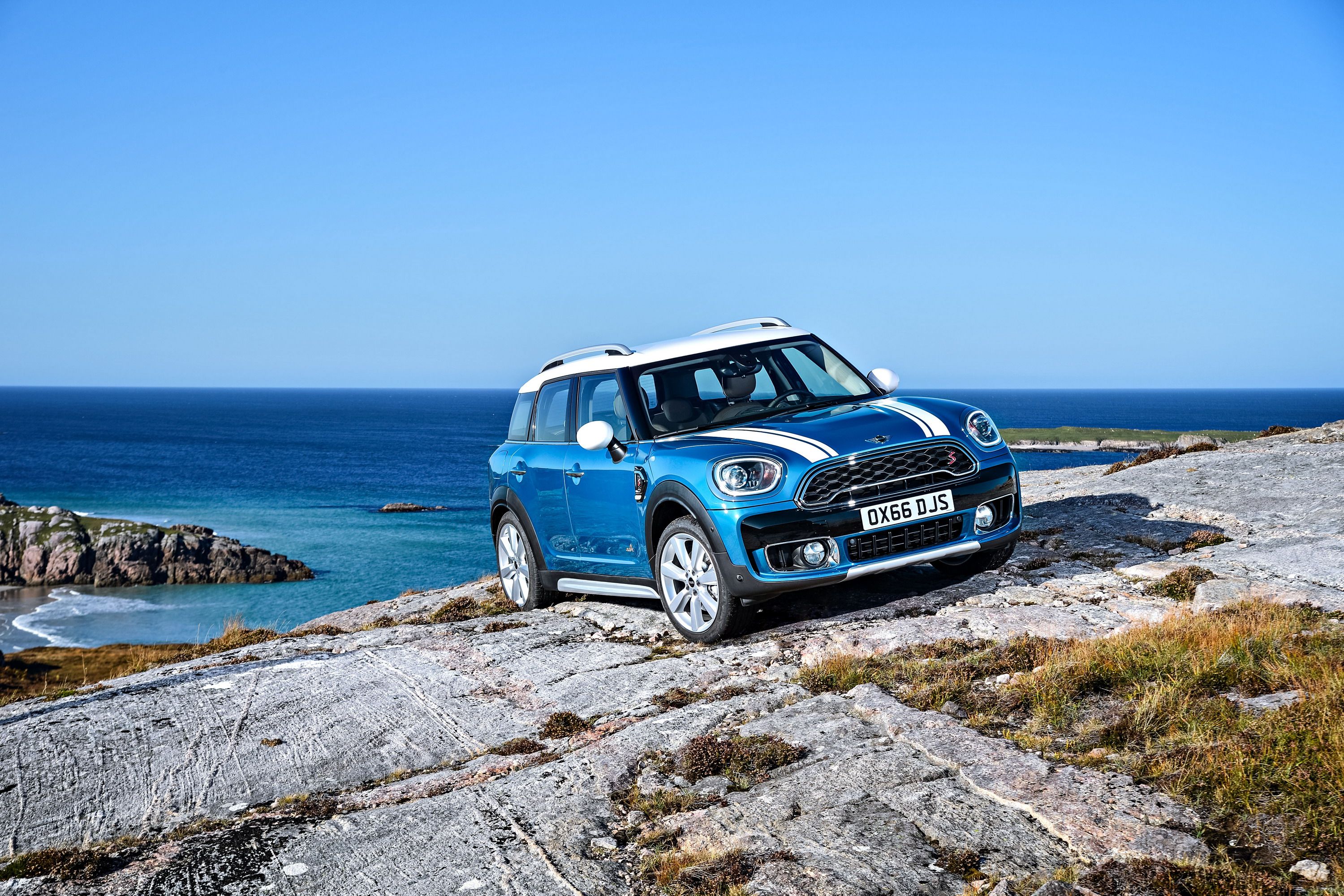
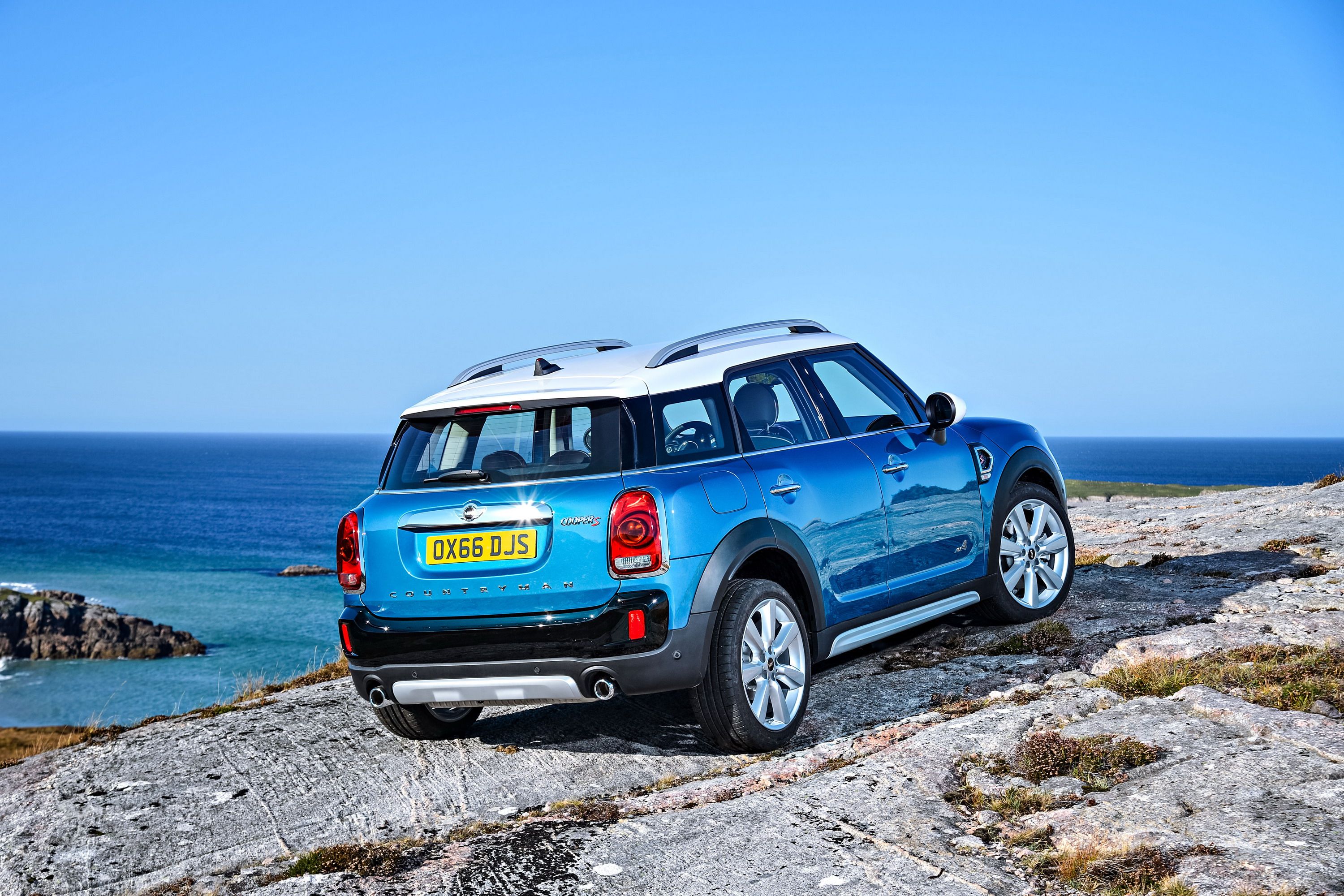
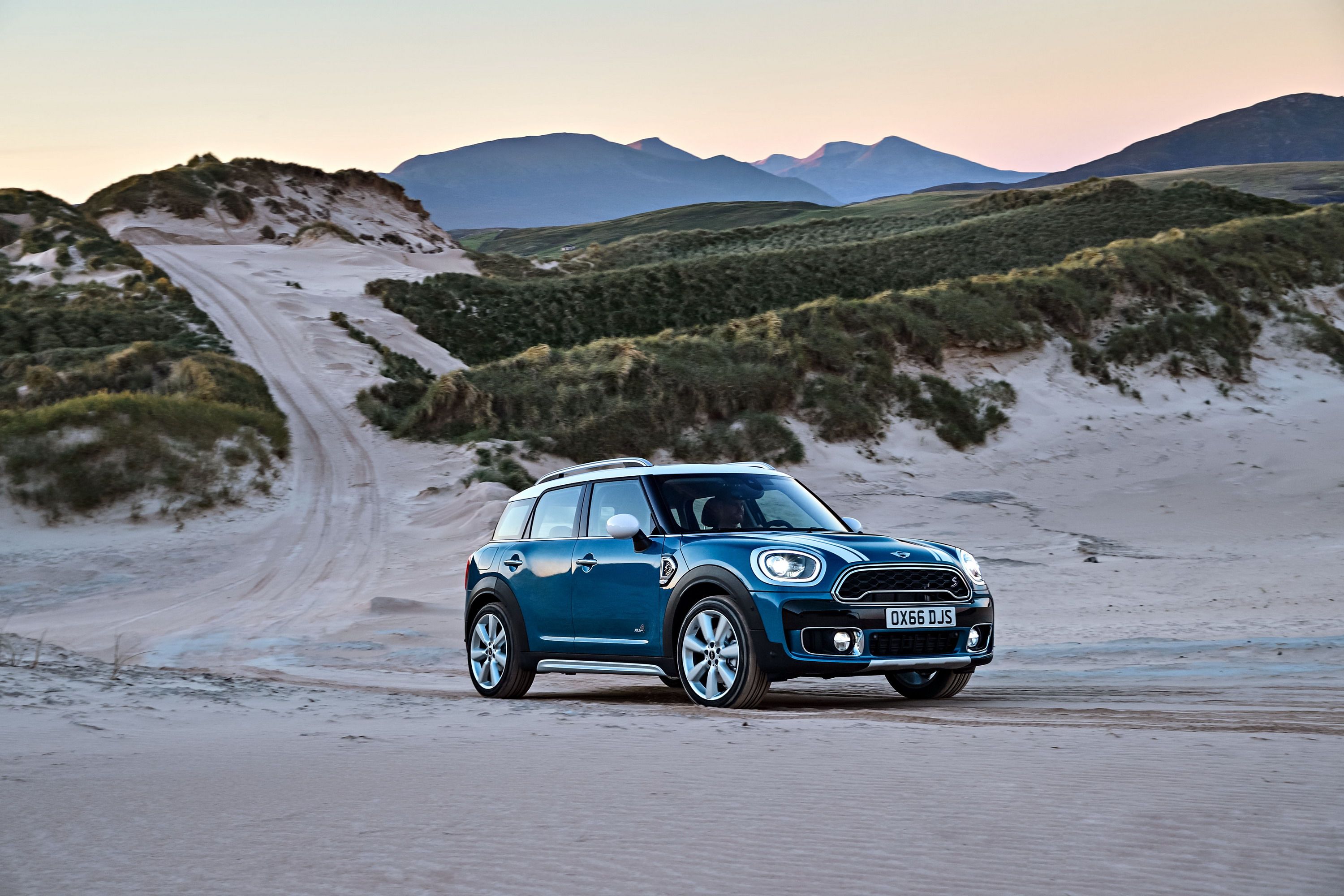
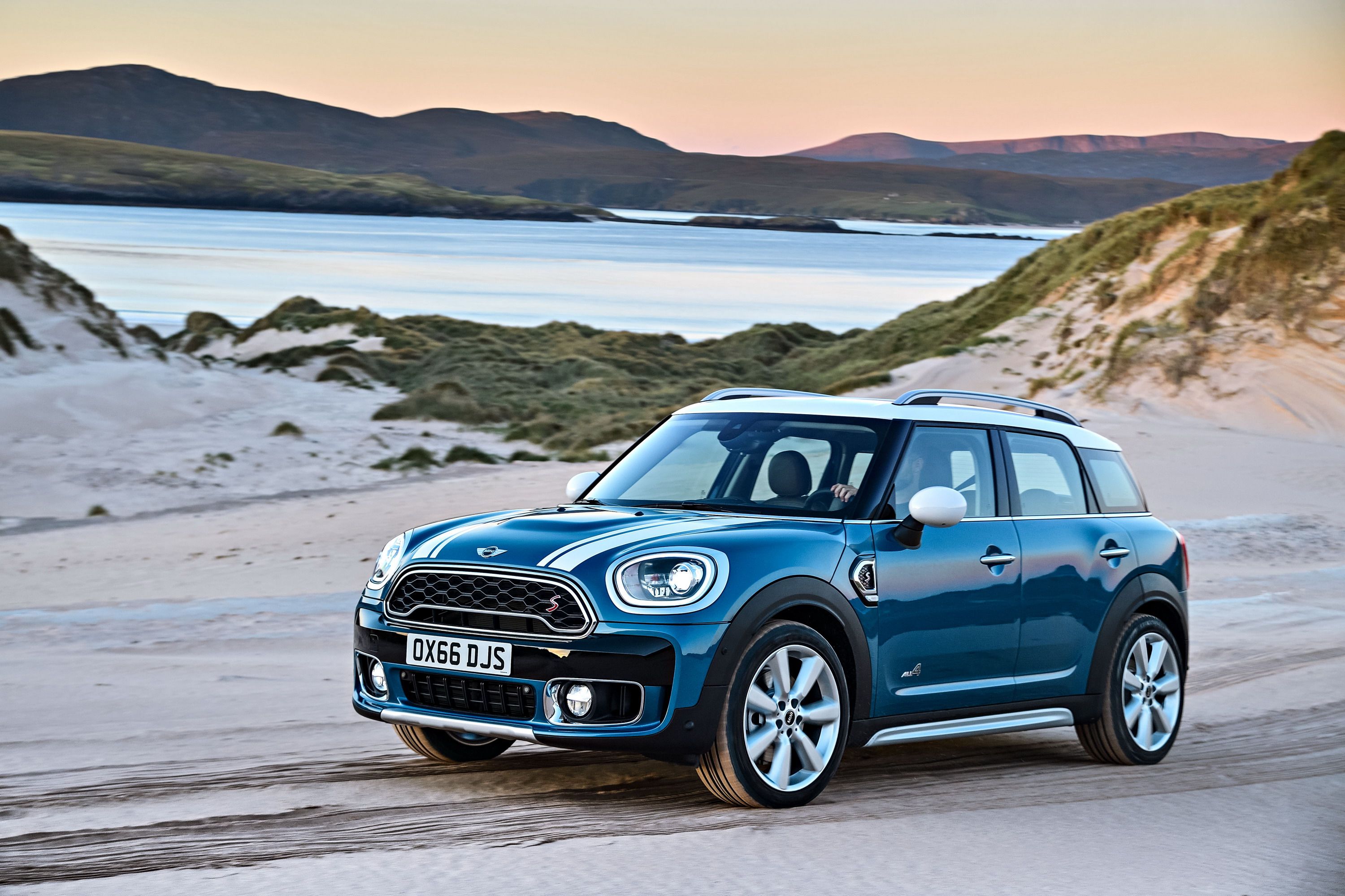
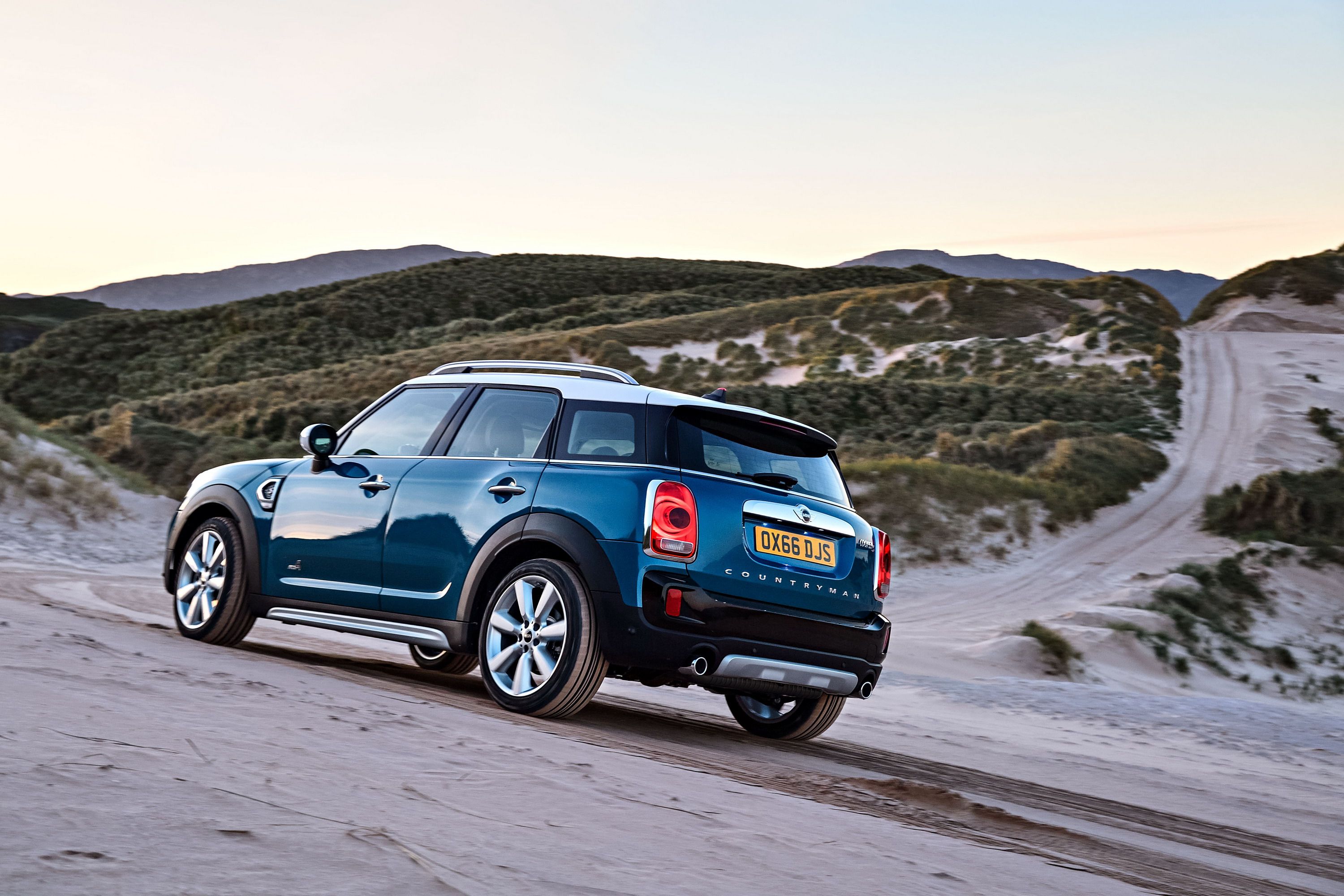
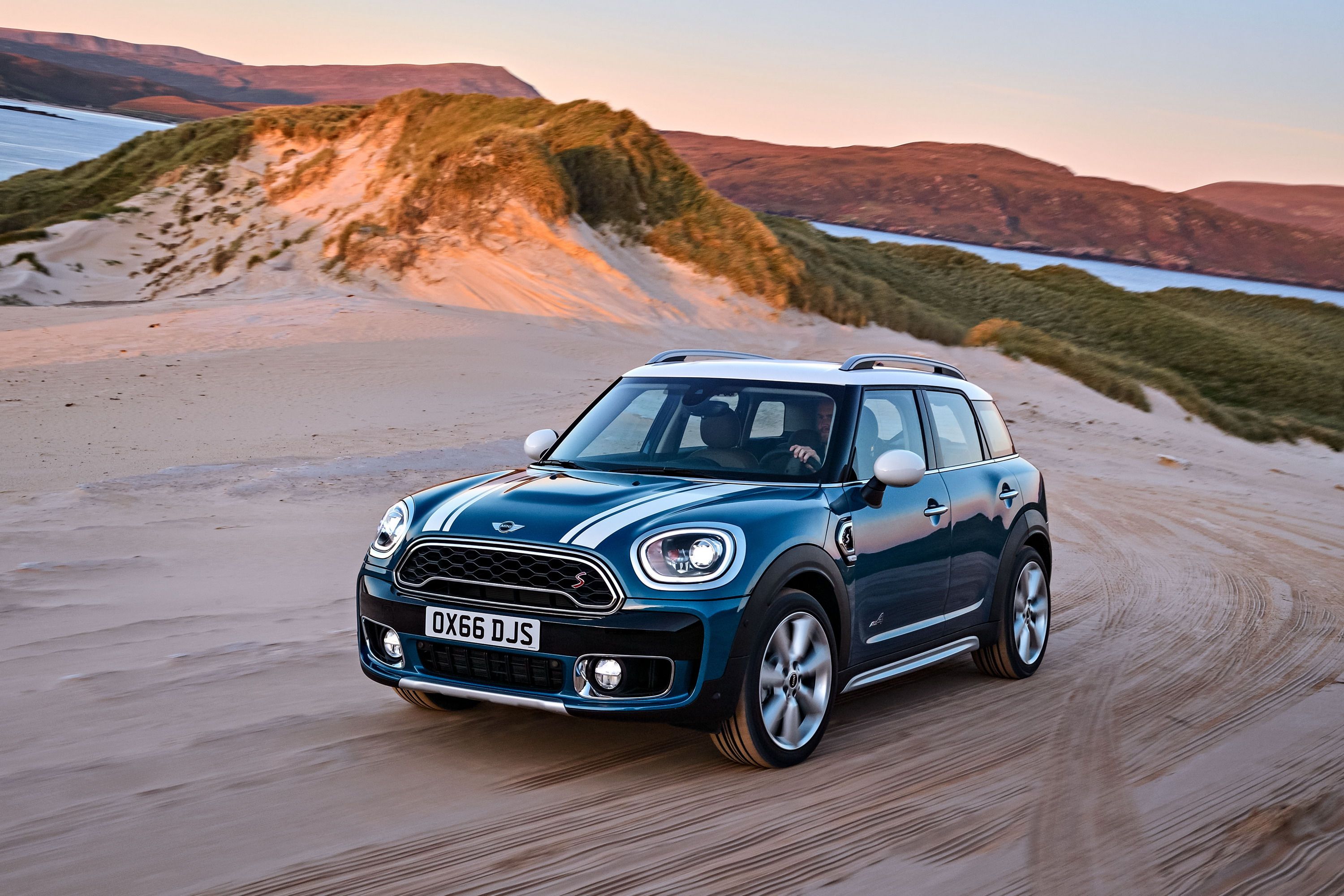
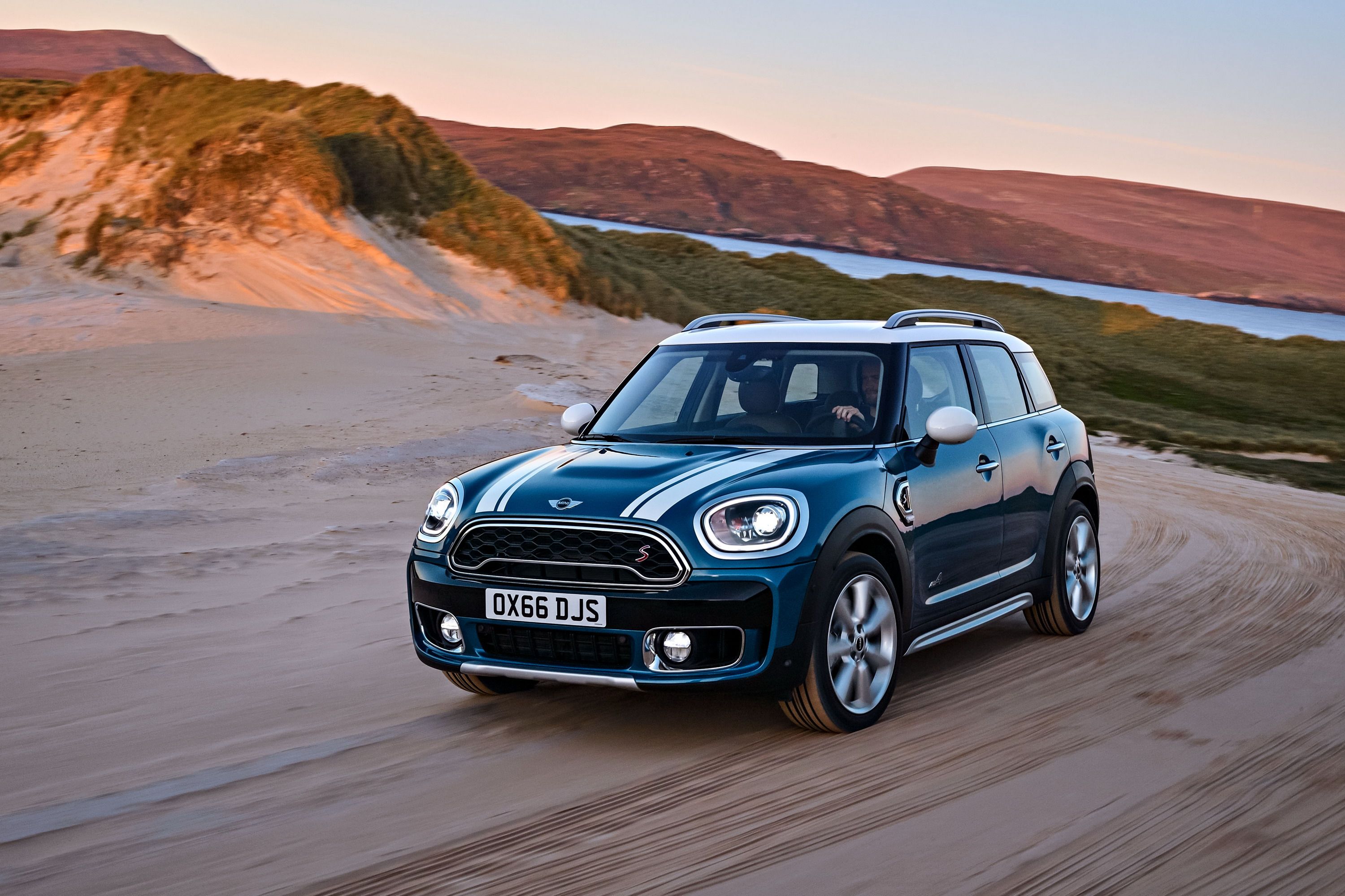
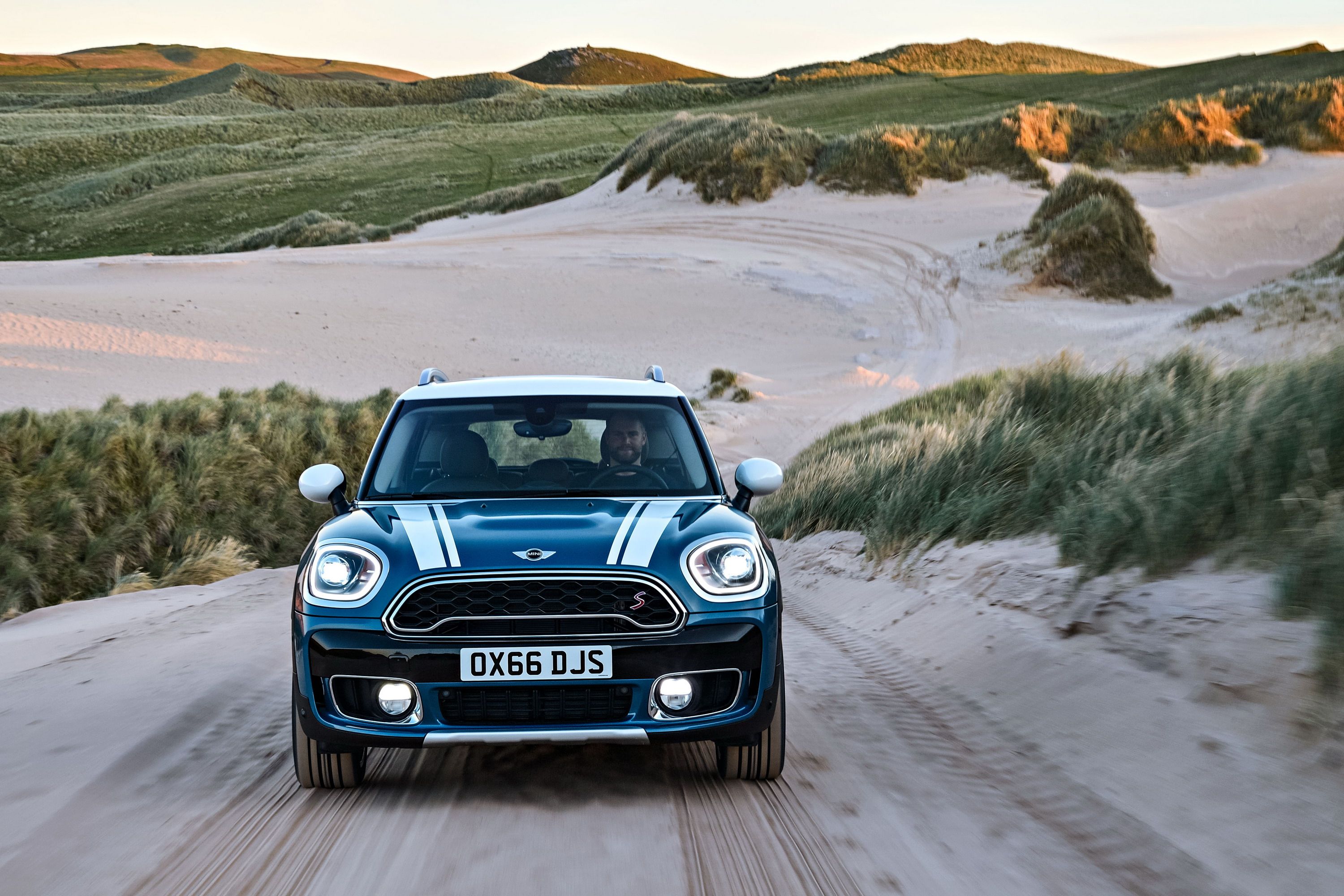
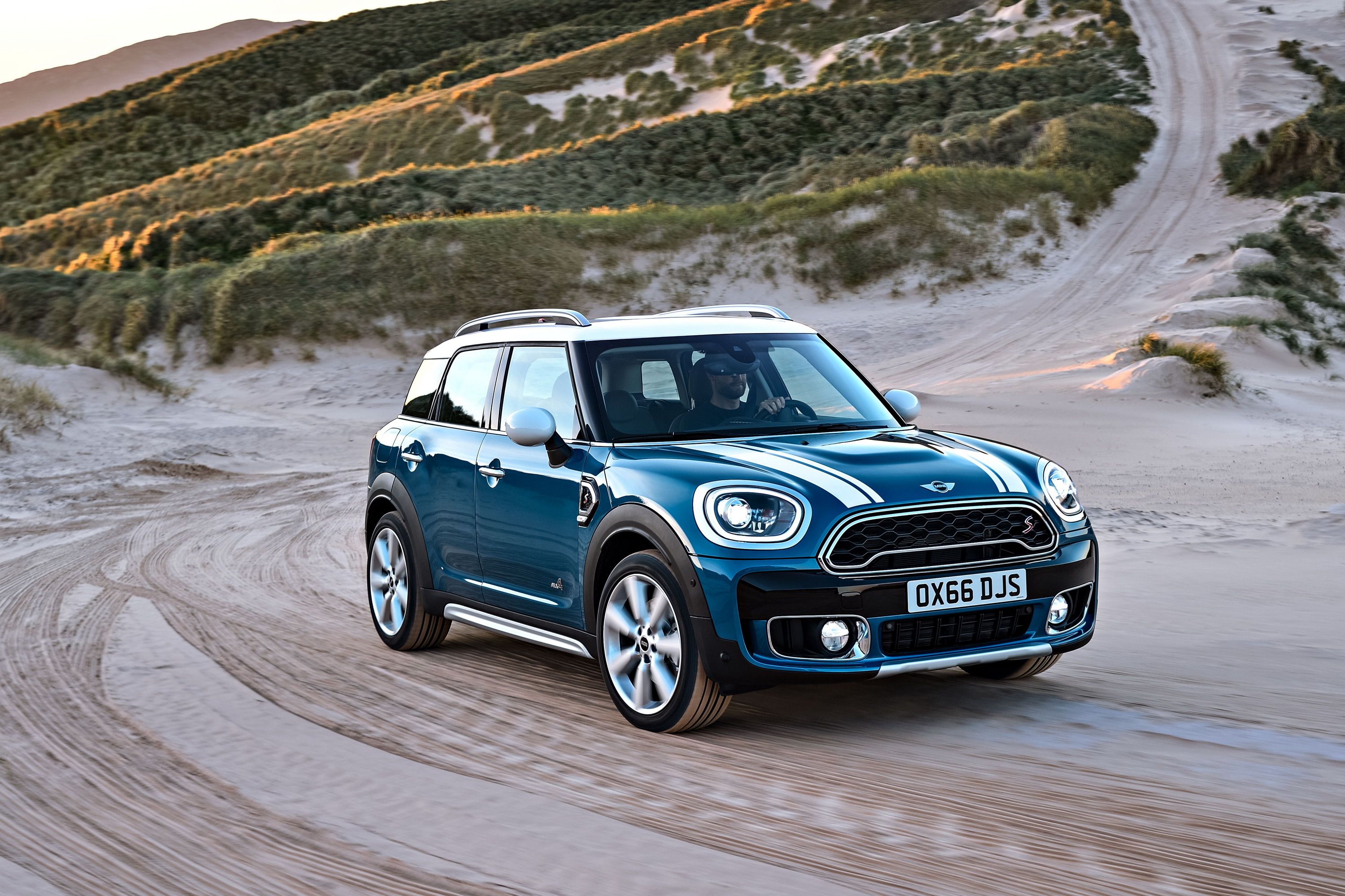
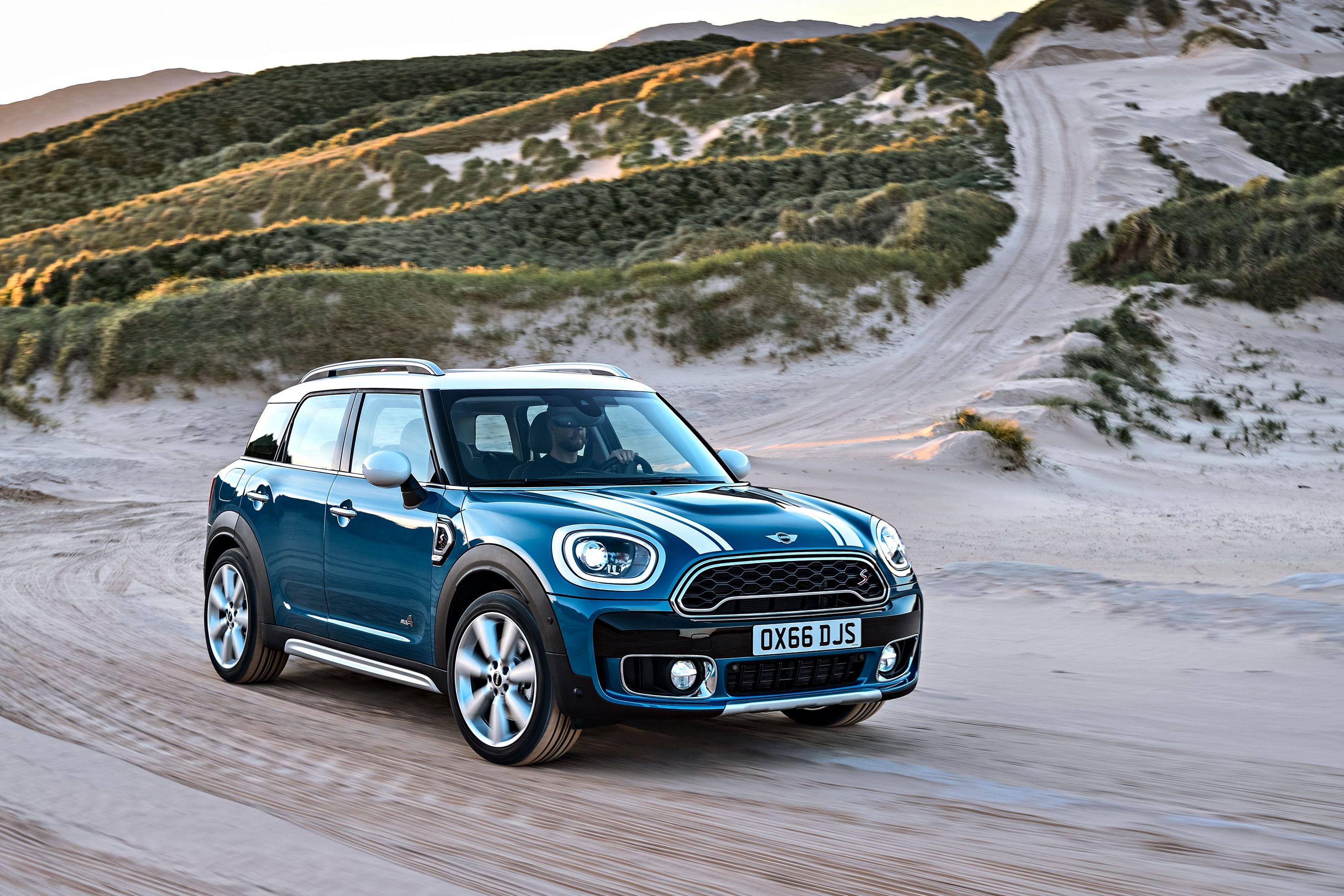
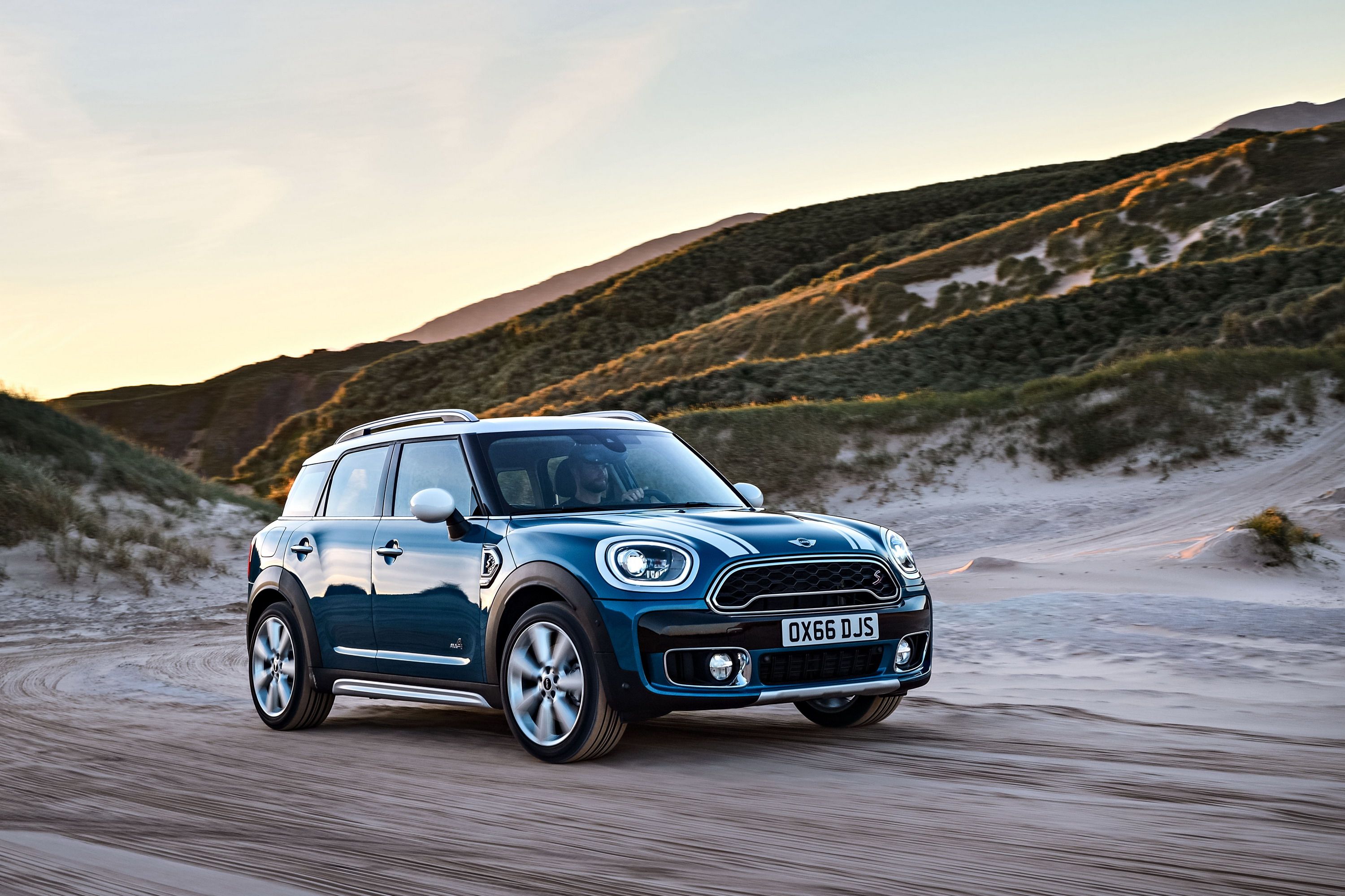
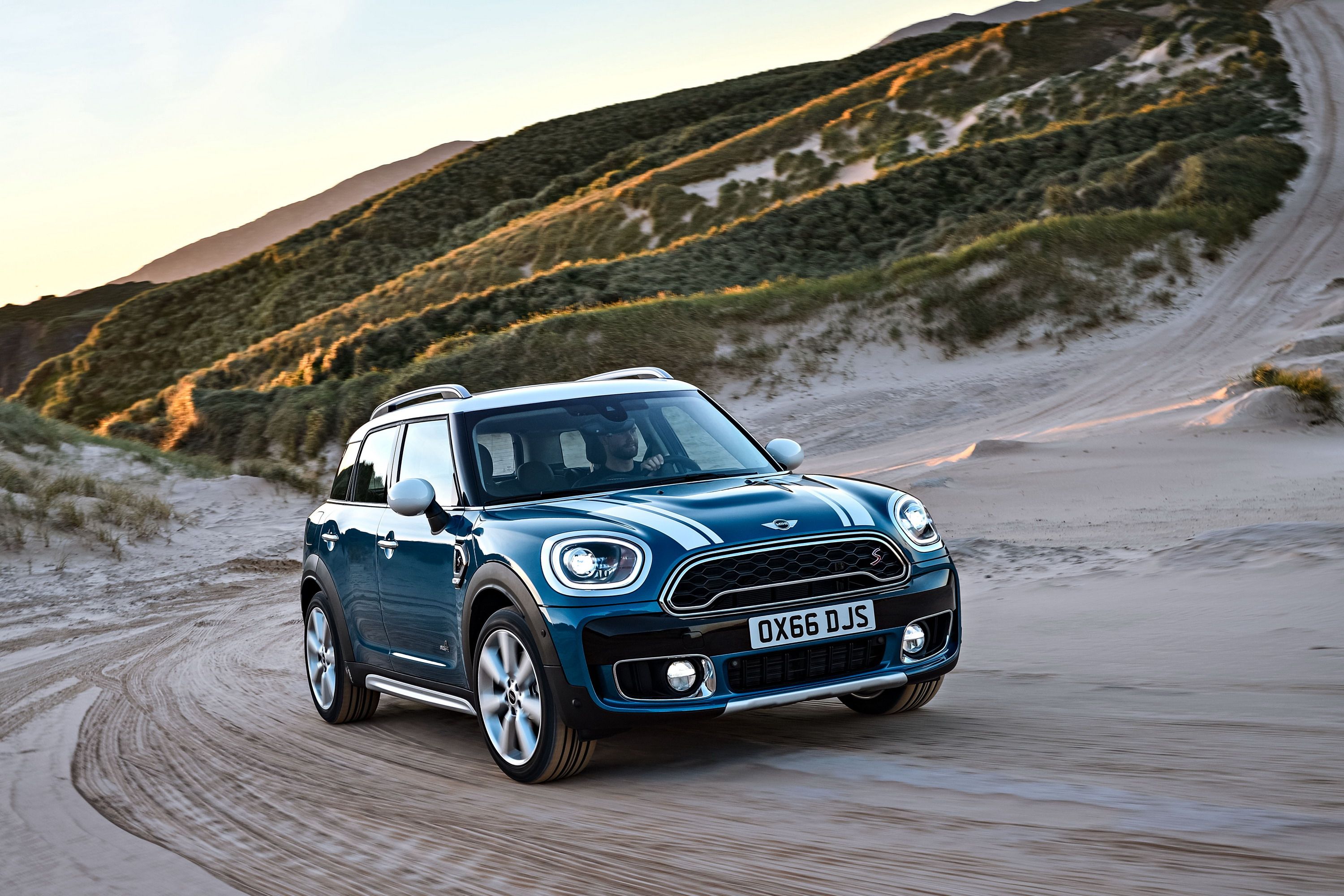
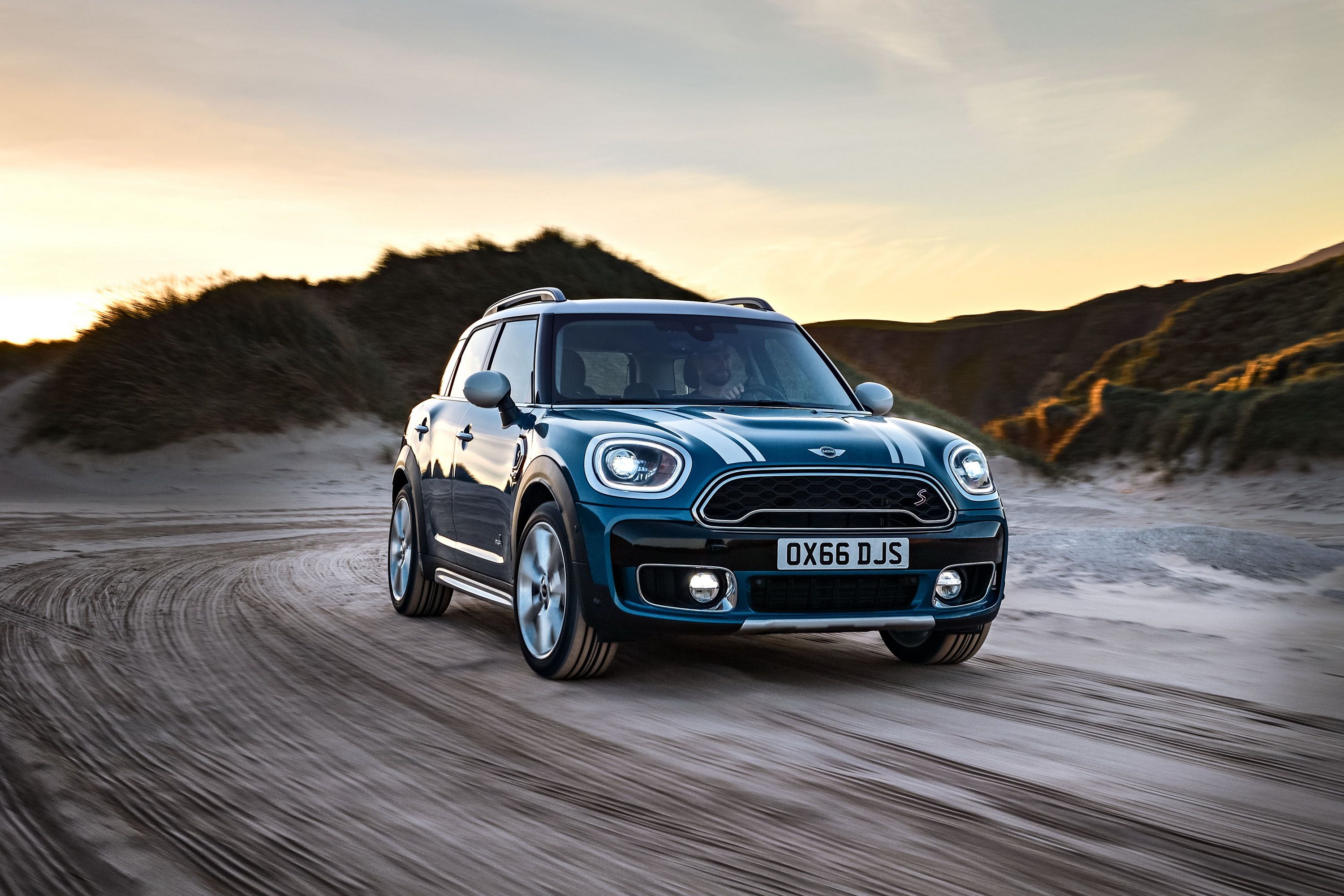
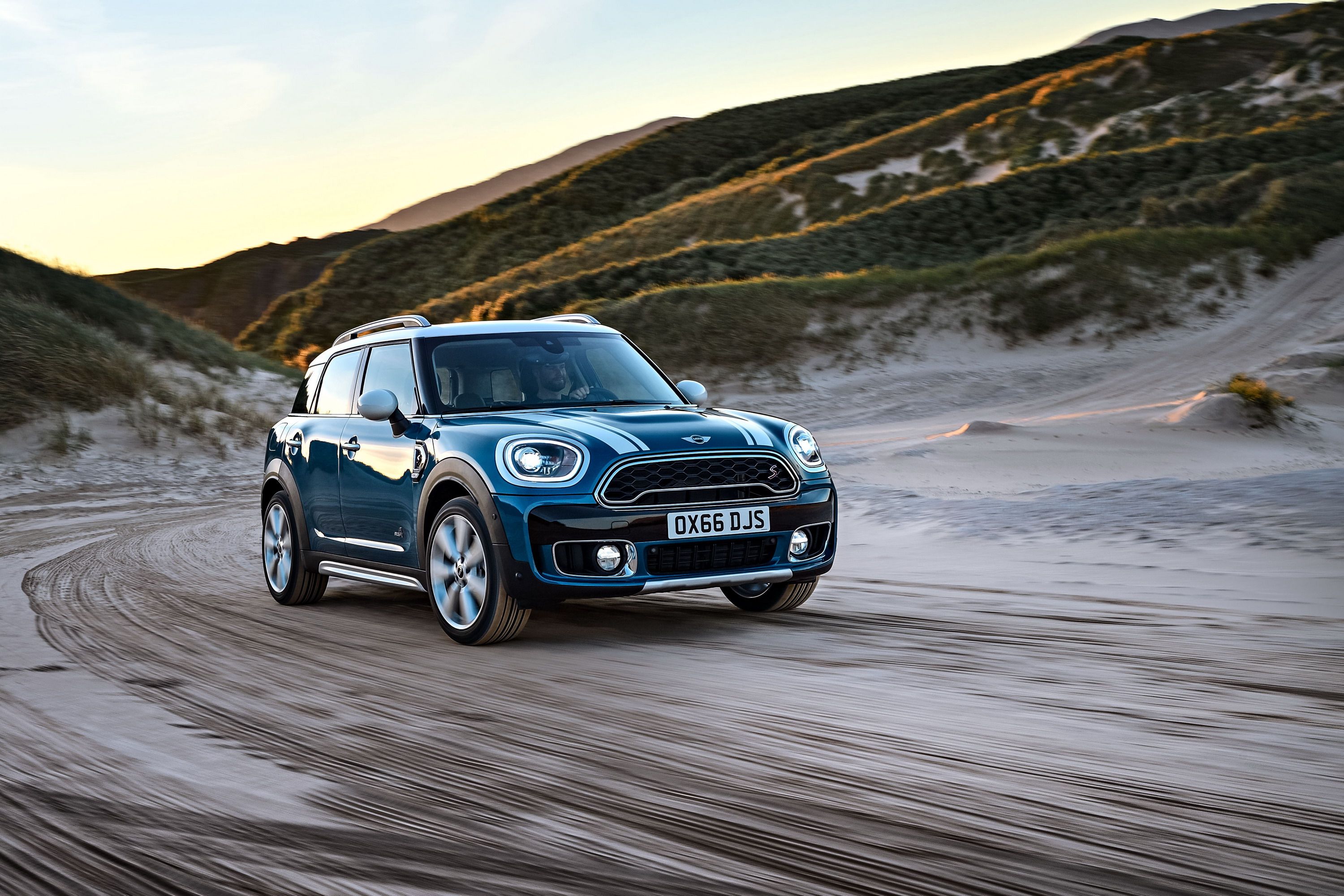
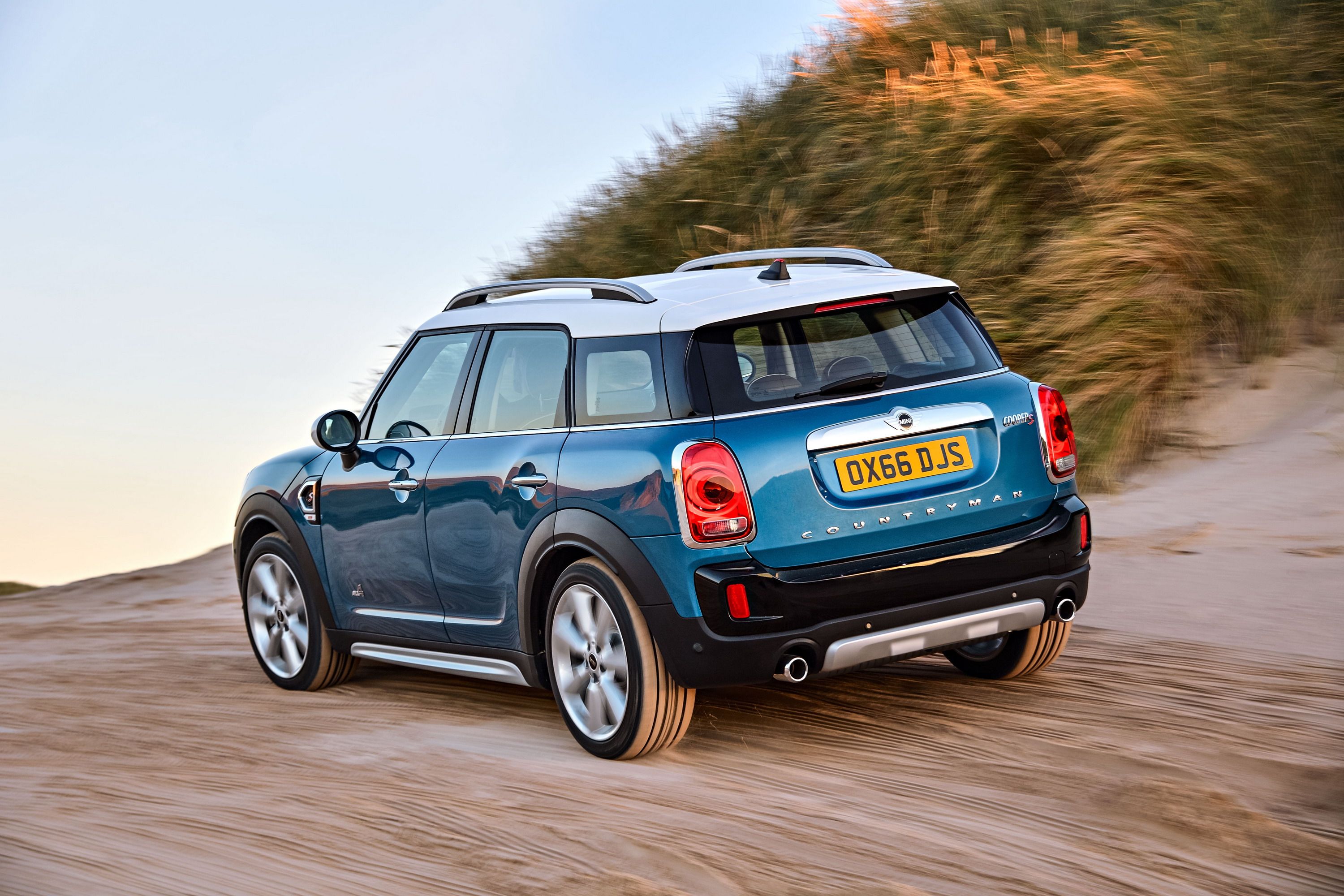
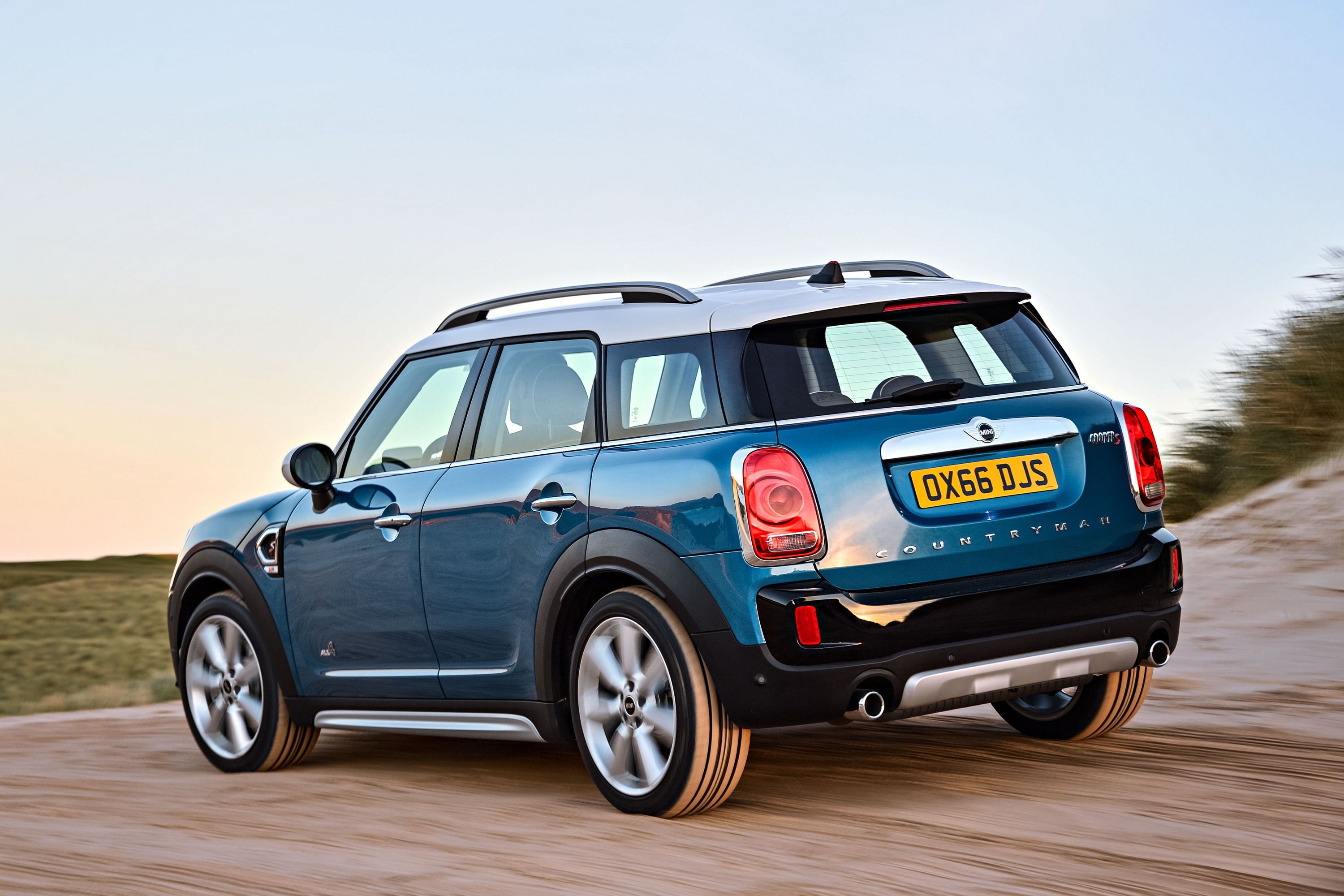
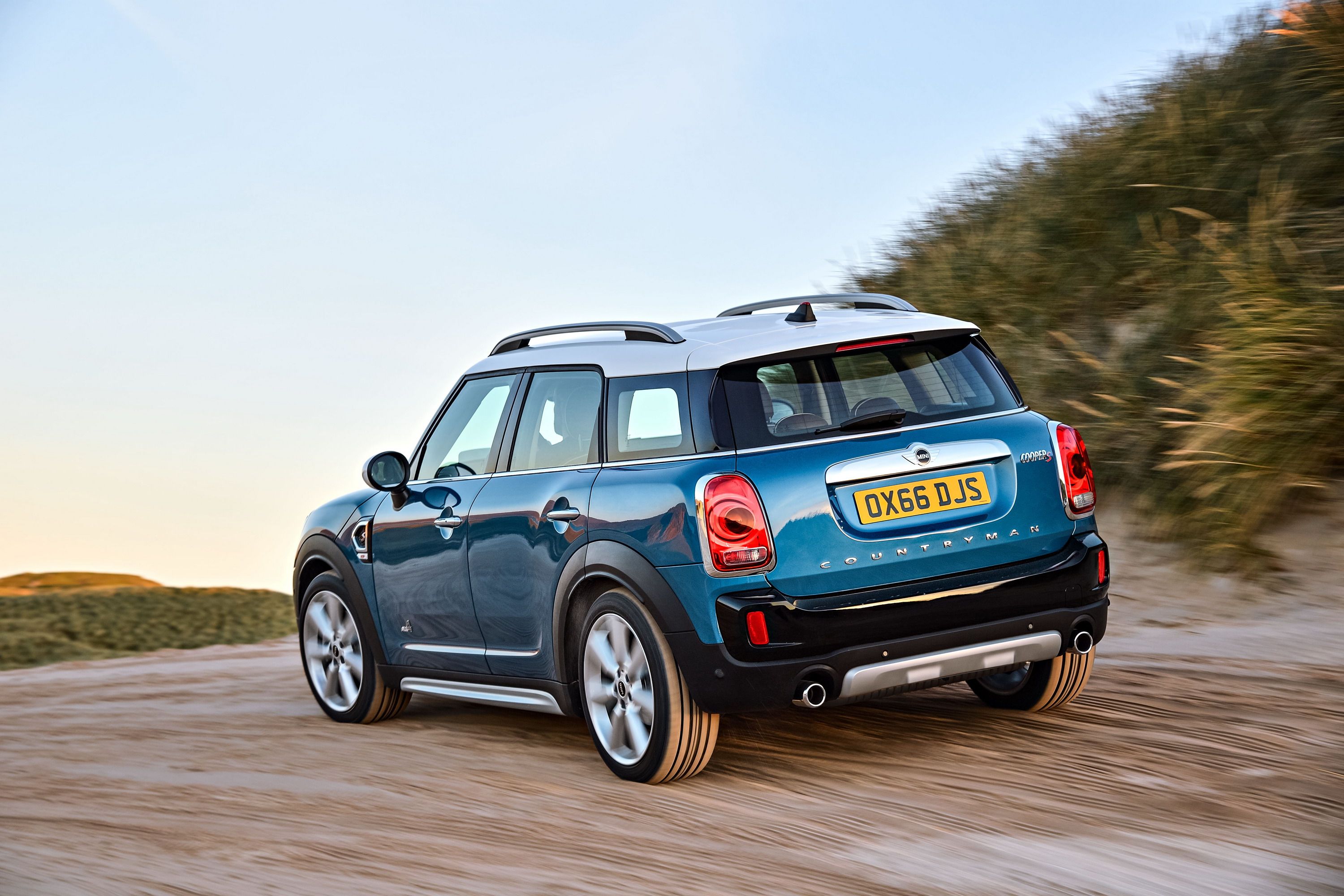
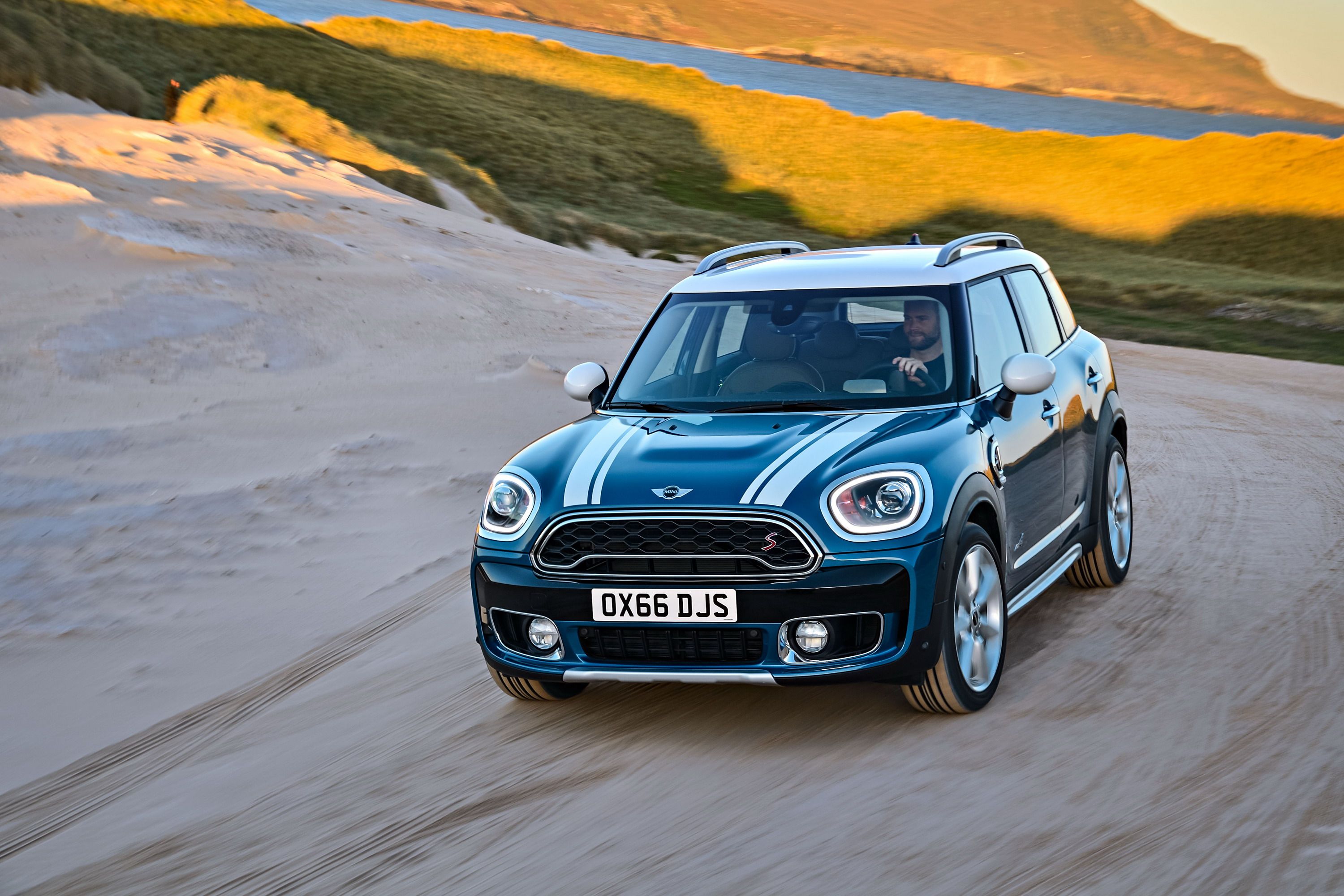
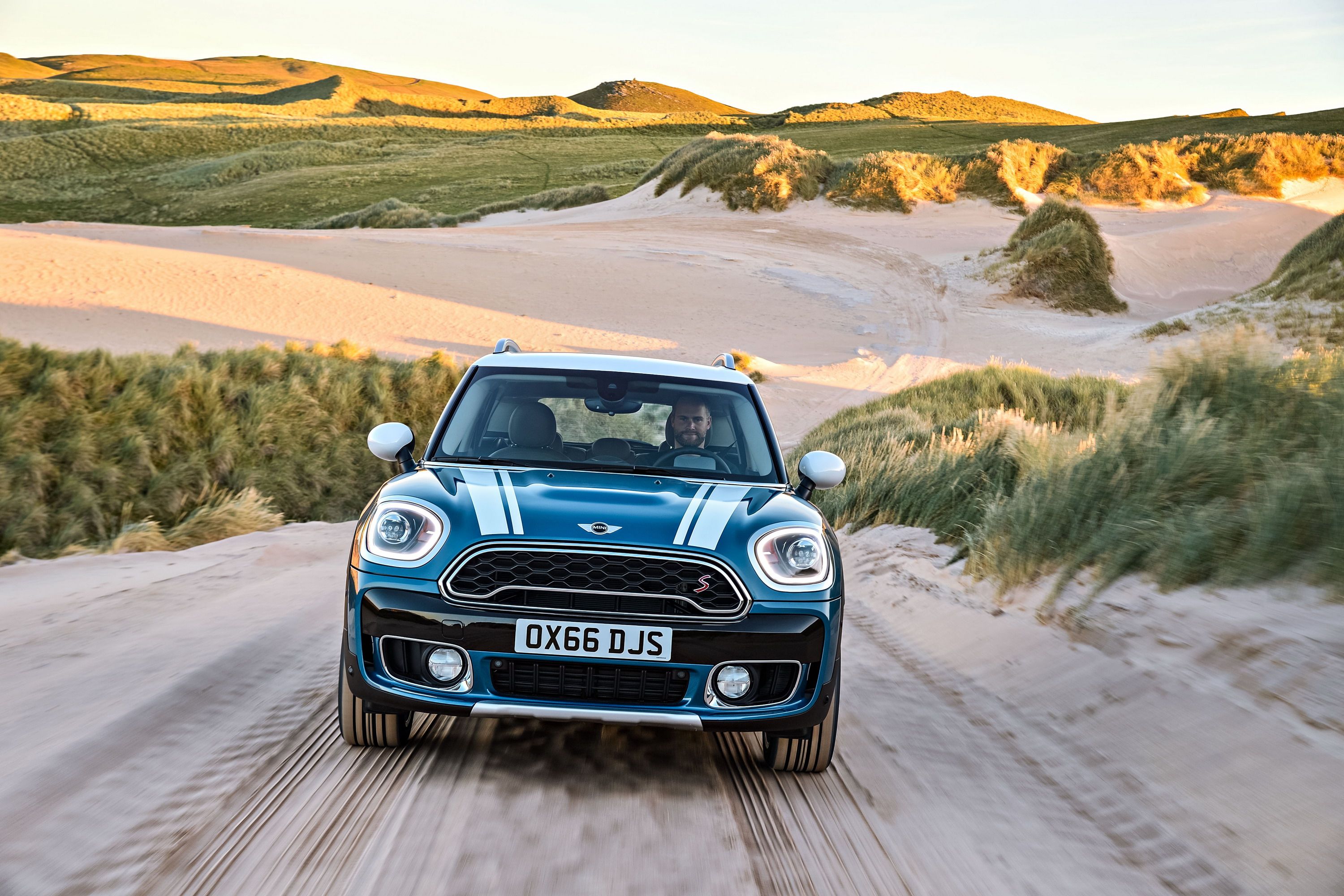
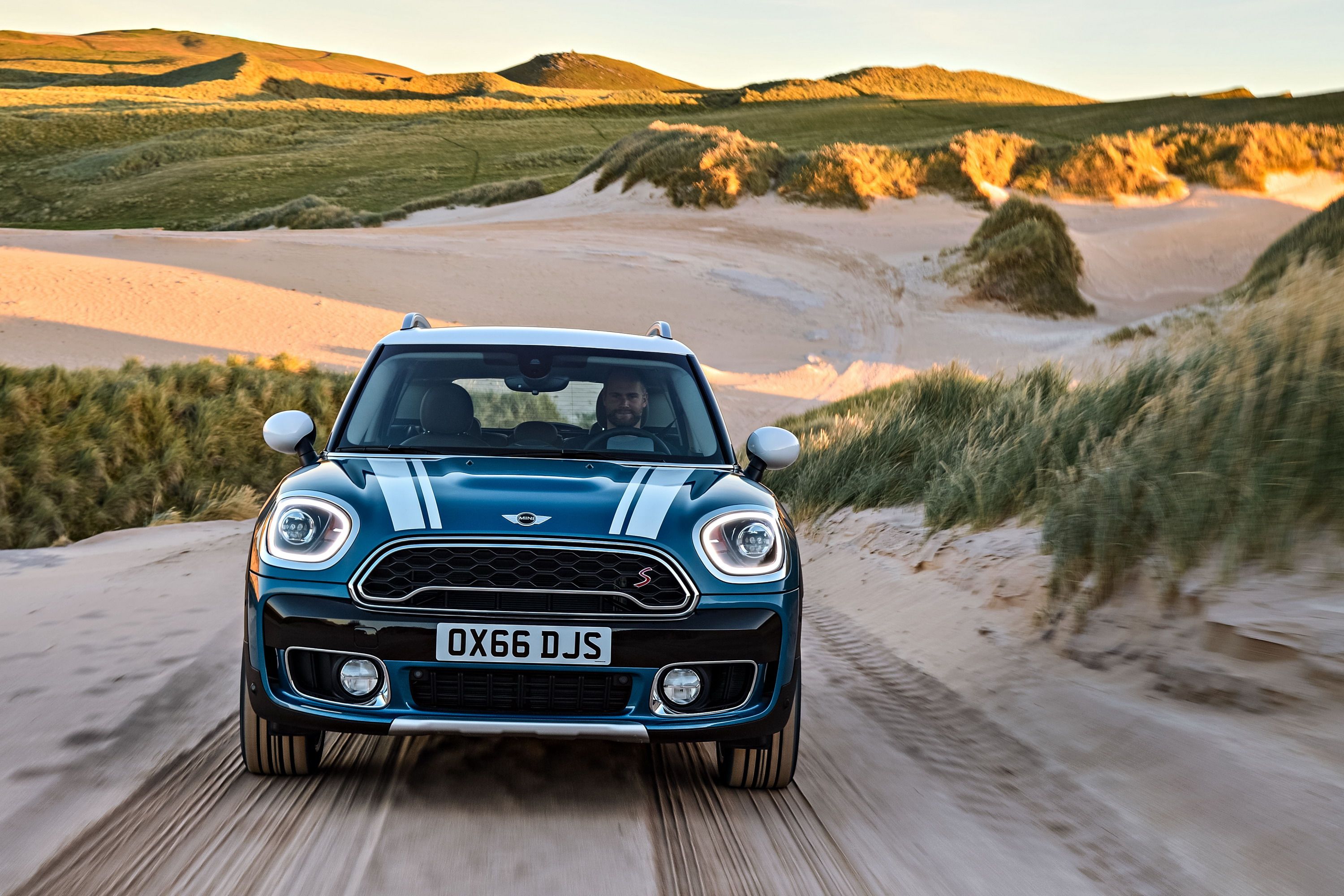
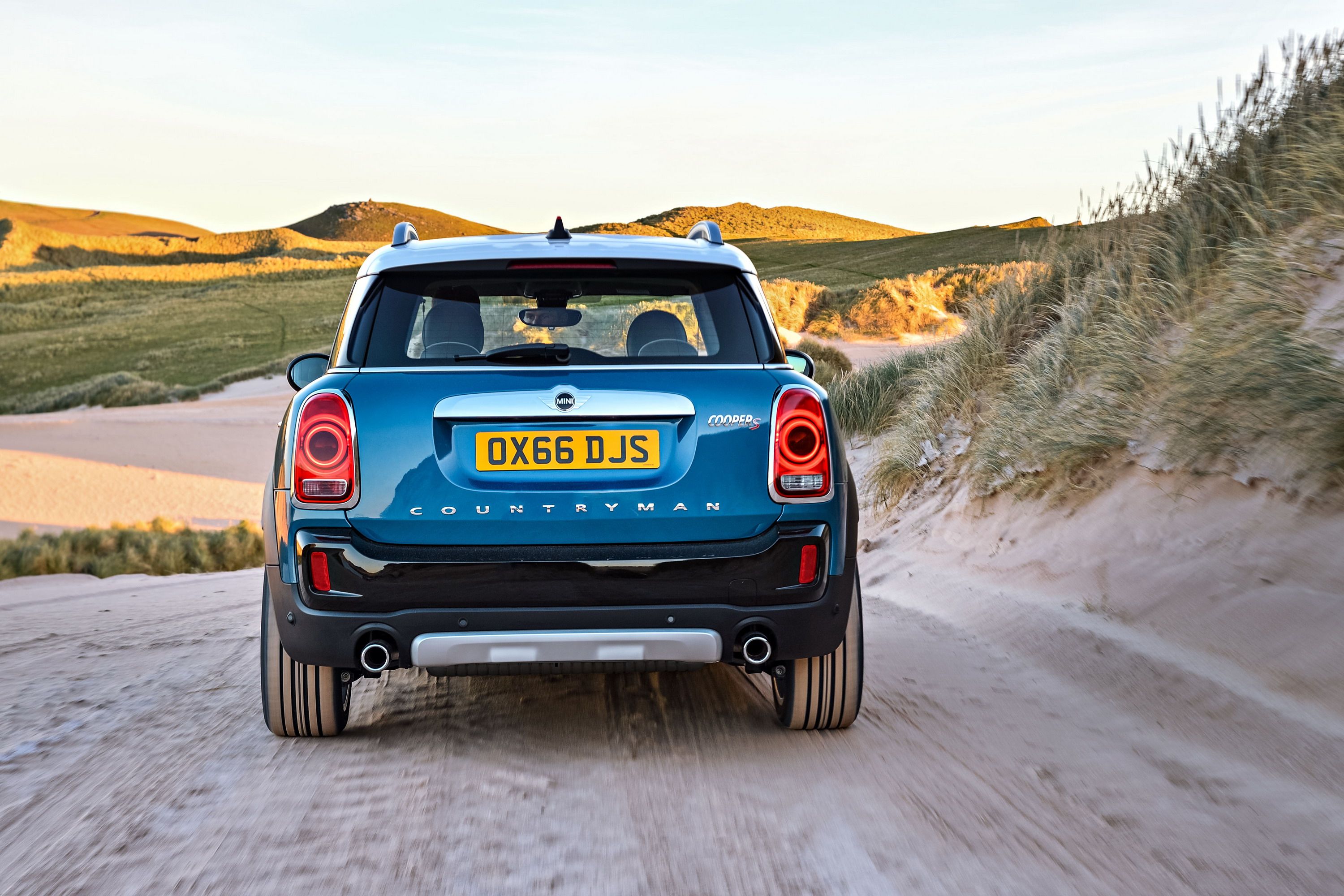
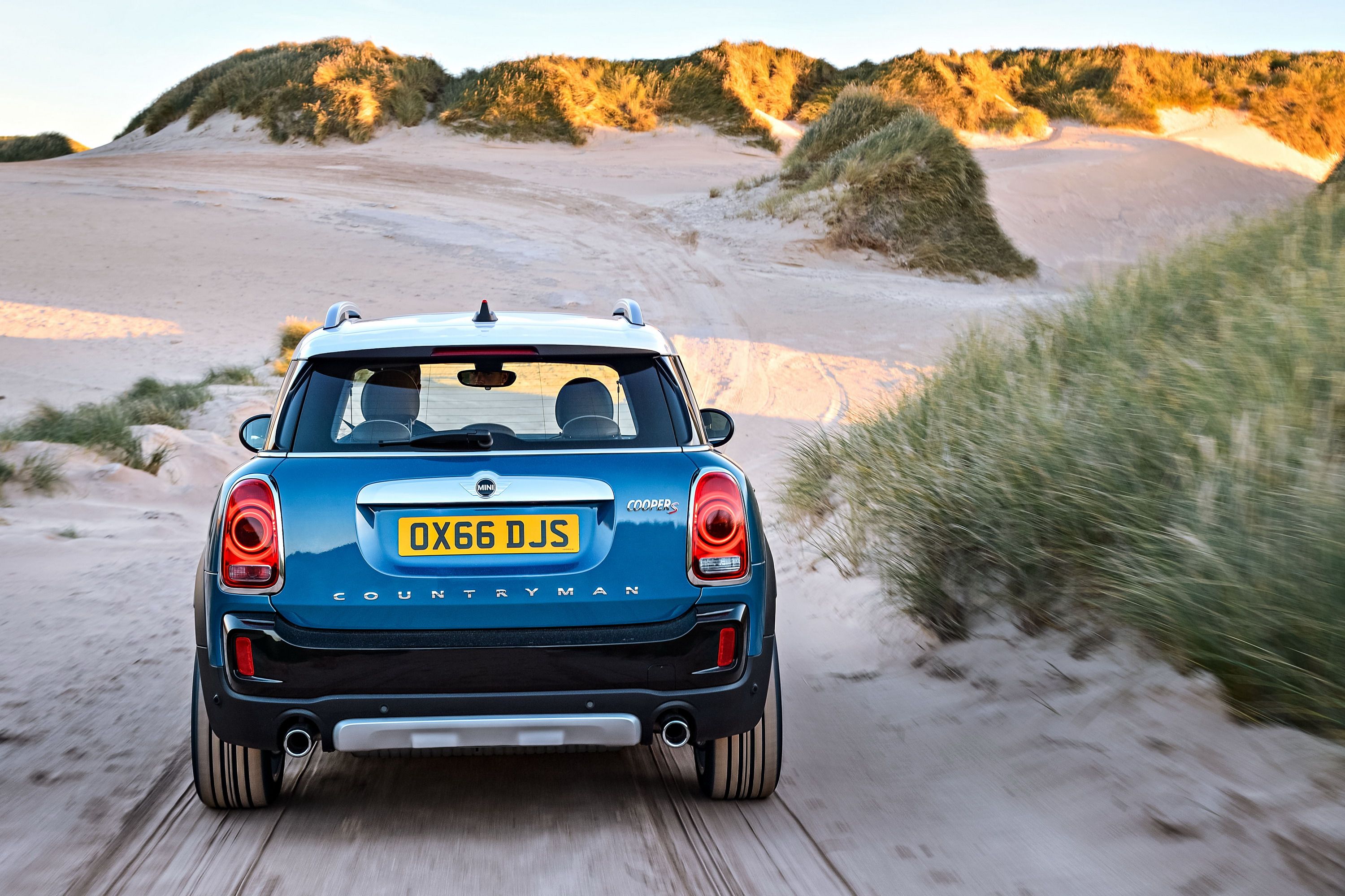
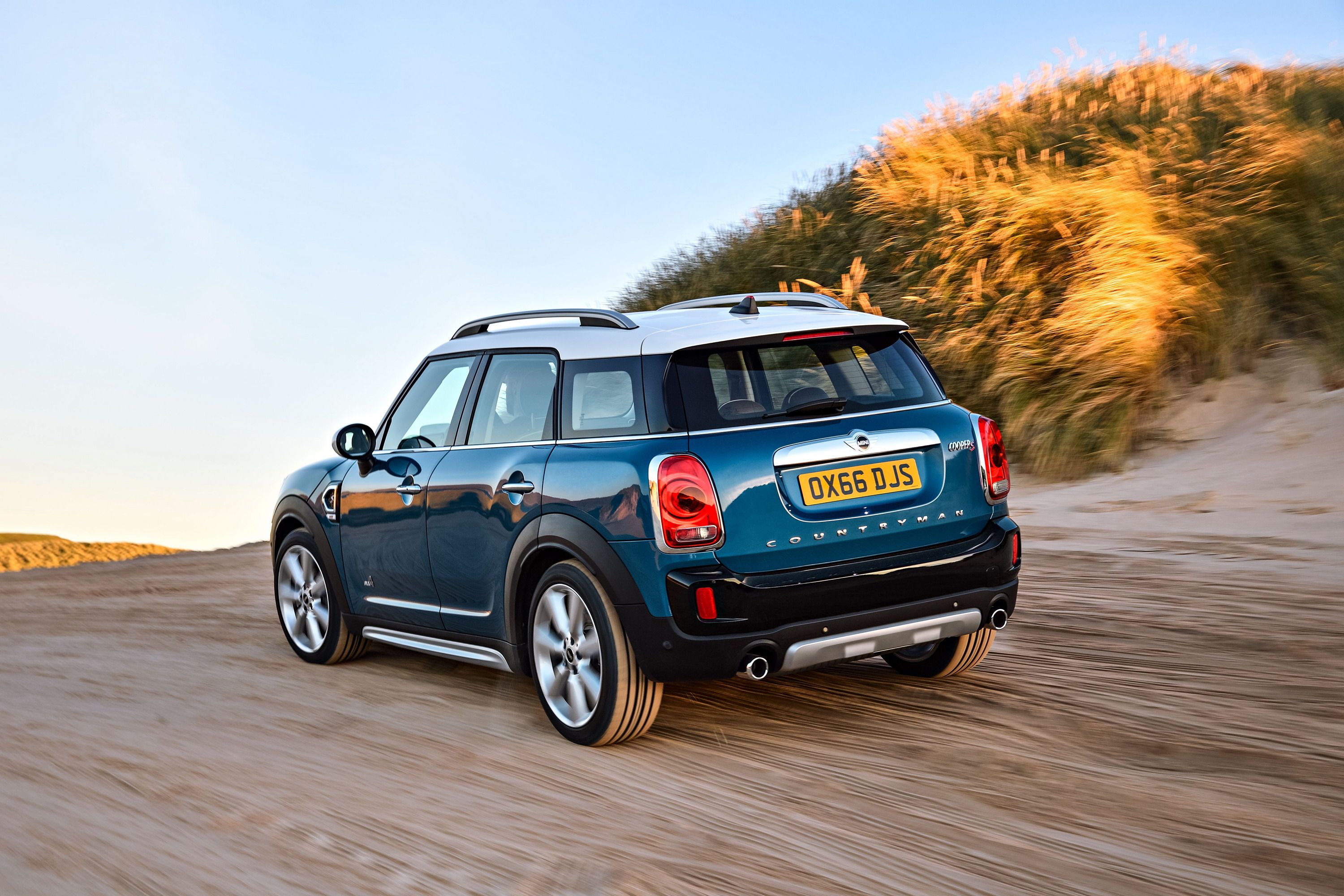
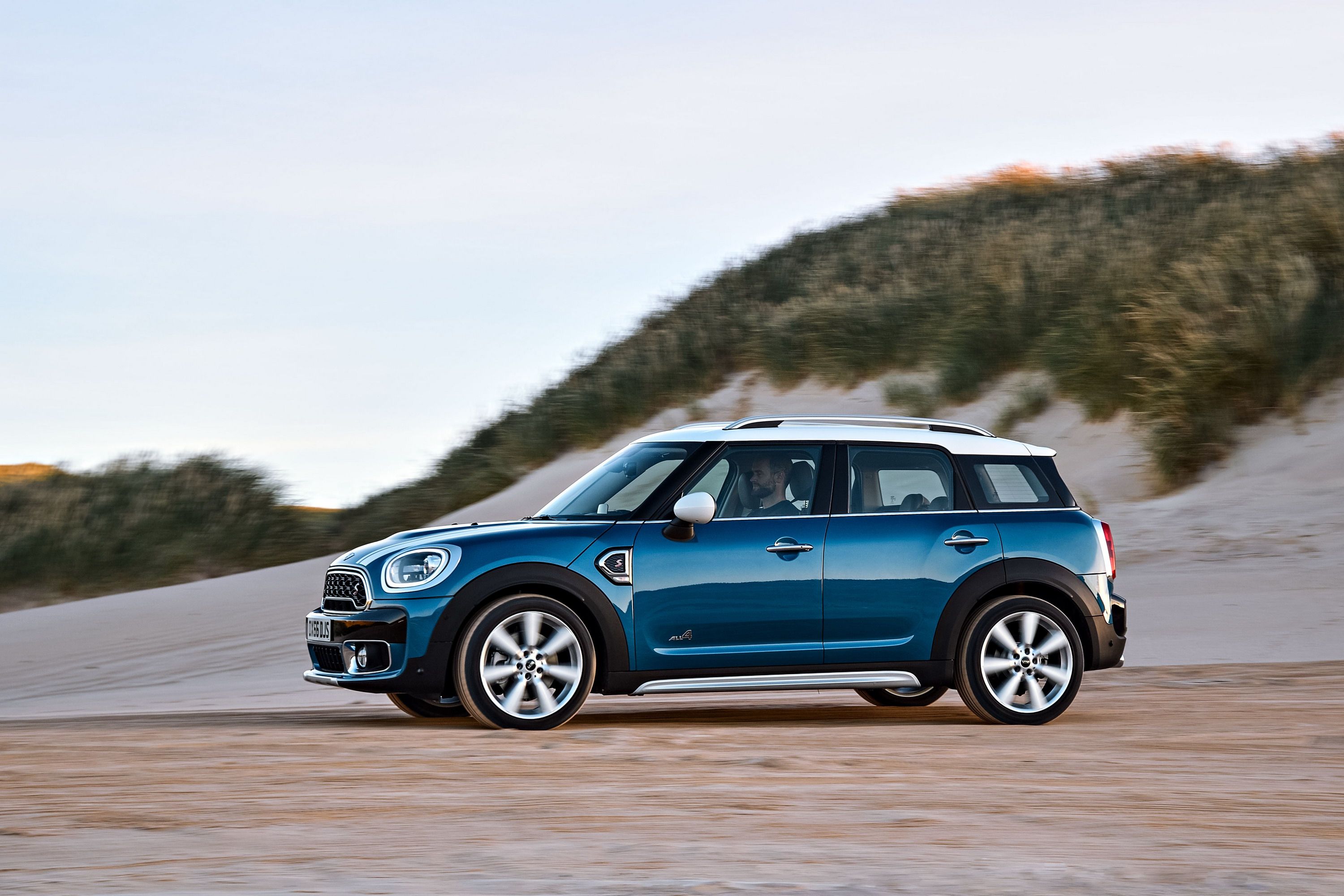
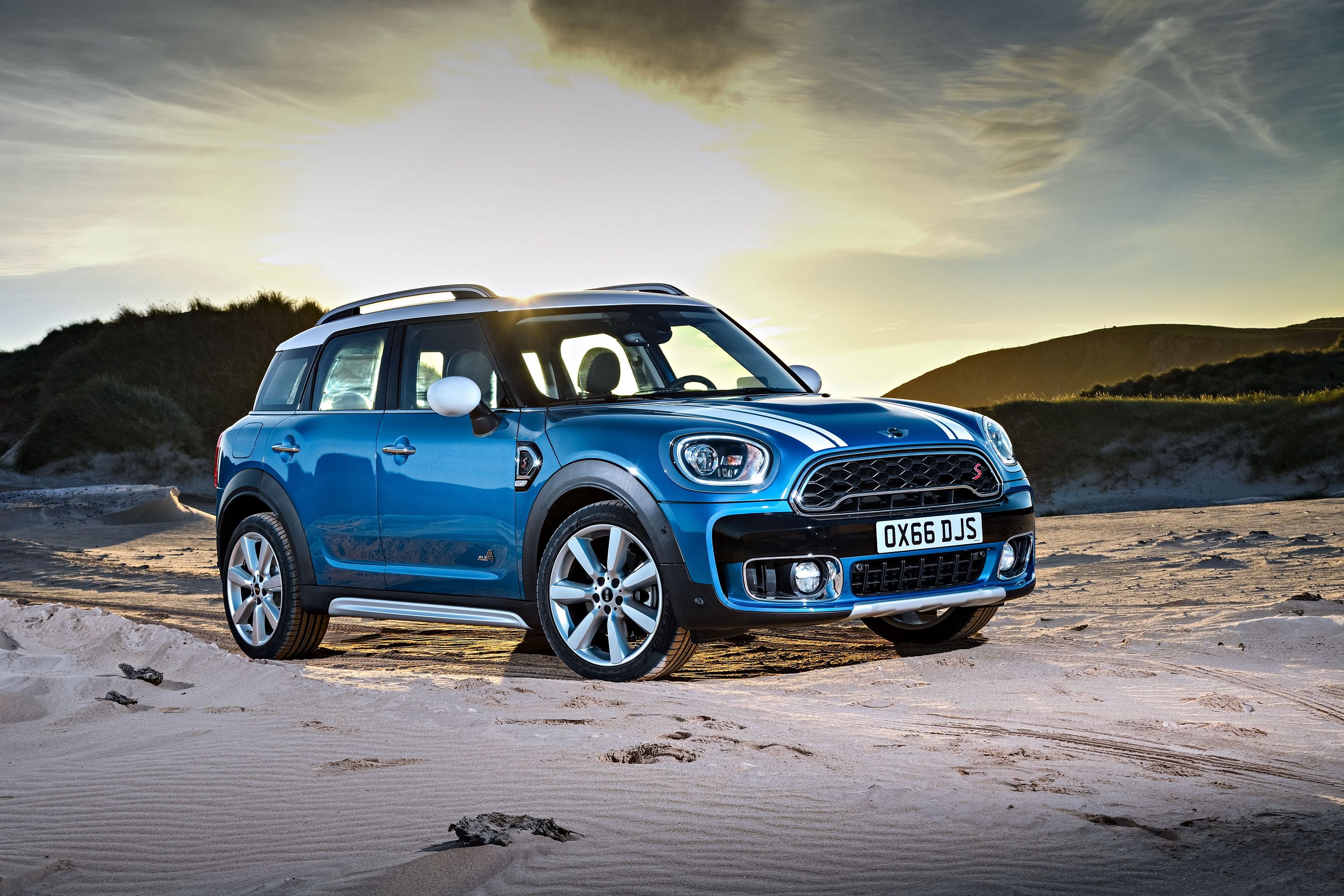
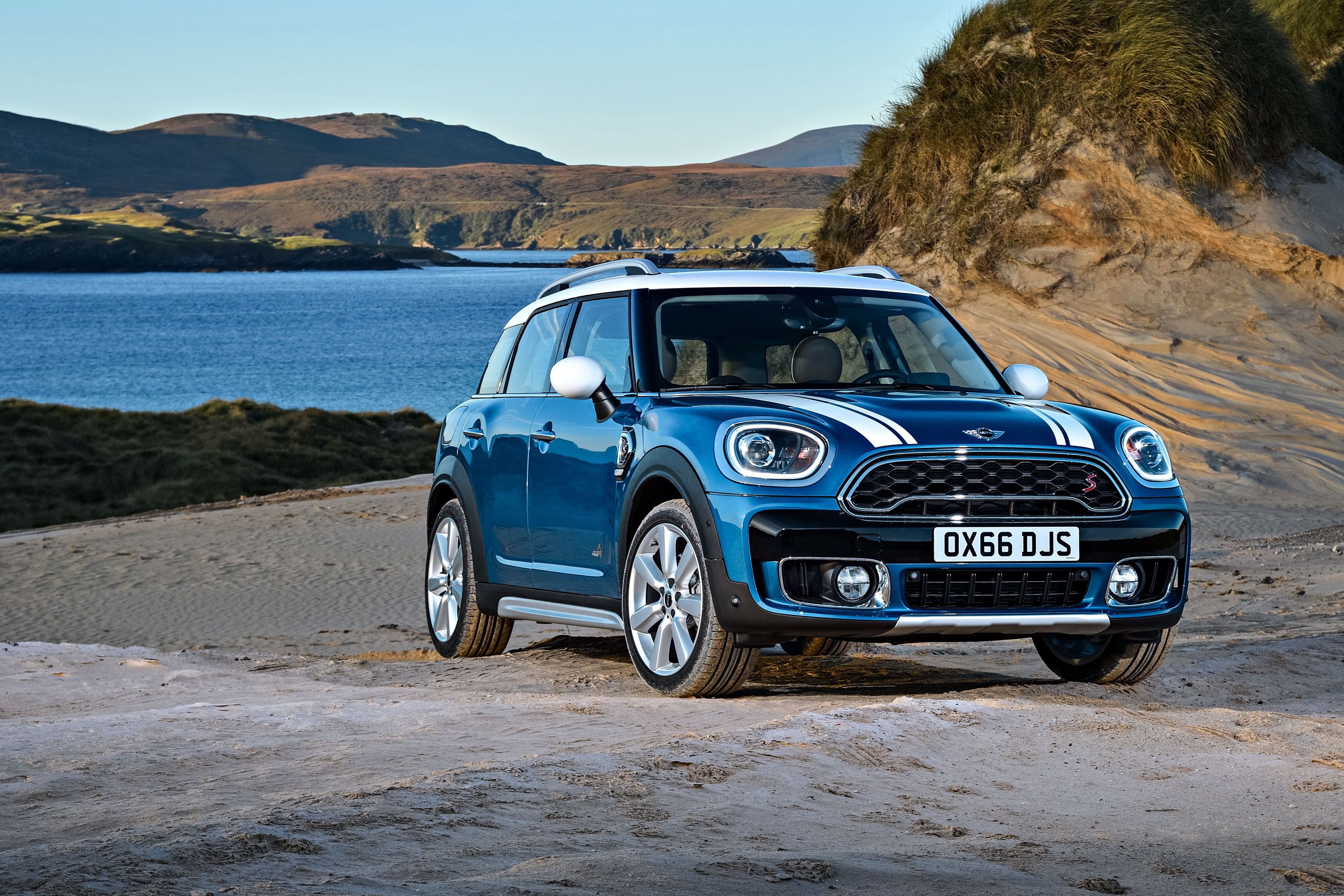
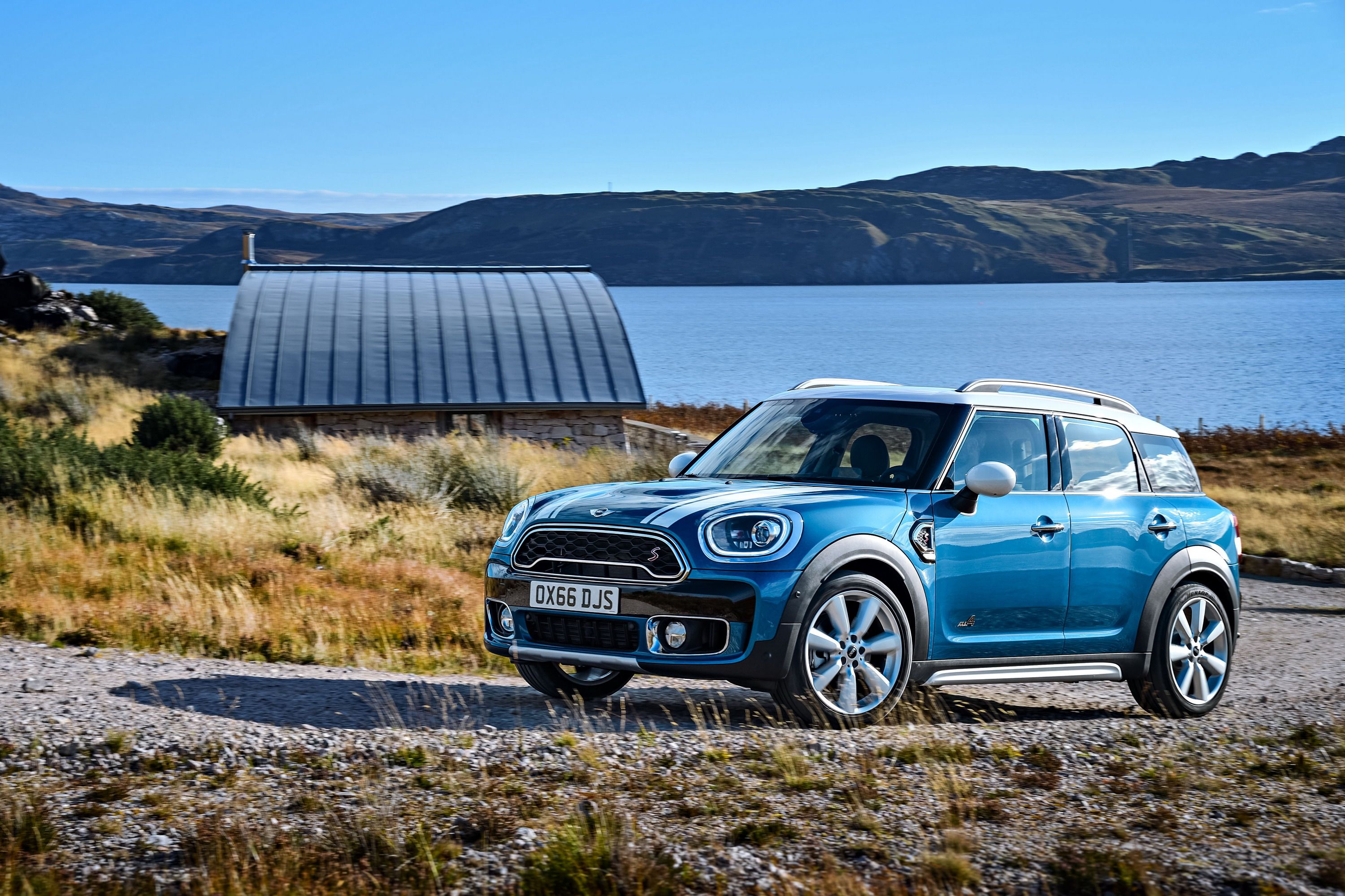
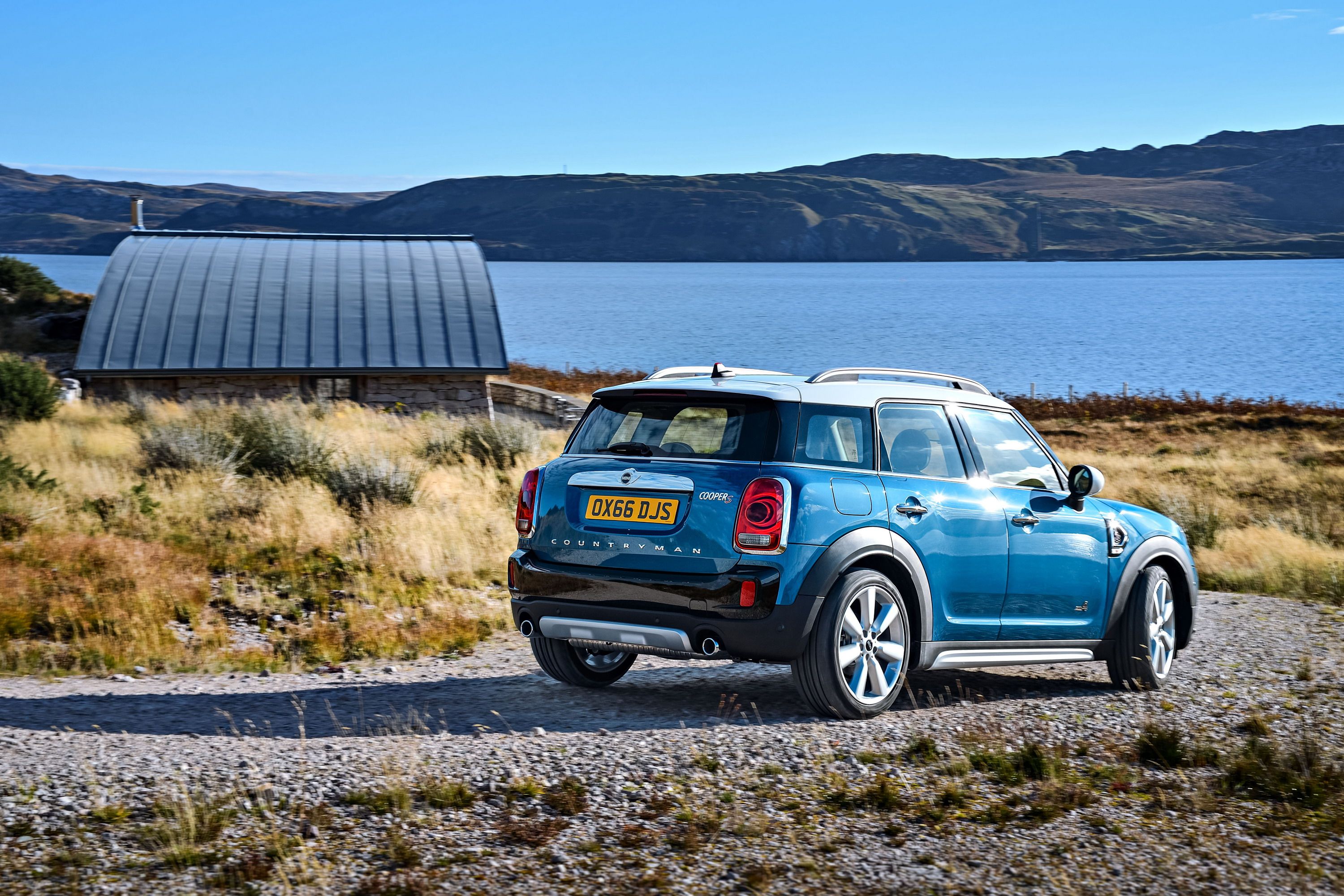
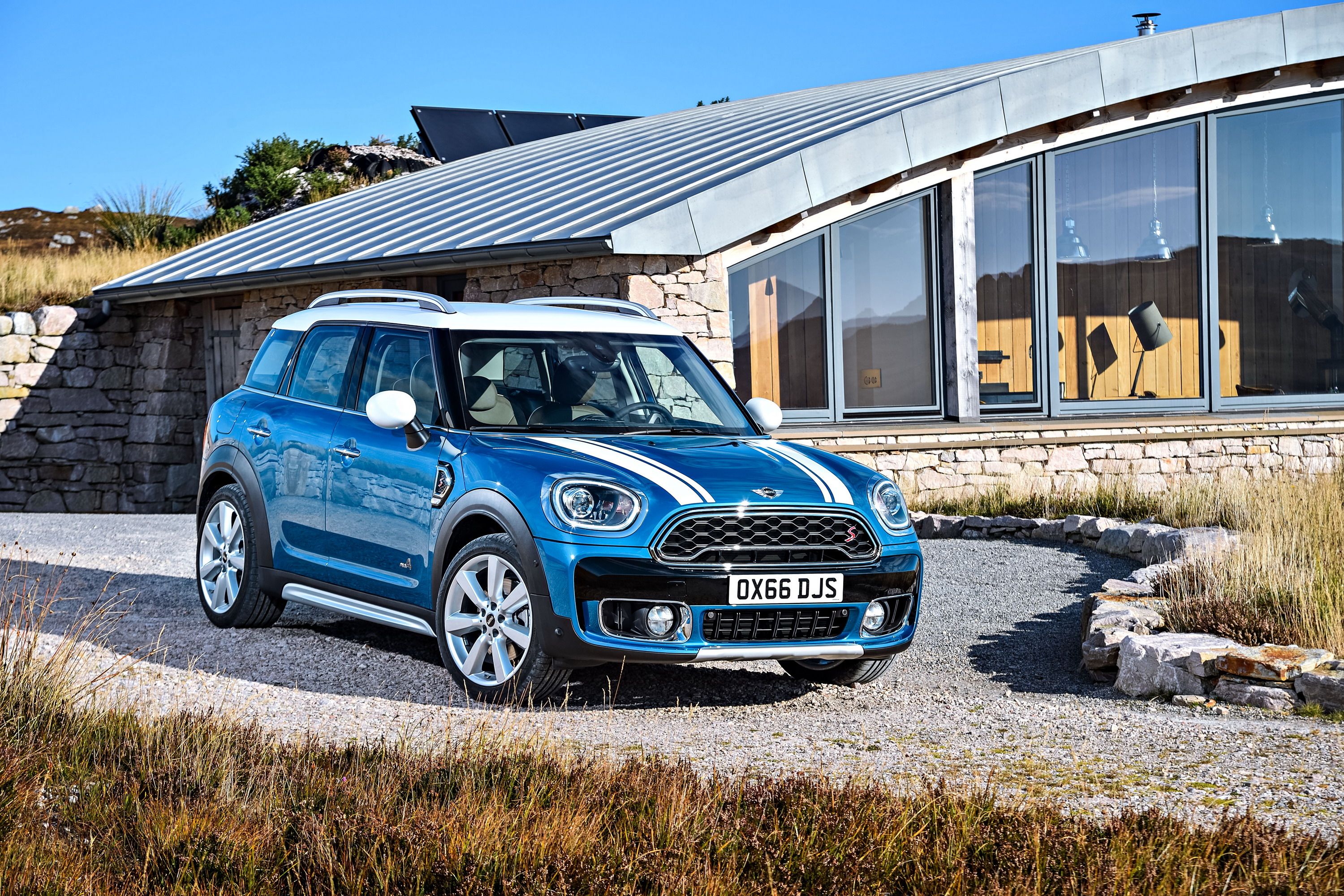
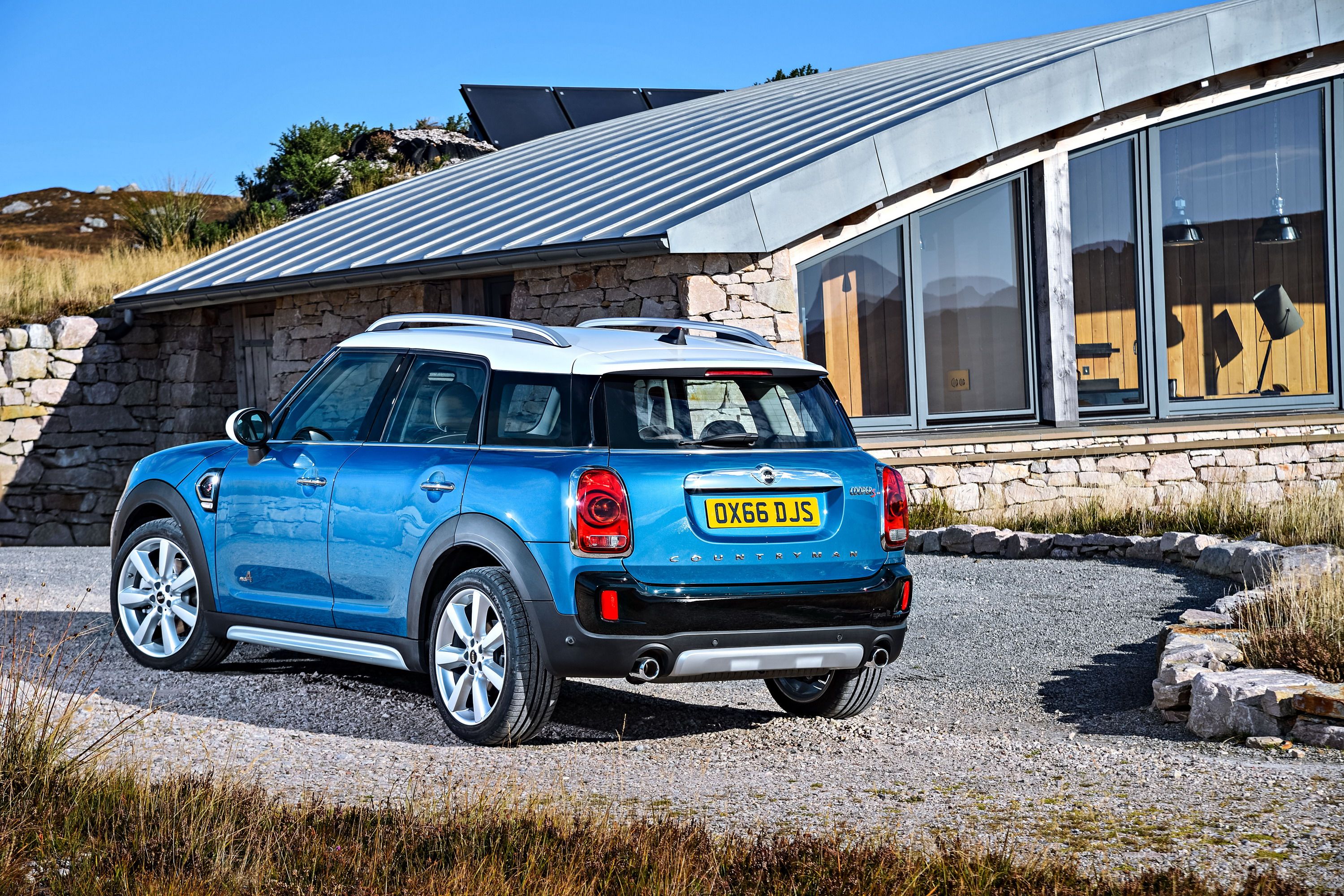
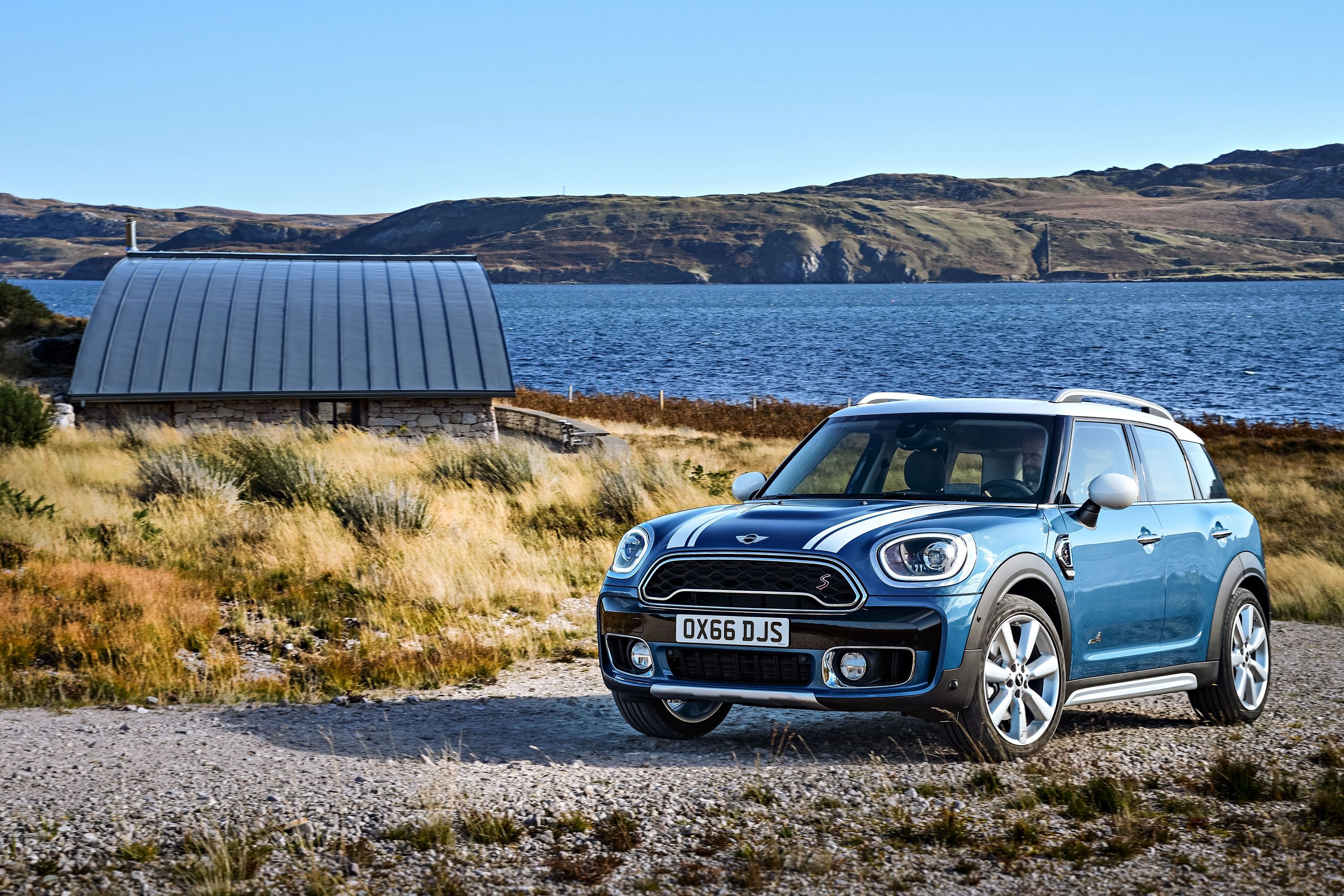
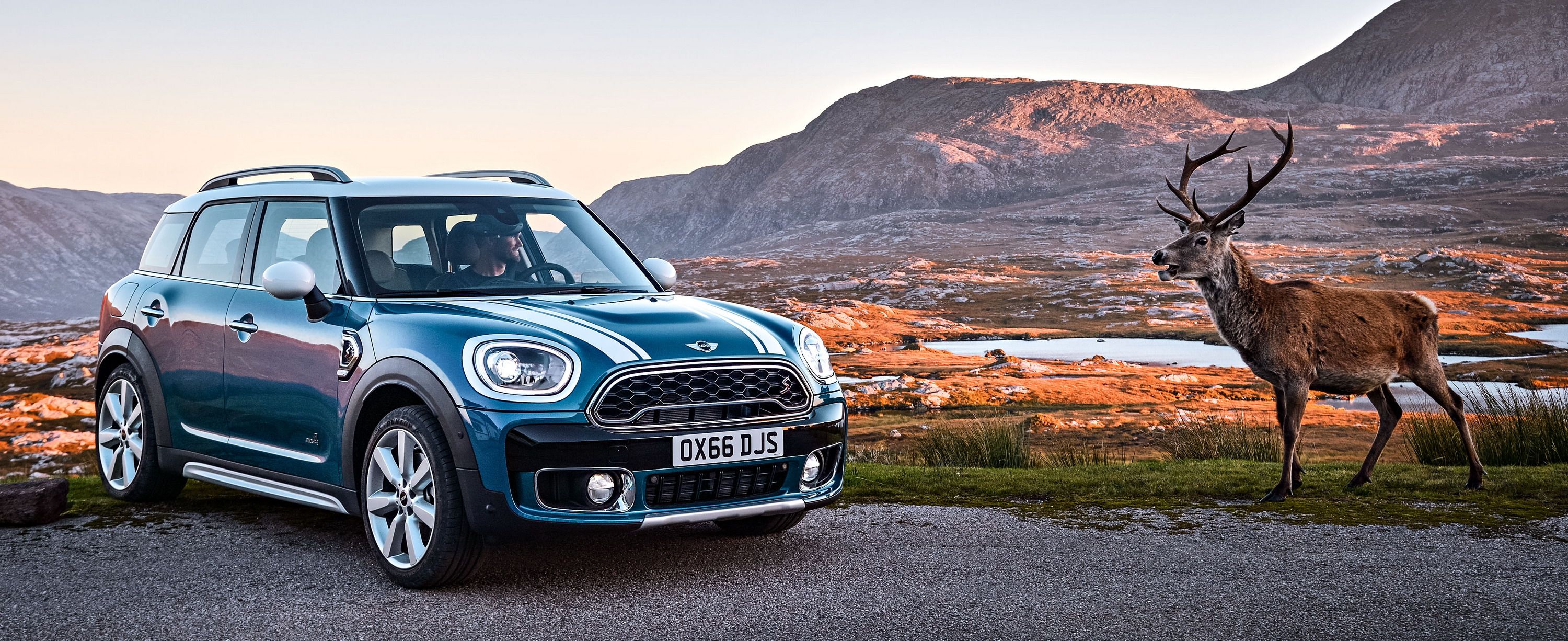
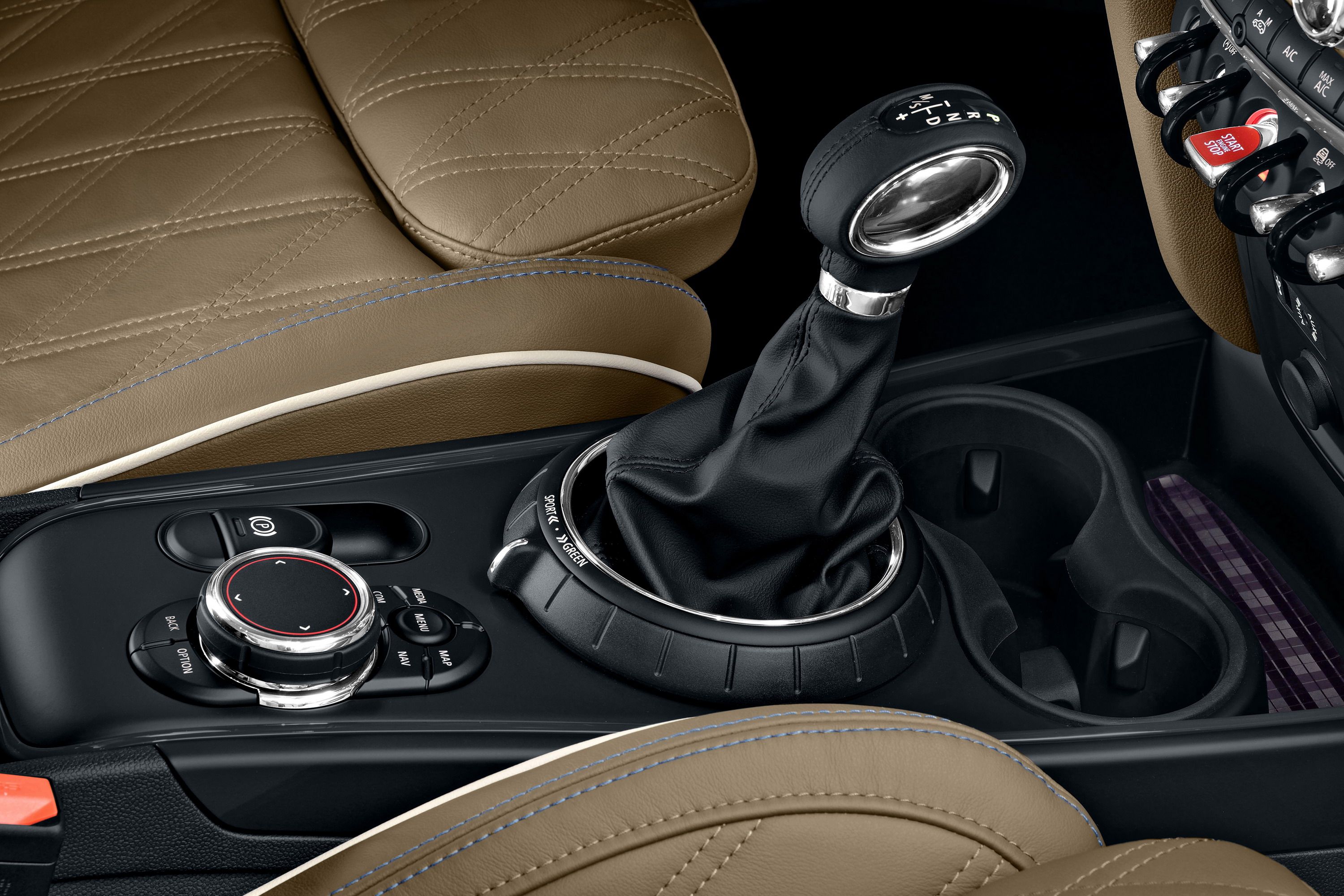
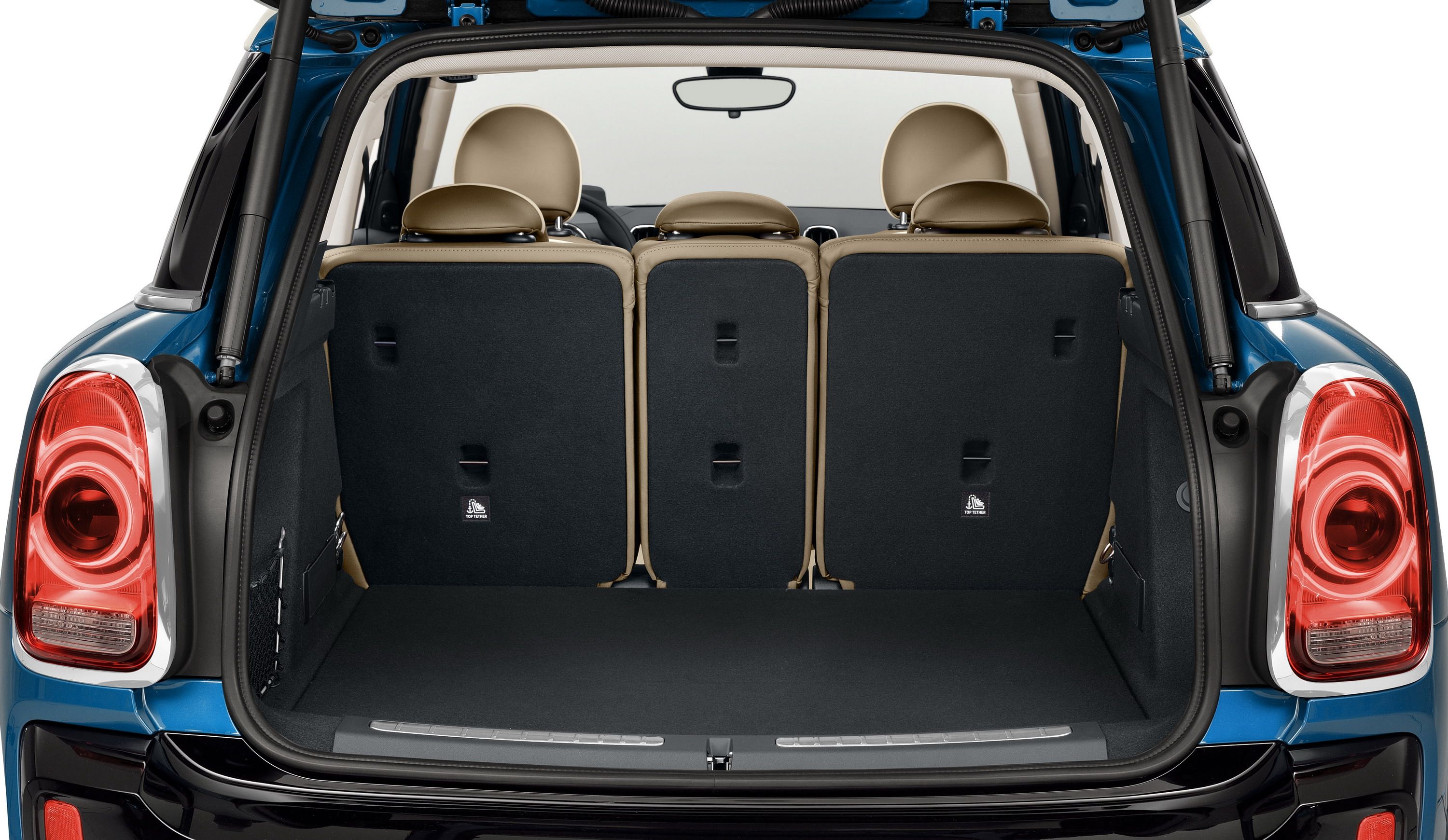
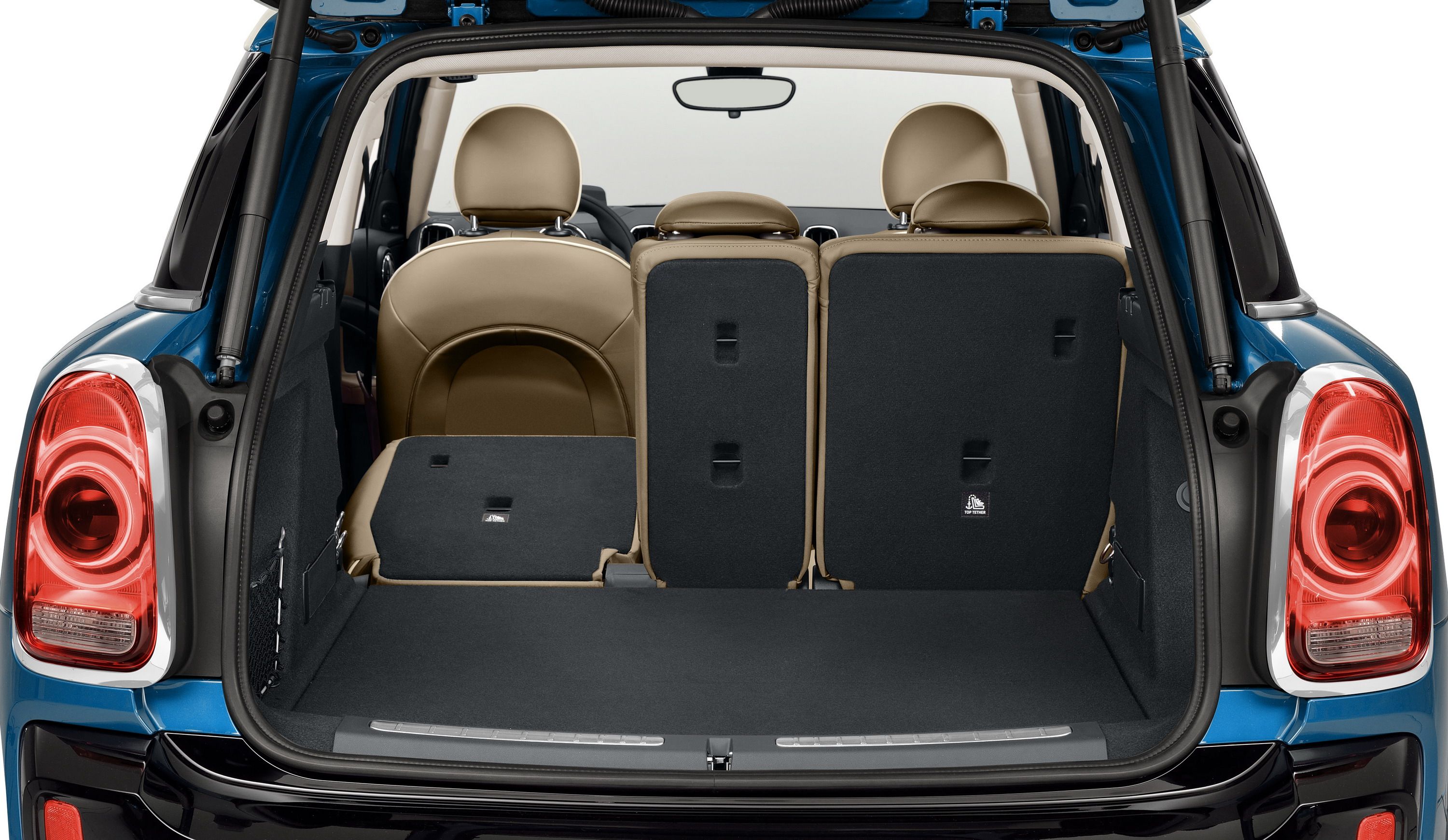
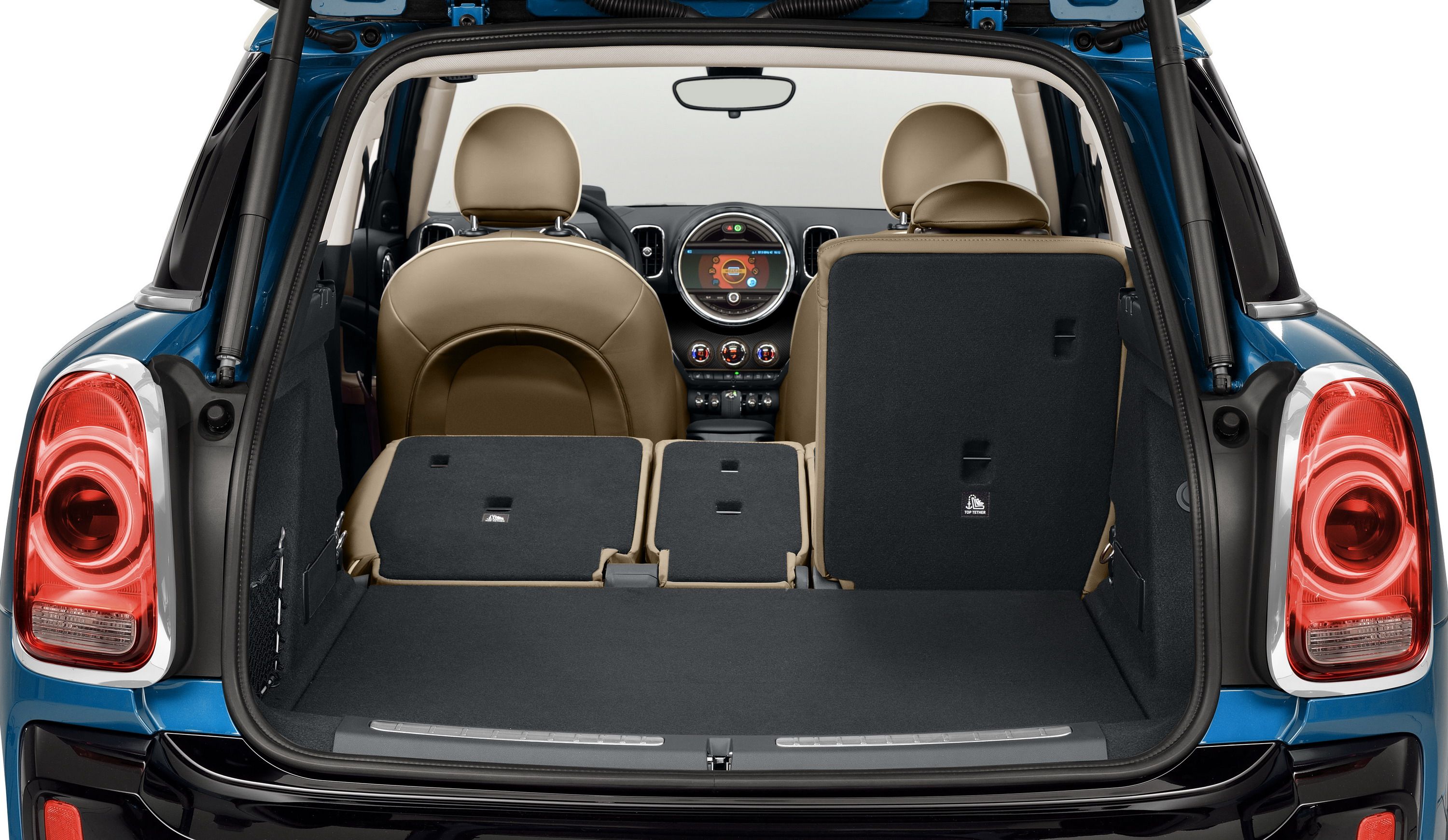
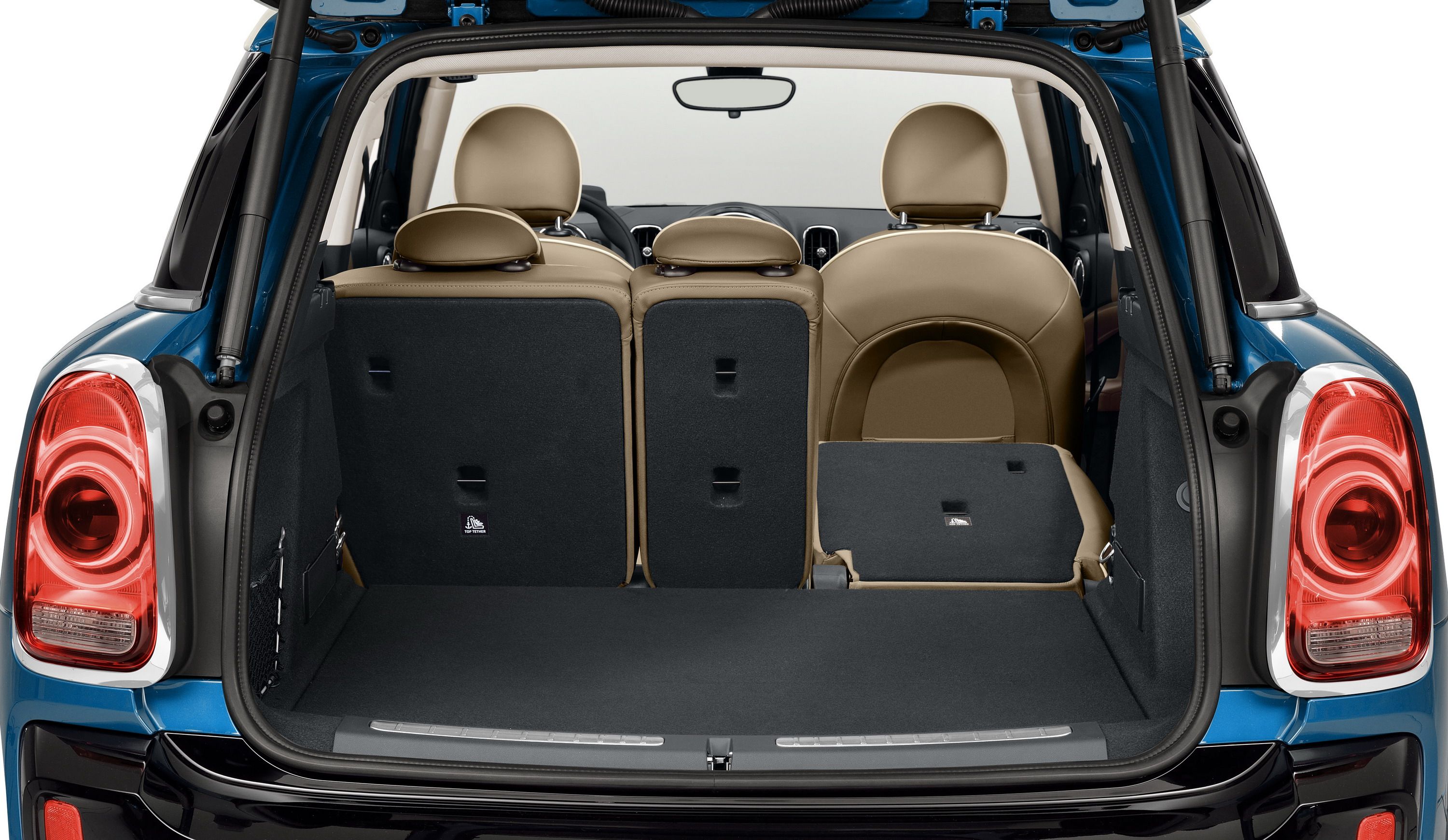
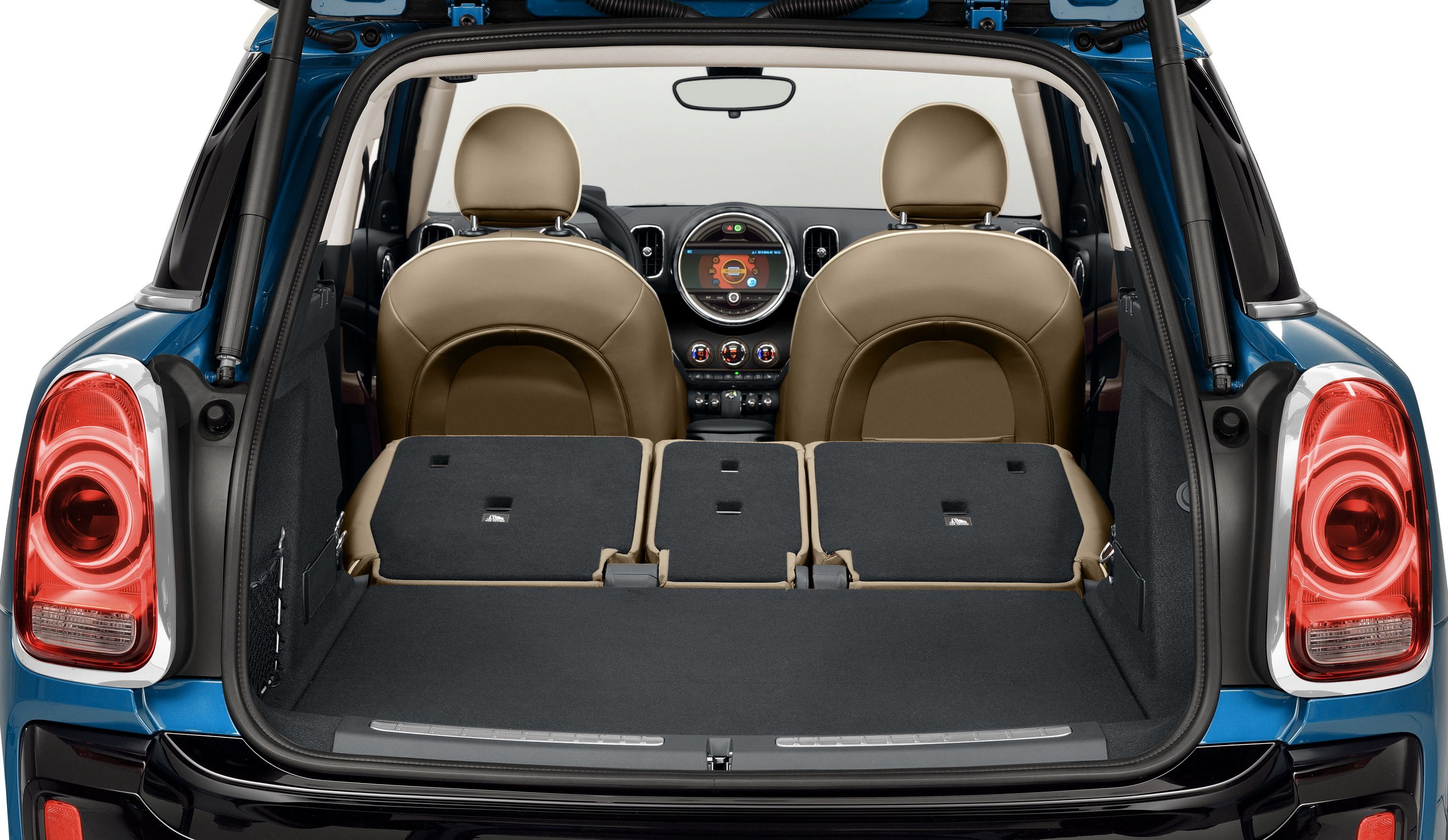
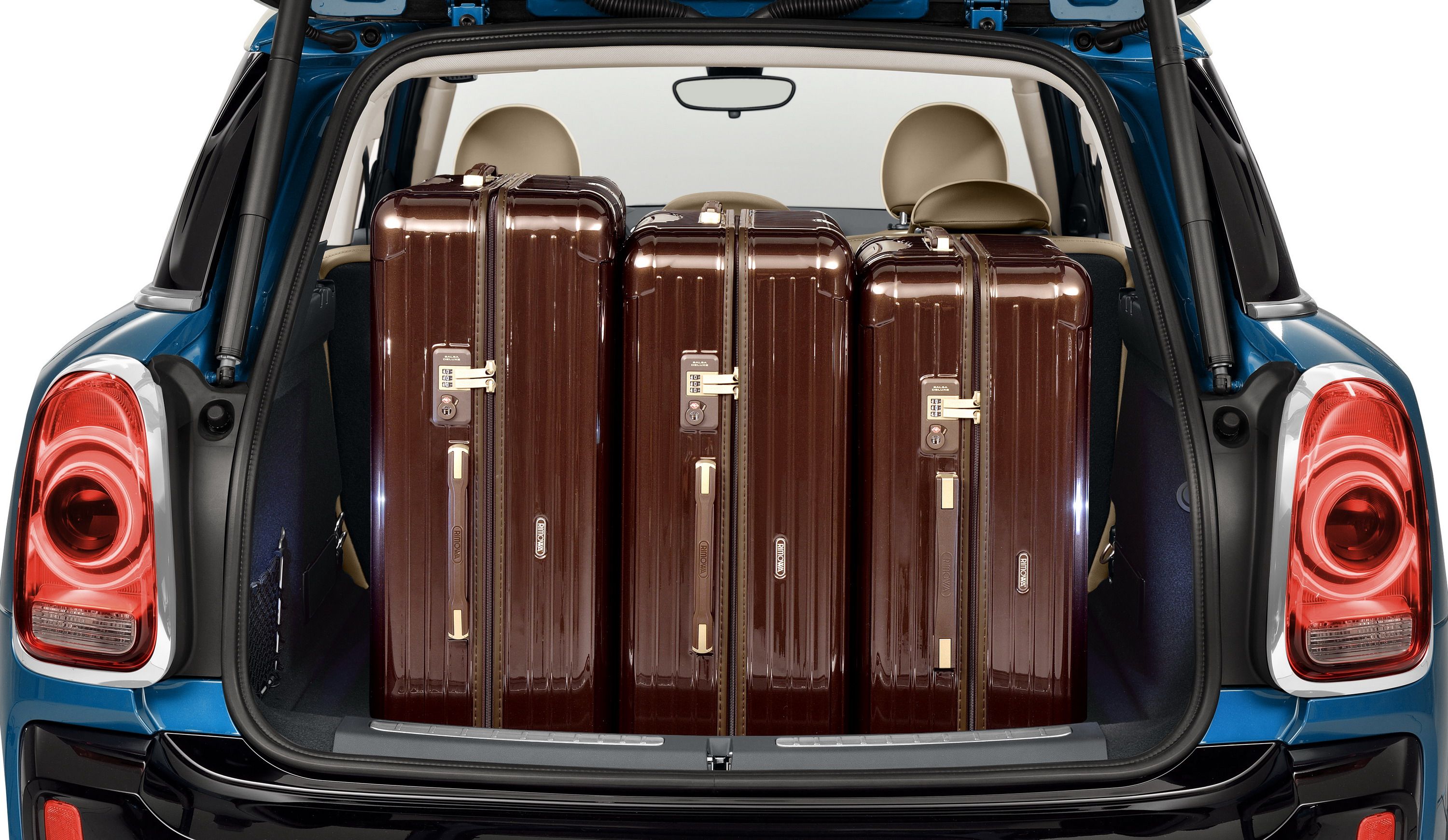
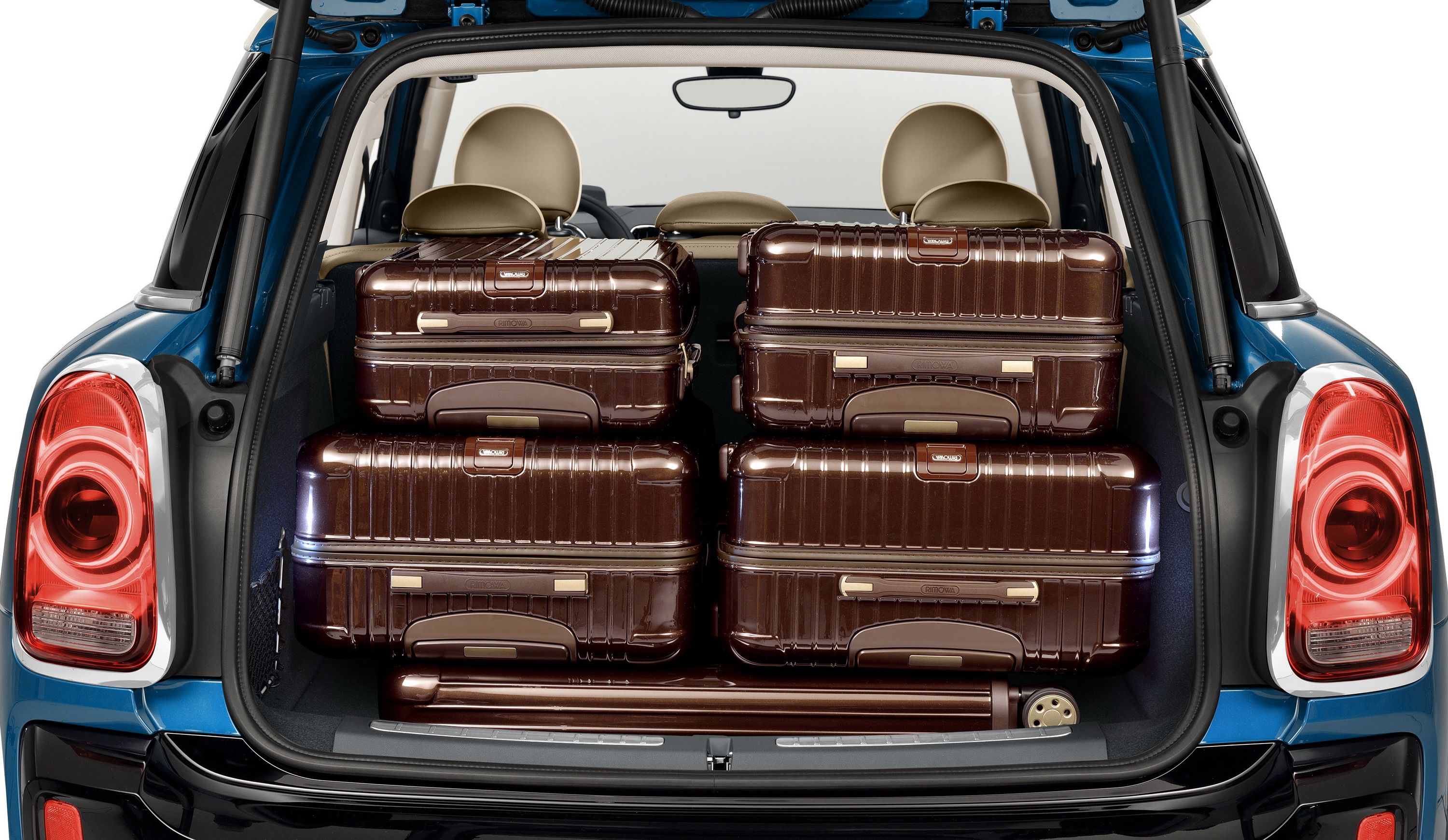
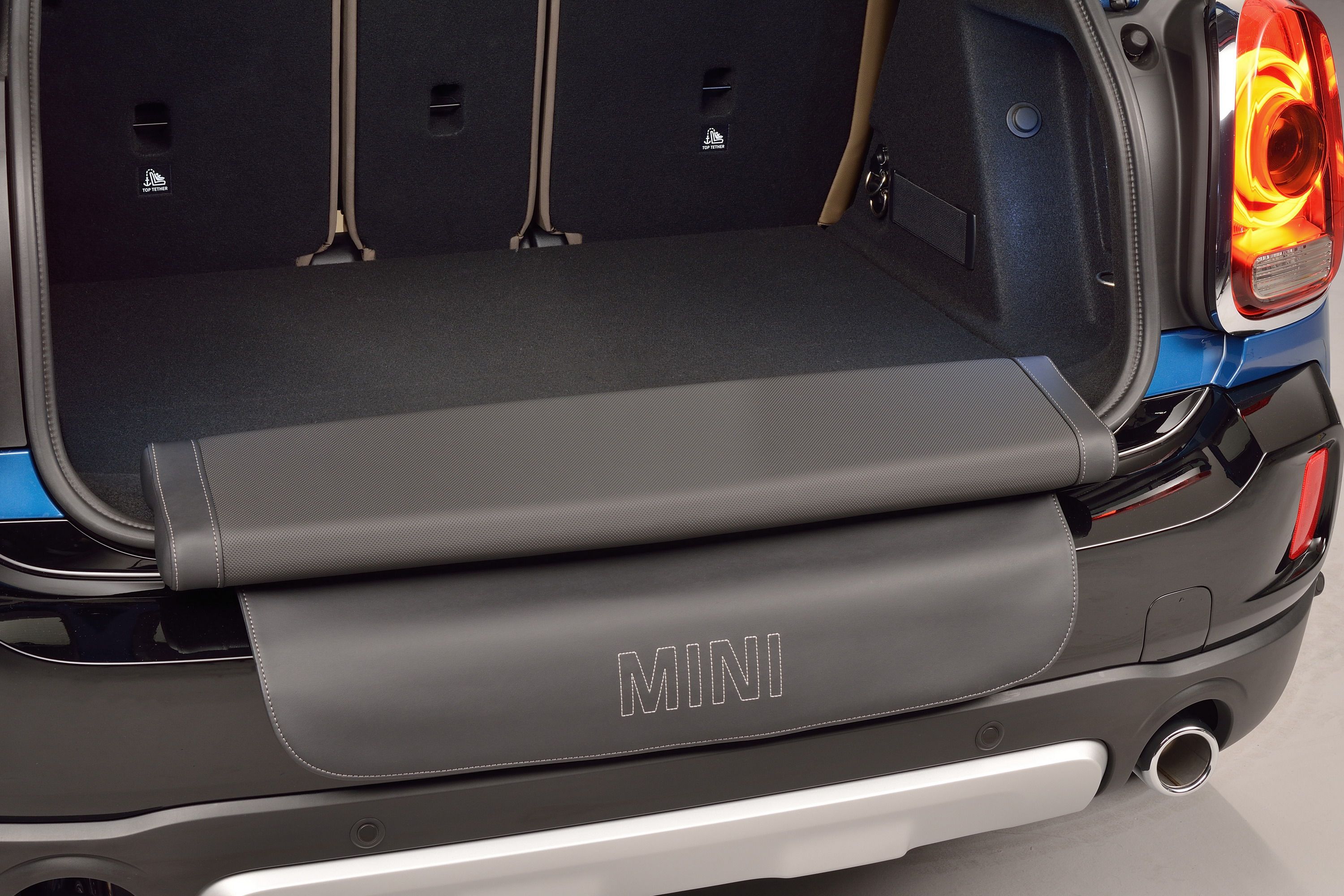
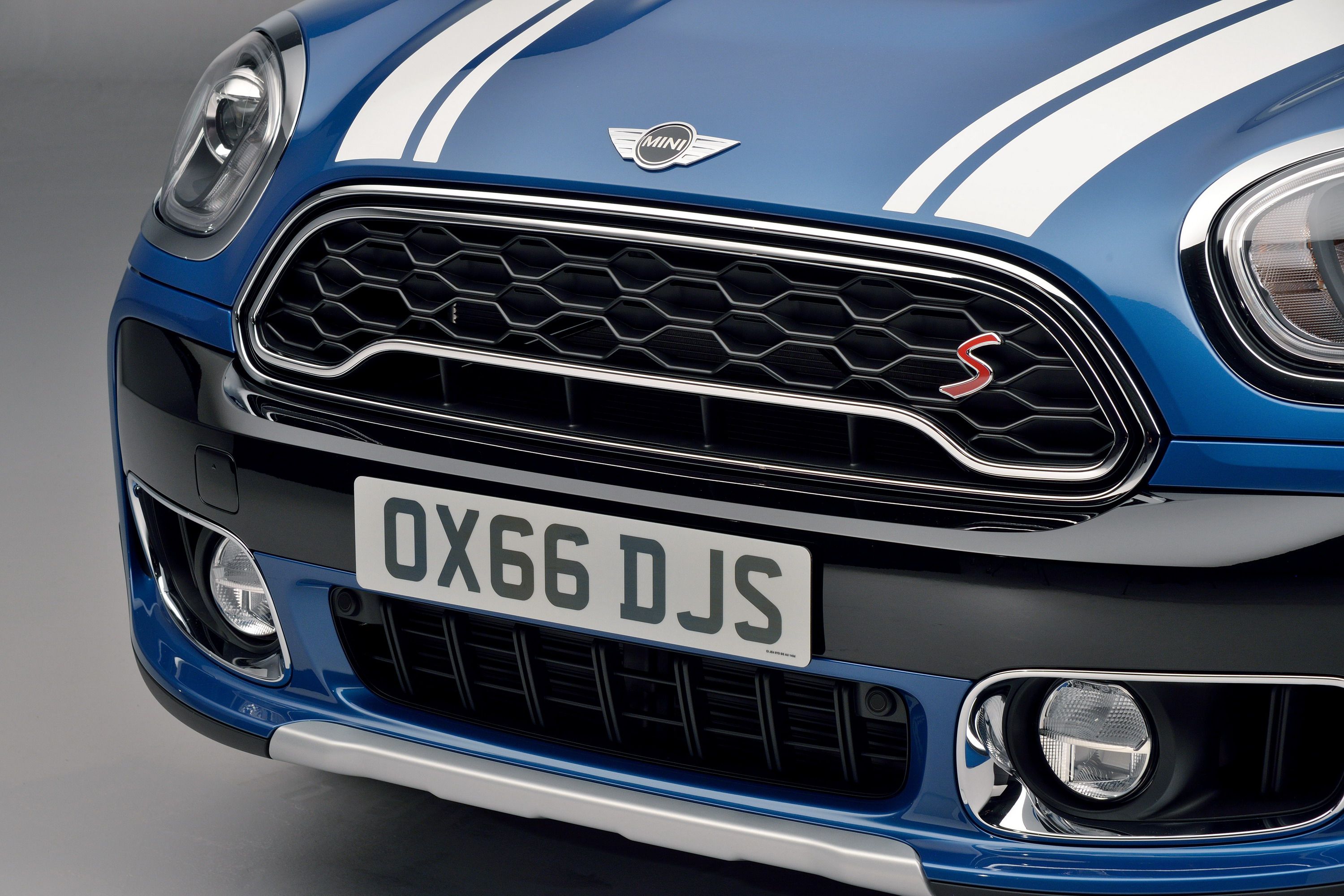
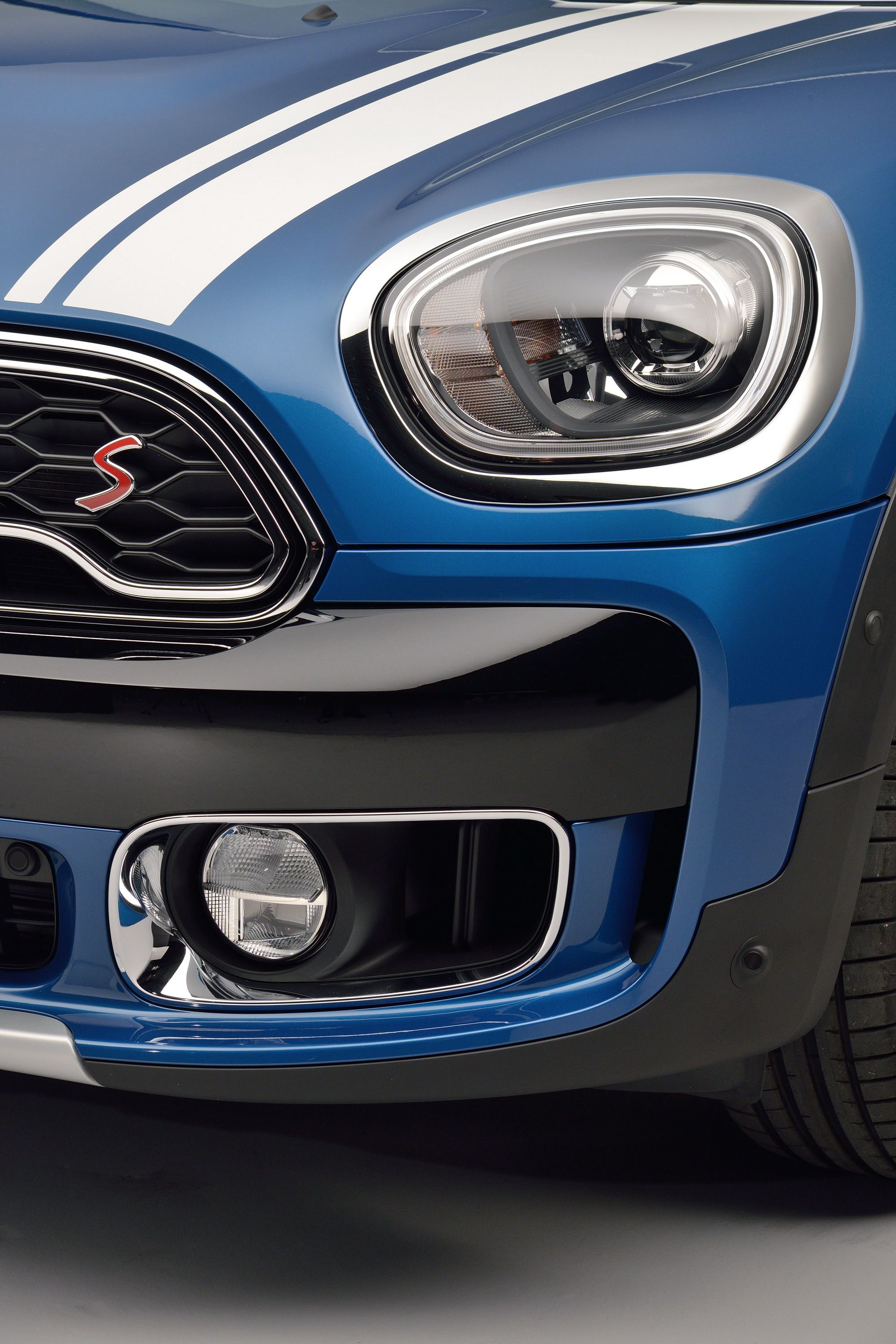
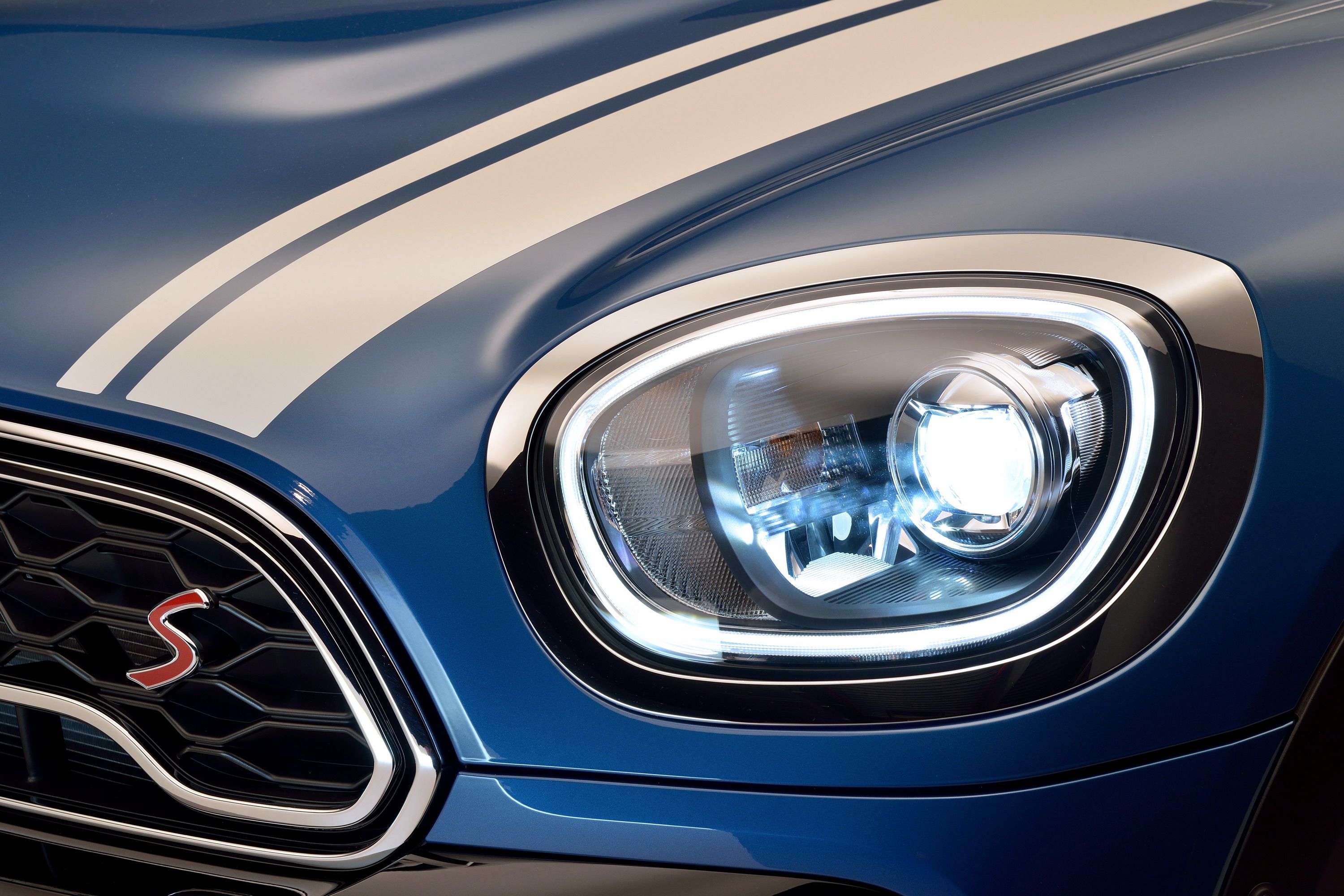
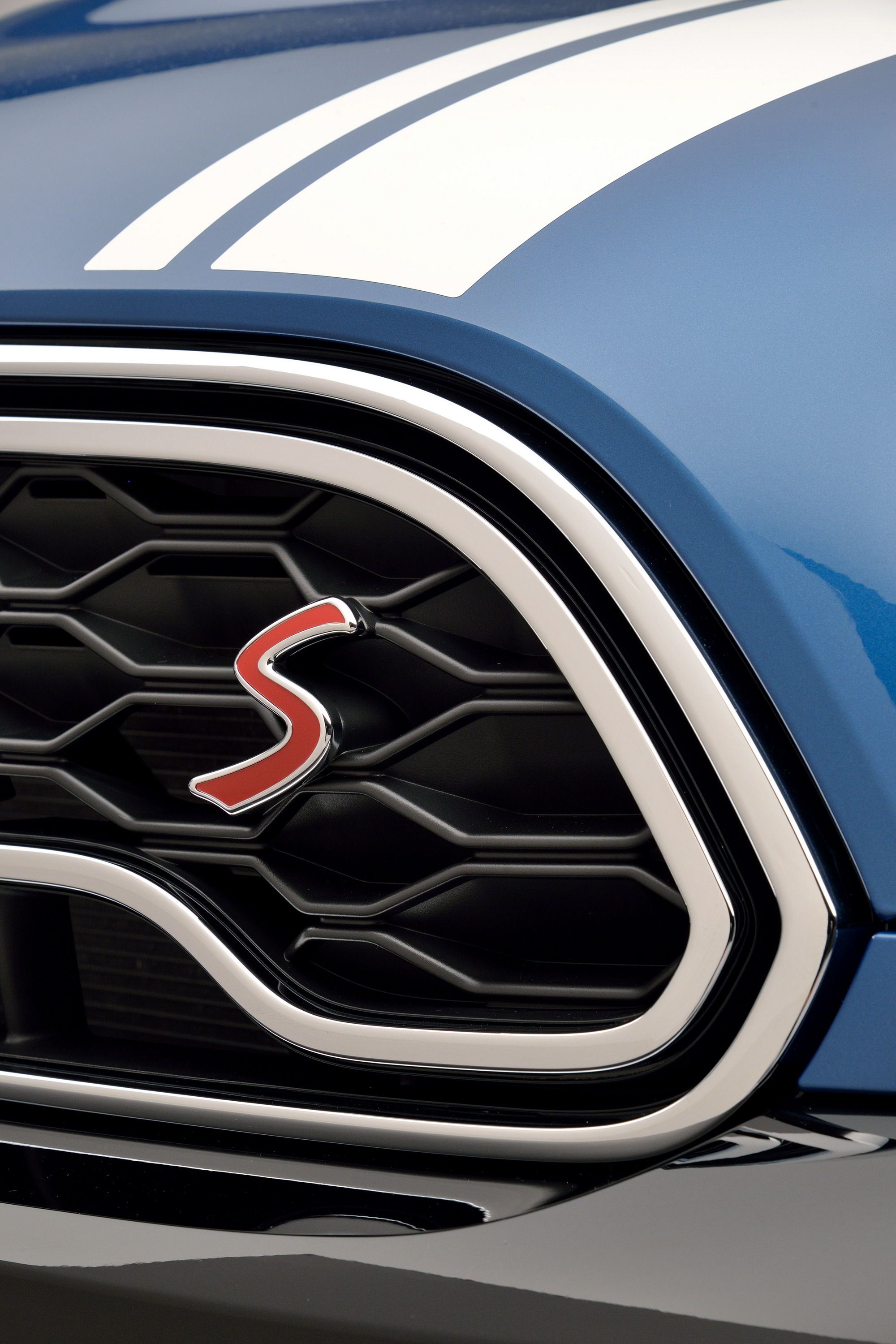
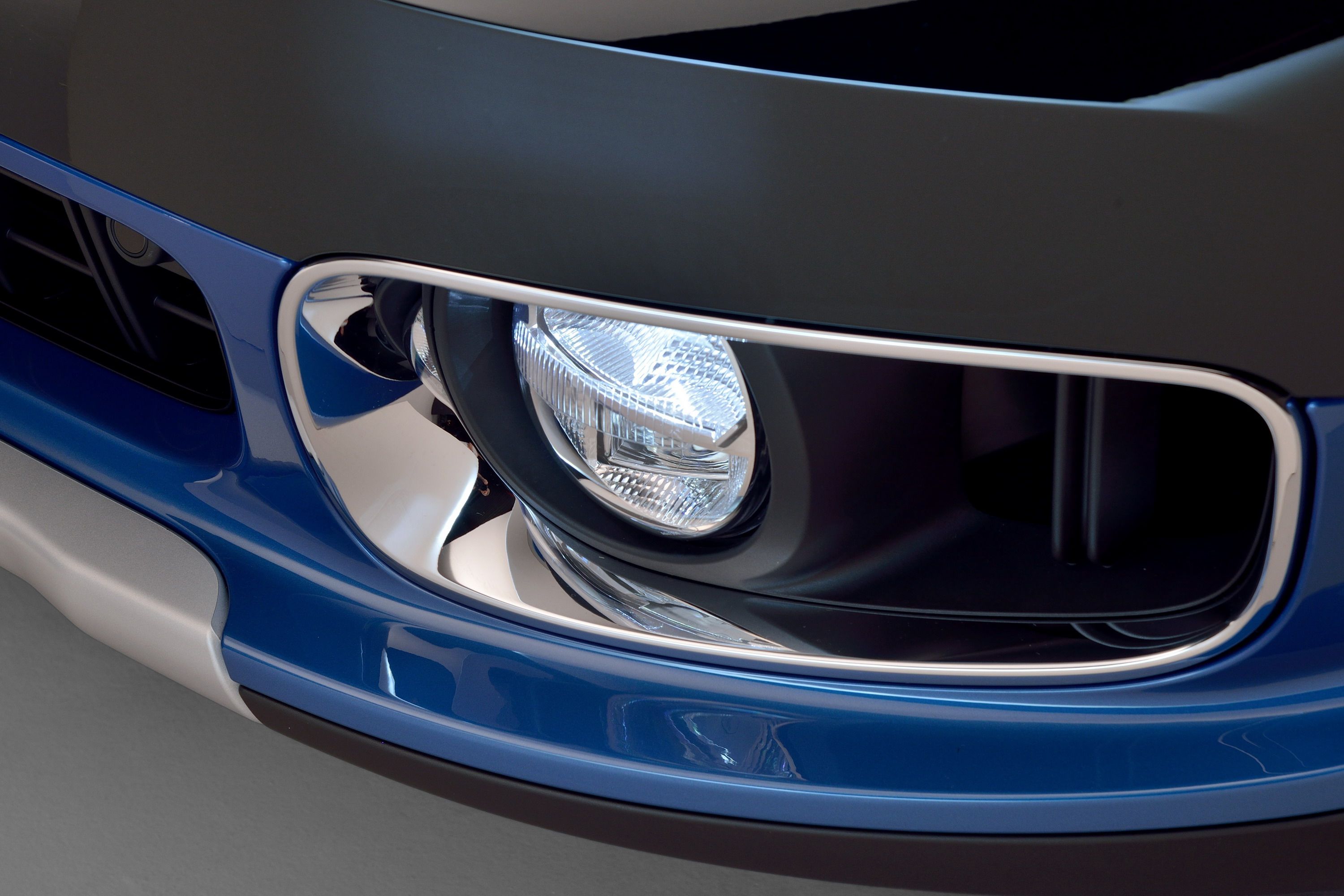

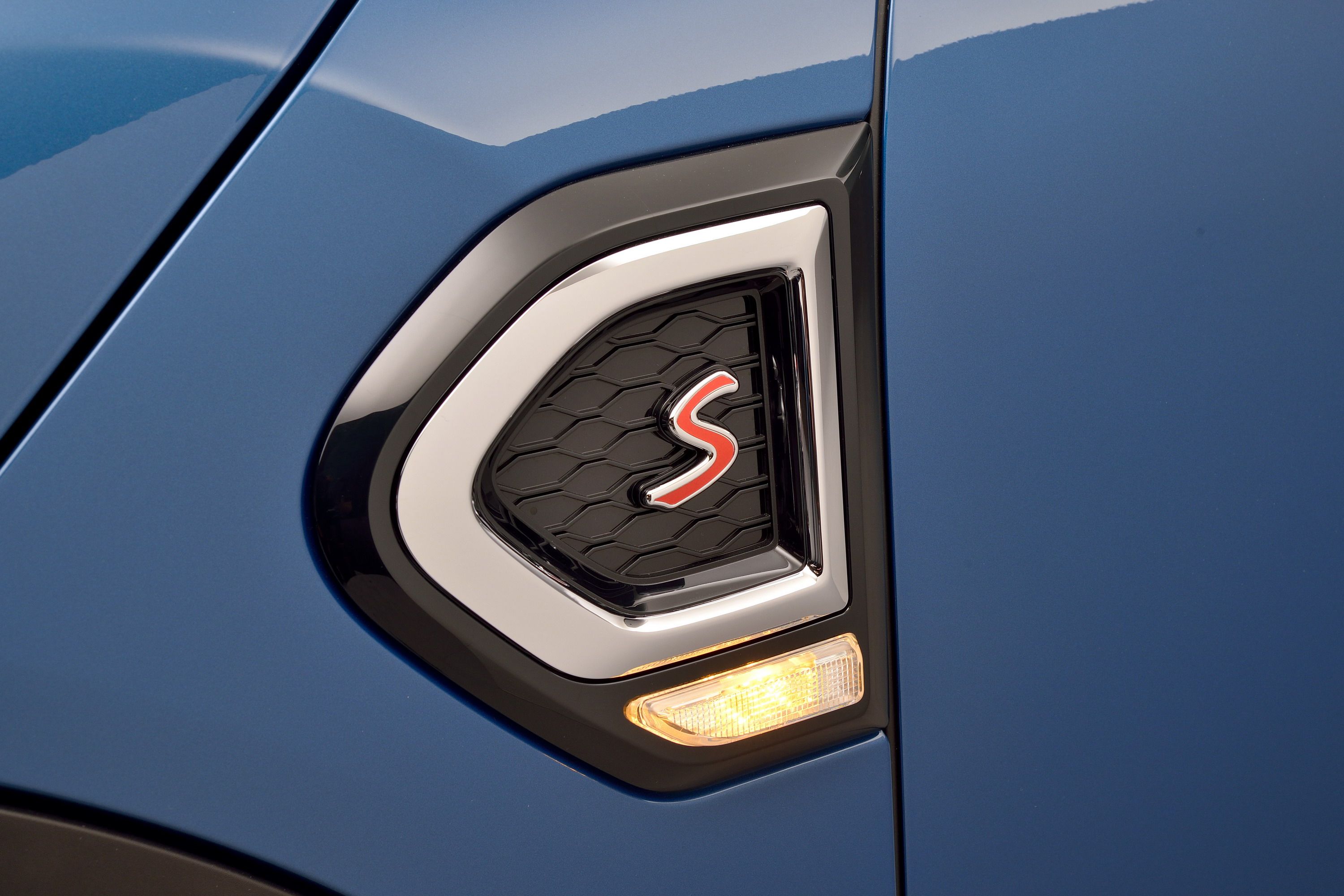
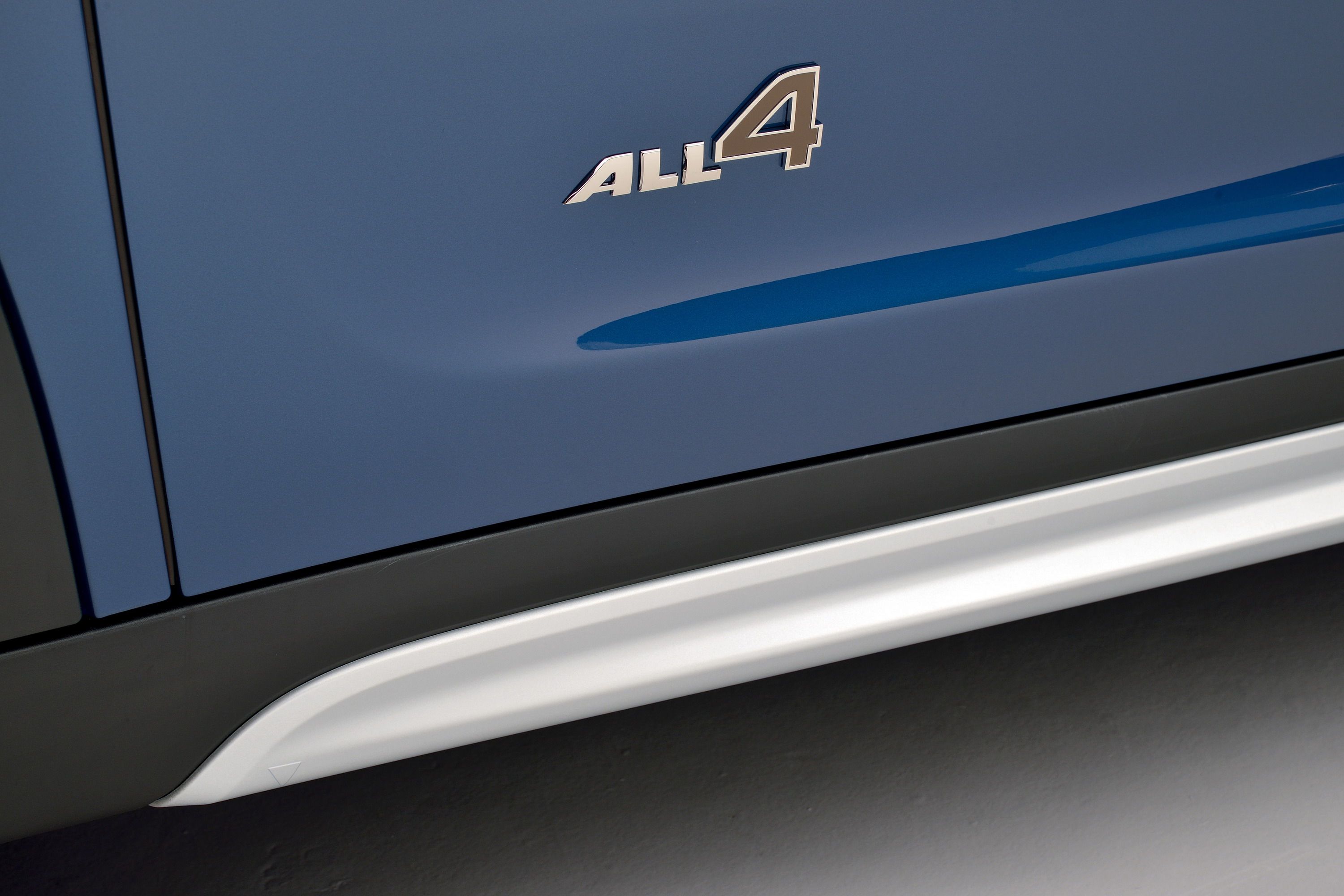
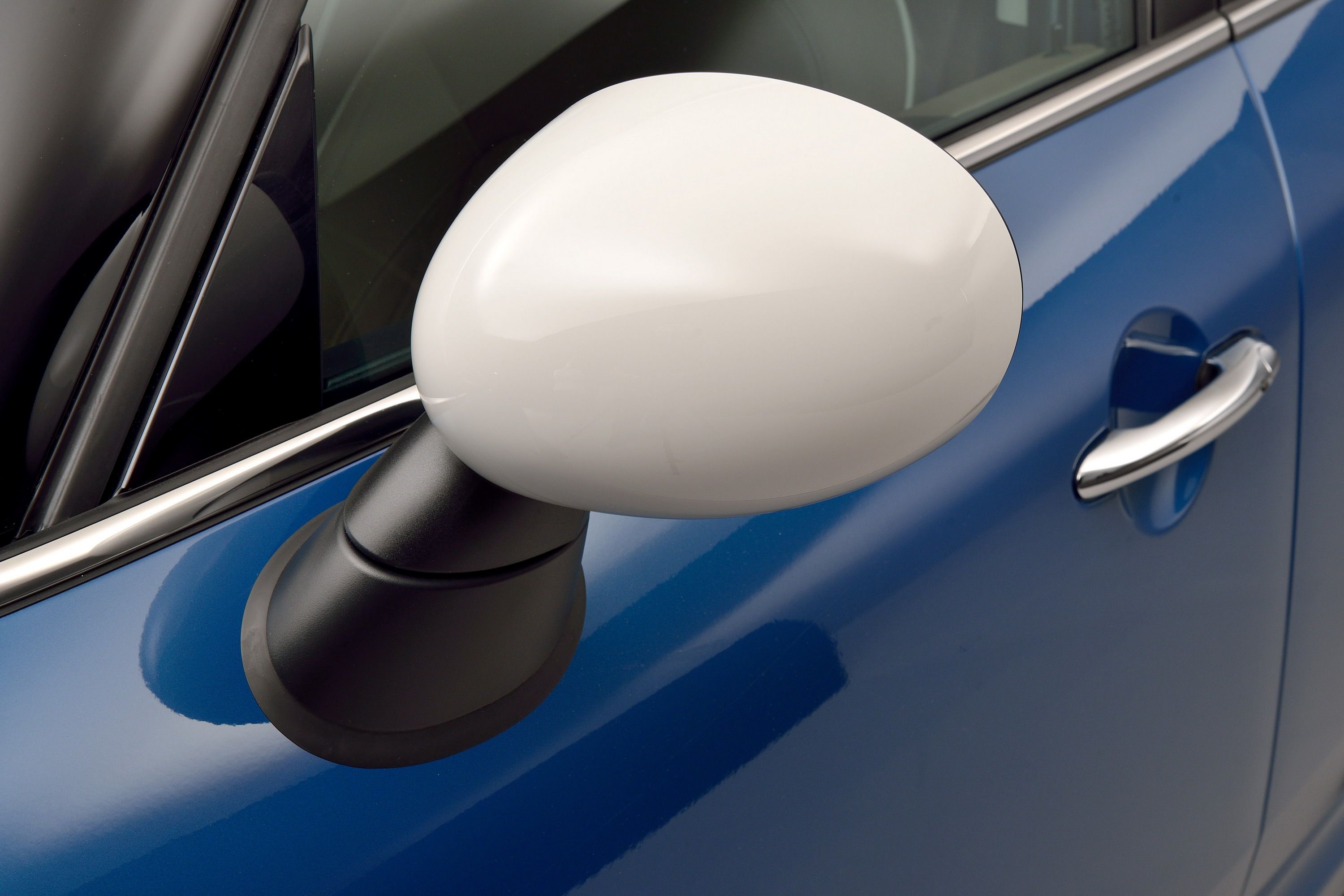
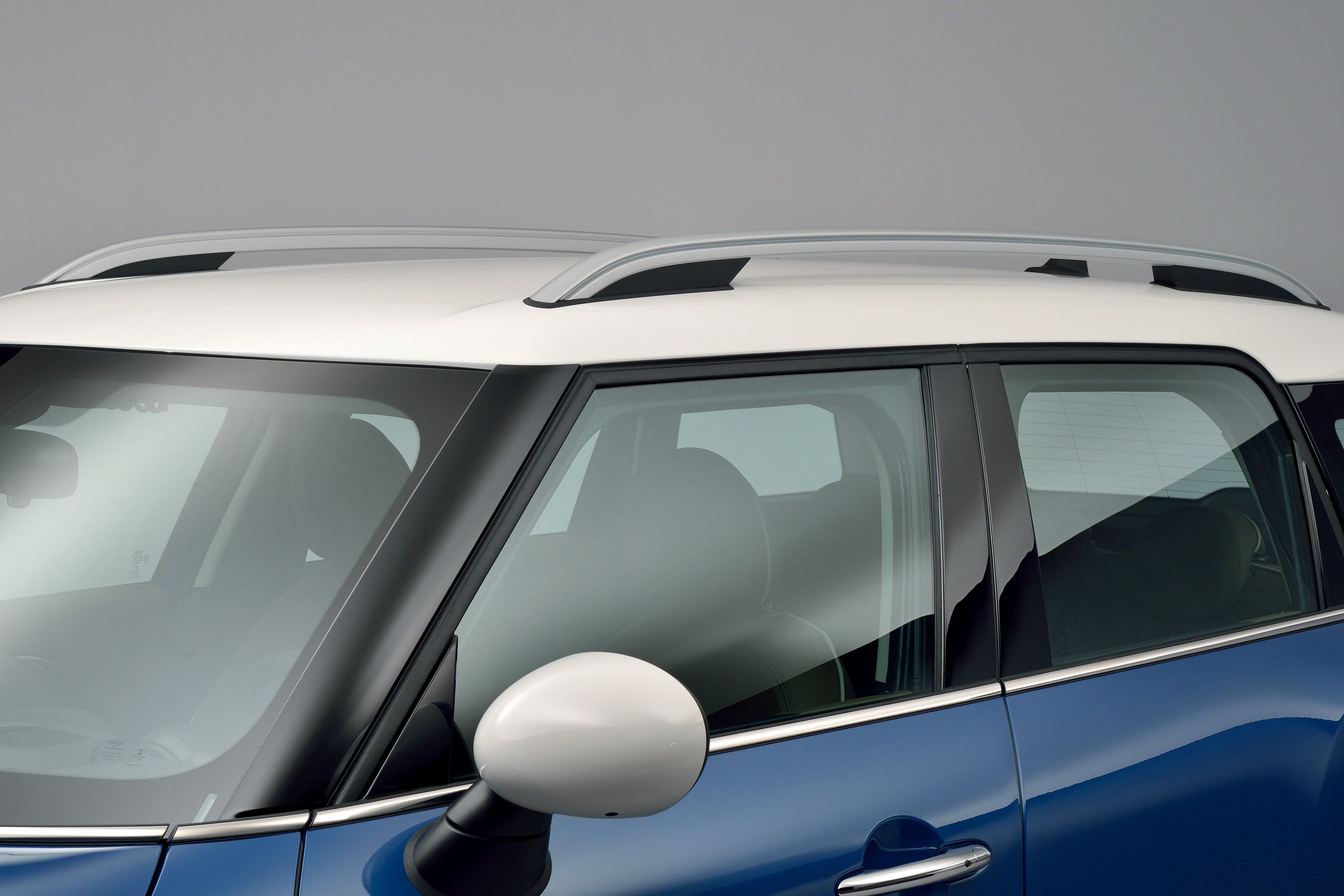
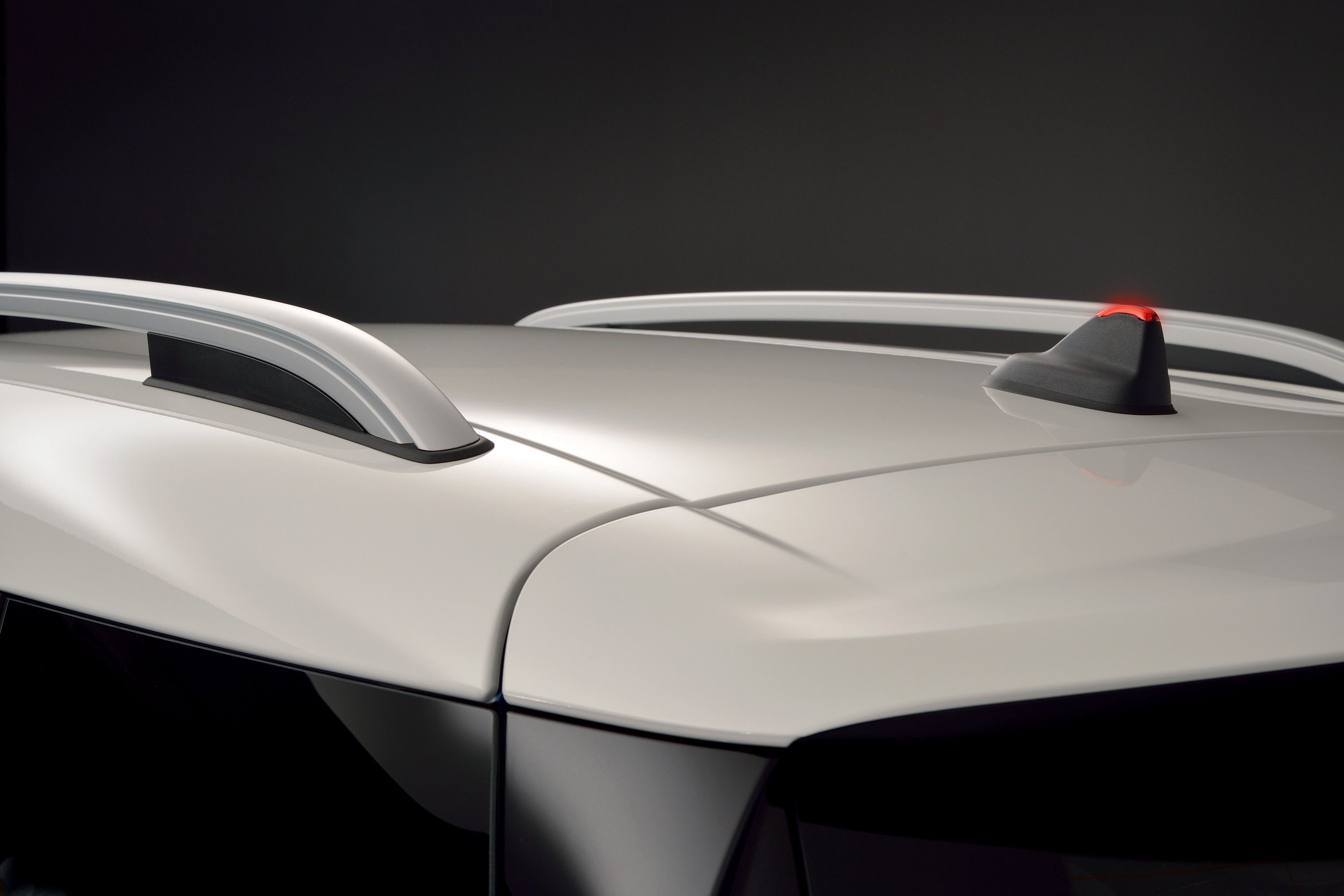
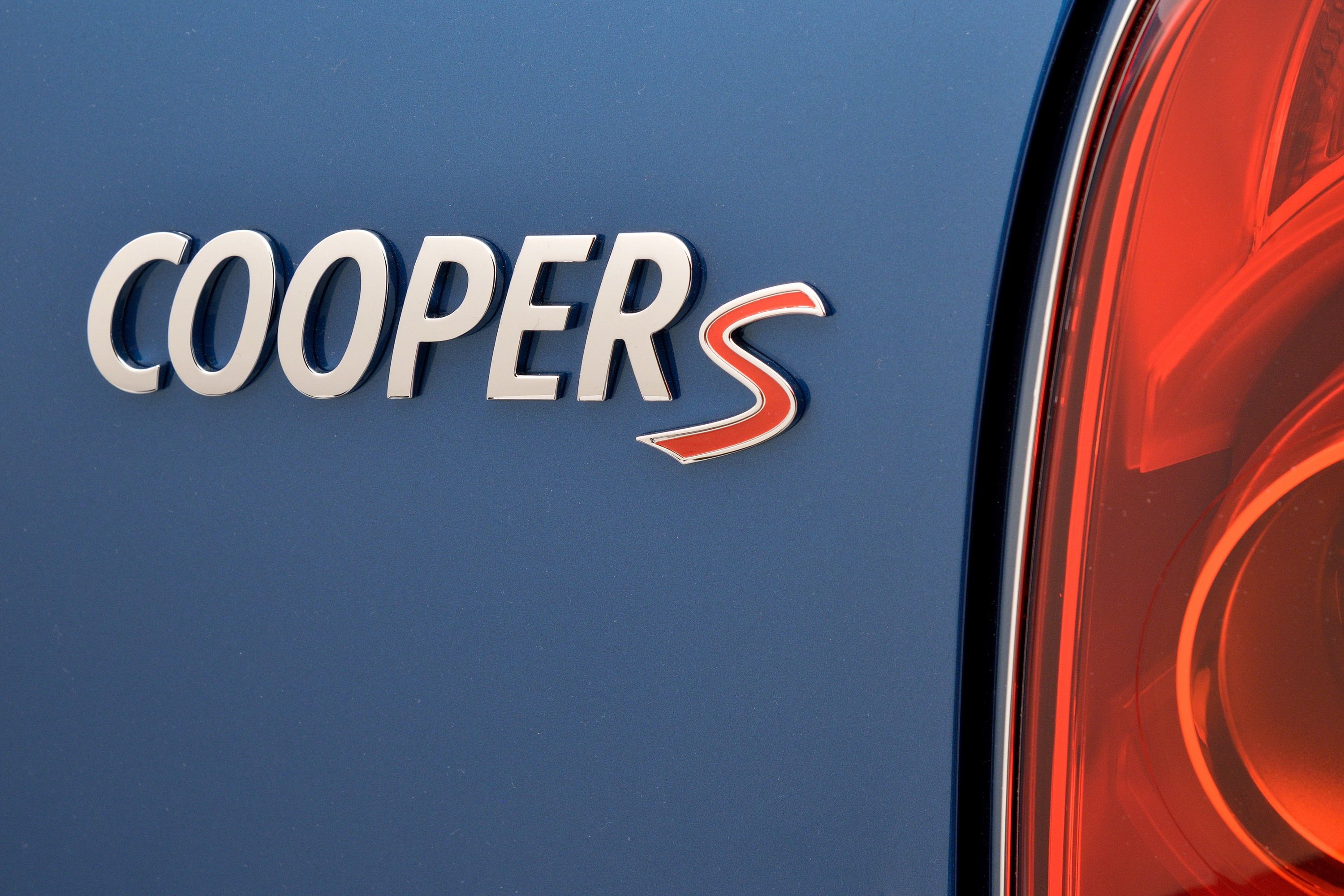
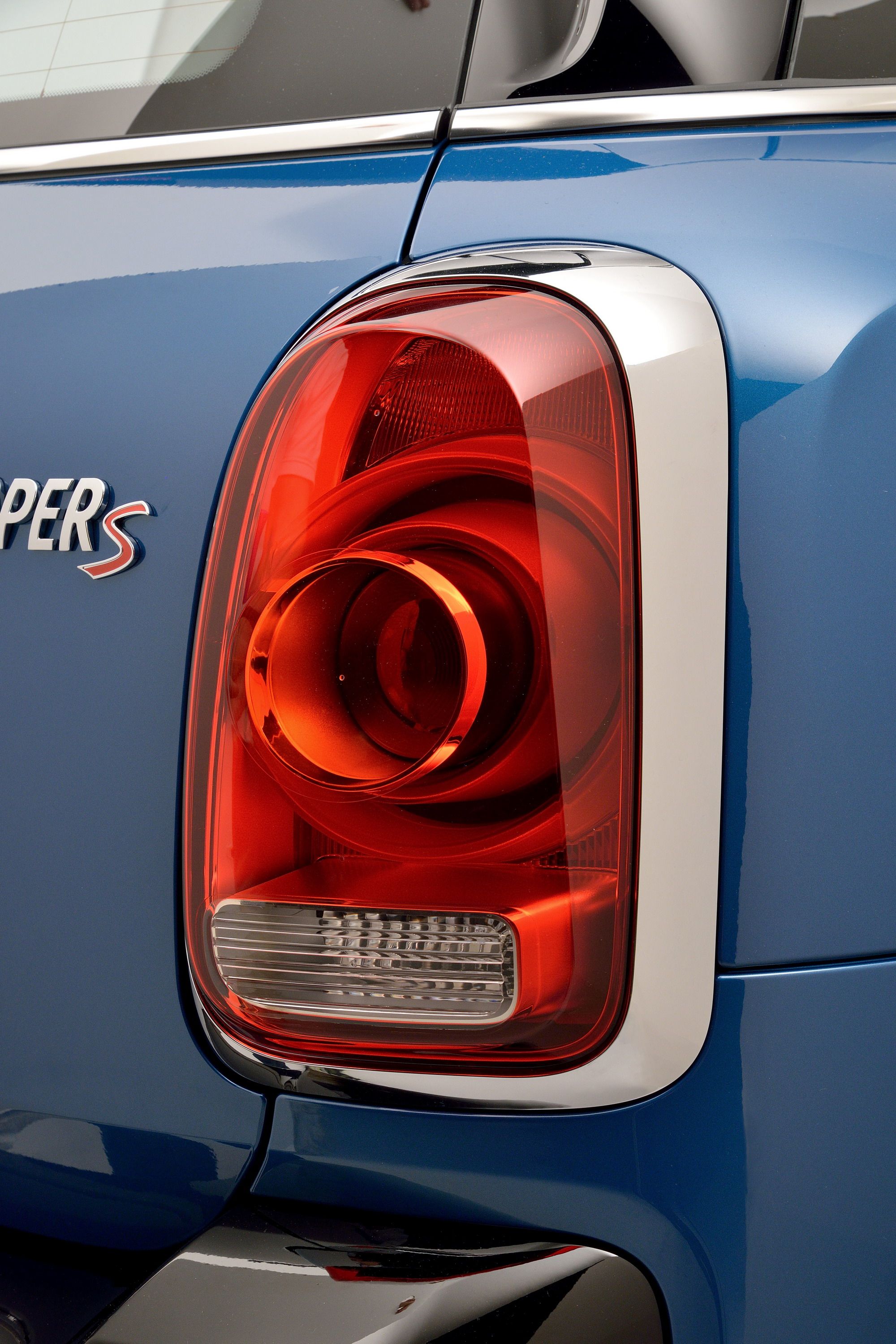
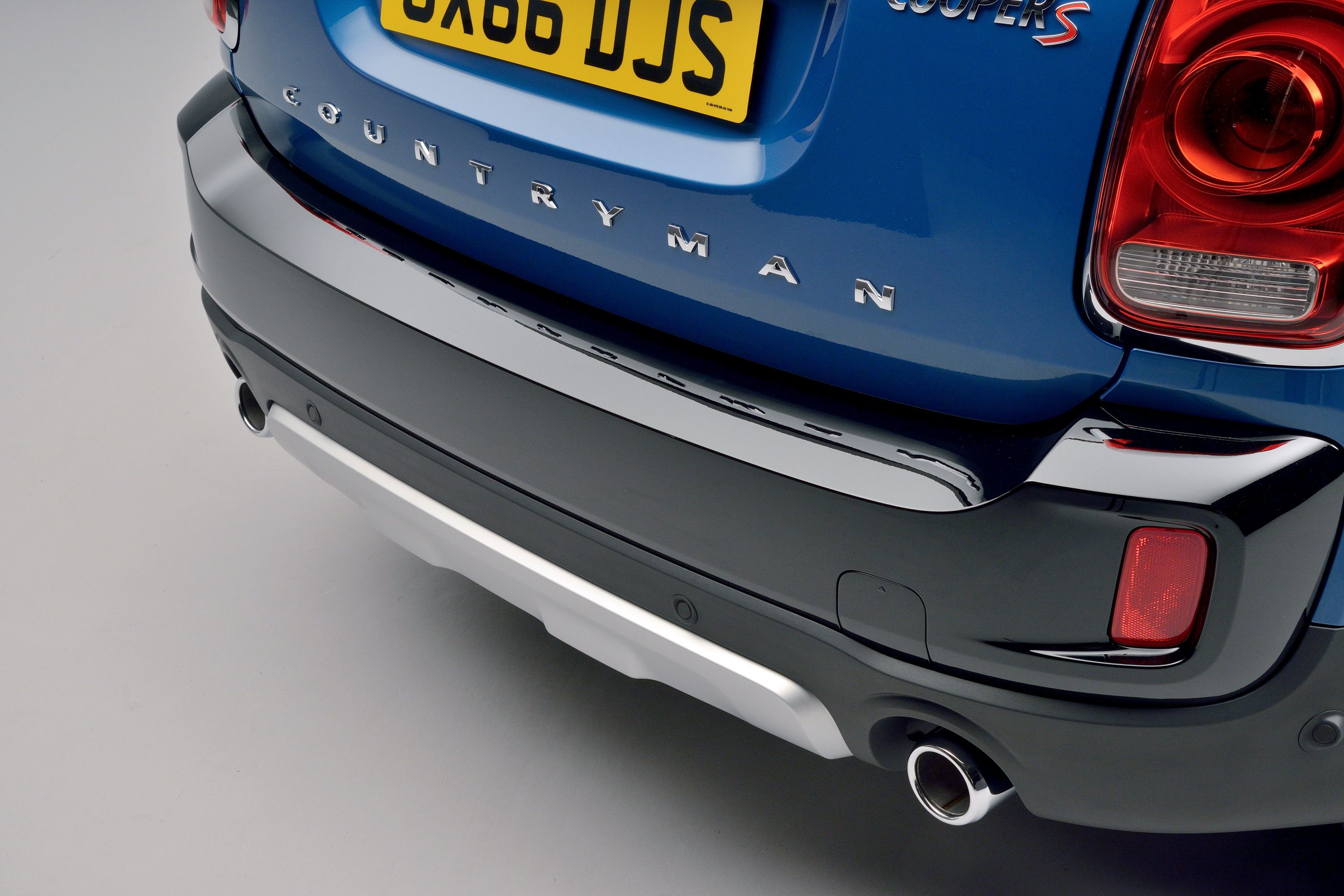
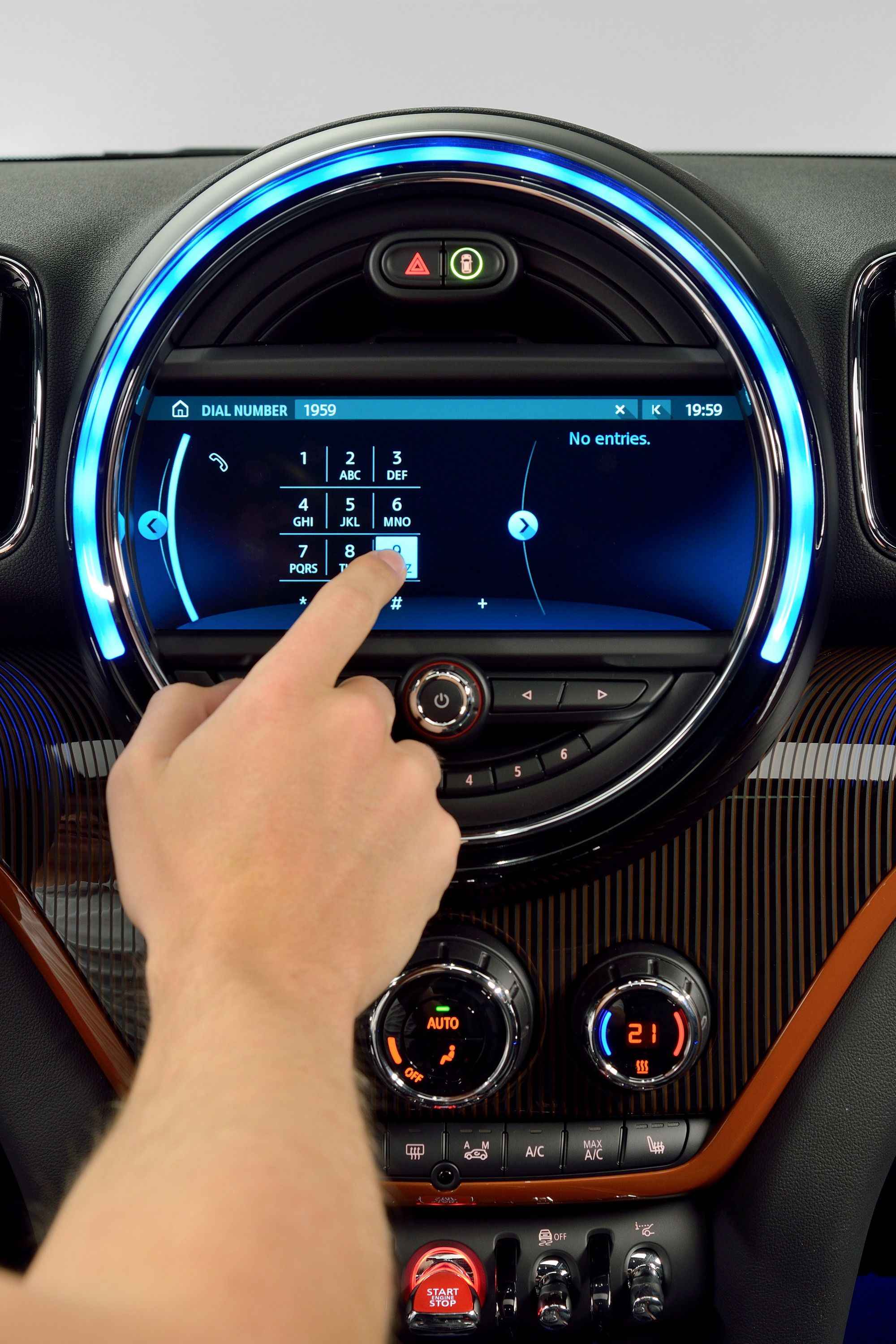
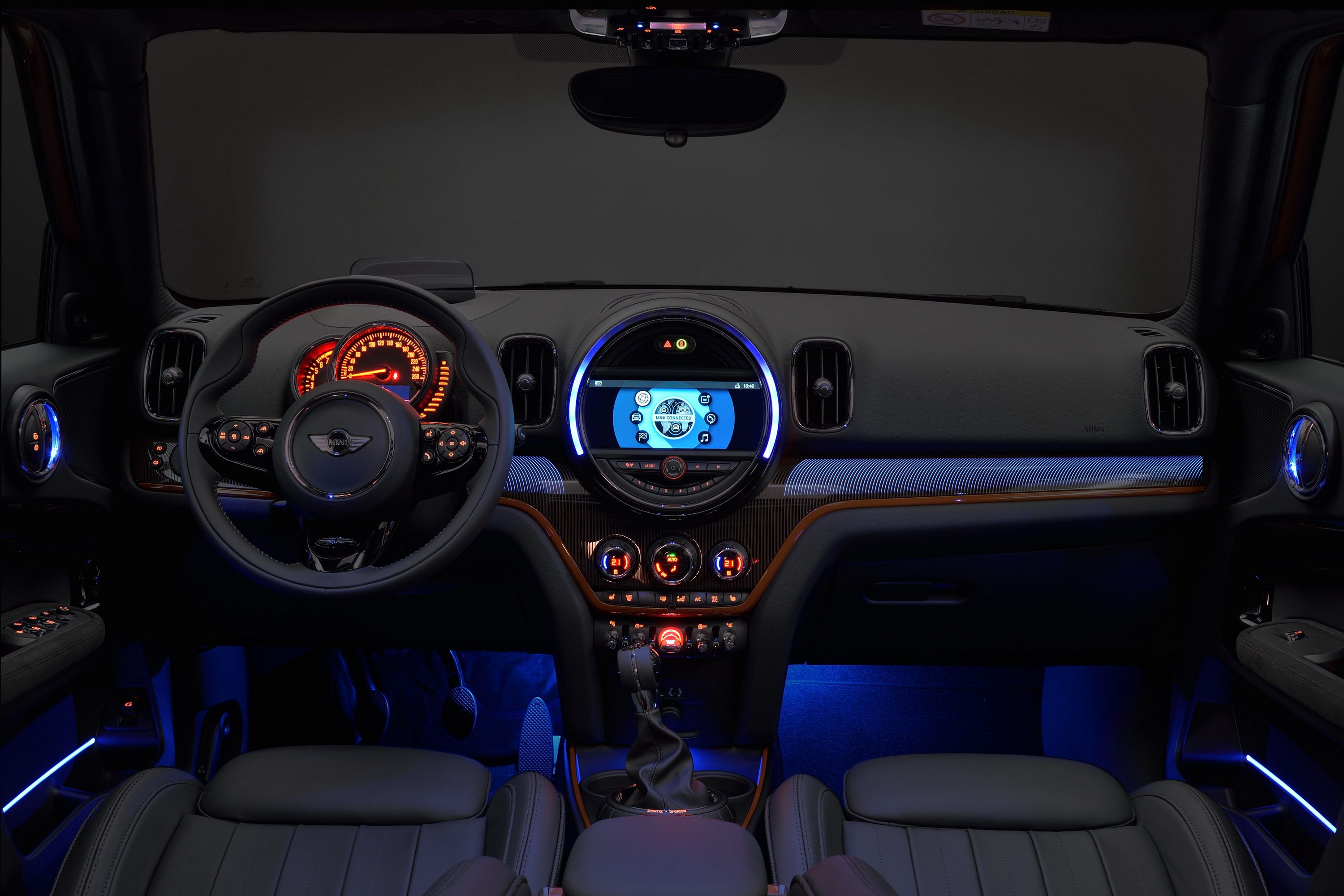
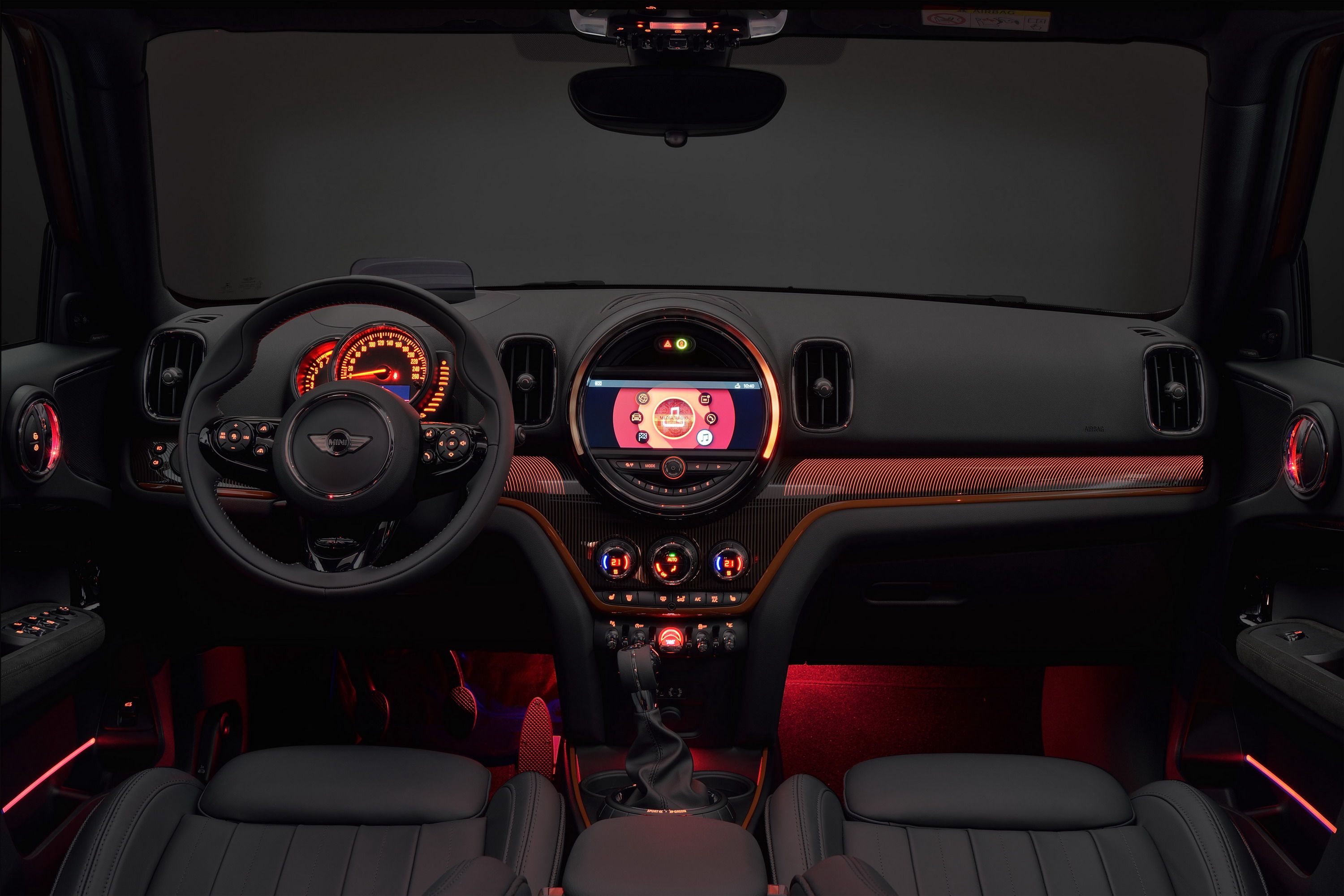
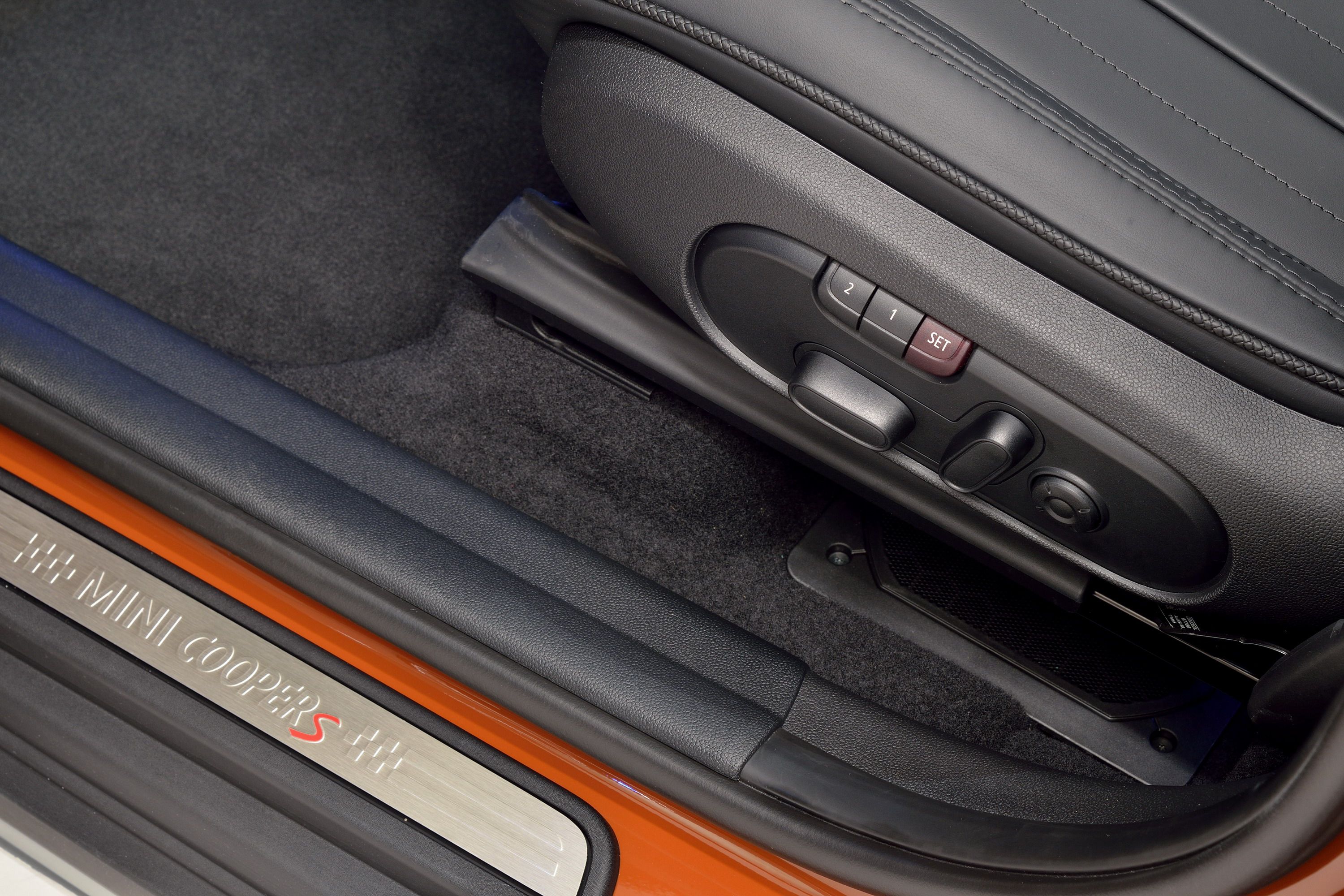
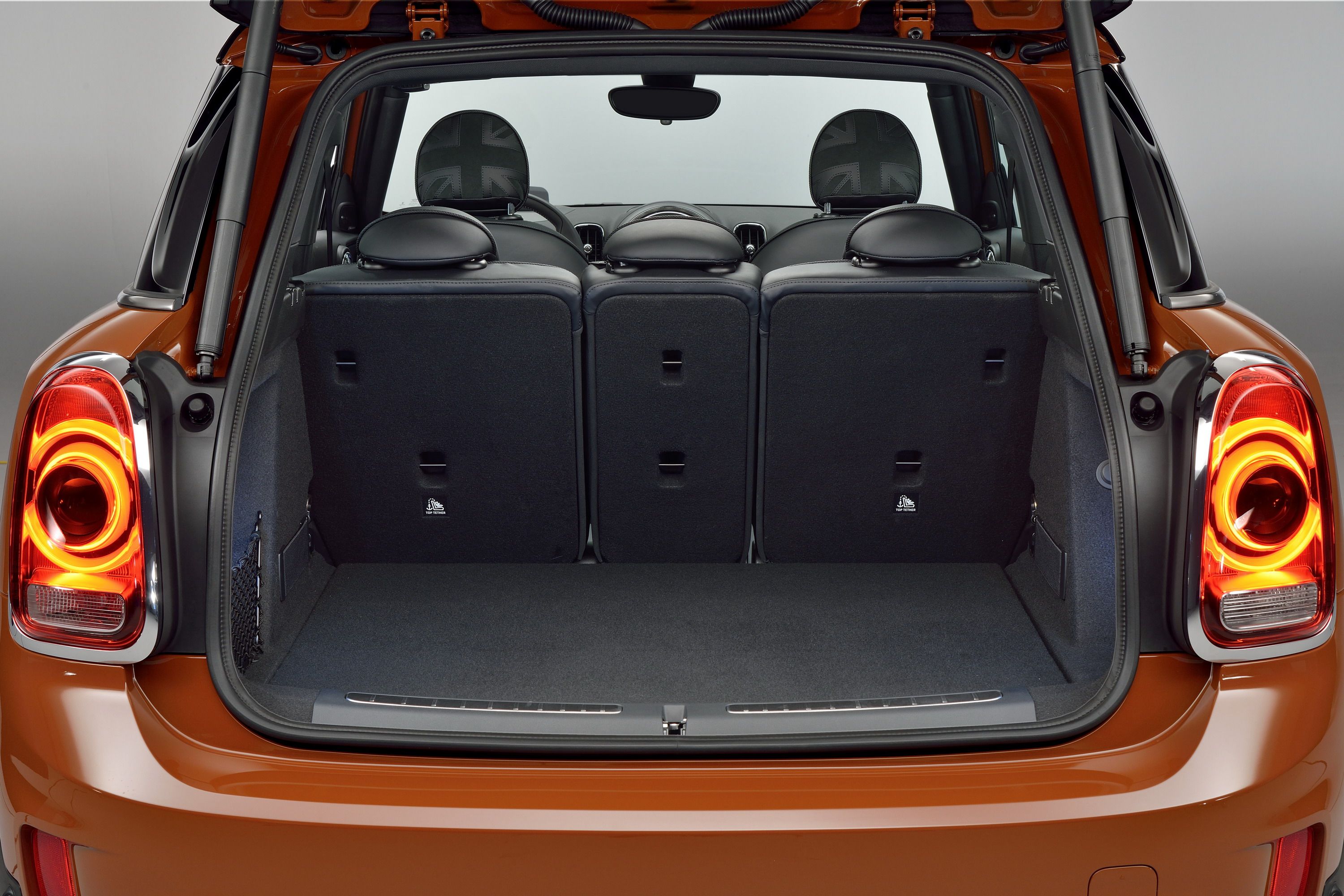
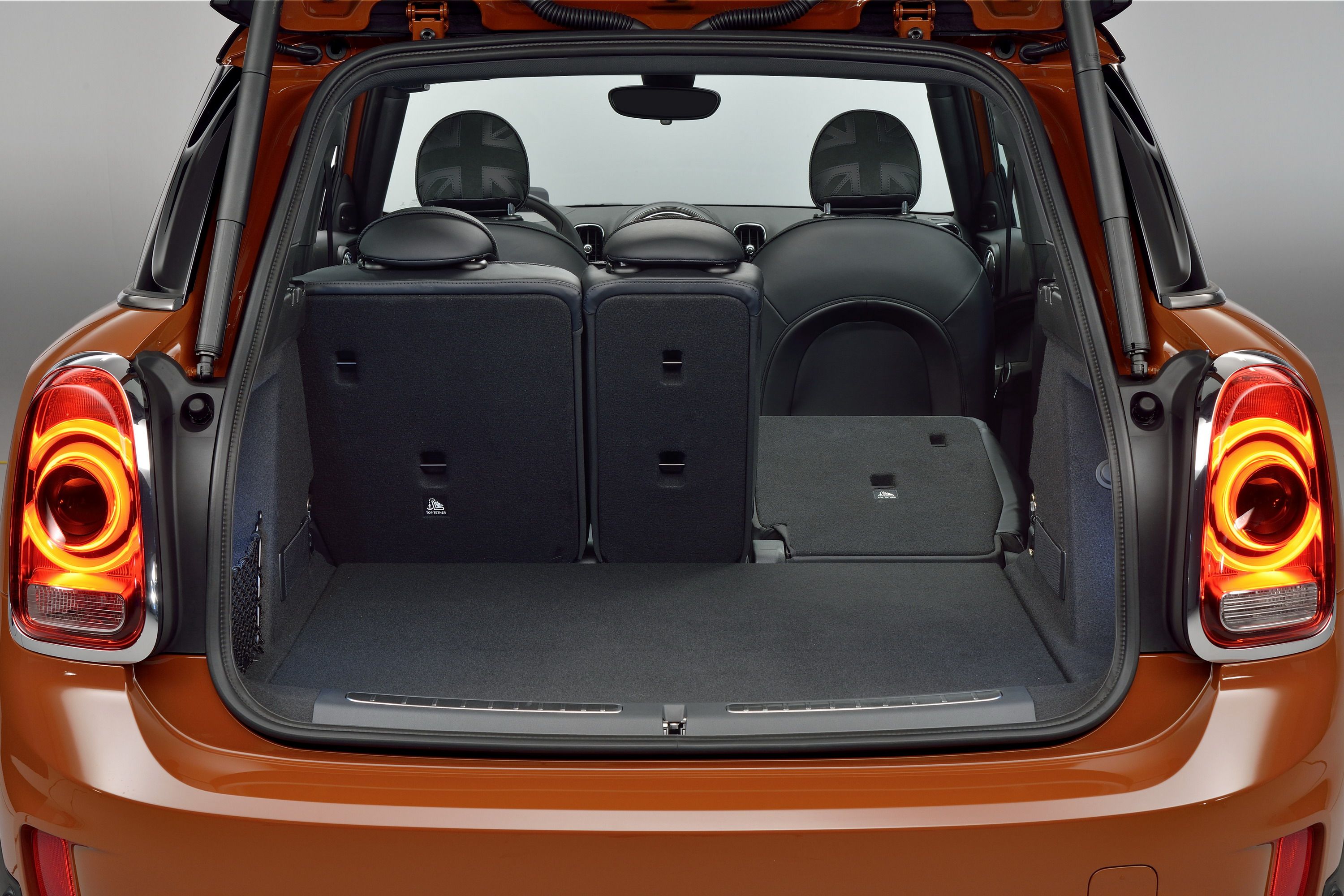
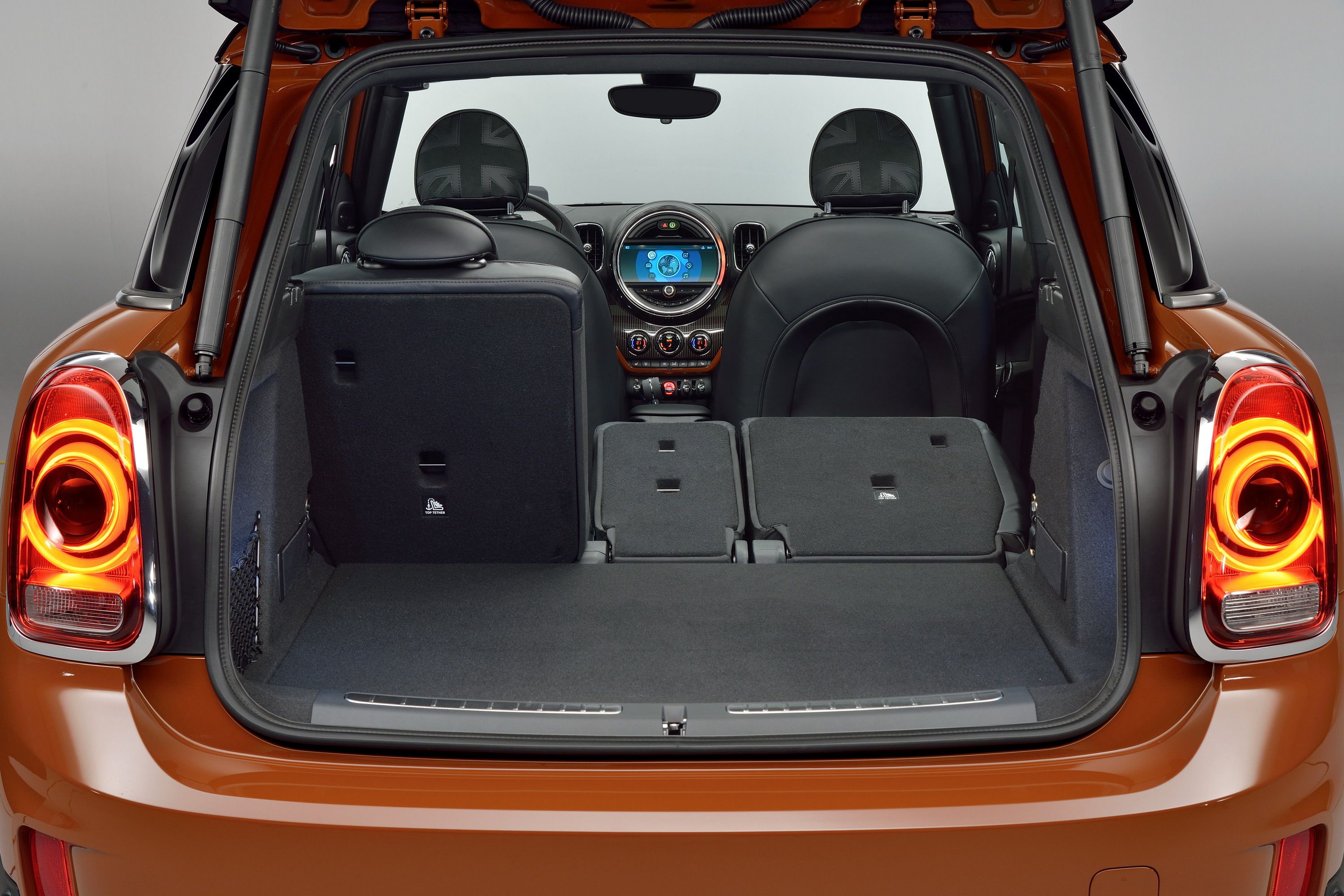
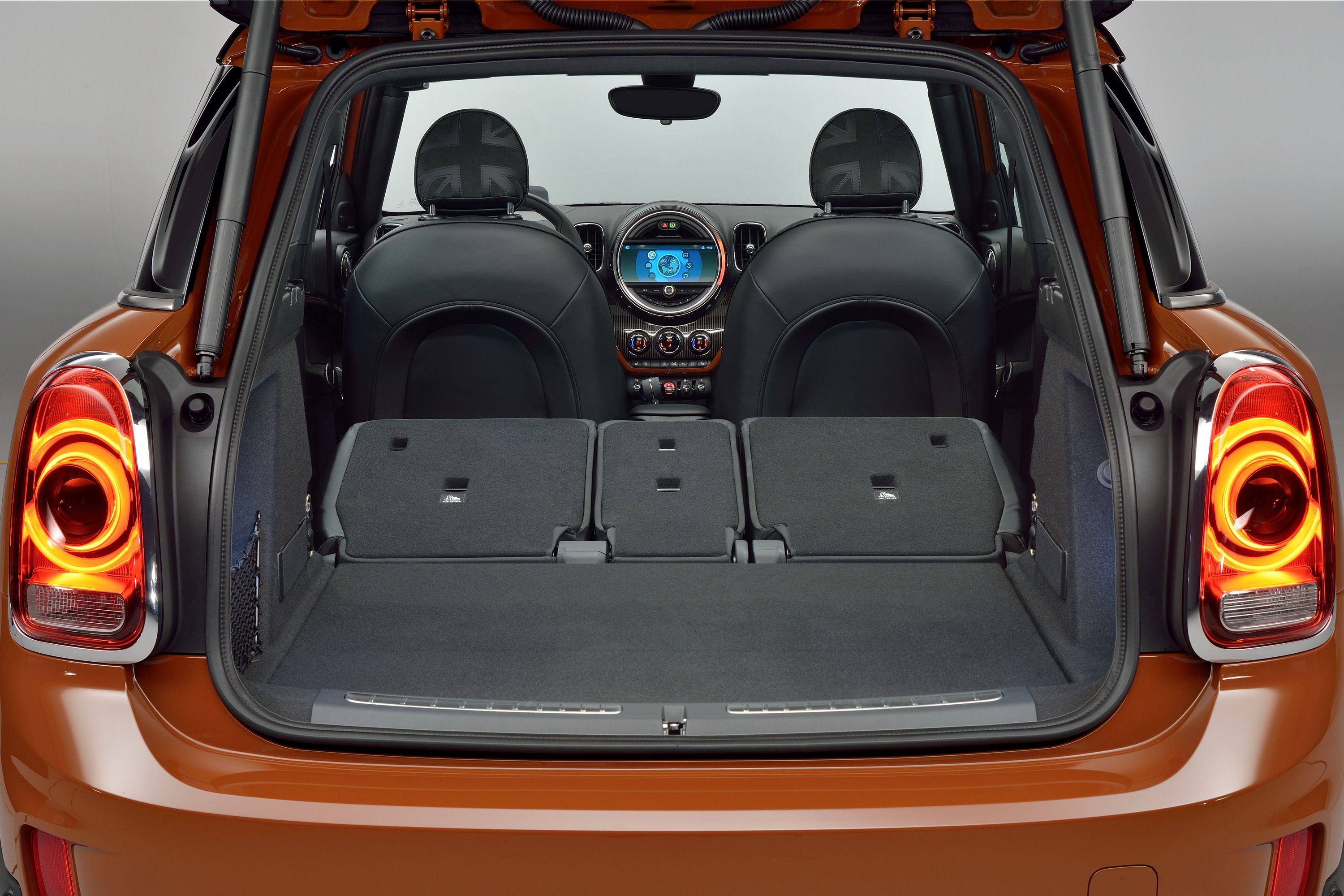
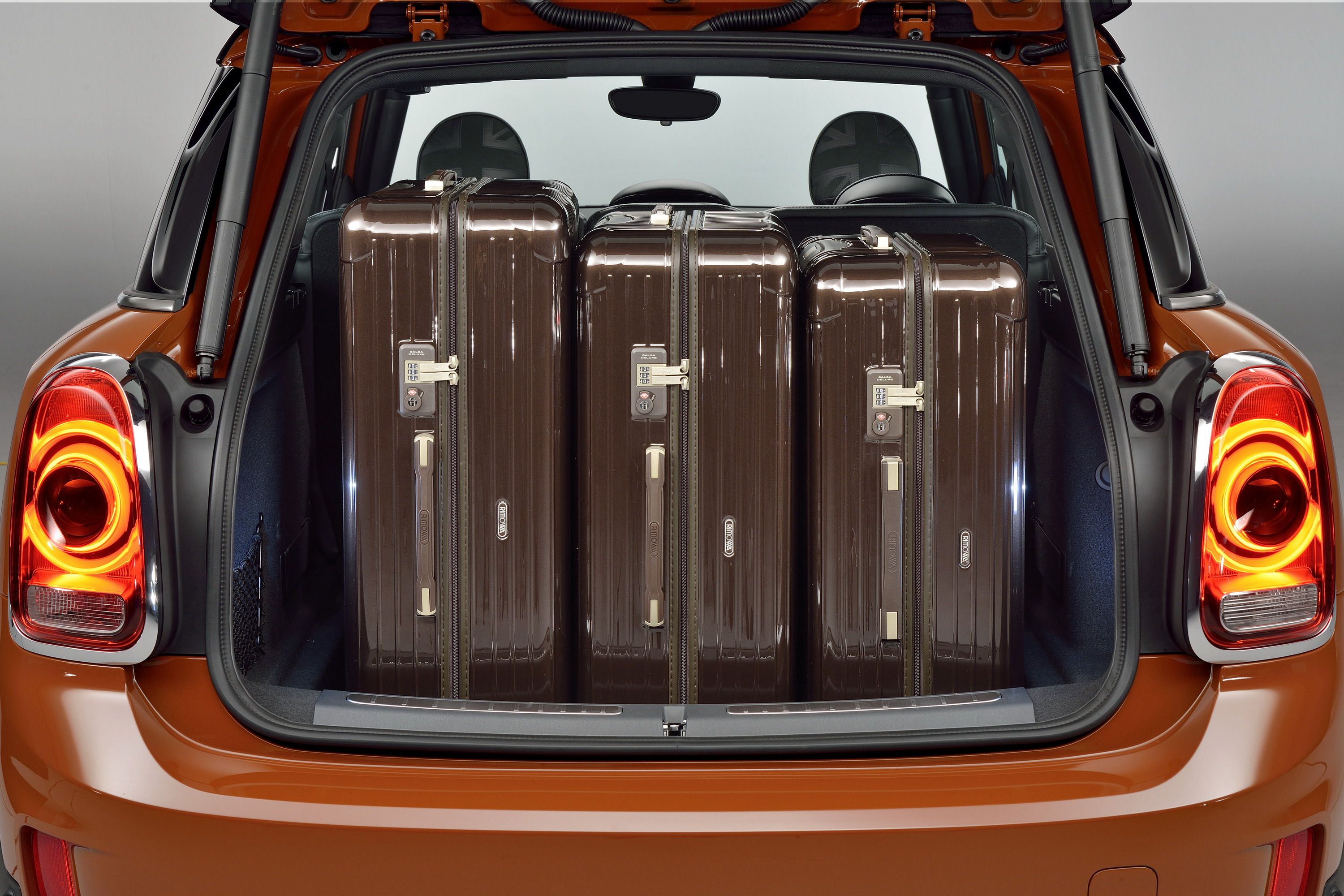
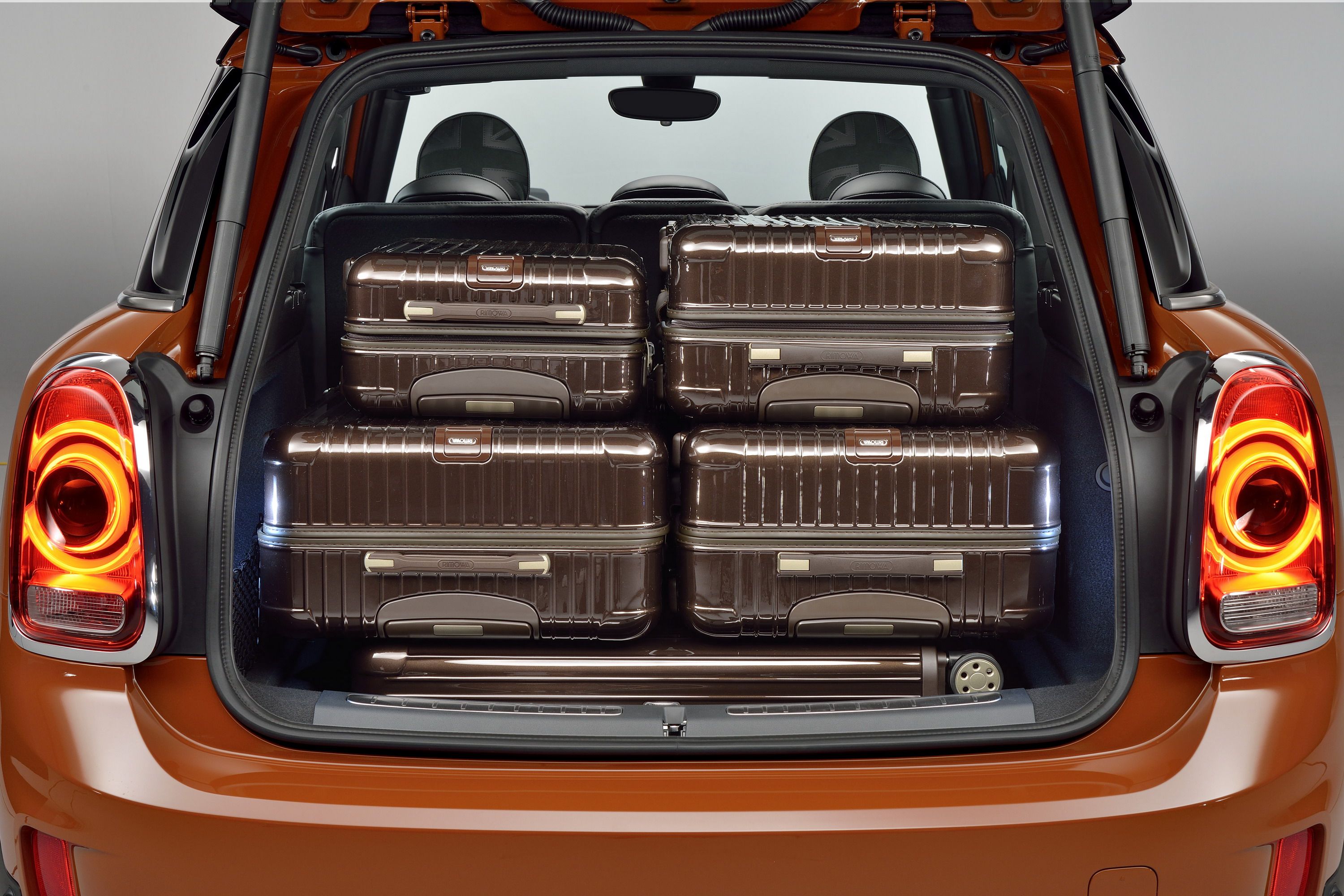
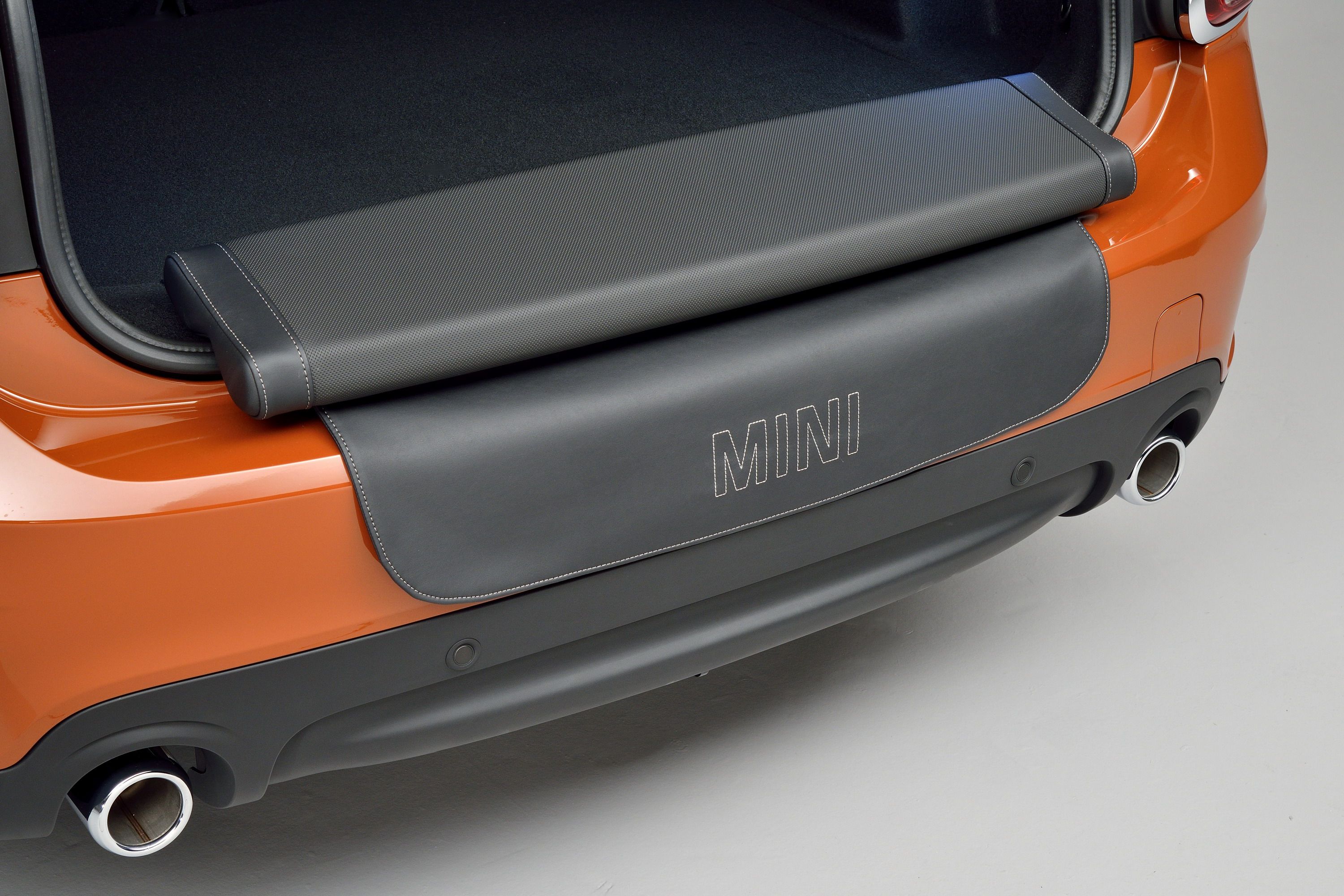
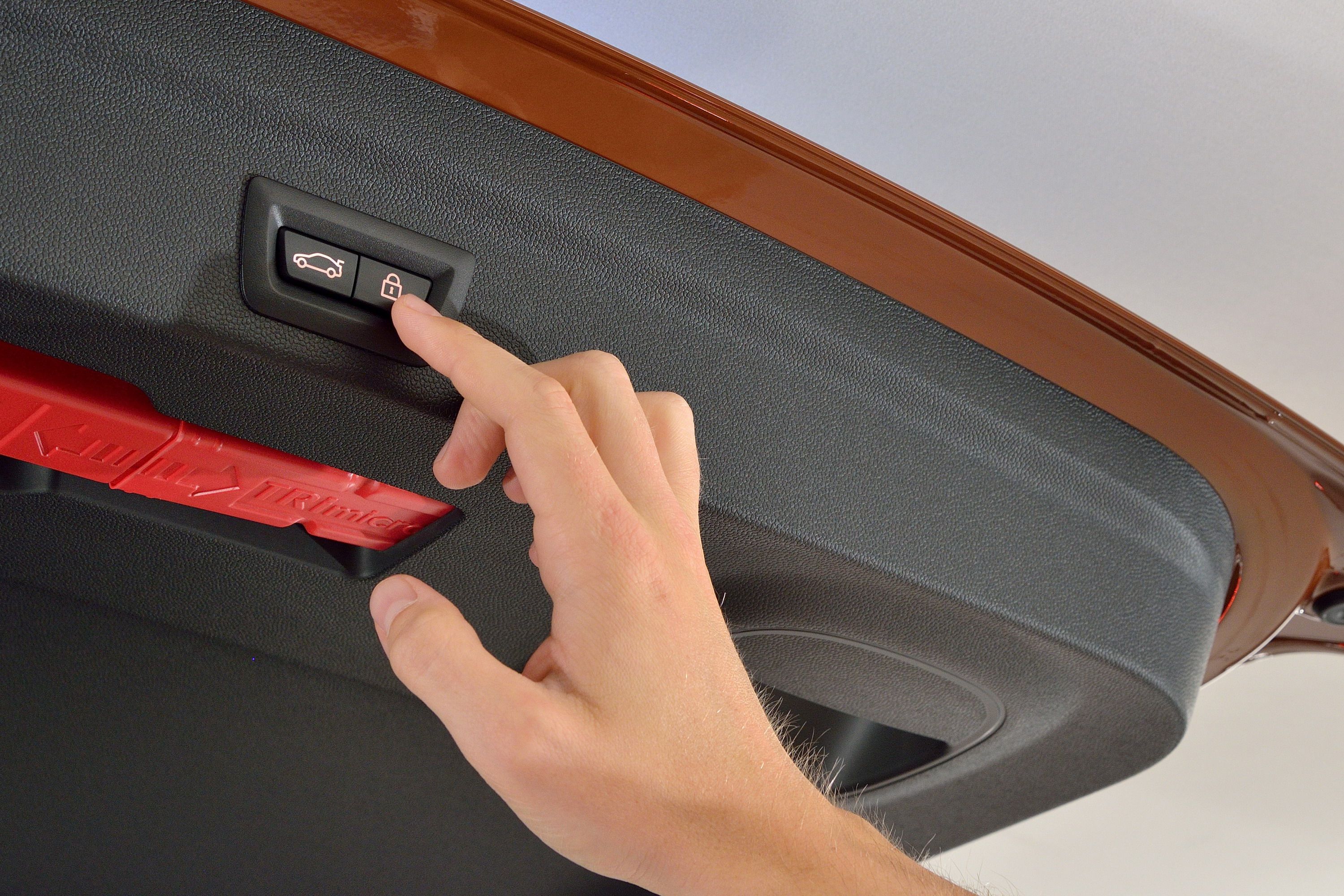
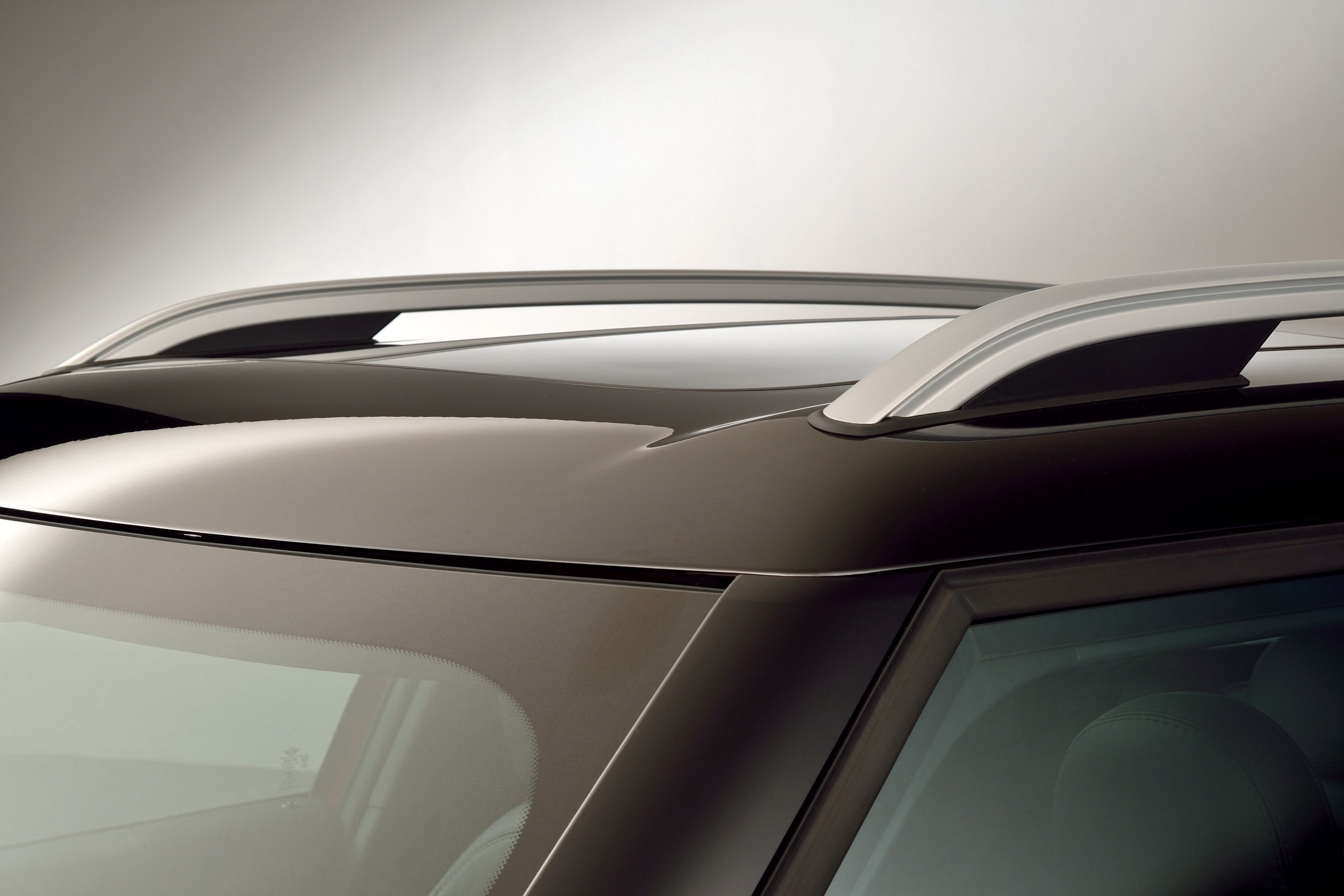
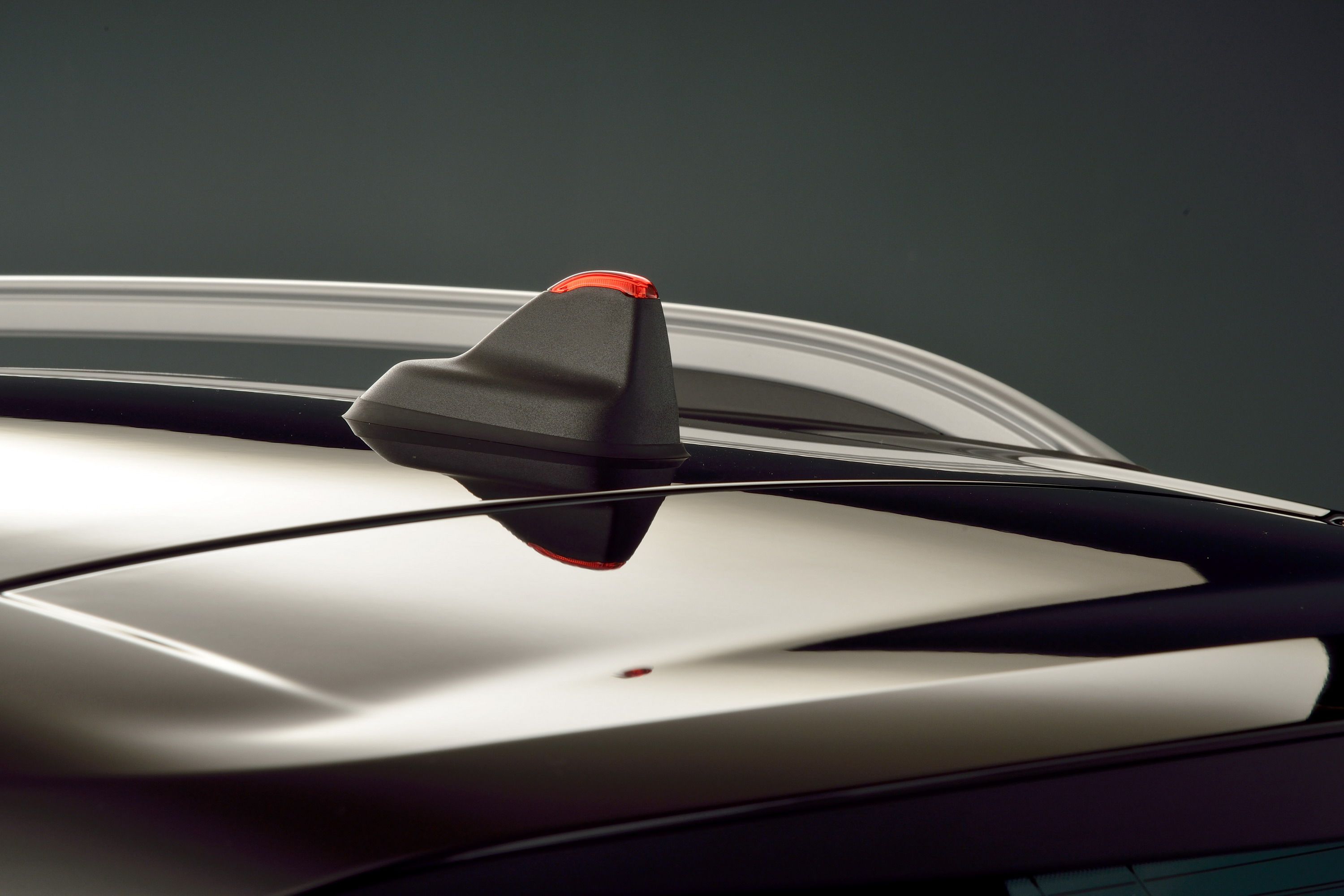
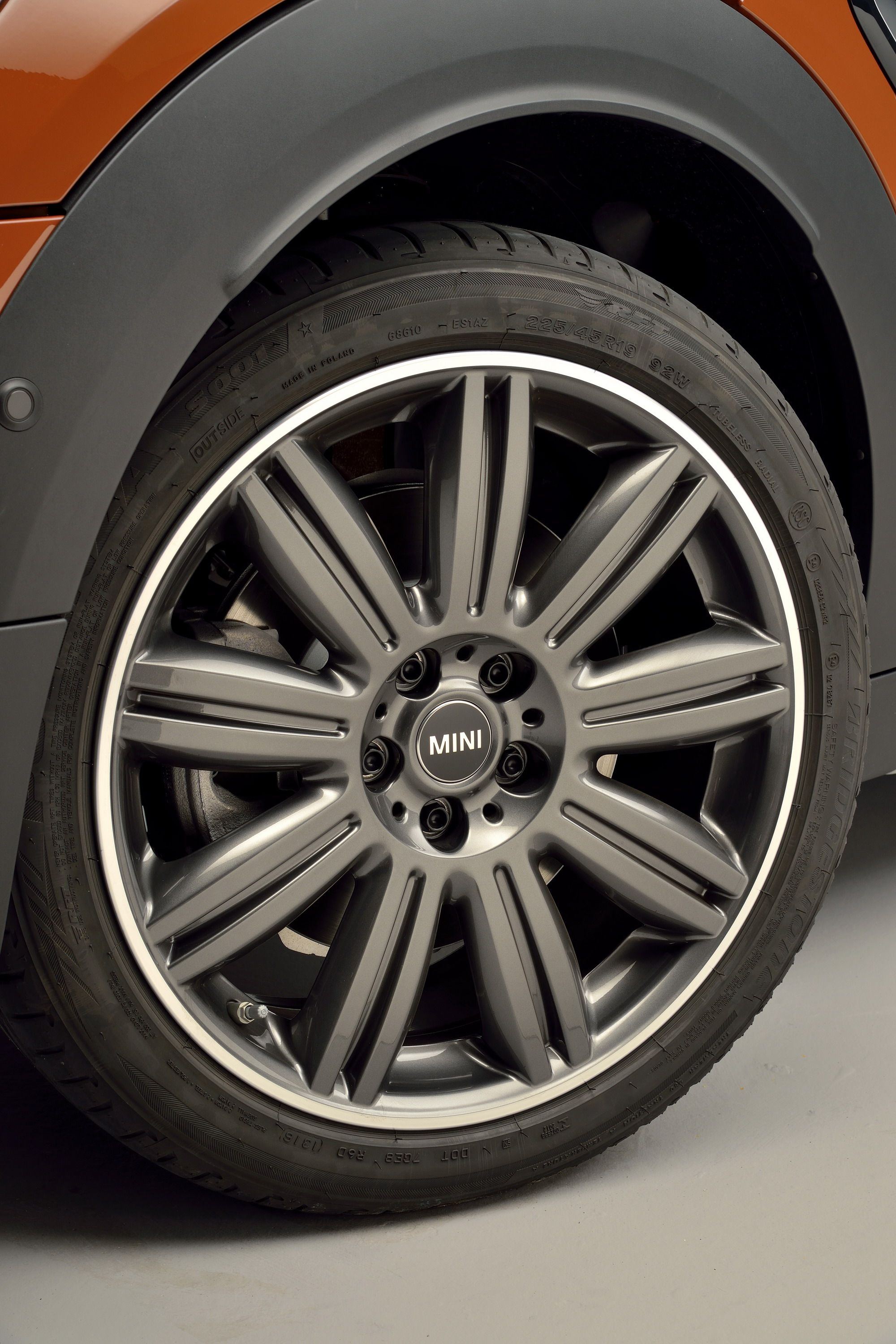
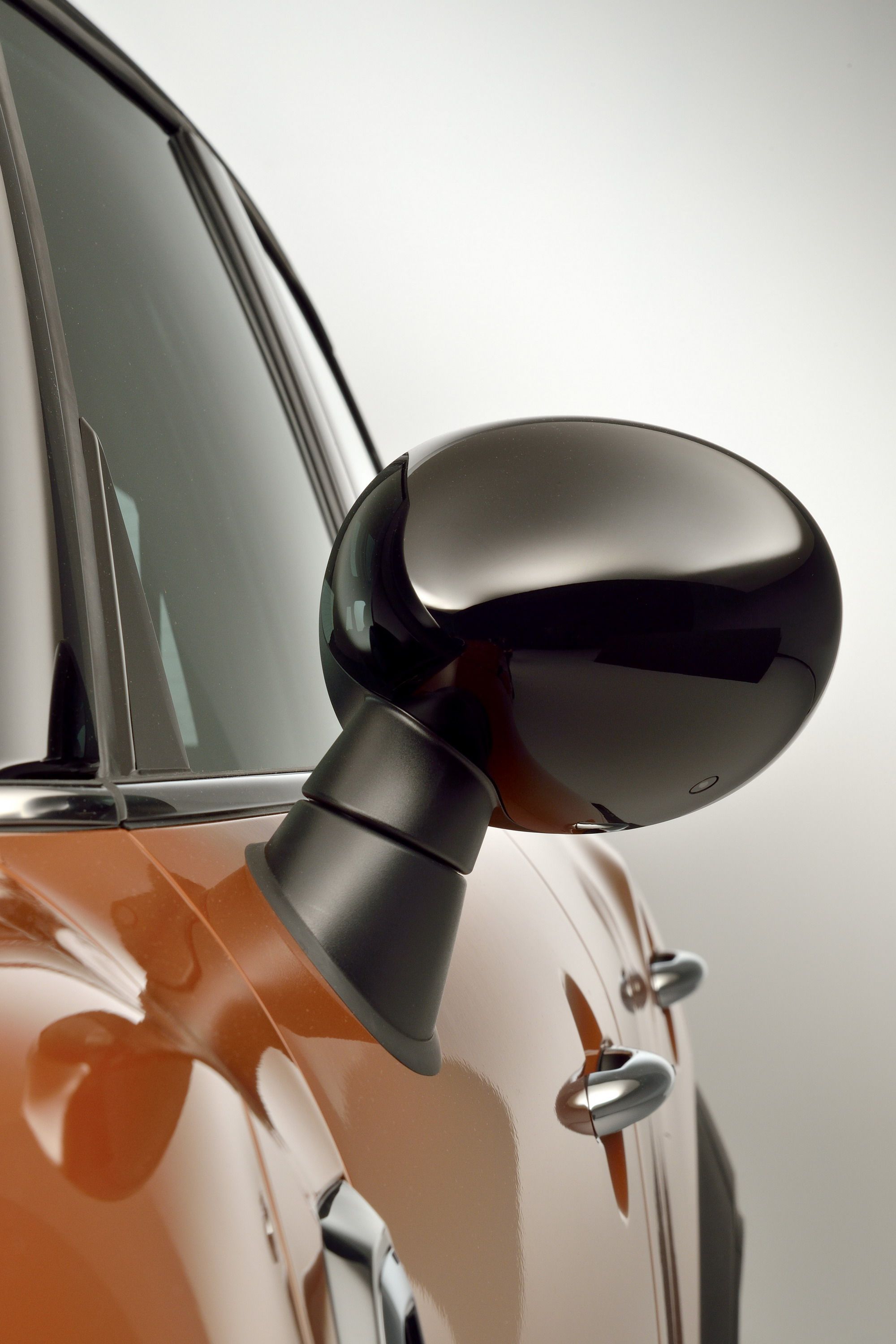
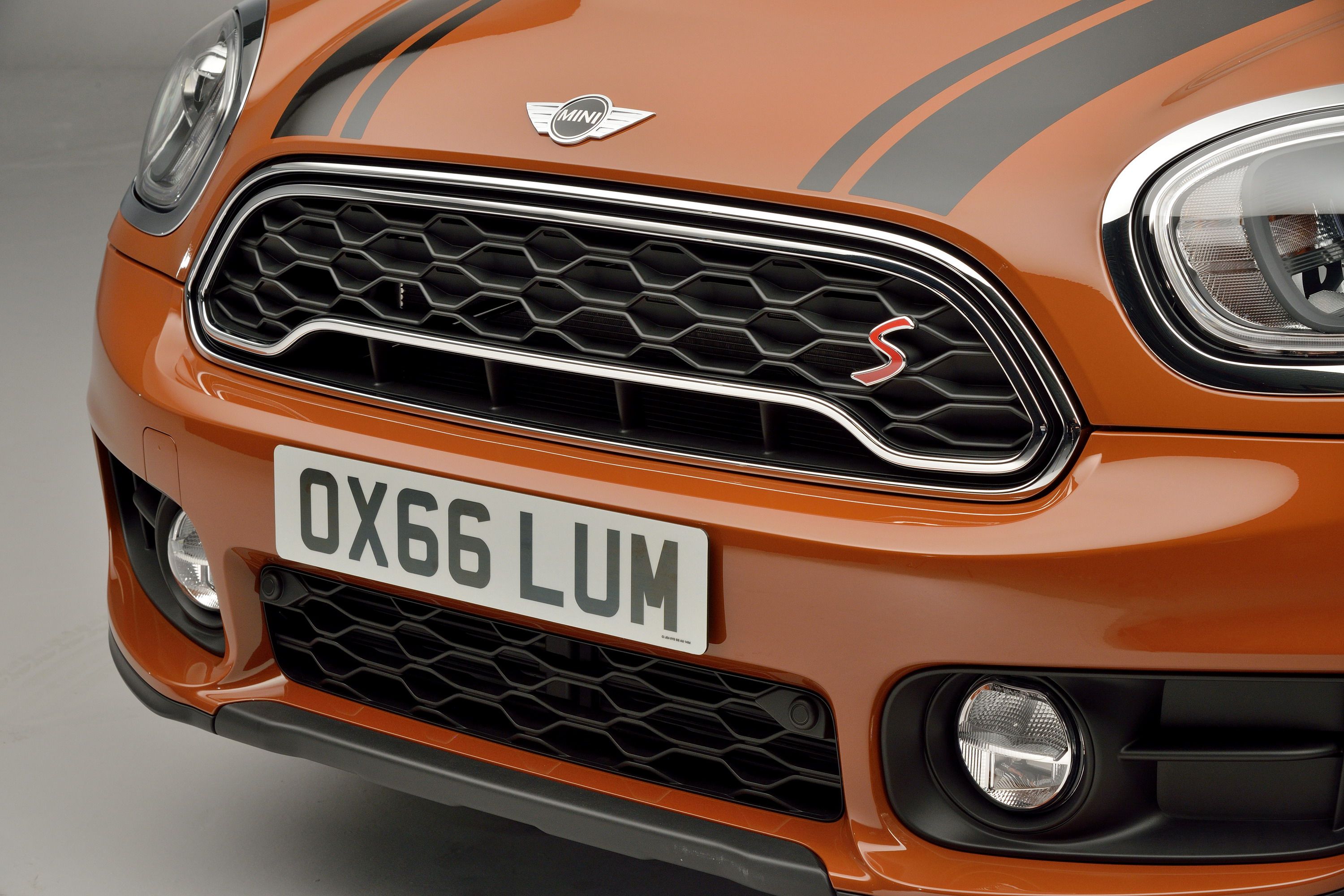
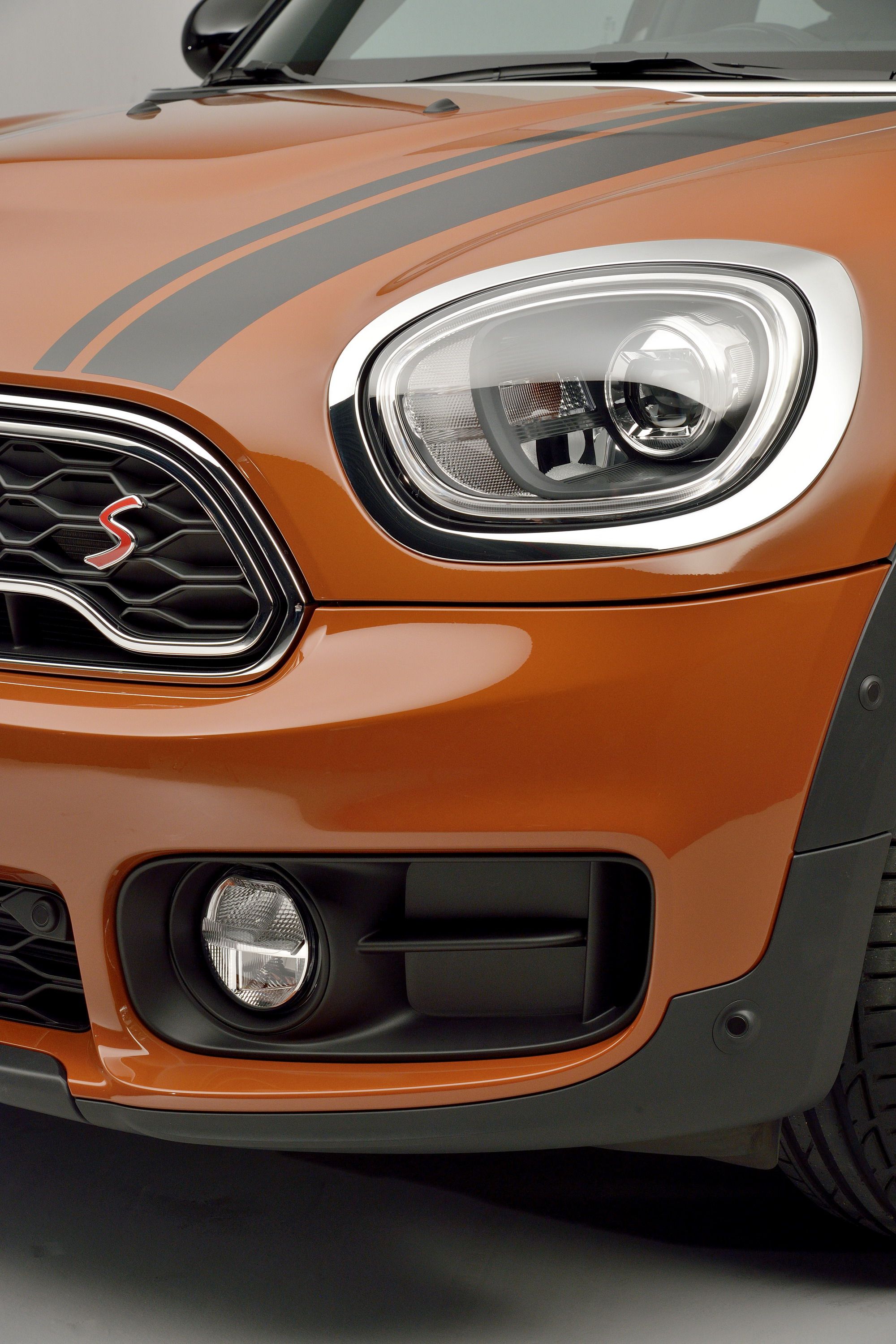
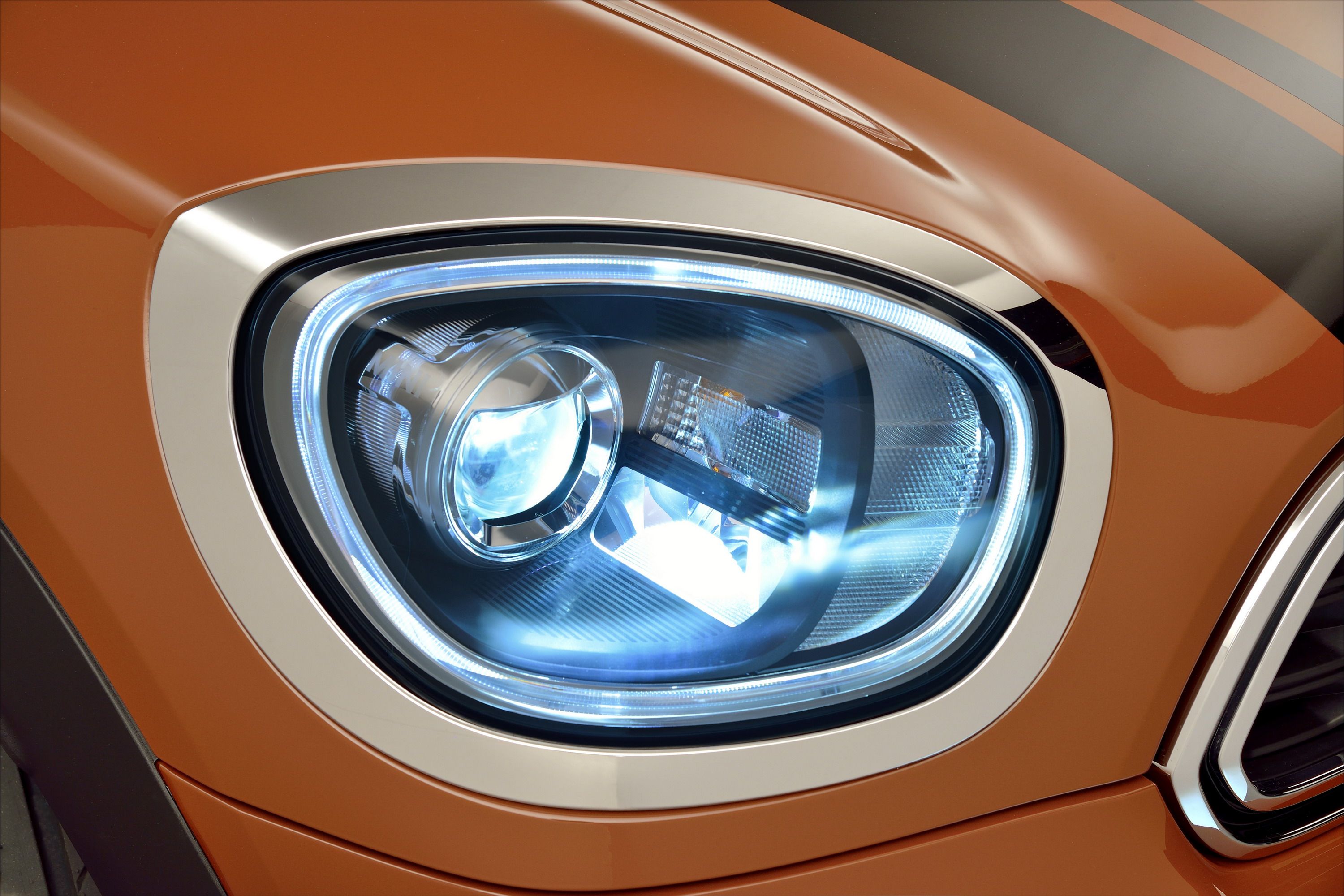
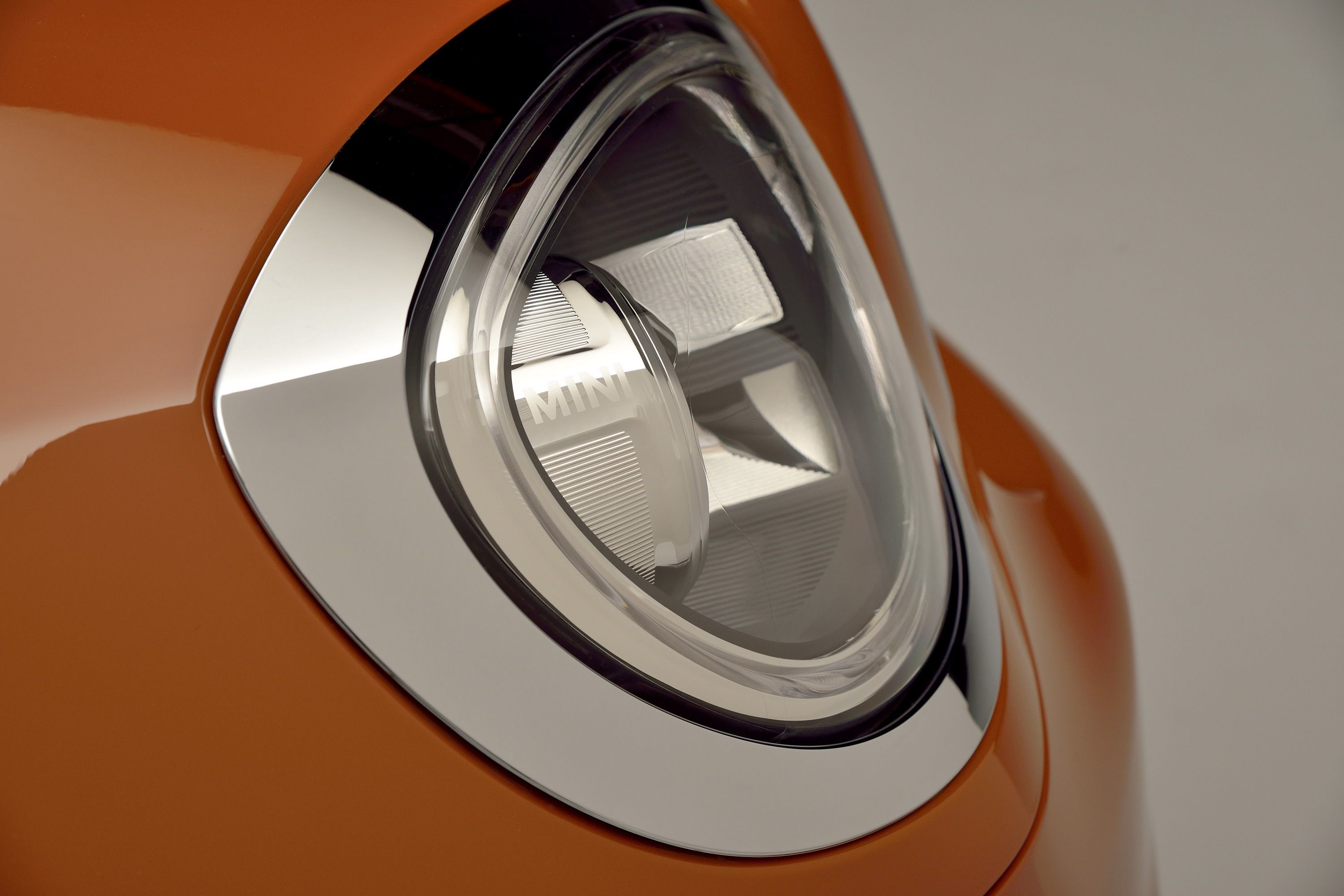
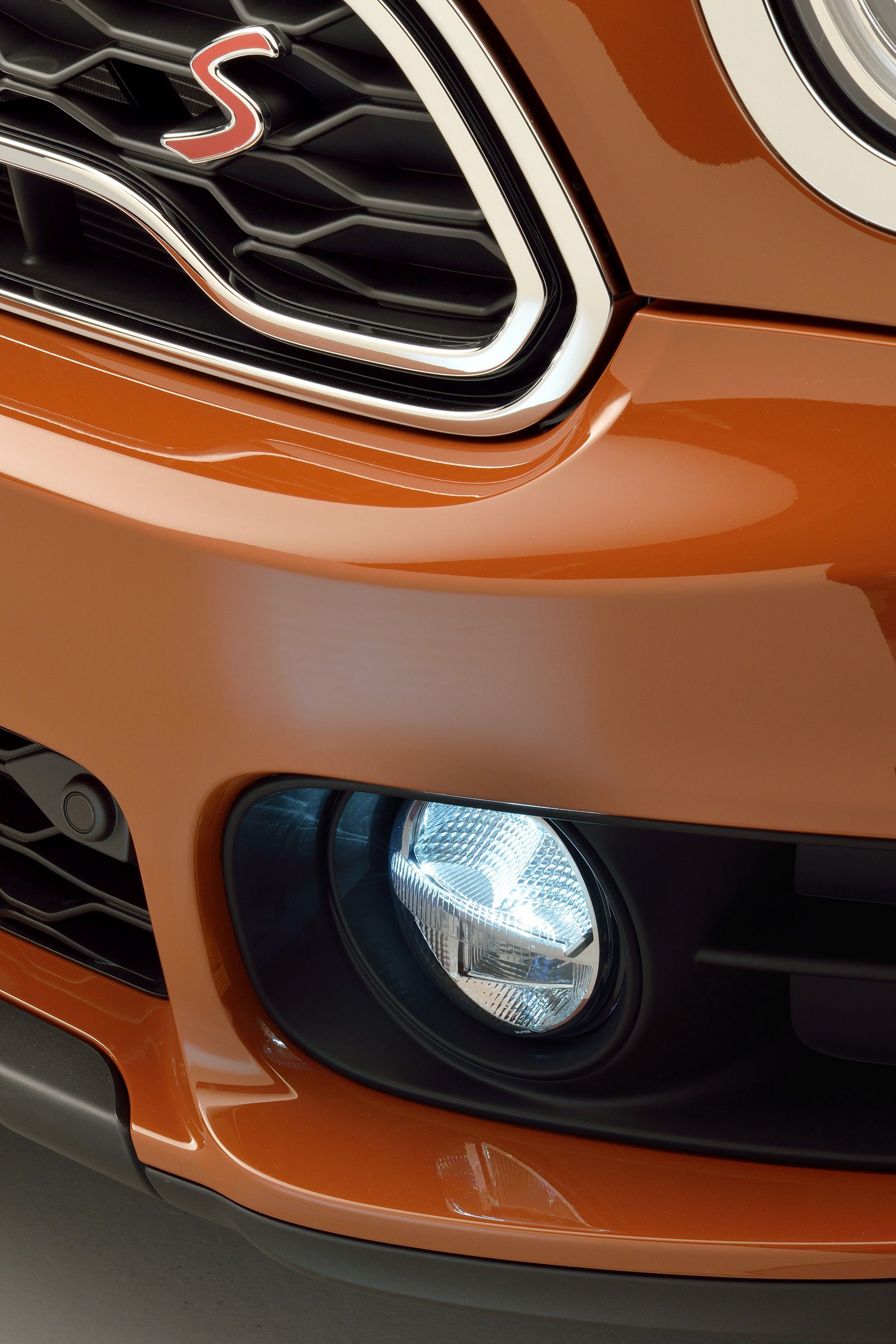
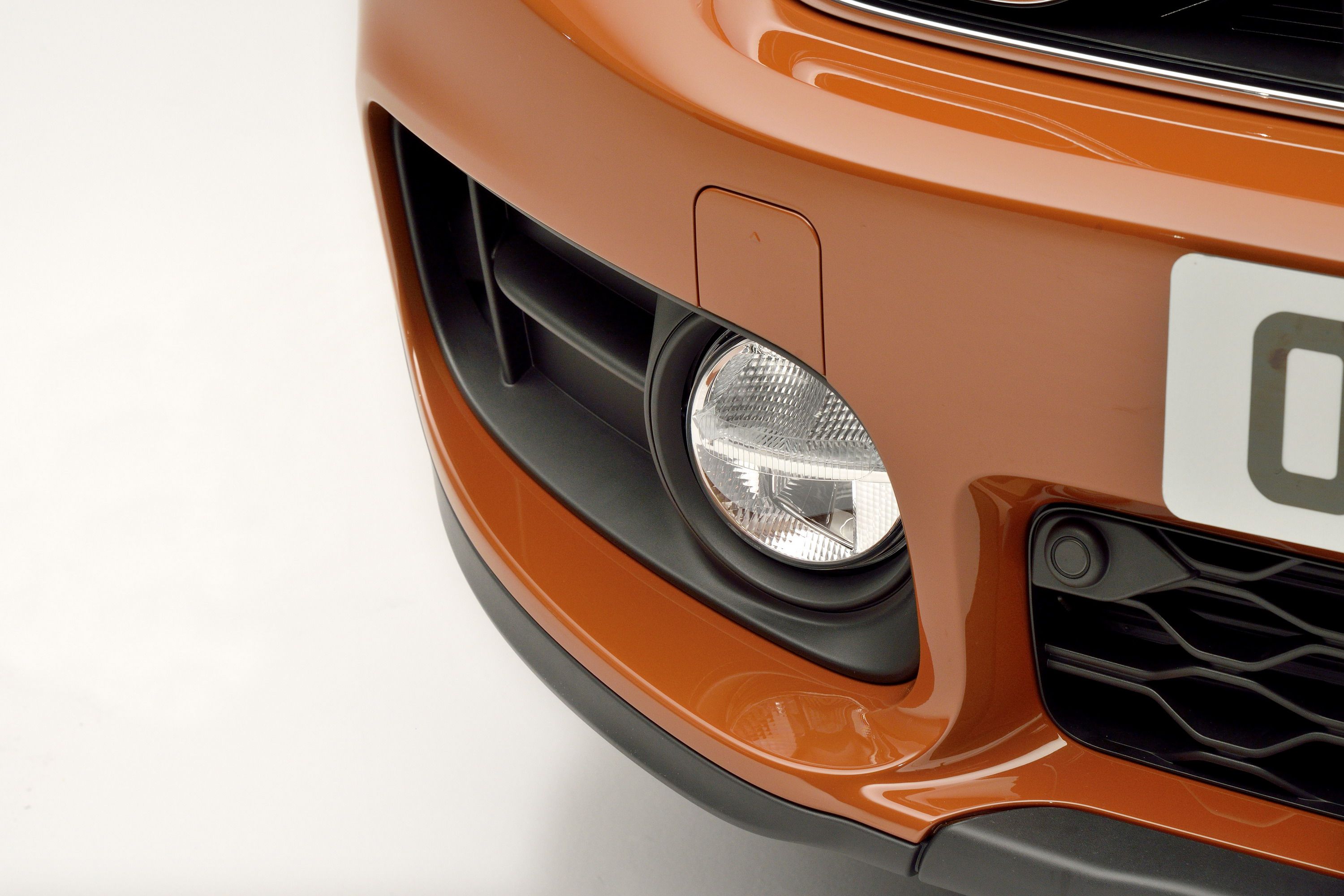
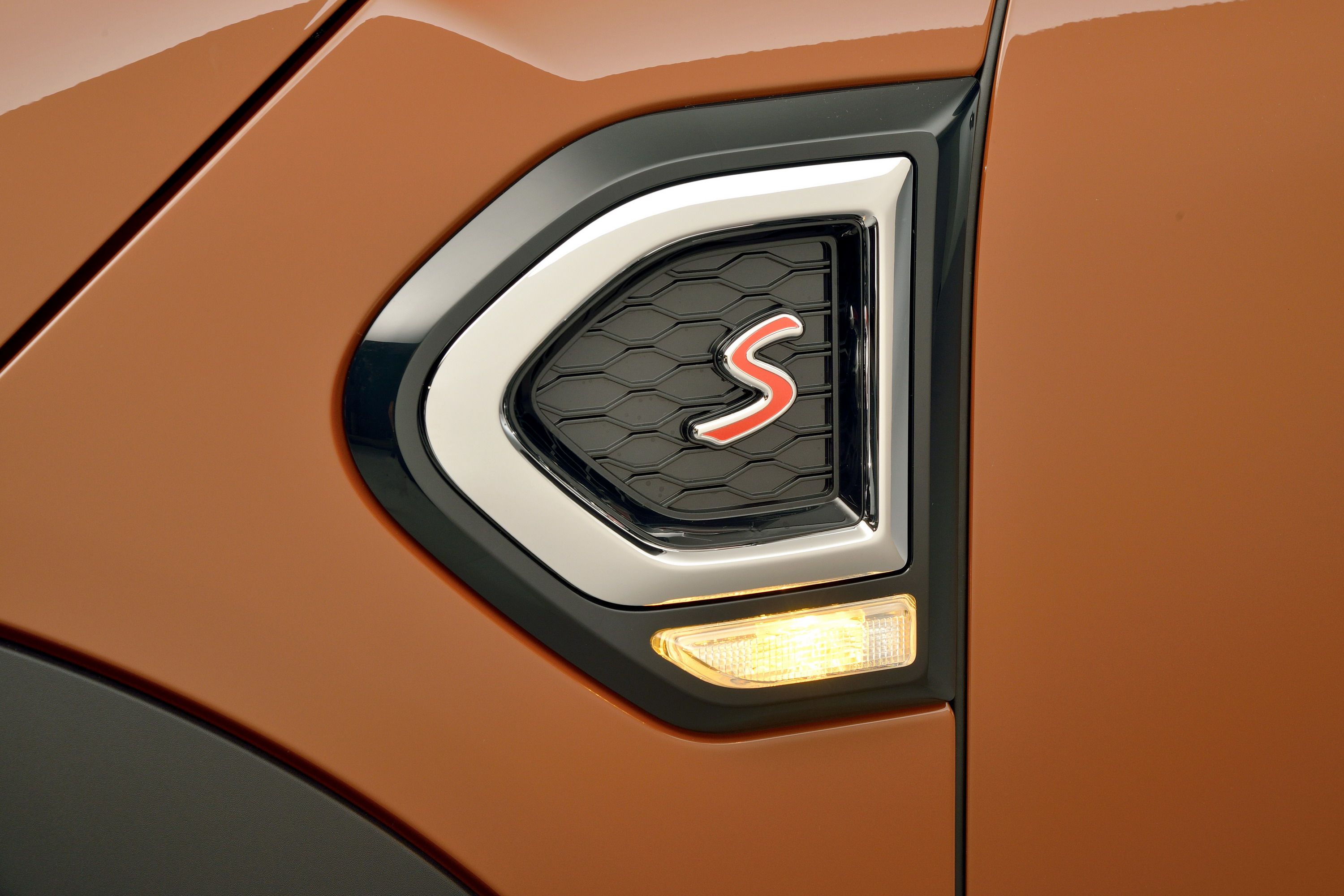
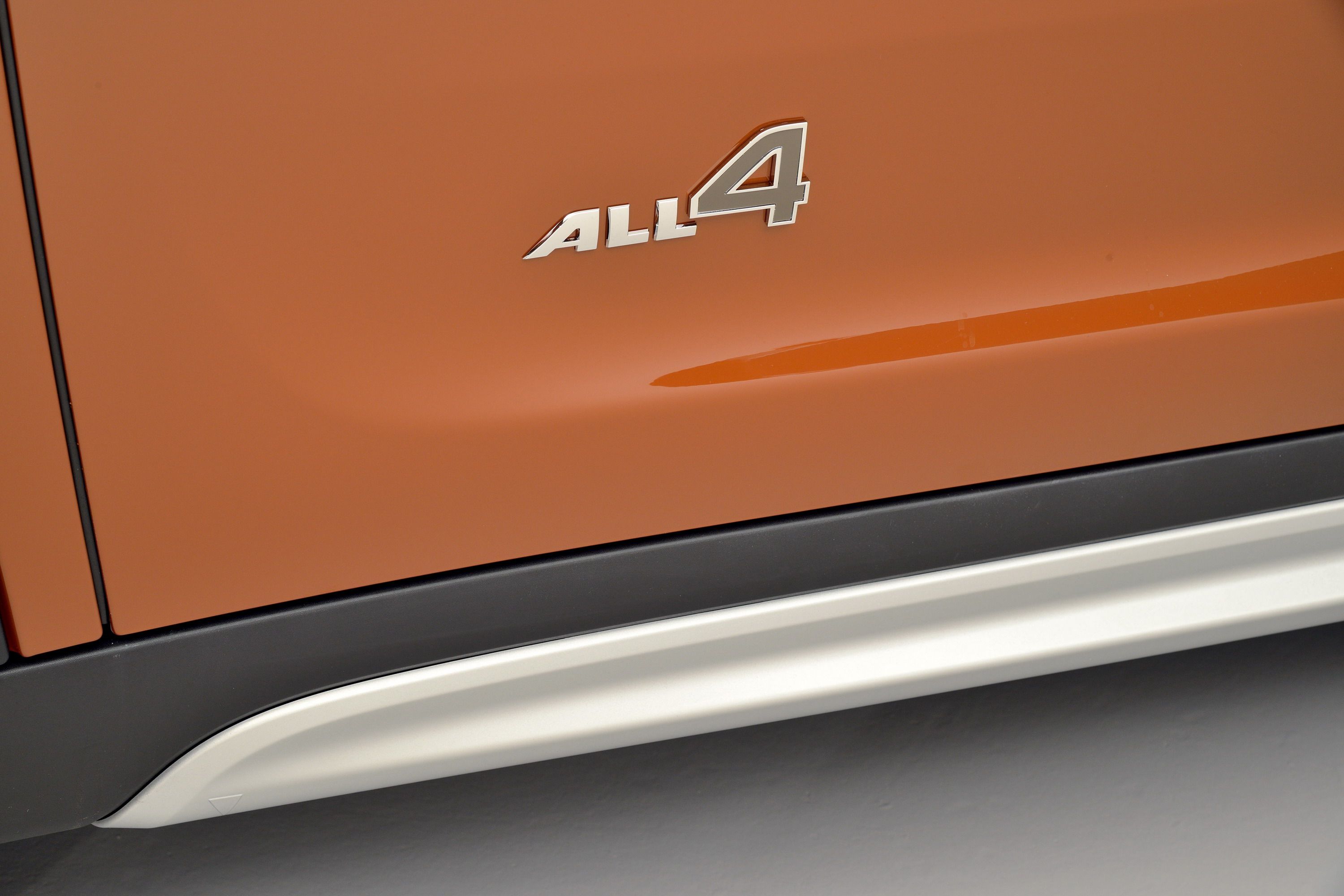
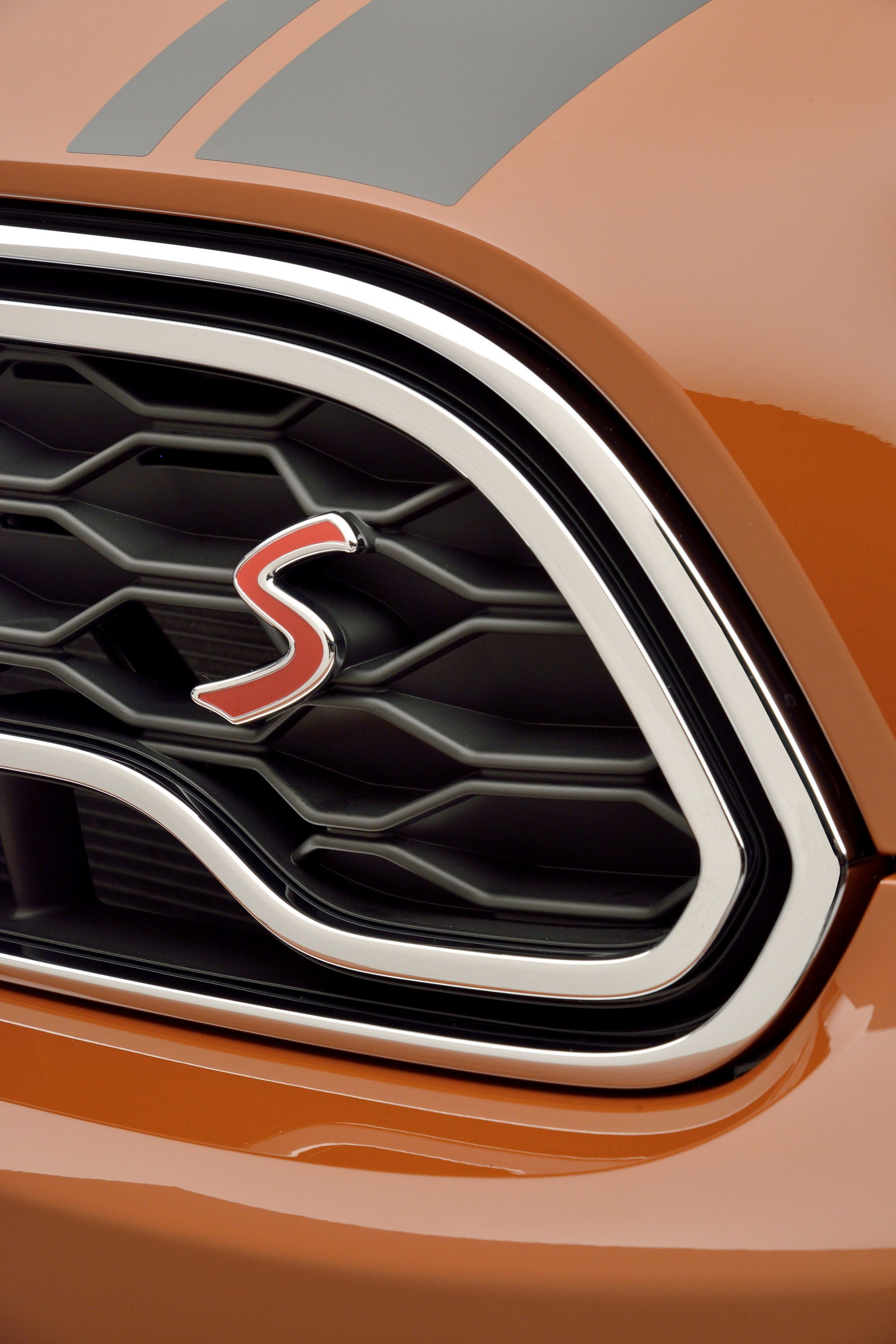
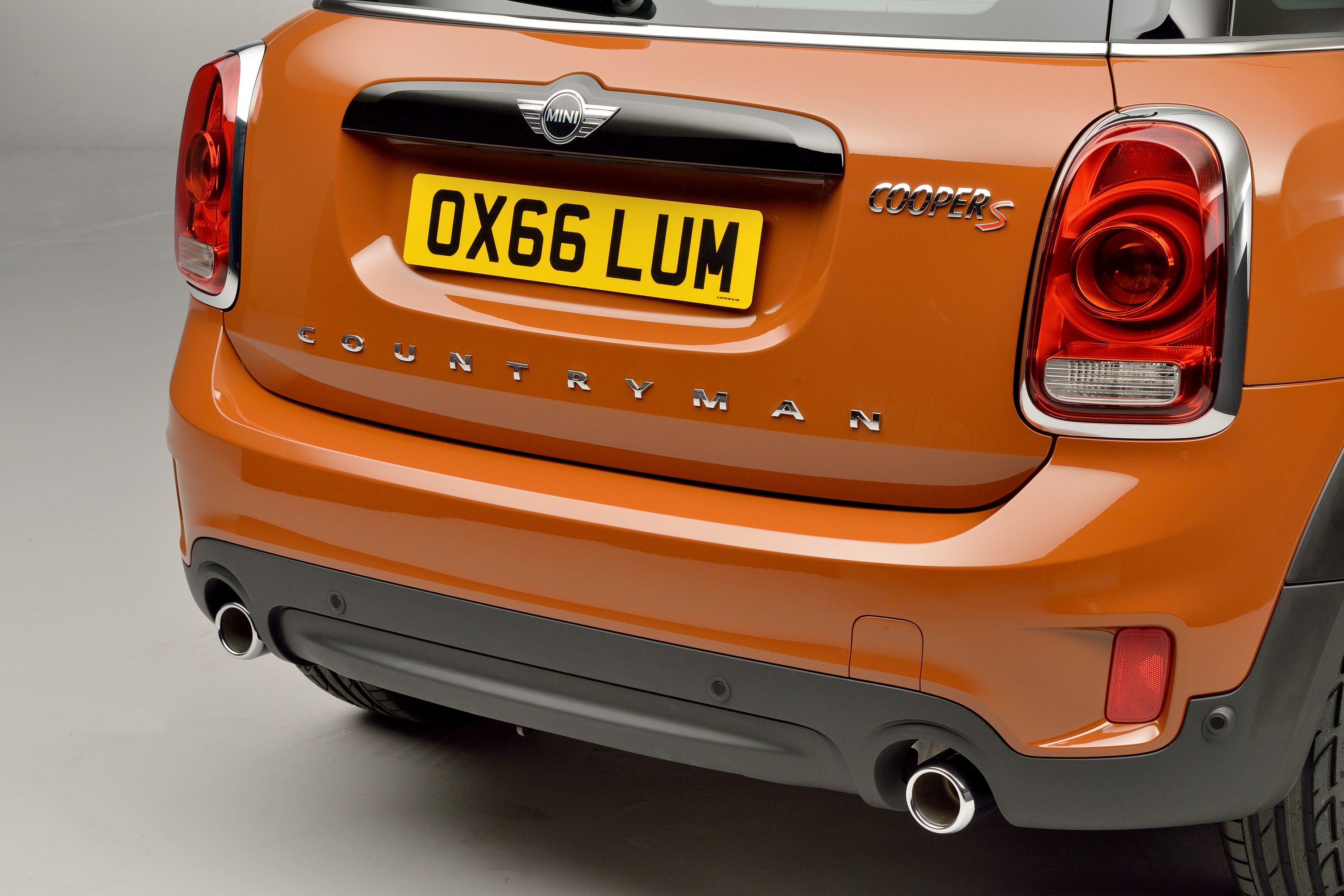
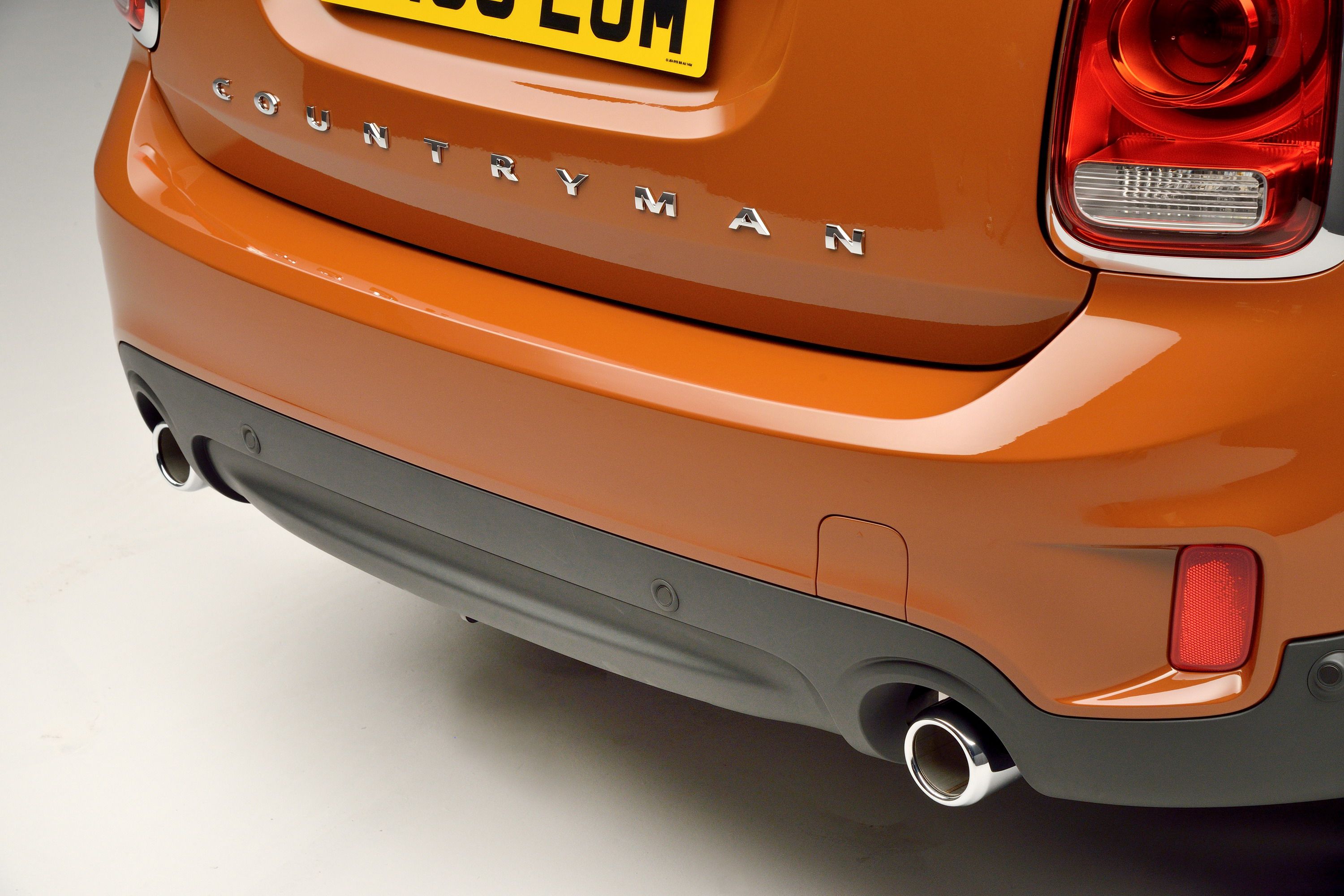
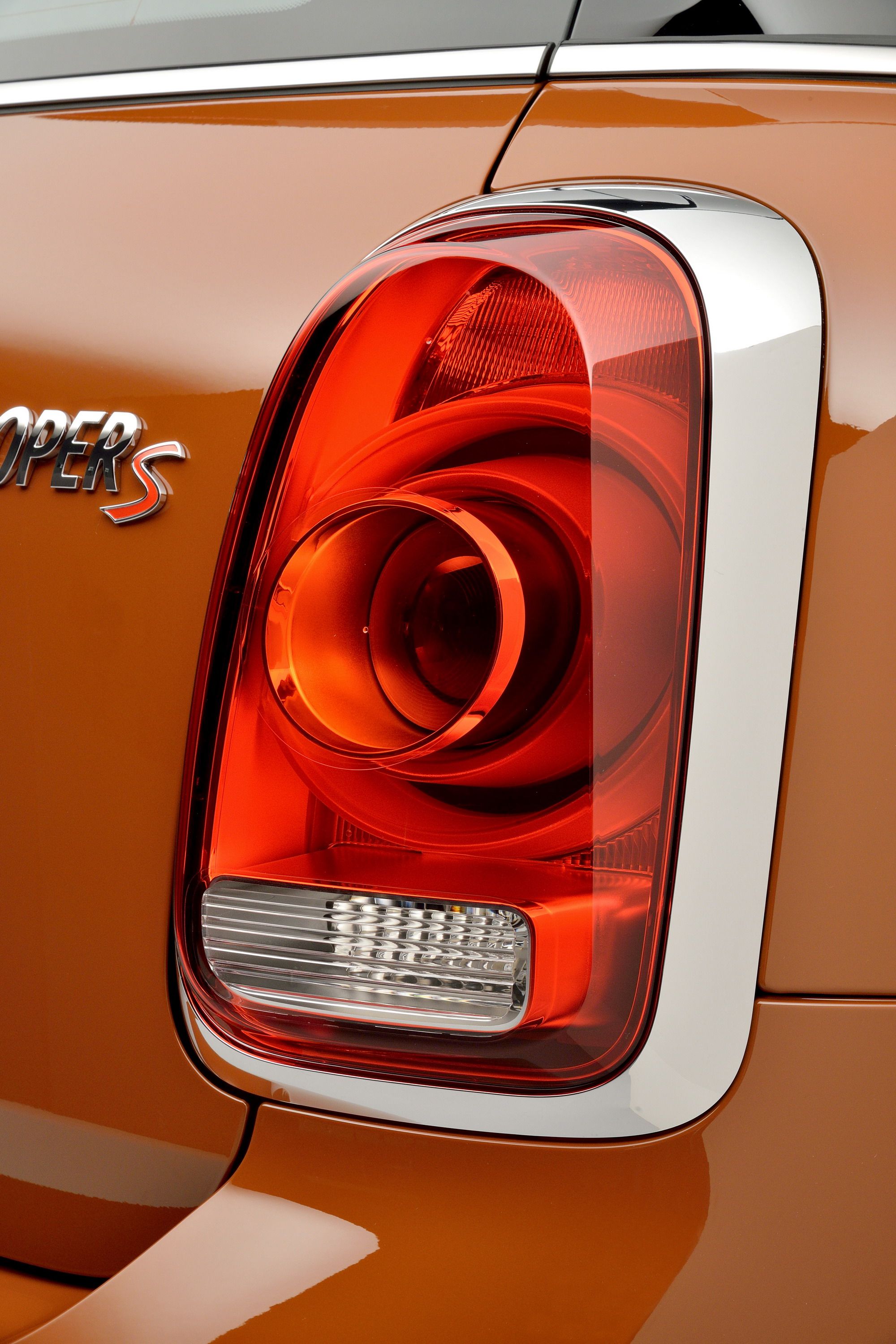
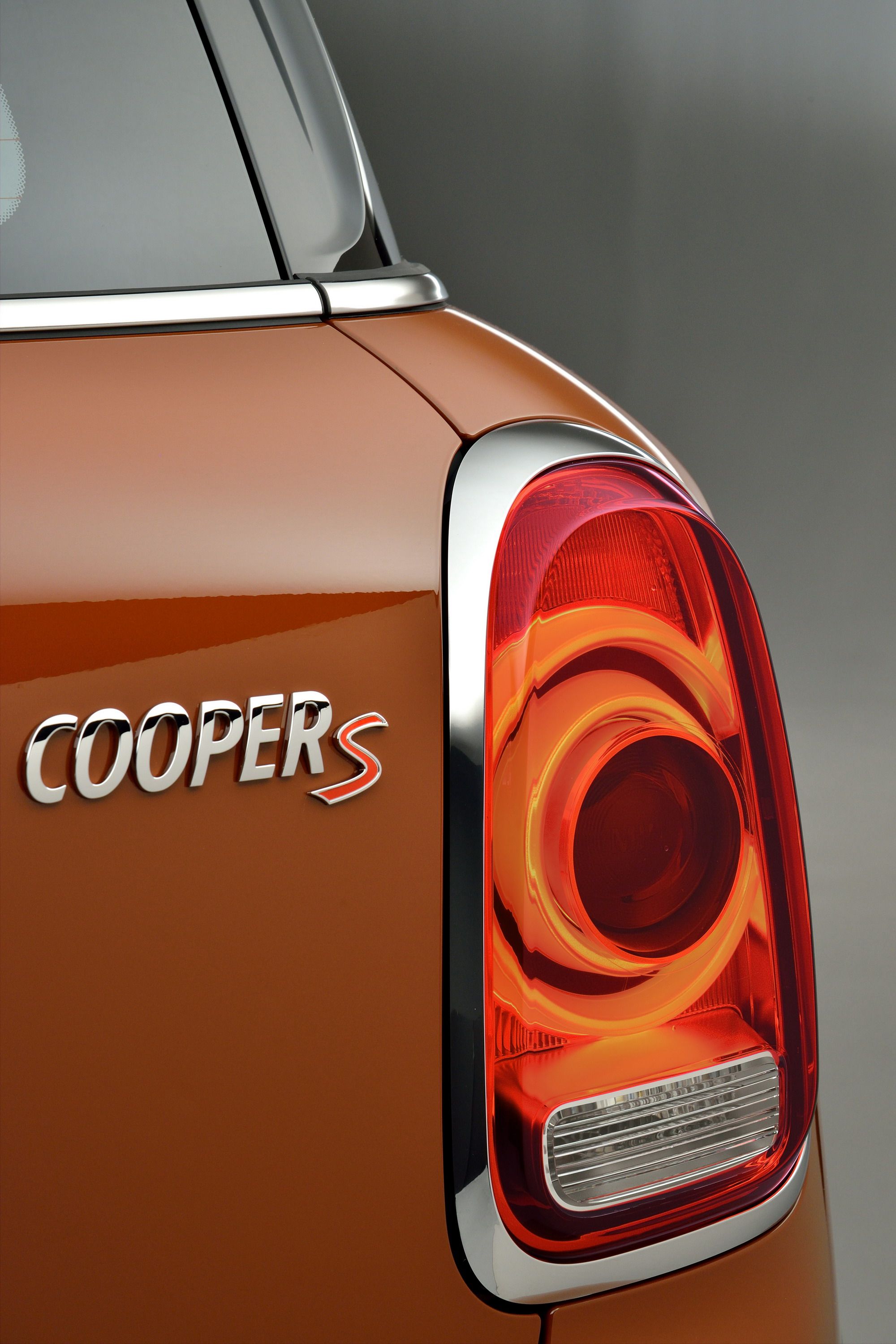
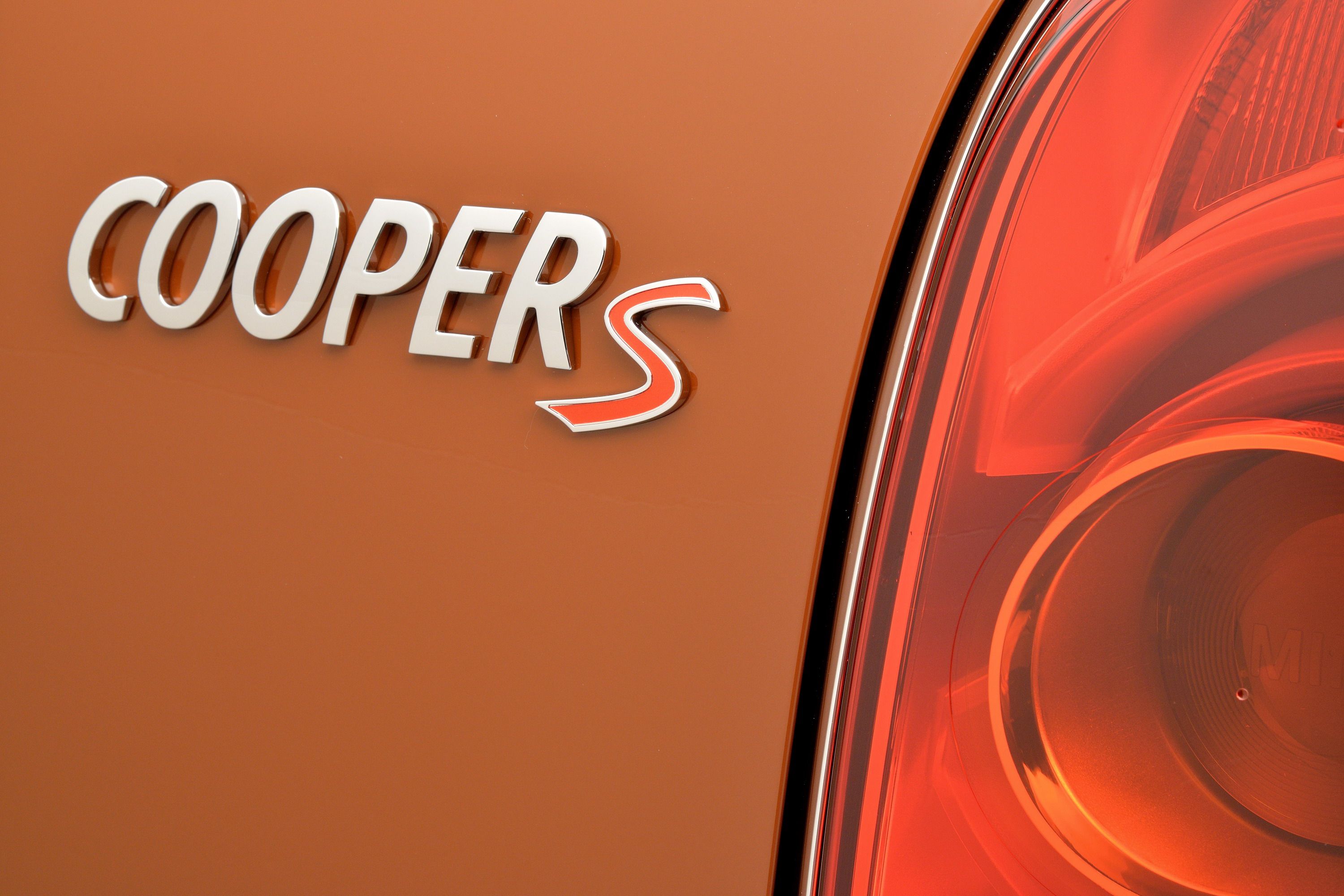
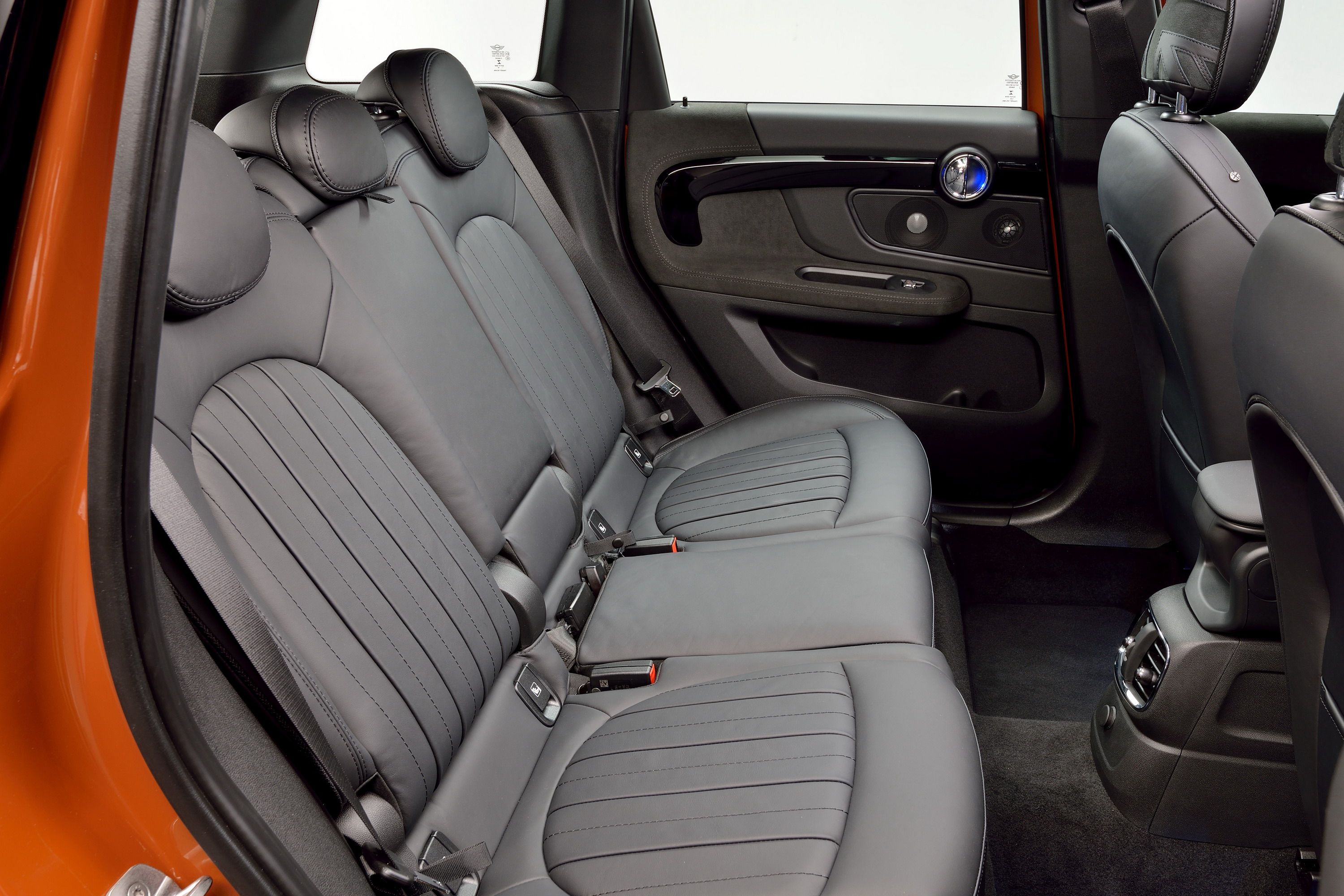
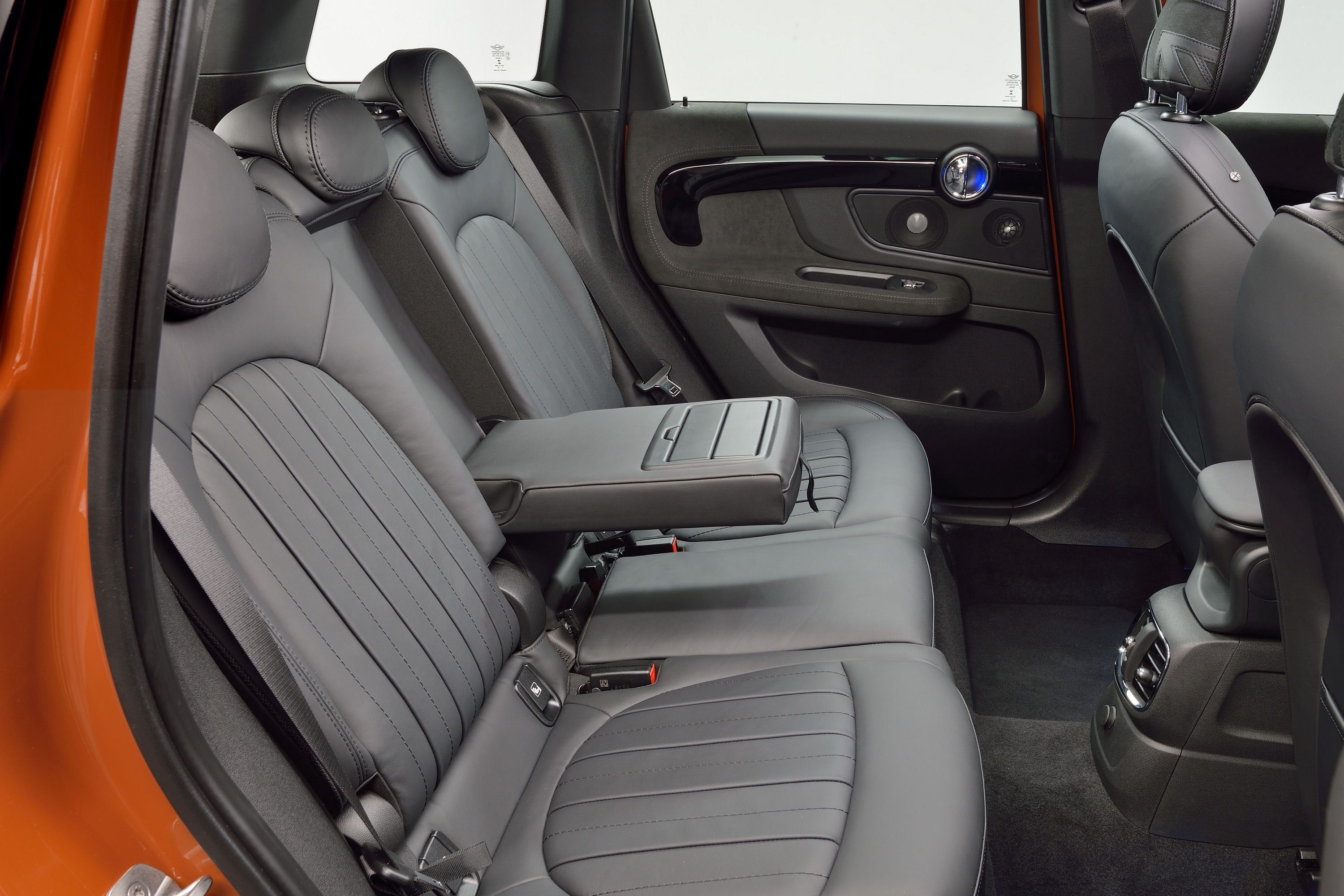
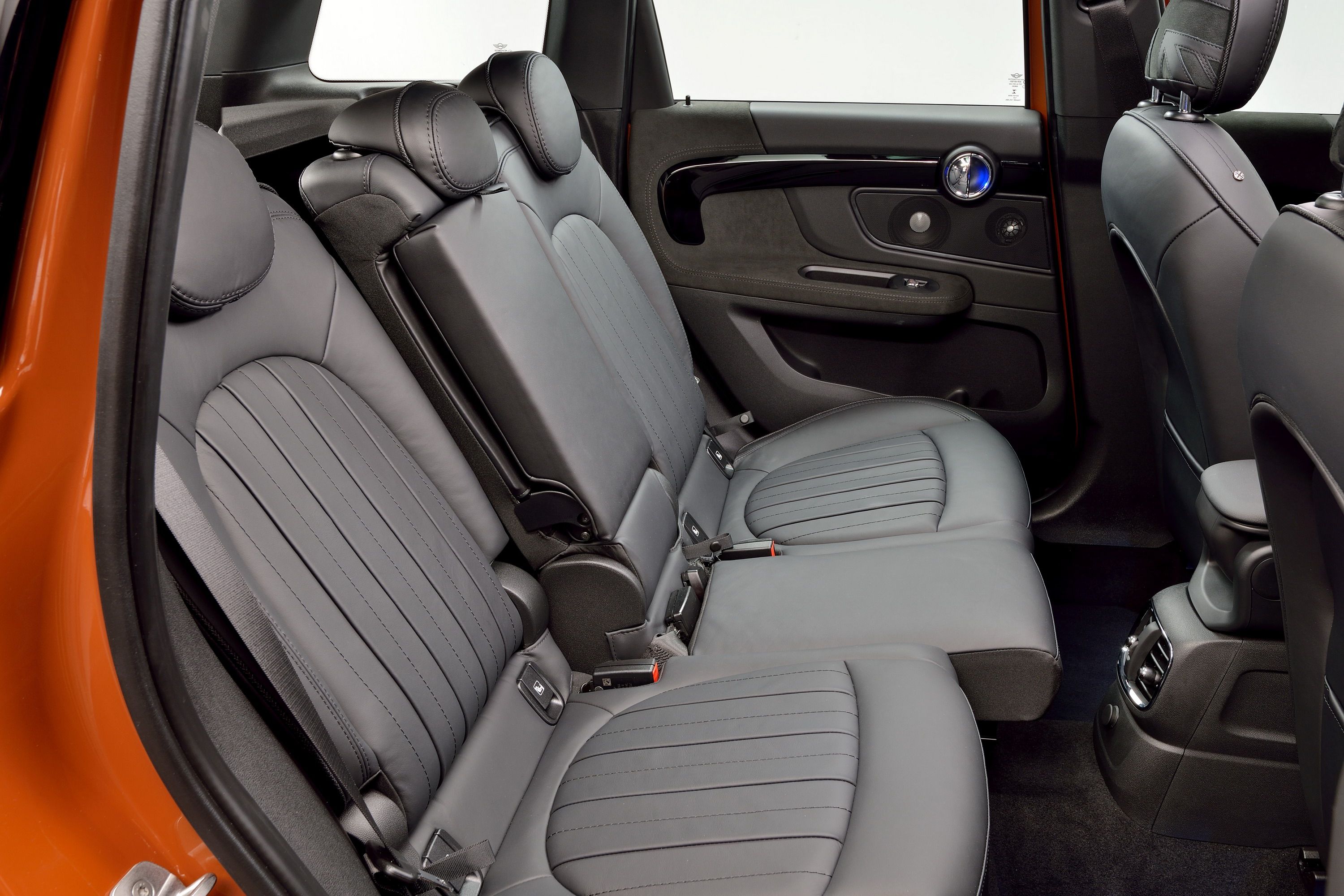
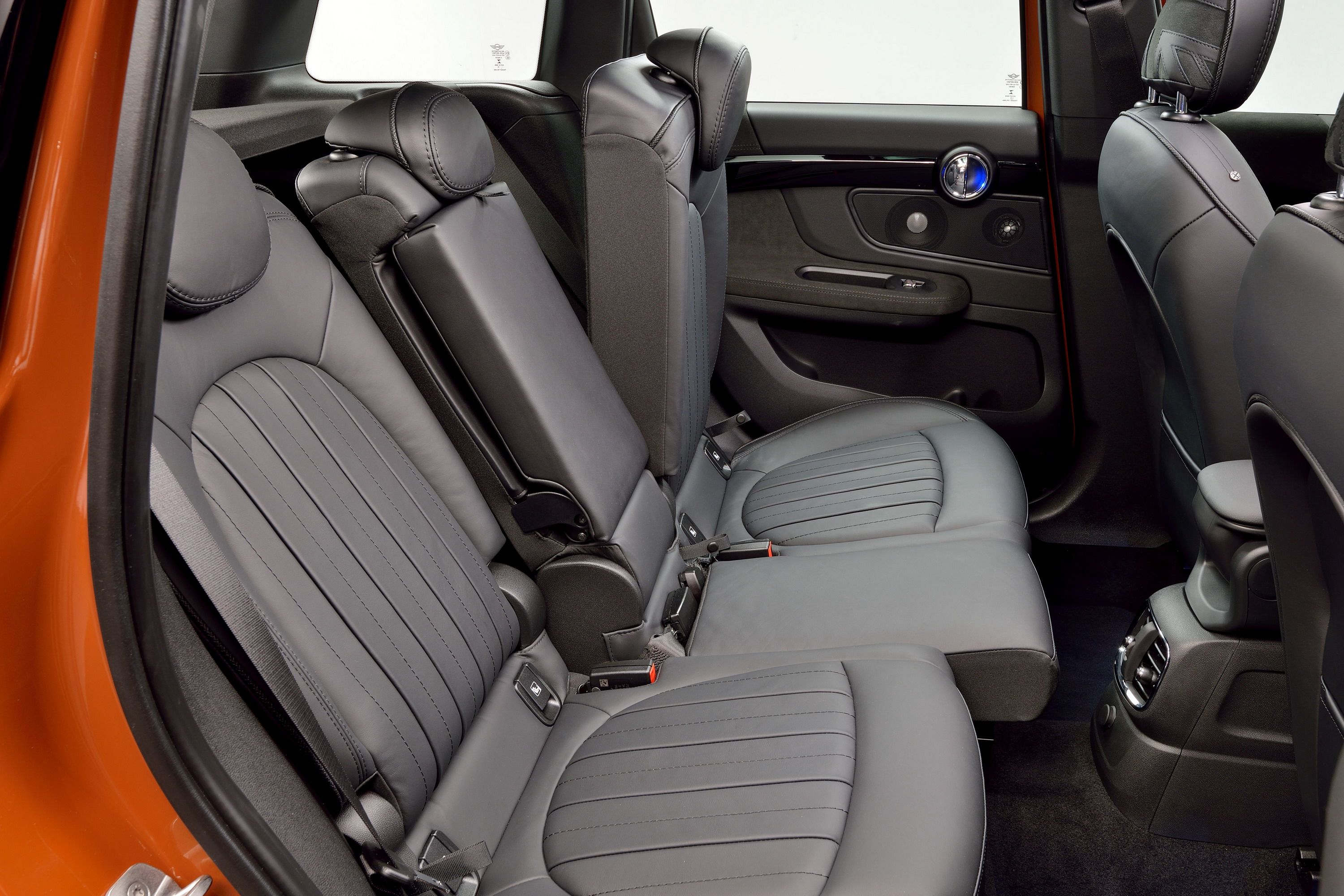
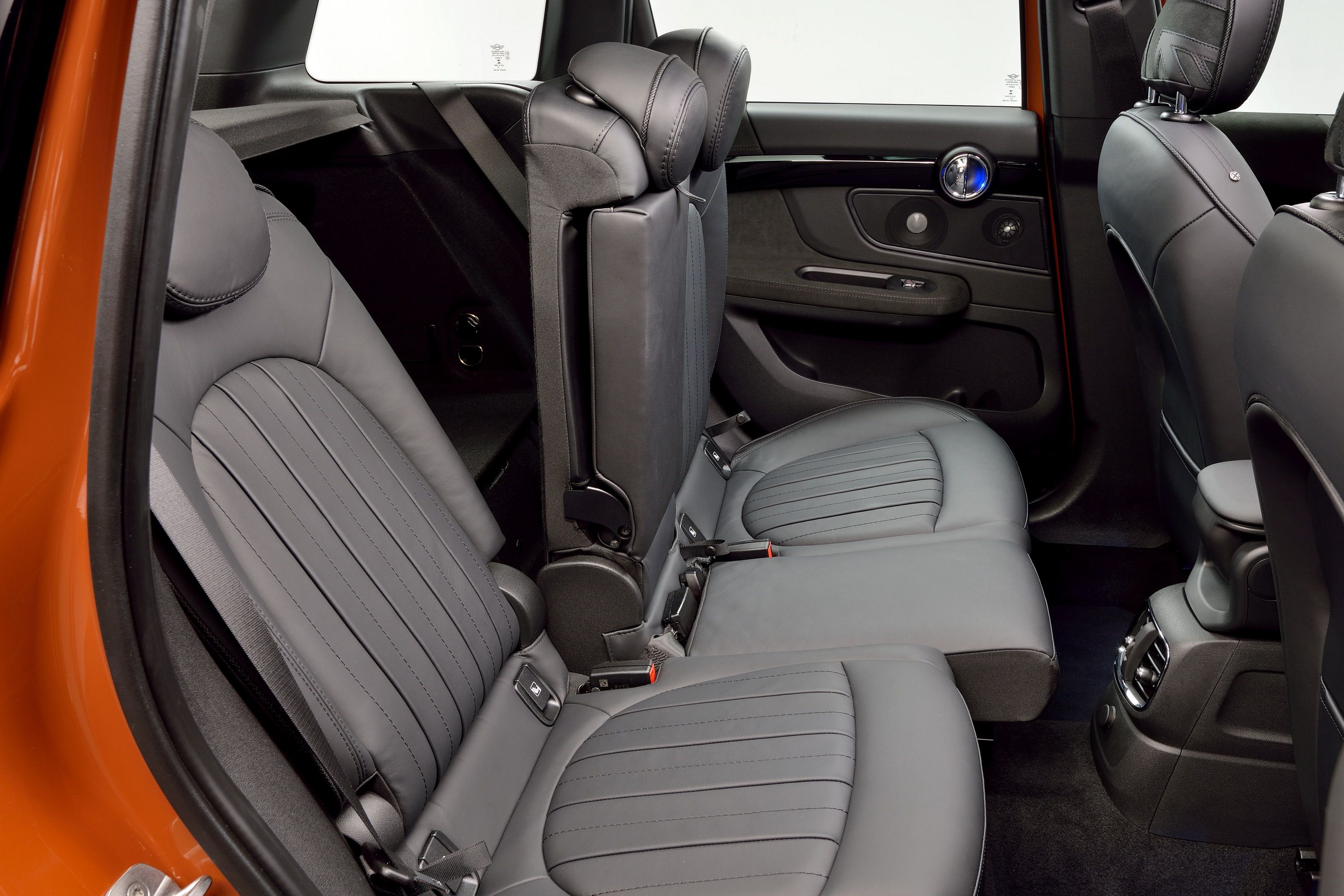
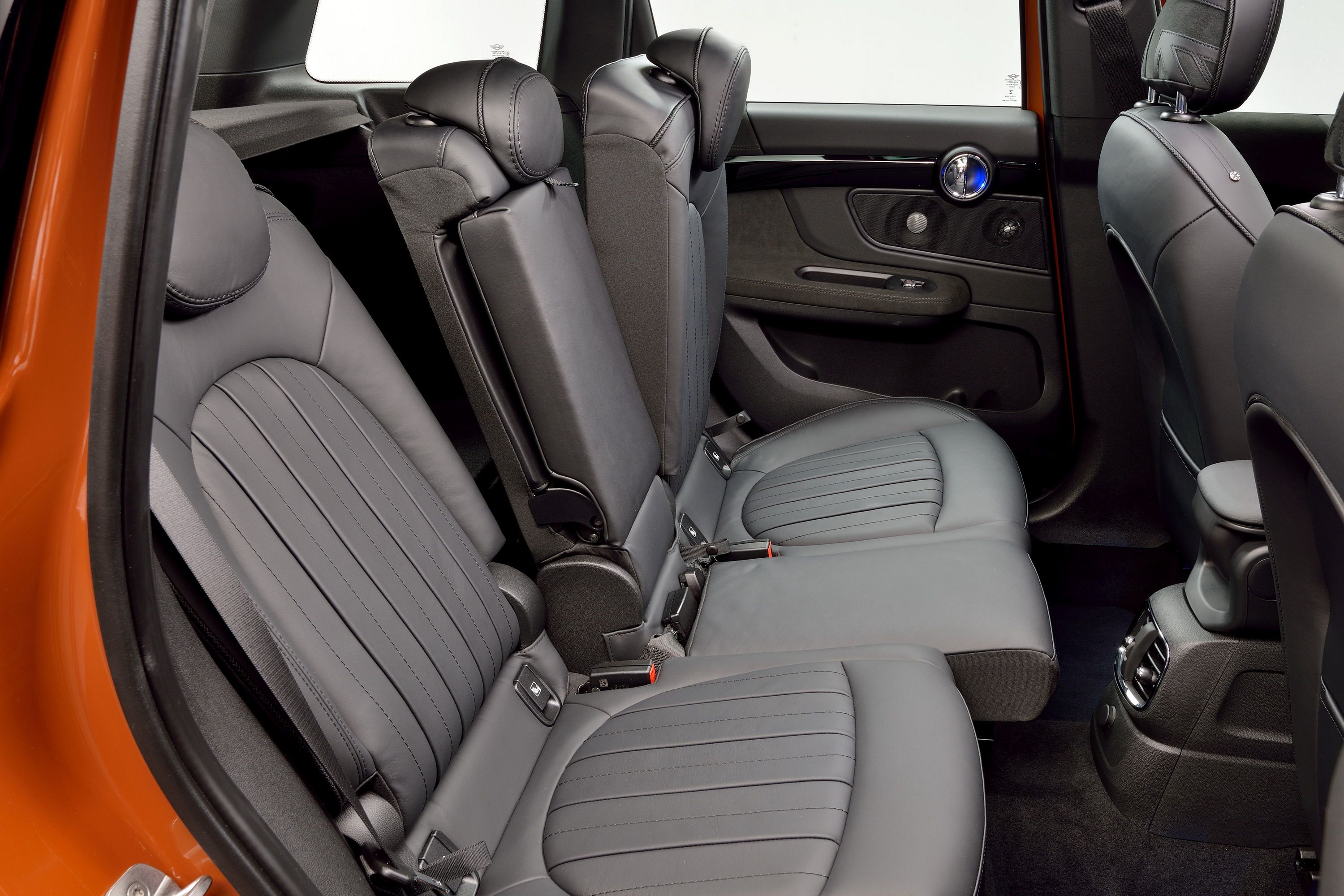
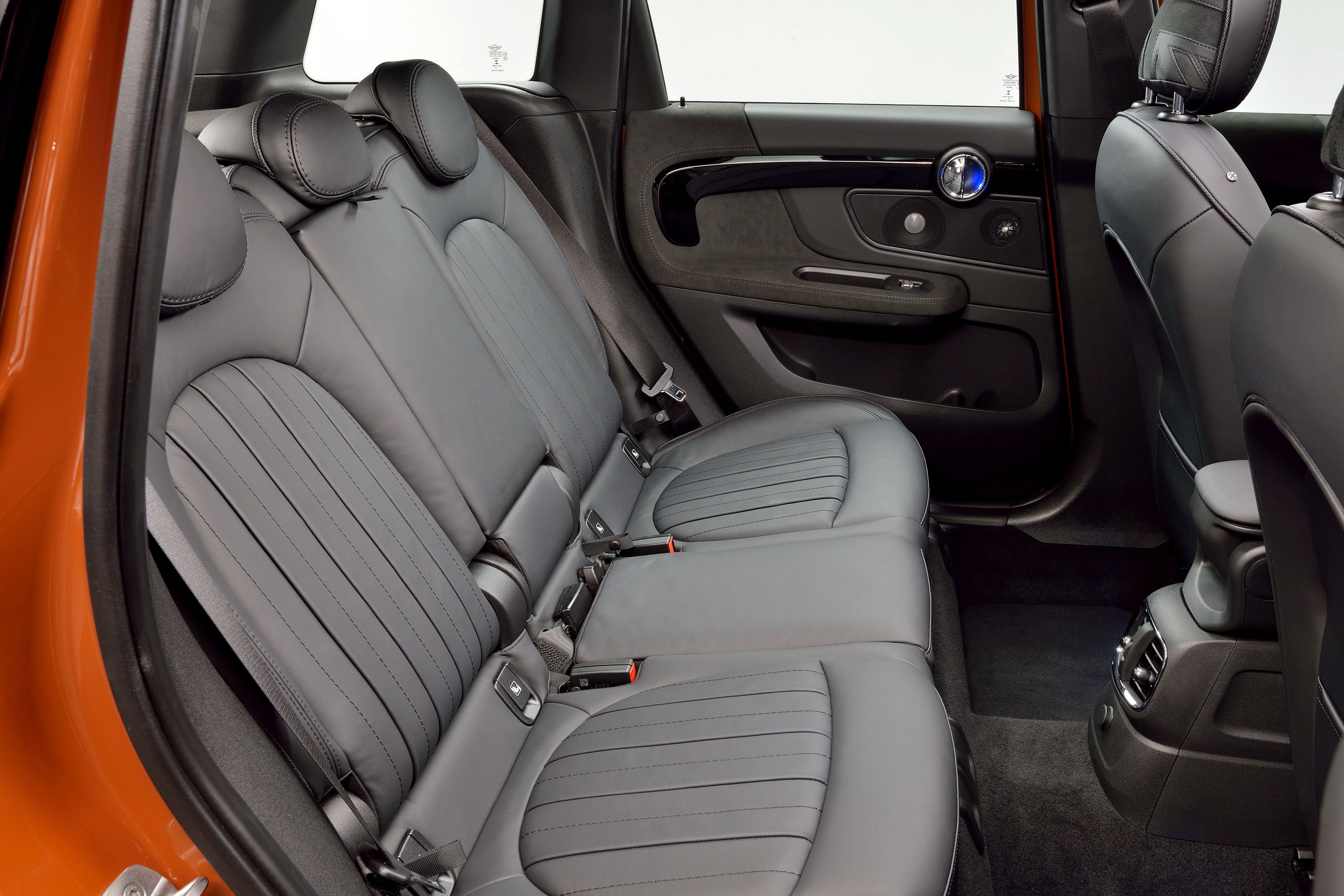
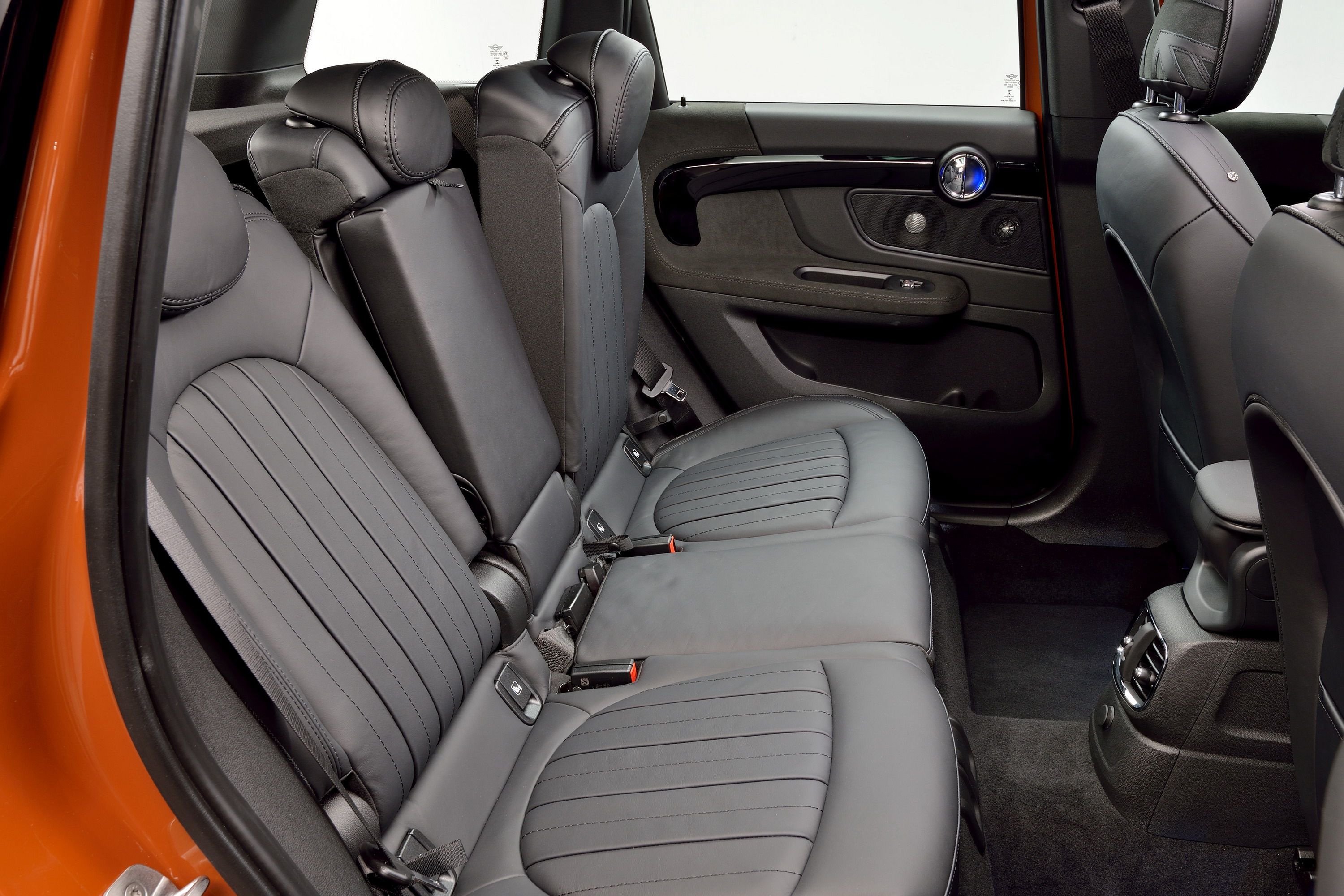
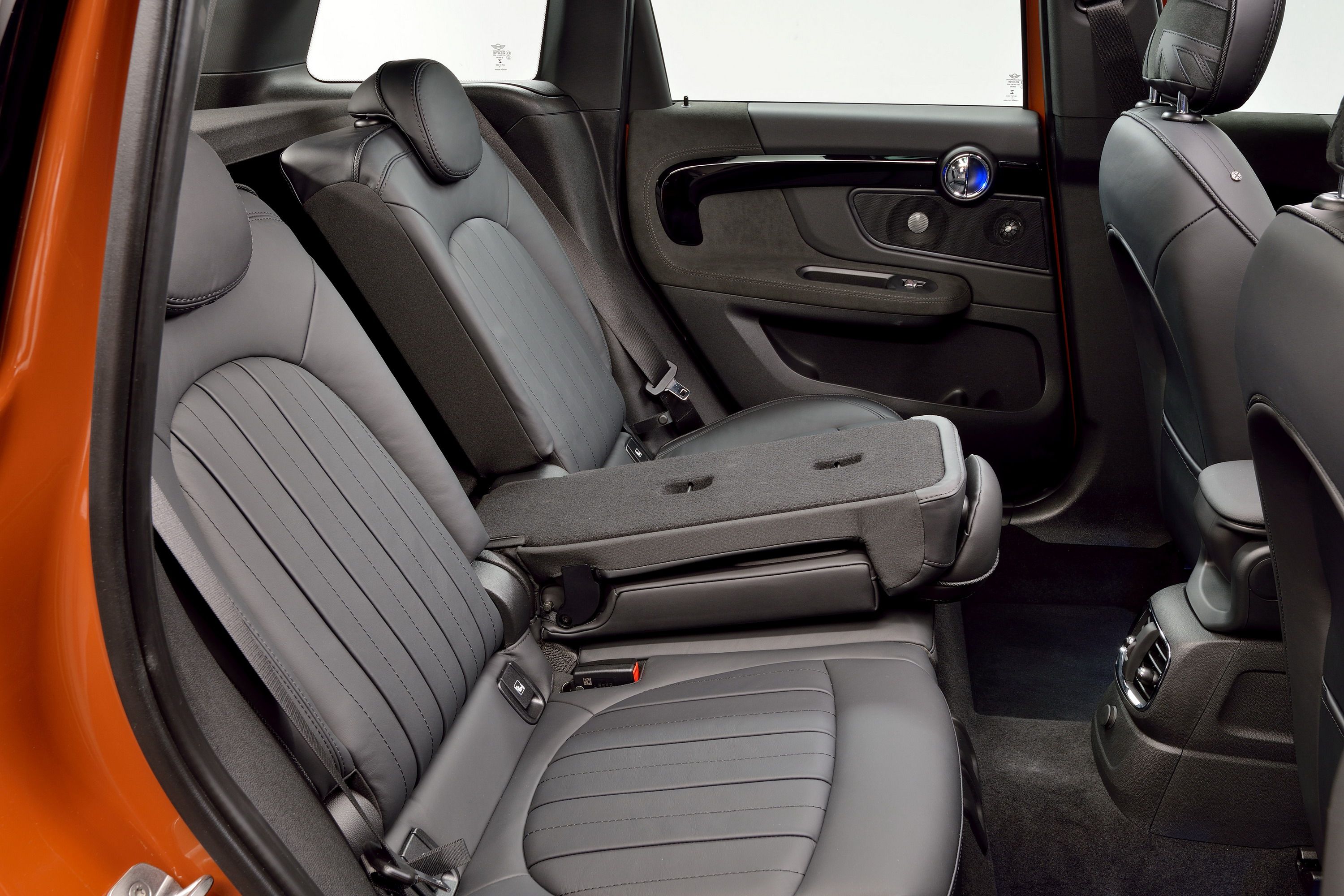
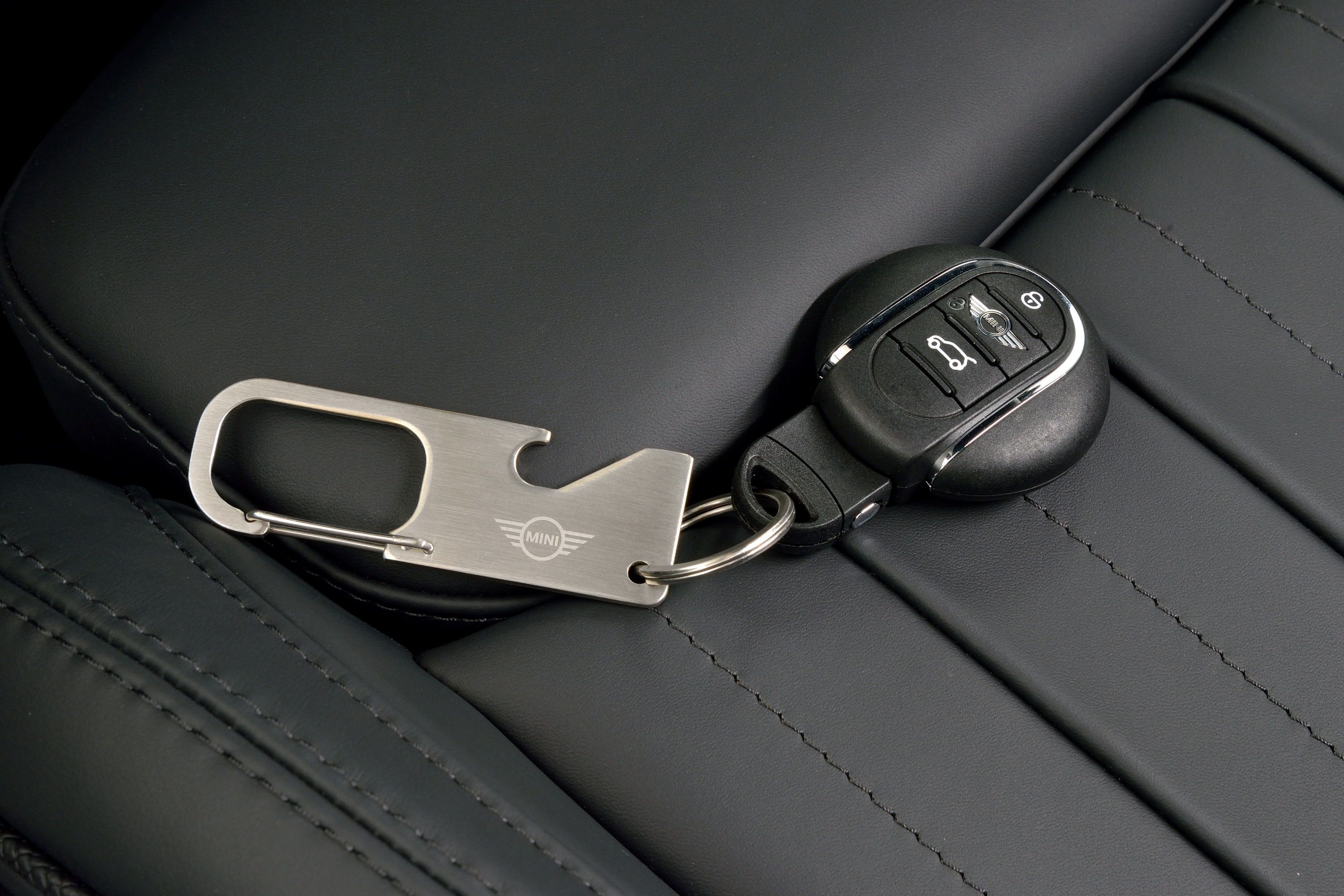
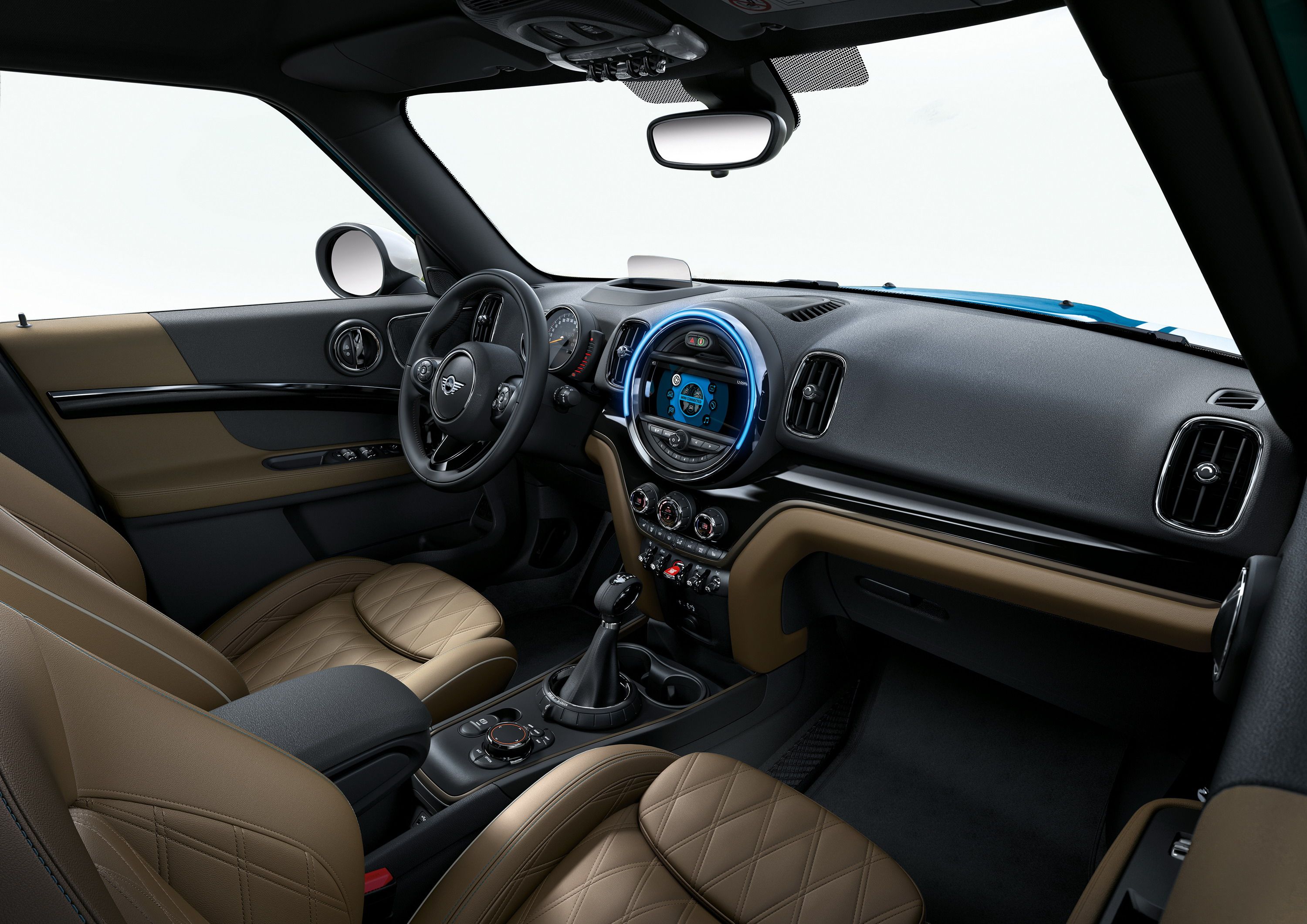
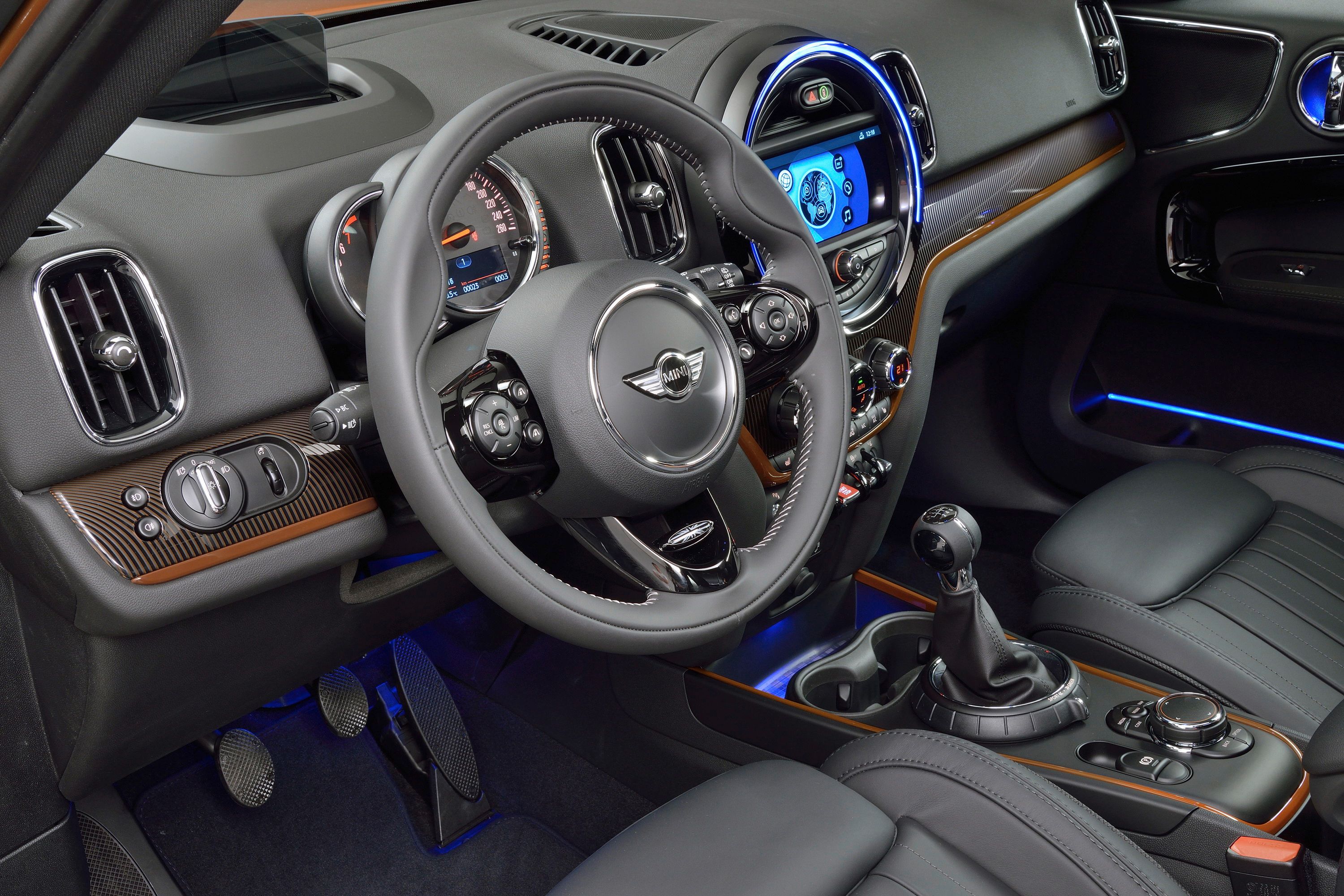
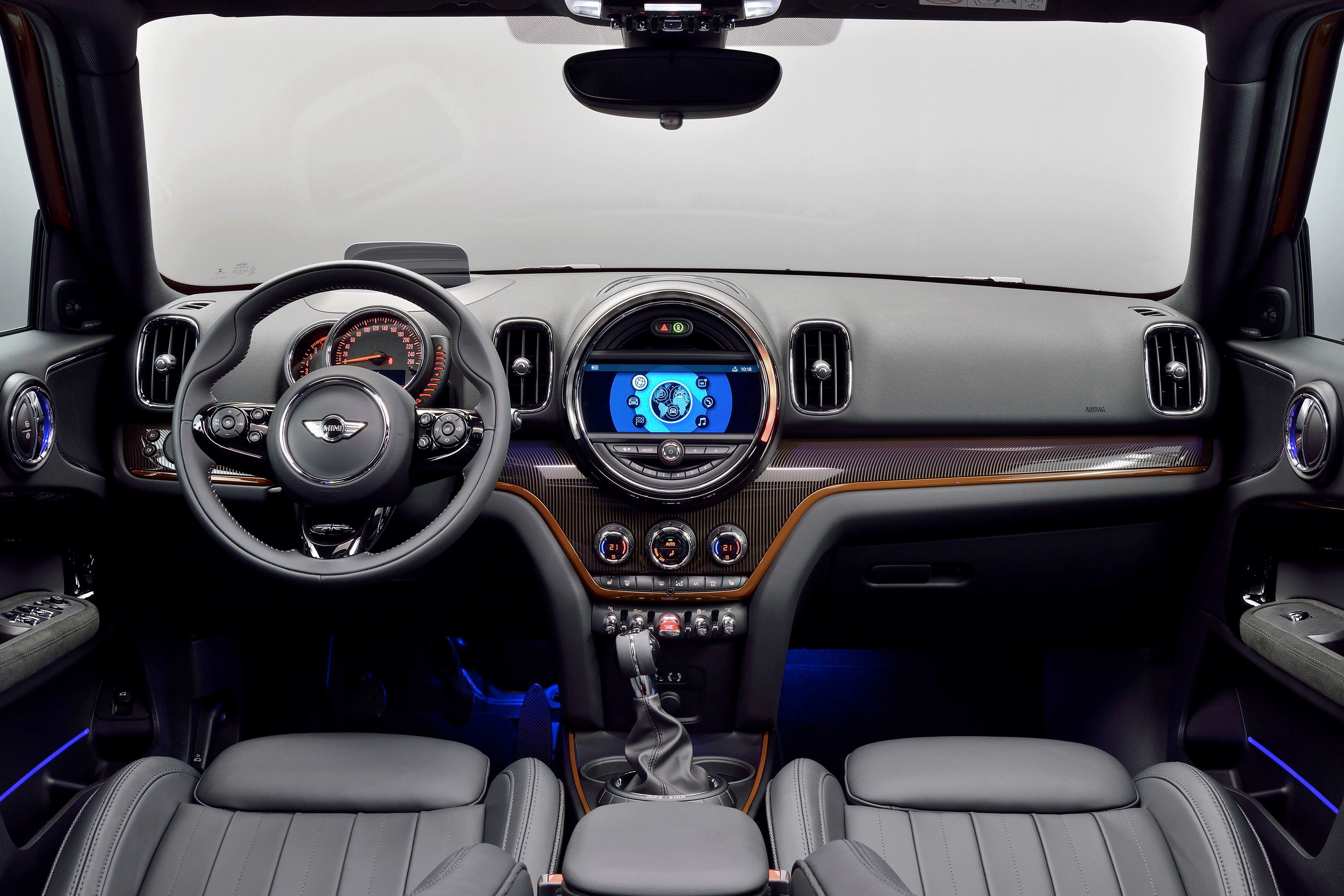
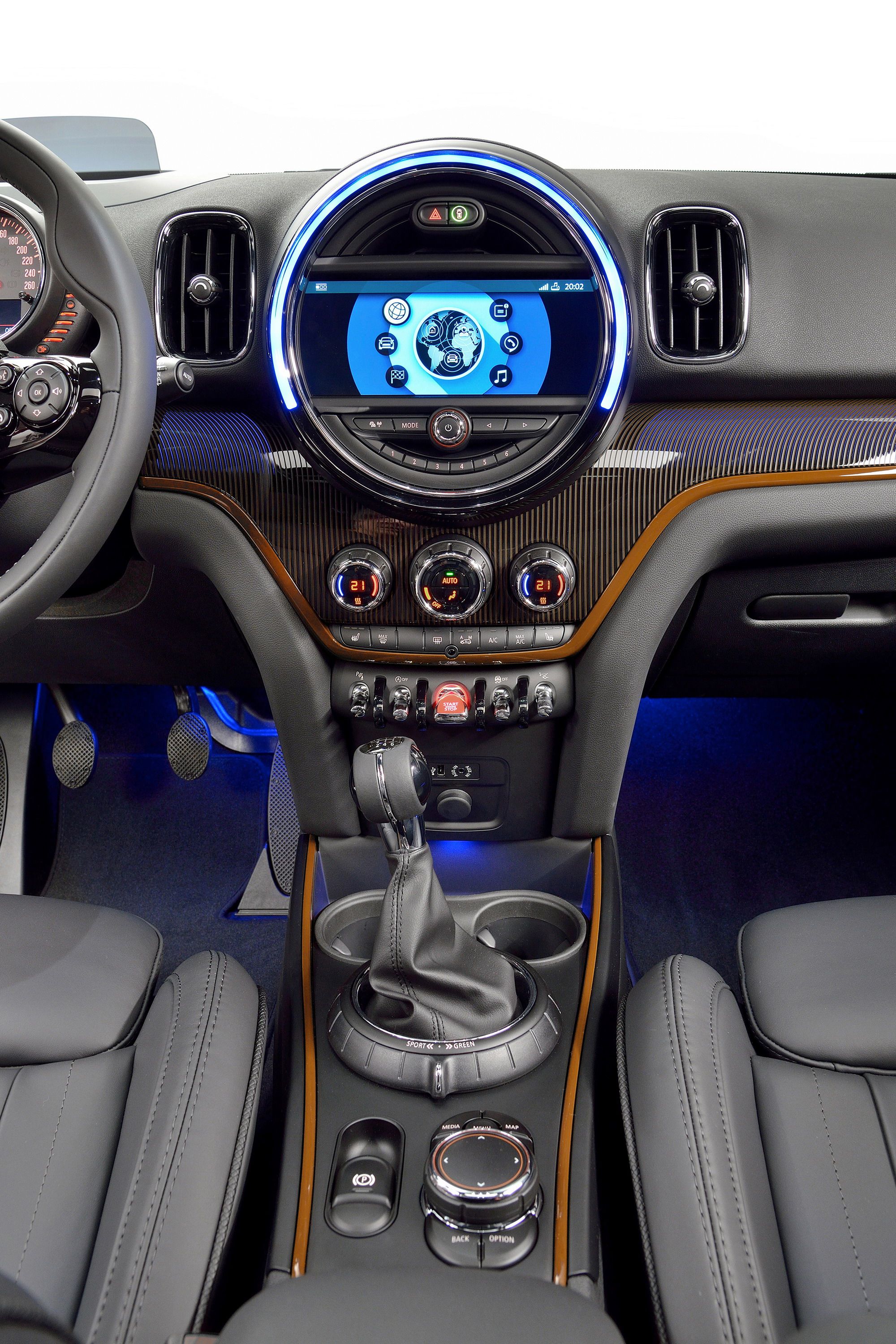
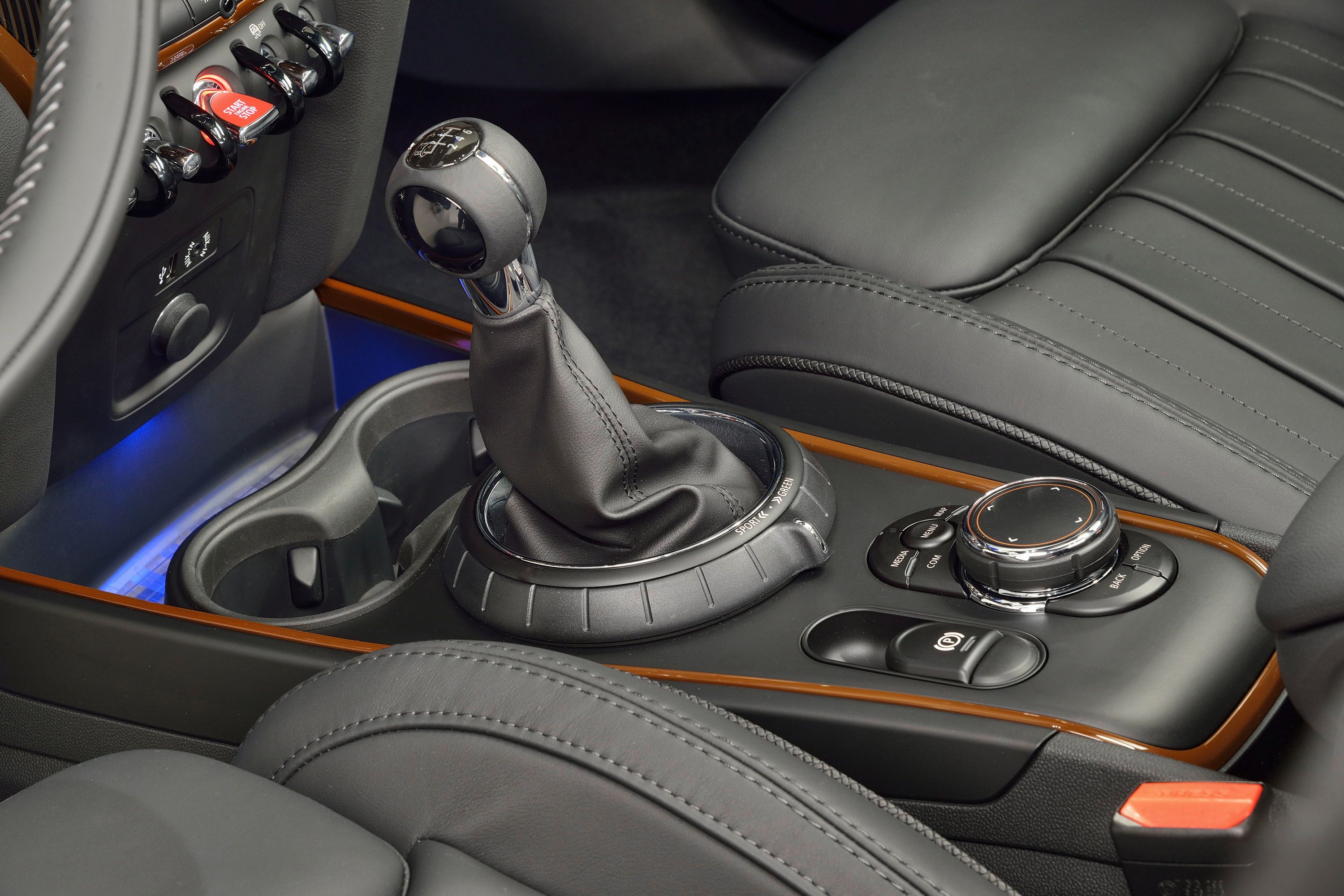
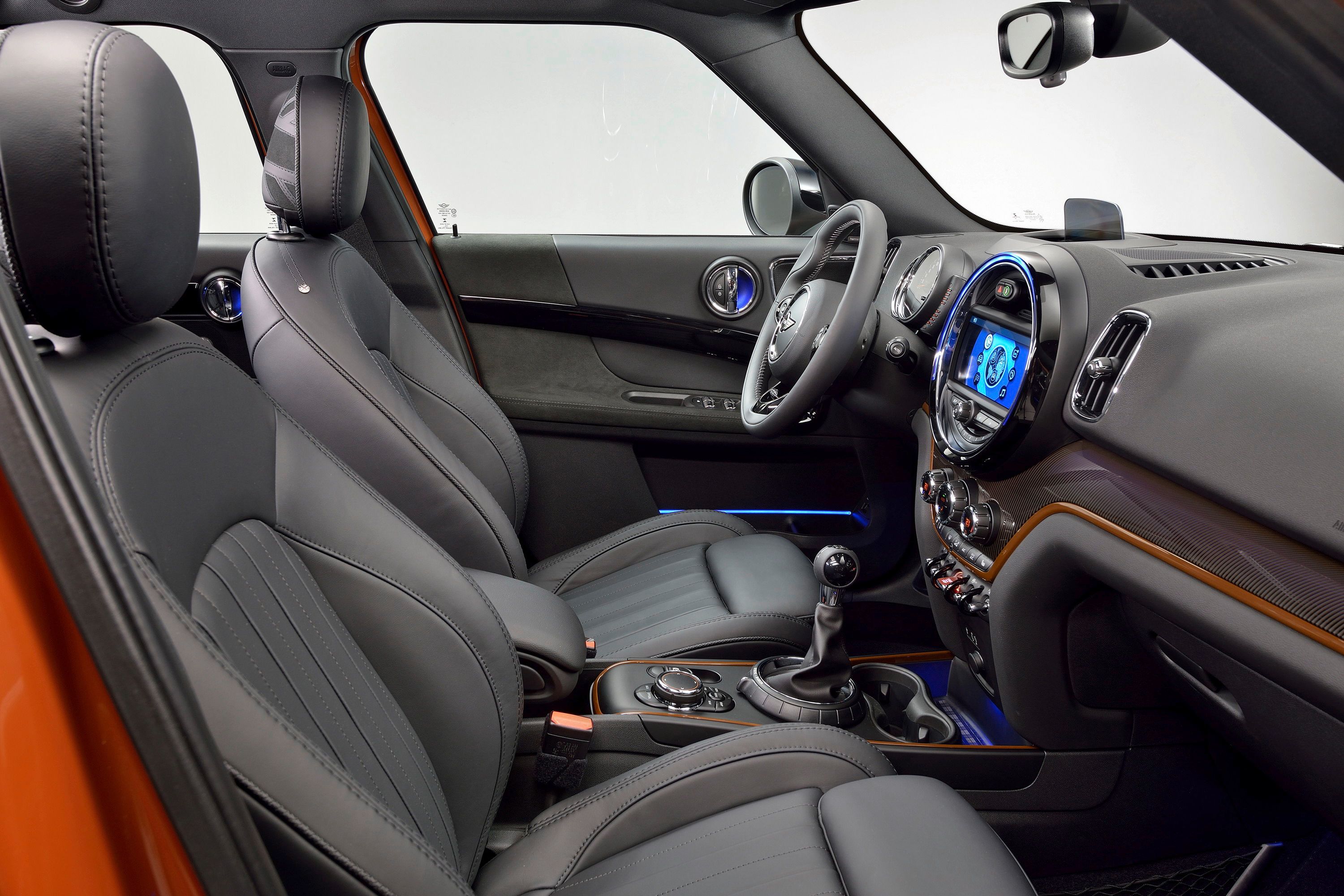
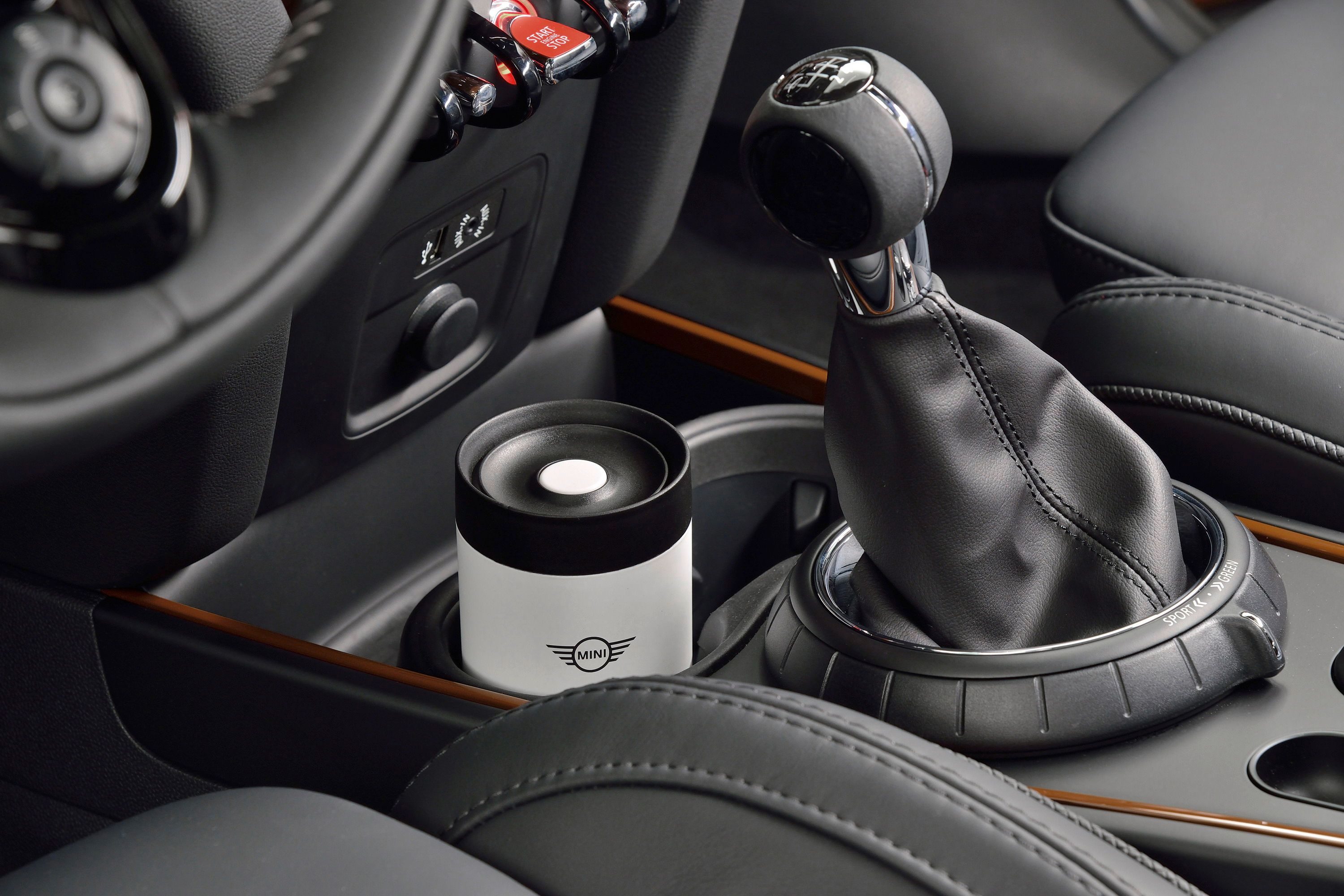
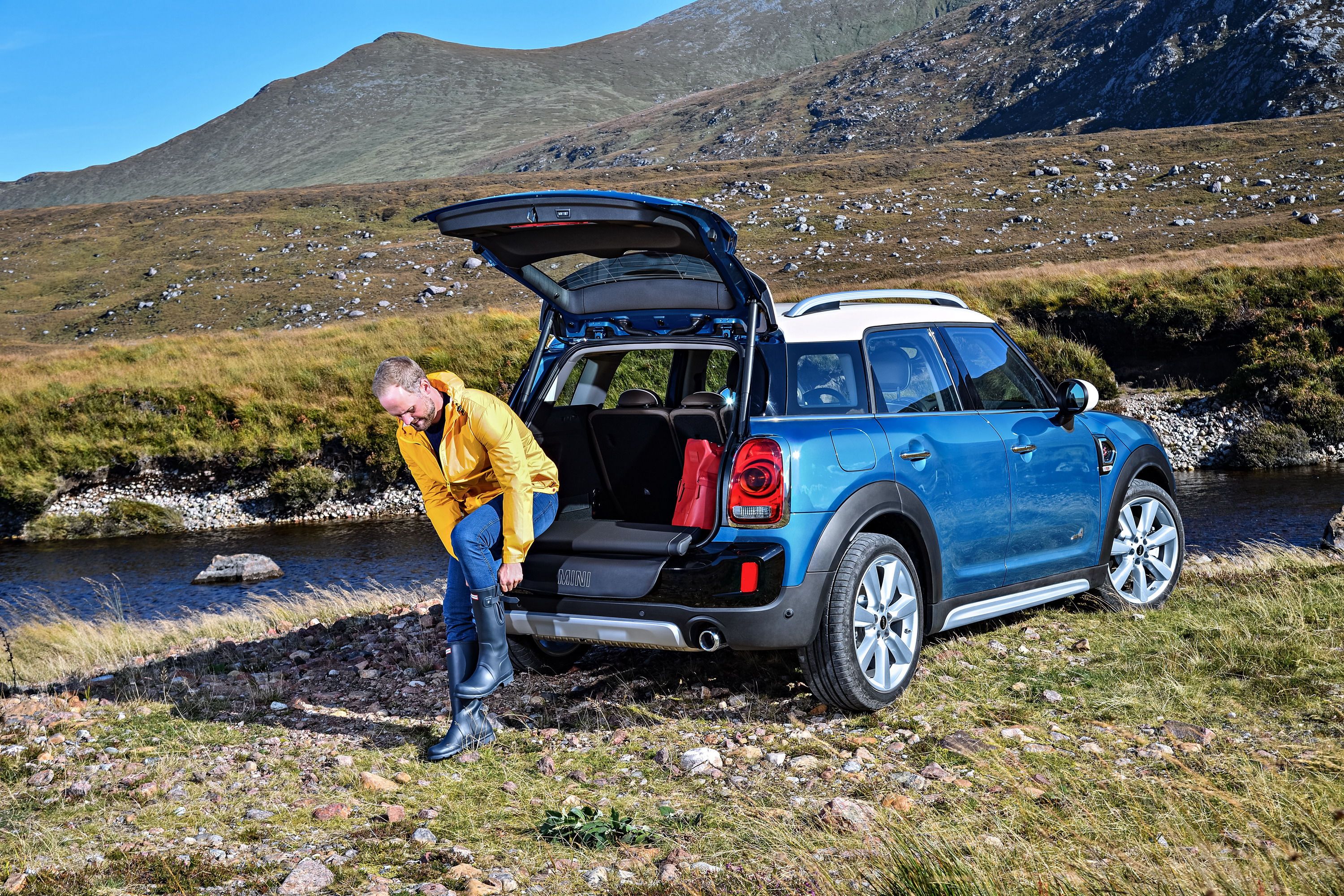
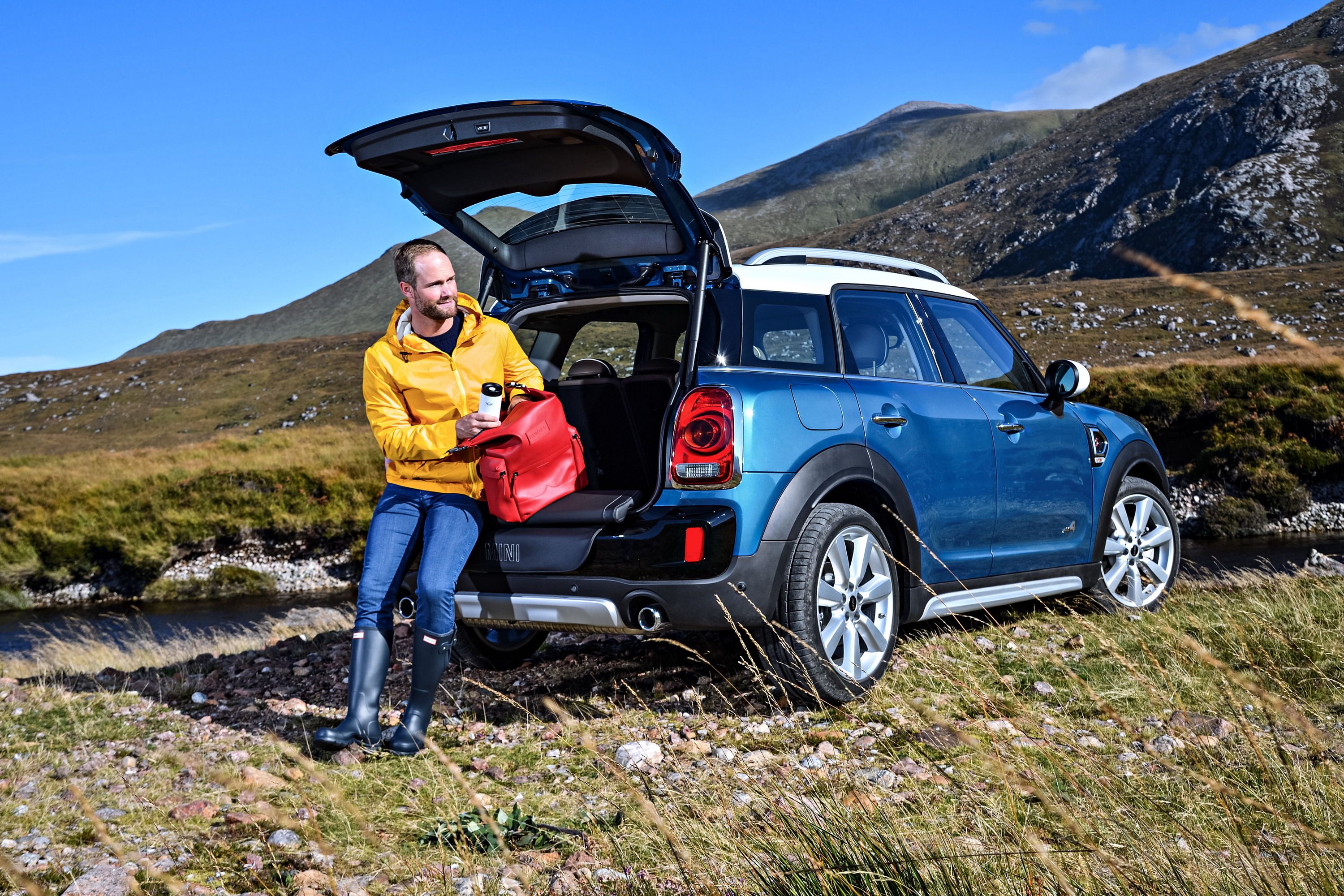
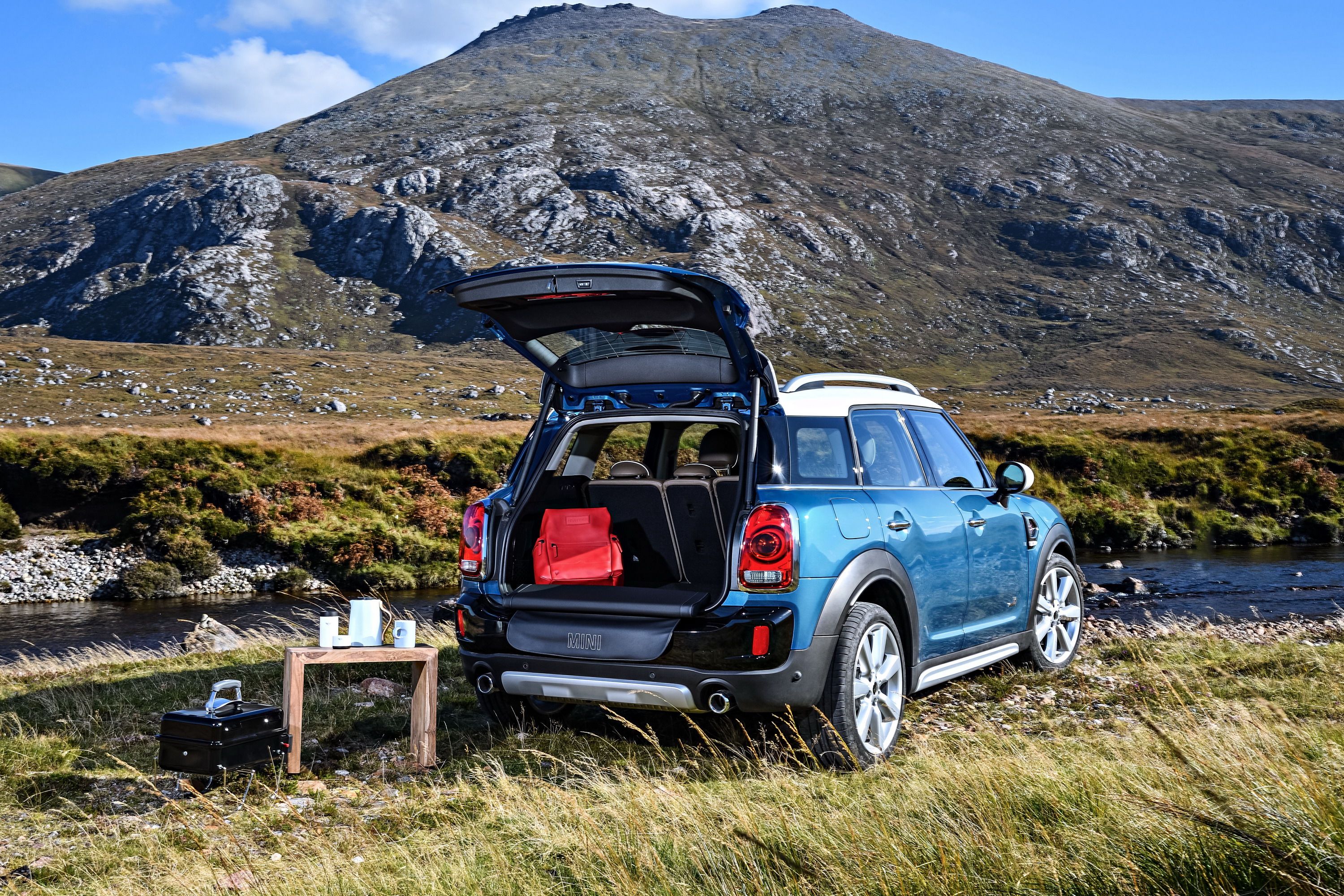
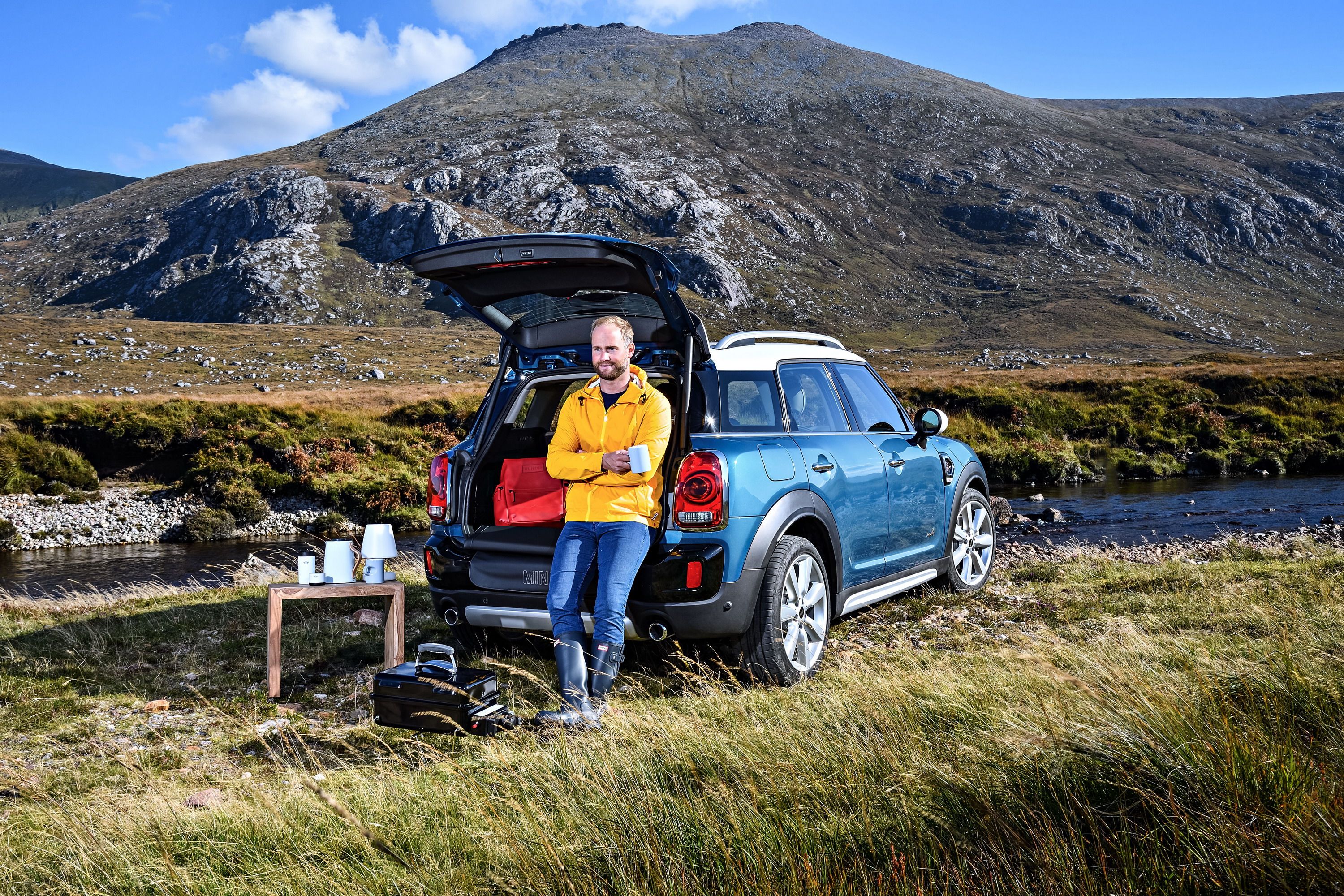
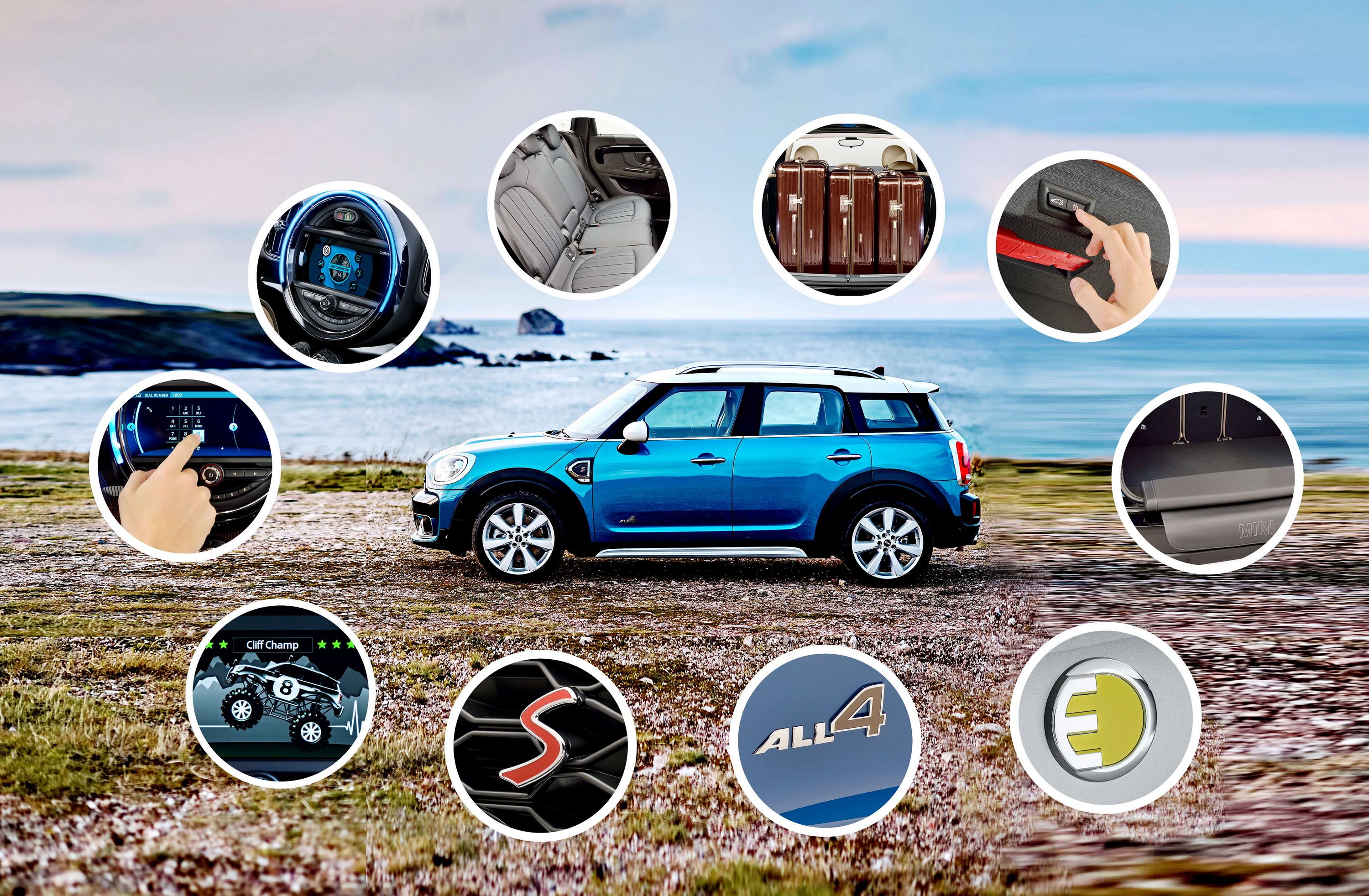
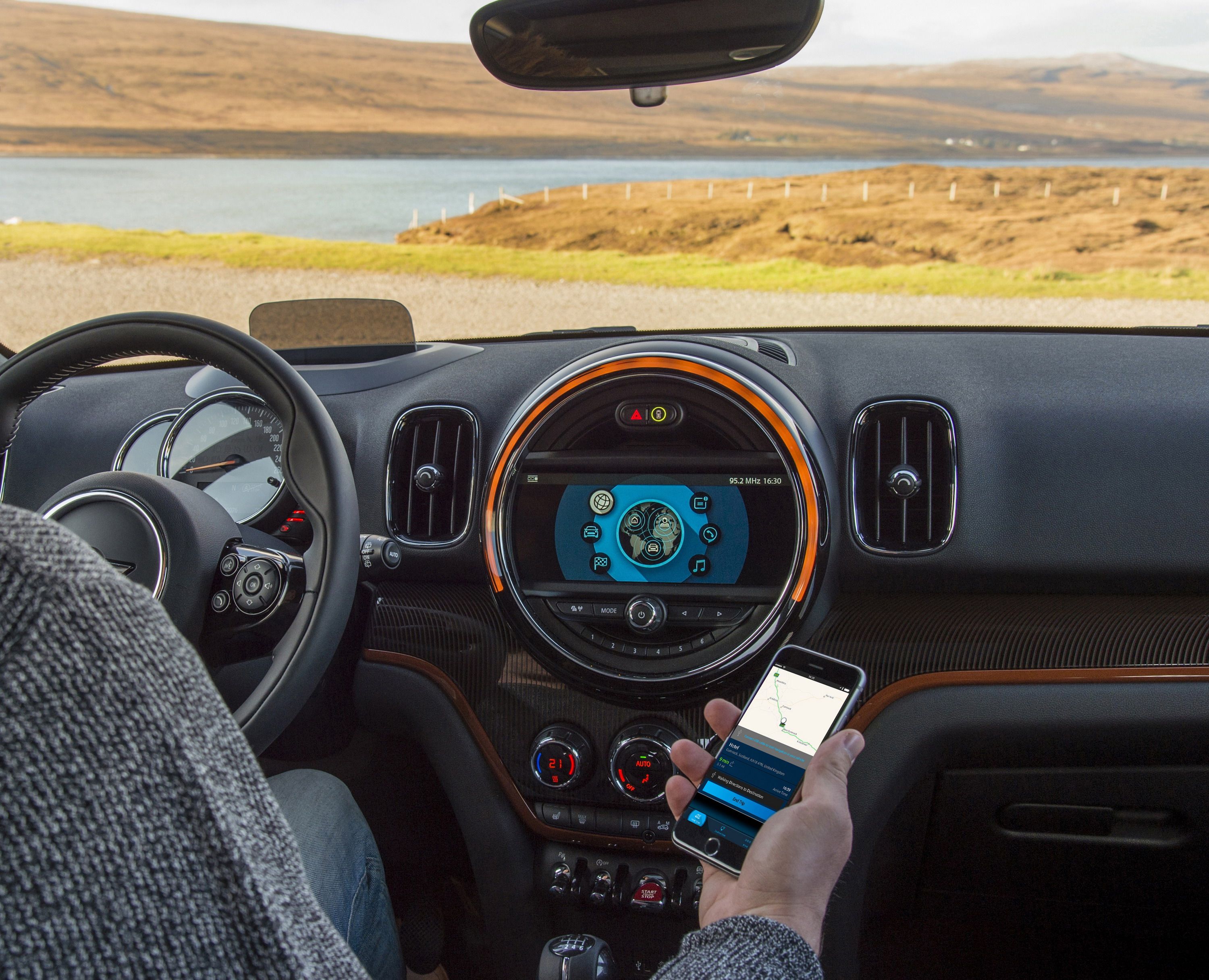

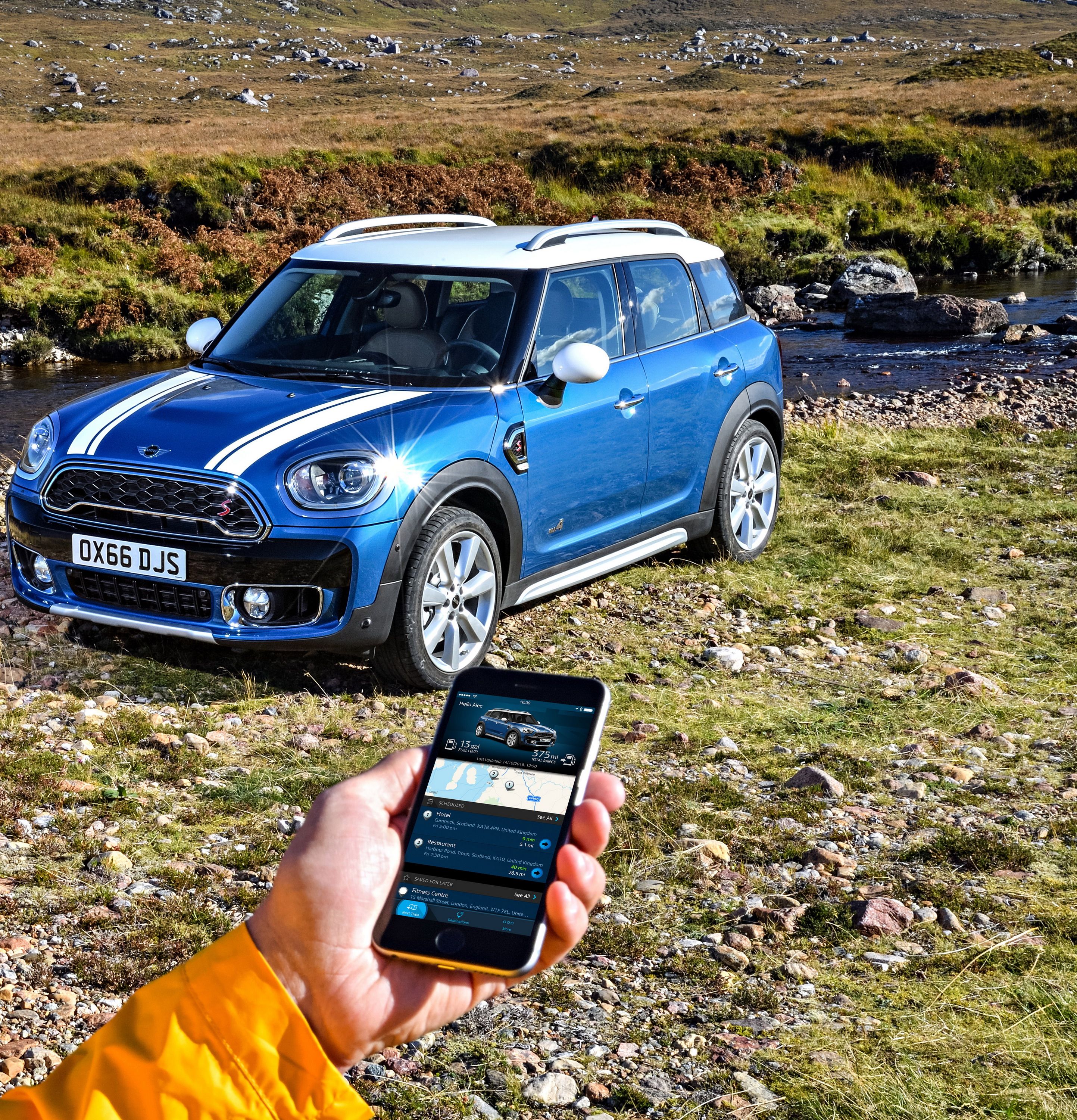

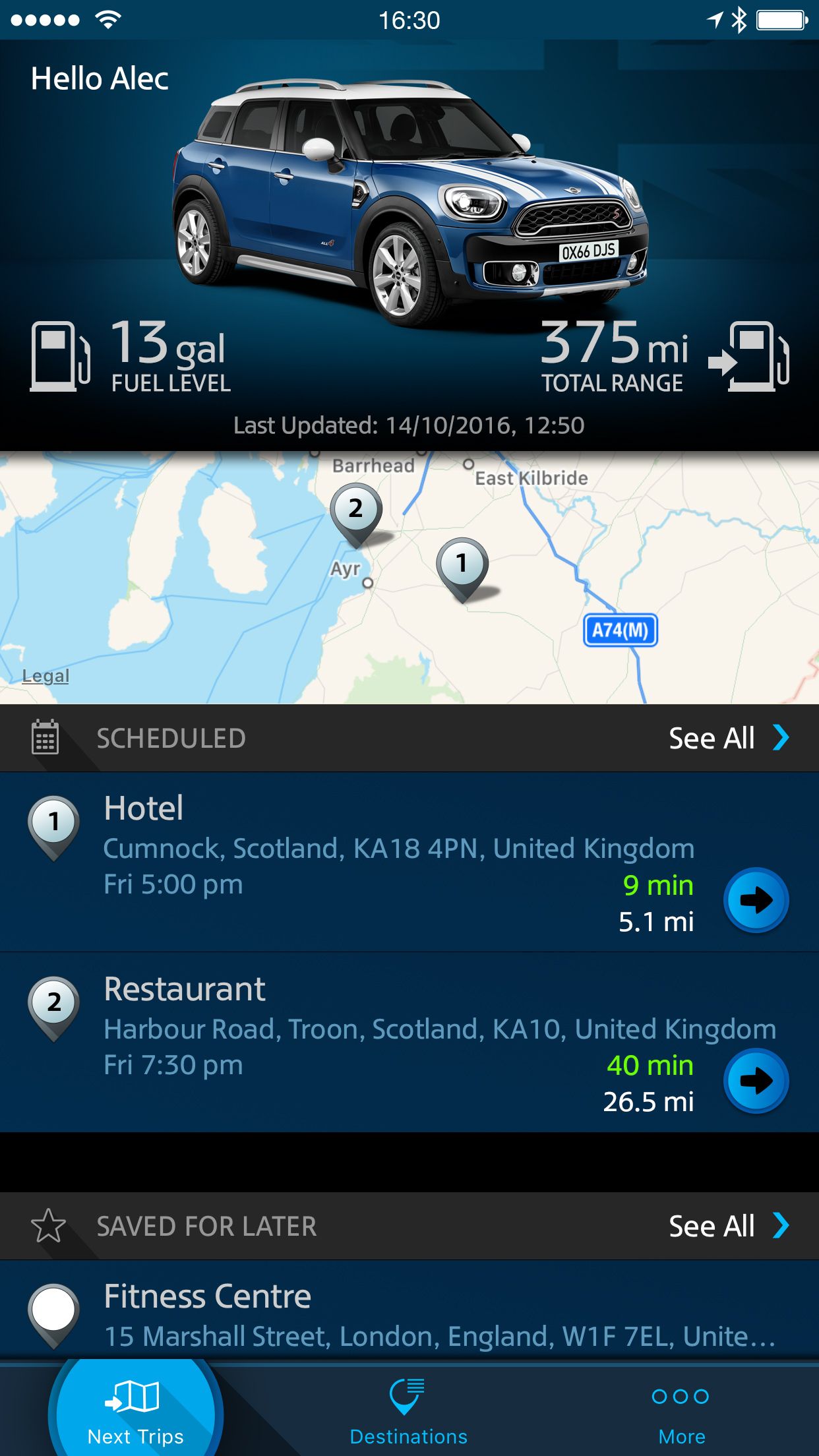
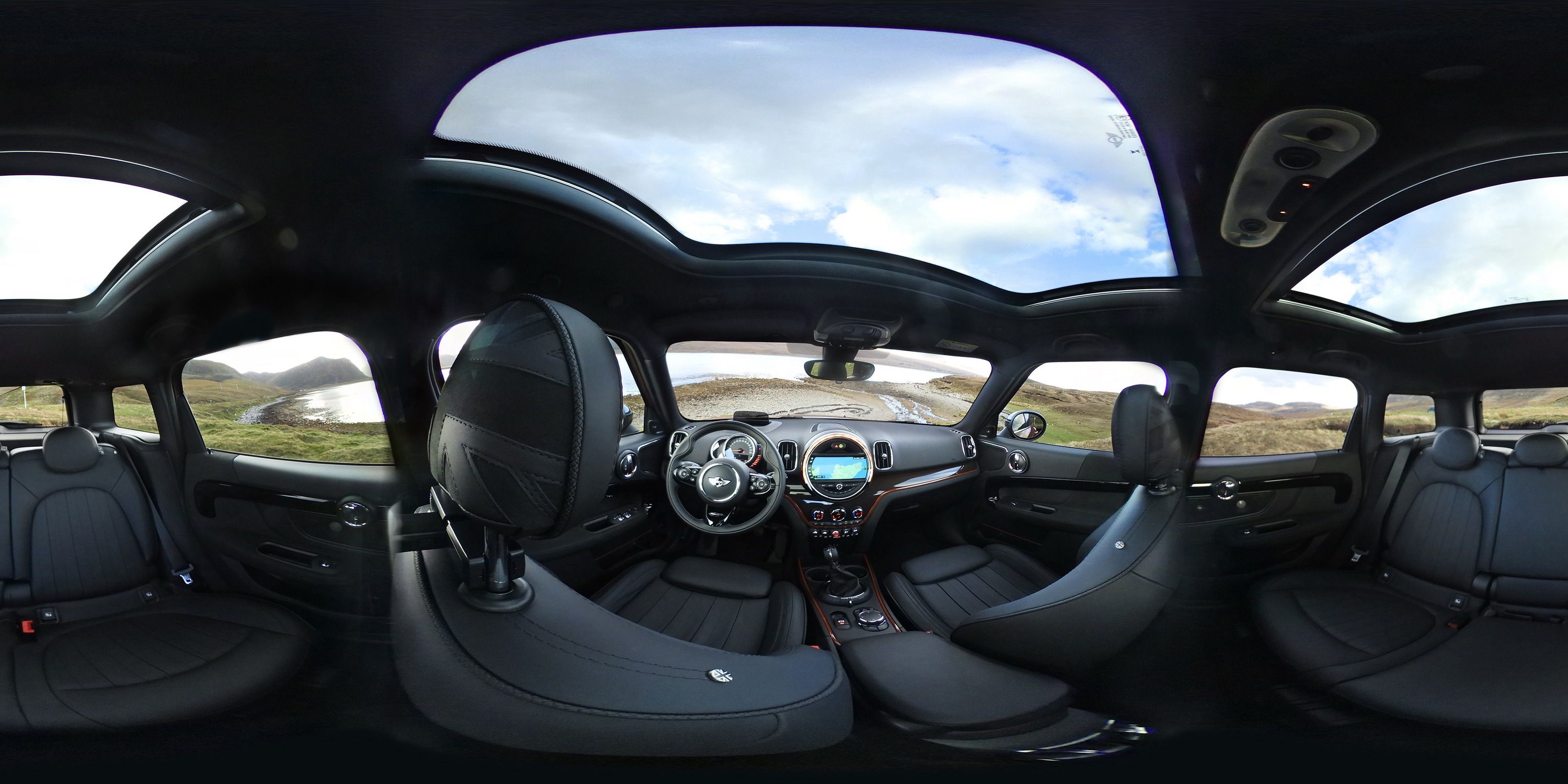
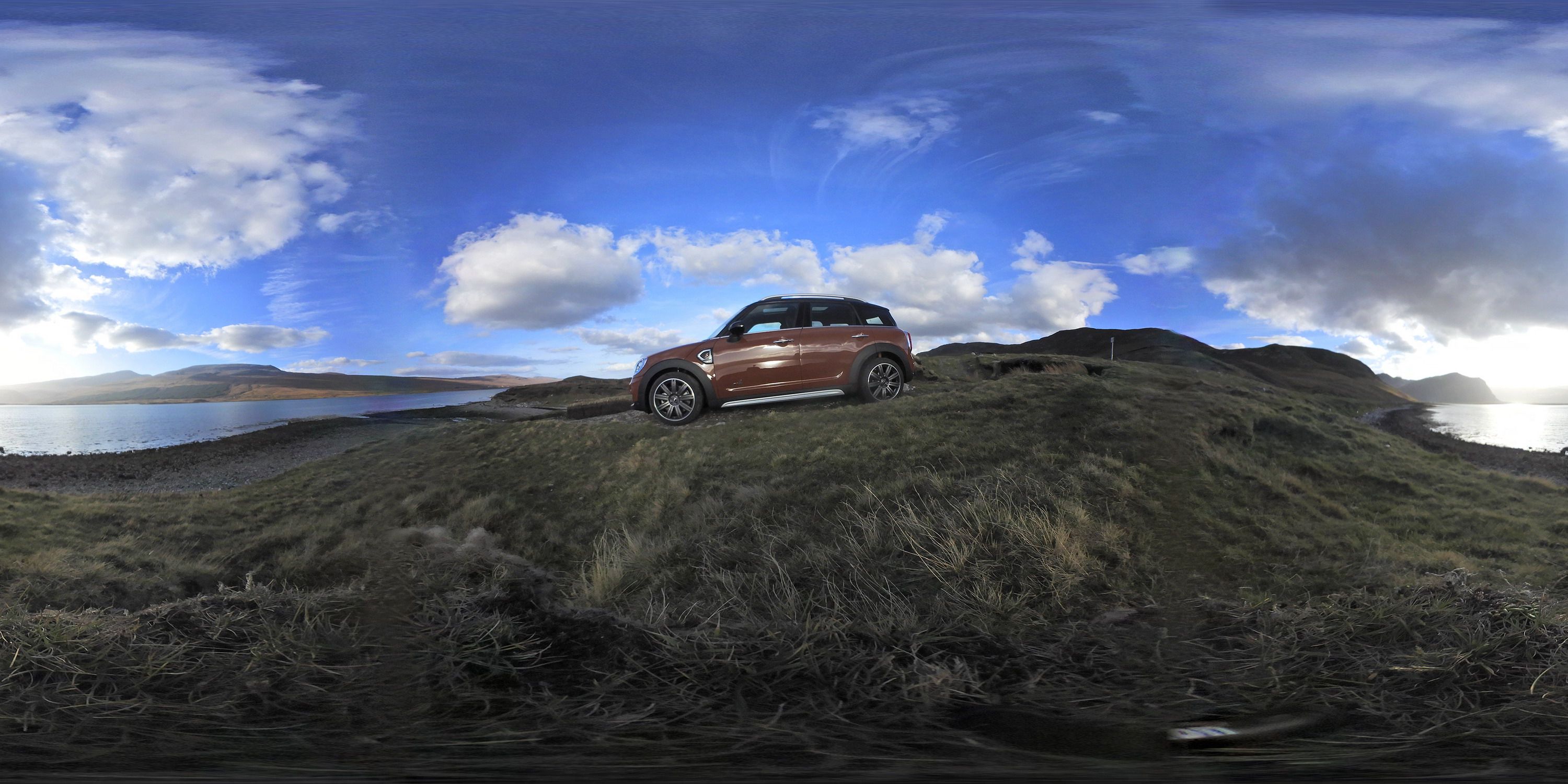
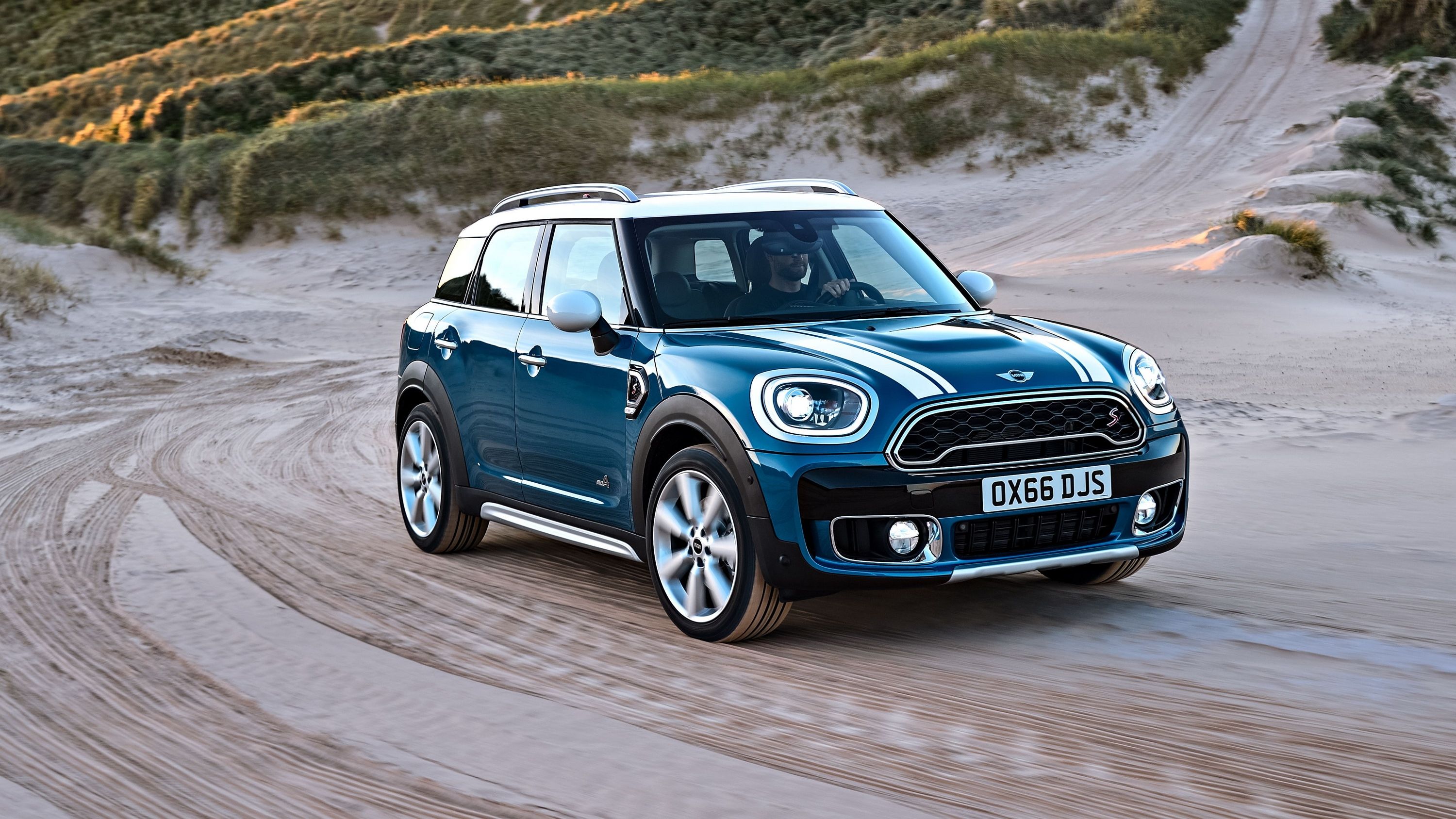

- Make: Array
- Model: 2017 Mini Countryman
- [do not use] Vehicle Model: Array
Exterior
Inspired by the latest Cooper models, the new Countryman sports many new styling cues on top of the usual short overhangs, large wheel arches, helmet-style roof, and hexagonal radiator. The latter is actually significantly different, being slimmer, wider at the bottom, and a reshaped chrome frame. The headlamps are also wider and have slightly more angular edges, but the most important addition is the peripheral daytime driving light ring, a first for the nameplate. Down below, there's a new, narrower air intake, while the LED foglamps are integrated in rectangular chrome frames that also include outlets.
Moving onto the sides, the most noticeable changes are the side turn indicators shaped like an arrow, the longer quarter window, the longer rear door, and the deep recess above the side skirts. Around back, there's a new roof spoiler, larger taillights that mimic those seen on the Cooper, while the license place recess has been repositioned from the bumper on the tailgate. Above the license plate, Mini added a big chrome element for a more premium look. The bumper is also new, now featuring a distinct black insert that covers almost the entire width of the car.
Speaking of dimensions, the new Countryman is significantly larger than its predecessor, which is by no means surprising given that all Mini models have become larger with each generation. The new crossover is 20 cm (7.87 inches) longer, with 7.5 cm (2.95 inches) added to the wheelbase, and three cm (1.18 inches) wider. The extra inches give it a more solid look, but also contribute to a spacious interior and trunk area, which we will discuss in the following section.
The second-generation model also comes with a couple of brand-new exterior colors. Customers can now choose Island Blue metallic and Chestnut on top of the existing finishes. Naturally, the Countryman is as customizable as any Mini, which means that you can have it in just about any color if you're willing to pay extra.
COMPETING DESIGNS
The subcompact crossover market has grown dramatically in recent years and now offers plenty of alternatives to the Countryman, including premium offerings. However, the Mini has quite the unique design and this makes finding a proper competitor difficult. Sure, there's always the BMW X1 and Audi Q3 with all the premium goodness you can get, but both are mostly shrunken versions of their larger siblings and look rather mundane. If you're looking for a more unique design that will stand out in a crowd, the Fiat 500L is you best option. The Fiat 500 has followed into the footsteps of the Mini brand ever since the Italians revived it and it has spawned several iterations of the familiar hatchback. The 500L was penned as a competitor for the Countryman, and even though it's some seven inches shorter than the new Mini, the Living version is as long as its British rival. More importantly, it has that unique design that blends cues from the classic 500 and Fiat's modern styling language. Sure, the 500L is not as fresh as the second-generation Countryman when it comes to looks, but the upcoming facelift should fix that. Also, those of you who don't like the bloated appearance of the Countryman will appreciate the more minivan-like stance of the 500L Living.
|
Mini Countryman |
Fiat 500L |
|
|
Wheelbase (Inches) |
105.1 |
102.8 |
|
Length (Inches) |
169.8 |
167.3 |
|
Width (Inches) |
71.7 |
69.8 |
|
Height (Inches) |
61.3 |
65.7 |
Interior
A quick glance at the dashboard is enough to notice that the design is by no means revolutionary. However, there are several new features that improve on the trademark Mini dashboard and give it a modern touch. While the instrument cluster and center display are pretty much the same as far as size and positioning go -- the latter is still flanked by A/C vents -- both have been redesigned. The gauge behind the steering wheel provides more data than ever before, while the central instrument received a touchscreen for the very first time. The function is optional, but it's a significant improved over the previous model. The 8.8-inch touchscreen comes with the Wired package, which also adds Touch Controller among other features. If you're not willing to spend extra for the touchscreen, you get a 6.5-inch display with Radio Mini Boost, Bluetooth, a hi-fi audio system, and navigation.
Along with the new display and instrument cluster, Mini also introduced a new center stack. The unit is simpler and cleaner to look at and the upper section is wider, giving it a more cohesive look. The traditional round A/C vents have been ditched in favor of rectangular, vertical openings. The steering wheel is also new, but retains the three-spoke design. The two-zone automatic air conditioning is optional, as is the panoramic glass roof. Further customization comes from the Mini Excitement Package, which adds an LED ring for the instrument panel, LED ambient lighting, and a projection of the Mini logo from the exterior mirror on the driver’s side when opening and closing the car.
Thanks to the longer wheelbase and clever packaging, the interior also offers enhanced roominess. Both the driver and front passenger benefit from extended head and shoulder room, while the adjustment range of the seats has also been enlarged. Rear passengers also benefit from more roof, while the seats can be shifted longitudinally by up to 13 cm (5.11 inches). Speaking of rear-passenger comfort, the longer rear doors give larger openings, enabling a more convenient entrance and exit.
Luggage space has also increased, now offering 450 liters (15.9 cubic feet) with the rear seats up and up to 1,309 liters (46.2 cubic feet) with the seat folded flat. This accounts for an increase of 220 liters (7.7 cubic feet) or a whopping 20 percent compared to the outgoing model. The new electrical tailgate control as well as touchless opening and closing of the tailgate makes loading and unloading the Countryman easier. The optional Mini Picnic Bench adds a flexible surface that folds out of the luggage compartment and provides seating for two people. Now this is the kind of feature you get from luxury automakers like Rolls-Royce and Bentley, and although it's not as fancy as the one available with the Bentayga SUV, it's still a nice touch.
As far as fun features go, the Countryman comes with the Mimi Country Timer, an app that registers all travel over sloping, uneven, unsurfaced and snow-covered roads and tracks. The data is shown on the display in the central instrument, letting drivers know how much time they spent in the wild.
Another new feature is Mini Find Mate, which consists of so-called tags with a wireless tracking function that can be attached to frequently used objects and travel items, including bags, cases, key rings and rucksacks. The app is able to track the location of any such objects connected to the system by using either the on-board computer or a smartphone.
THE COMPETITION
Due to the fact that the 500L is has carried over unchanged since 2012, its interior is not as fresh and modern as the Countryman's. That's not to say it's outdated, but it definitely needs a update in order to compete better with the Mini. Still, you get a good looking cockpit for the buck with a nice, organic layout with rounded surfaces on the dashboard and door panels. The two-tone finished are a nice touch too, especially if you opt of contrasting colors such as cream or red to go with the black surfaces. The plastic panels don't seem to look significantly better in the Mini, but the veneer like element on the lower dashboard gives the Countryman a premium look that Fiat can't offer right now.
The 500L comes with two downsides. First, the cabin isn't as spacious as the Mini's. Because the car is a bit narrower, there's less elbow and shoulder room, especially in the front seats. Of course, feeling comfortable is usually a matter of how big the driver and passengers are, but a quick photo comparison shows there's less space between the seats. This is also because the Countryman has a wider center console, but despite that, there's also a bit more room between the outer edge of the seats and the roof panels. I'm not saying you will feel uncomfortable in the 500L (especially if you're not very tall), but the Mini offers a bit more room. Same goes for boot space, but only when the rear seats are up. In this configuration the 500L offers 400 liters (14.1 cubic feet) of luggage room, 50 liters (1.7 cubic feet) less than the Countryman. However, with the seats down, capacities are nearly identical, with 1,310 liters in the Fiat and 1,309 liters in the Mini (46.2 cubic inch). The flexible boot floor that can be raised or lowered, the sliding rear seats, and the folding front passenger seat make the 500L a very versatile crossover.
Second, the Italian vehicle isn't as well equipped as far as tech and features go. The Uconnect infotainment system comes with a five-inch screen, which is 1.5 inches smaller than the standard unit on the Mini and a whopping 3.8 inches smaller than the Countryman's optional screen. Fortunately, there's a larger, 6.5-inch display on the range-topping Lounge model. Also, the base 500L doesn't have the six-speaker sound system, while the Beats Premium Audio, which is standard on the Urbana model, can't be had on other trims, which are stuck with the standard six-speaker unit. The heated front seats are also restricted to the range-topping model, as are the leather-trimmed bucket seats, four-way lumbar adjust, and dual-zone climate control. On the other hand, the 500L is significantly more affordable.
|
Mini Countryman |
Fiat 500L |
||
|
Mini Countryman |
Fiat 500L |
40.5/38.3 |
40.7/38.7 |
|
Headroom front/rear (Inches) |
40.4/37.6 |
40/36.7 |
|
|
Legroom front/rear (Inches) |
54.8/54 |
57.3/54.6 |
|
|
Shoulder room front/rear (Inches) |
15.9/46.2 |
14.1/46.26 |
Drivetrain
The new Countryman will go on sale with four re-engineered engines. On the gasoline front, the lineup will start with a 1.5-liter three-cylinder rated at 136 PS and 220 Nm (134 horsepower and 162 pound-feet). This unit replaces the previous 122-PS and 160-Nm four-cylinder engine. Next up is the 2.0-liter four-banger in the Countryman S. Good for 192 PS and 280 Nm of torque (189 horses and 207 pound-feet), it adds eight PS 40 Nm to the outgoing 1.6-liter engine. The base engine provides a decent alternative to the Fiat 500L's 160-horsepower and 184 pound-feet engine, while the Countryman S has everything it takes to tackle the Audi Q3's 200-horsepower and 207-pound-feet rating.
As far as diesels go, the base unit is a 2.0-liter four-pot that pumps 150 PS and 330 Nm (148 horsepower and 243 pound-feet) in the Countryman D, 38 PS and 60 Nm more than the previous engine. Finally, the Countryman SD gets its juice from a similar powerplant but tuned to deliver 190 PS and 400 Nm (187 horses and 295 pound-feet). That's a whopping 47 PS and 95 Nm more than the outgoing SD model.
The new Countryman also marks the introduction of Mini's first hybrid drivetrain. Offered in the S E Countryman All4, the gasoline-electric drivetrain brings together a three-cylinder engine and a synchronous electric motor that deliver a combined 224 PS and 385 Nm of torque (221 horsepower and 284 pound-feet).
All engines mate to a standard six-speed manual, while a six-speed automatic is optional. Mini also offers an optional eight-speed automatic for the S and D models, but the gearbox is standard for the SD version. Performance ratings aren't yet available, but Mini did say that the Countryman S with the eight-speed automatic sprints from 0 to 62 mph in 7.2 seconds, 0.9 seconds faster than the previous model. Mini also revealed that the Cooper D needs 4.3 liters of diesel for every 100 km (versus 4.5 liters) and emits 113 grams of CO2 per km instead of 118. Finally, Mini said that depending on the engine type, the Countryman will haul between 1,500 to 1,800 kg (3,307 to 3,968 pounds).
Alongside the revised engines and transmissions, Mini also introduced a new AWD system that reacts quickly and precisely to changing situations, while having a higher level of internal efficiency. It consists of a power take-off unit integrated in the front axle differential, a propeller shaft leading to the rear axle, and a hang-on clutch that ensures precisely measured transmission of the drive torque to the rear wheels. The All4 system is optionally available on all drivetrains.
Dynamic Damper Control is also offered optionally. Developed with two program maps that can be activated for the electronically controlled dampers via the rotary switch at the base of the gear or selector lever, it enables the driver to select a set-up according to one of the three modes: Mid, Sport and Green. The setup influences the accelerator pedal and steering curve, the operating mode of the electrically powered comfort features, and the shift characteristics of the Steptronic transmission.
COMPETING PERFORMANCE
Although it's available with a range of gasoline and diesel engines in most markets, the U.S.-spec 500L comes with just one powerplant. Fiat's choice for North America is the range-topping, turbocharged, 1.4-liter four-cylinder MultiAir unit with 160 horsepower and 184 pound-feet of torque. Paired to either a six-speed manual or an Aisin, six-speed automatic, this drivetrain is a good proposition to the Countryman's base 1.5-liter three-cylinder, but it's a bit underpowered compared to the 2.0-liter four-pot we get in the U.S. Specifically, the Countryman S comes with an extra 29 horses and 23 pound-feet.
In other markets, the 500L can be had with a 0.9-liter three-cylinder with either 80 PS and 140 Nm of torque (79 horsepower and 103 pound-feet) or 105 PS and 145 Nm (104 horses and 107 pound-feet). This engine mates to a six-speed manual with no option for an automatic. On the diesel front, there's a 1.3-liter with 85 PS and 200 Nm (84 horsepower and 148 pound-feet) and a 1.6-liter engine with 105 PS and 320 Nm (104 horses and 236 pound-feet). The latter is also available with 120 PS (120 horsepower). Unlike Mini, Fiat also offers a 1.4-liter gasoline/LPG option with either 95 PS and 127 Nm (94 horsepower and 94 pound-feet) or 120 PS and 206 NM (120 horsepower and 152 pound-feet). On the flipside, there's no hybrid drivetrain yet.
|
Mini Countryman |
Mini Countryman S |
Fiat 500L |
|
|
Engine |
1.5-liter Inline 3-cylinder with TwinPower Turbo technology |
2.0-liter Inline 4-cylinder with TwinPower Turbo technology |
1.4-Liter I4 MultiAir® Turbo Engine |
|
Horsepower |
134 HP @ 4,400 RPM |
189 HP @ 5,000 RPM |
160 HP @ 5,500 RPM |
|
Torque |
162 LB-FT @ 1,250 RPM |
207 LB-FT @ 1,250 RPM |
184 LB-FT @ 2,500-4,000 RPM |
|
Transmission |
6-speed automatic |
8-speed sport automatic |
6-Speed manual |
|
Curb Weight (lbs) |
3,360 |
3,508 |
3,251 |
|
0-60 mph |
9.3 seconds |
7.2 seconds |
8.0 seconds |
|
Top speed |
124 mph |
139 mph |
126 mph |
Prices
Pricing for the new Mini Countryman starts from $26,100. That's $3,350 premium compared to the outgoing model, but a decent increase given the extra technology and features. The ALL4 all-wheel-drive version retails from $28,100, while the Cooper S ALL4 starts from $31,100. Prices do not include the $850 destination and handling fee.
COMPETING PRICES
By comparison, the Fiat 500L is significantly more affordable. For instance, the base Pop trim starts from $19,495, while the Easy version comes in at $20,795. Next up is Trekking with a sticker set at $21,880, while the Urbana model fetches $23,480 before options. Finally, the range-topping Lounge model will set you back $24,795. A fully loaded 500L will cost less than $30,000, which is a good deal compared to the Countryman, but you must keep in mind that there's no all-wheel drive and Fiat doesn't offer as much technology as Mini.
|
Mini Countryman Cooper |
$26,100 |
|
Mini Countryman Cooper S |
$29,100 |
|
Mini Countryman Cooper ALL4 |
$28,100 |
|
Mini Countryman Cooper ALL4 |
$31,100 |
|
Fiat 500L pop |
$19,495 |
|
Fiat 500L Easy |
$20,795 |
|
Fiat 500L Trekking |
$21,880 |
|
Fiat 500L Urbana |
$23,480 |
|
Fiat 500L Lounge |
$24,795 |
OTHER OPTIONS TO CONSIDER
Audi Q3
Now that it shares underpinnings with the BMW X1 and comes with a more upscale interior, the Countryman has what it takes to go against the Audi Q3. The premium crossover received a comprehensive makeover for 2016, now boasting a sportier exterior and a simple, yet elegant cabin packed with the company’s latest technology. Although the European model is powered by several gasoline and diesel engines, the U.S. model comes with just one drivetrain, in the form of a 2.0-liter four-cylinder. The turbocharged gasoline unit cranks out 200 horsepower and 207 pound-feet of torque and enables the Q3 to hit 60 mph from a standing start in 7.8 seconds. Its main downside is that pricing starts from $31,800, a $5,000 premium over the base Countryman. On the other hand, it's on par with the S ALL4 model.
Read more about the Audi Q3 here.
BMW X1
Although it's not exactly a rebodied X1, the new Countryman shares many features with the German crossover, especially in the drivetrain compartment. As a result, it's safe to say that the two can be cross-shopped. A tad longer than the Mini, the Bimmer has a sportier design and a stylish interior that's not as fancy as the Countryman's as far as design goes, but it's luxurious nonetheless. The sharing extends under the hood too, where the X1 can also be had with the turbocharged, 1.5-liter three-cylinder. In Europe, this engine generates 136 PS and 220 Nm (134 horsepower and 162 pound-feet). A 2.0-liter turbo-four is also offered, with the U.S.-spec version having 228 horsepower and 258 pound-feet at its disposal. European customers also have access to three diesel engines that crank out between 116 PS and 270 Nm (114 horsepower and 199 pound-feet) and 231 PS and 450 Nm (228 horses and 332 pound-feet). U.S. pricing for the X1 starts from $33,100.
Learn more about the BMW X1 here.
Conclusion
As the first Mini-badged crossover, the Countryman helped the British brand expand into a new niche and brought a completely new product to the market. Compact, versatile, and capable thanks to its powerful engines and all-wheel drive, the Countryman also offered Mini customers a massive array of customization options, a feature Fiat can't deliver for the 500L. Although significantly more expensive than its direct competitor, the Countryman does come with a reasonable price tag for a crossover as long as you don't go overboard with the options. With the second-gen larger, more powerful, yet more efficient, the Countryman will likely become even more popular with drivers in need of a stylish, customizable hauler that's compact and fun to drive.
Update History
Updated 01/26/2016: Our spy photographers caught the upcoming Countryman out for a new testing session.
Spy Shots
September 12, 2016 - Mini Countryman caught testing in Germany
January 26, 2016 - Mini Countryman out for a new testing session
September 3, 2014 - First testing session

